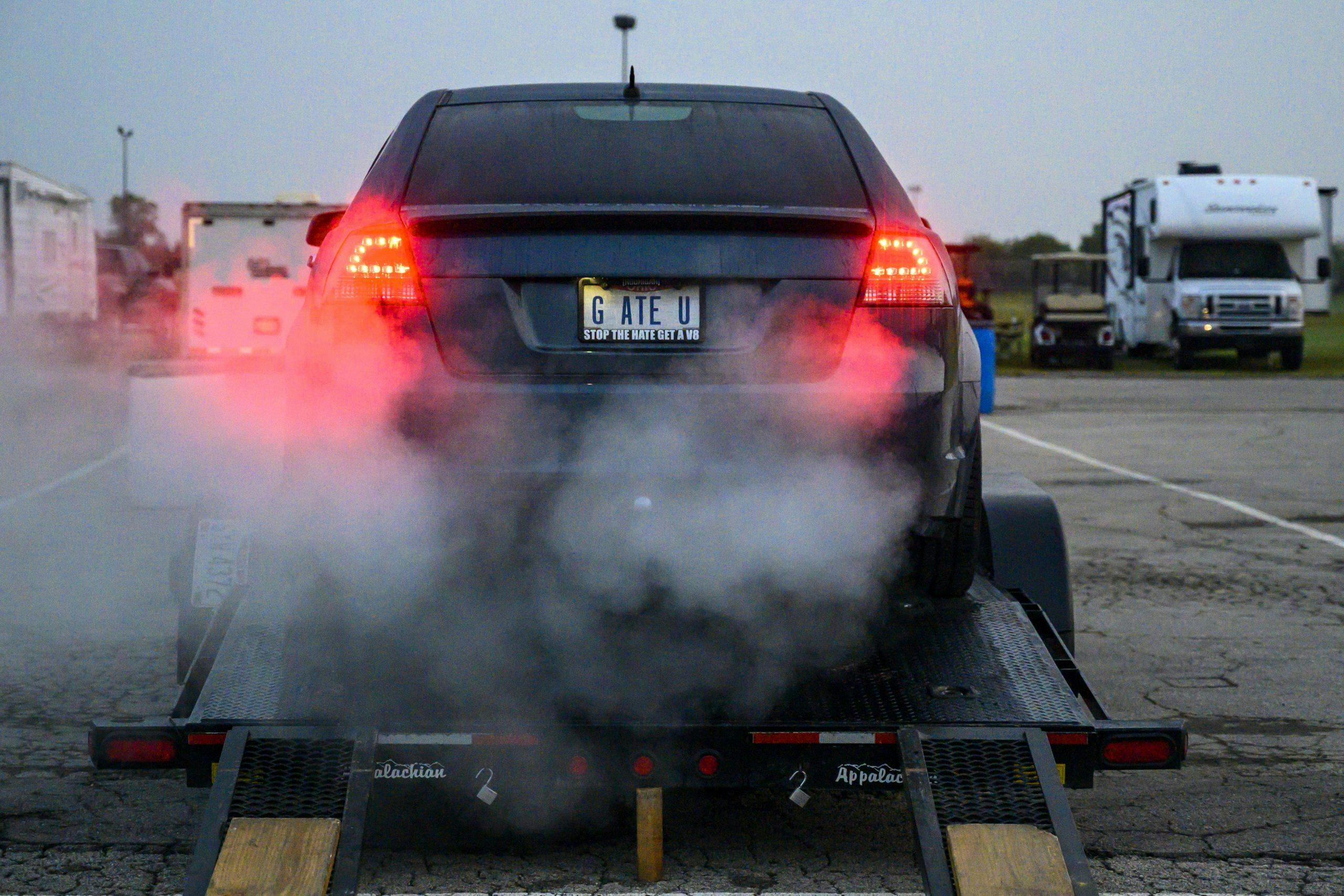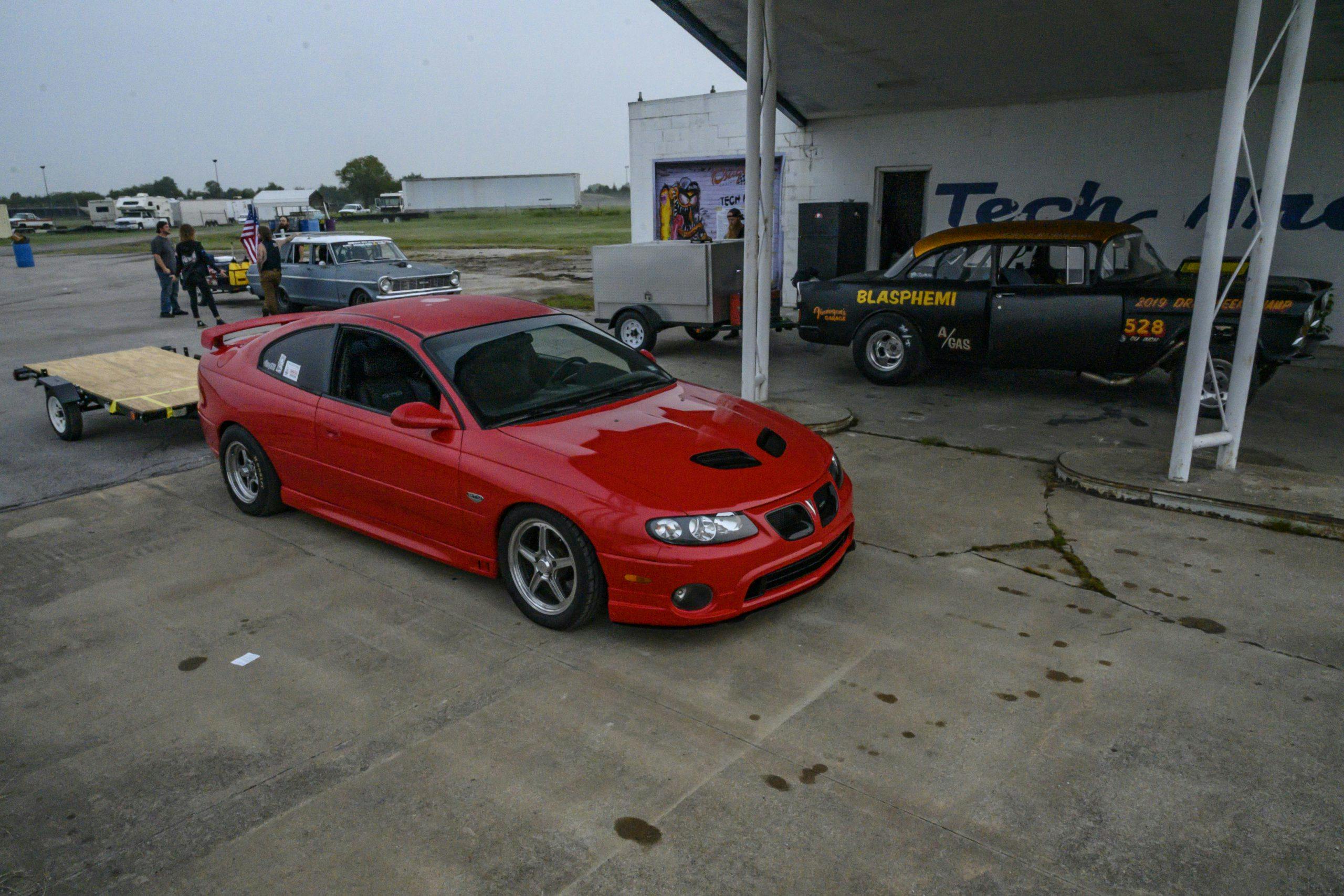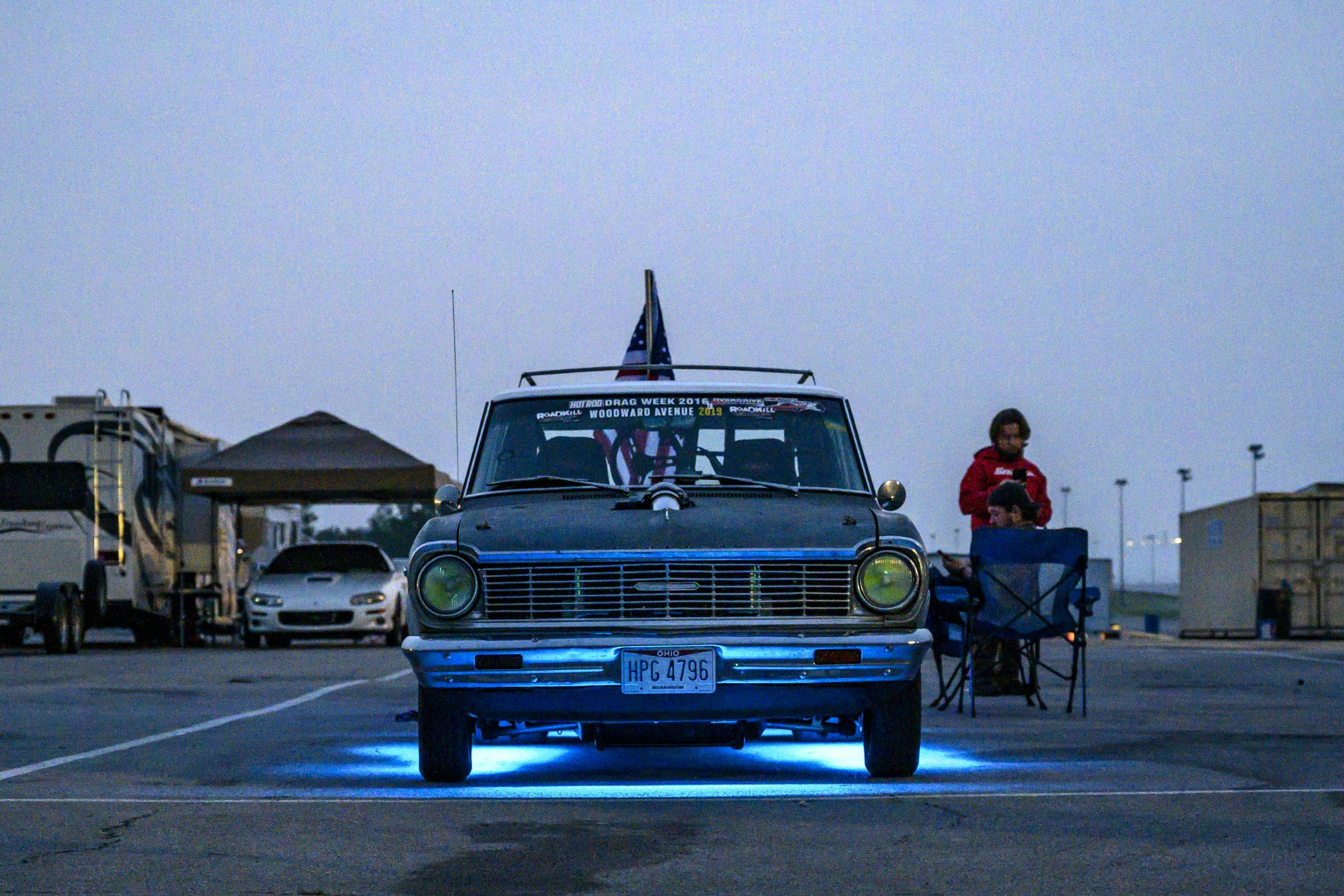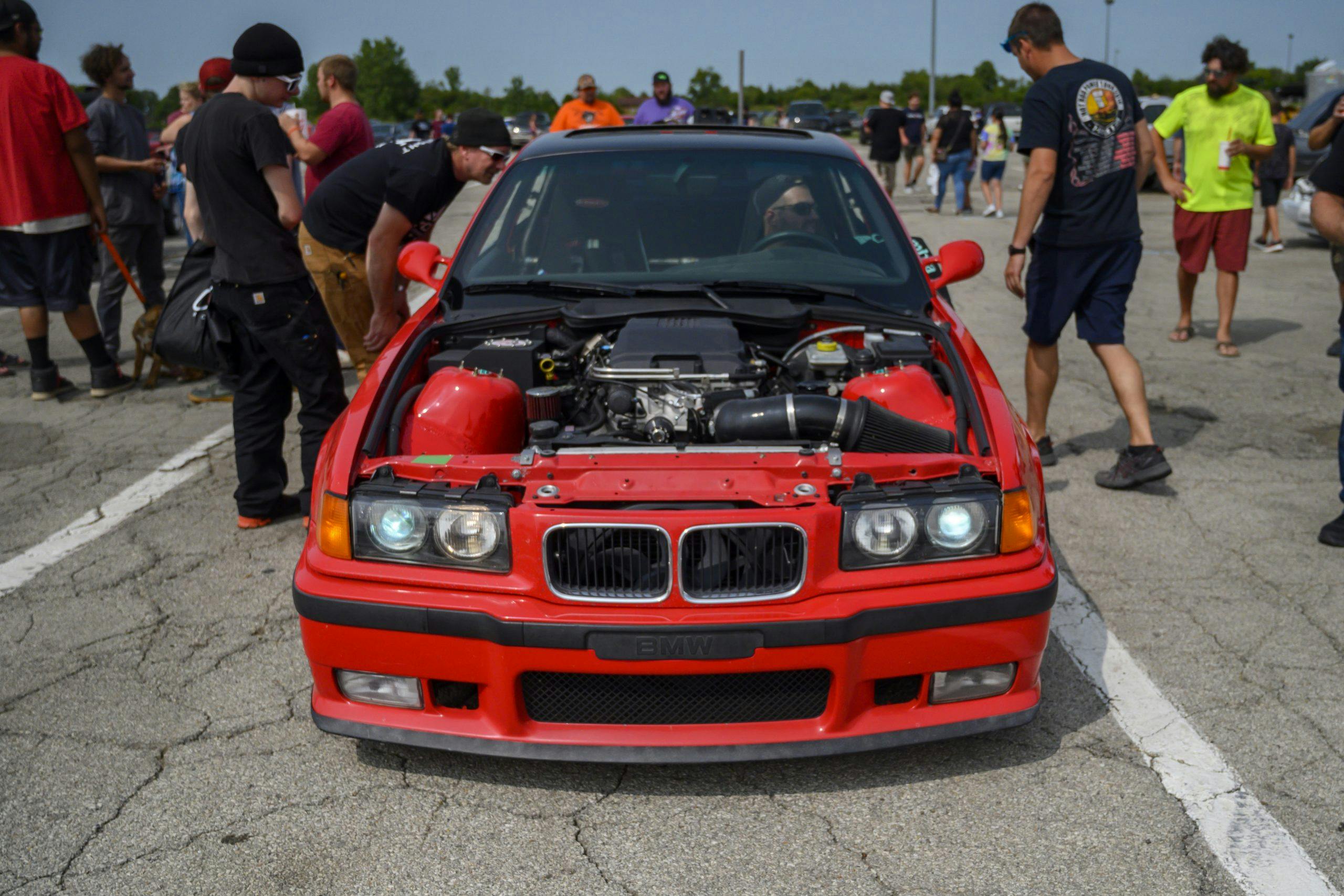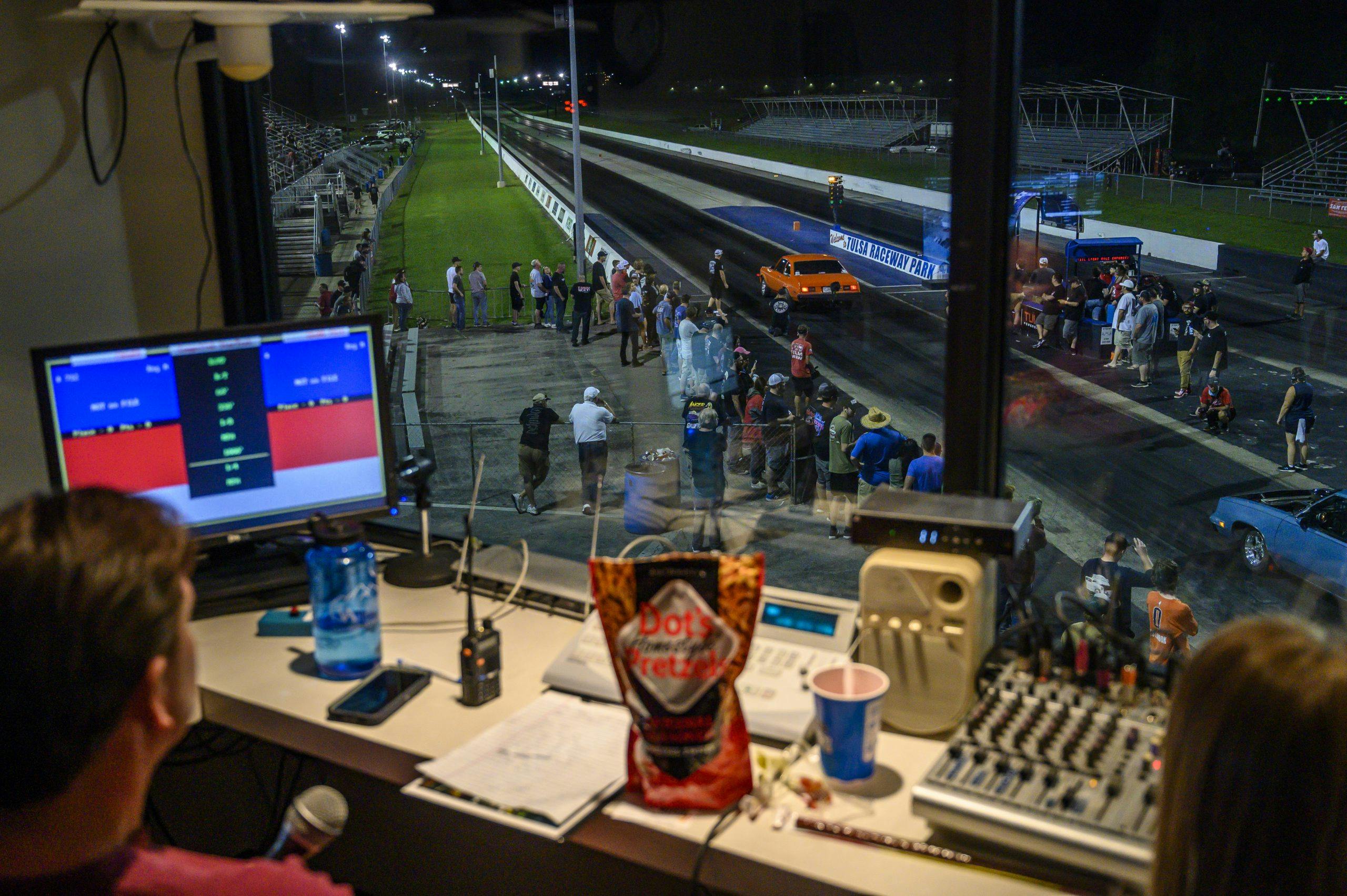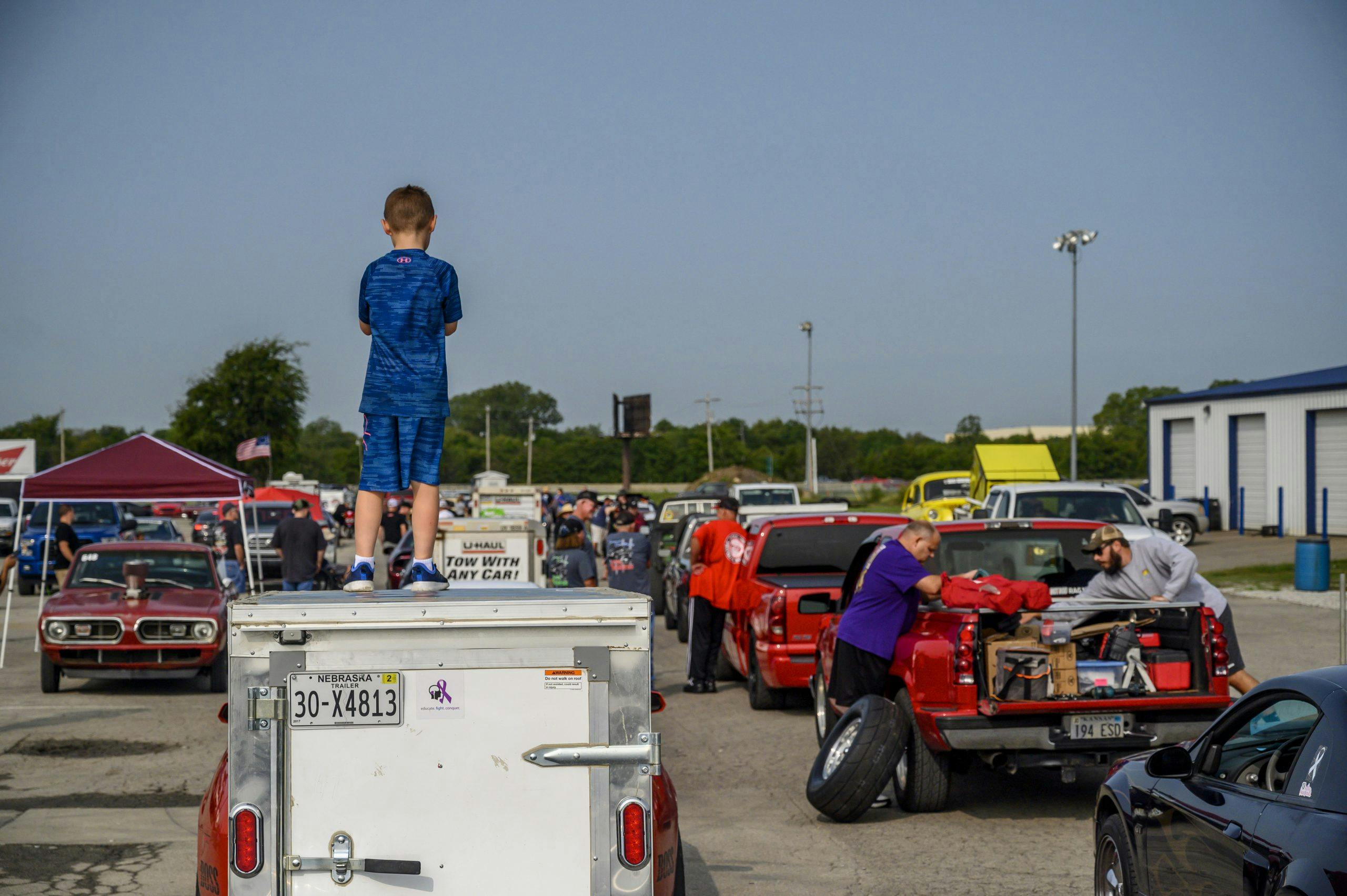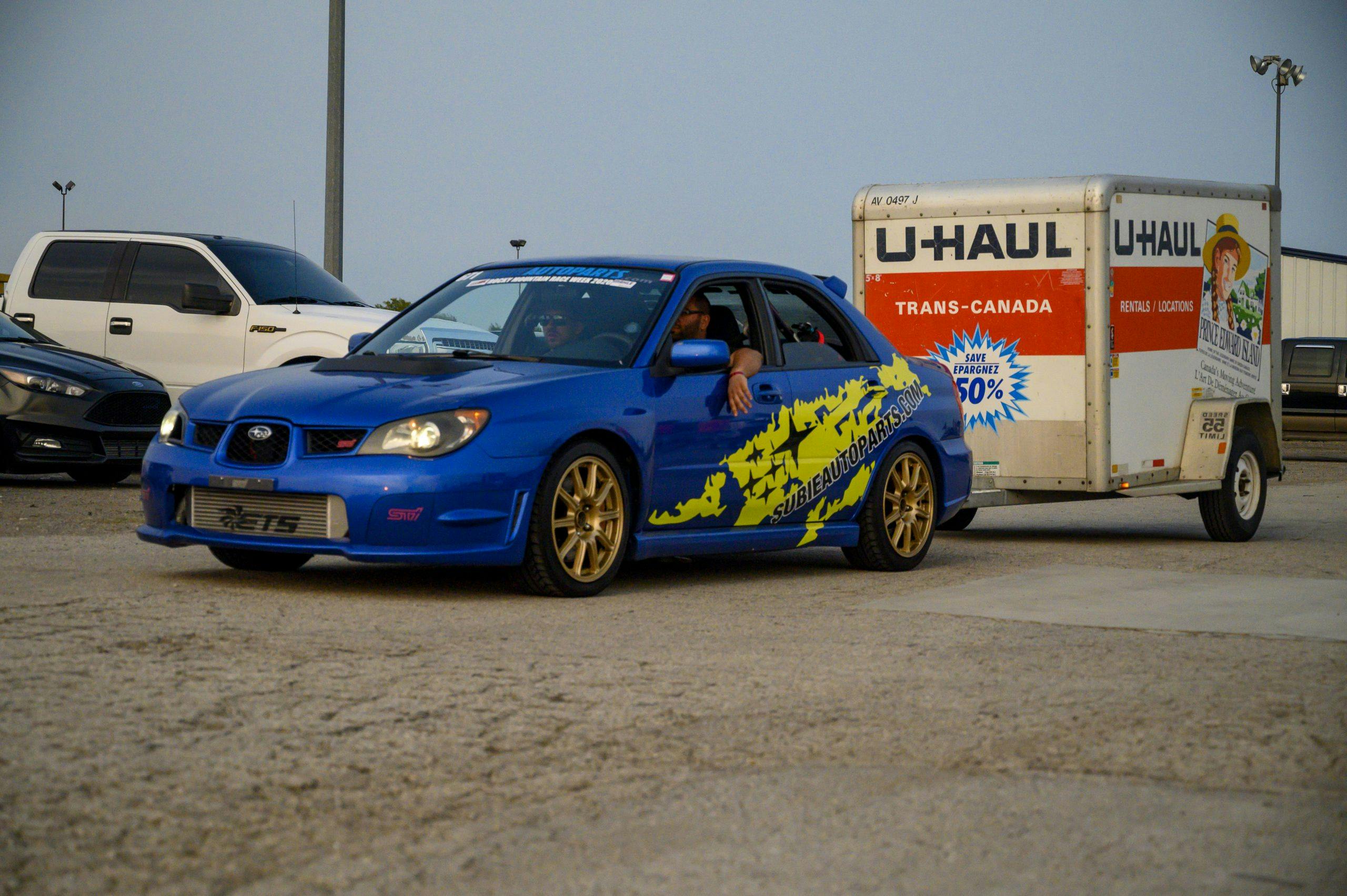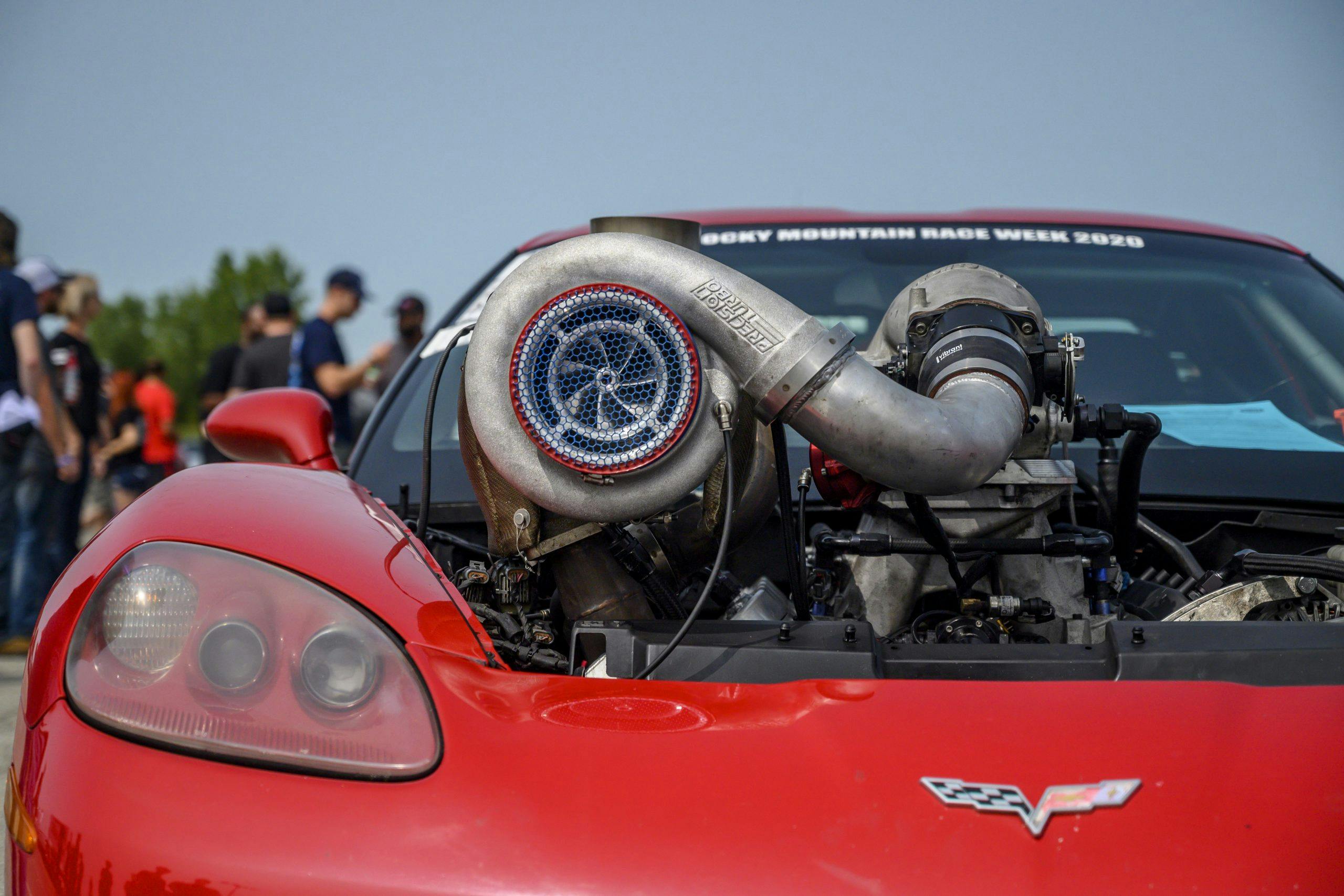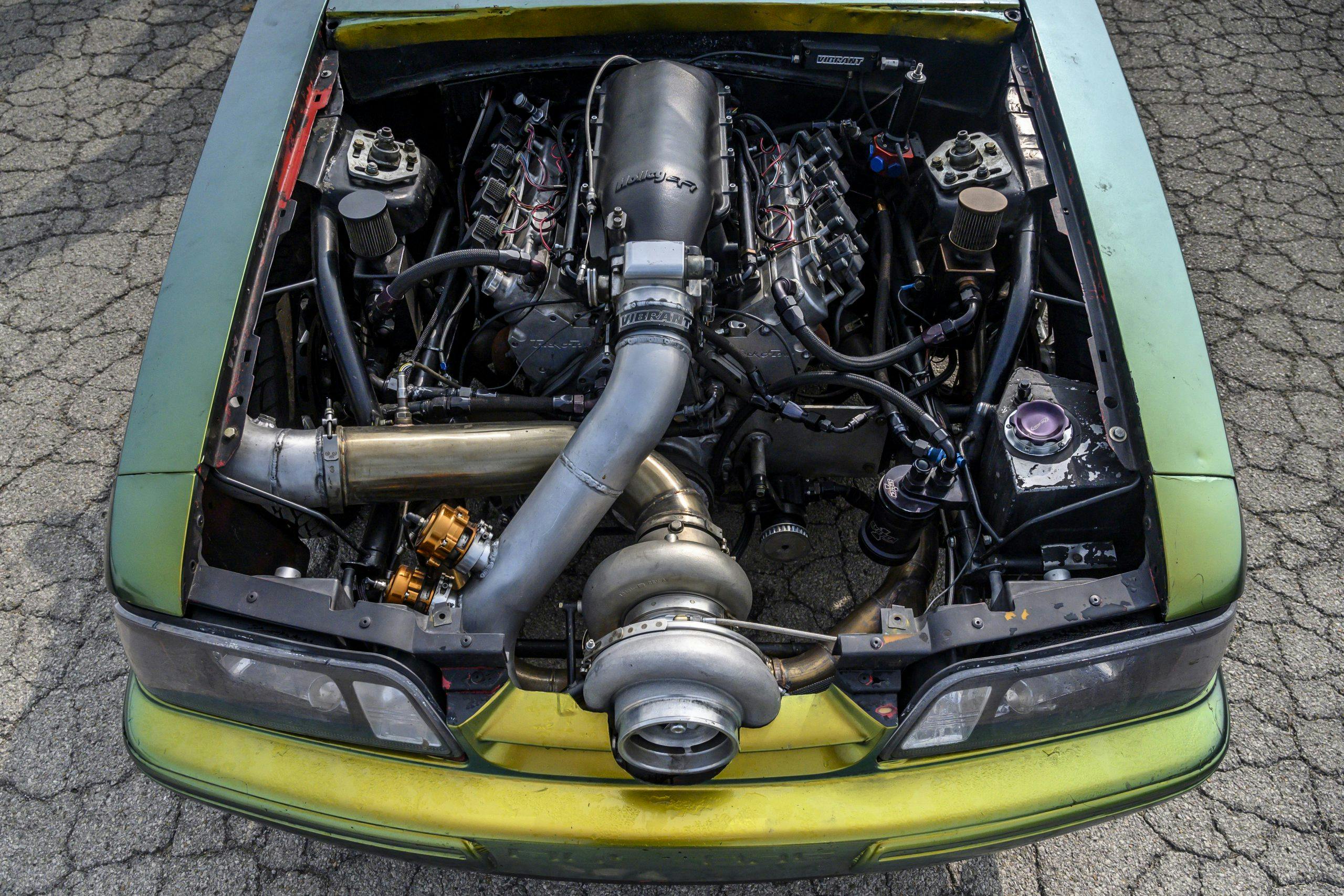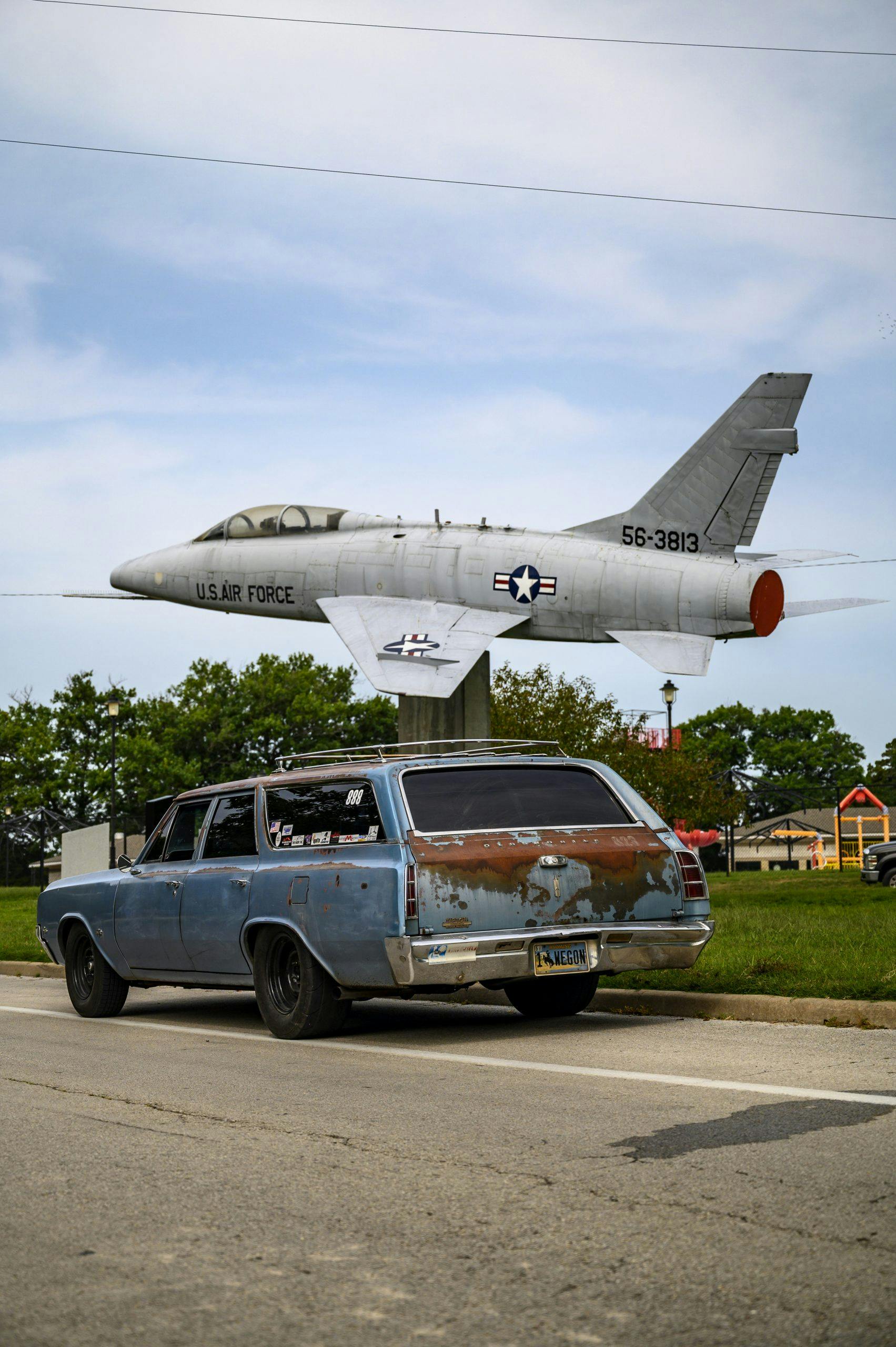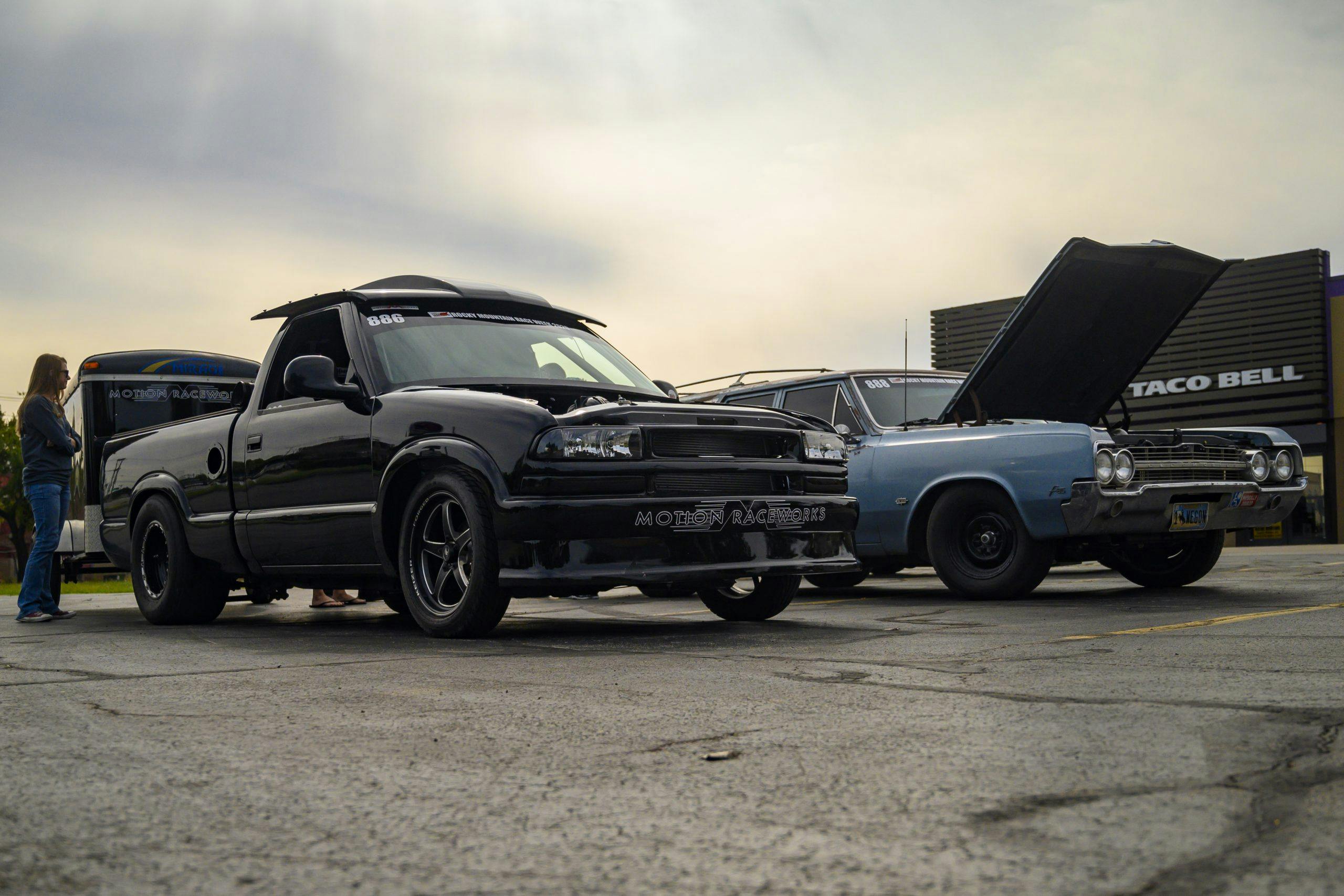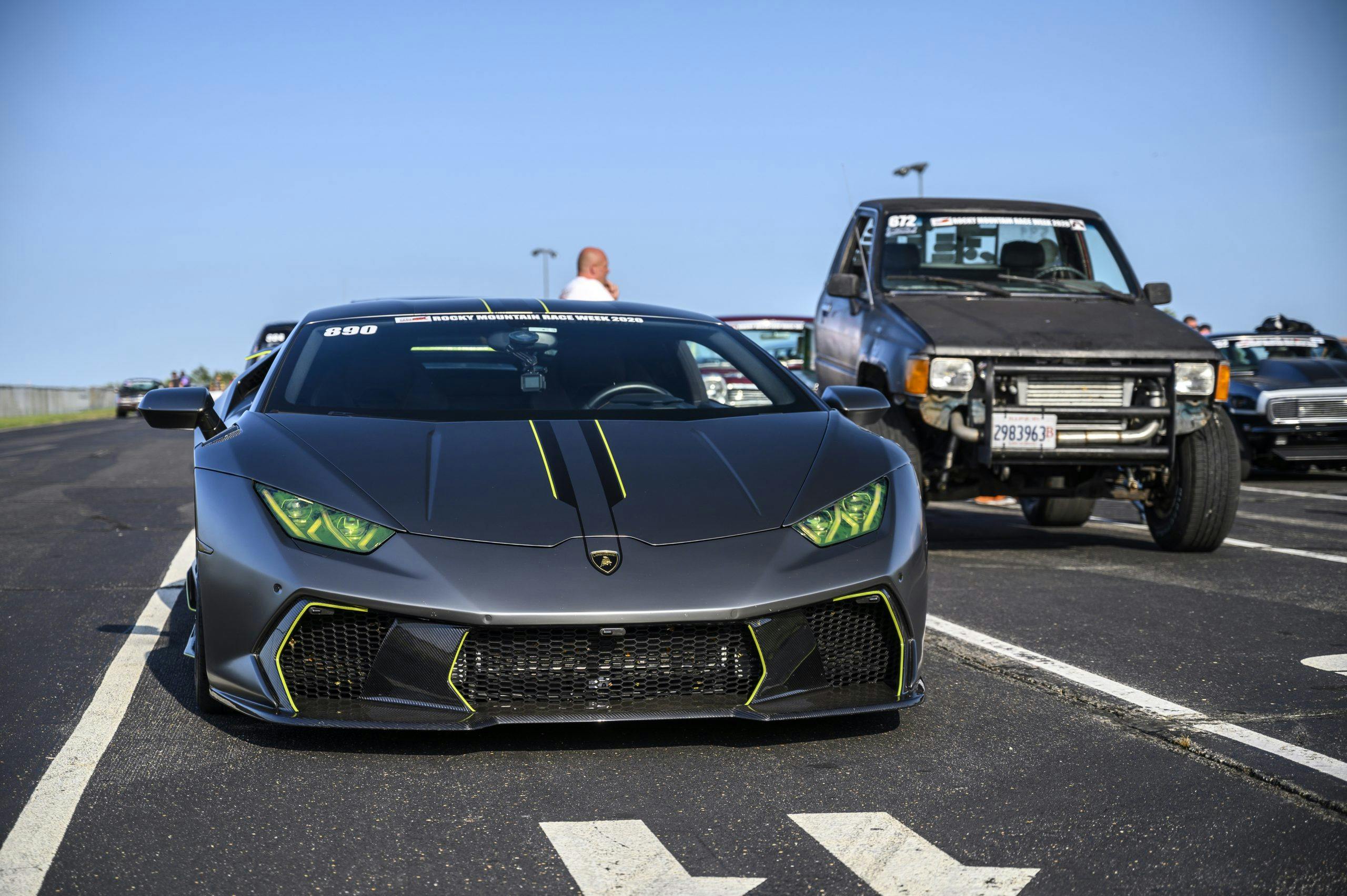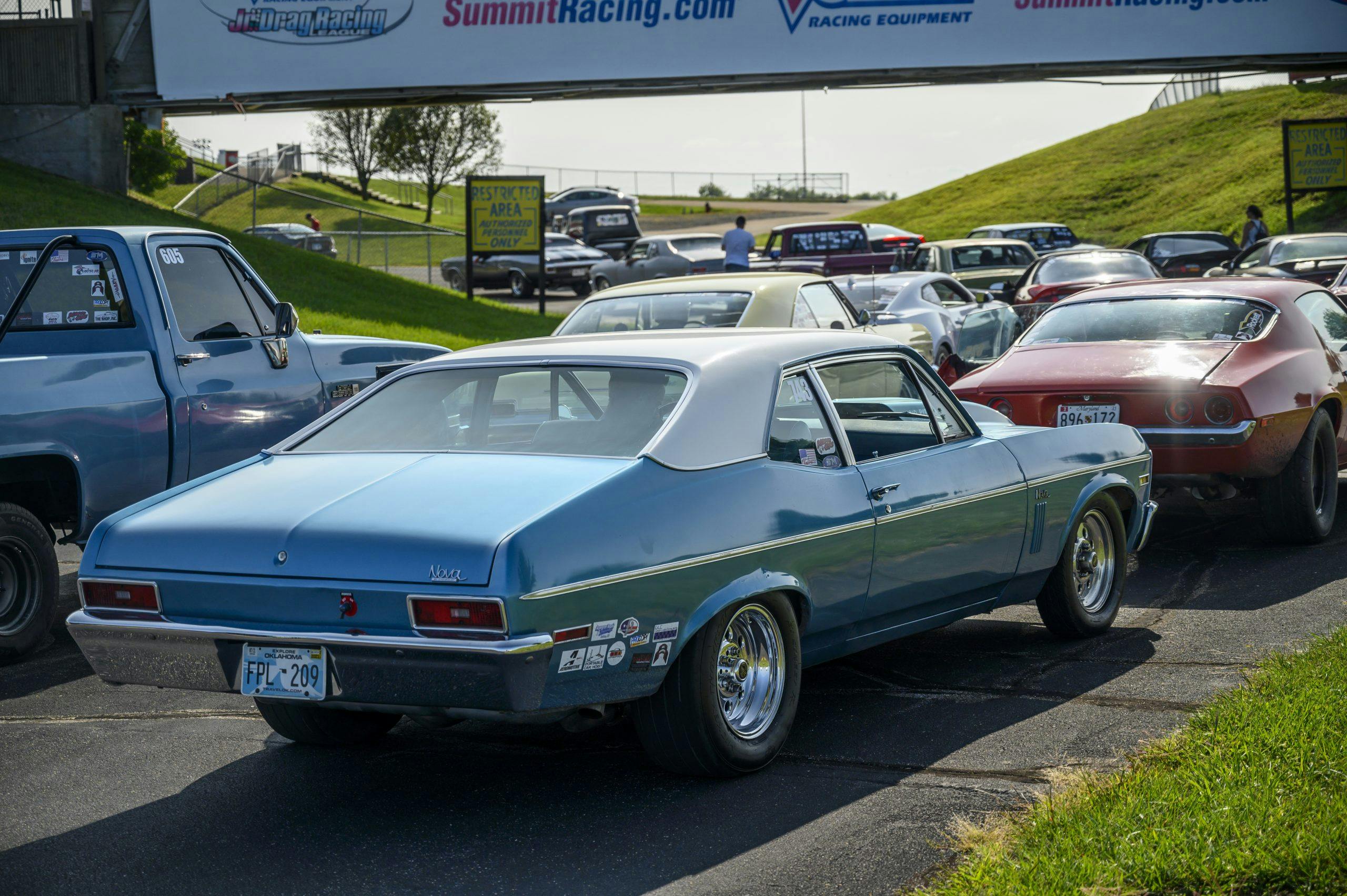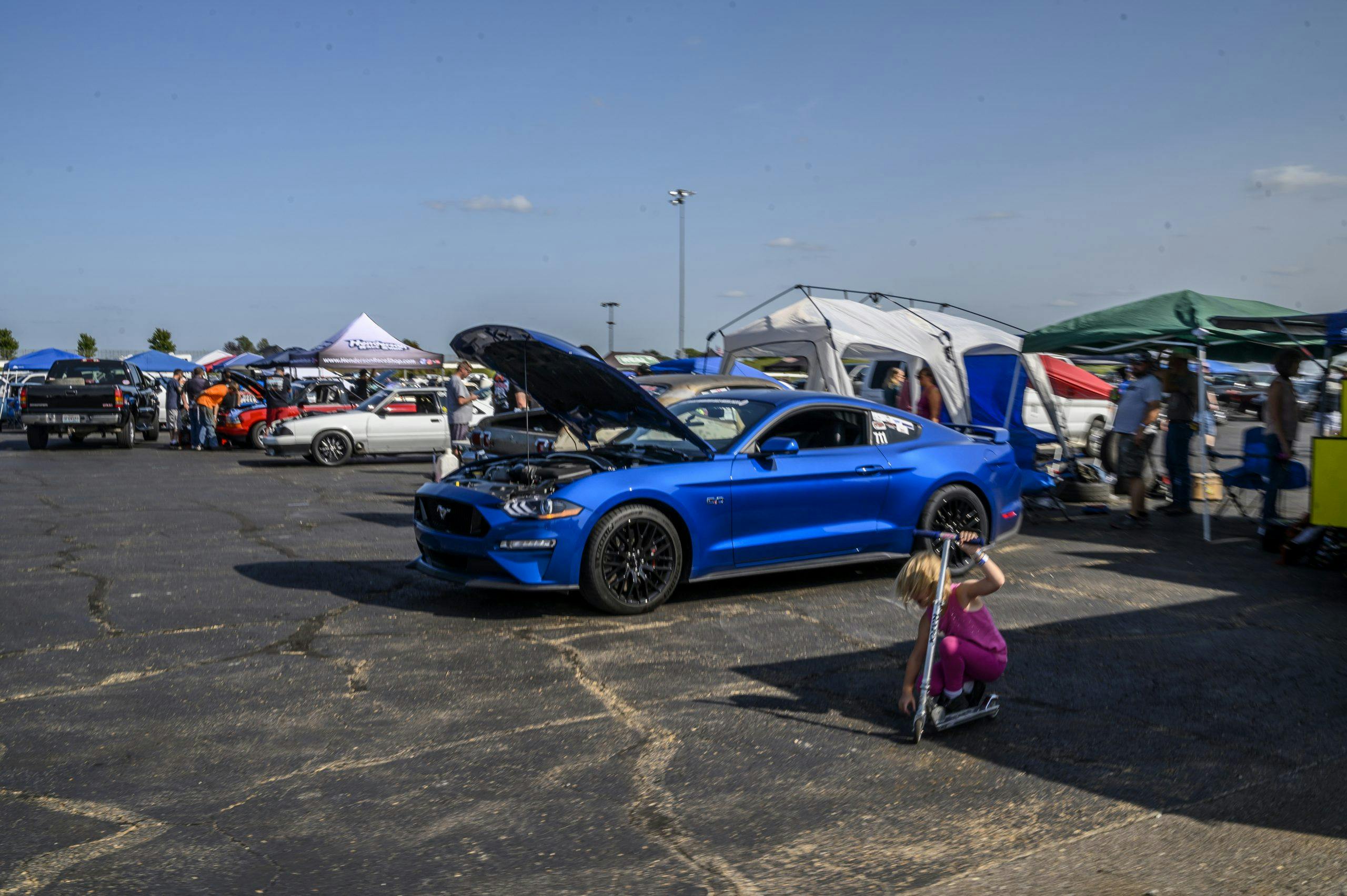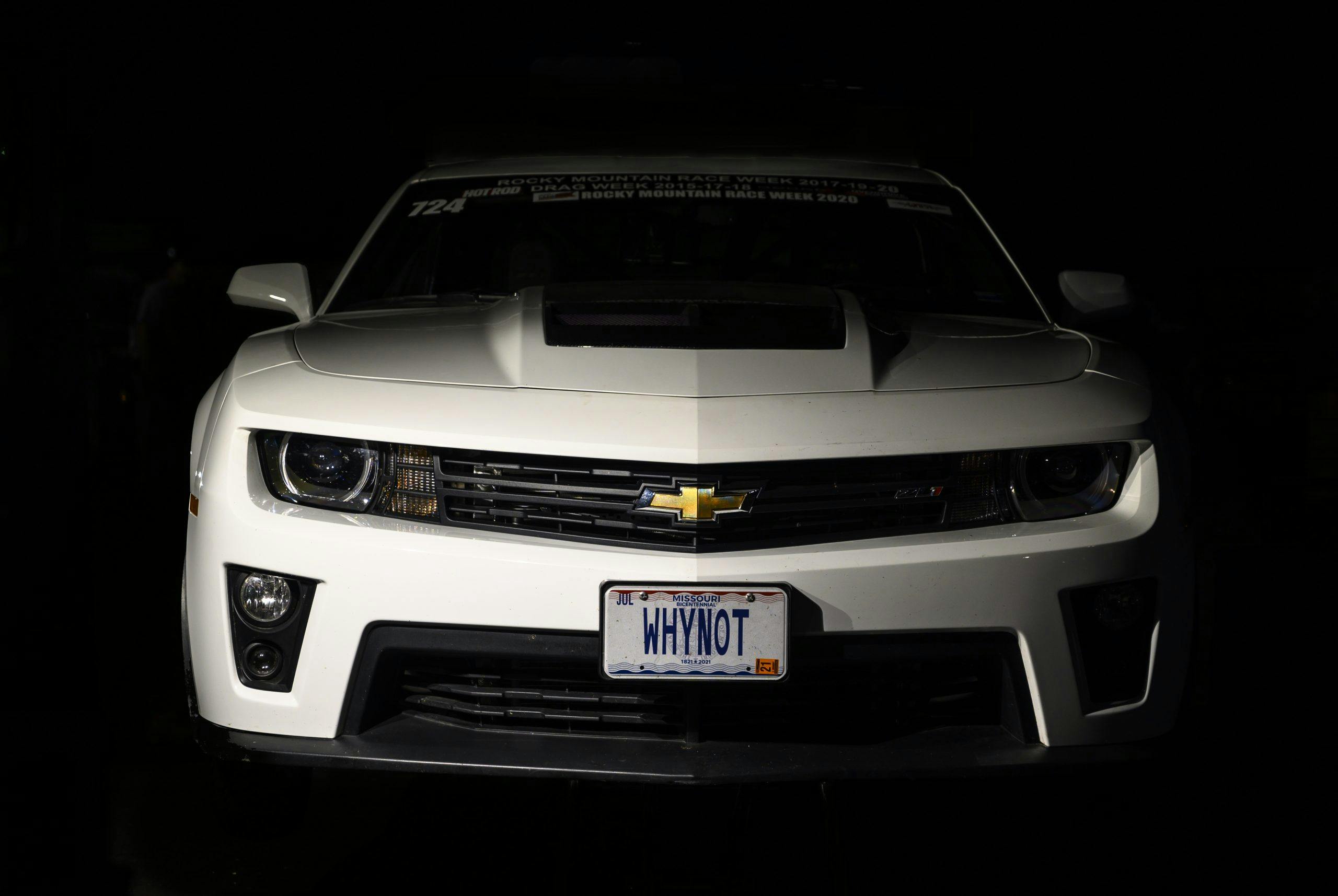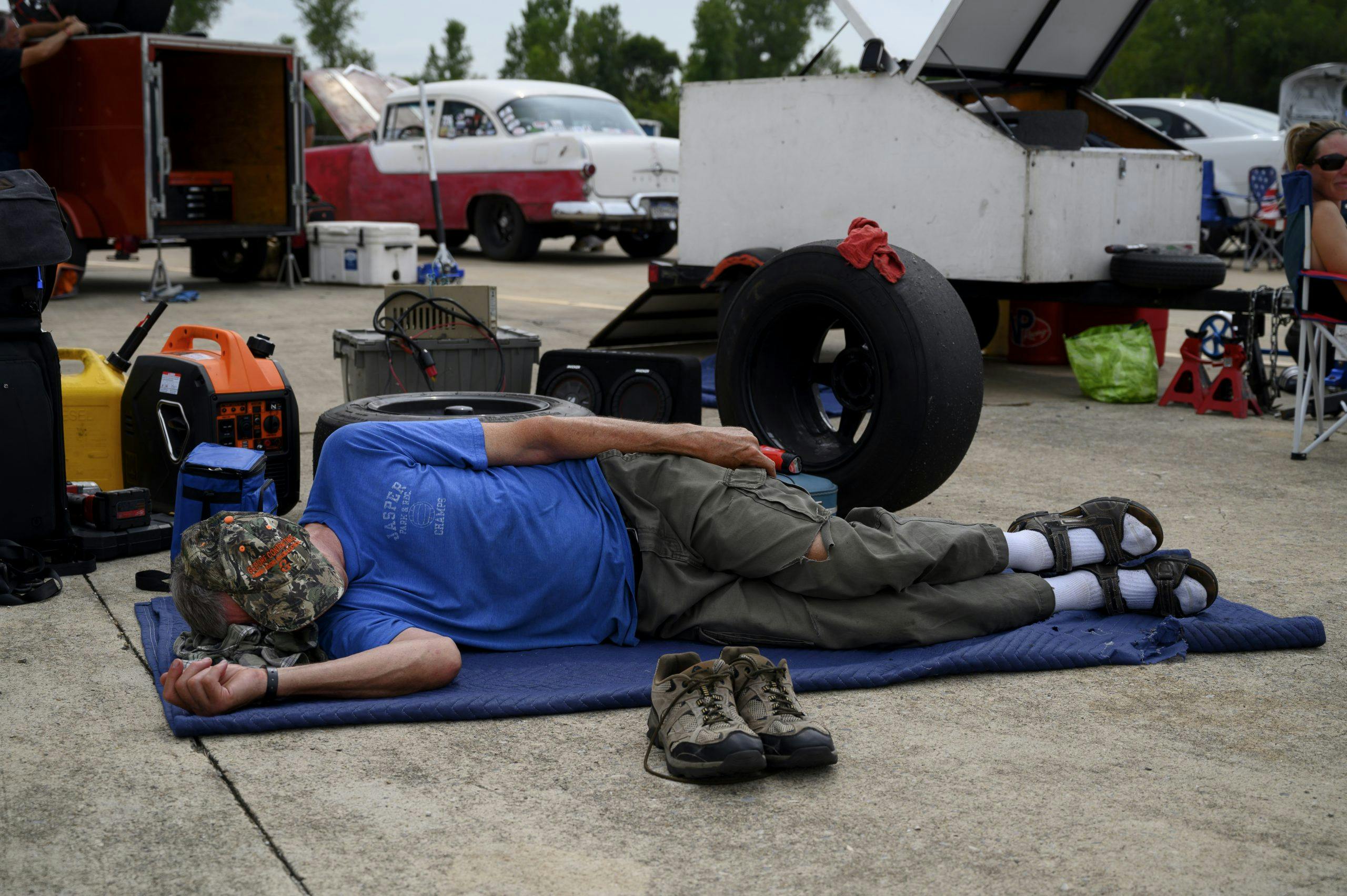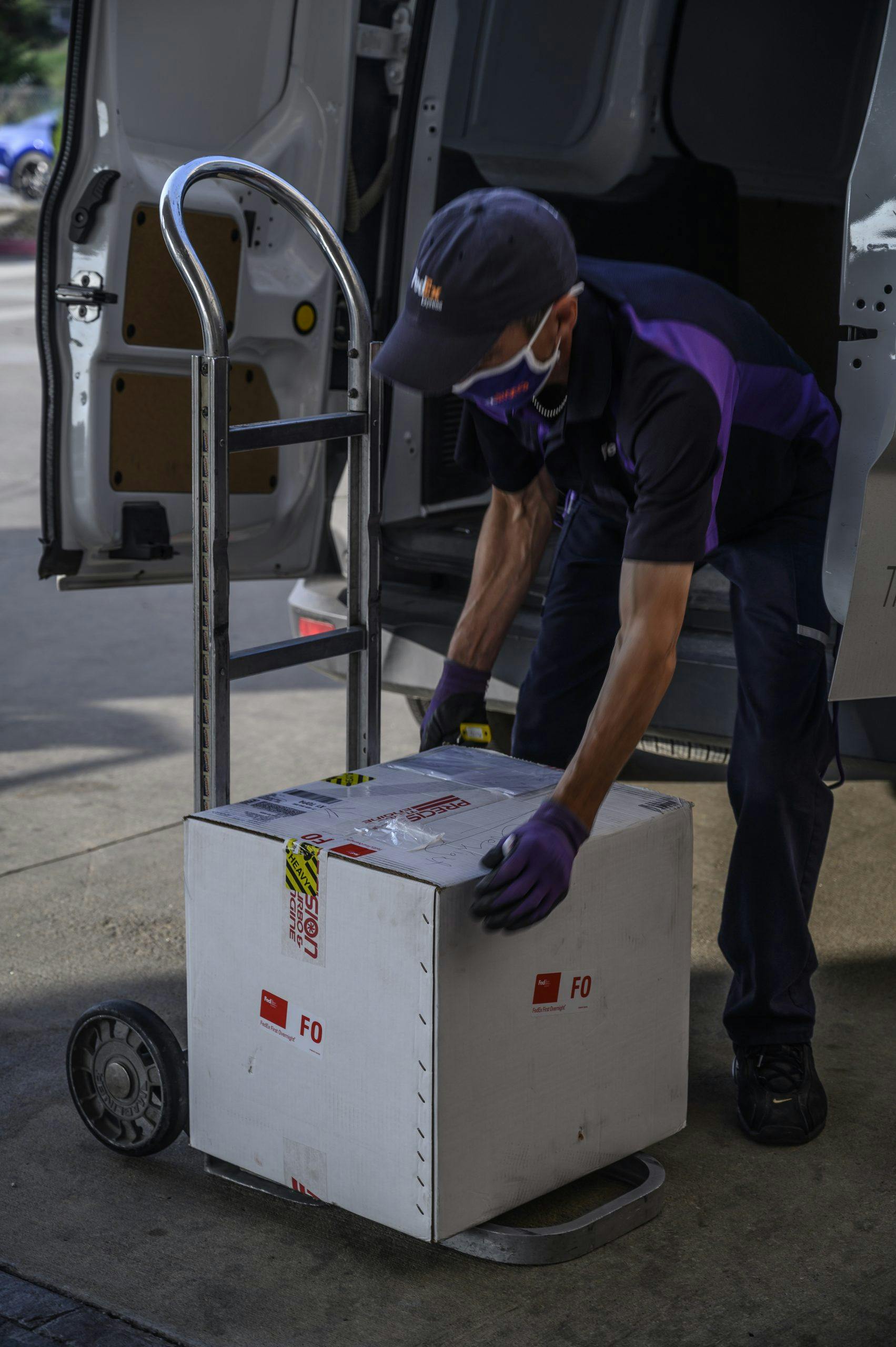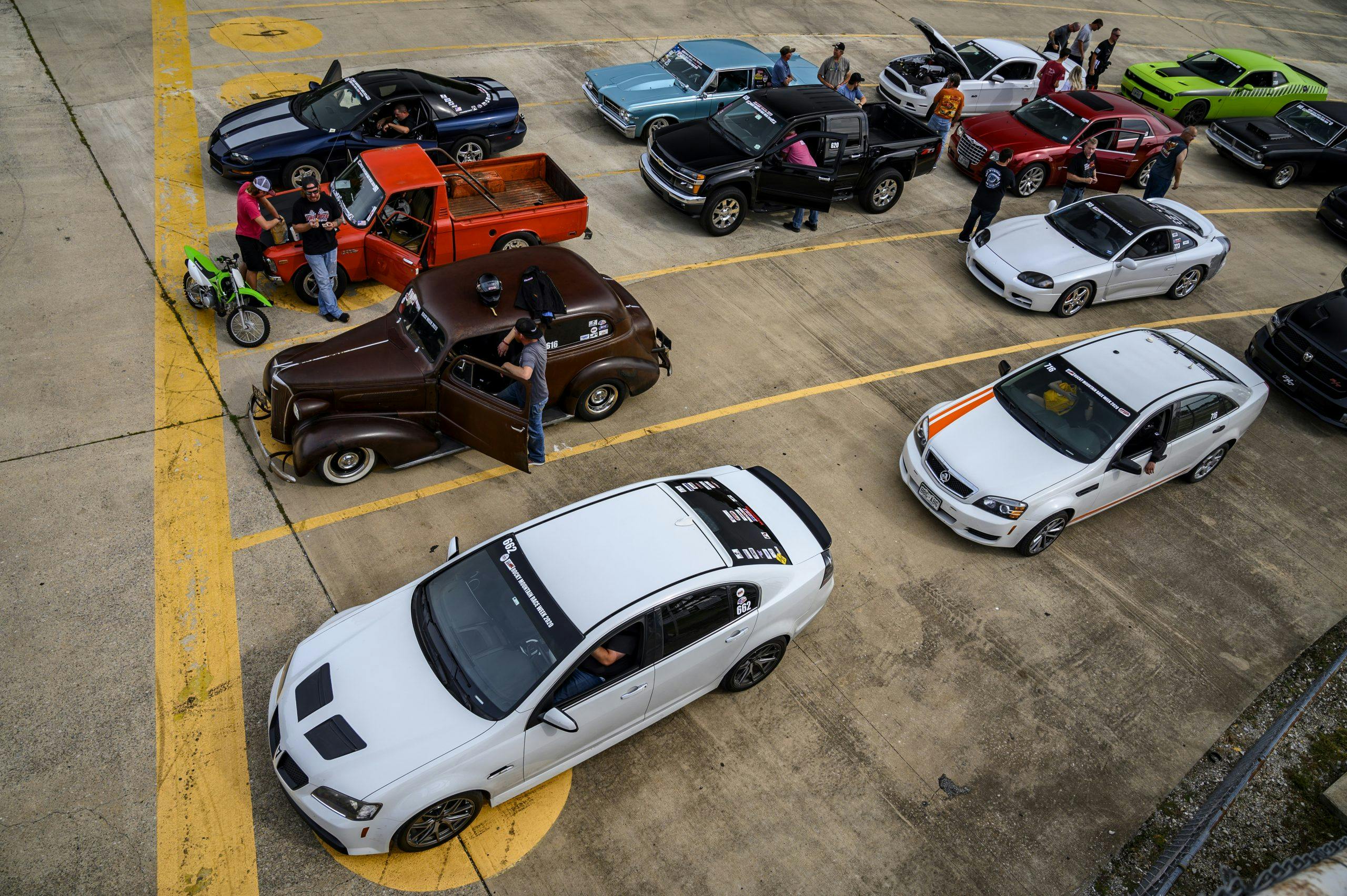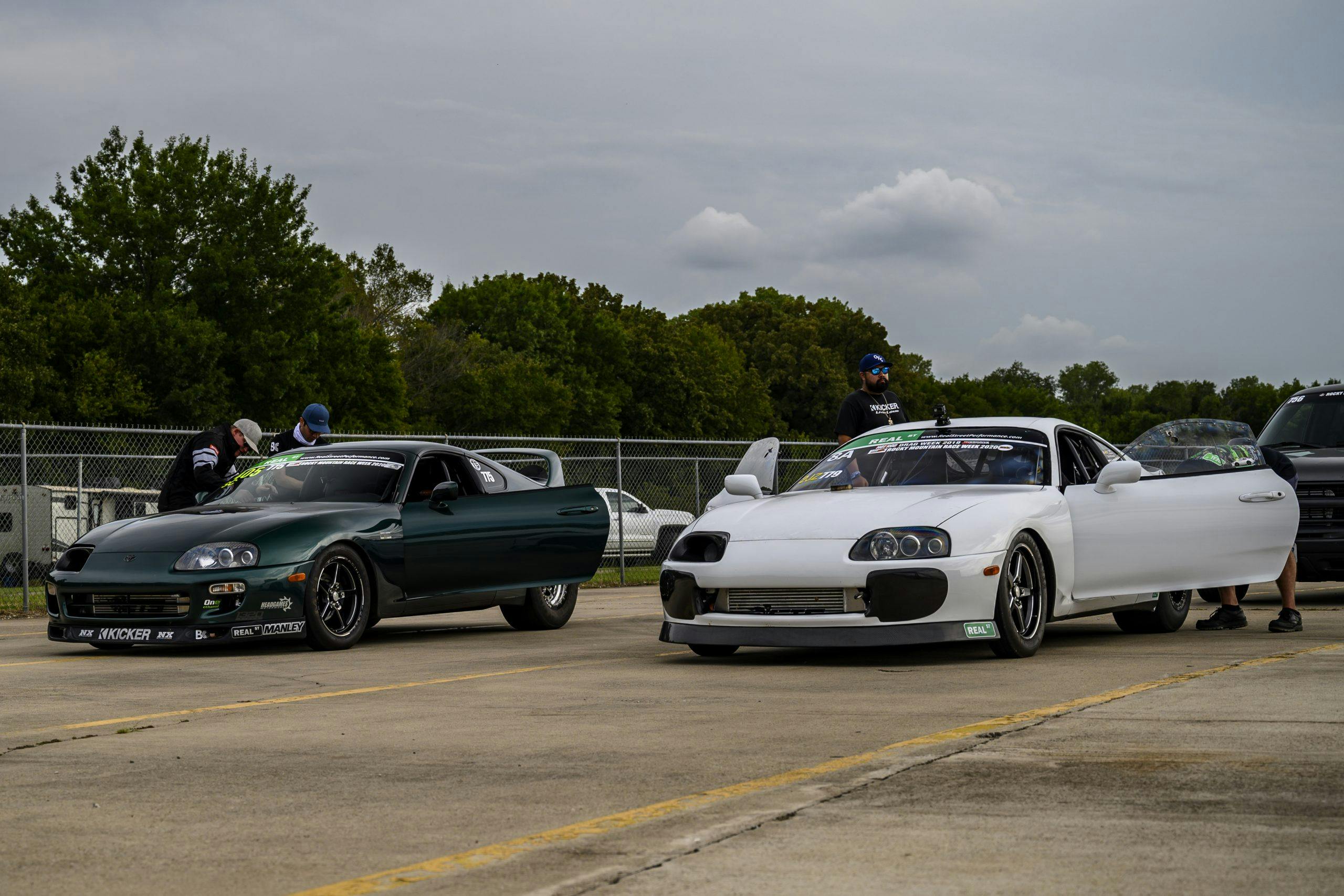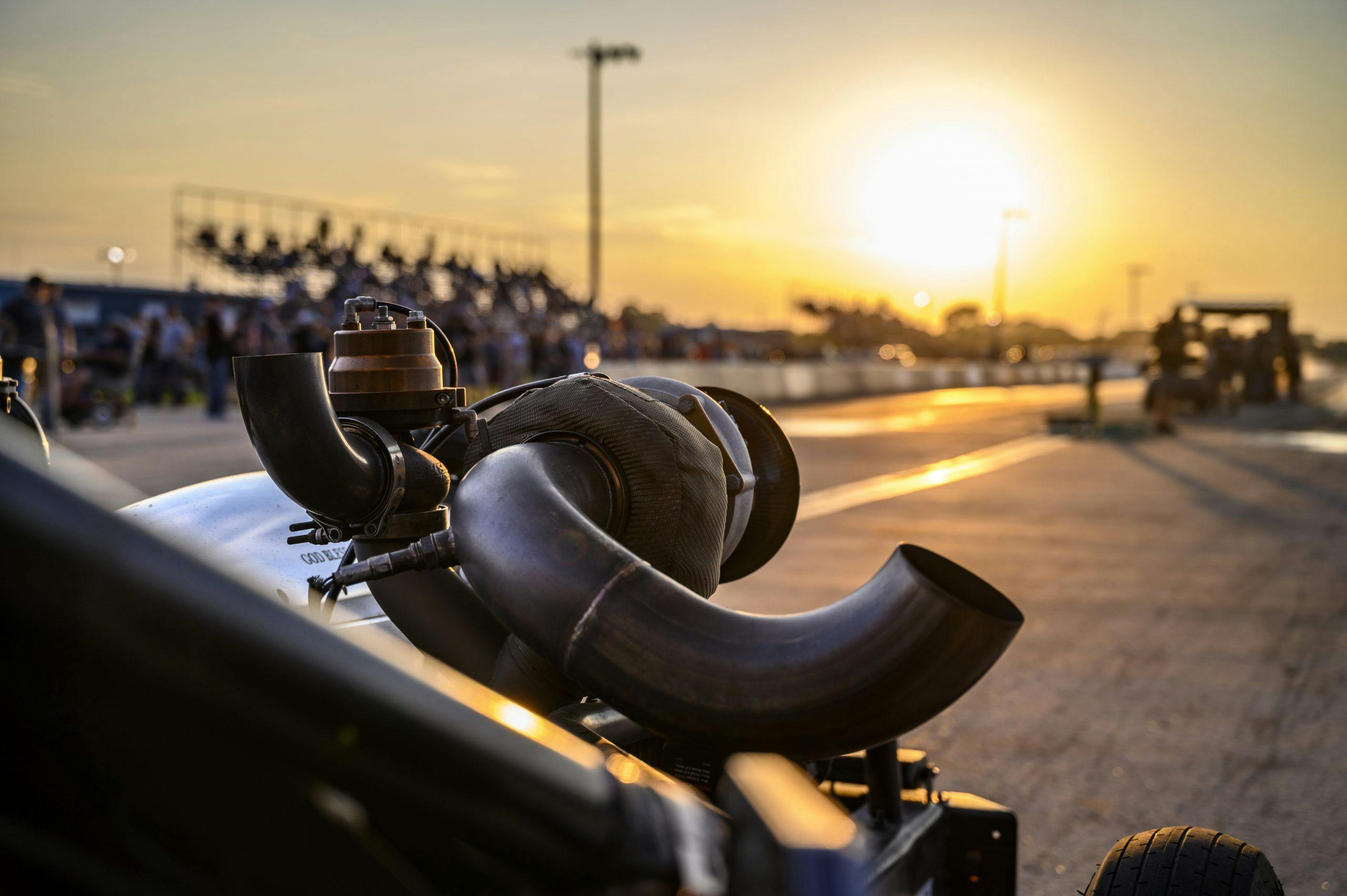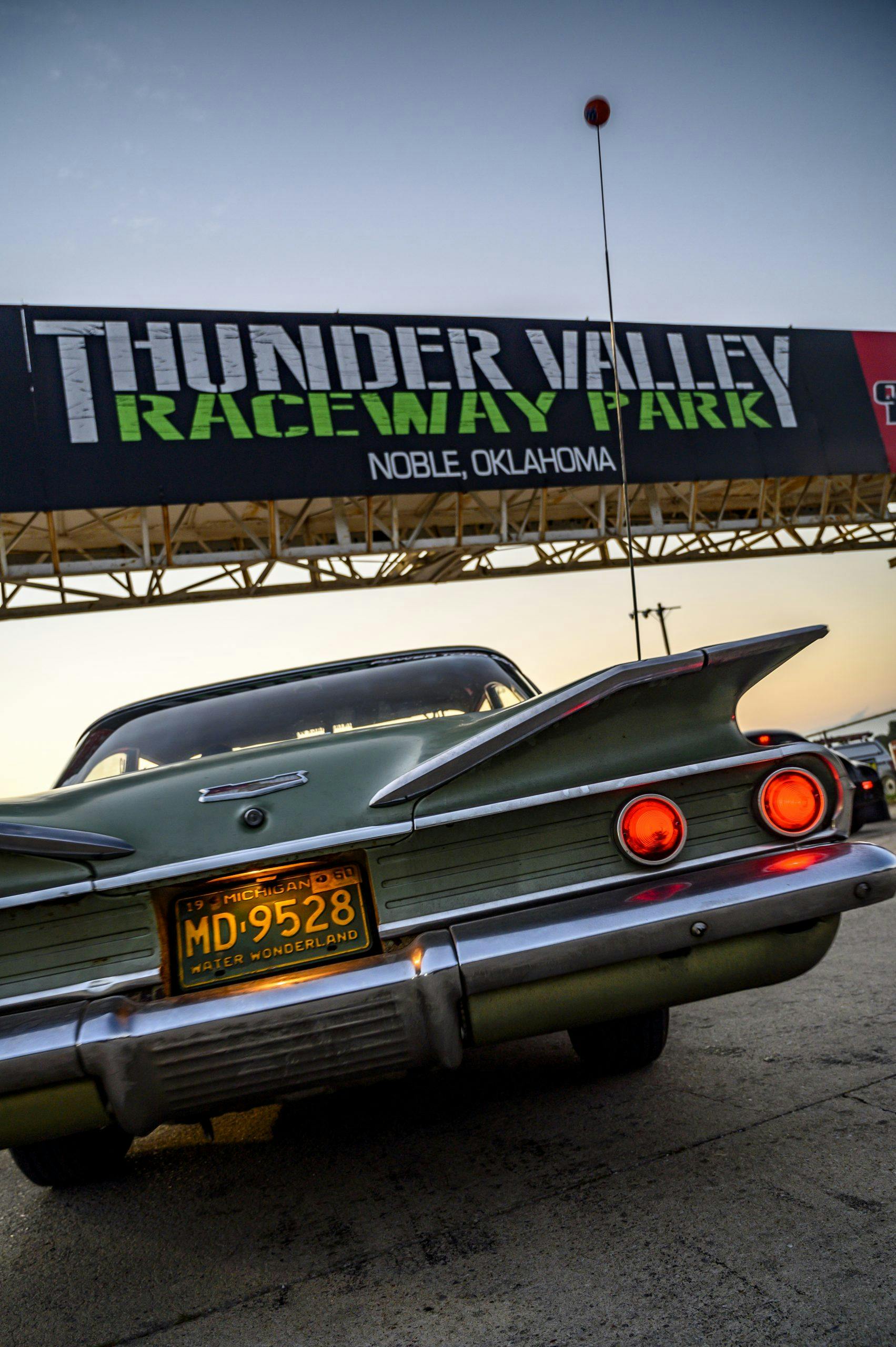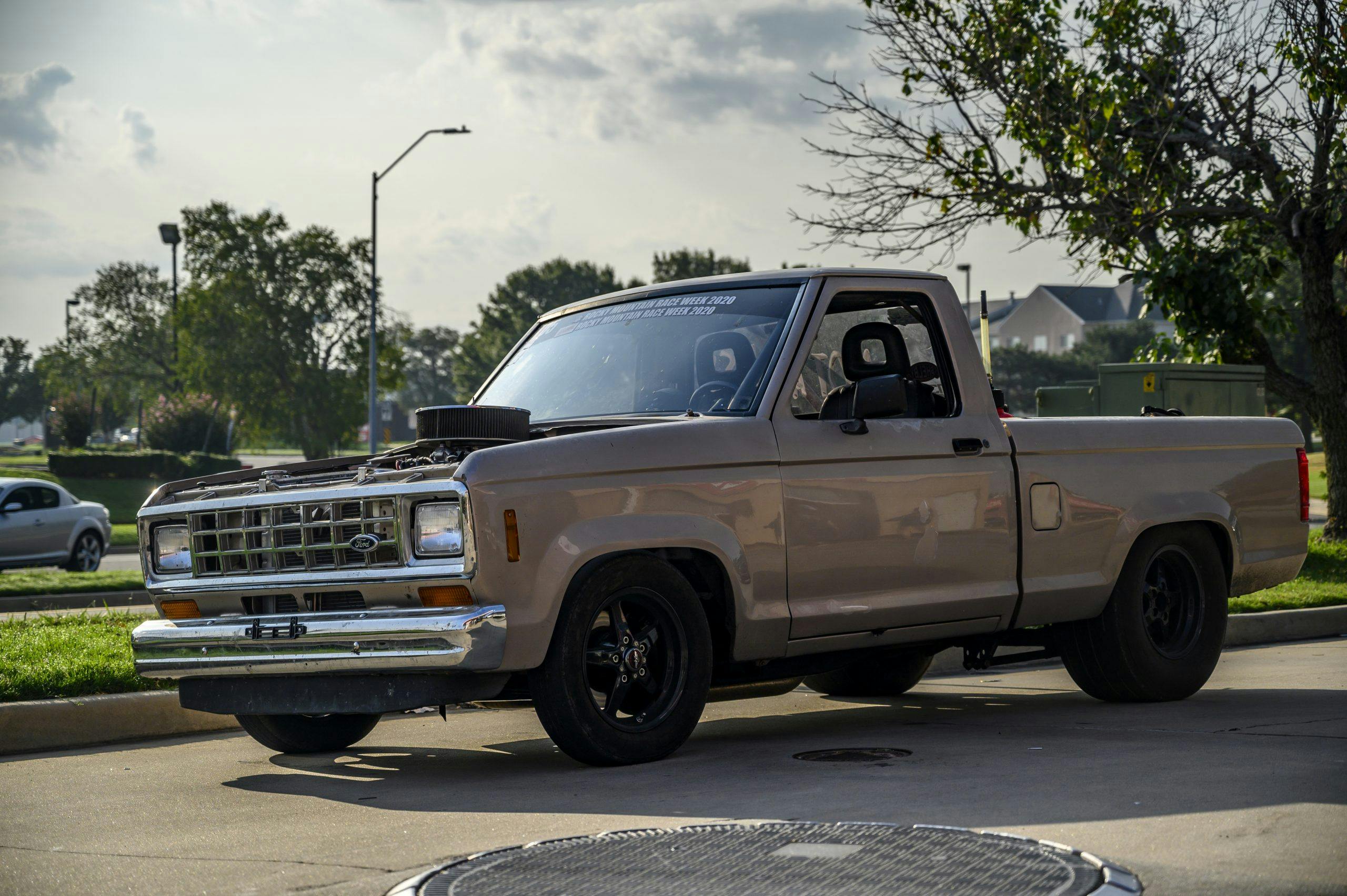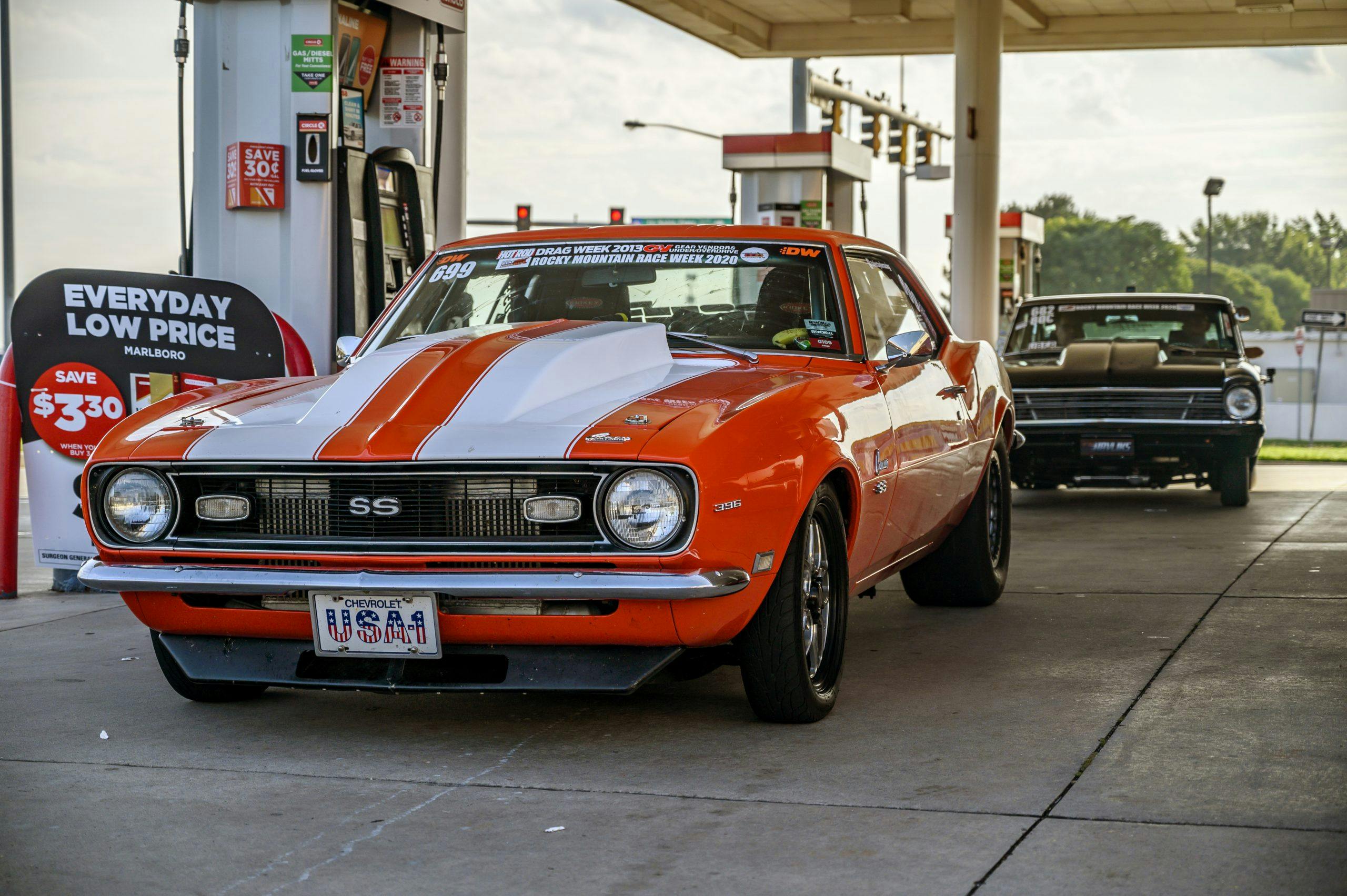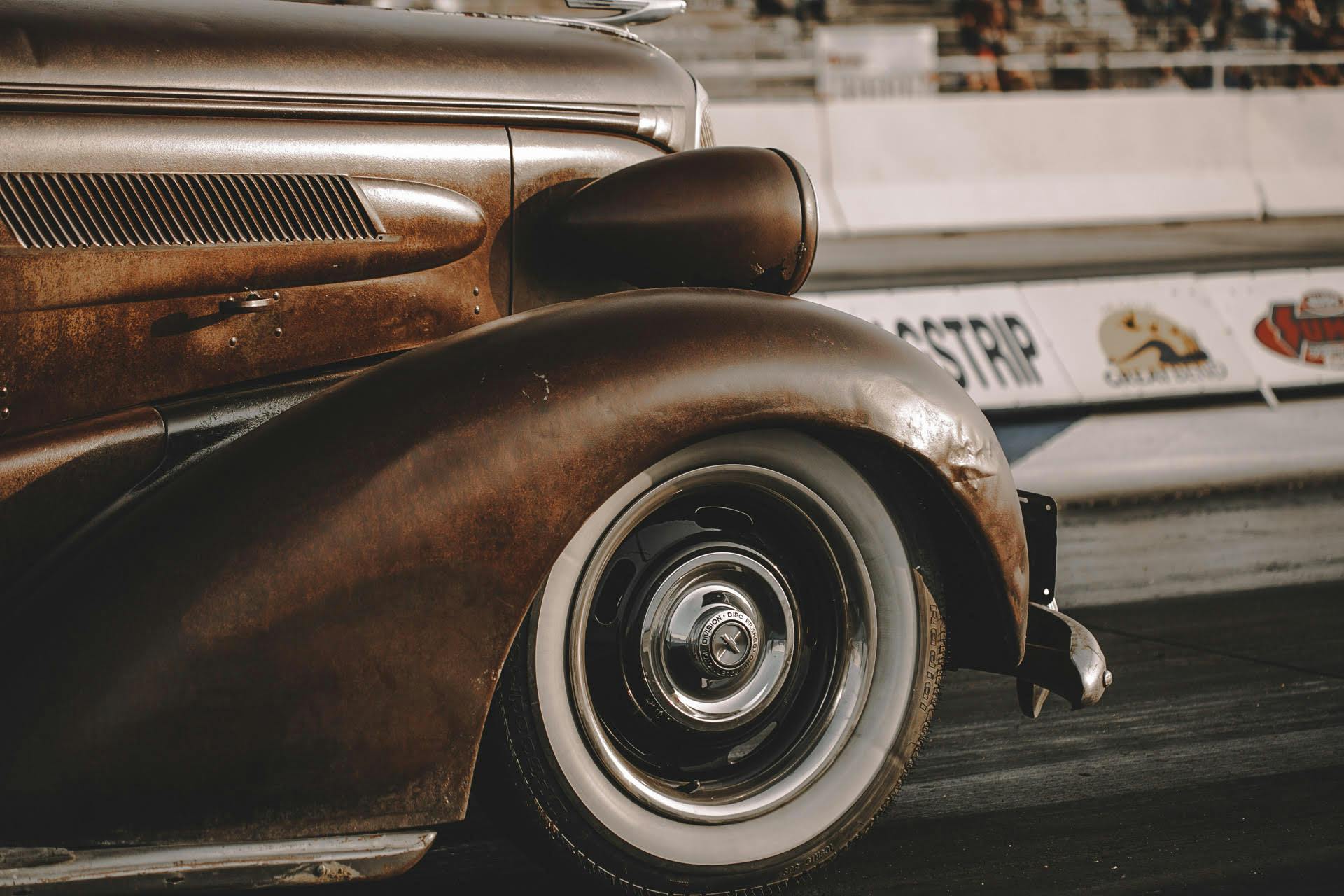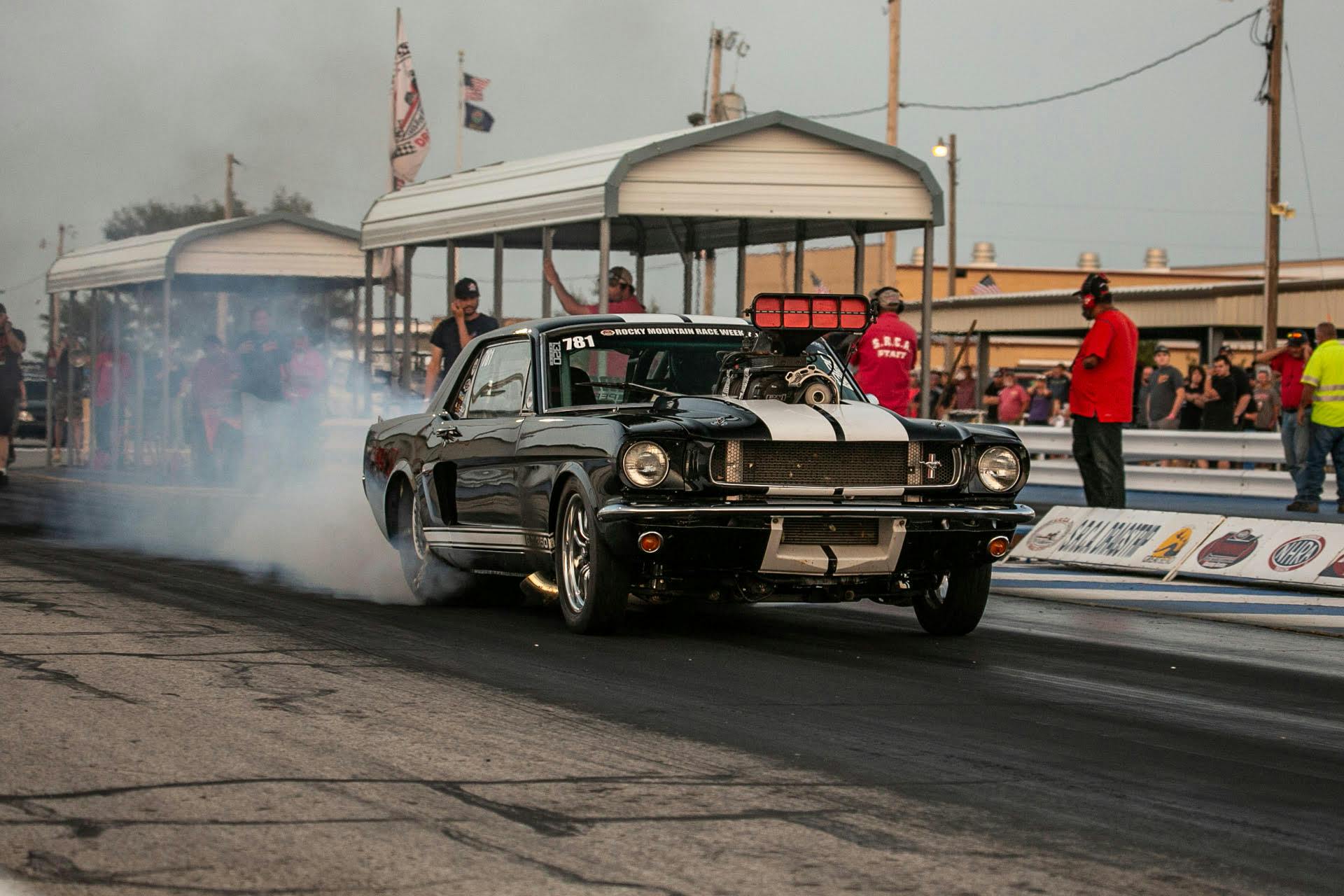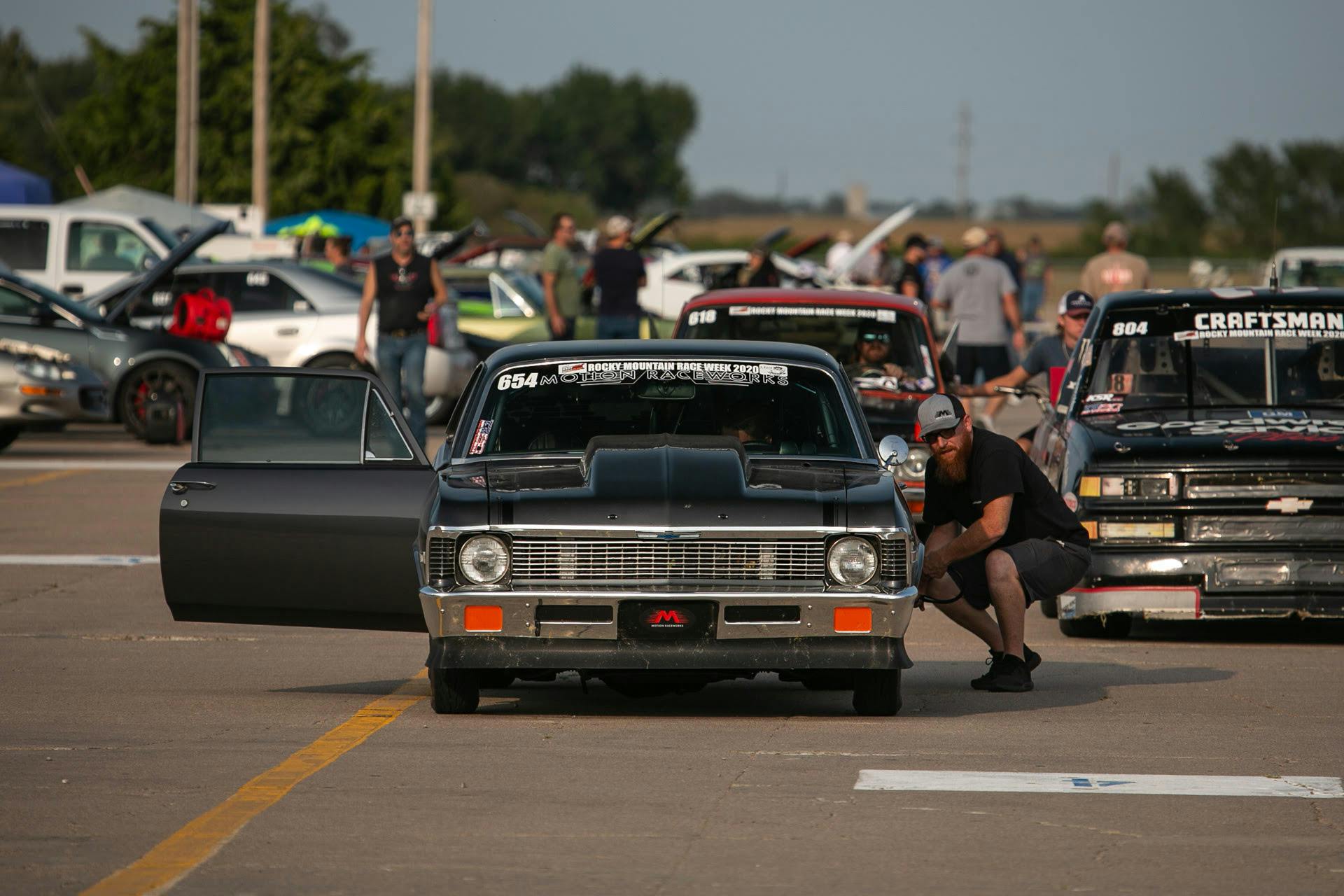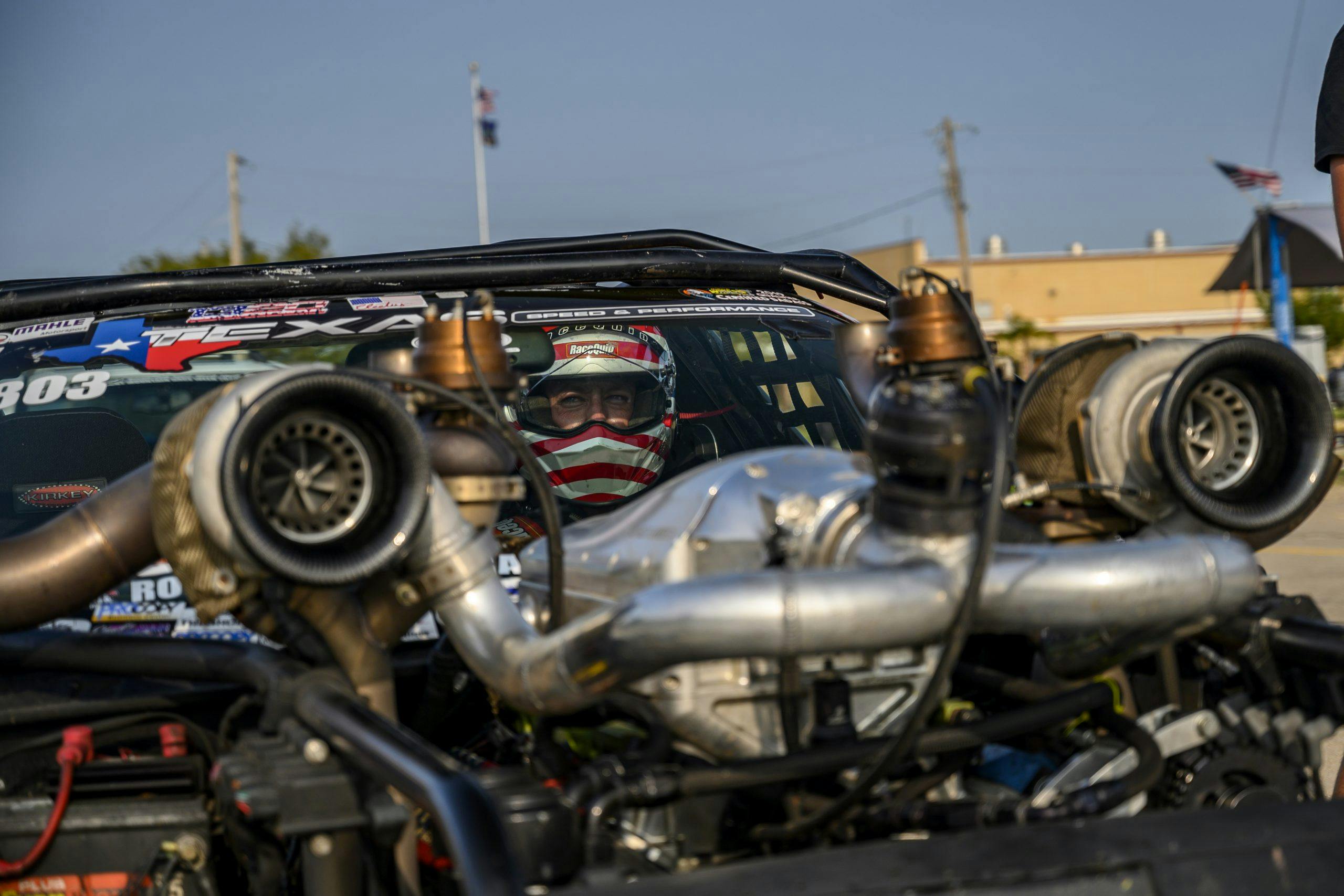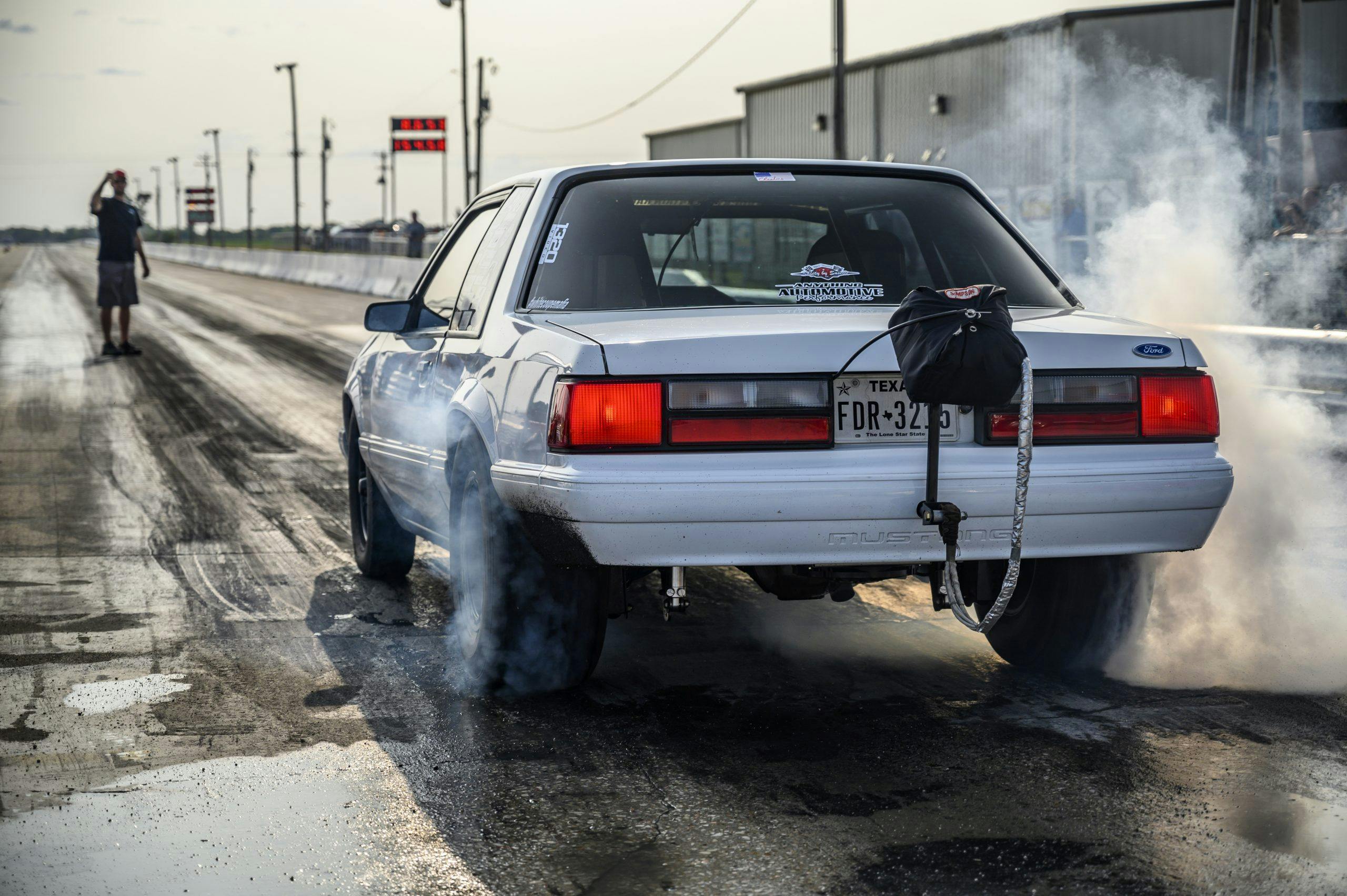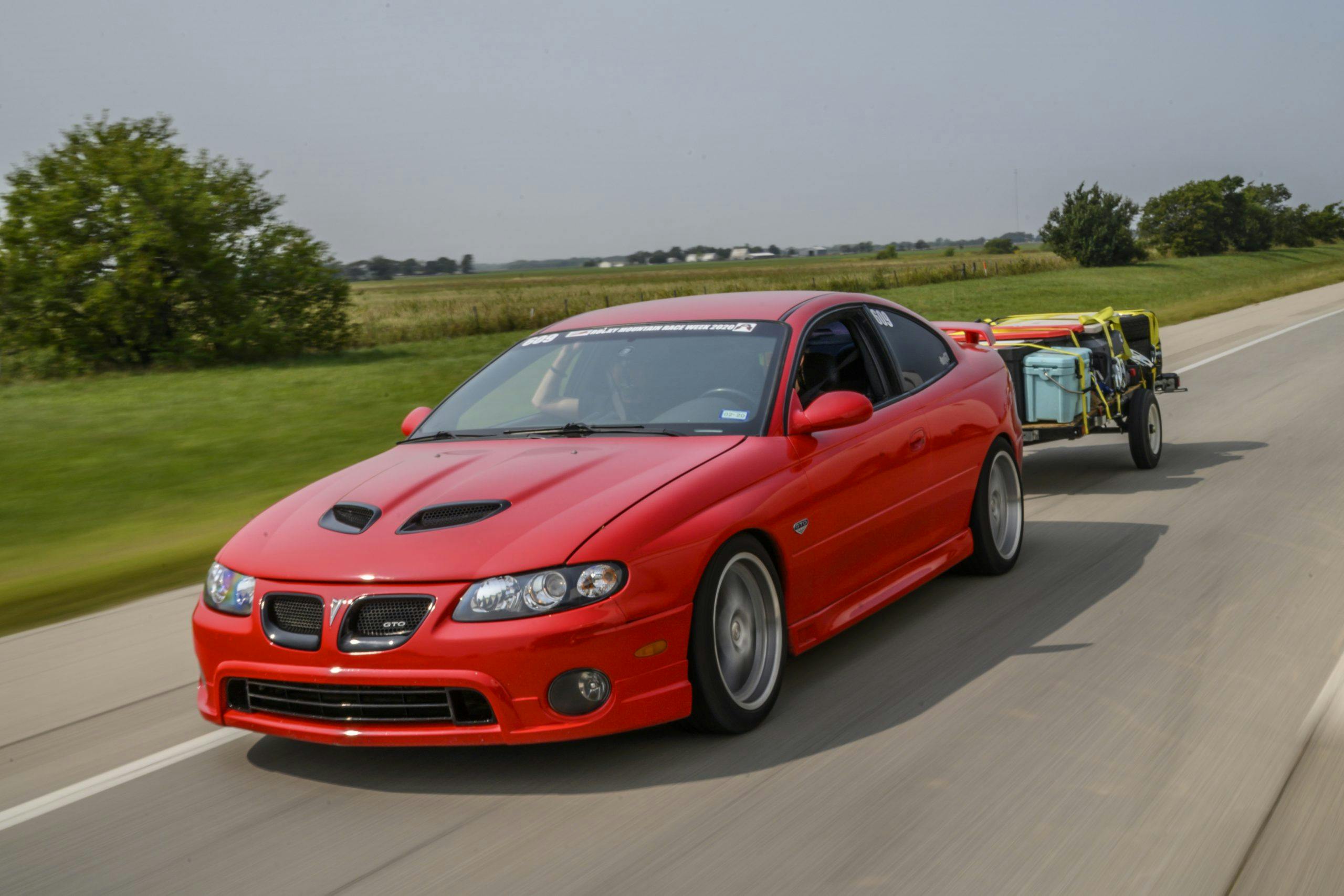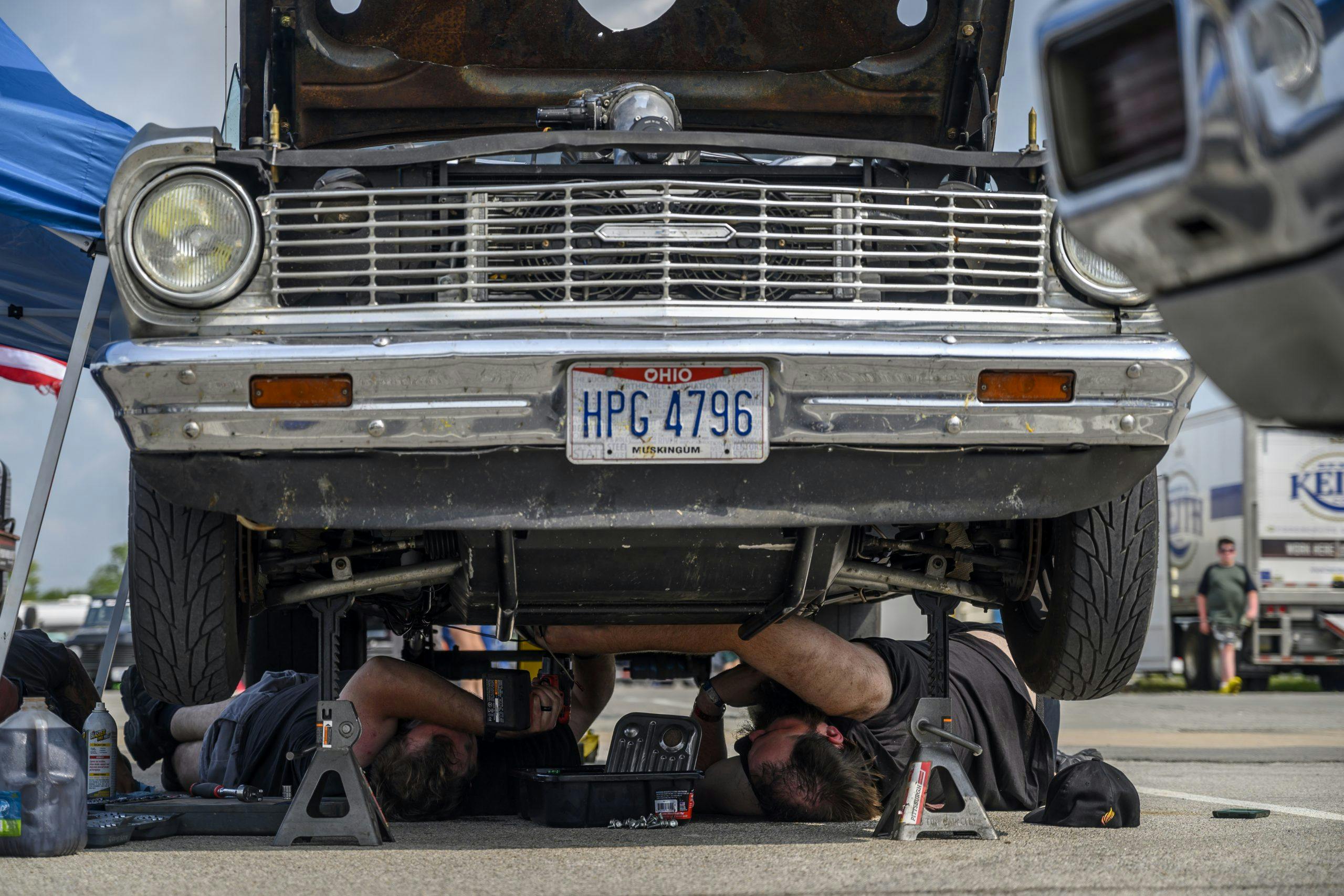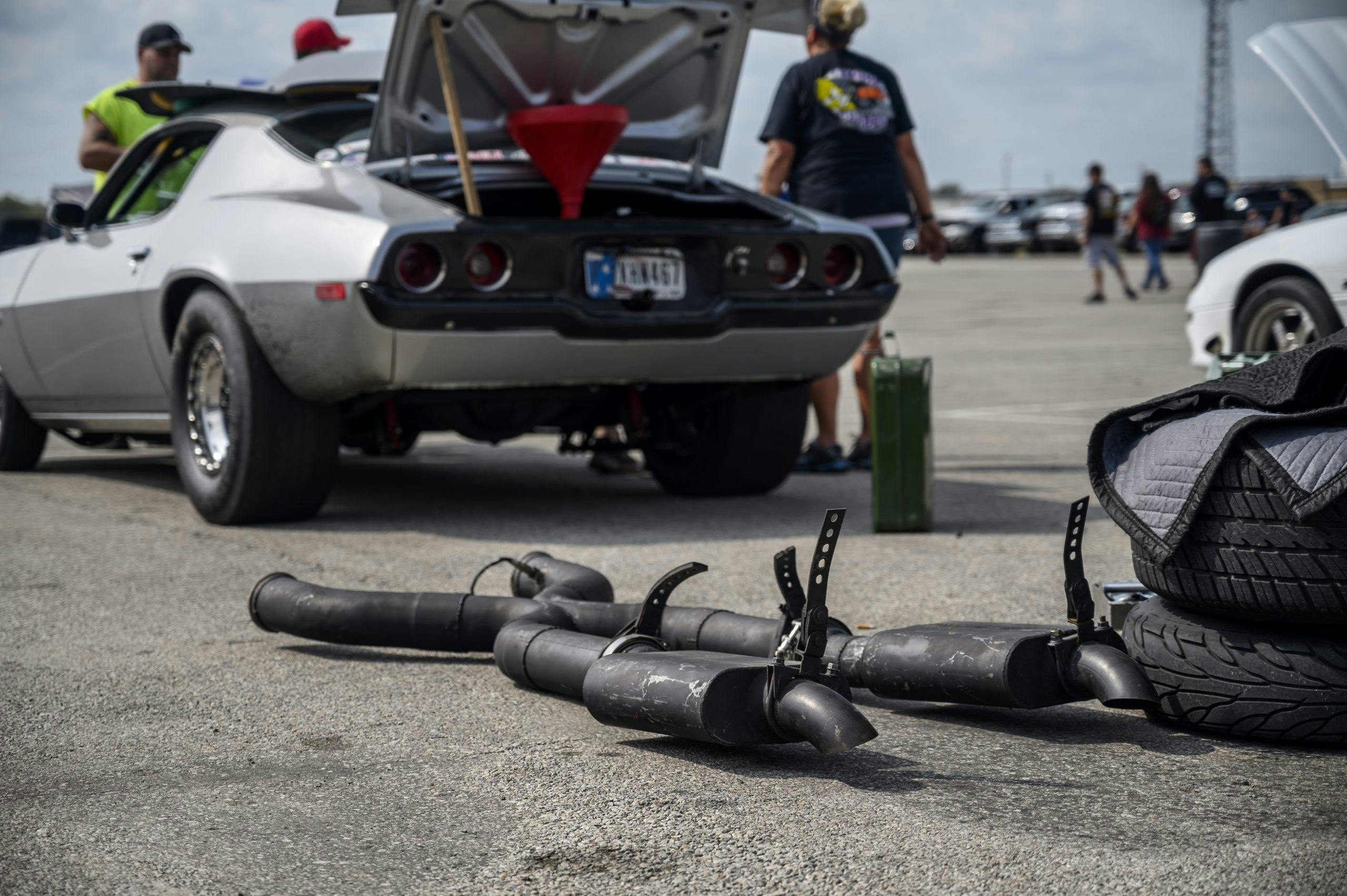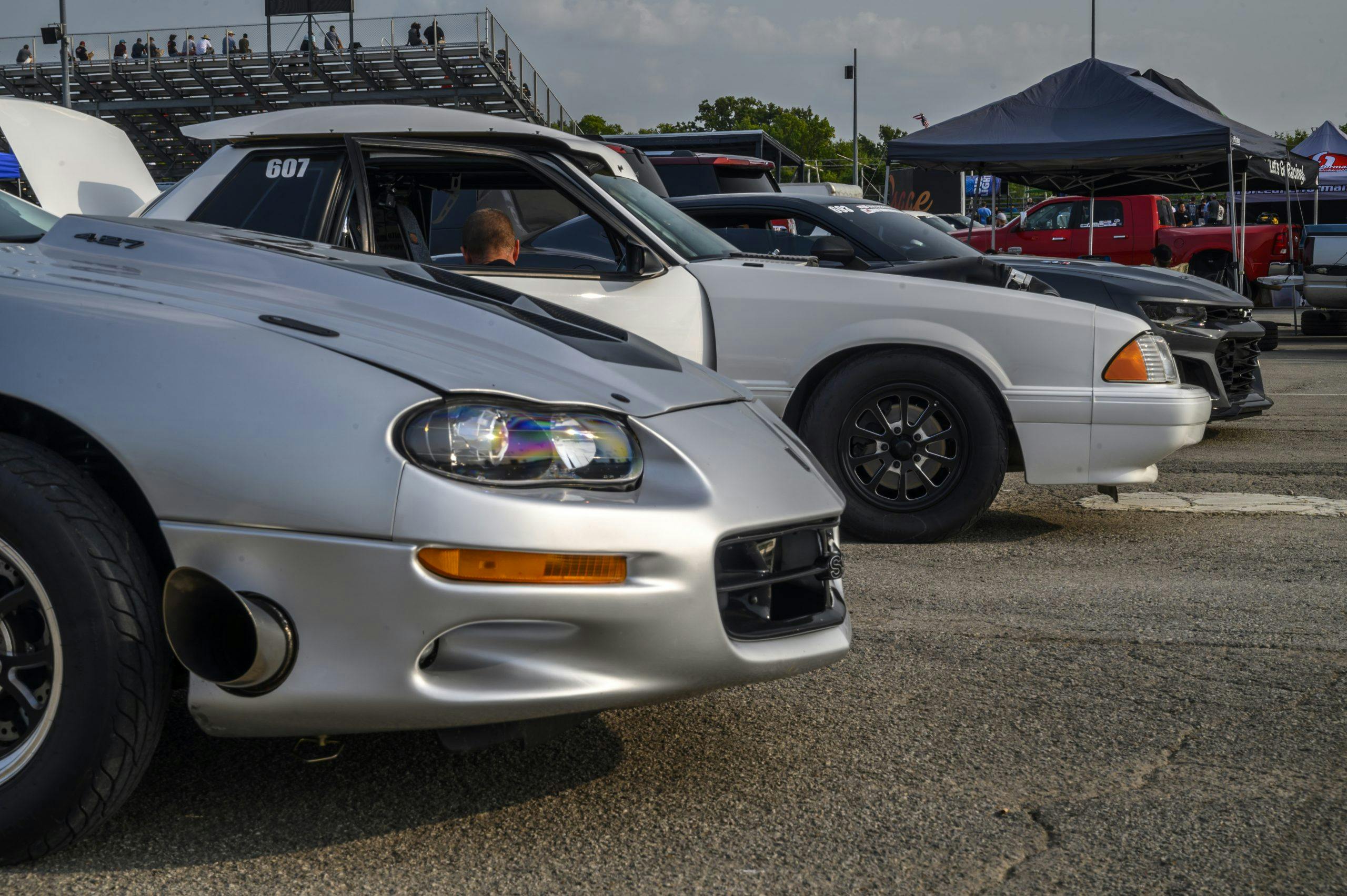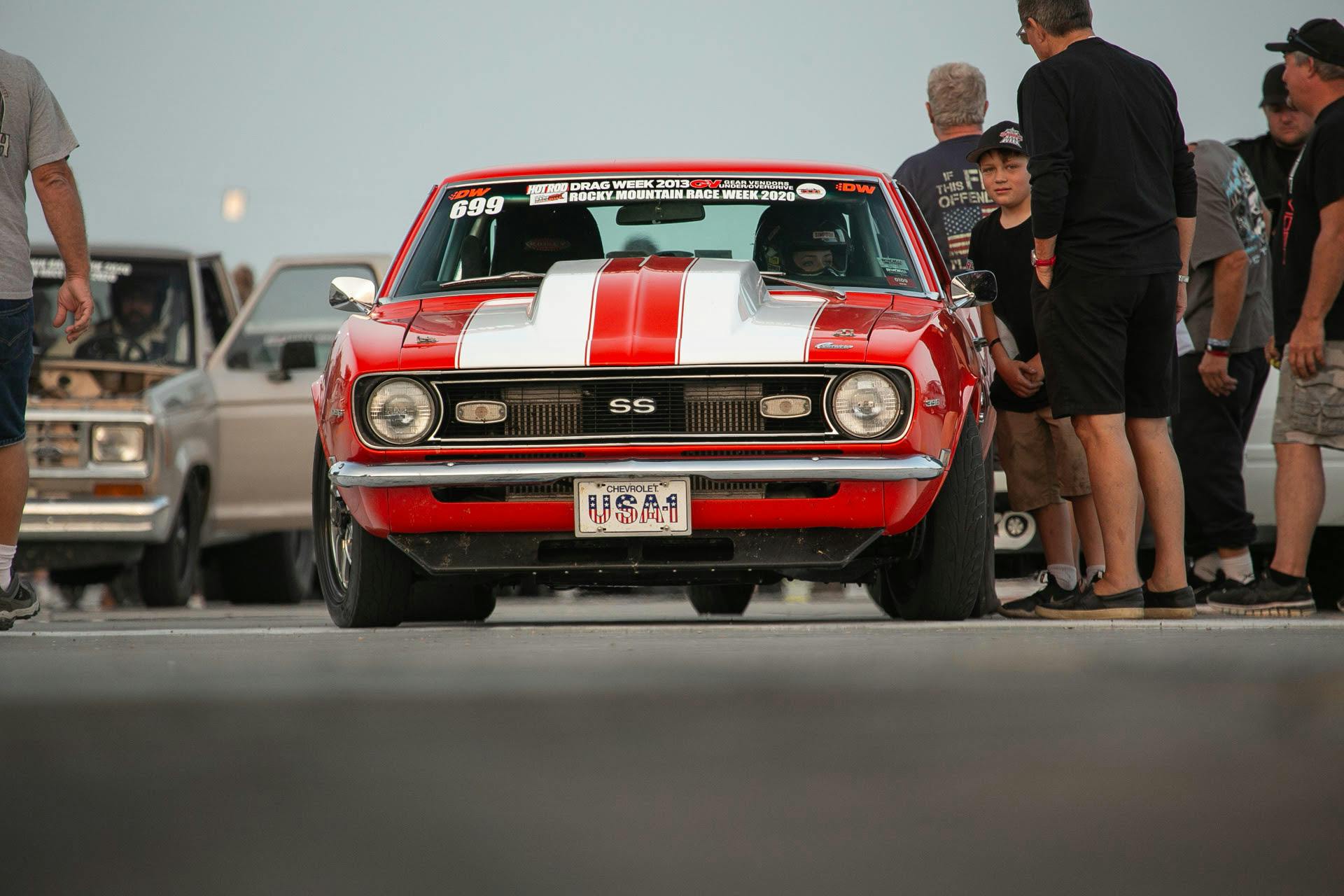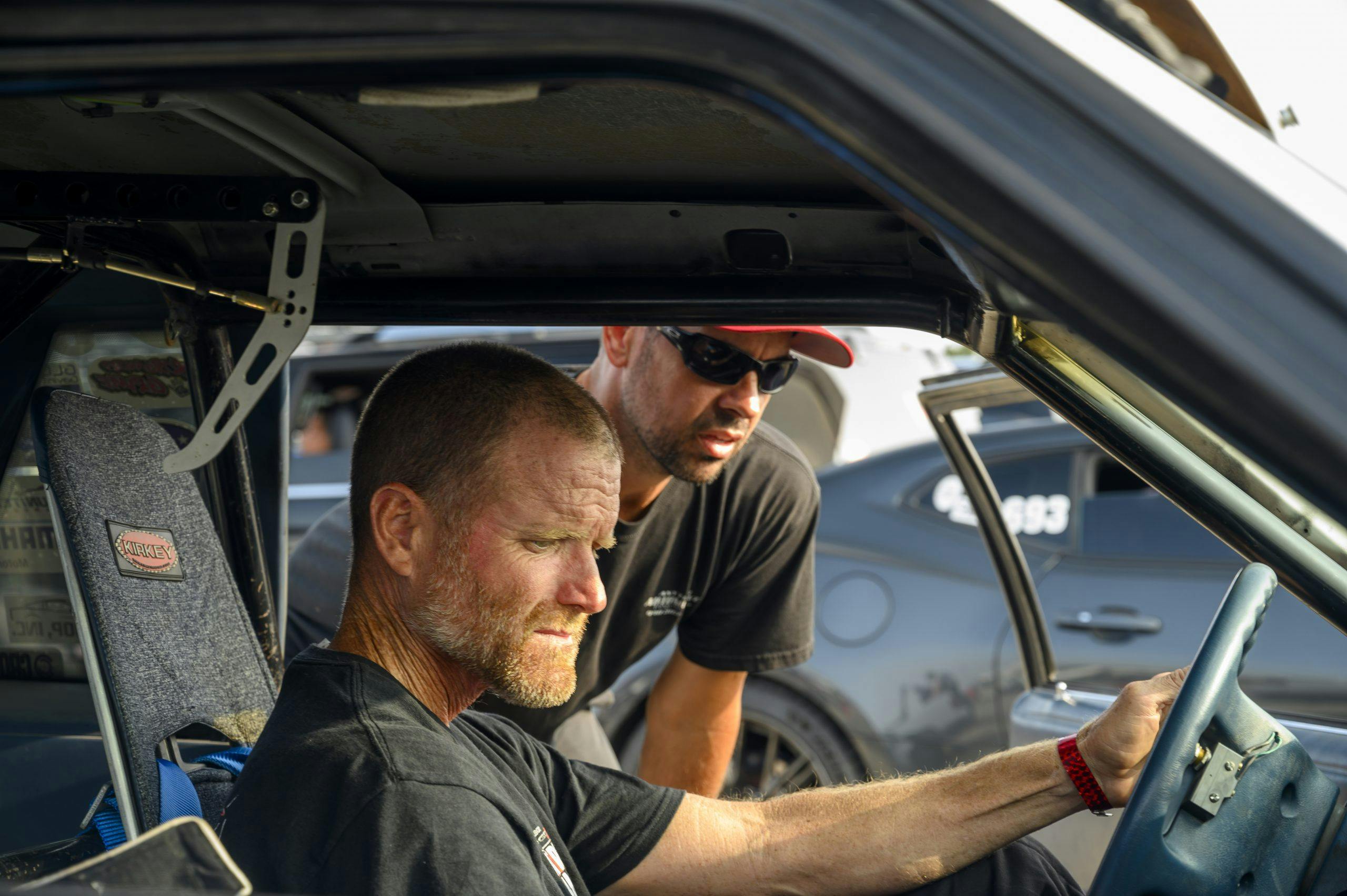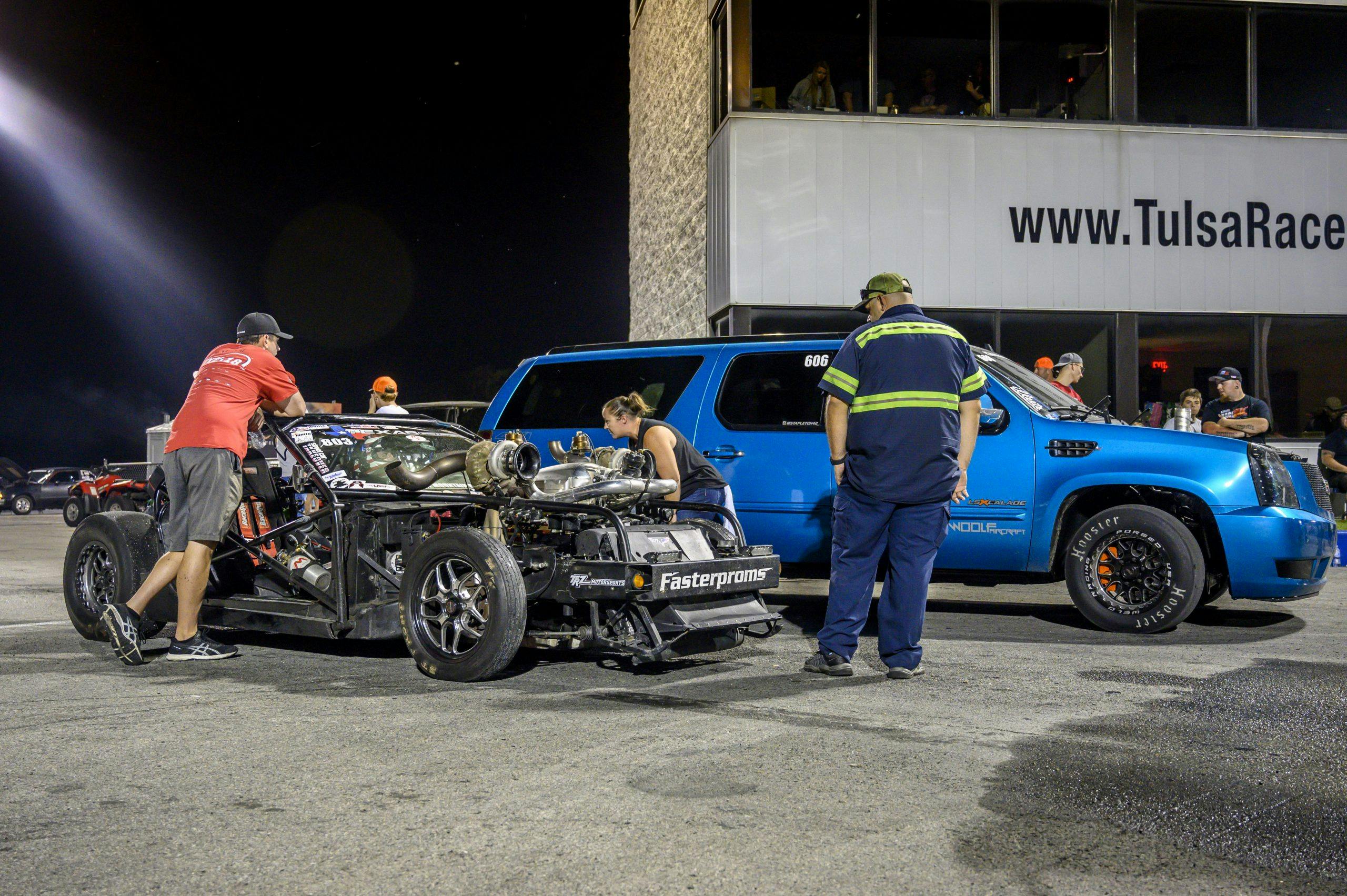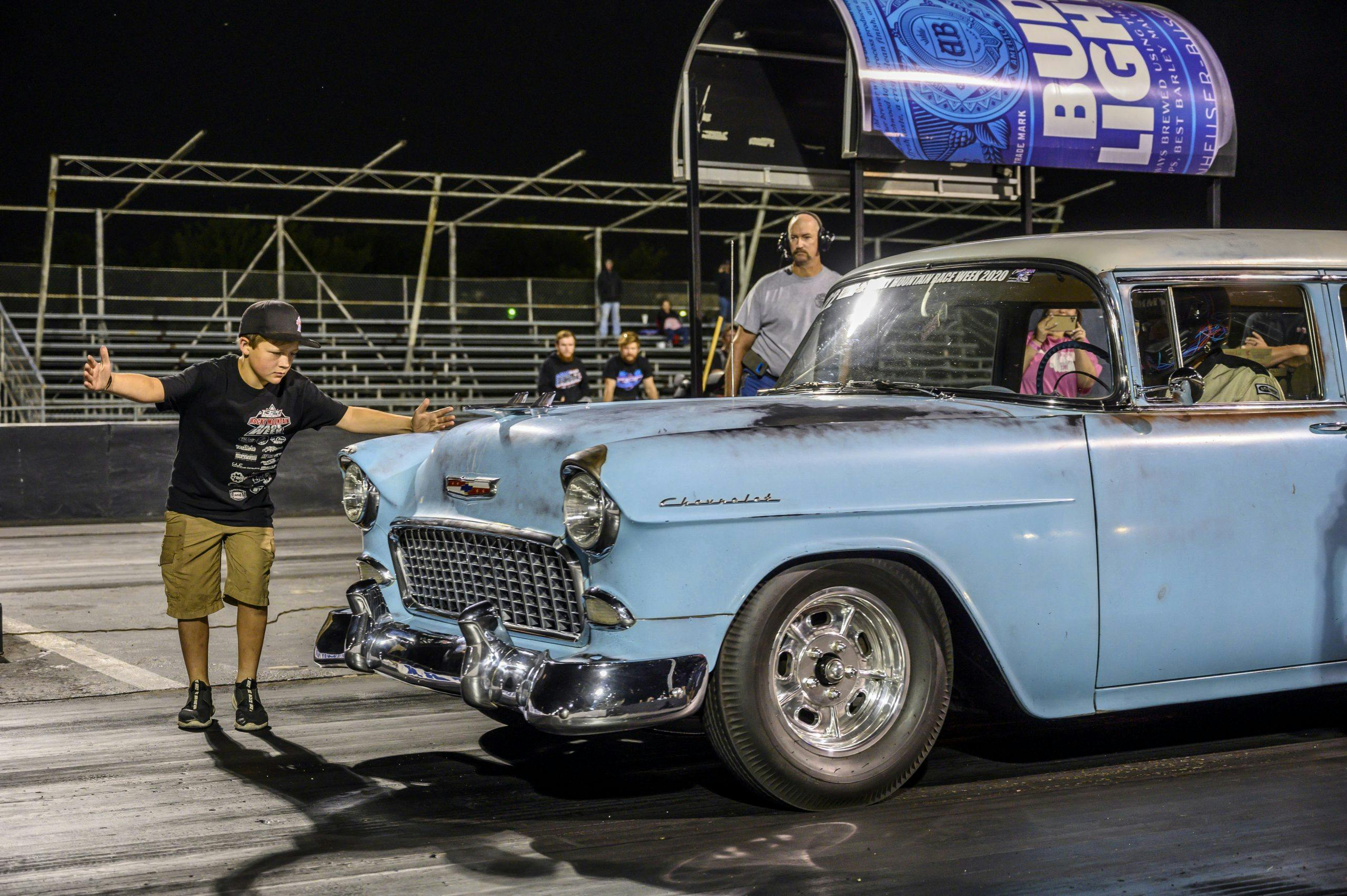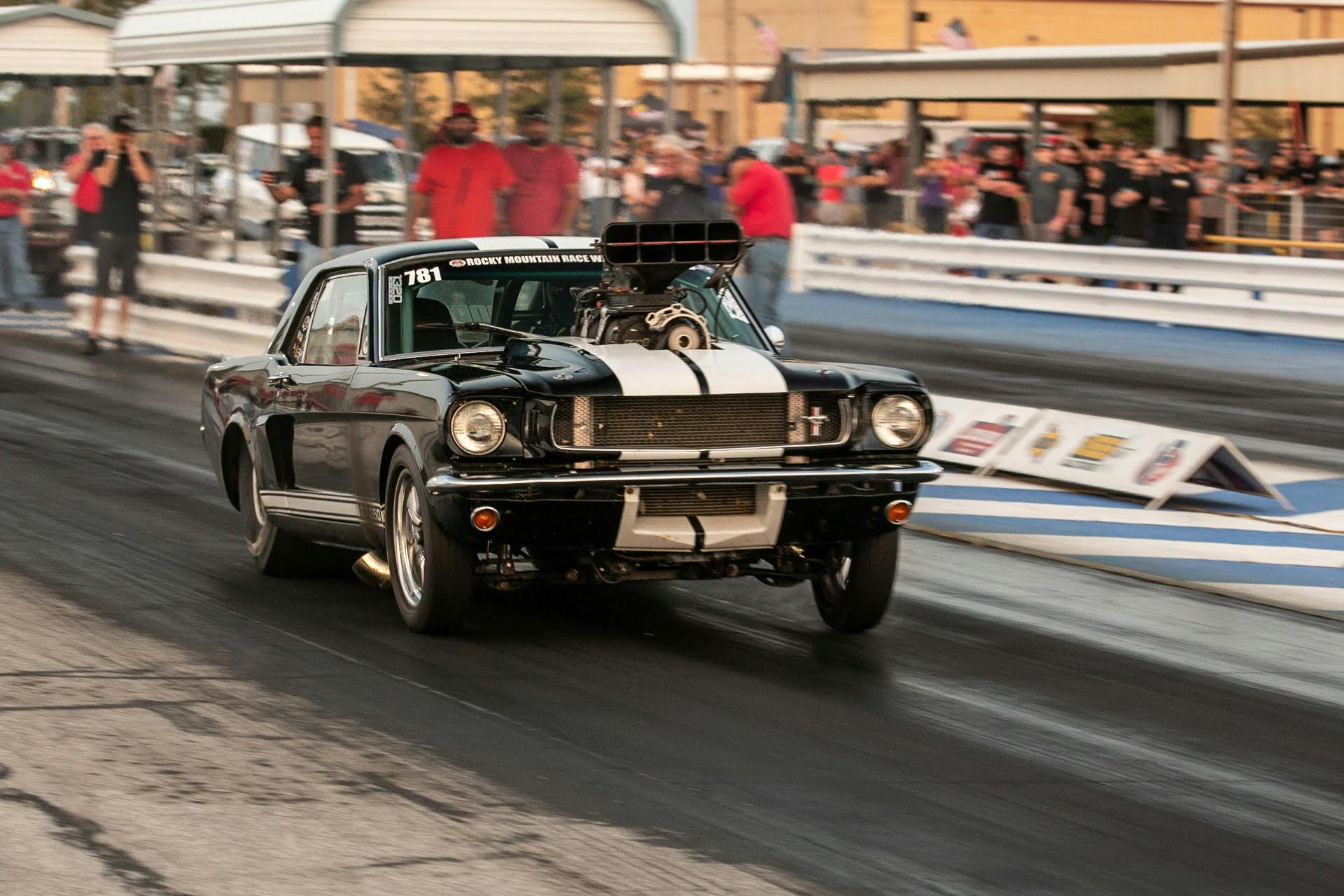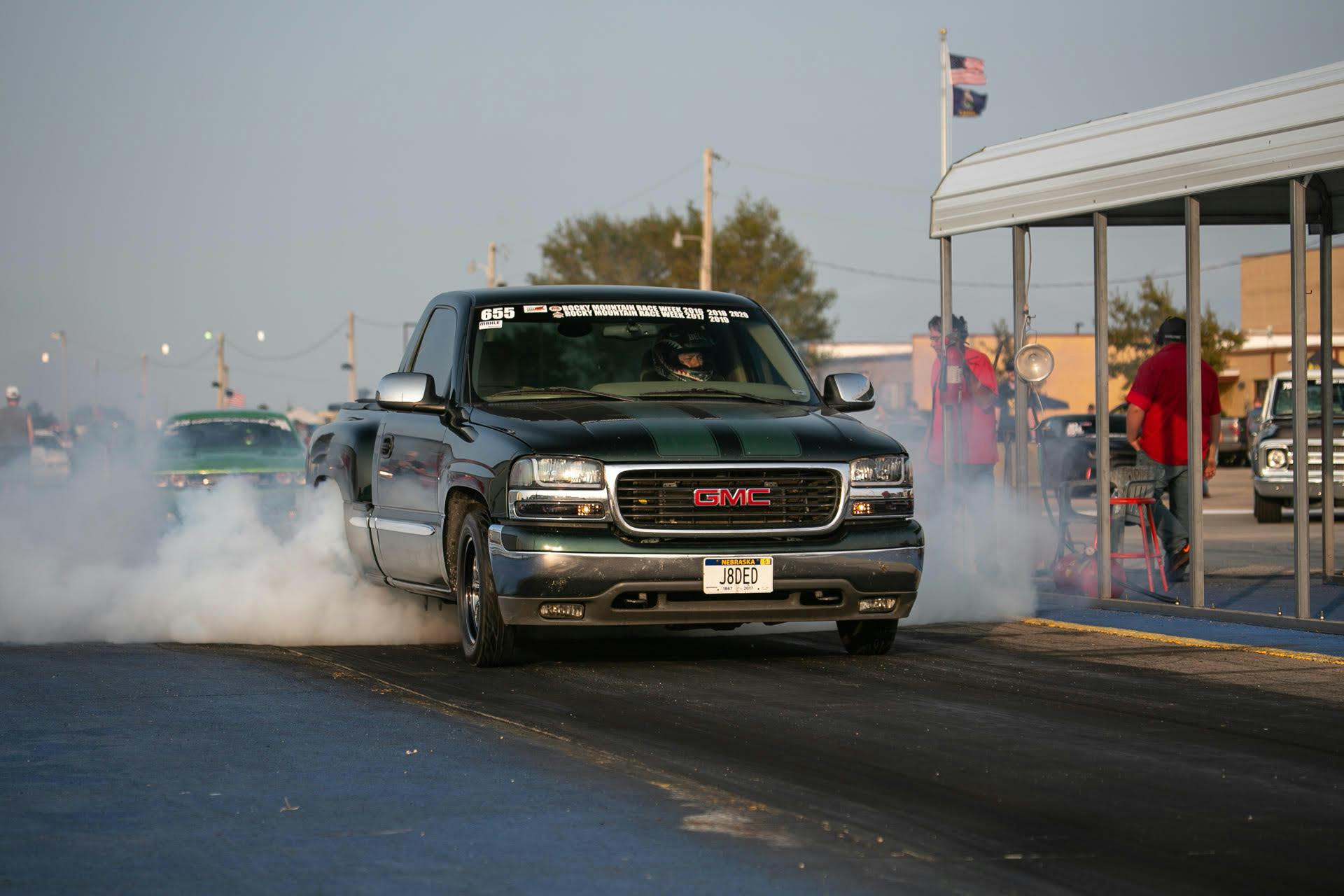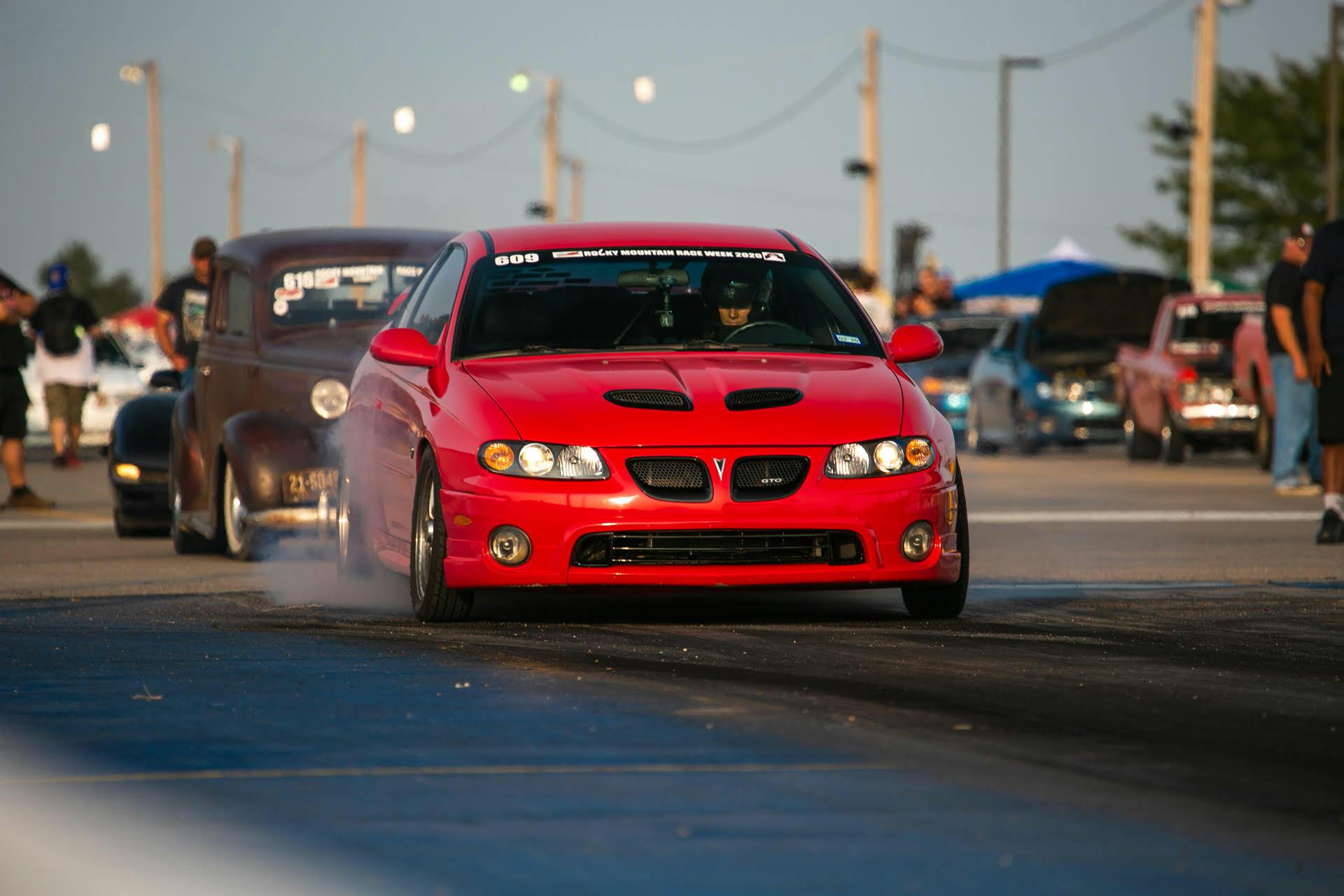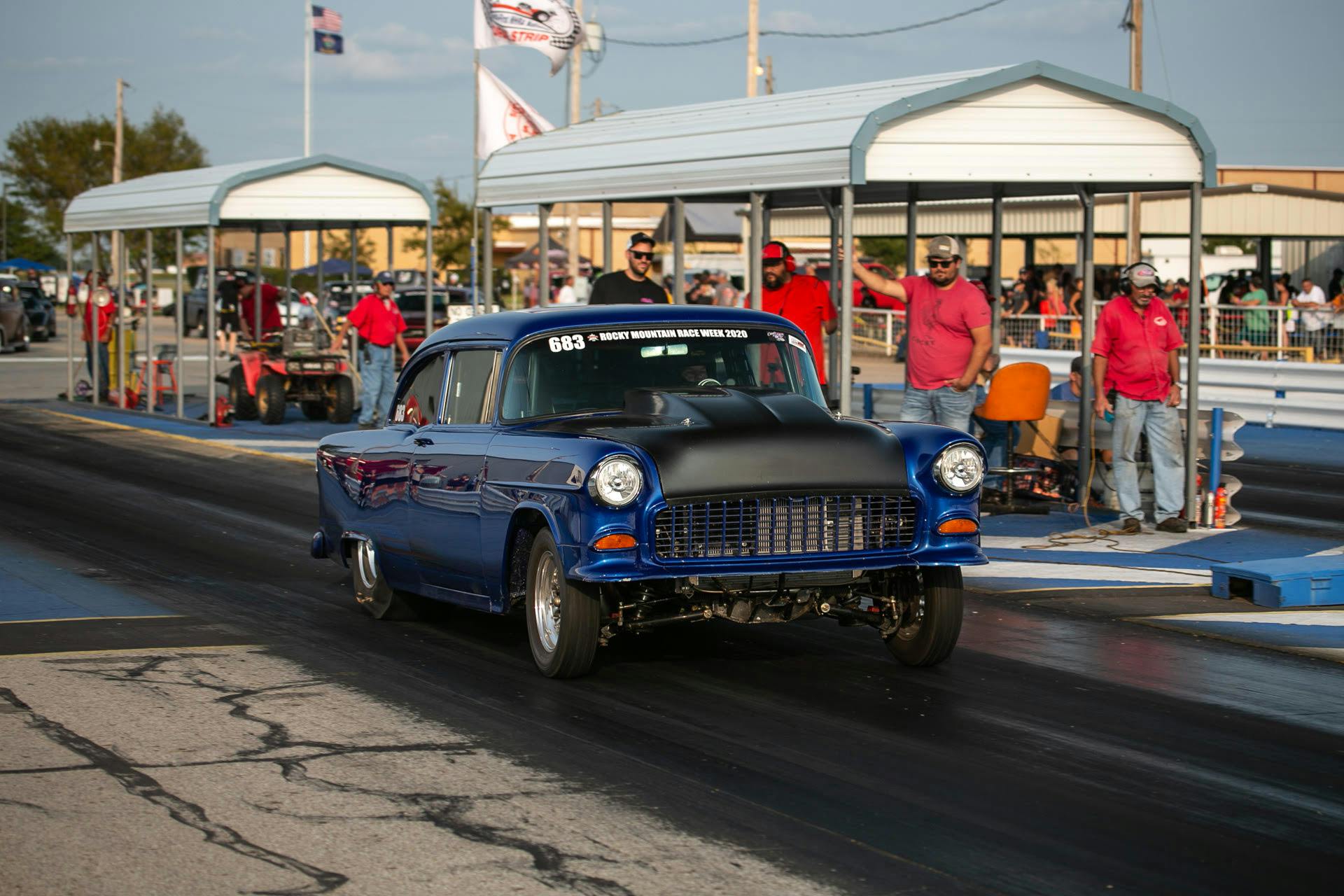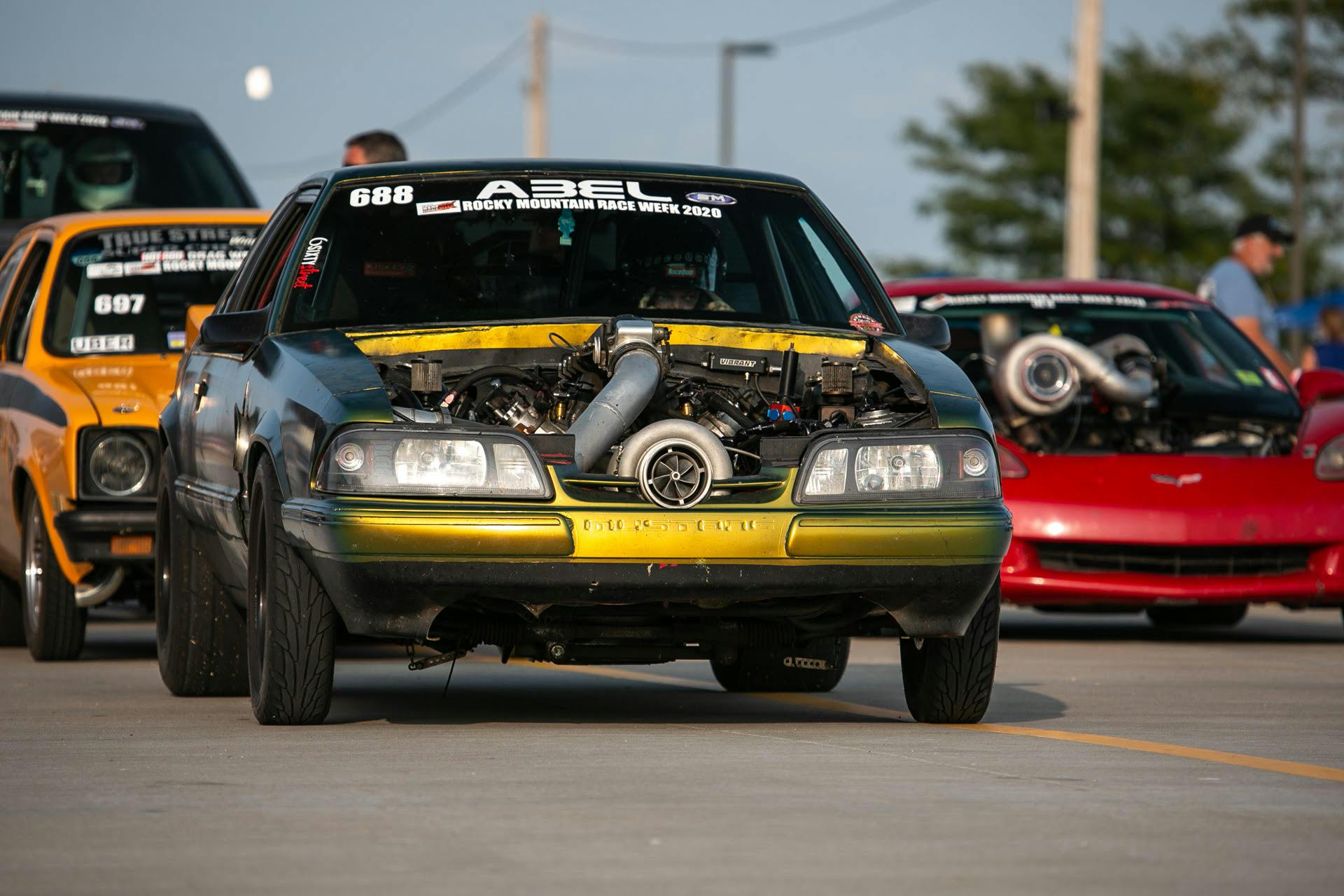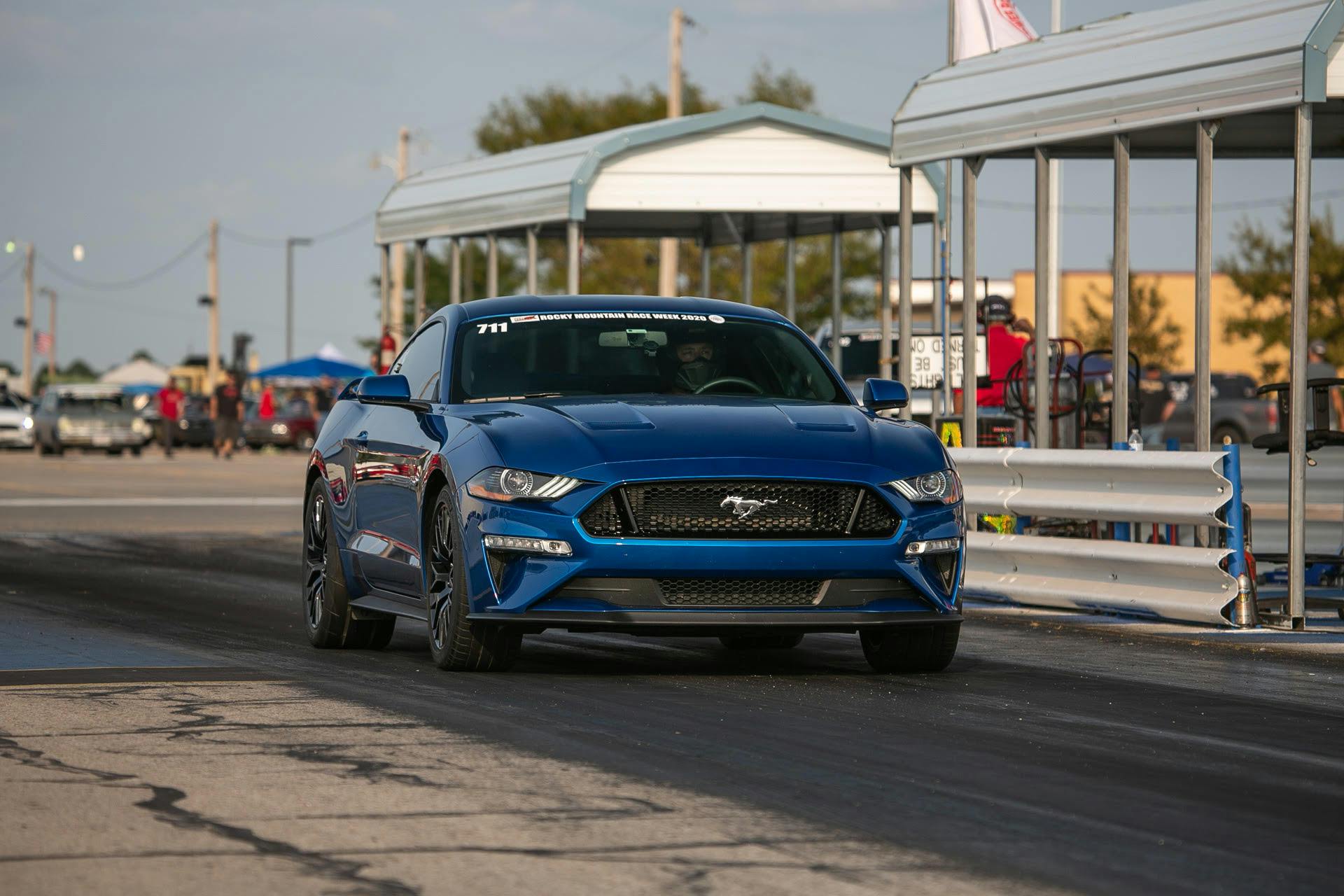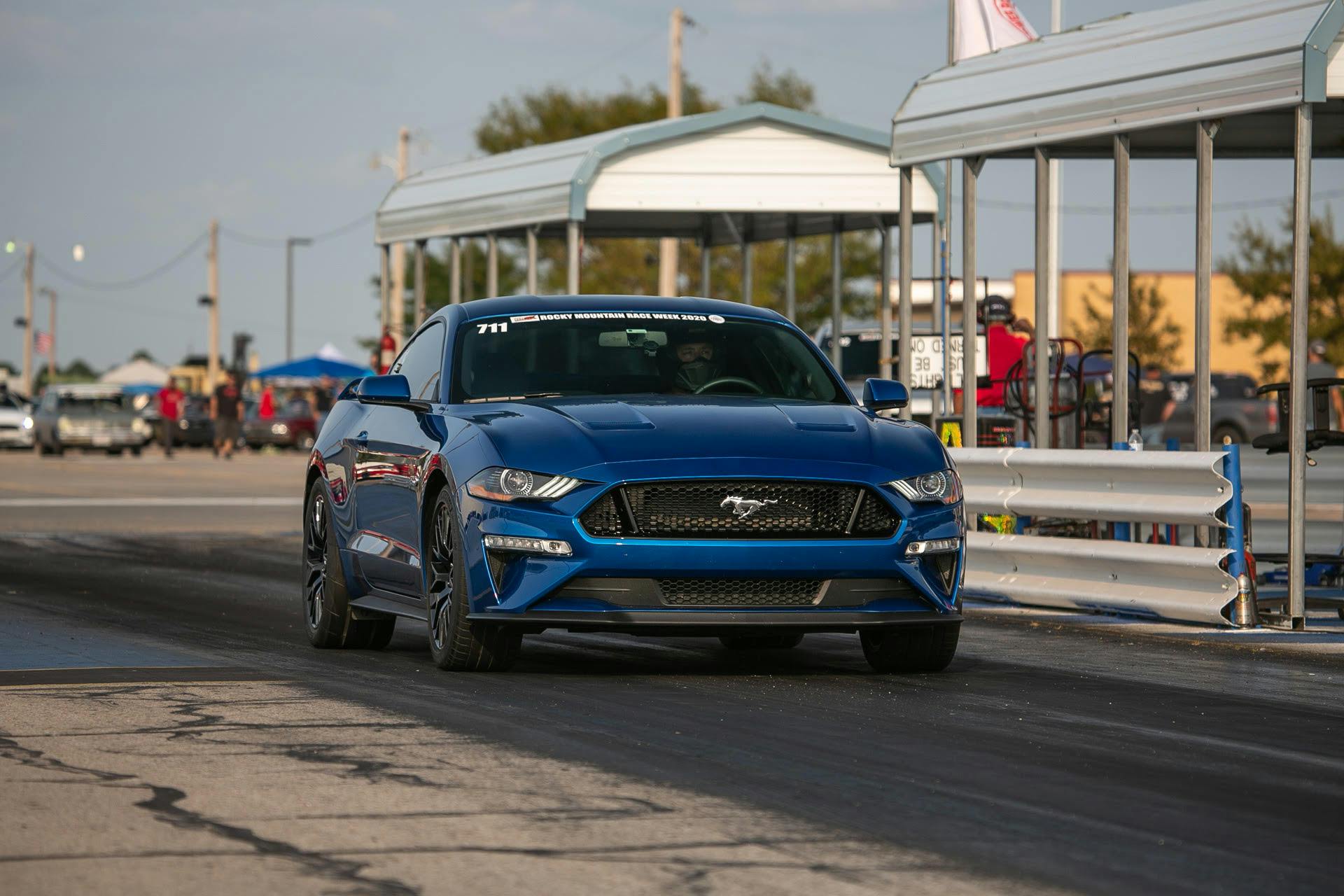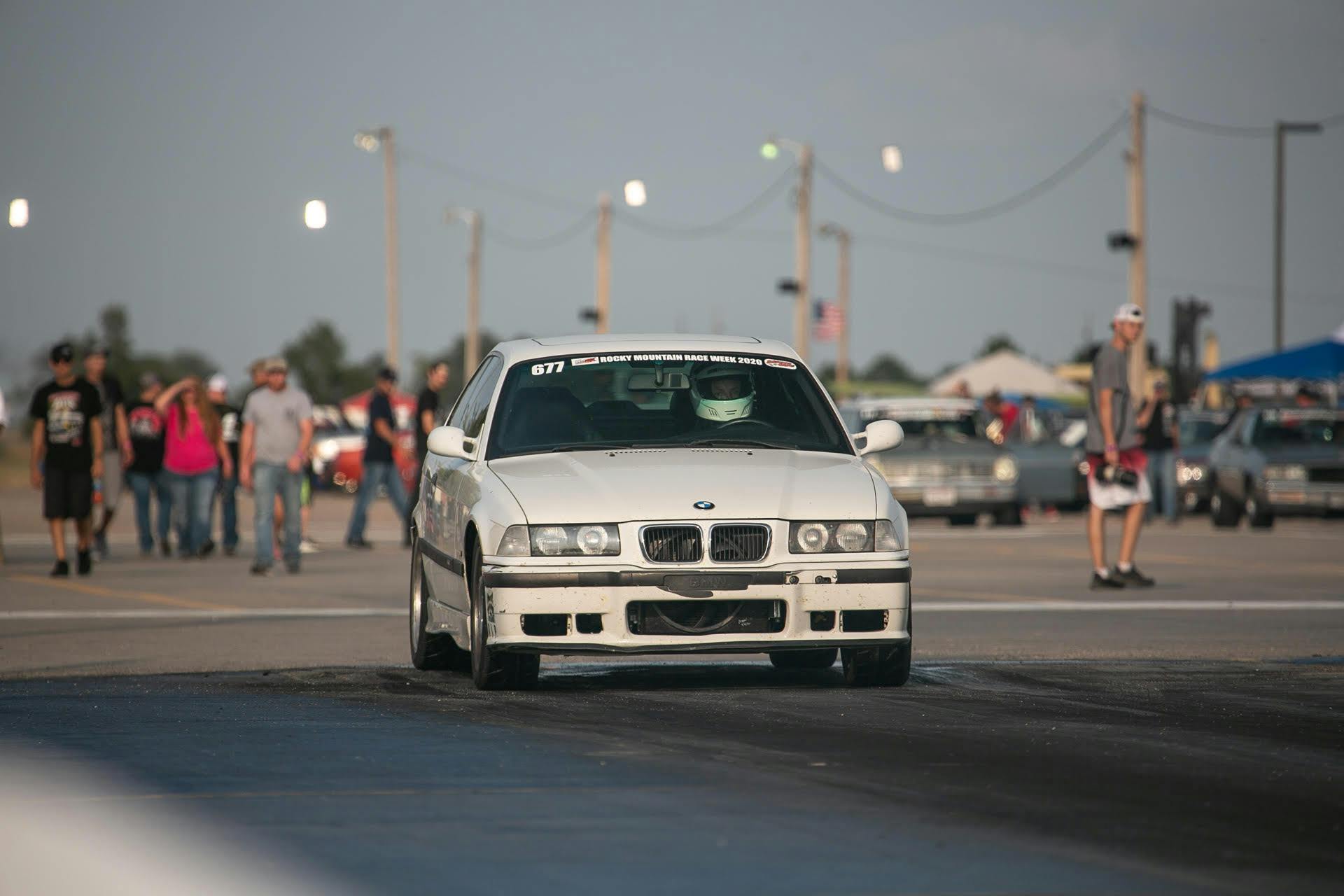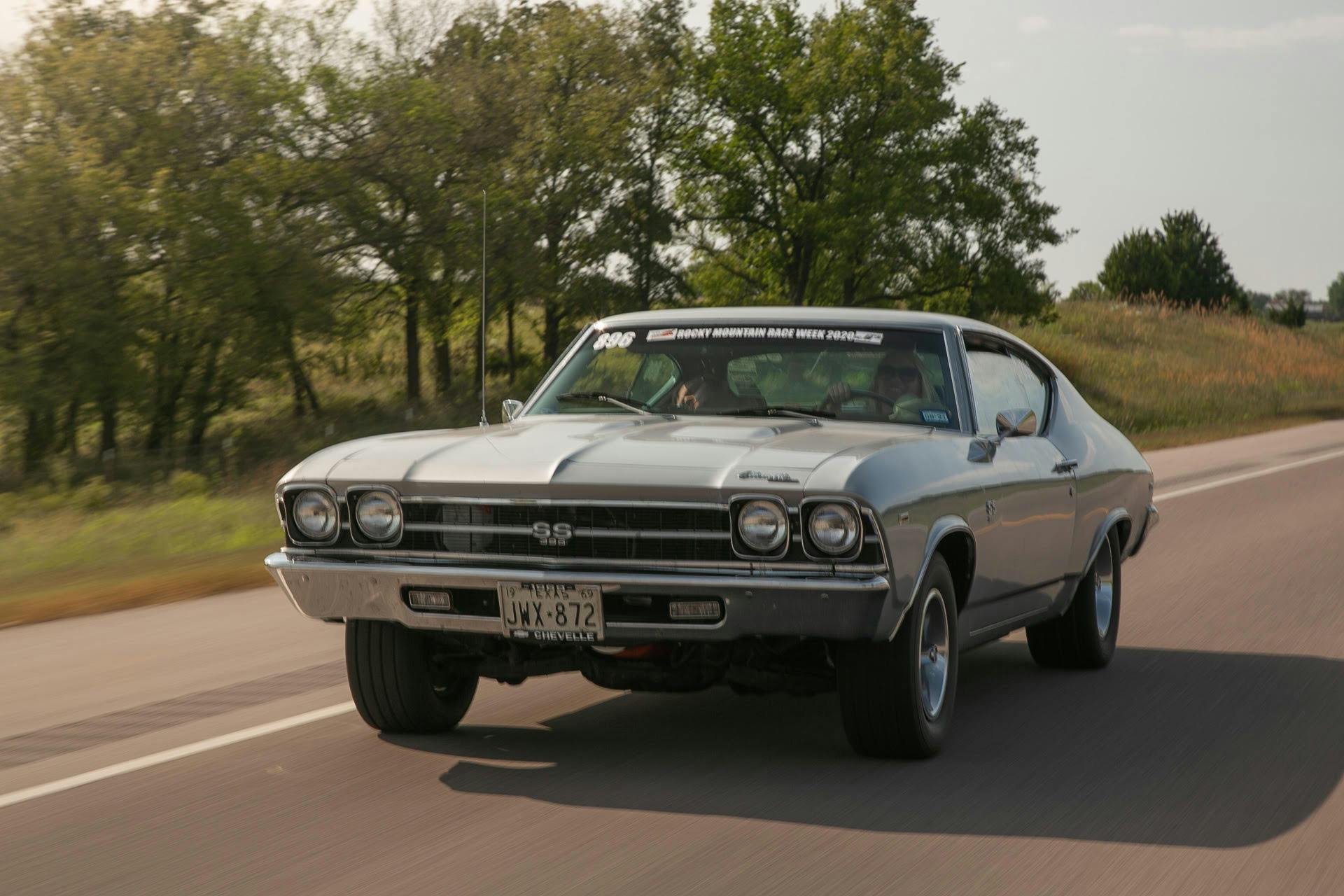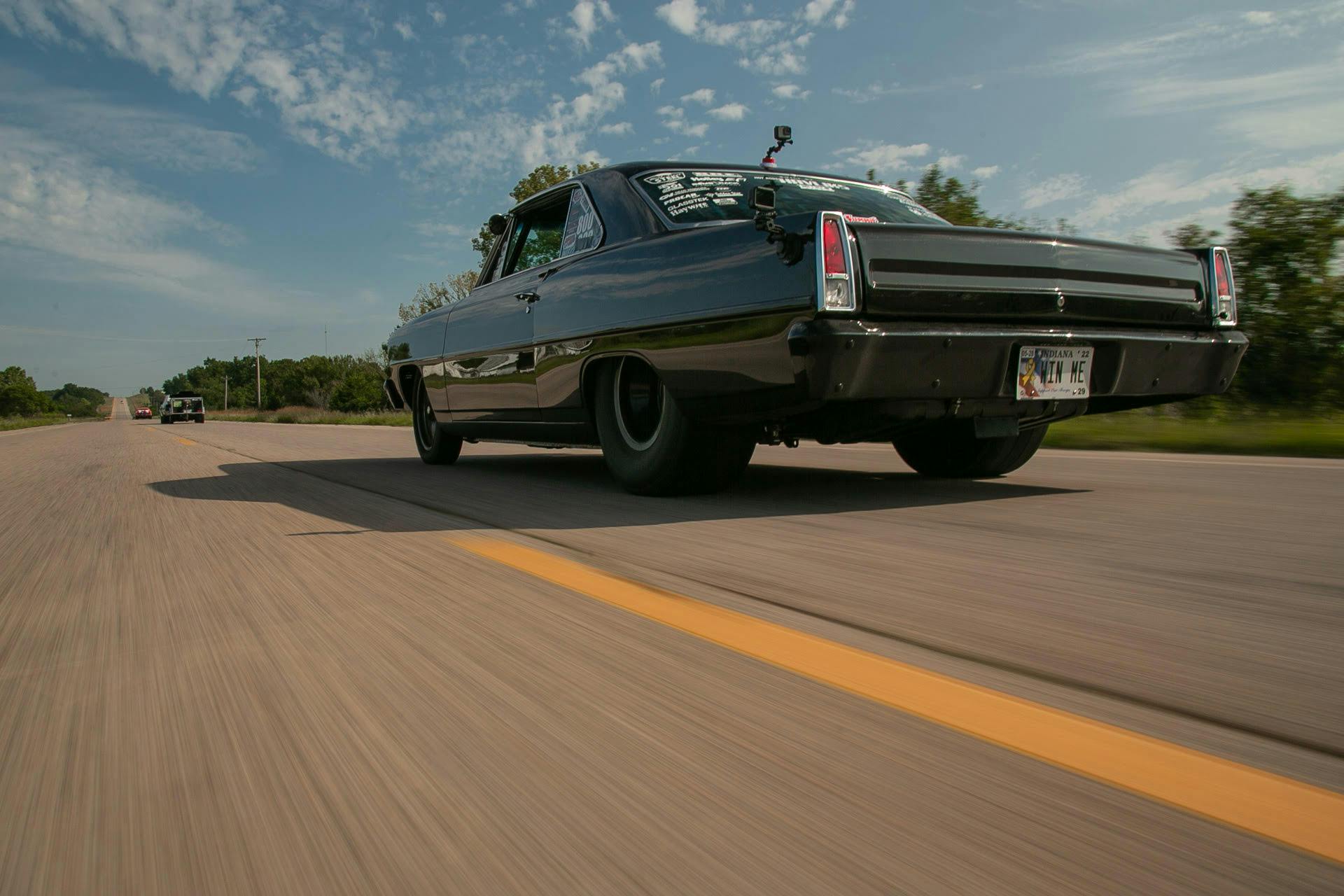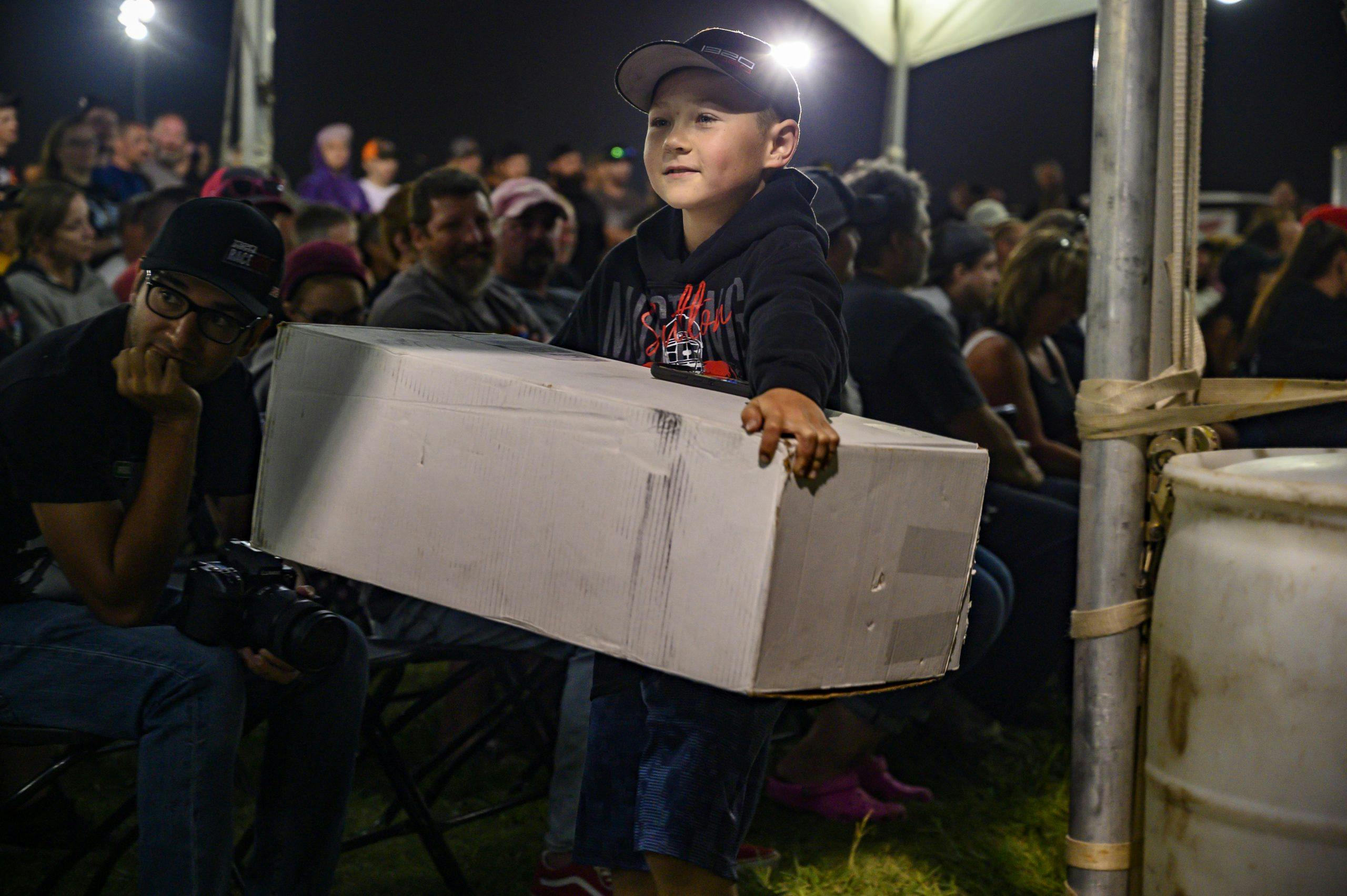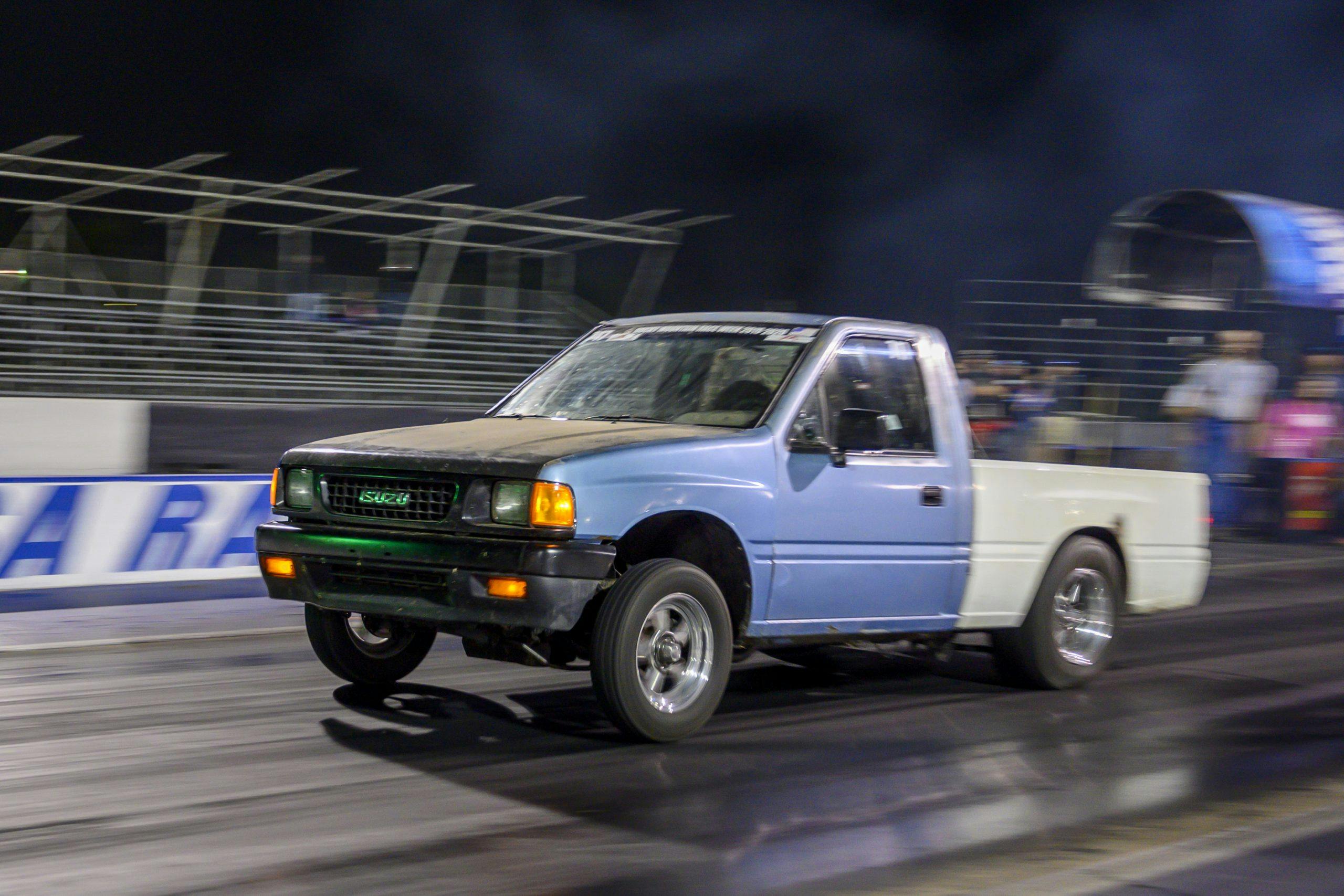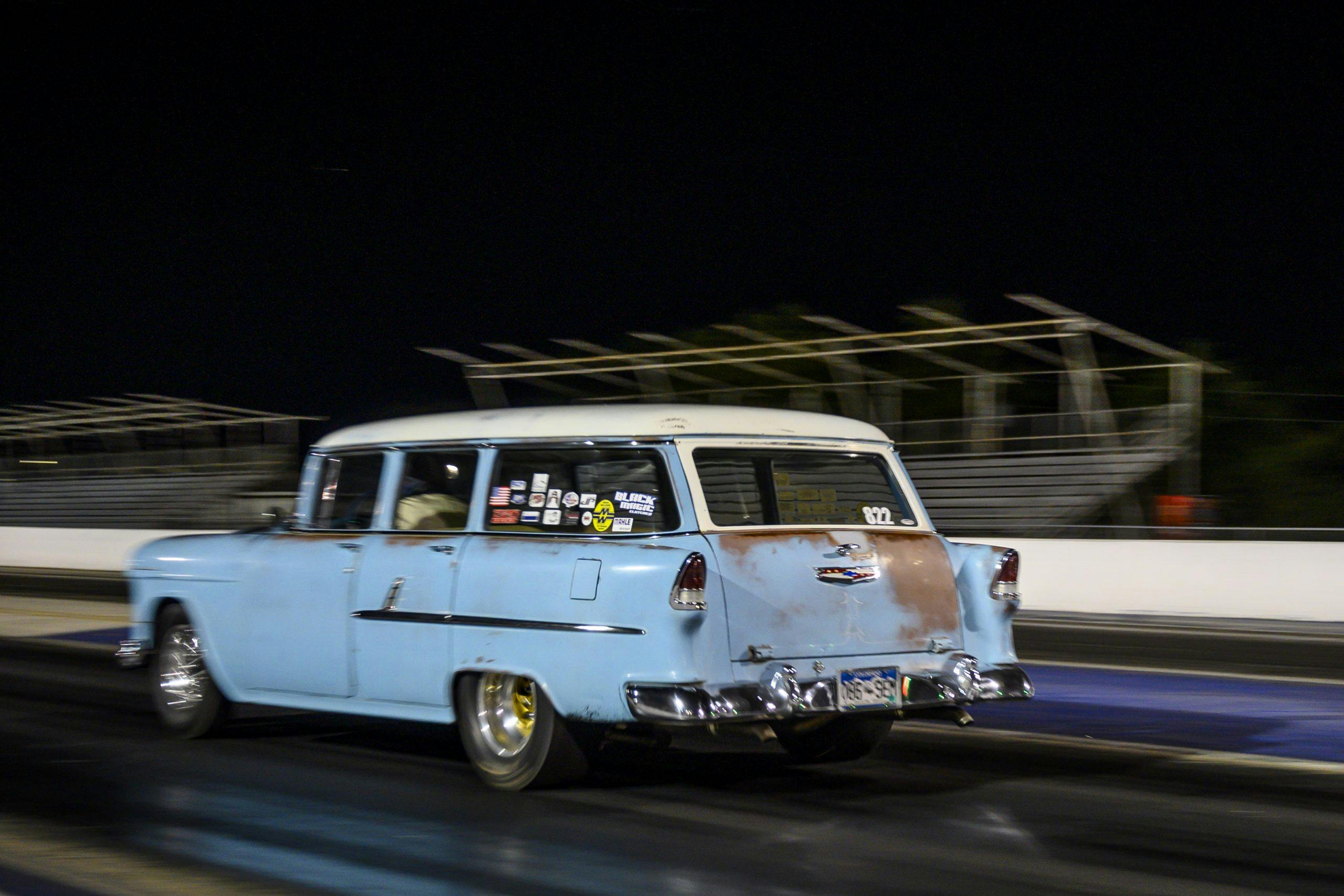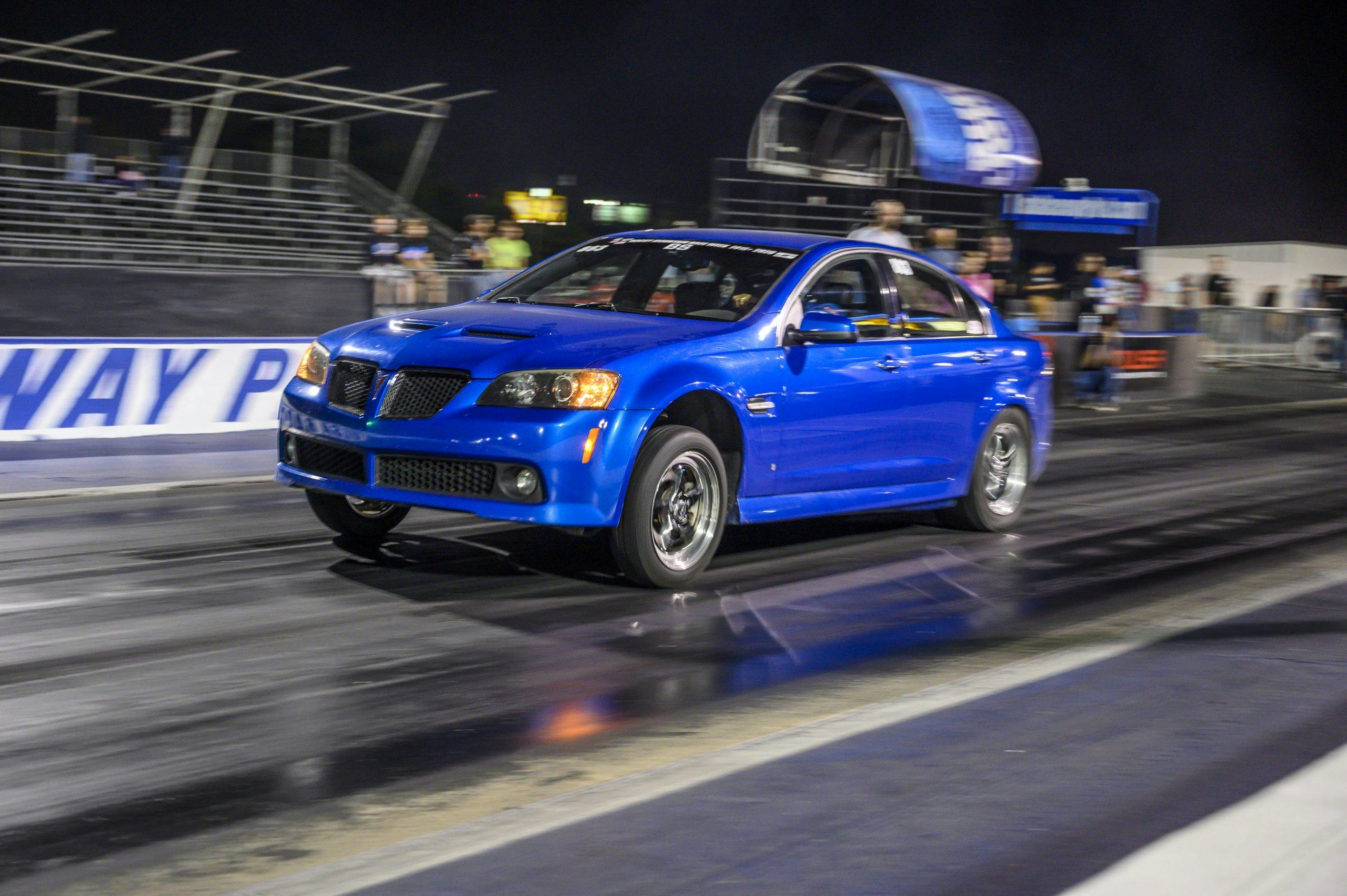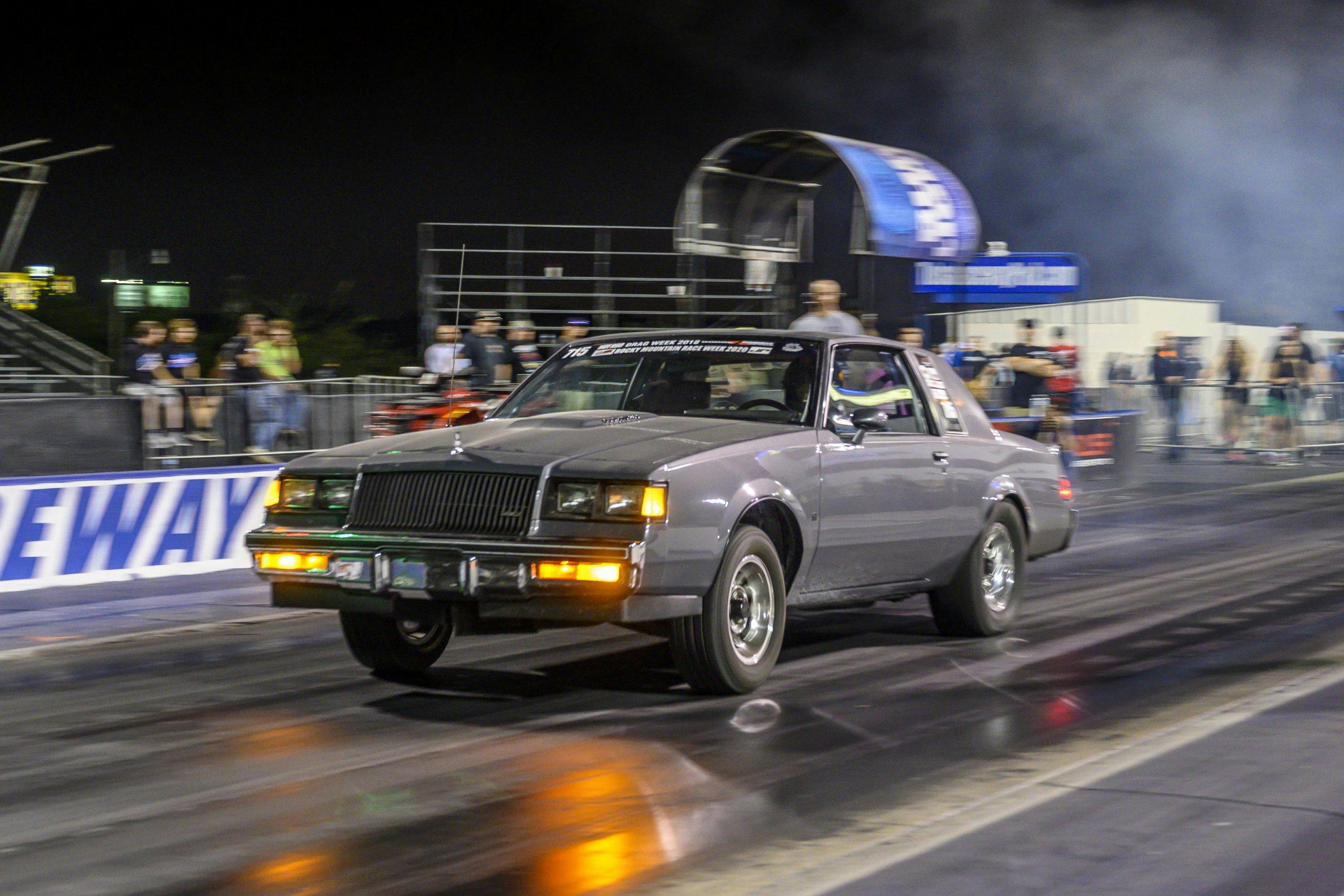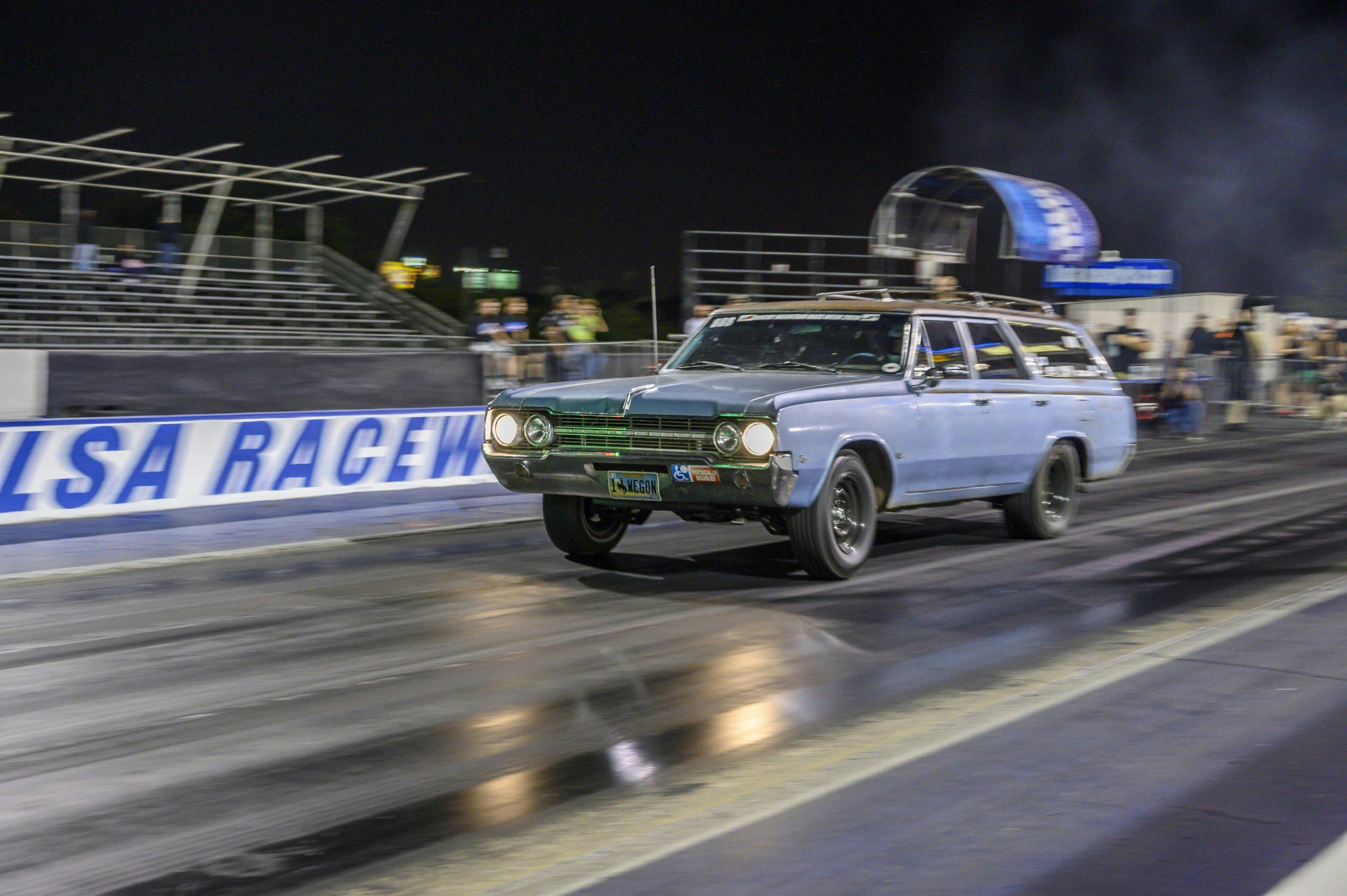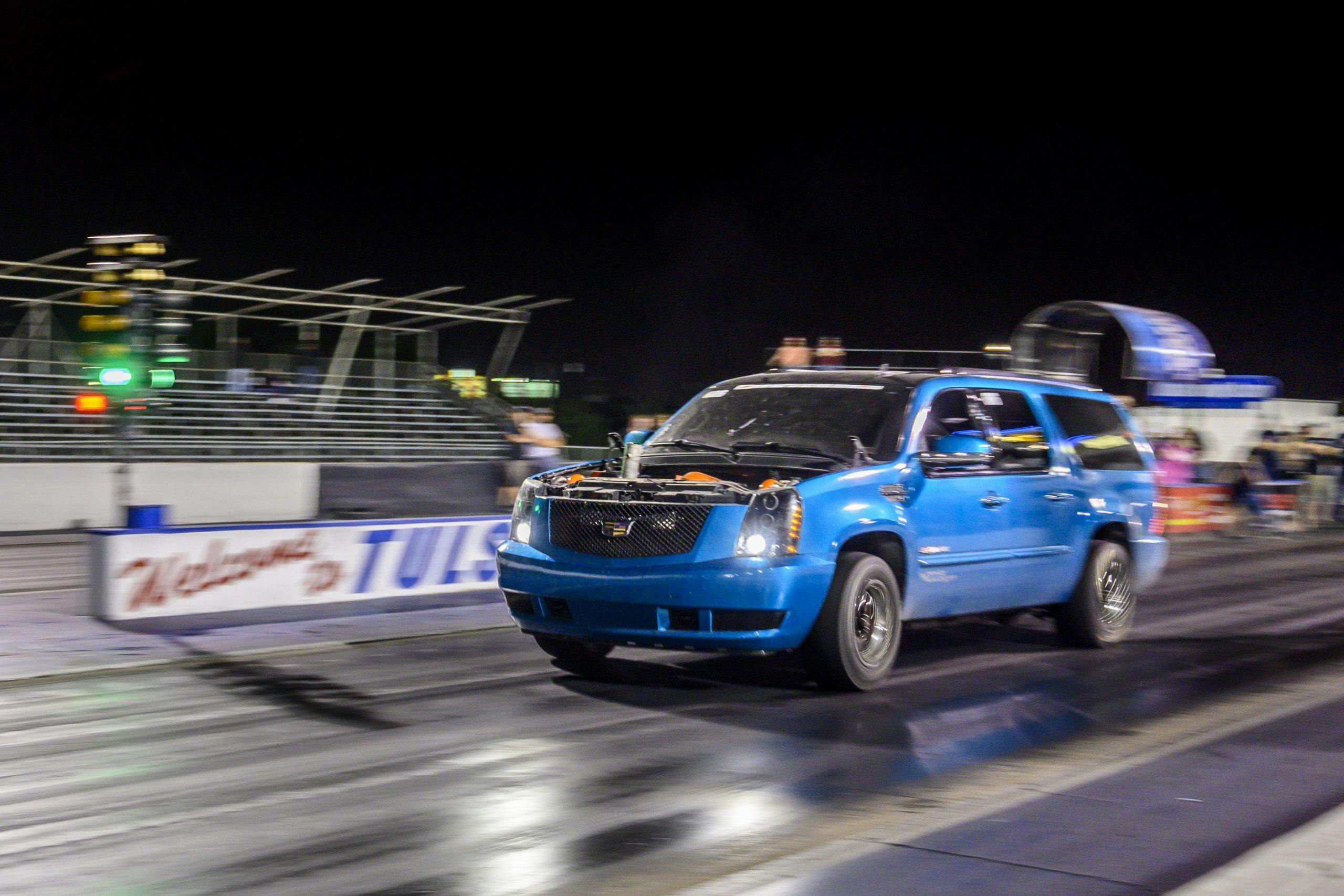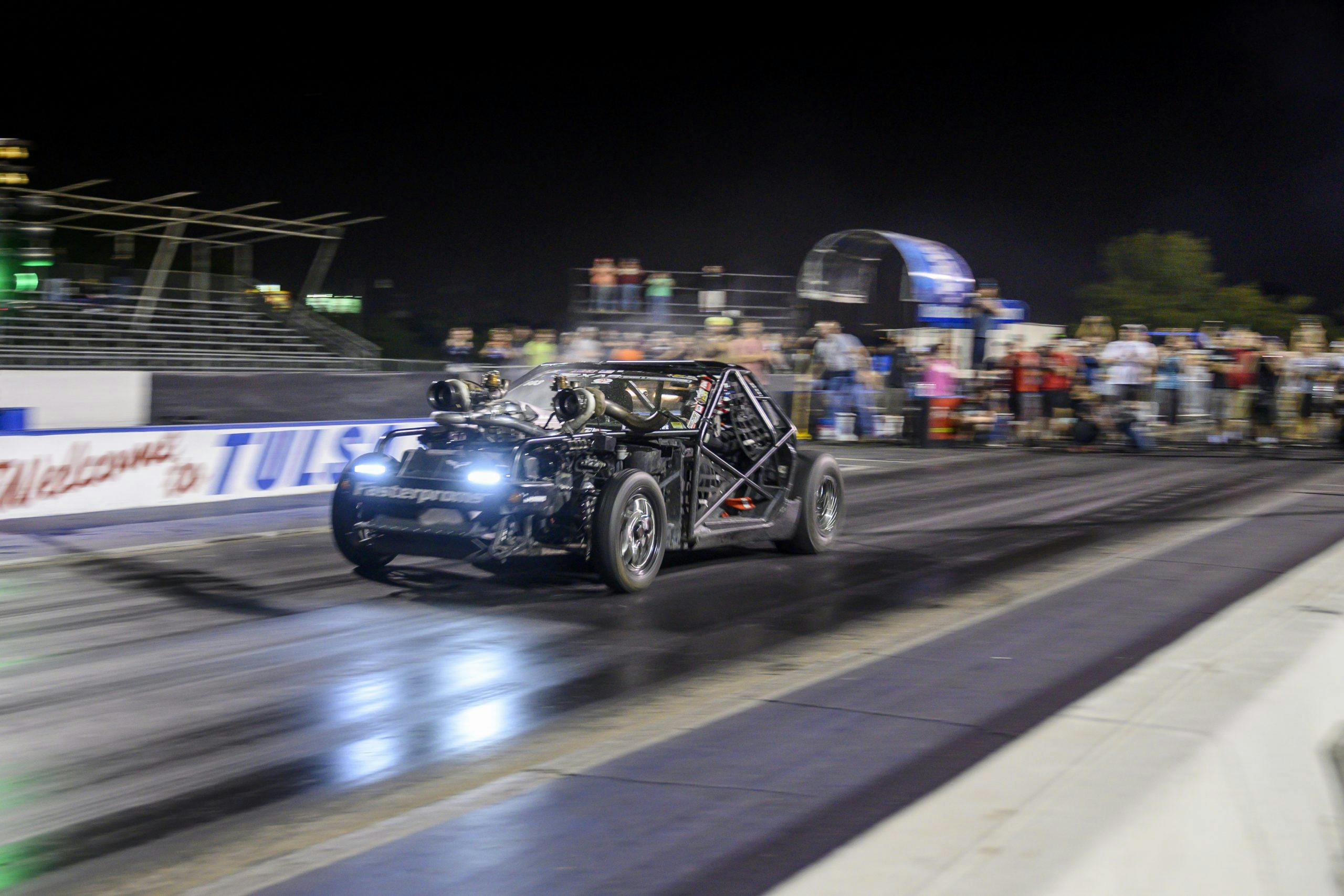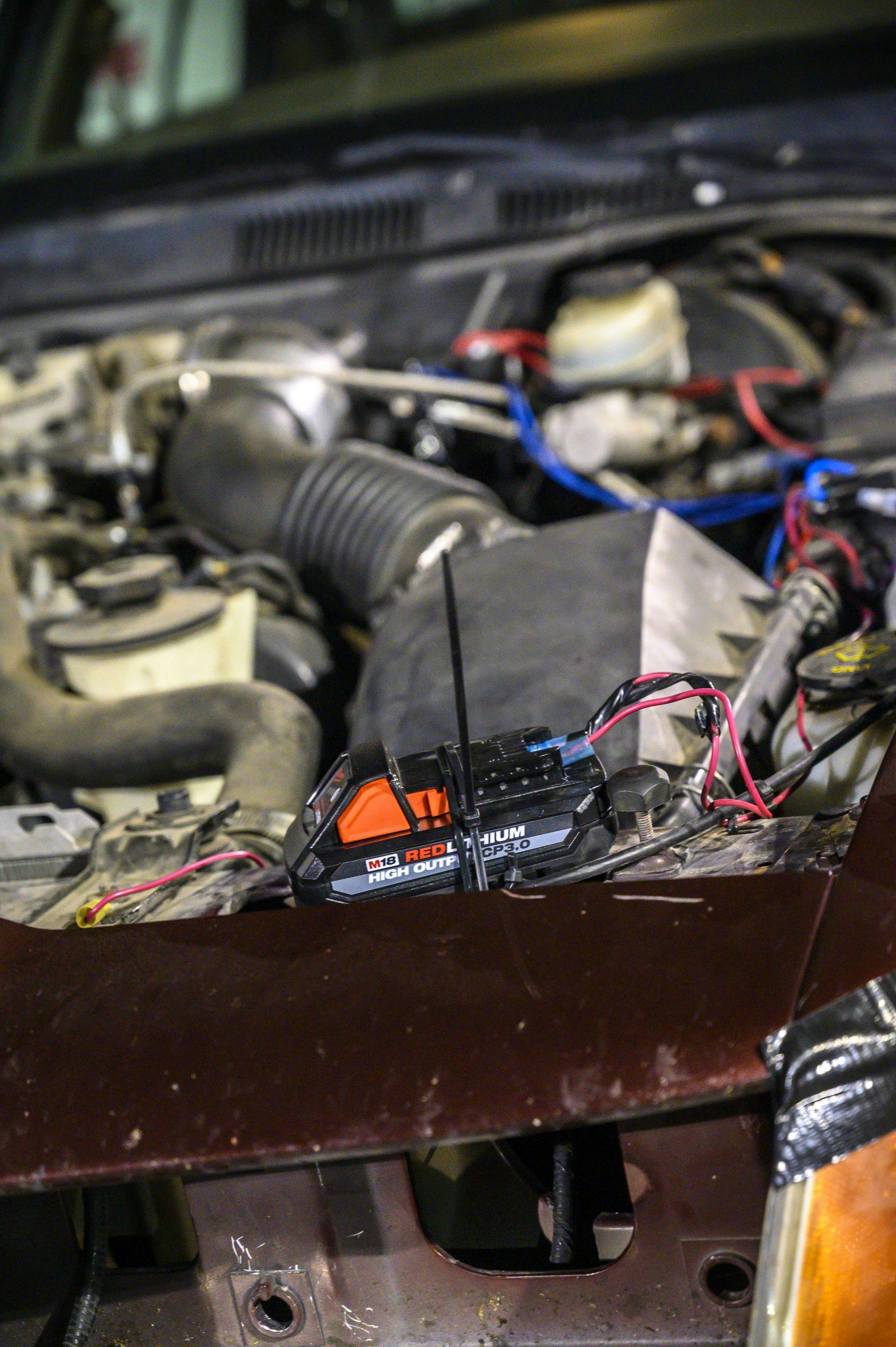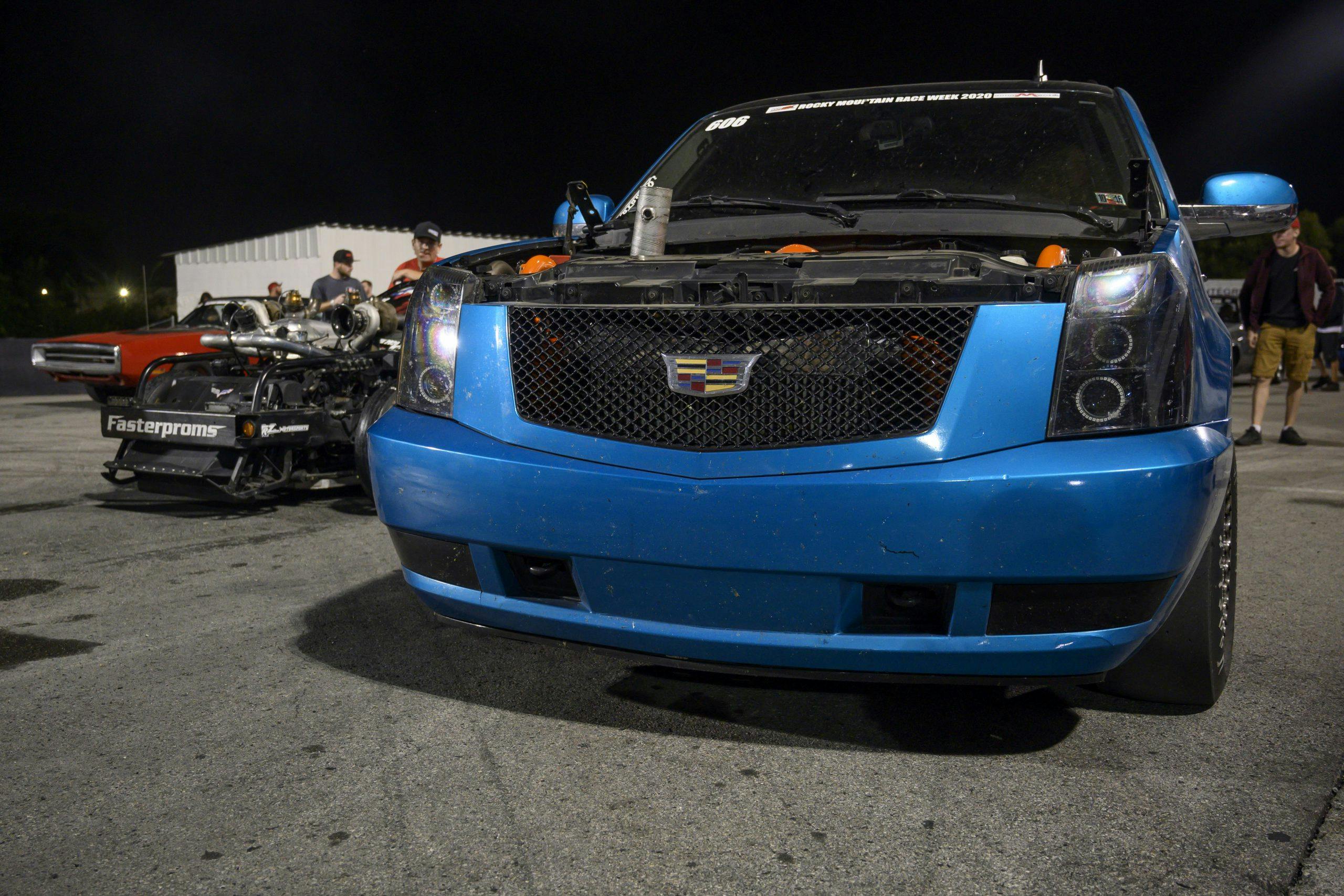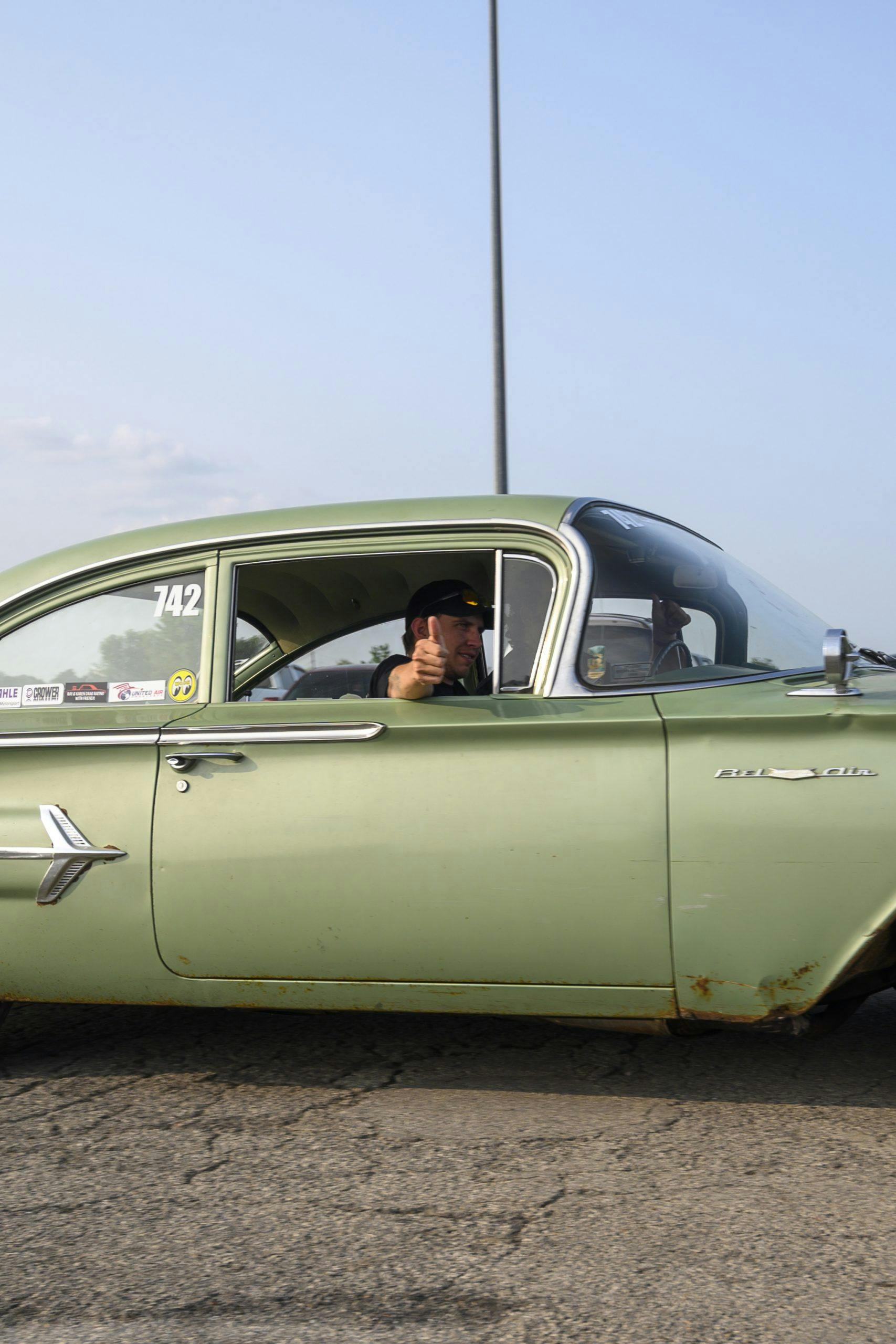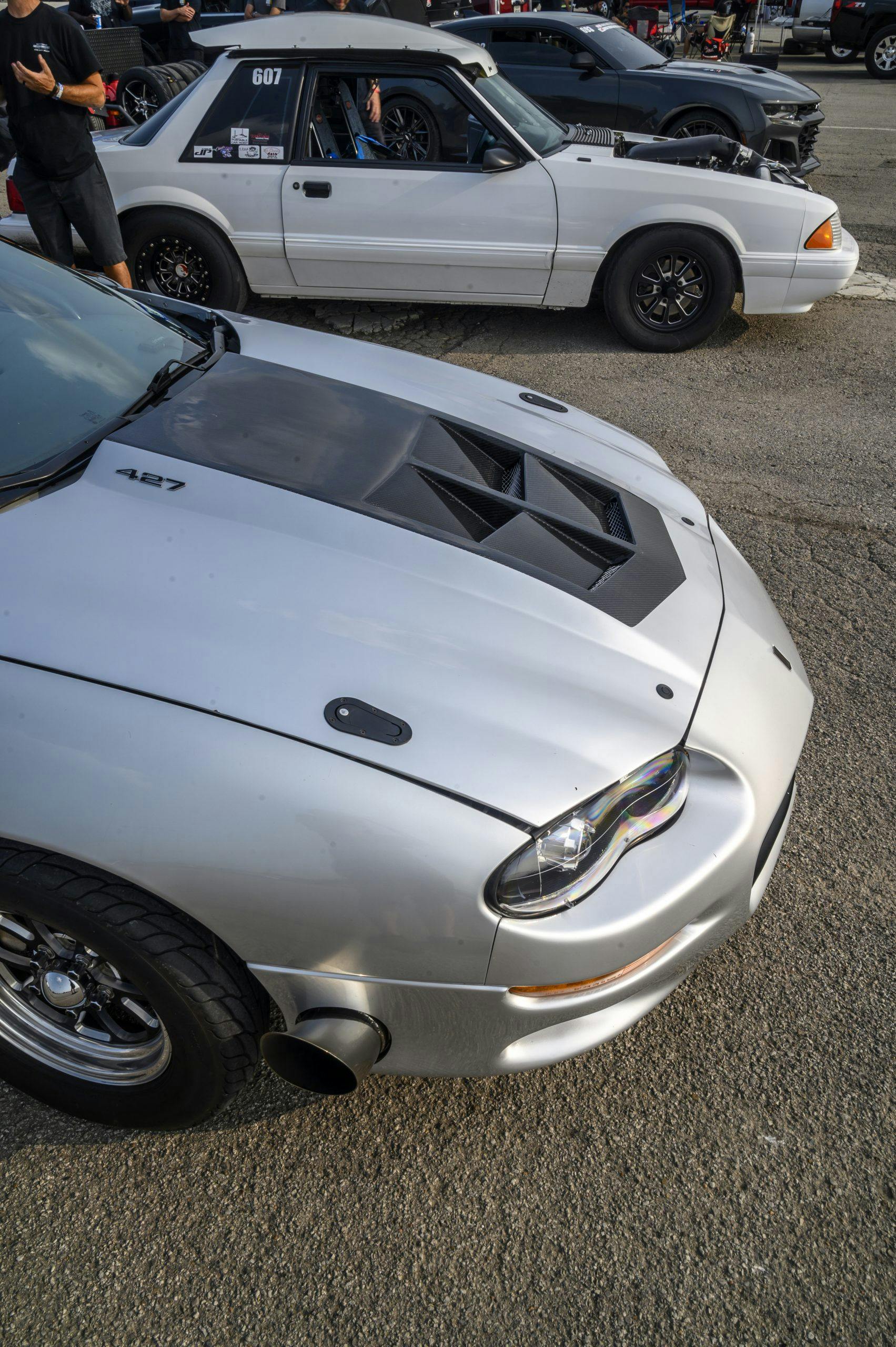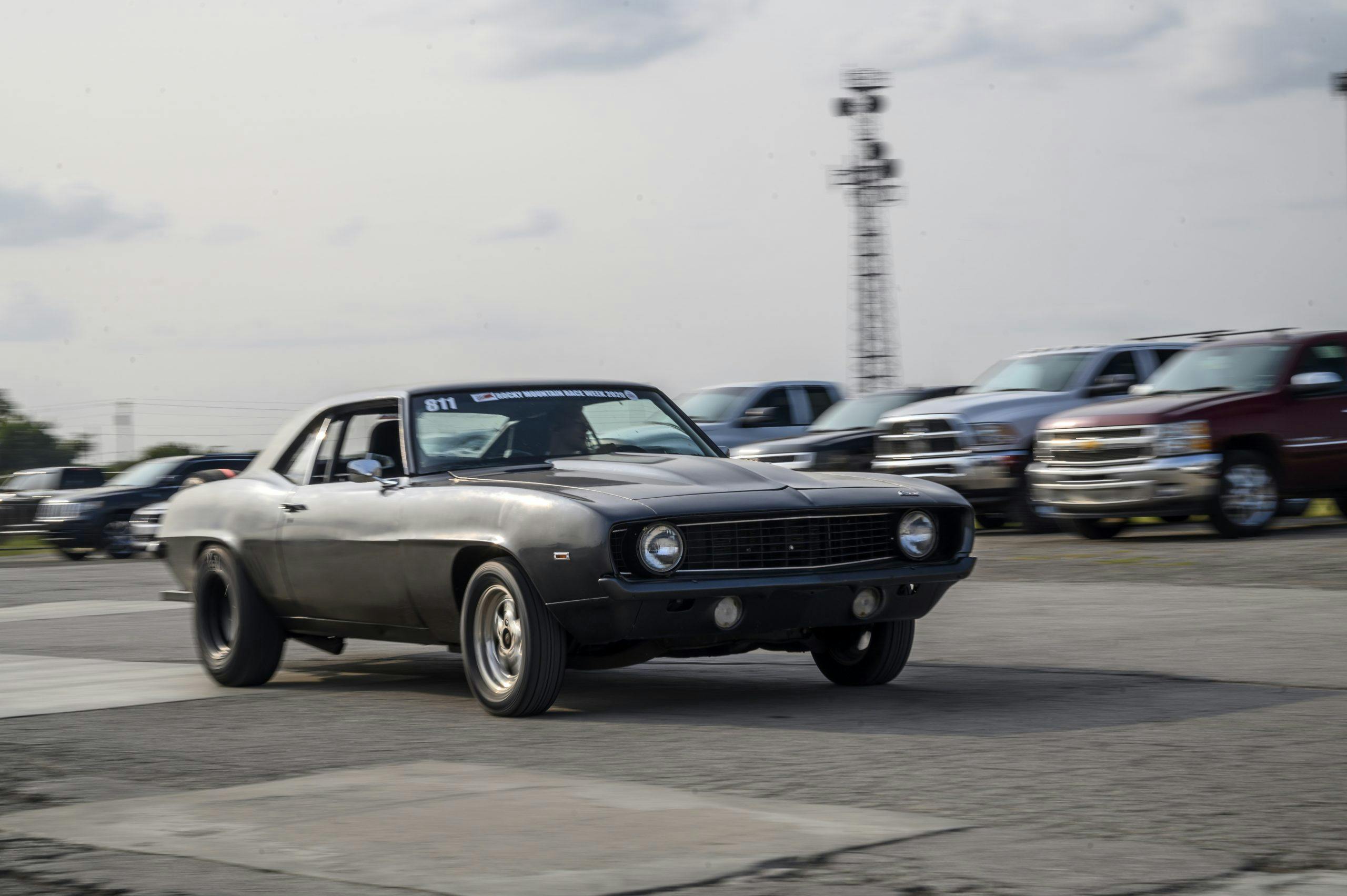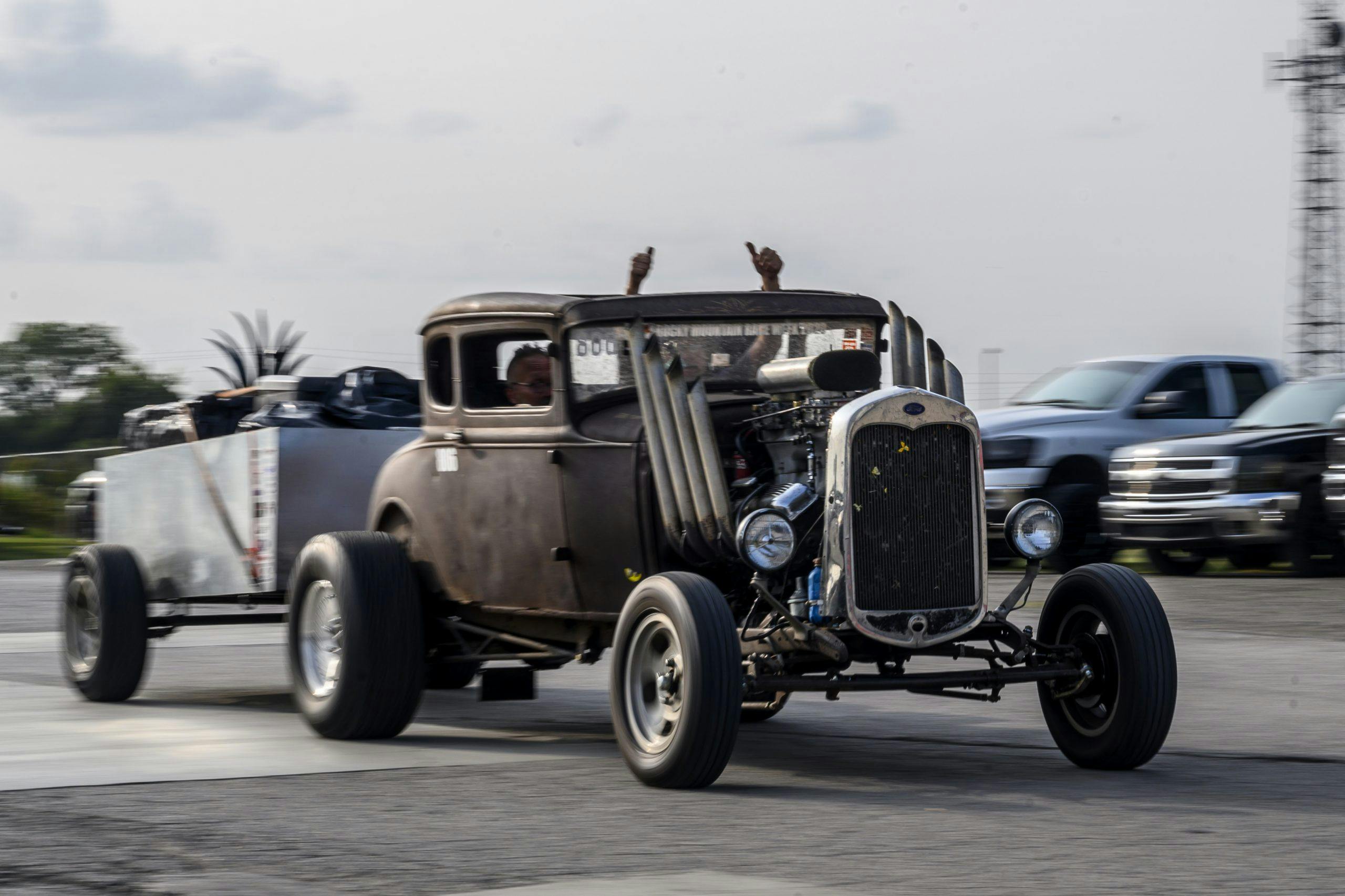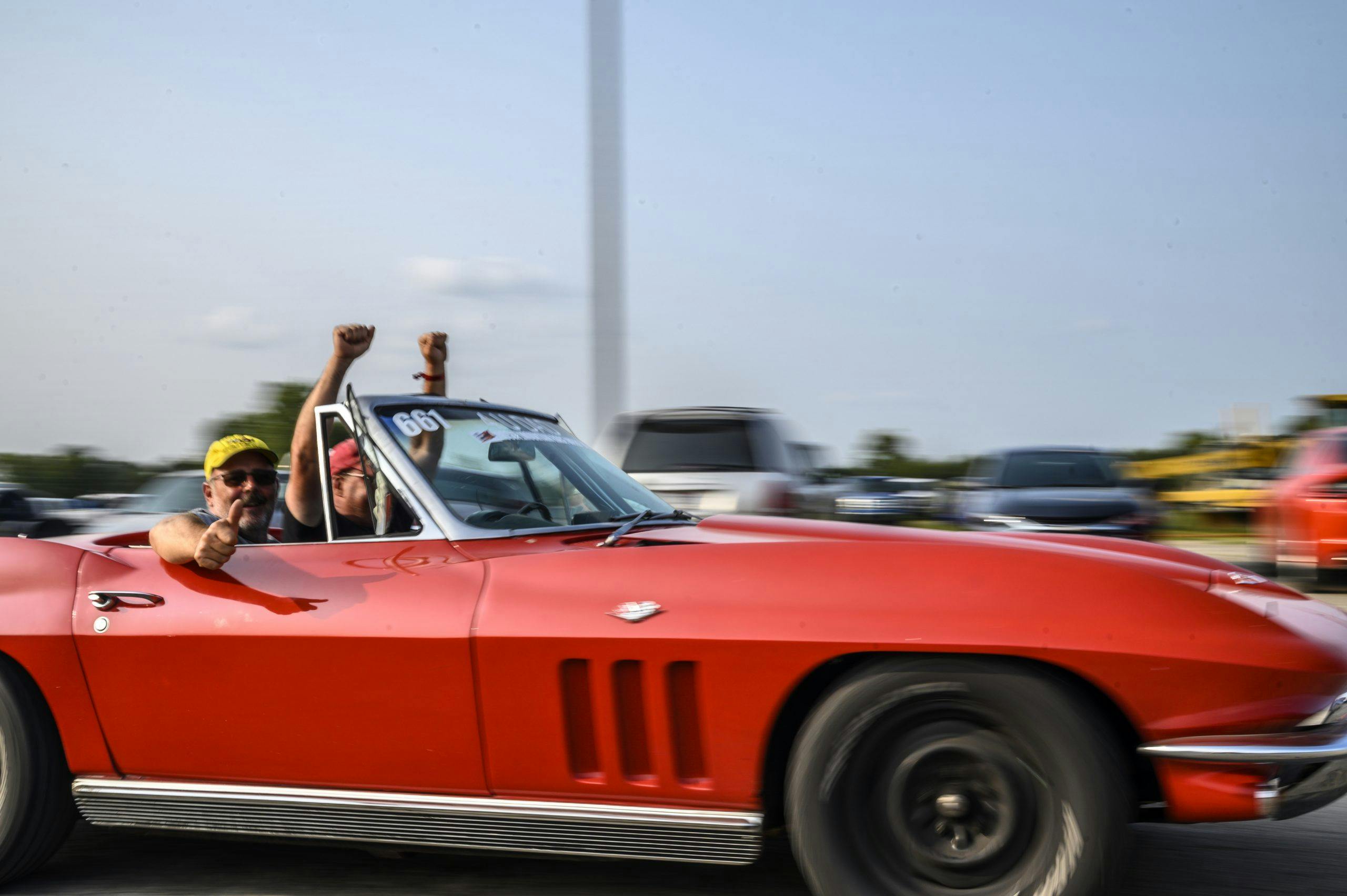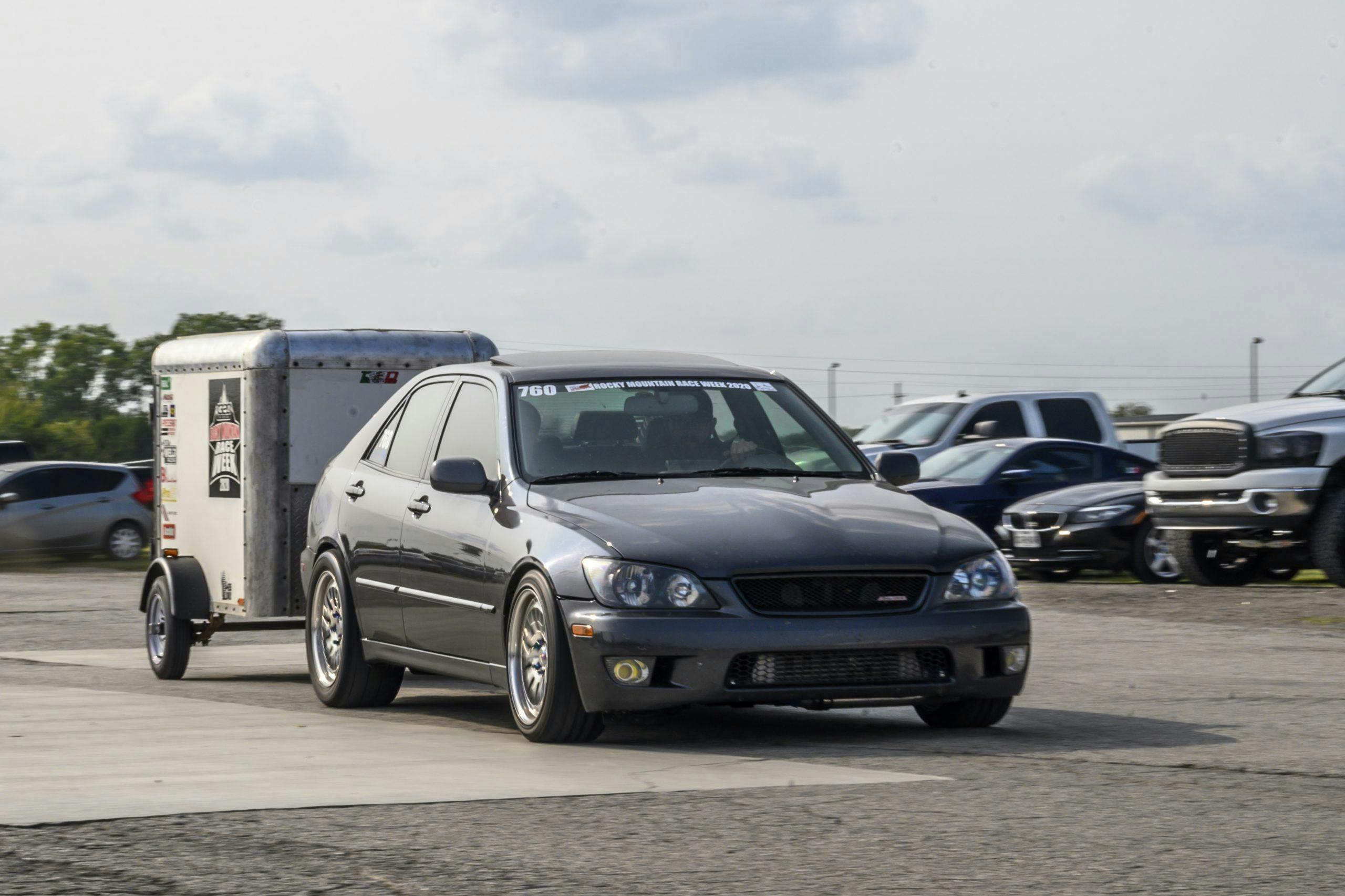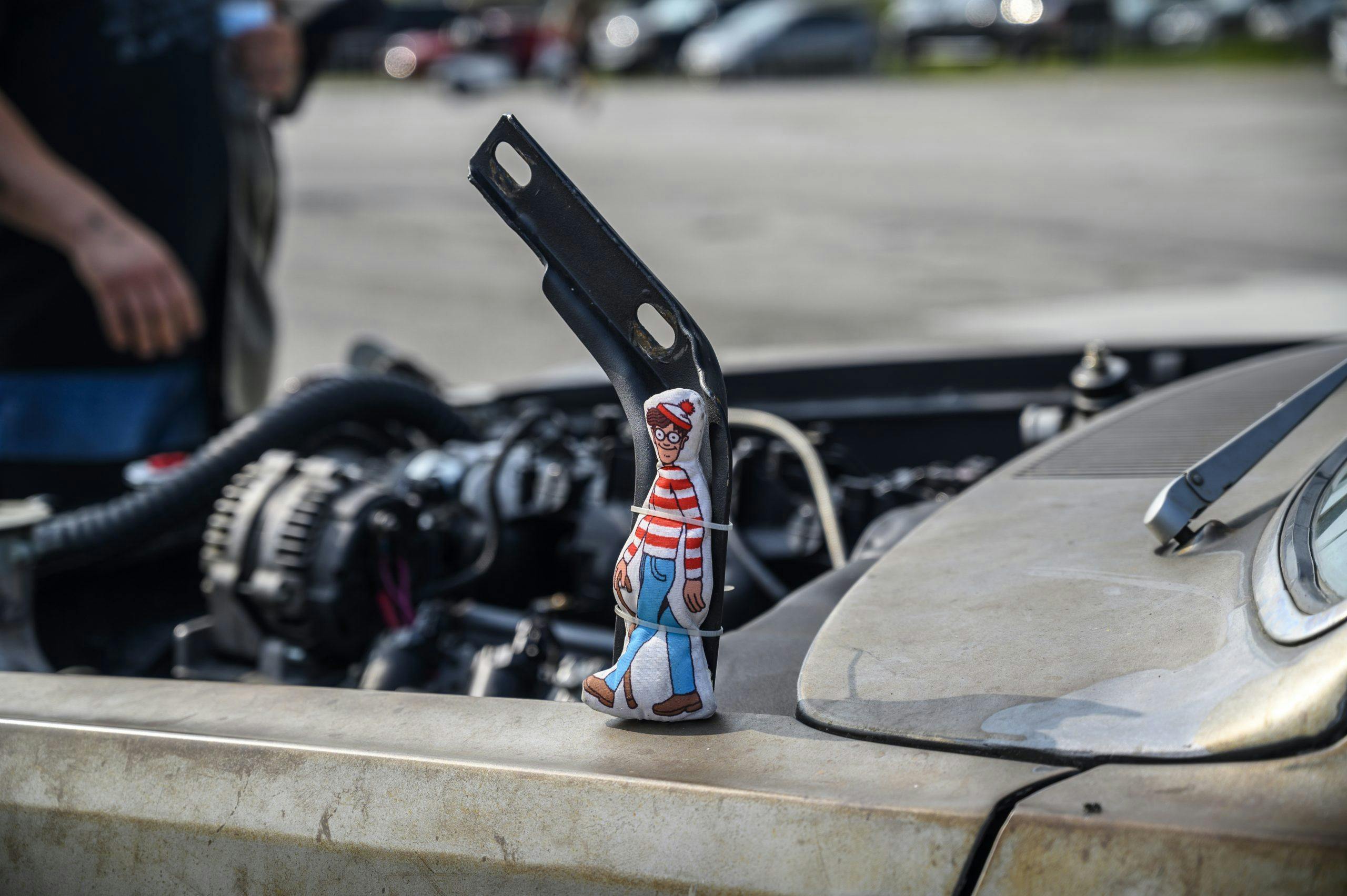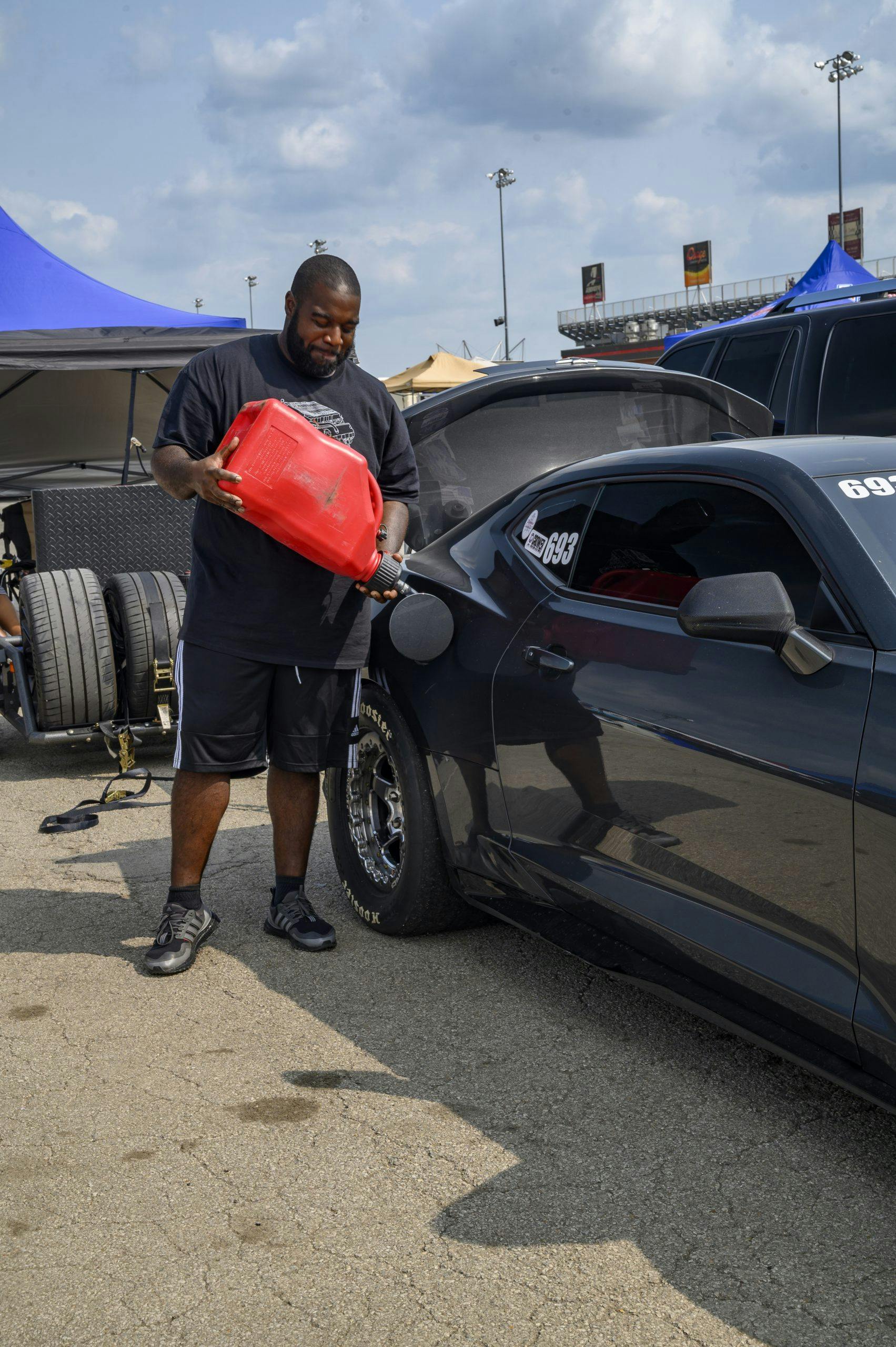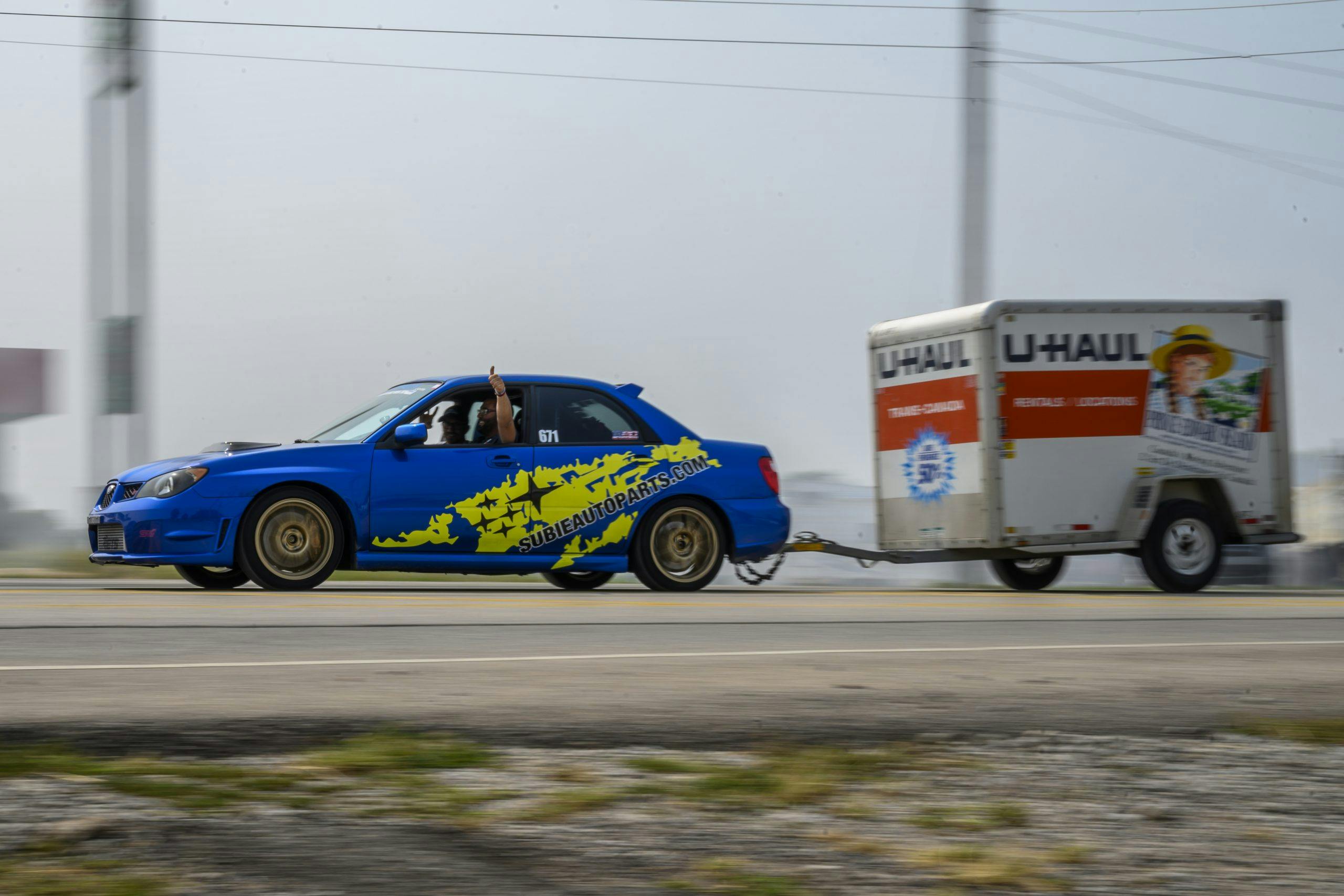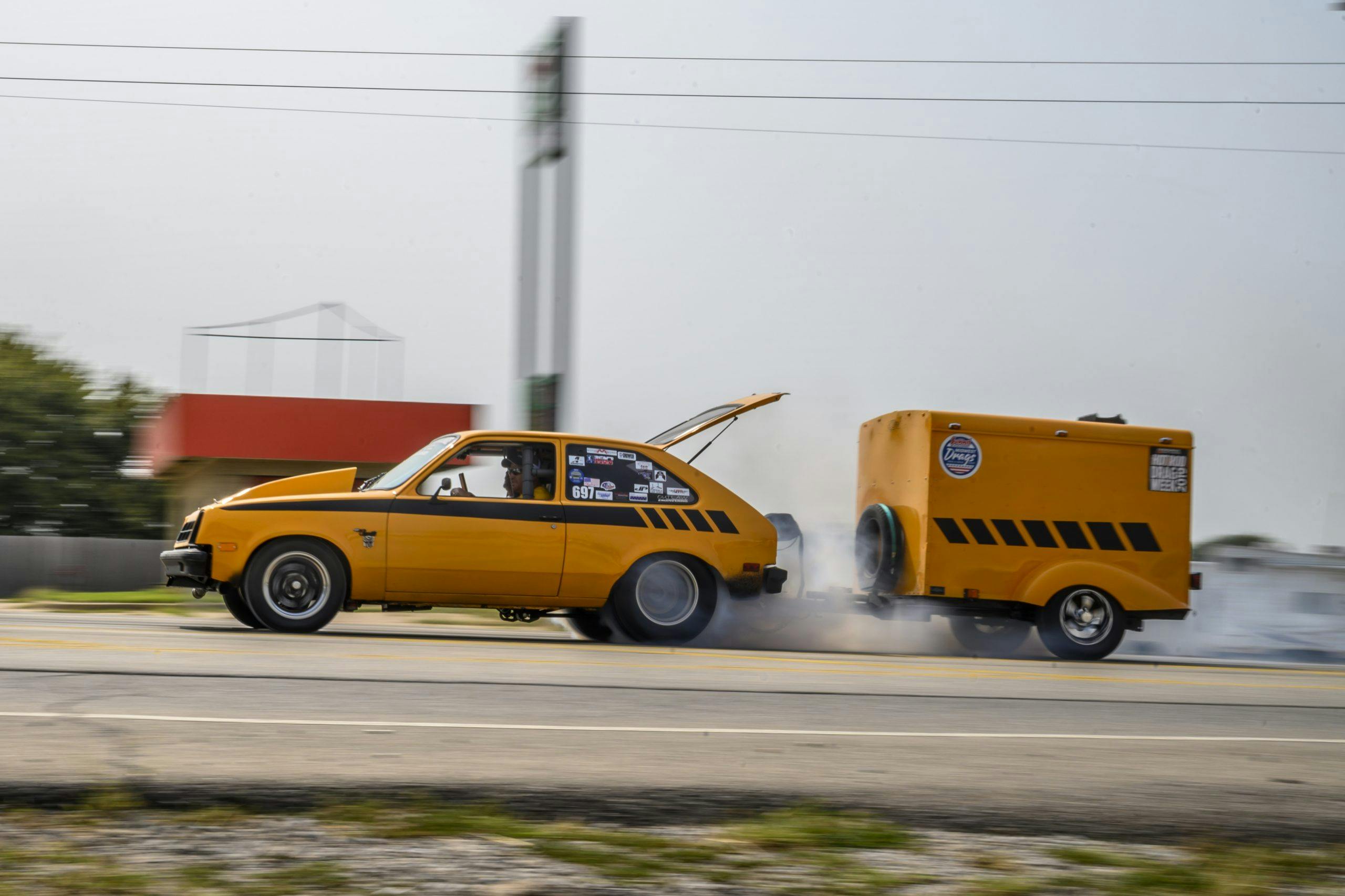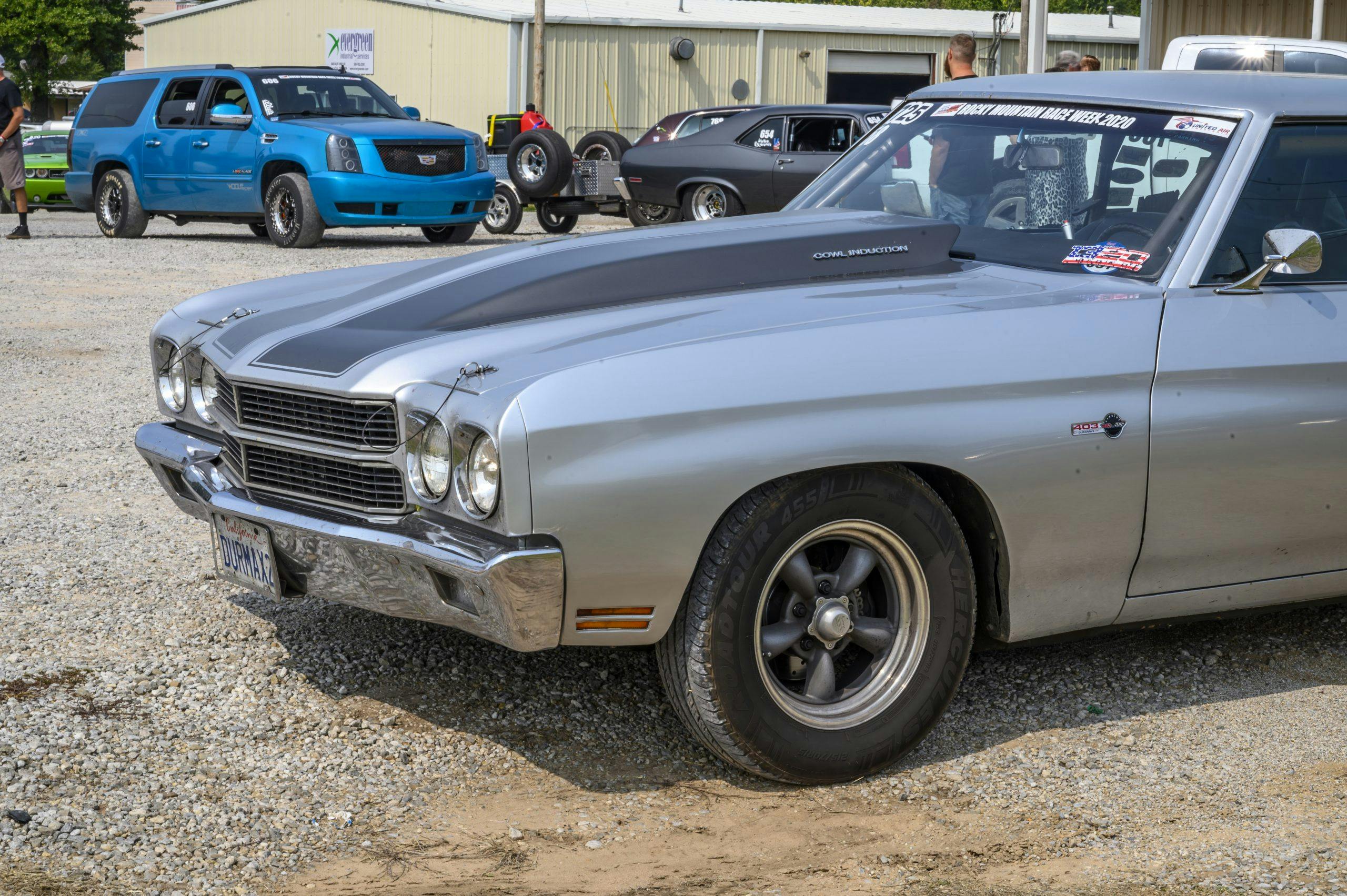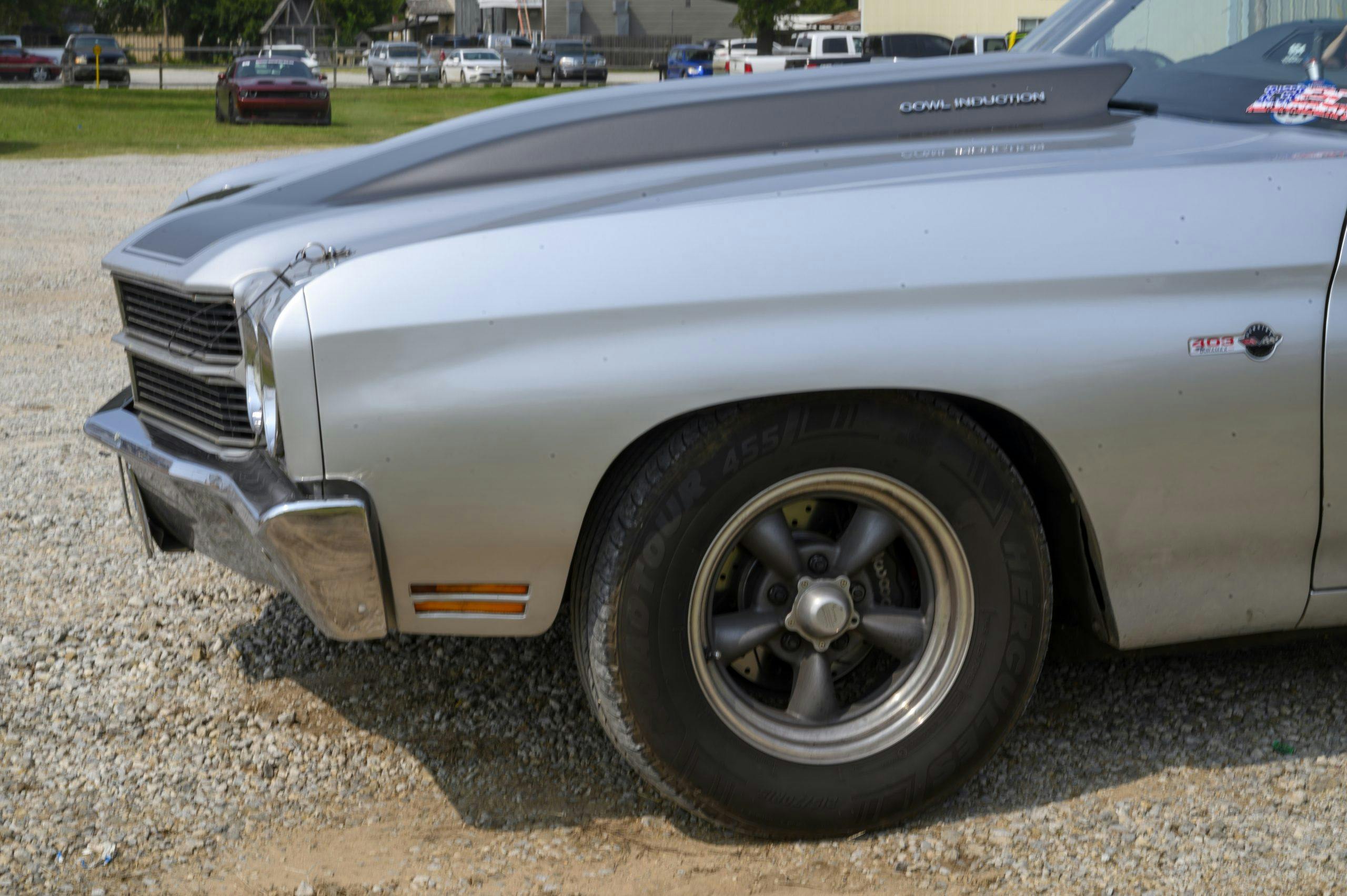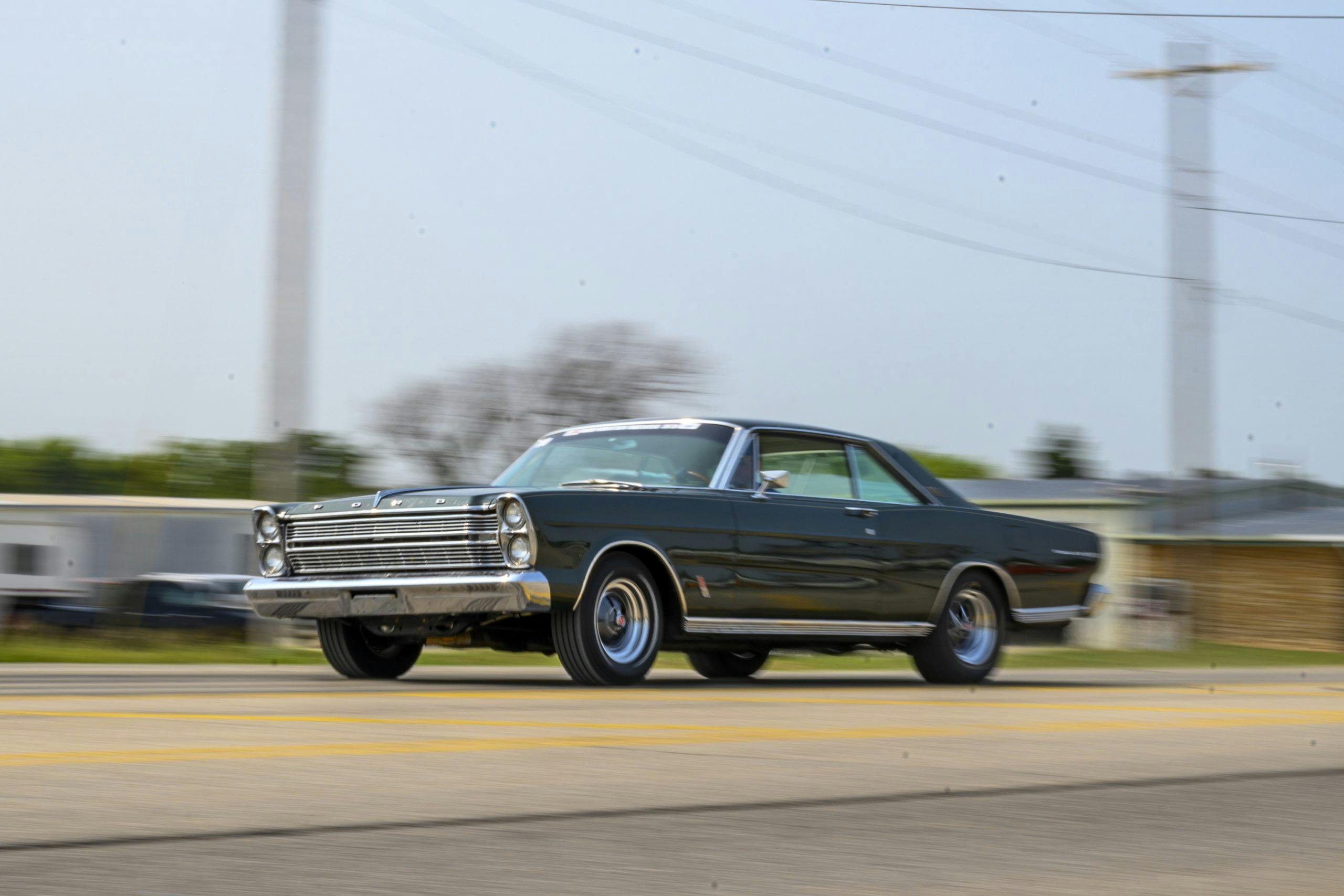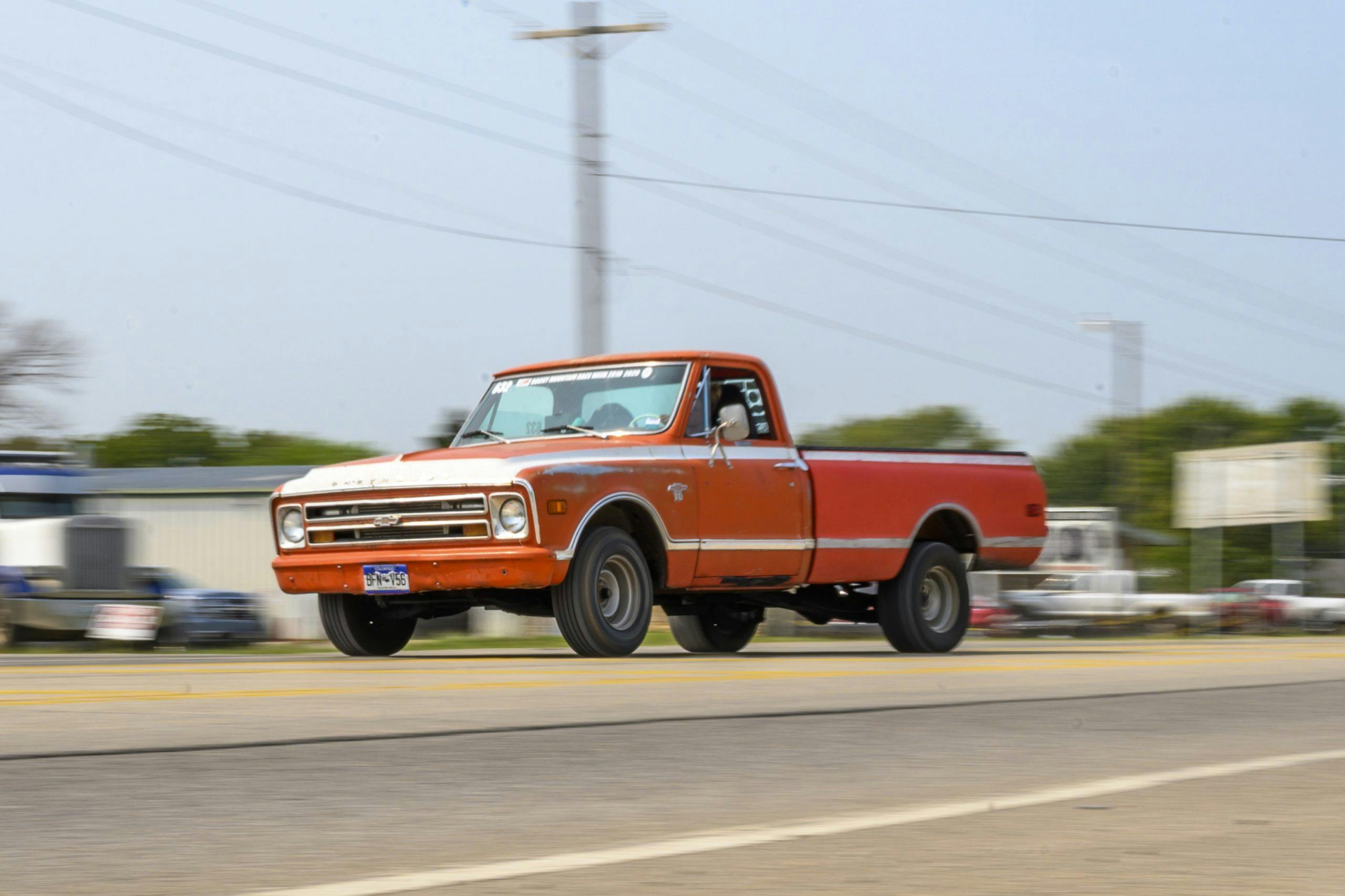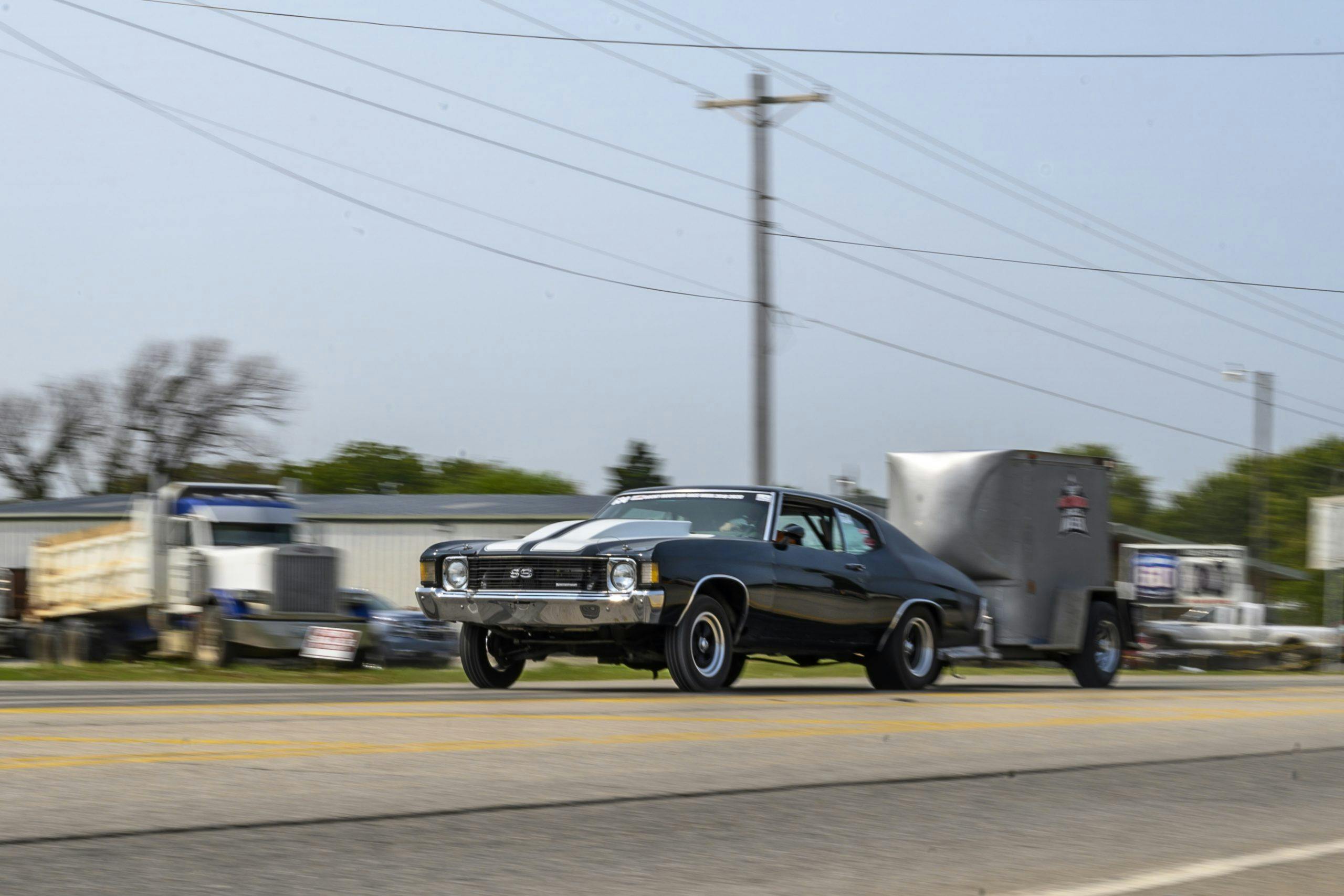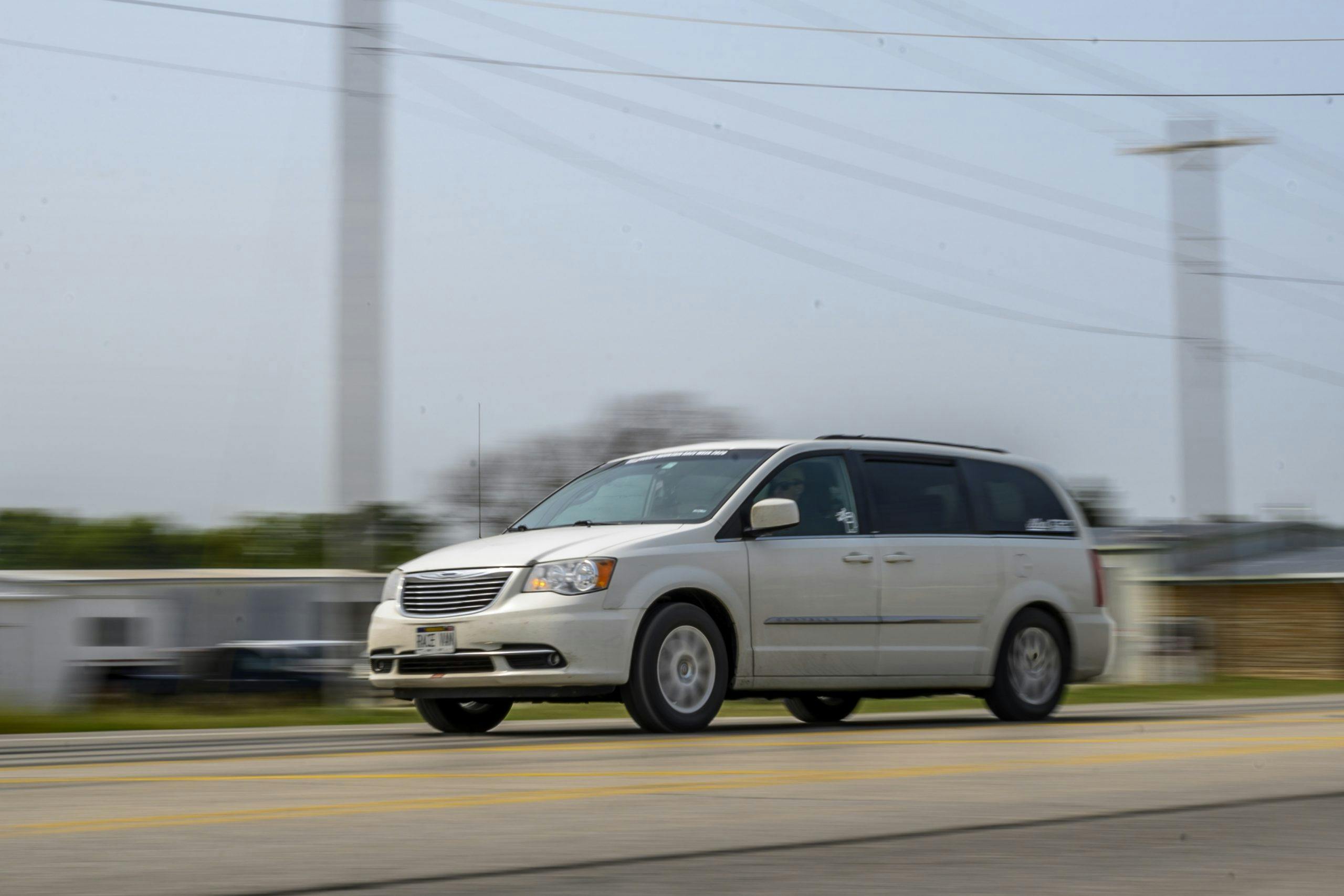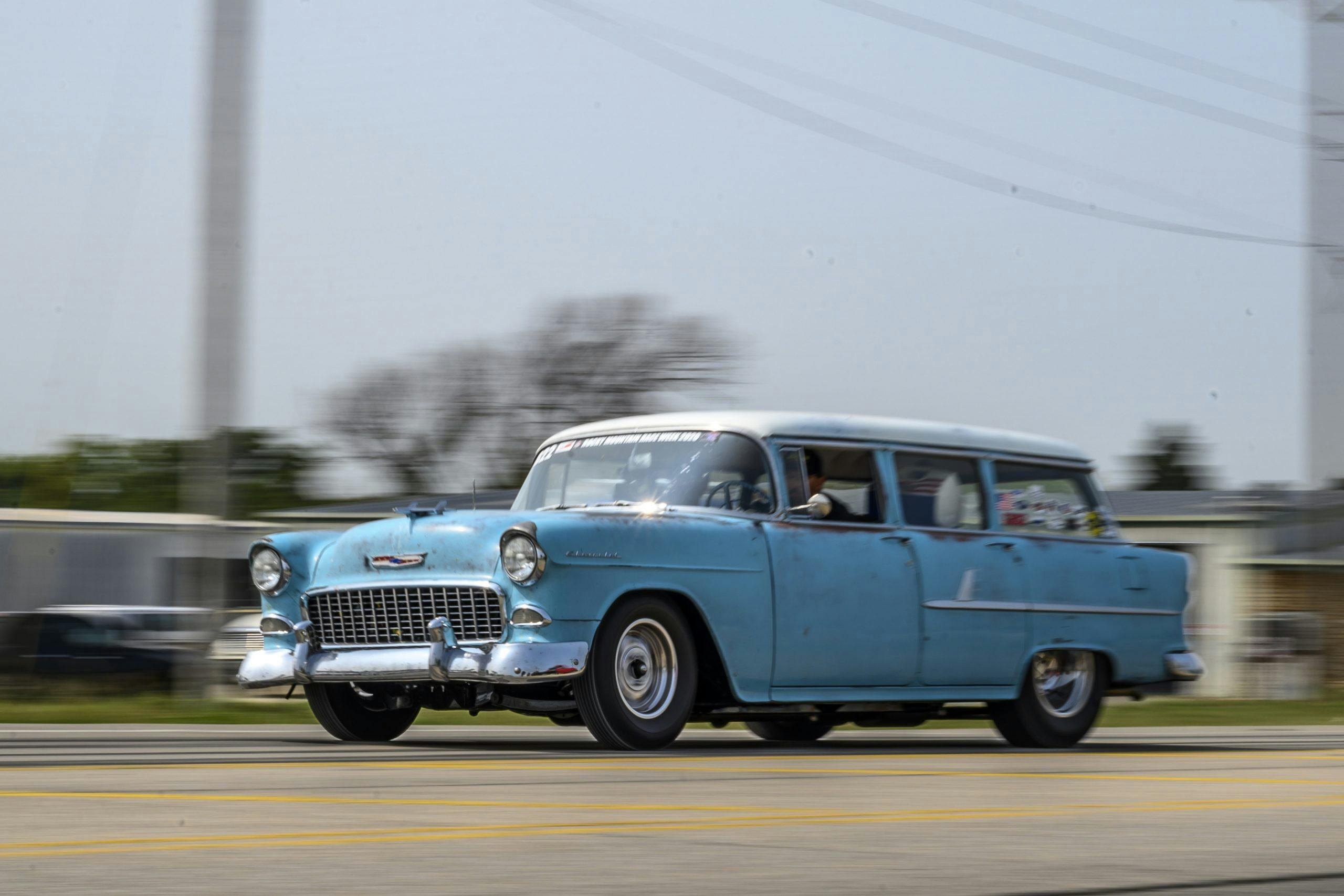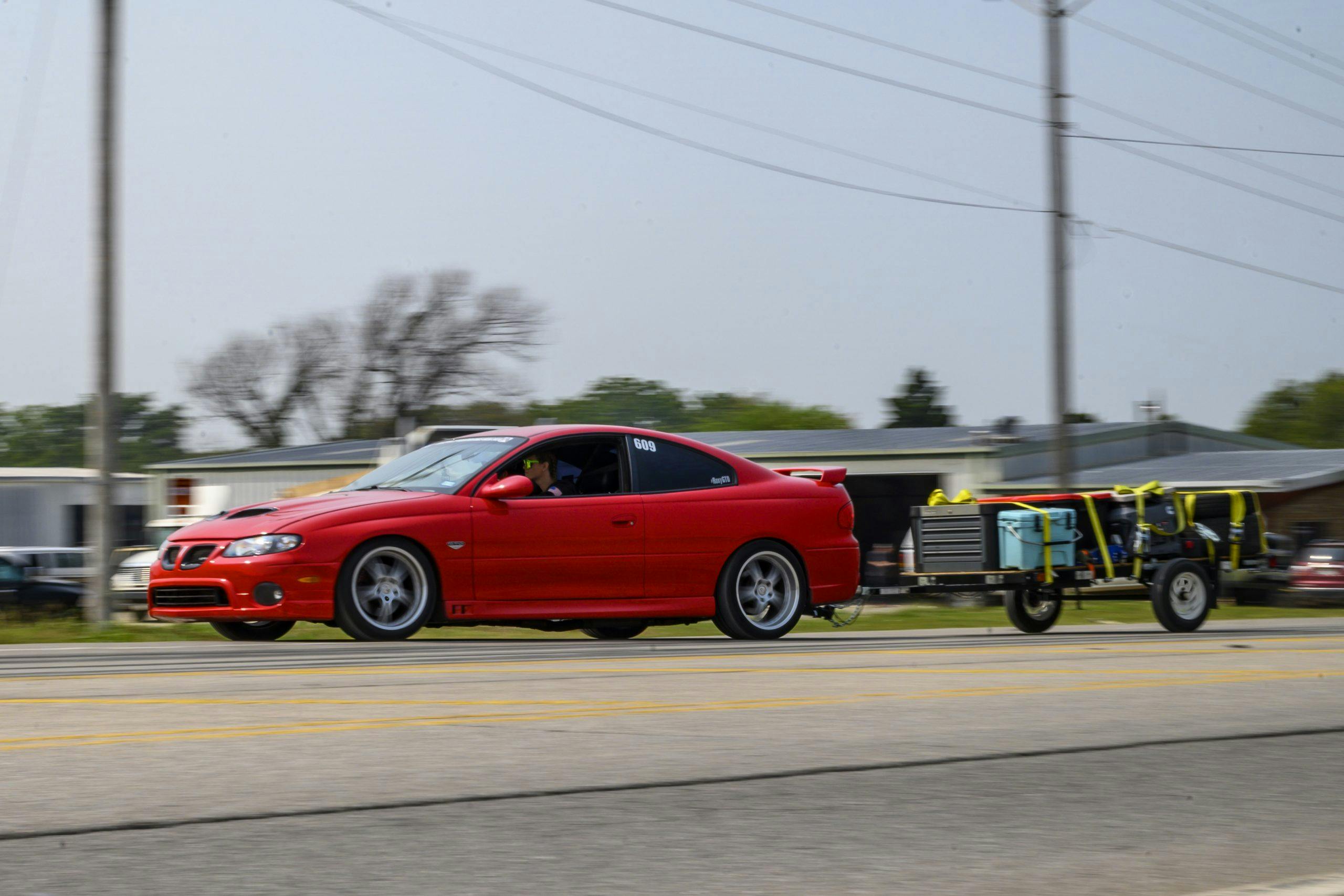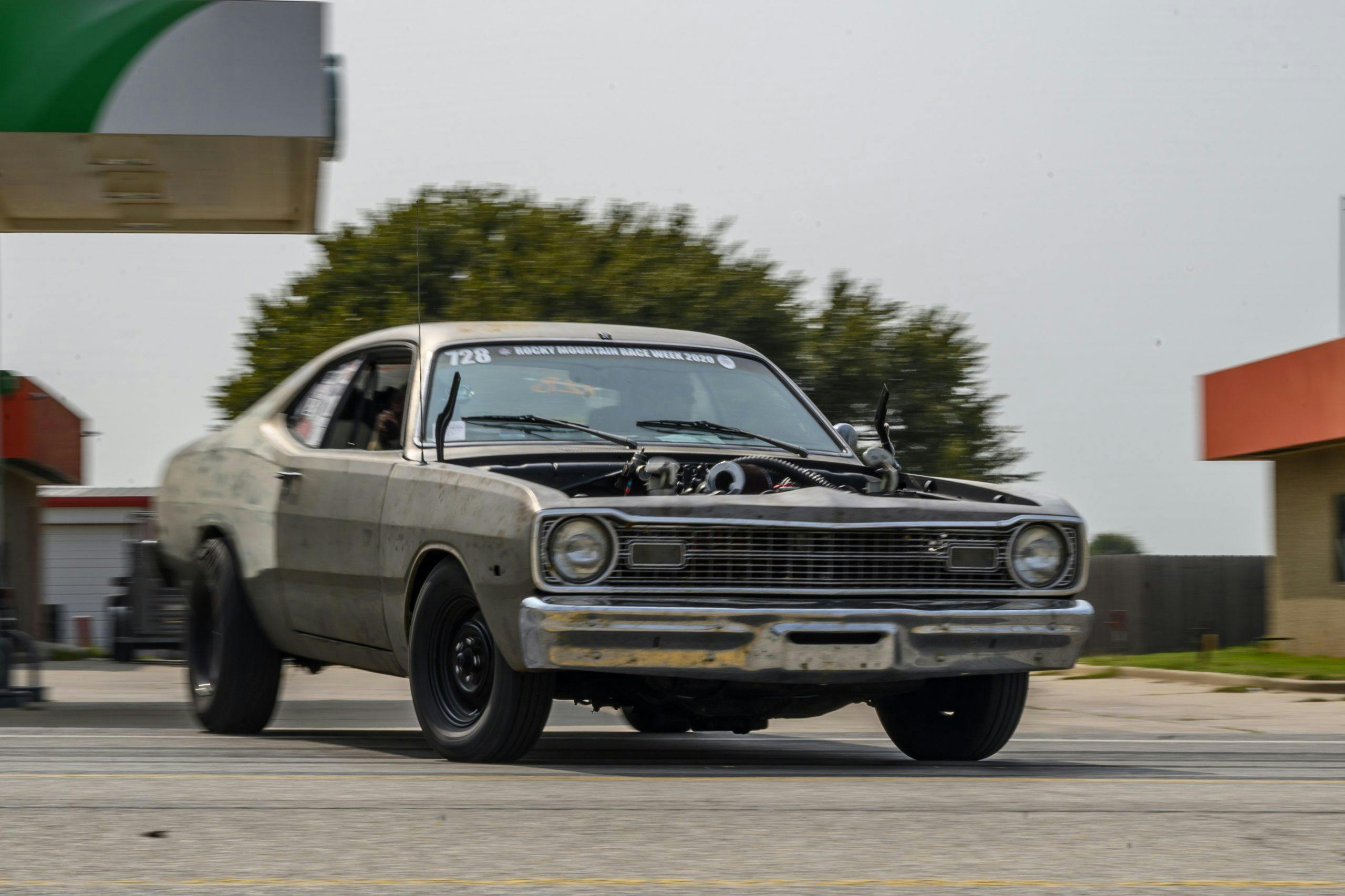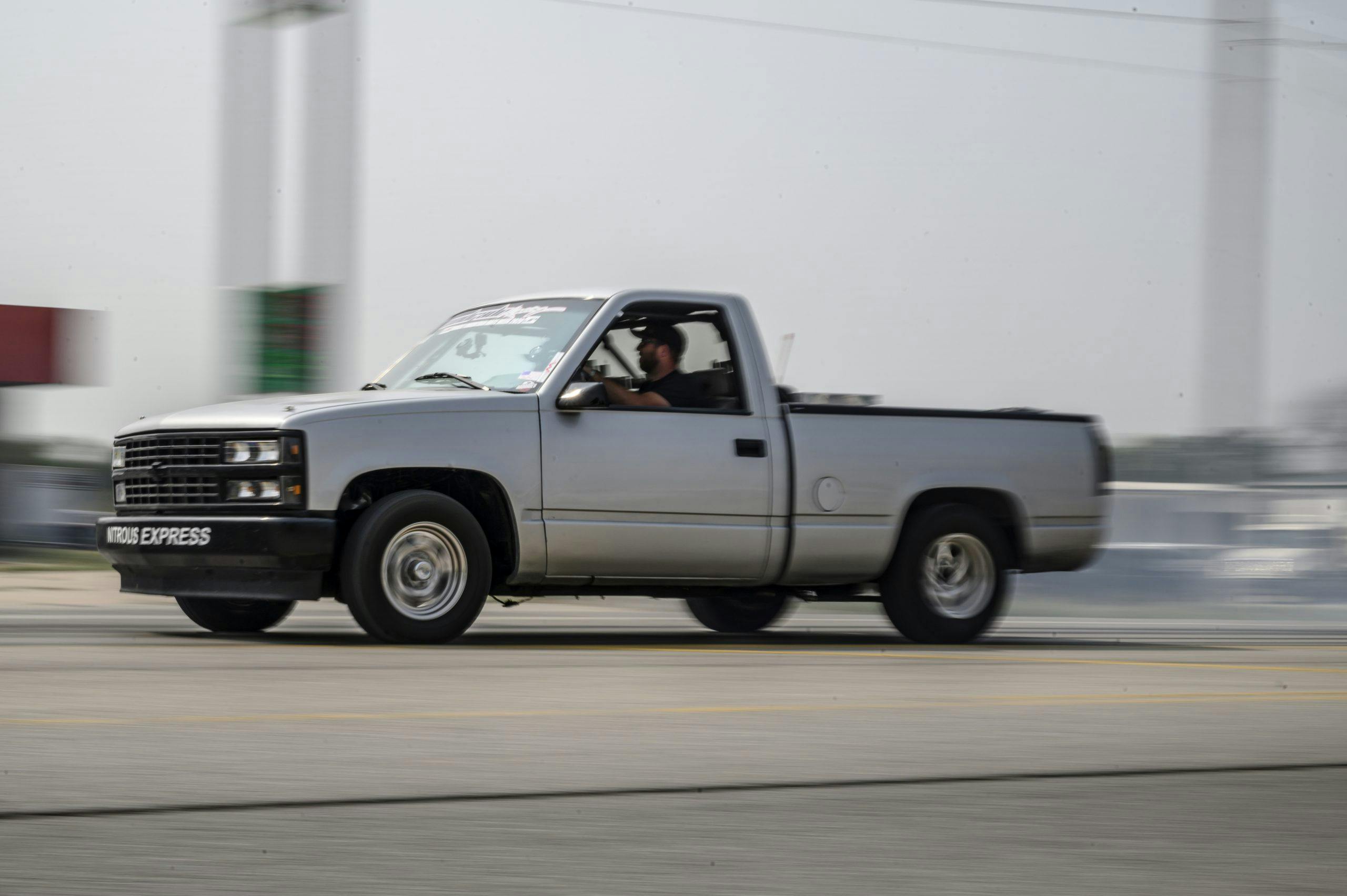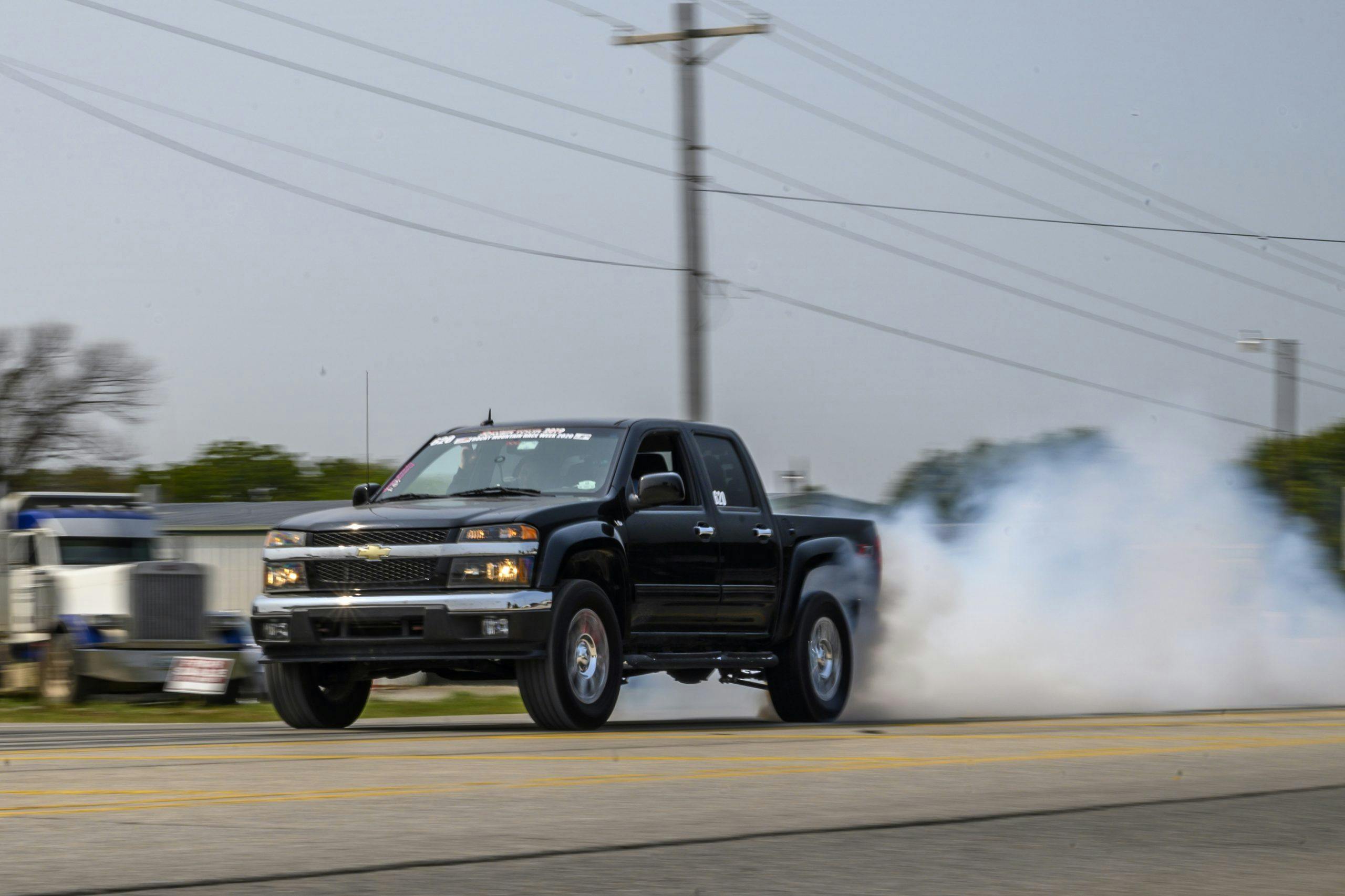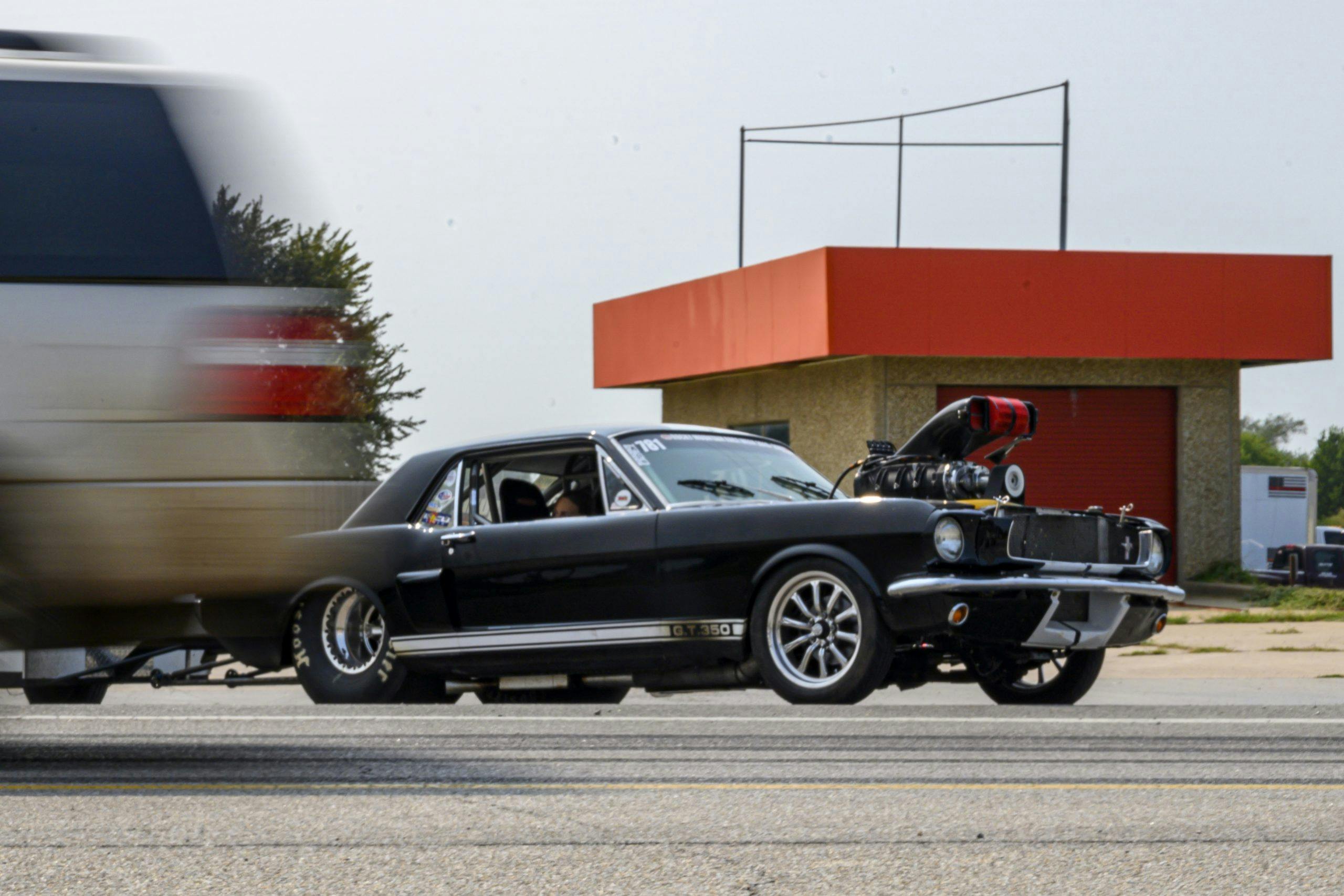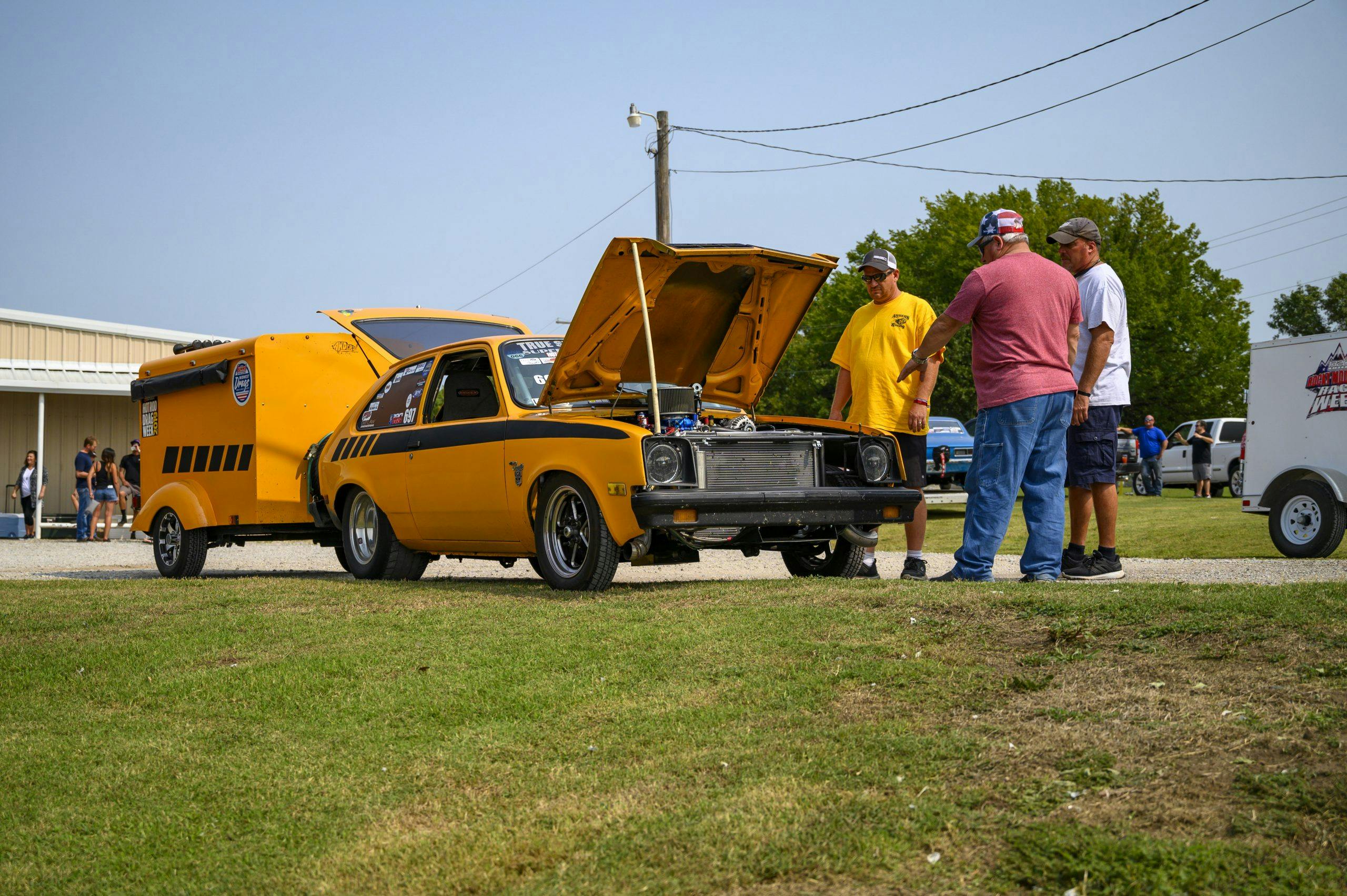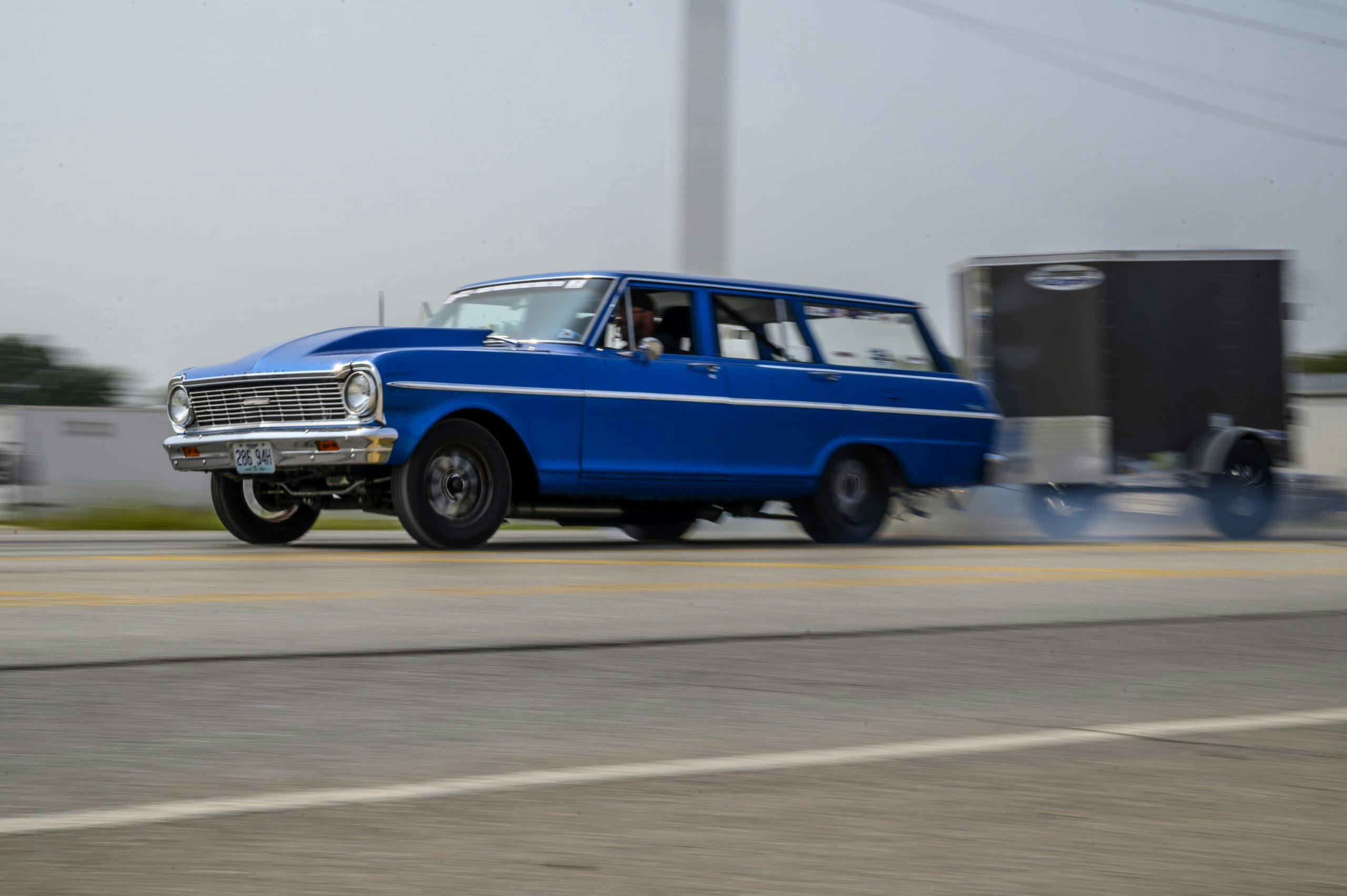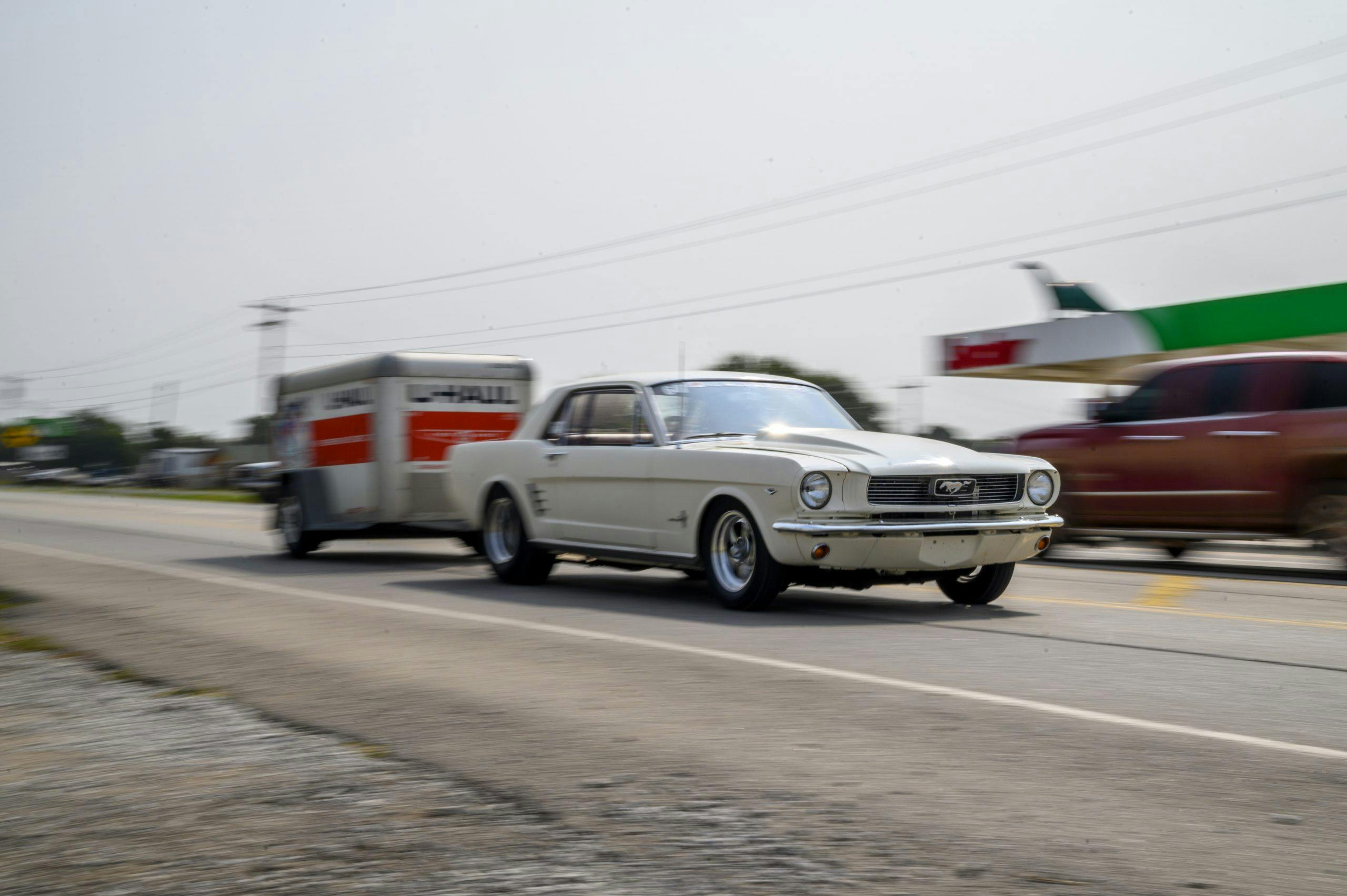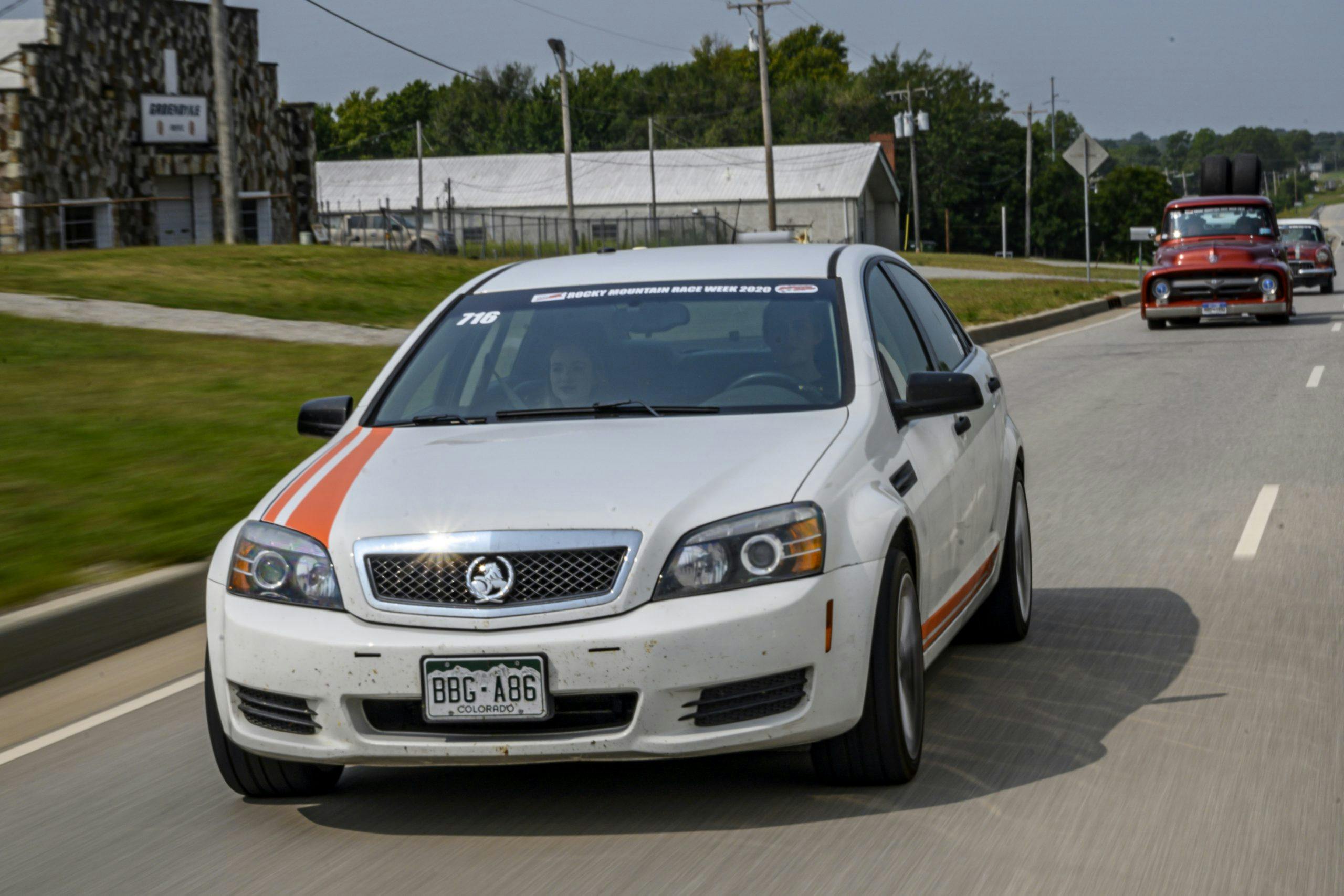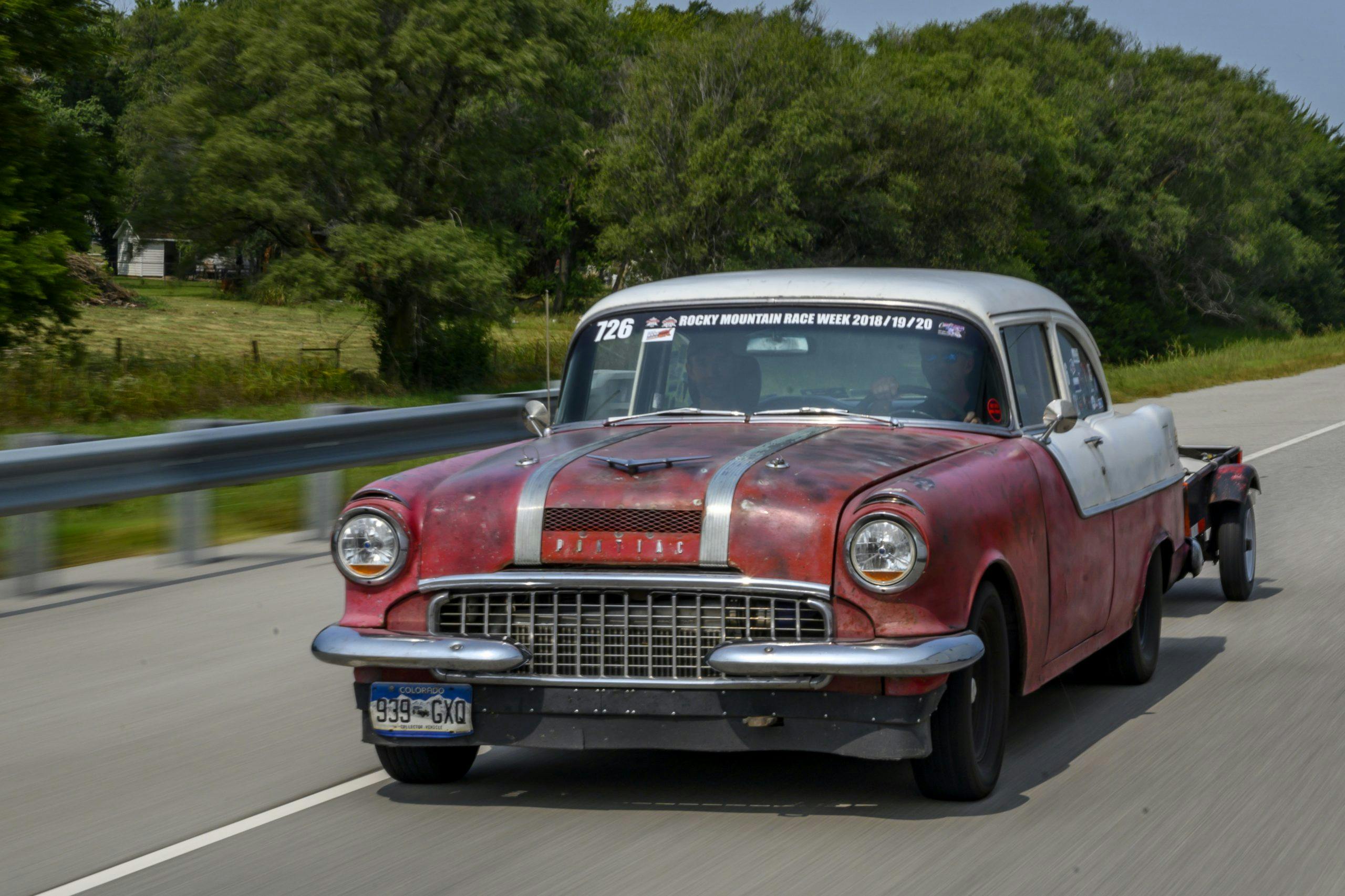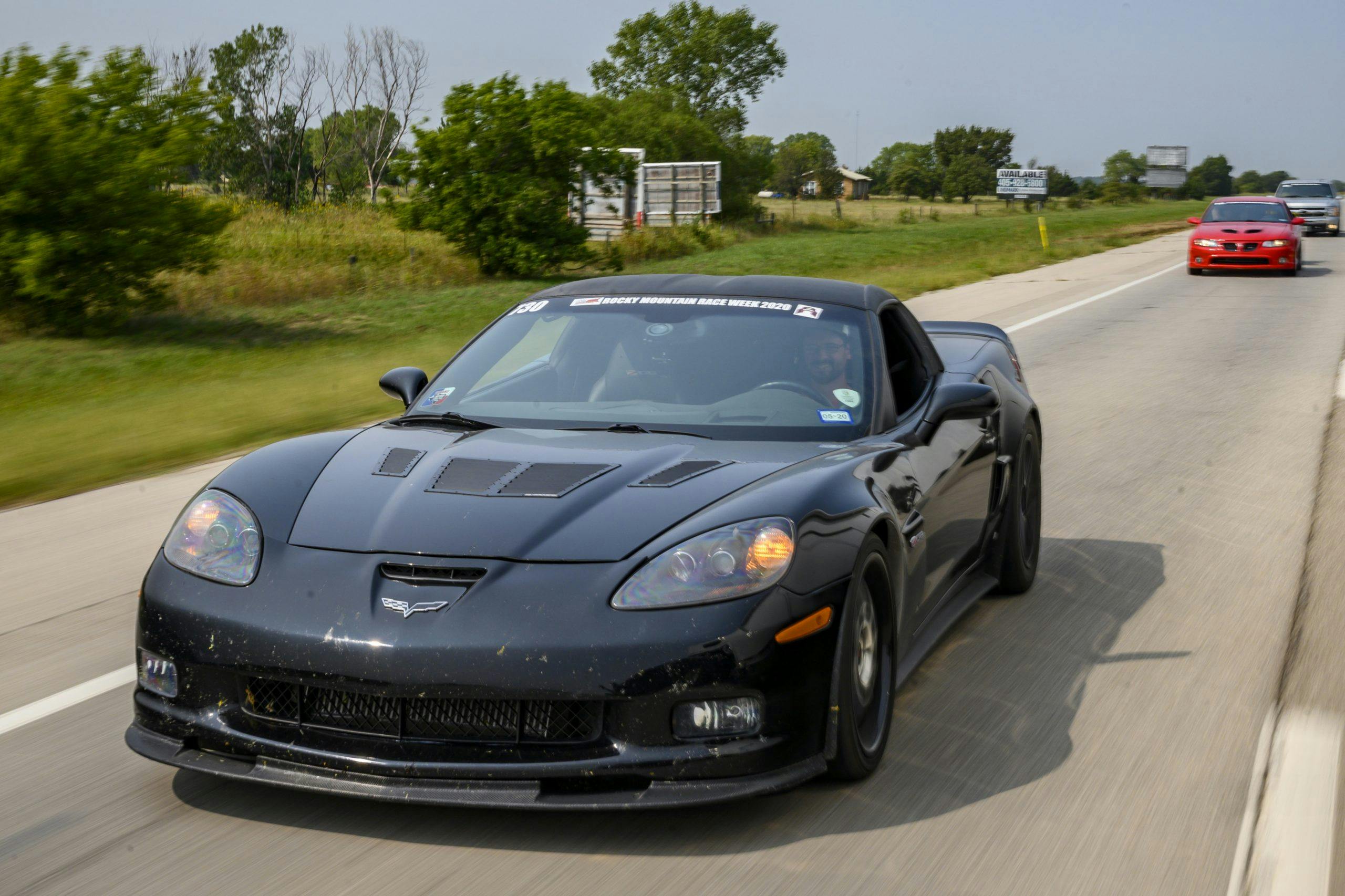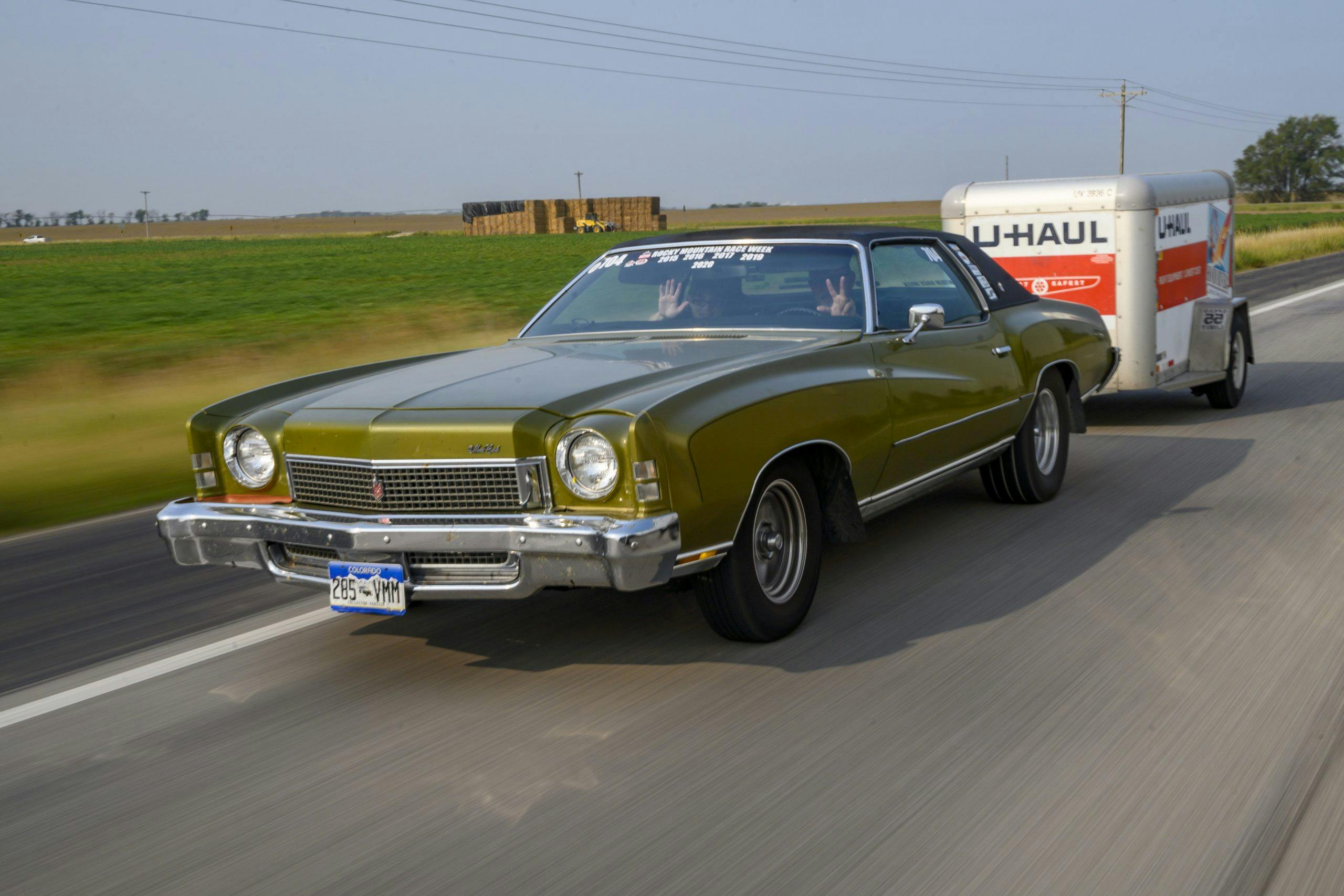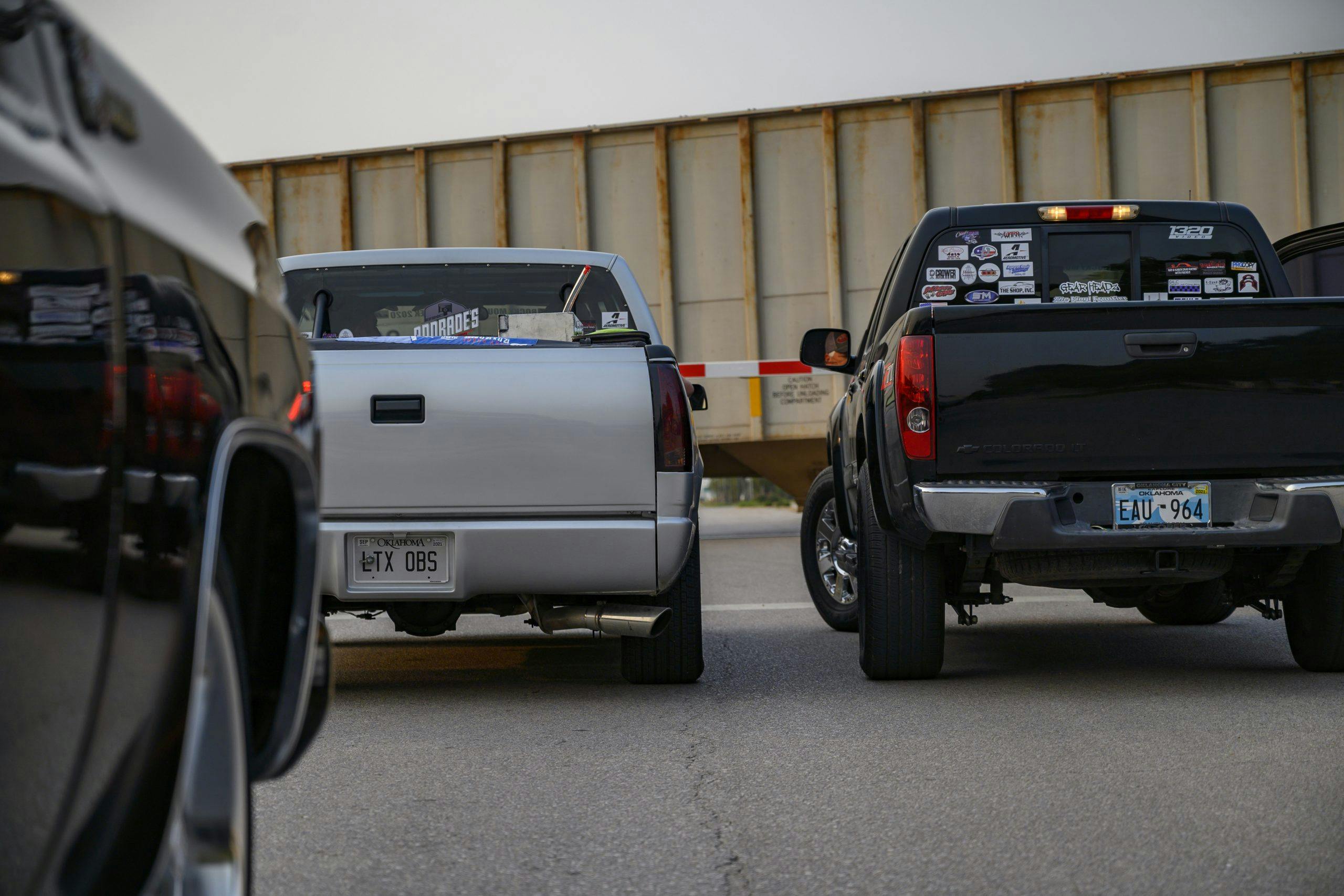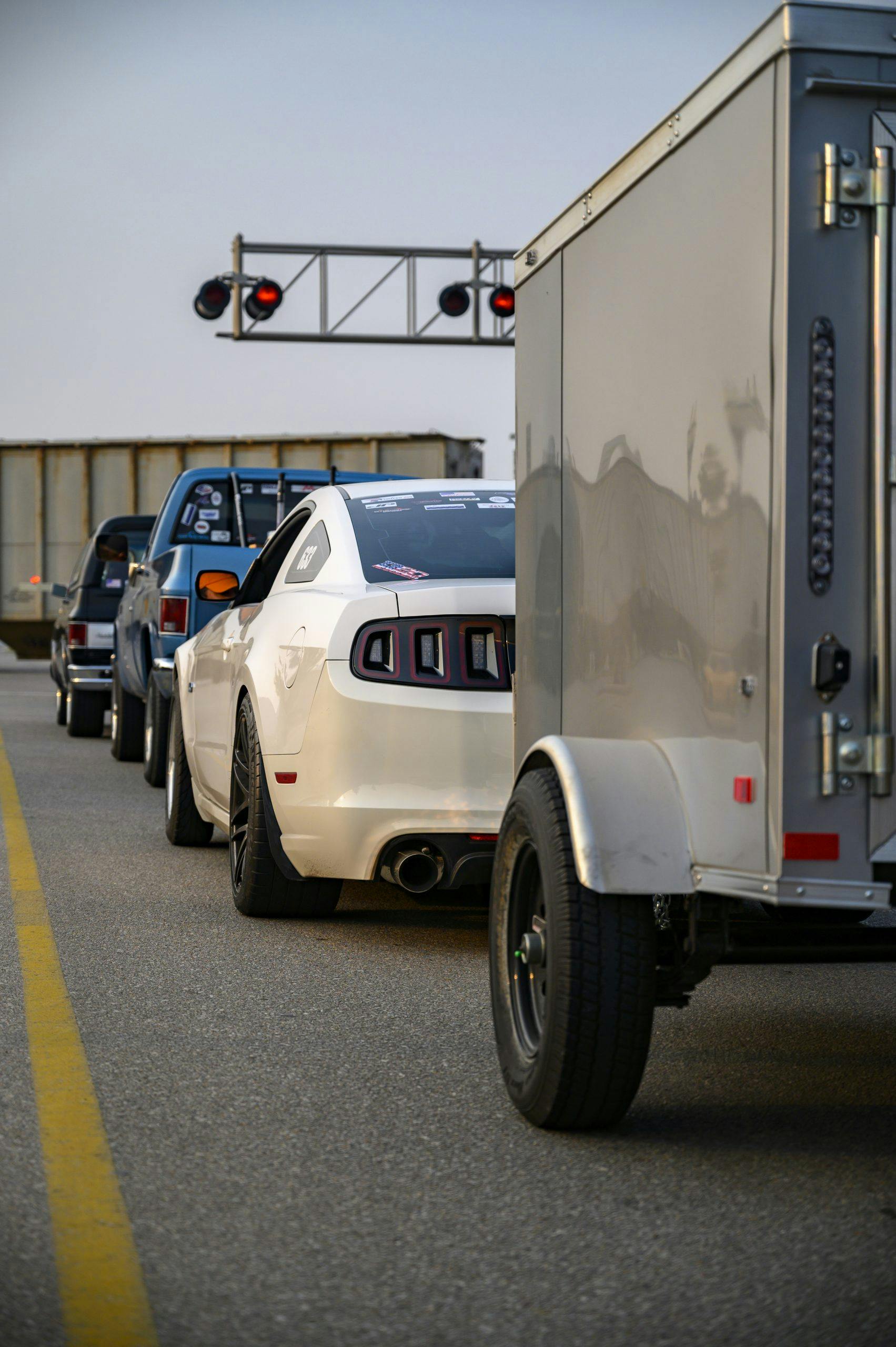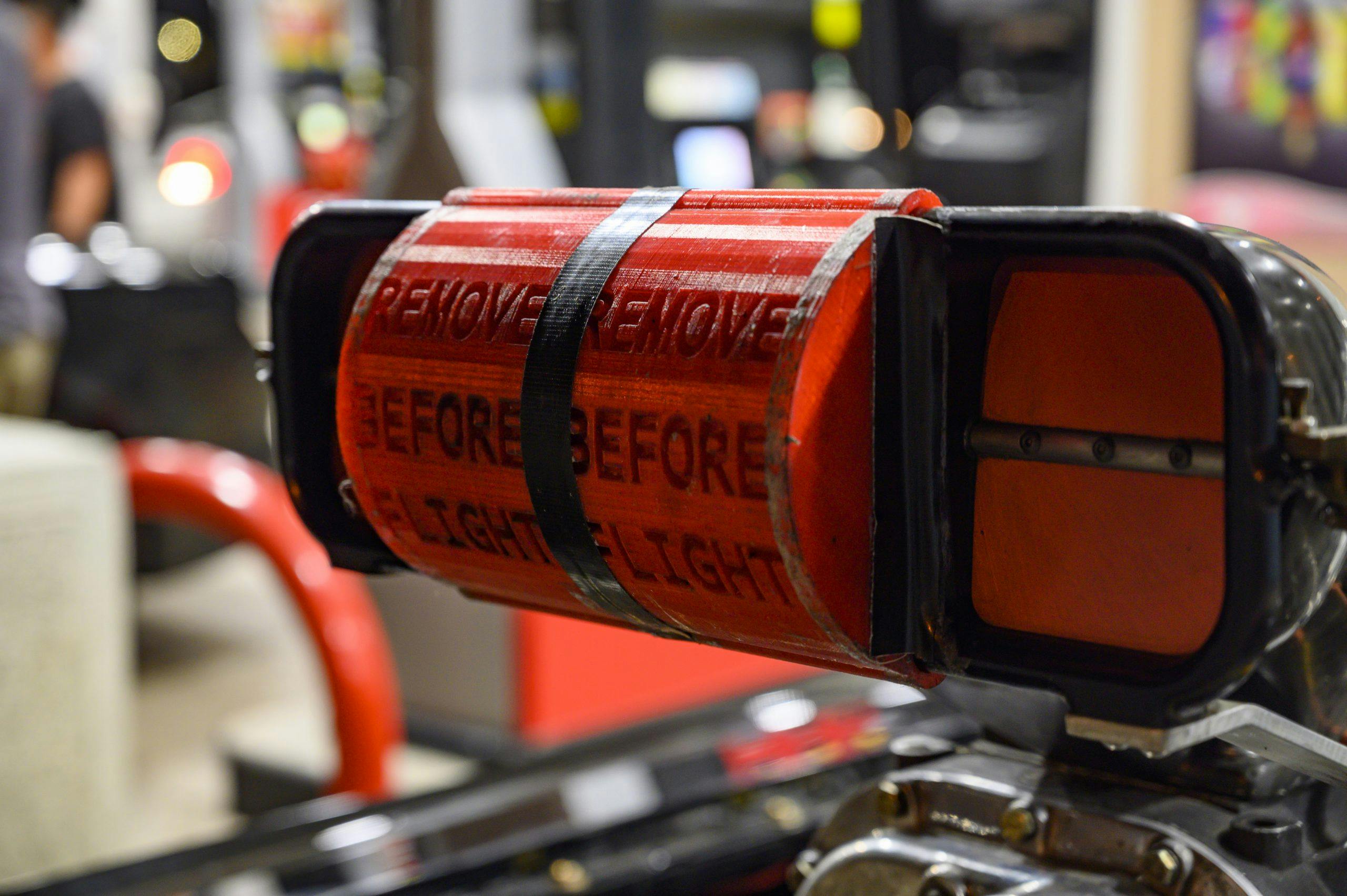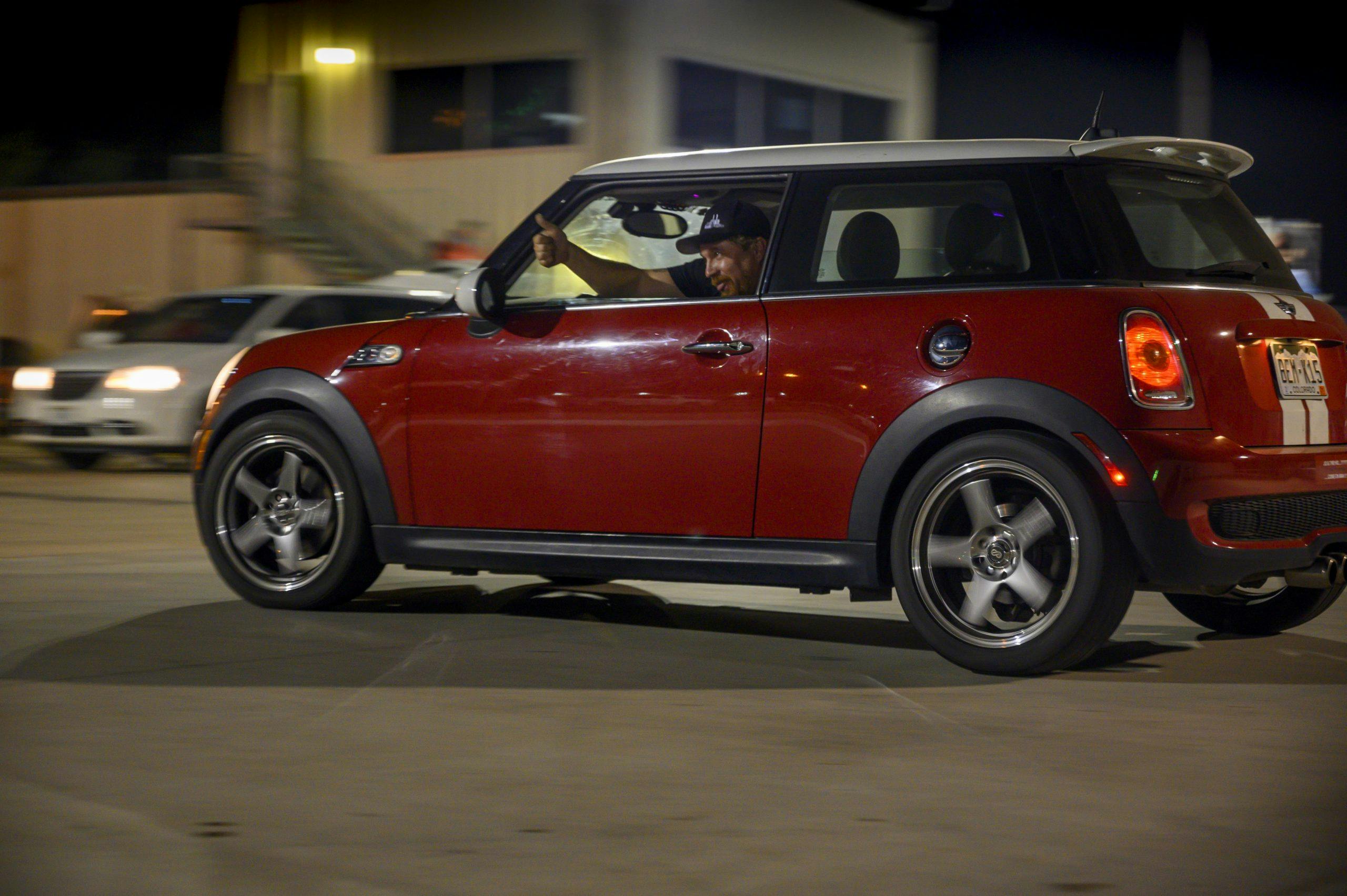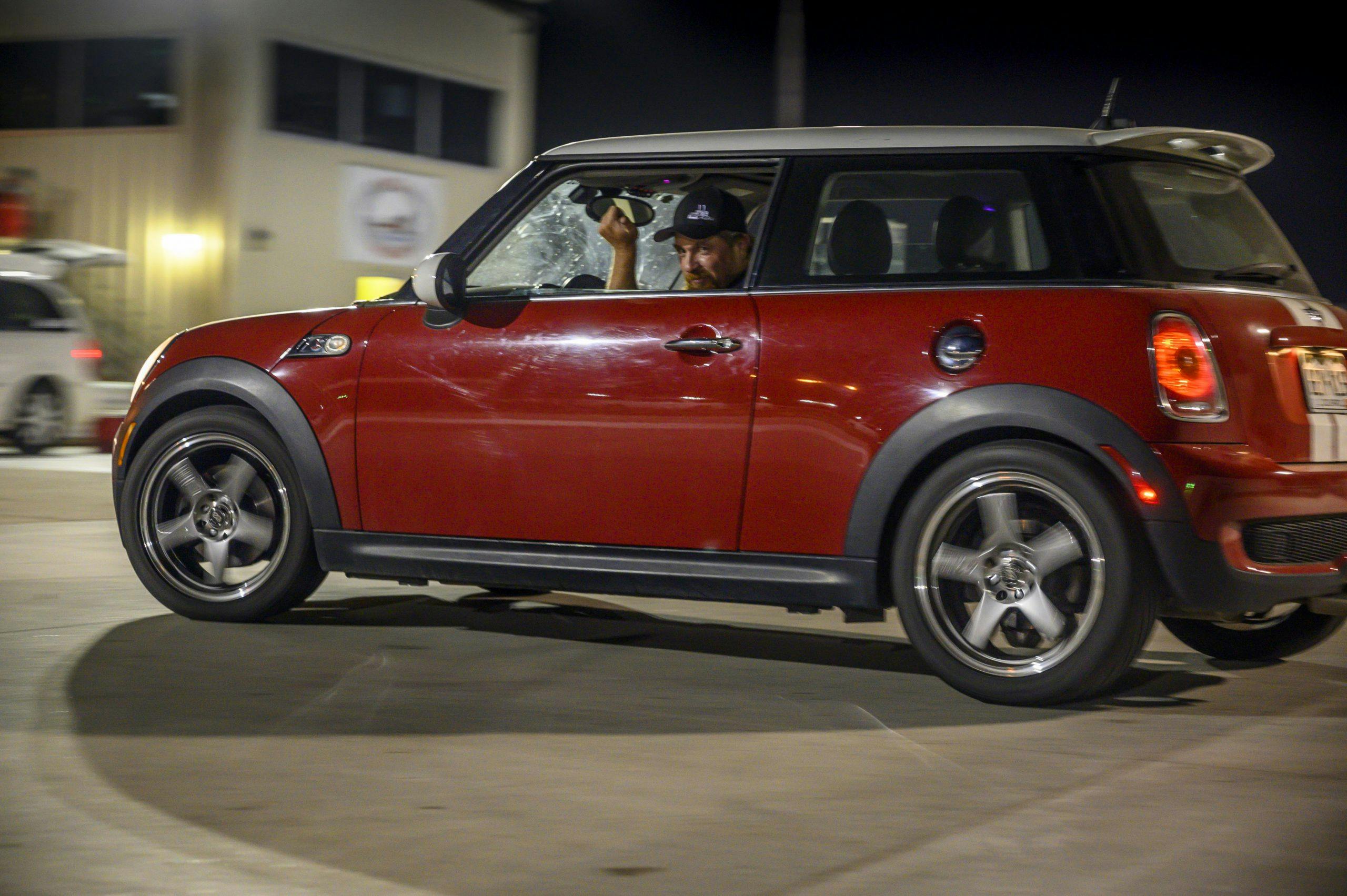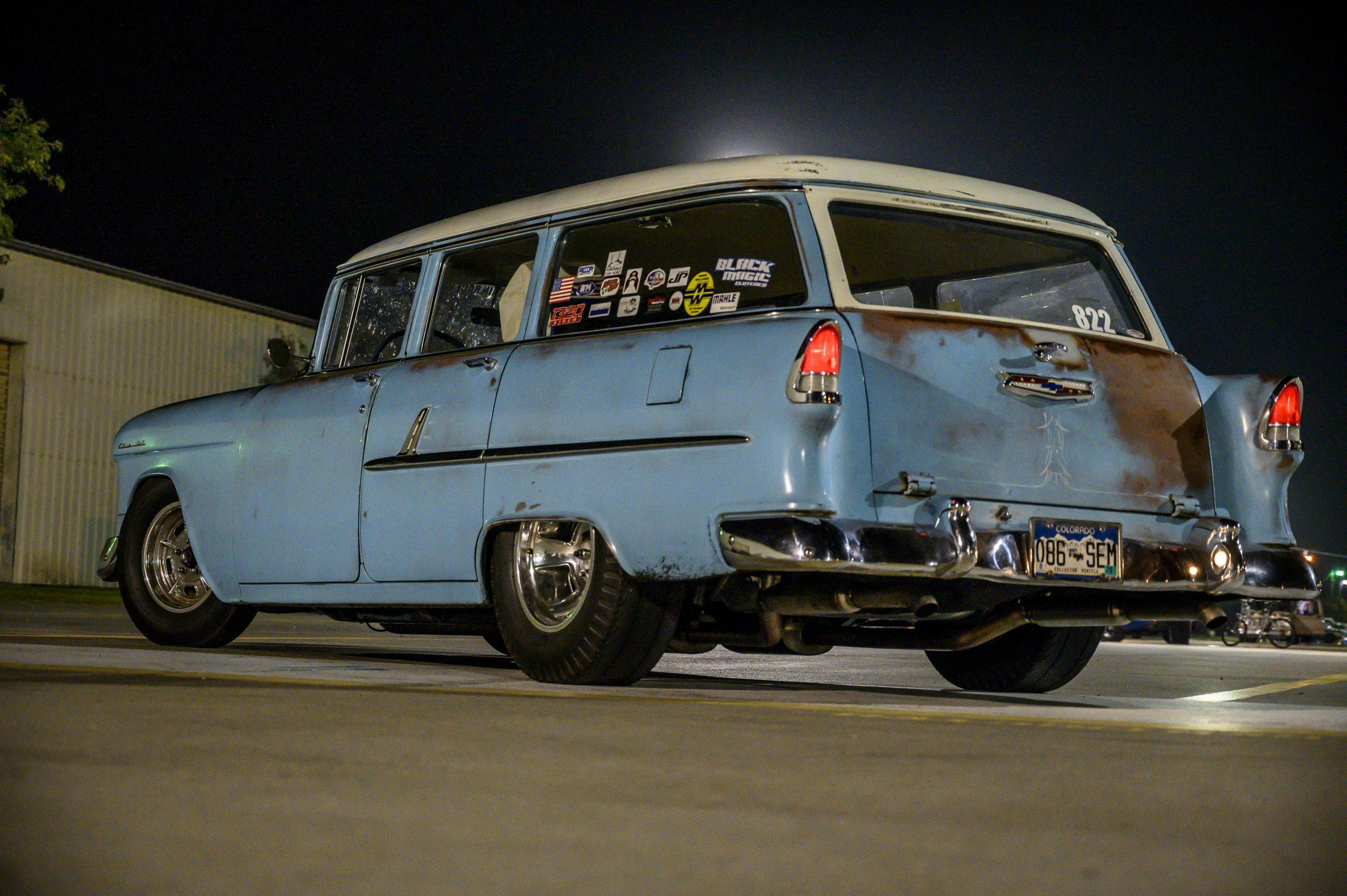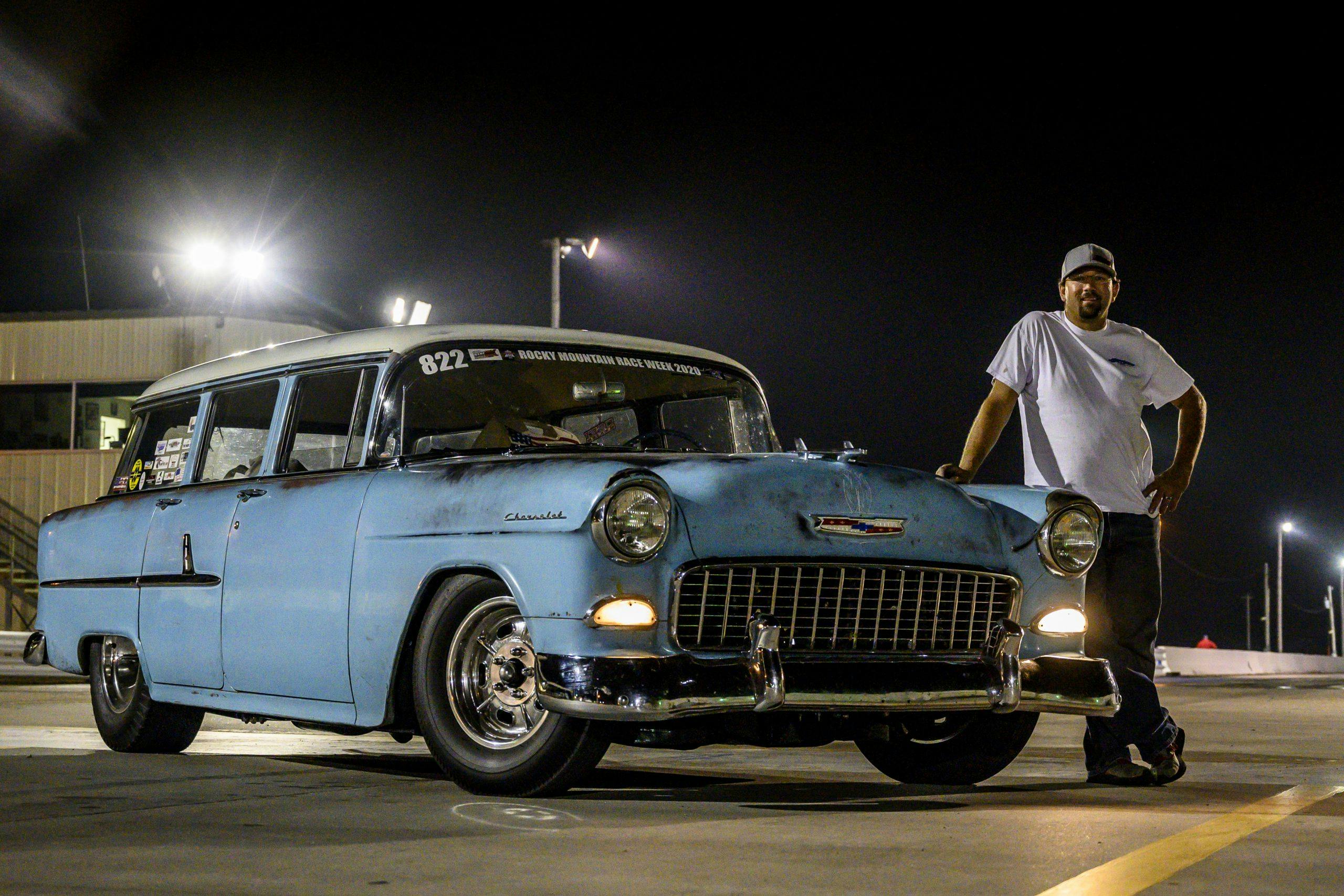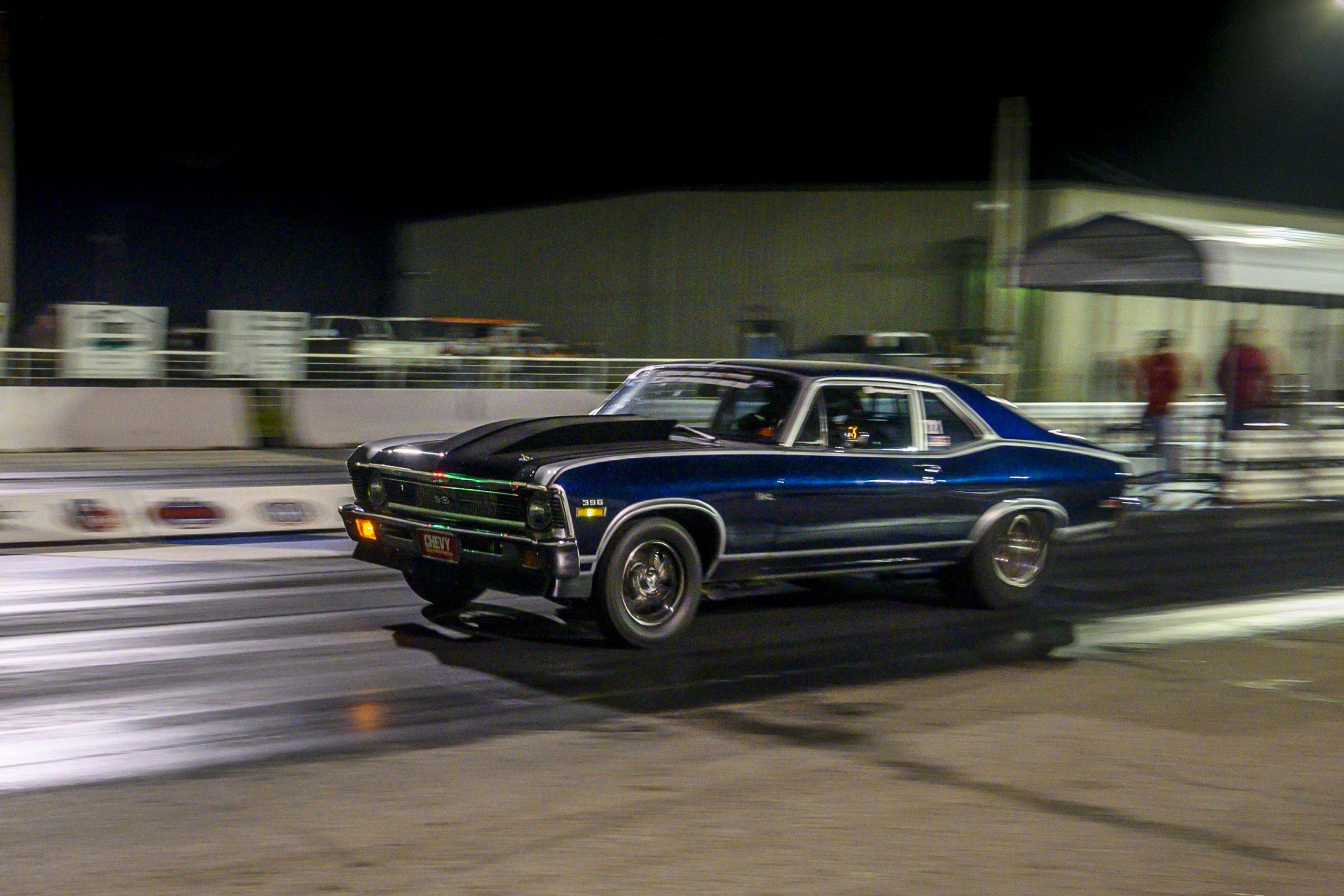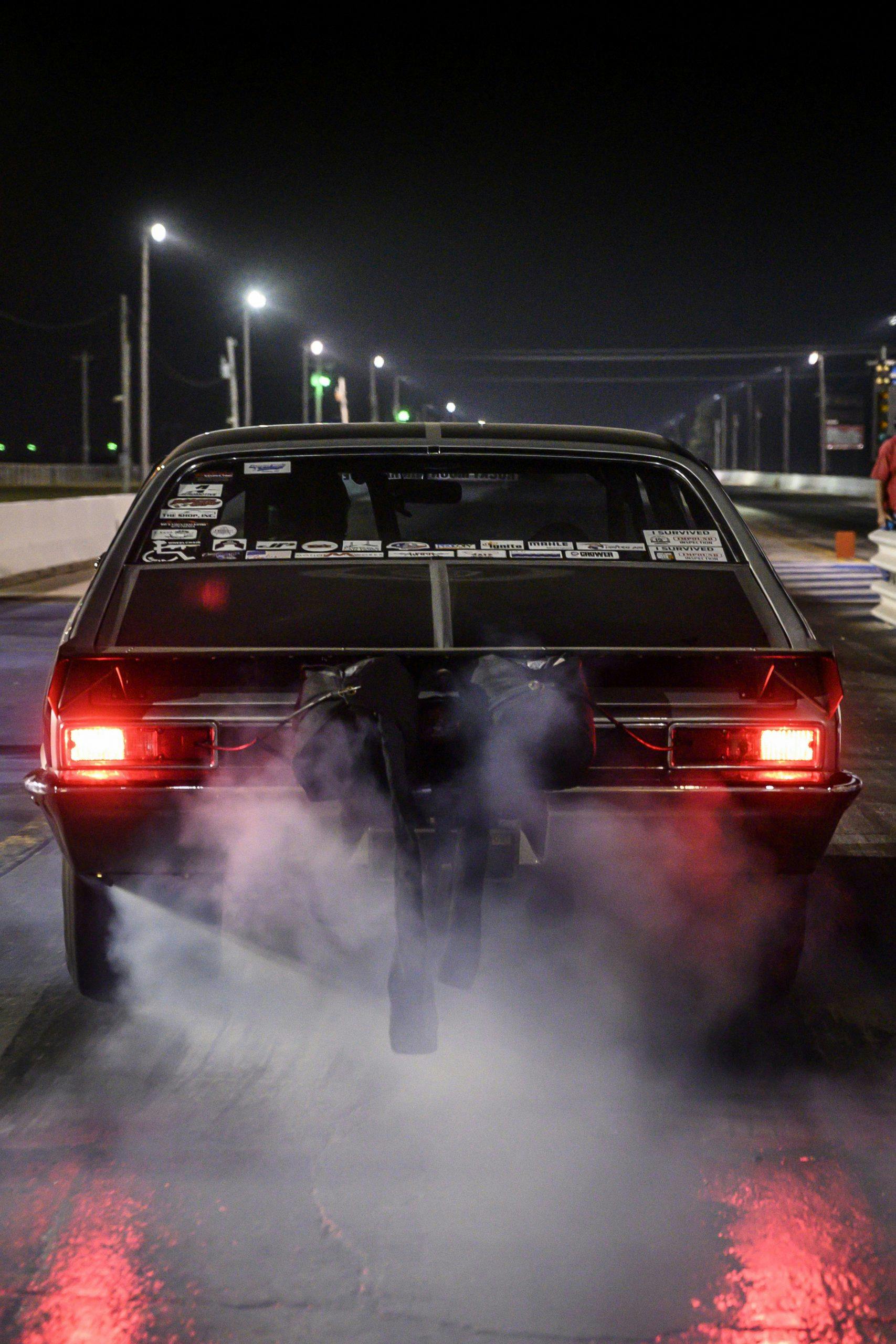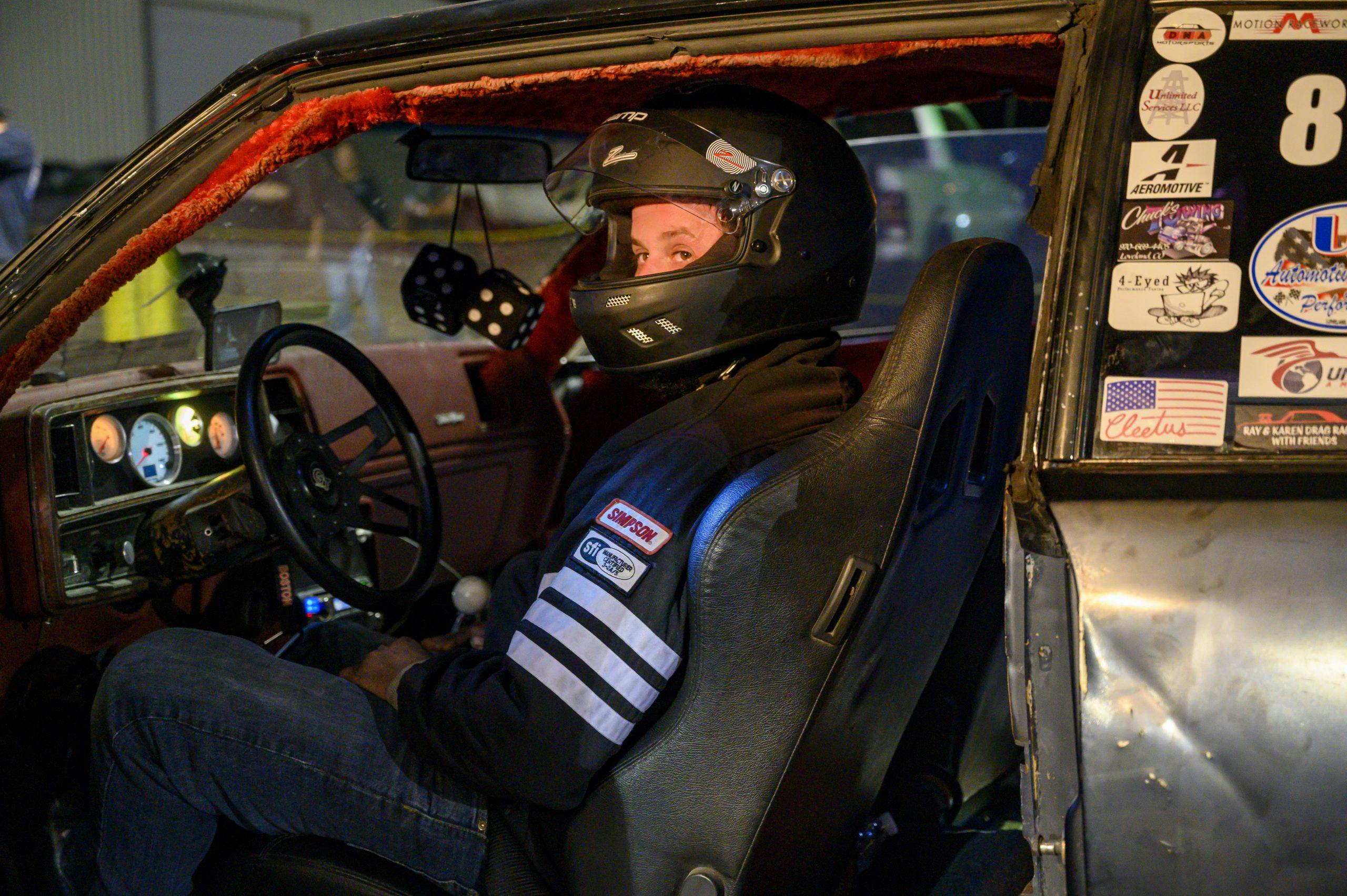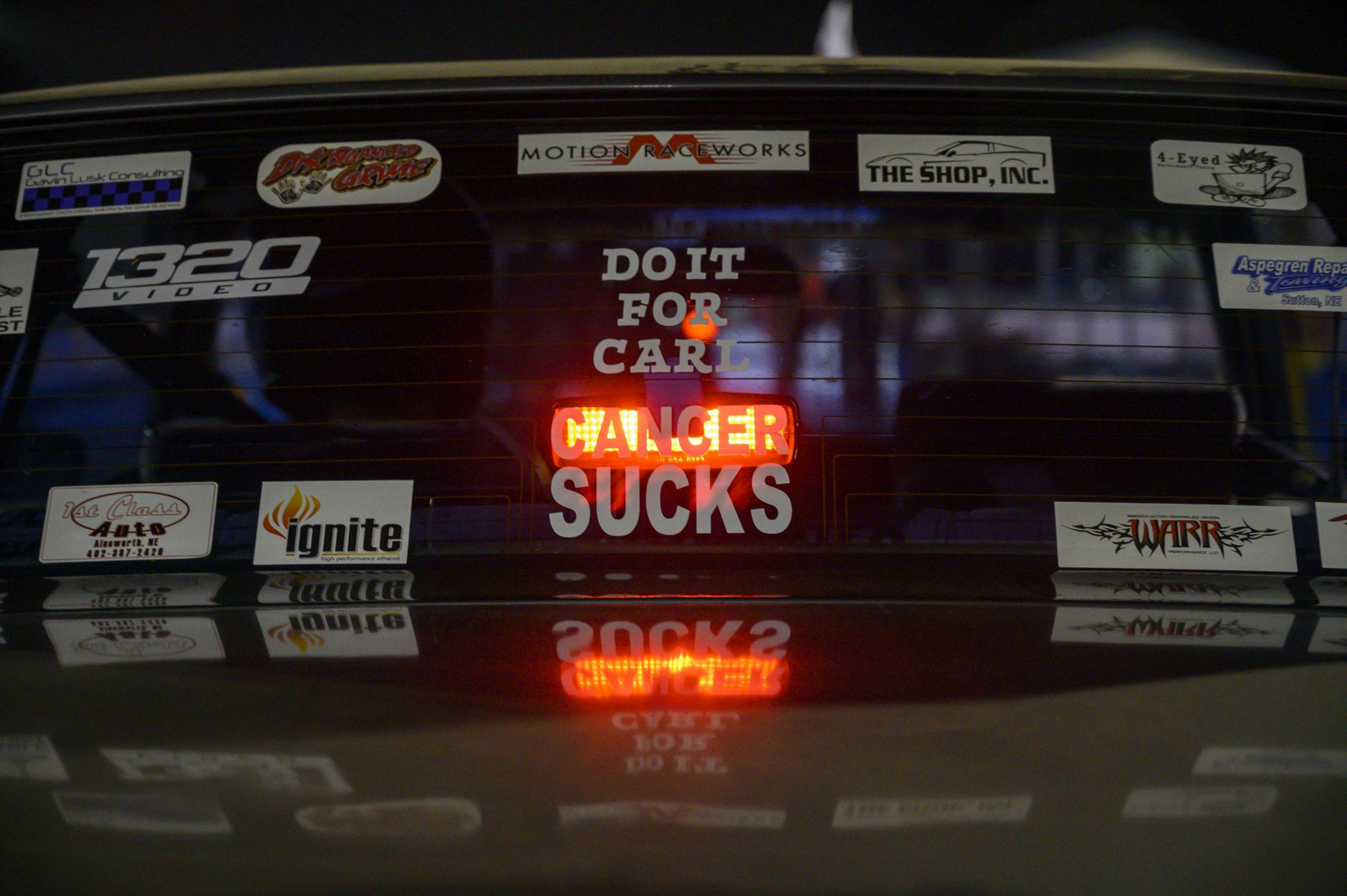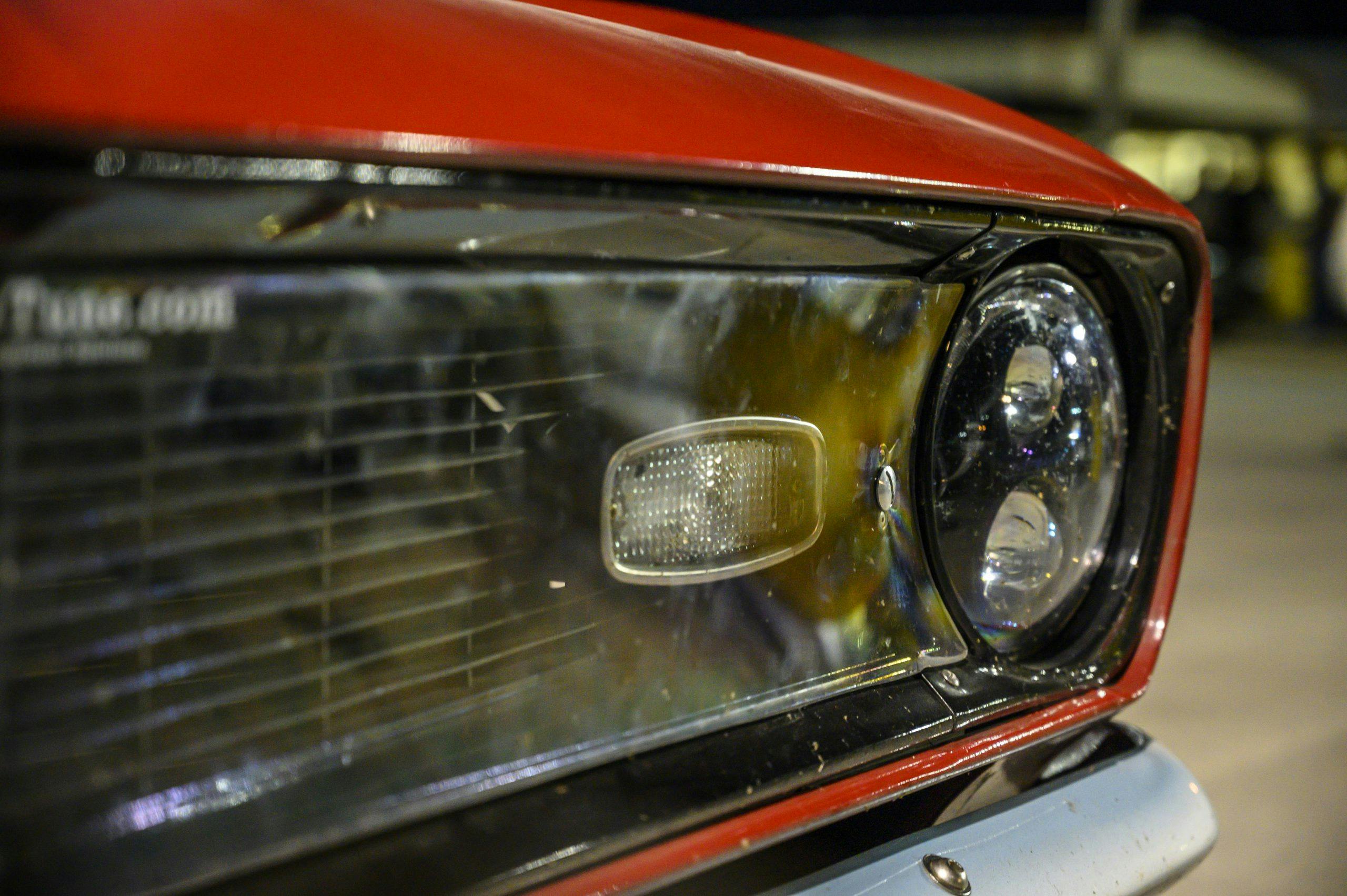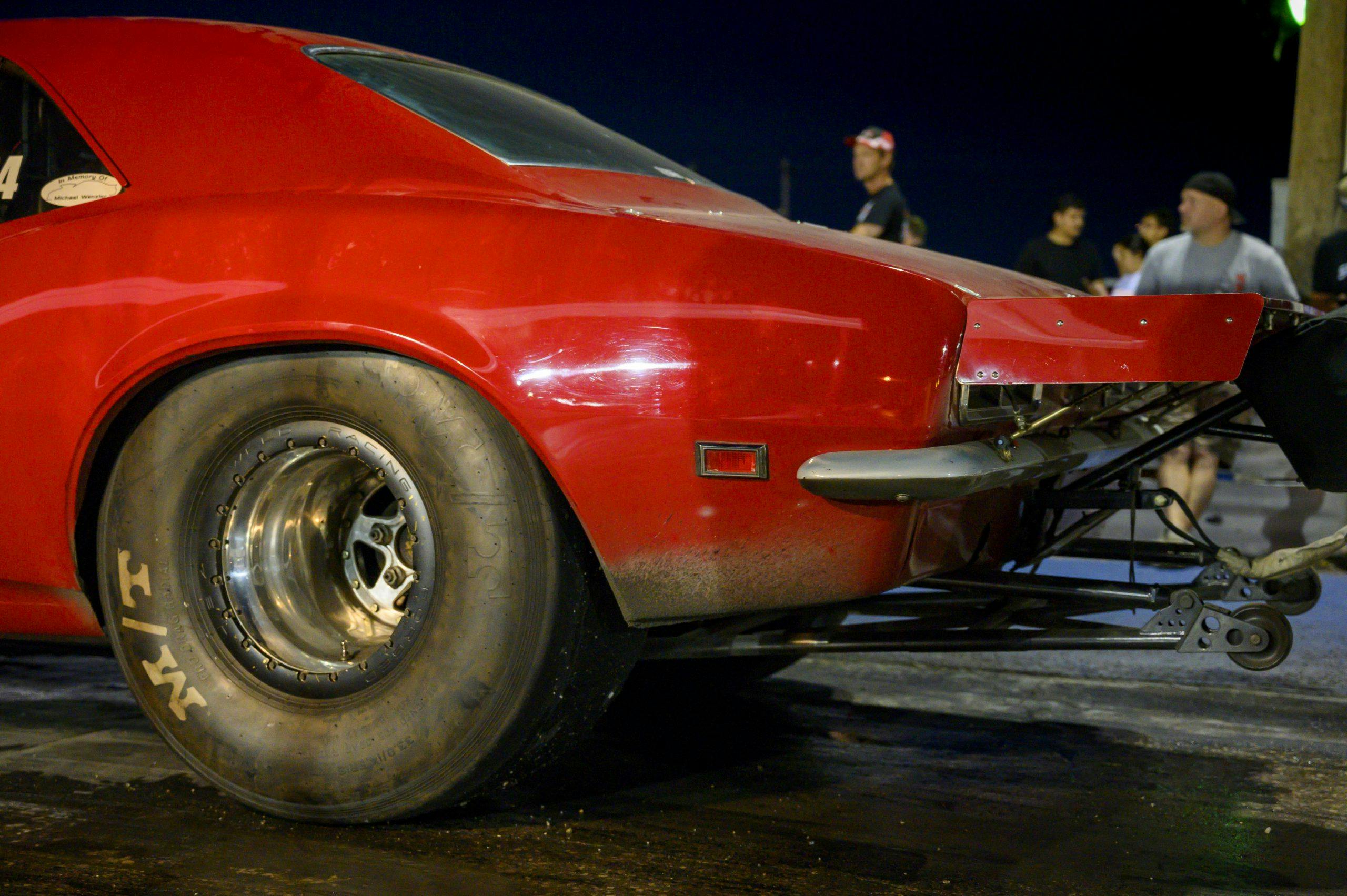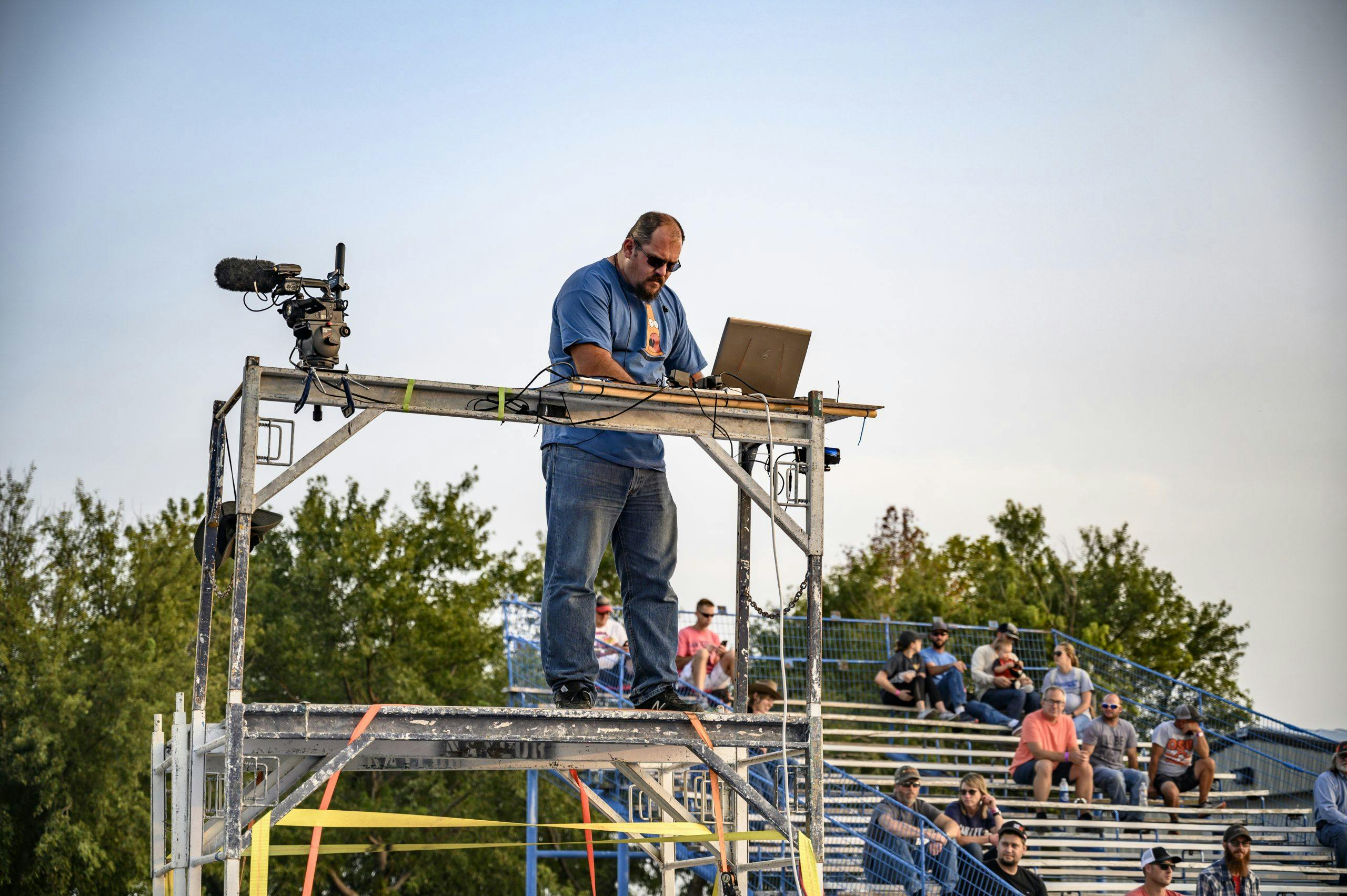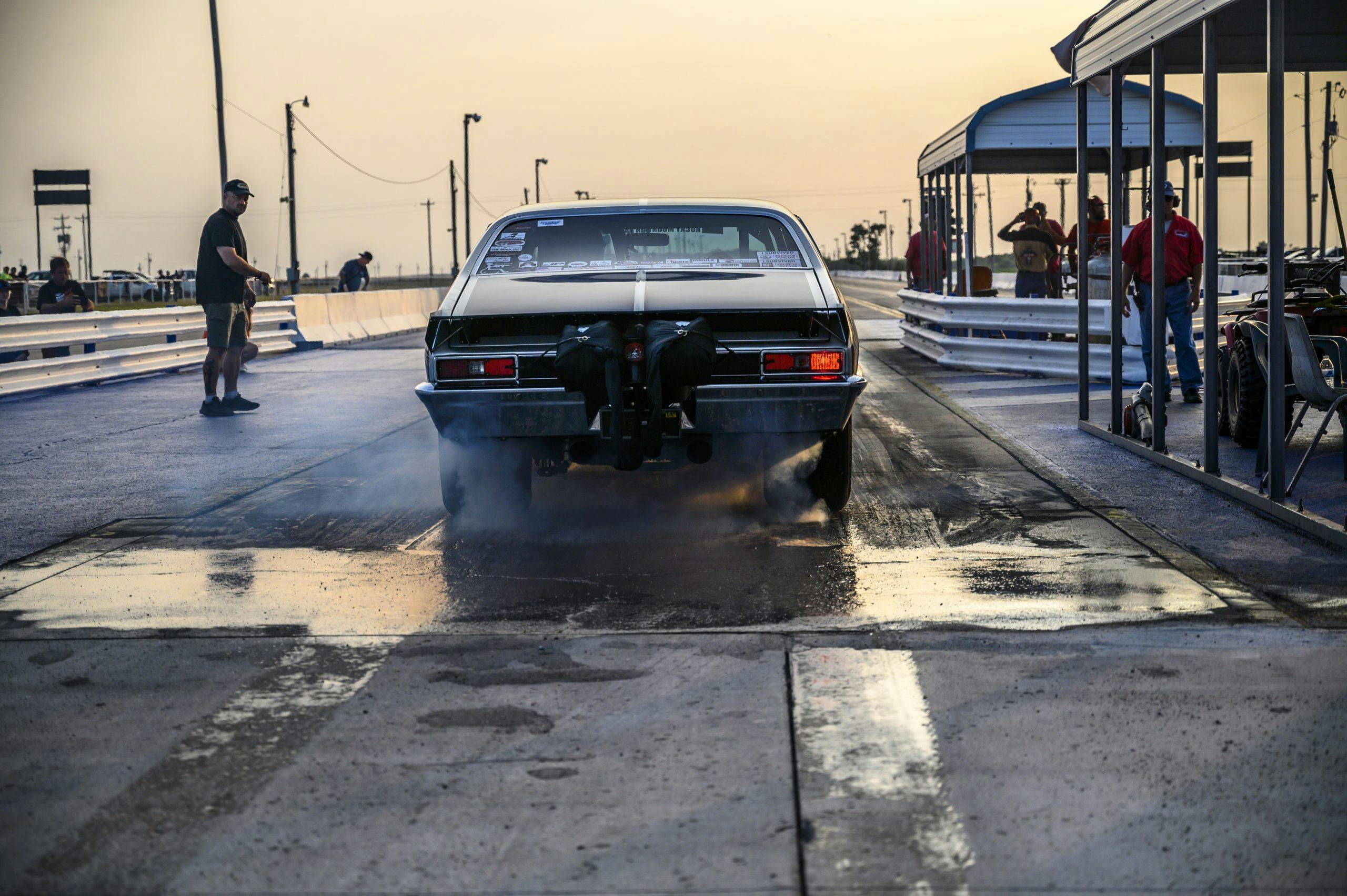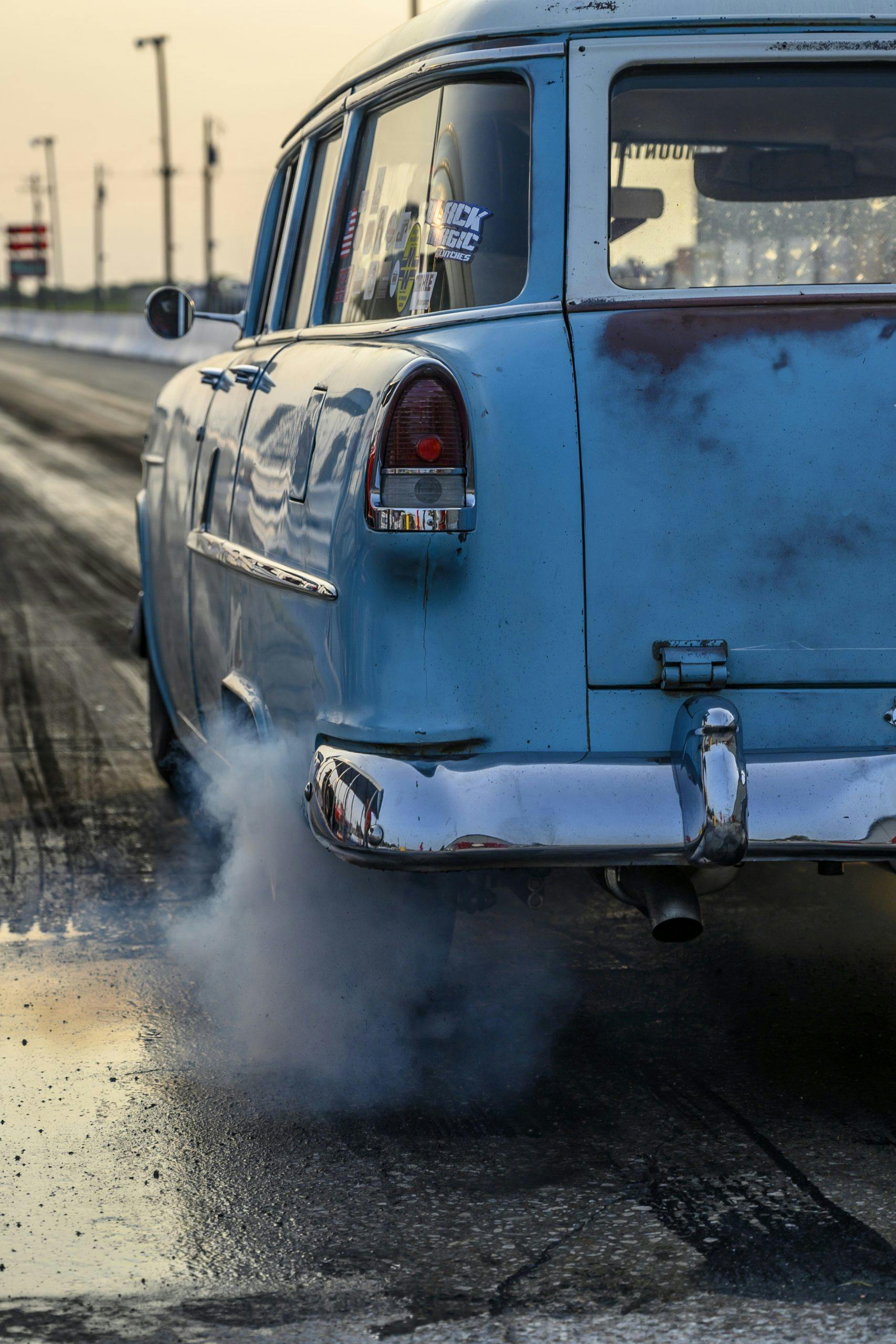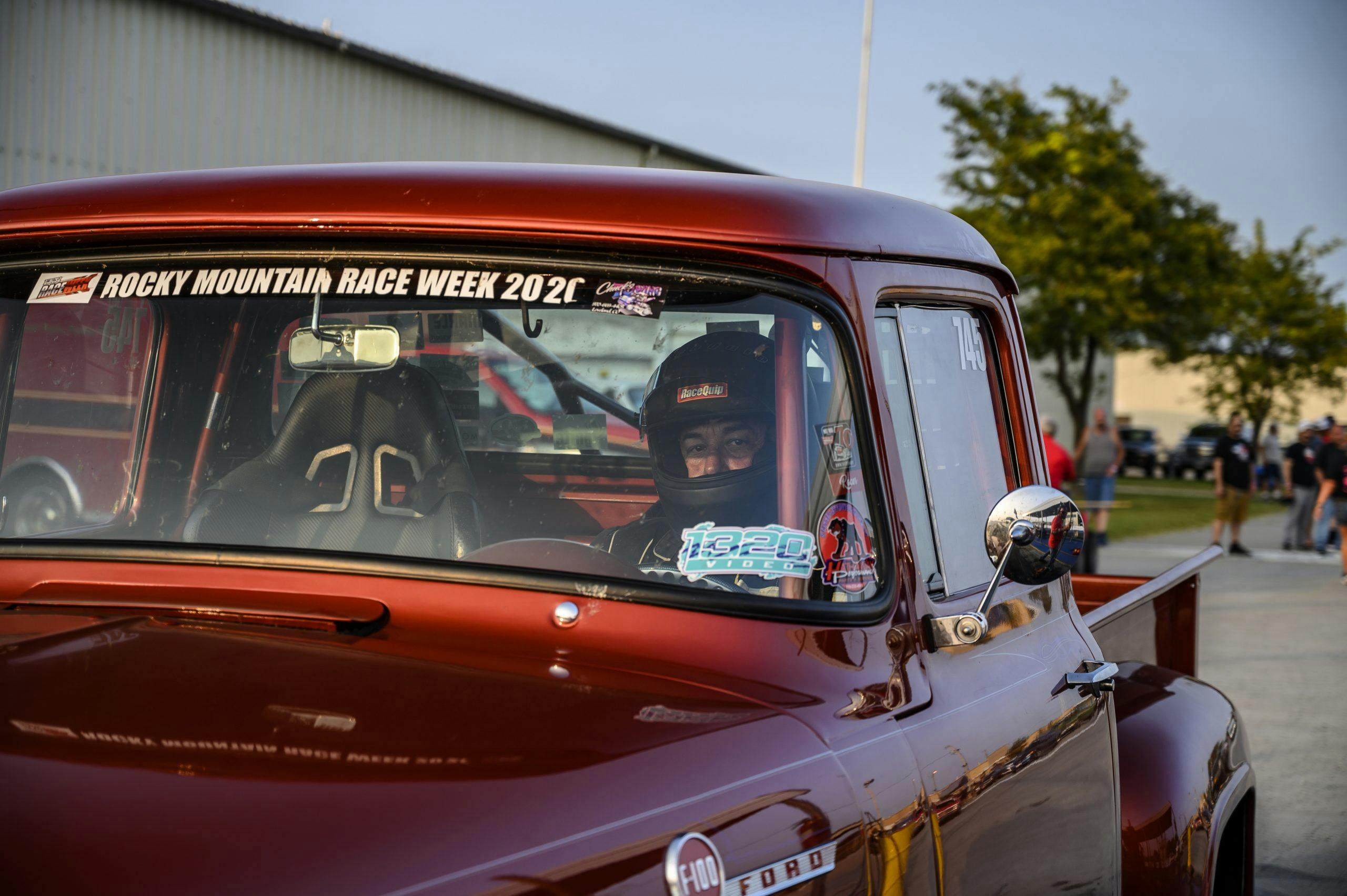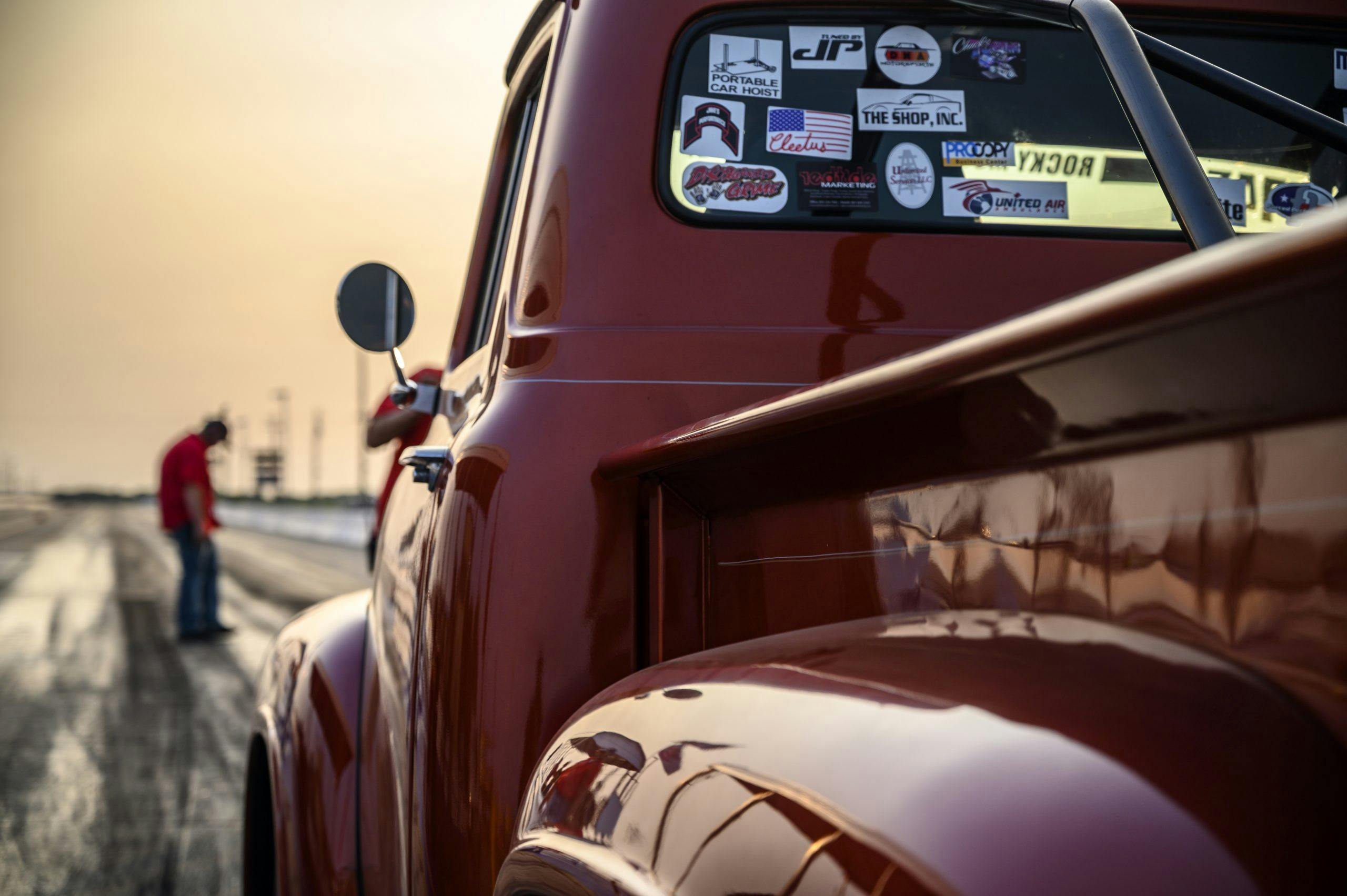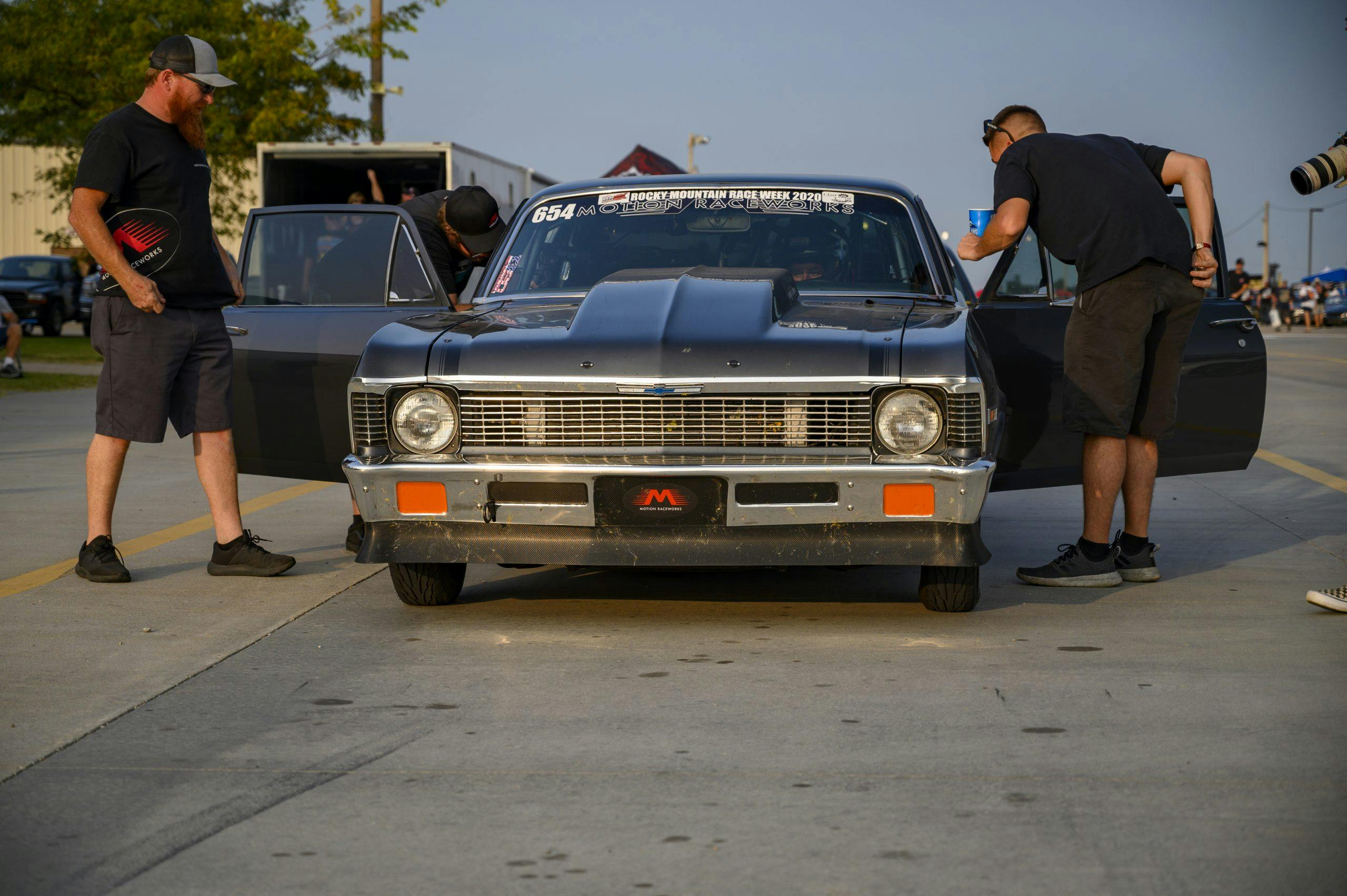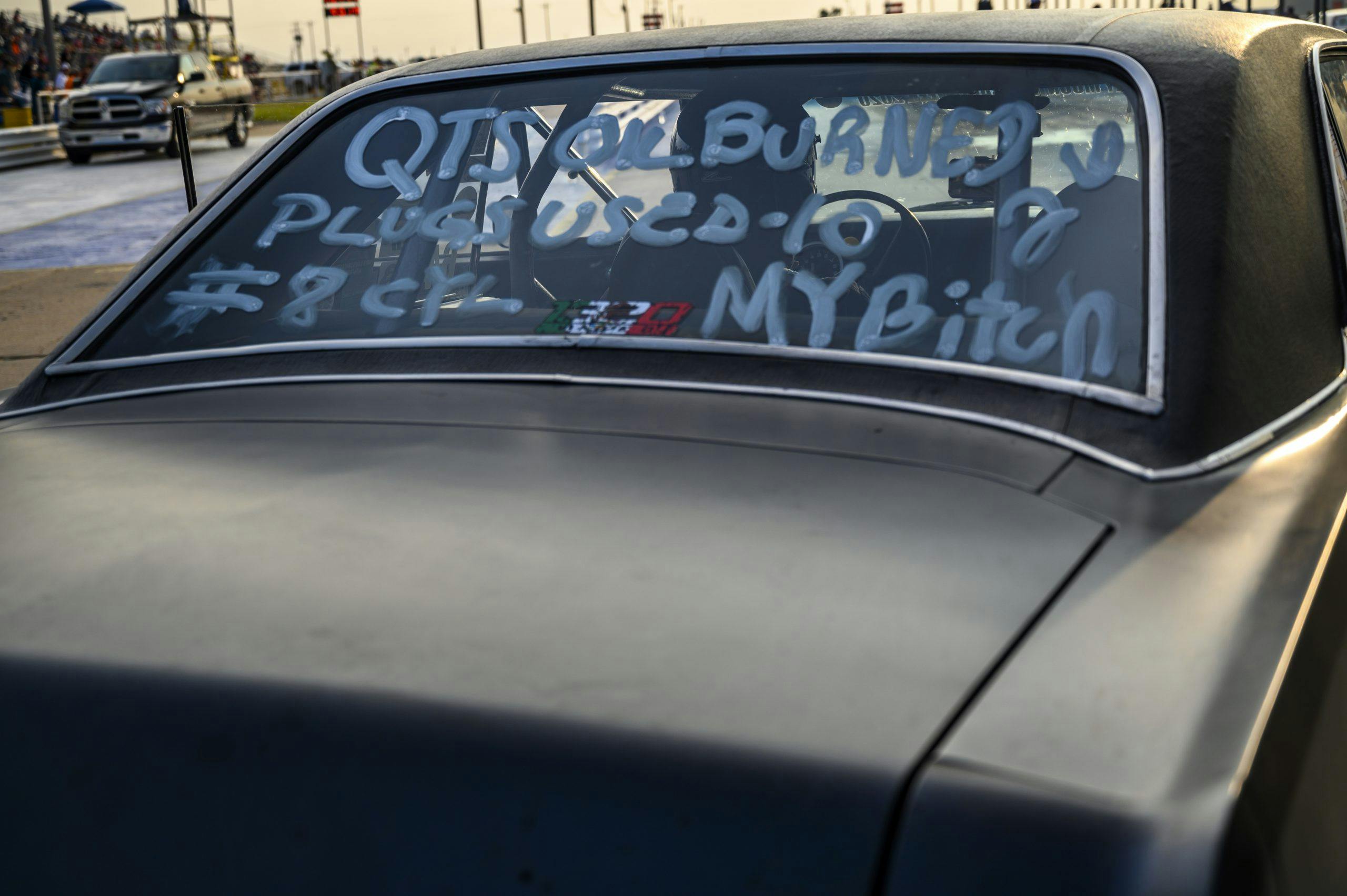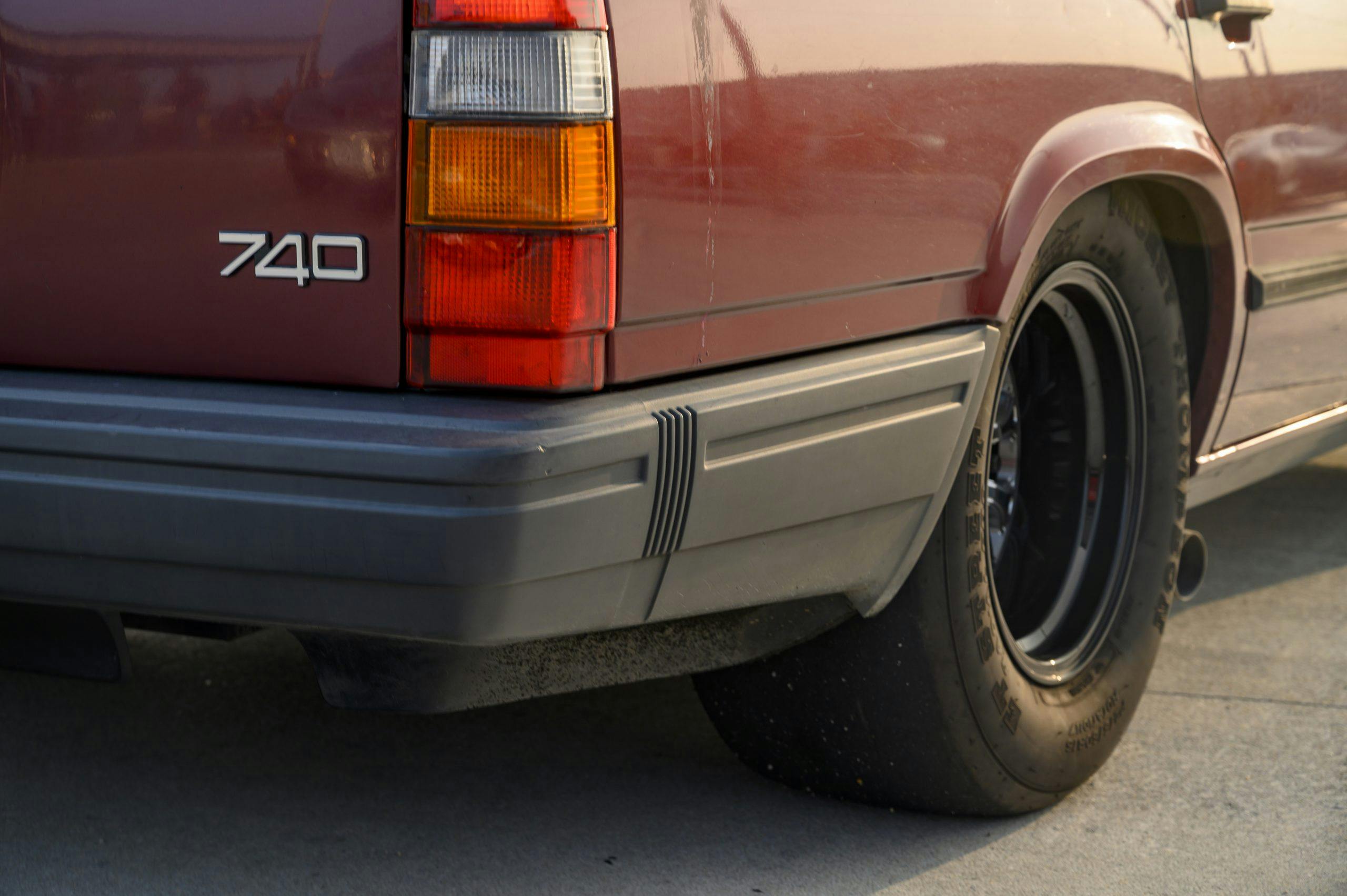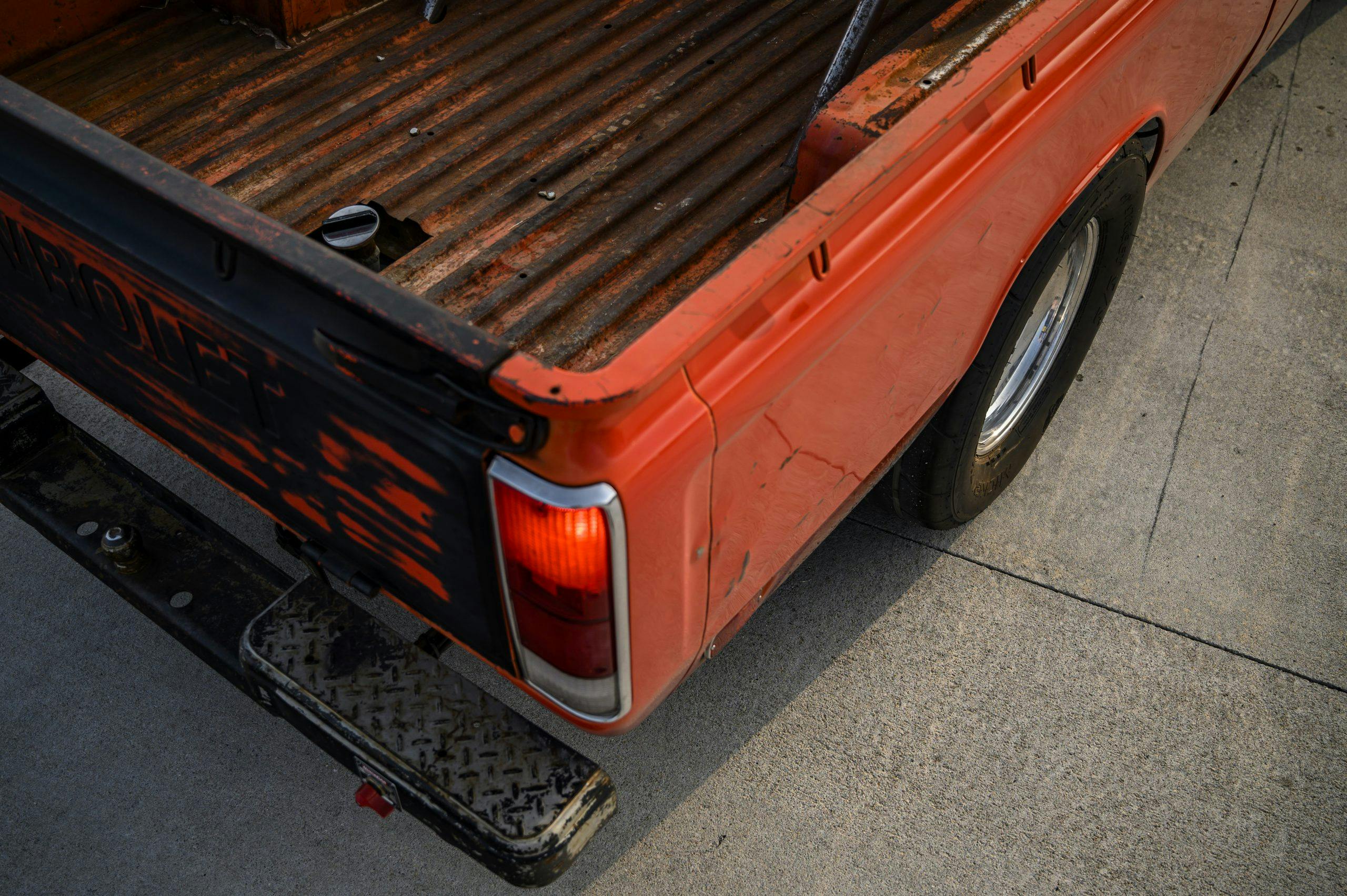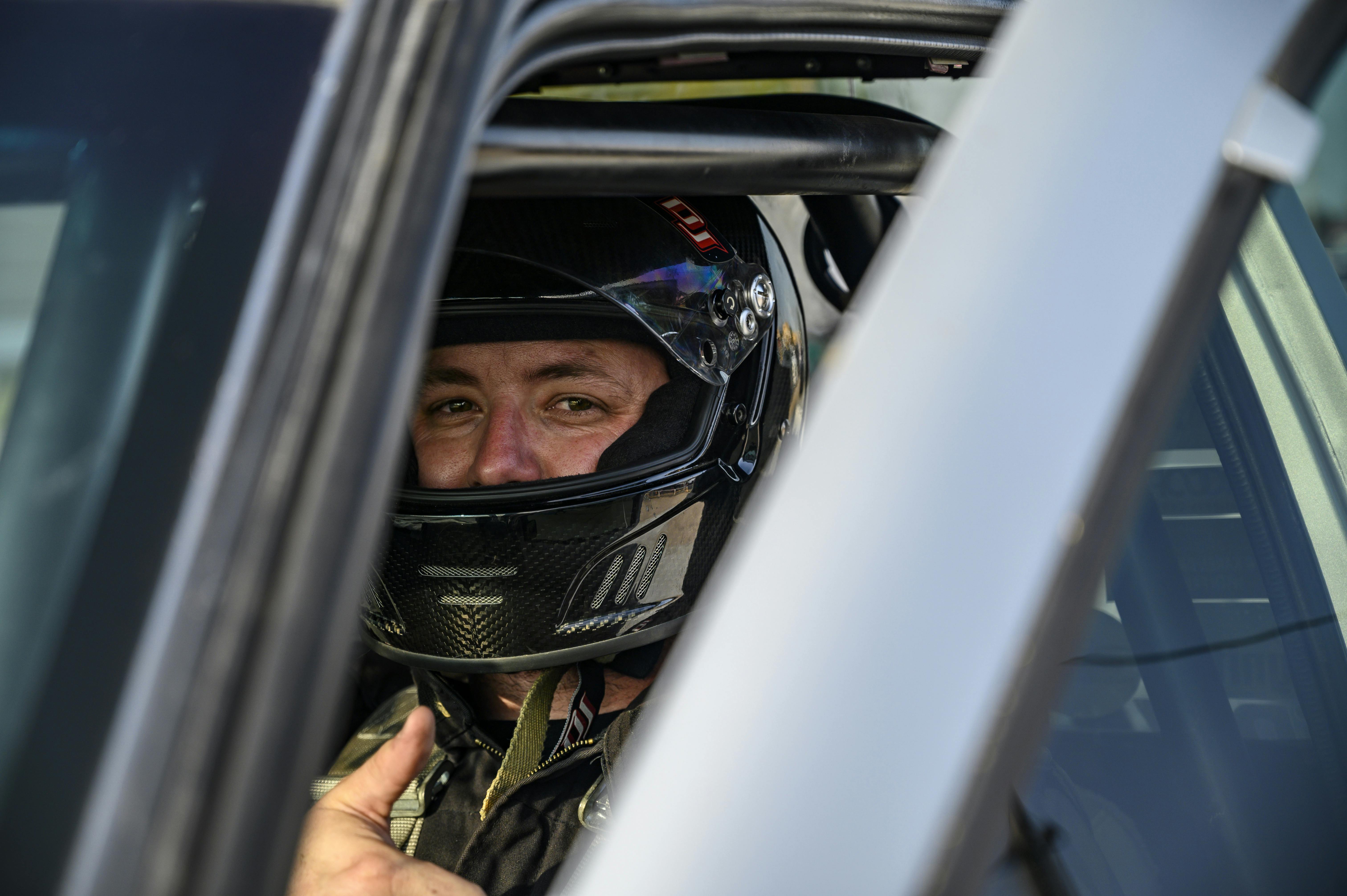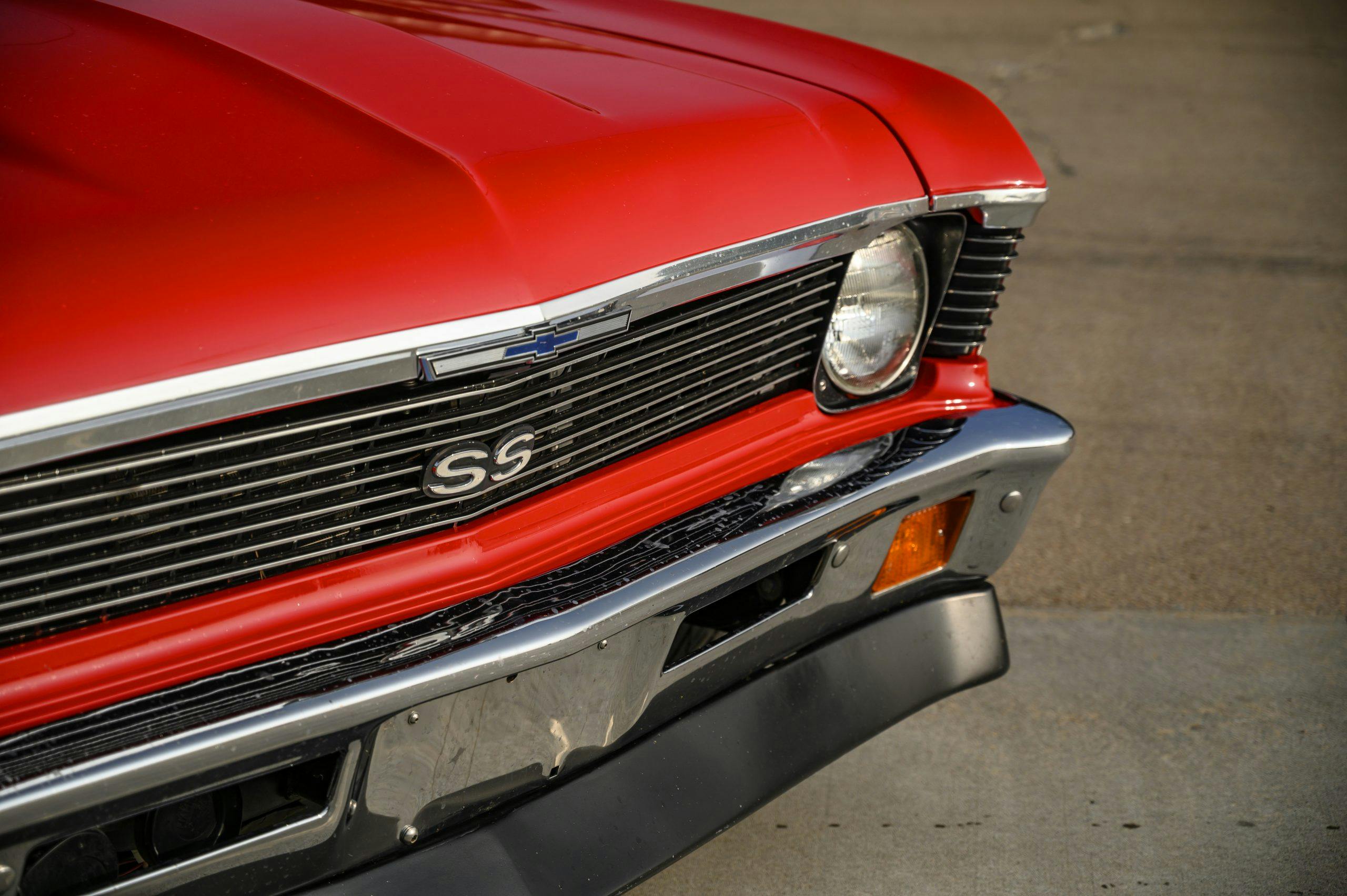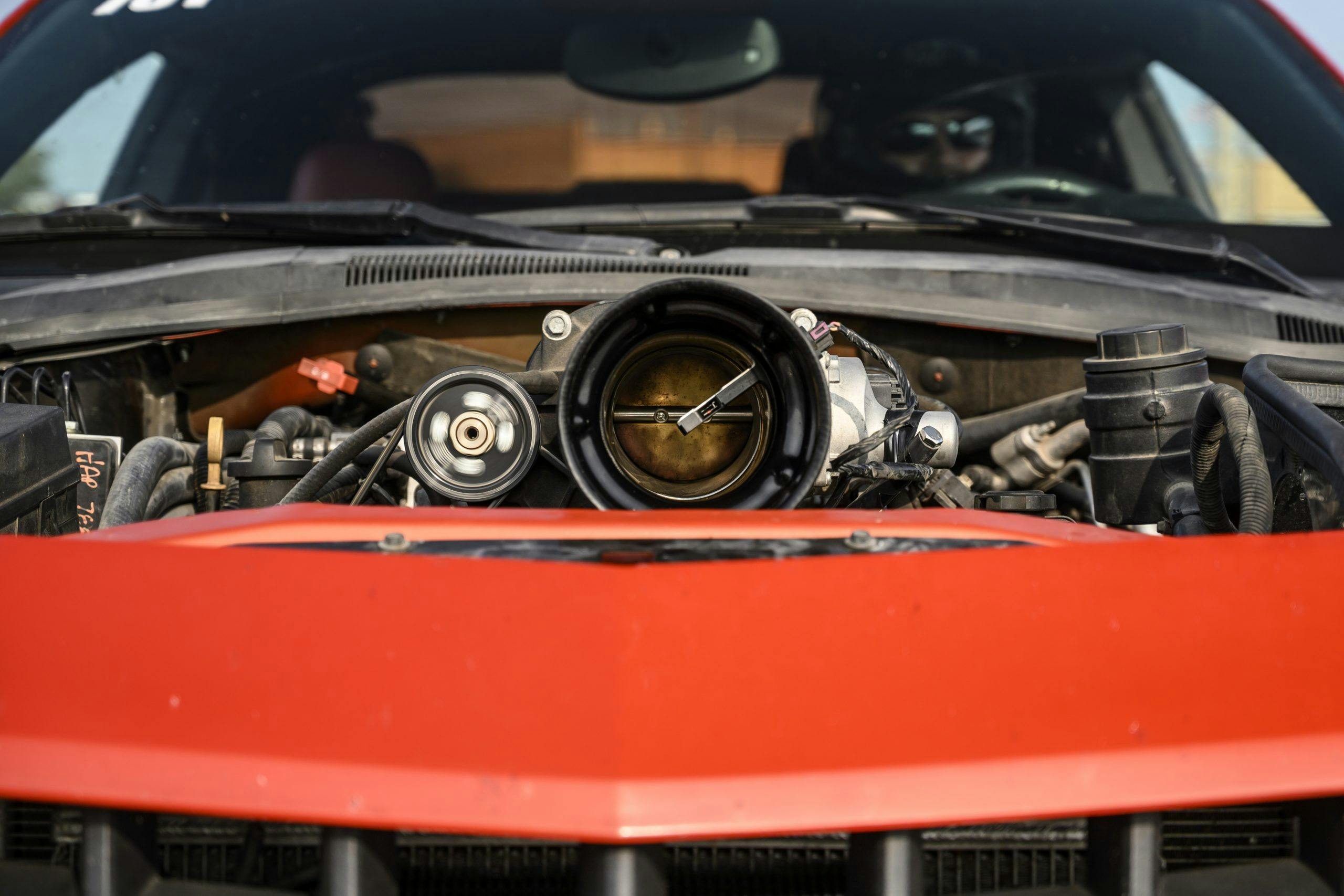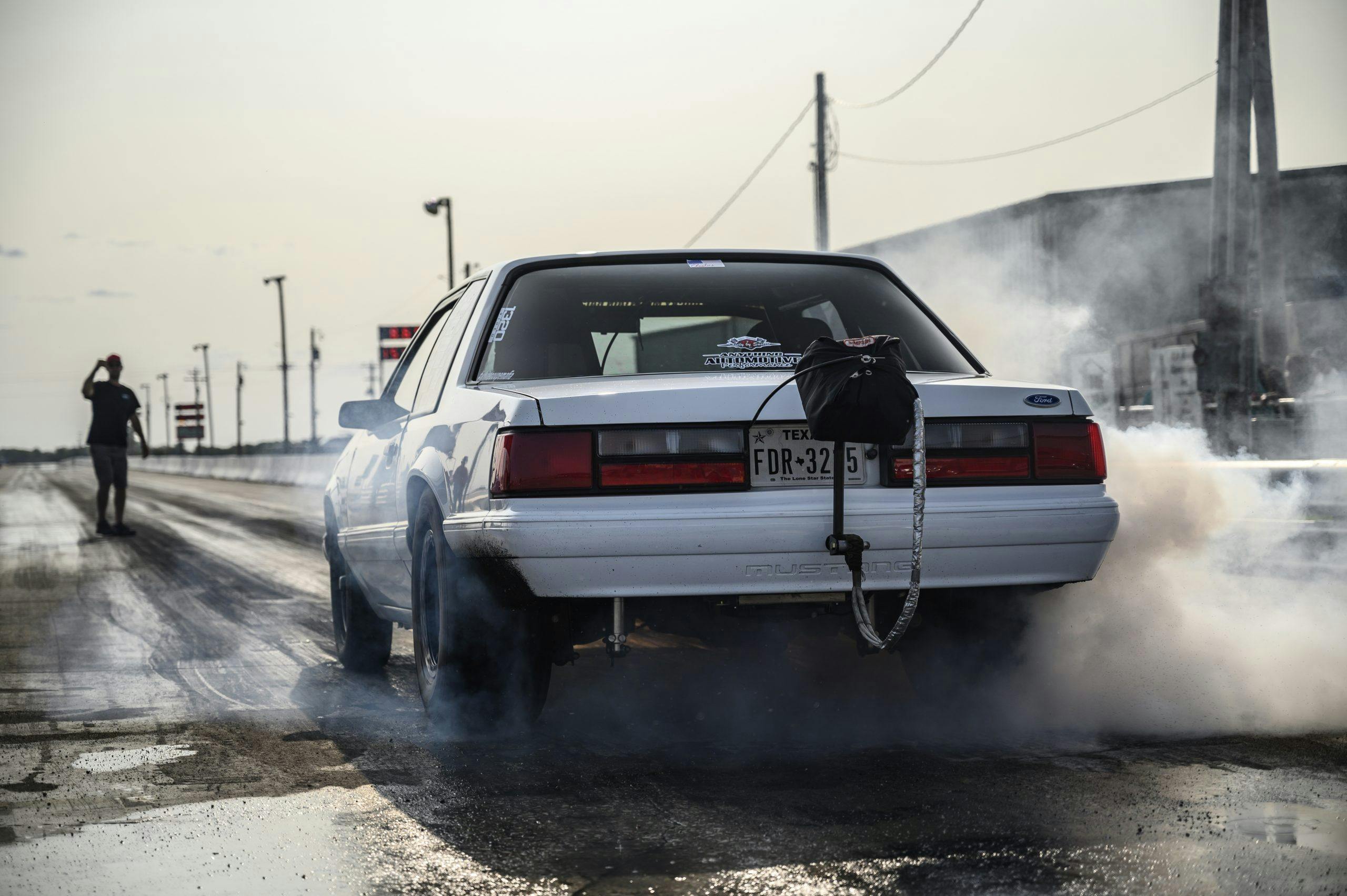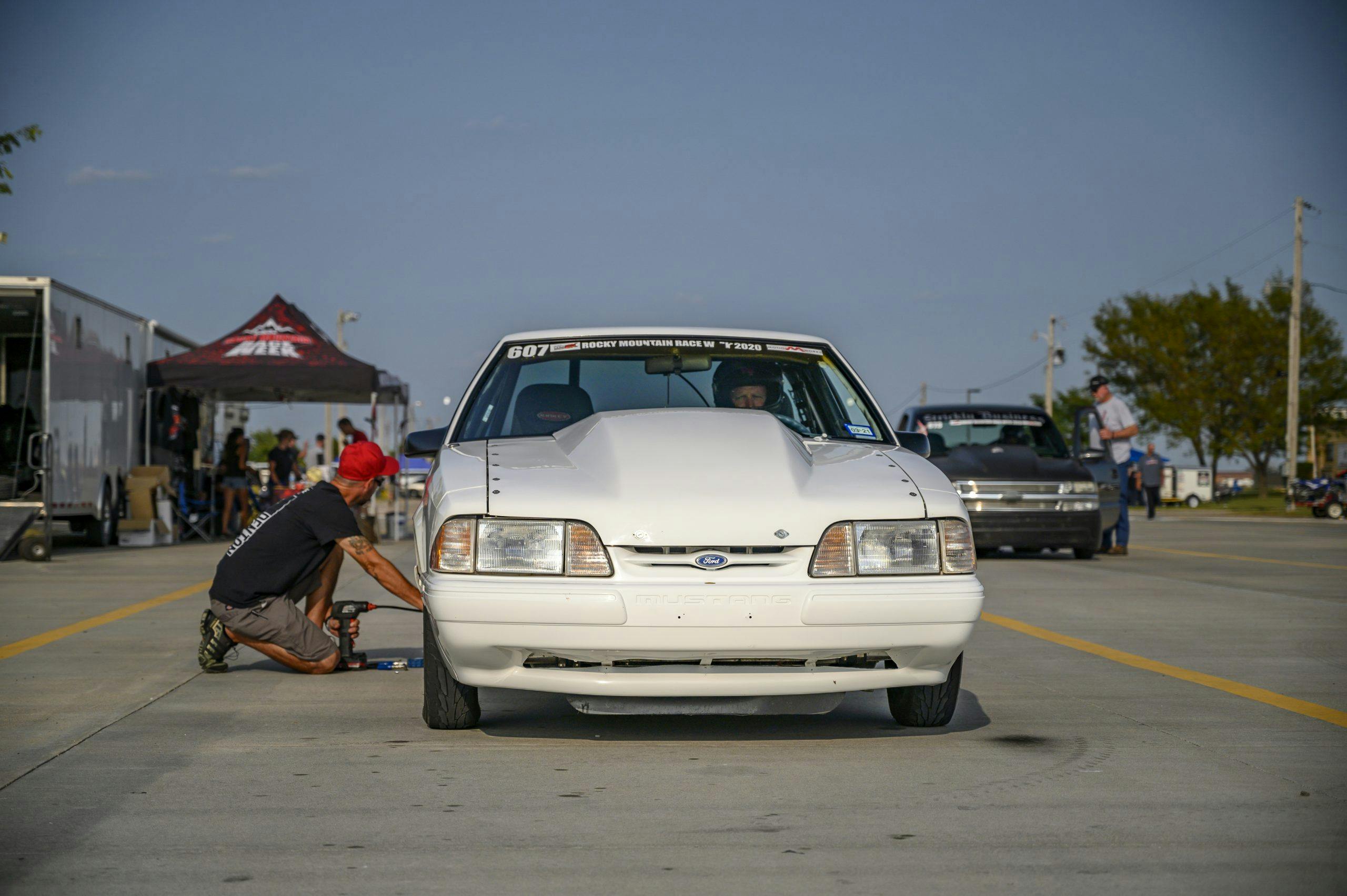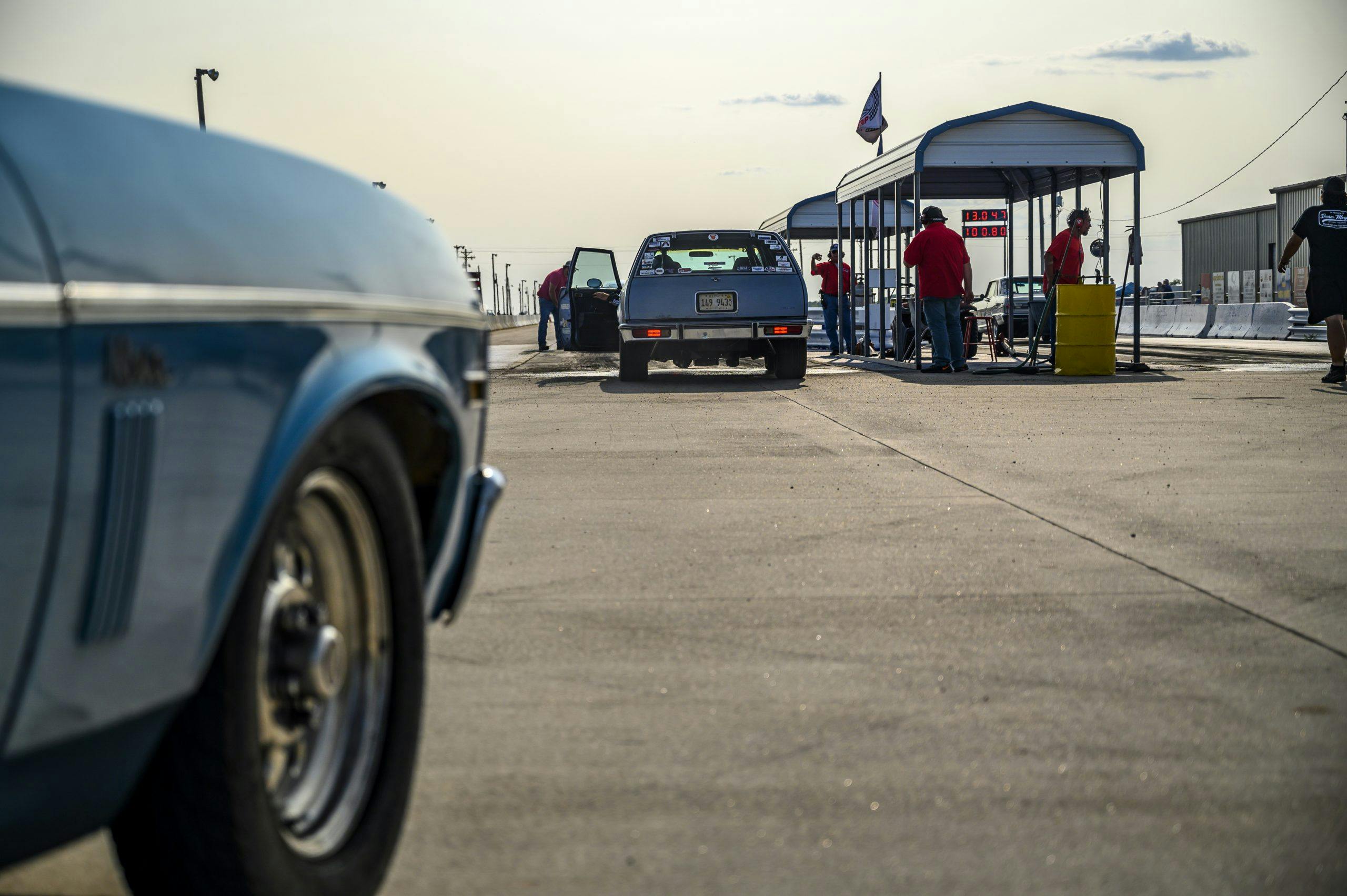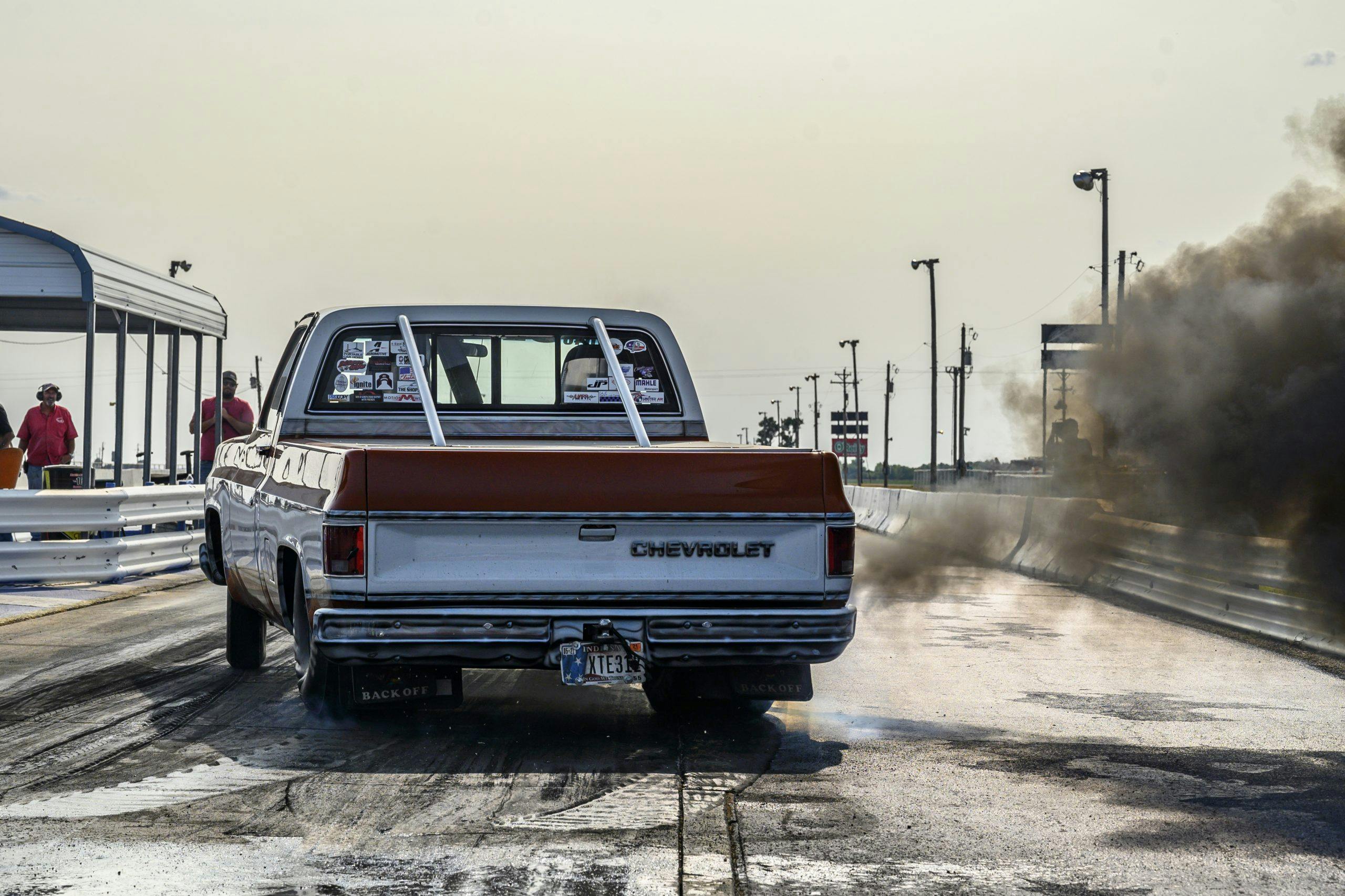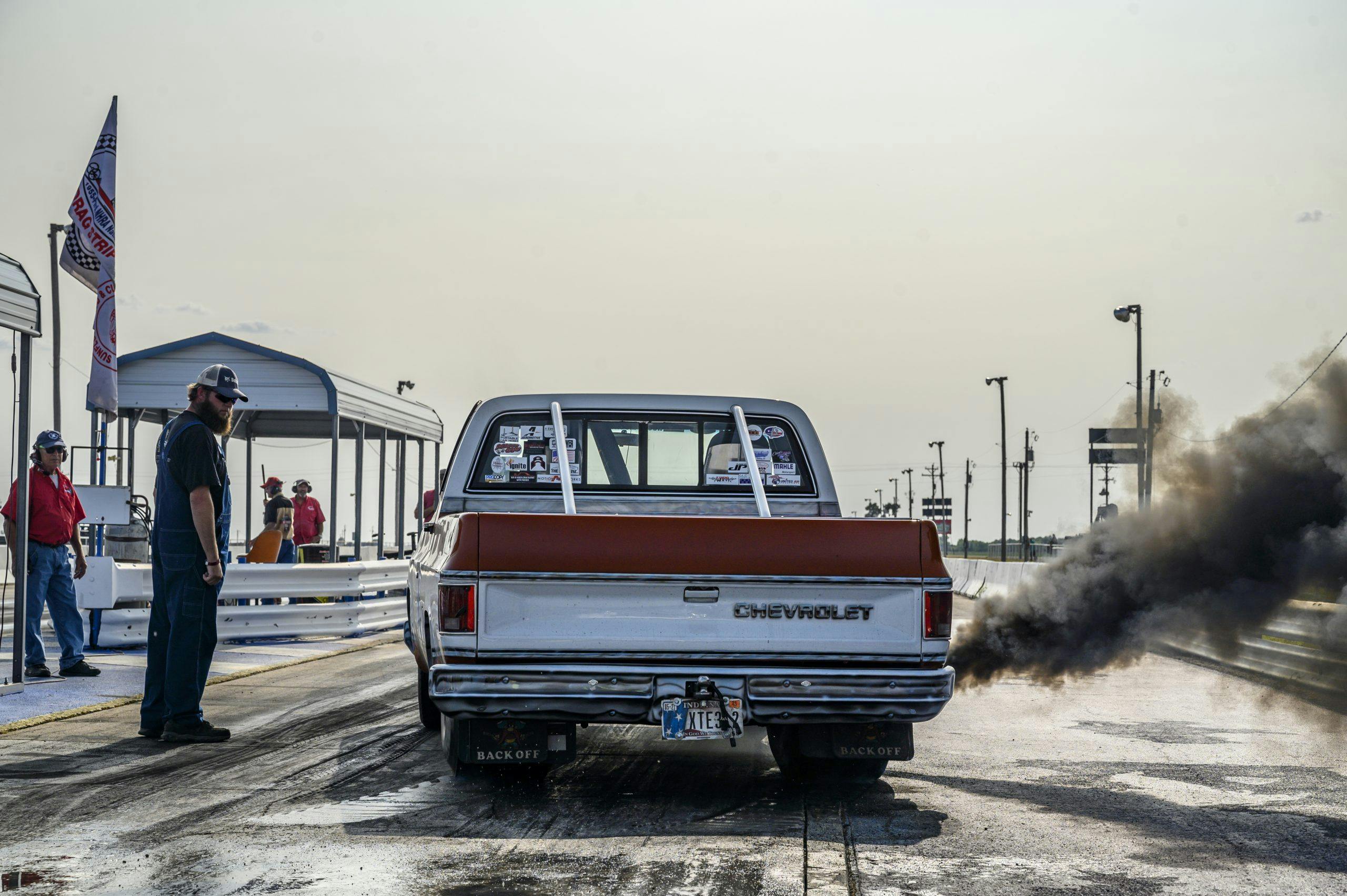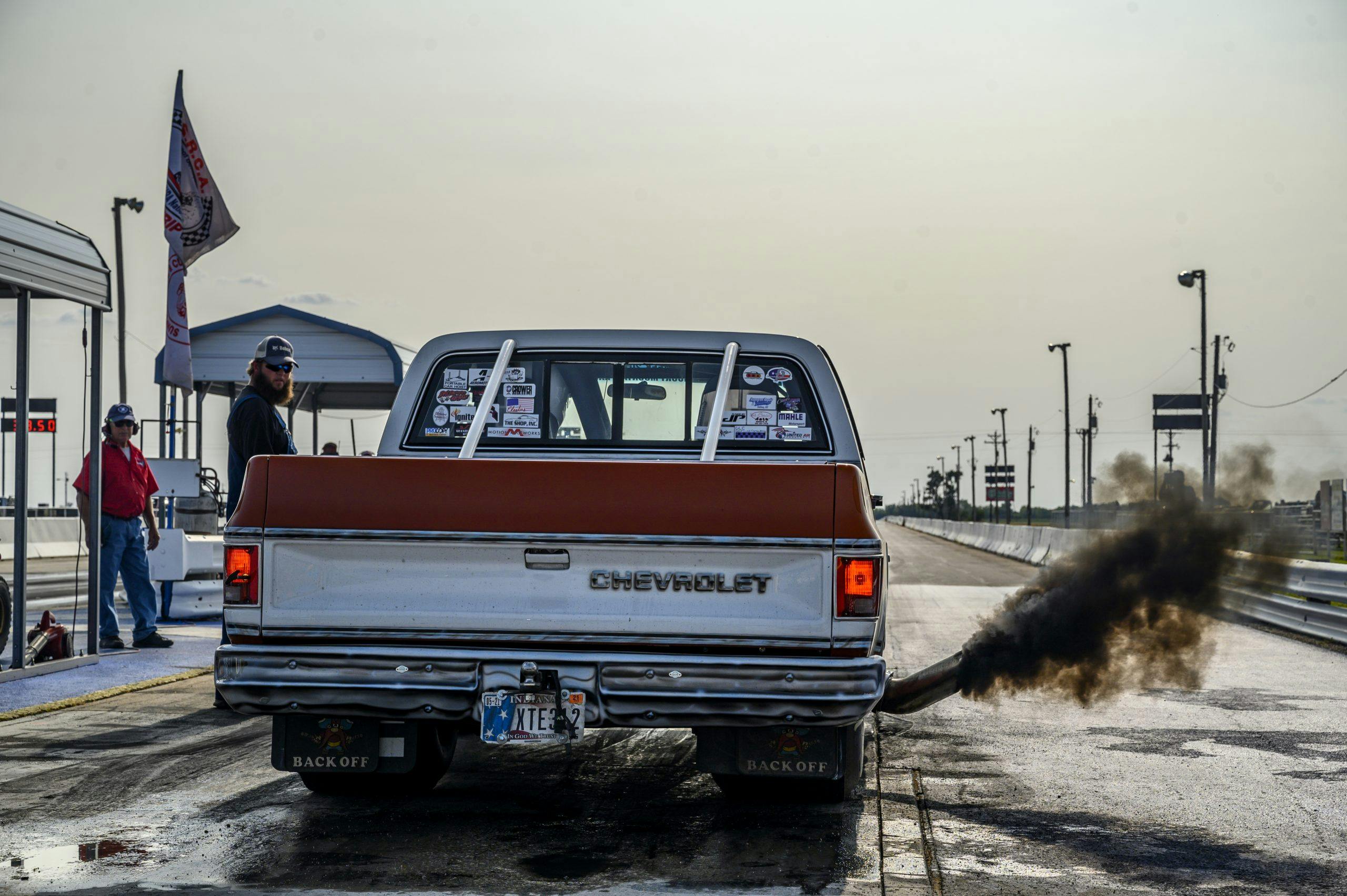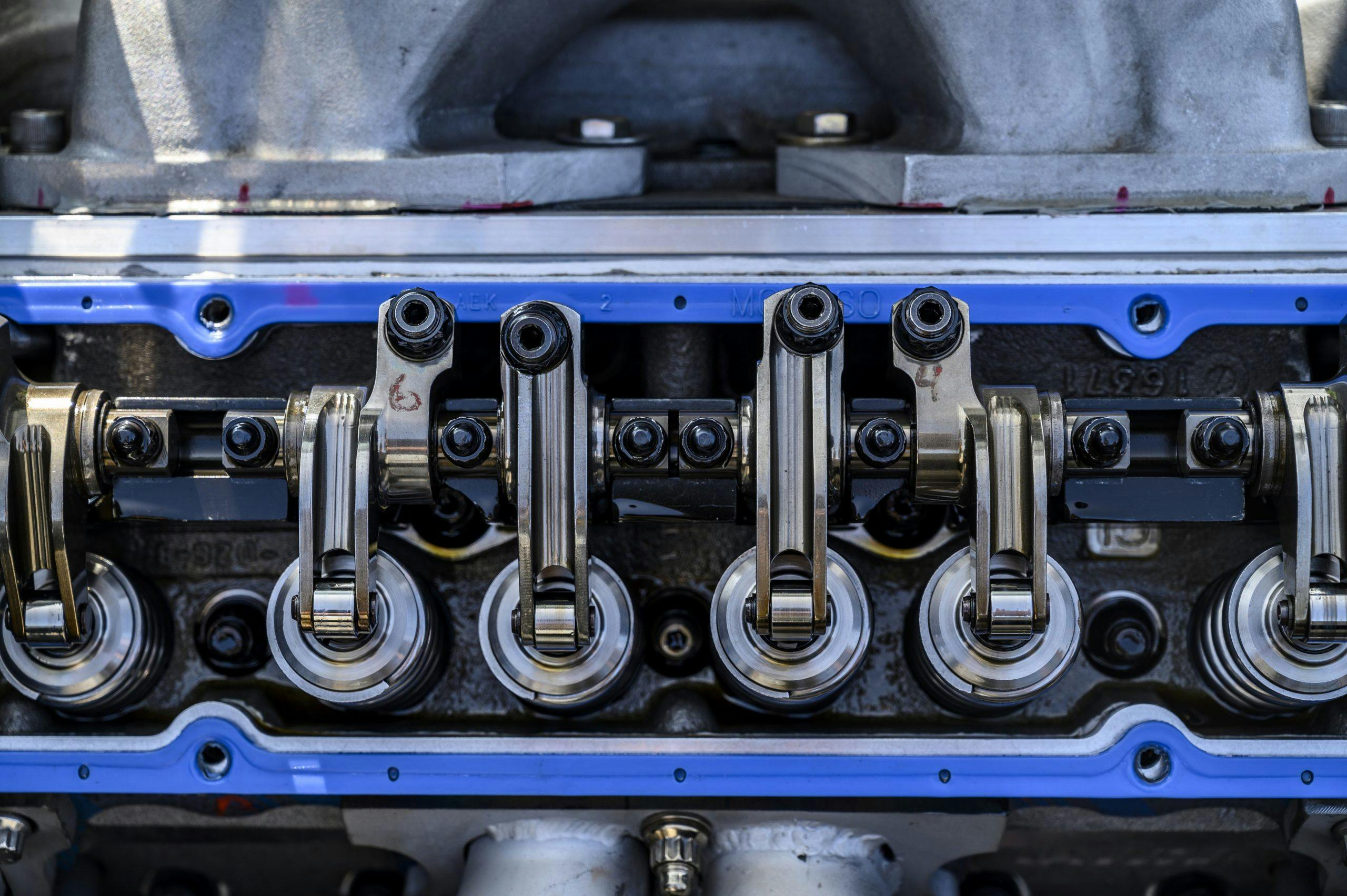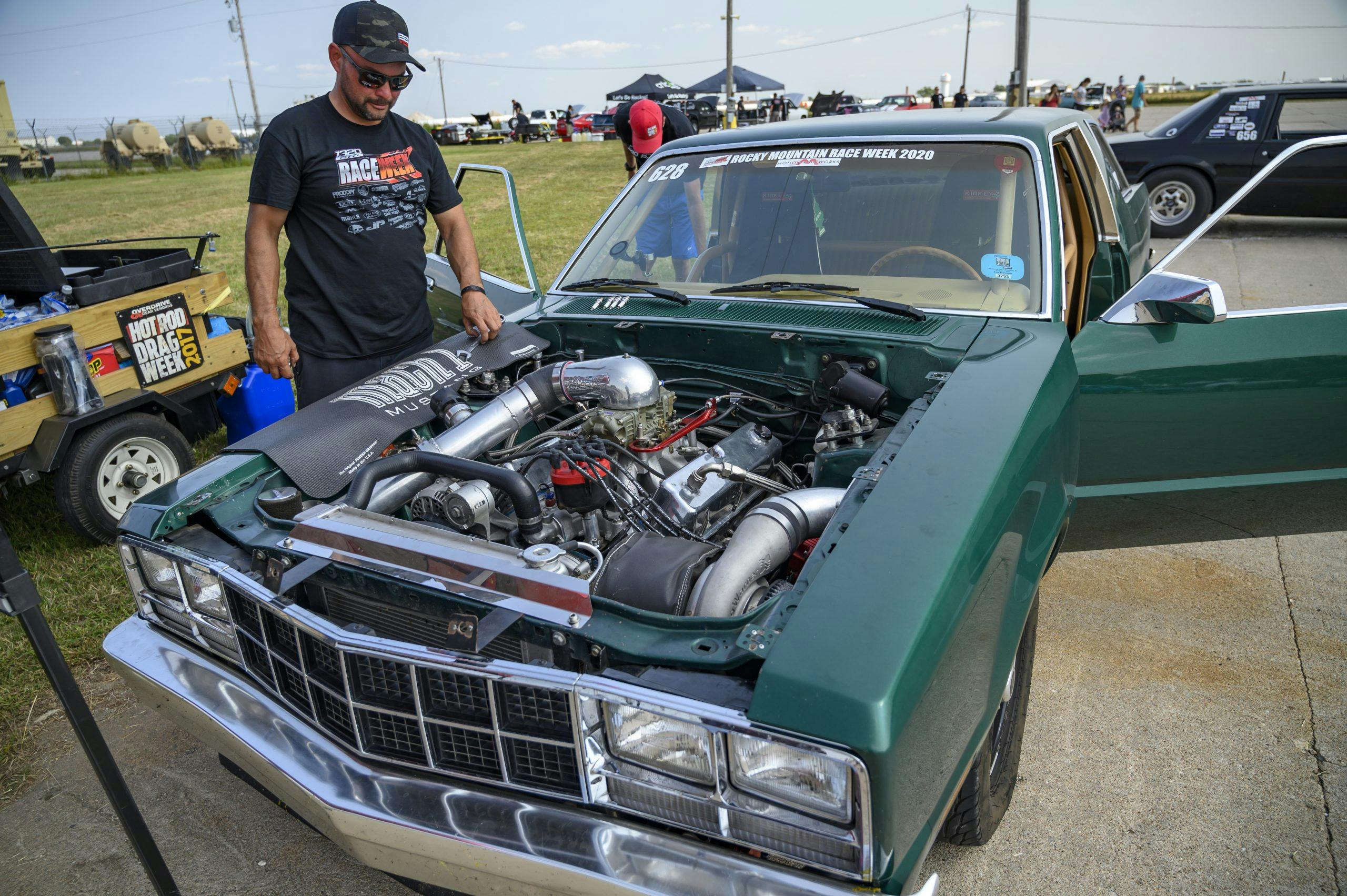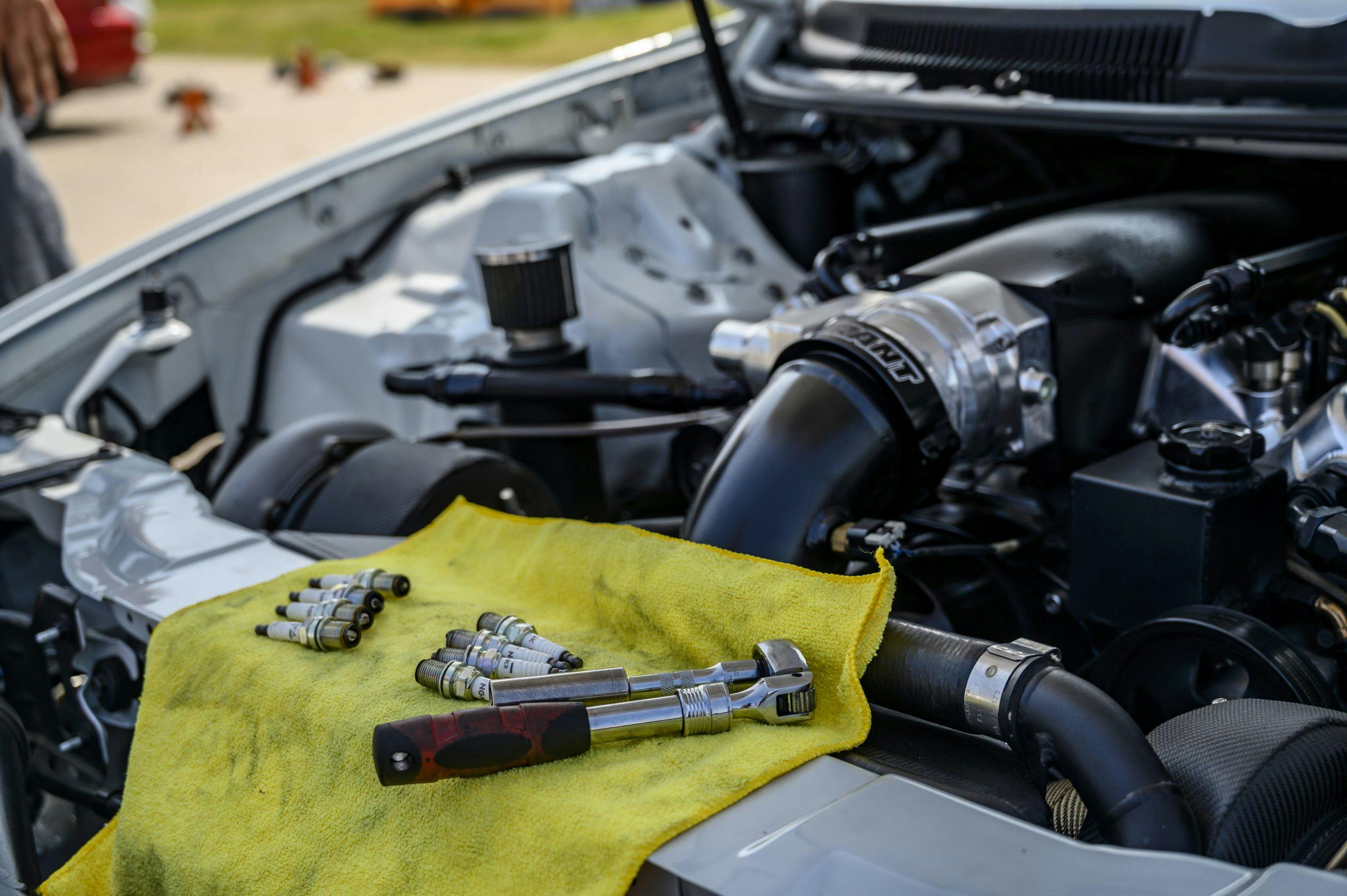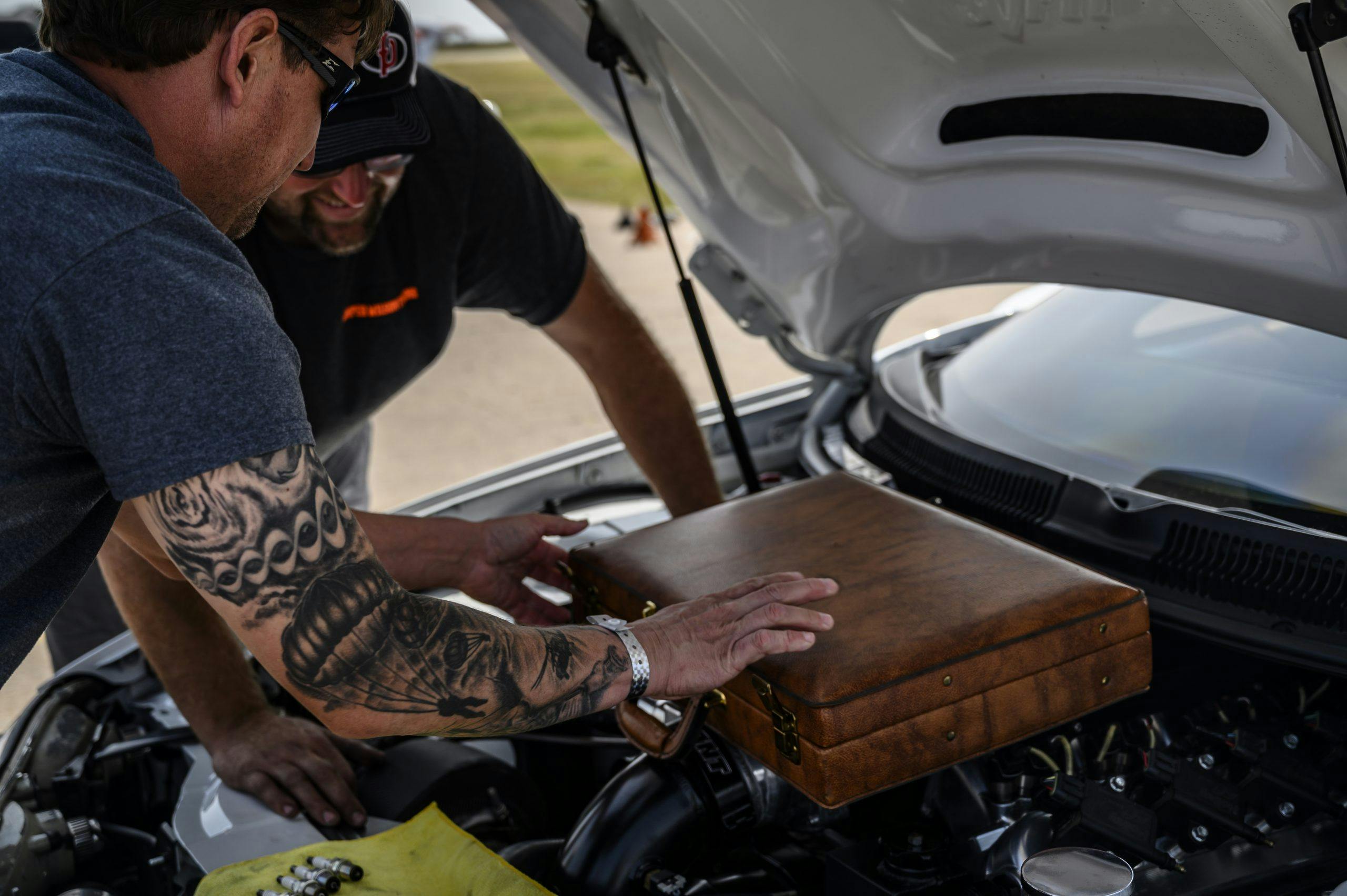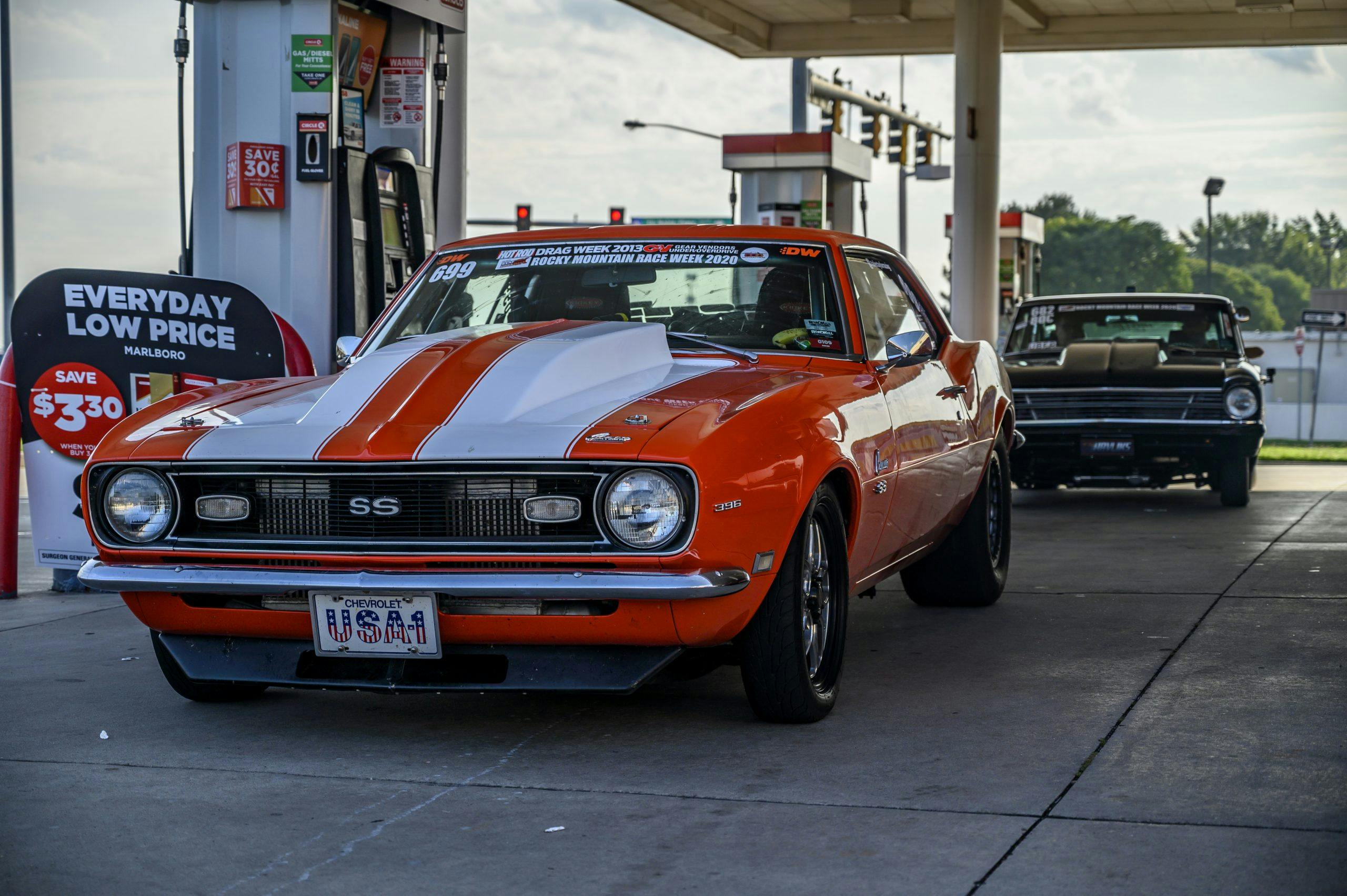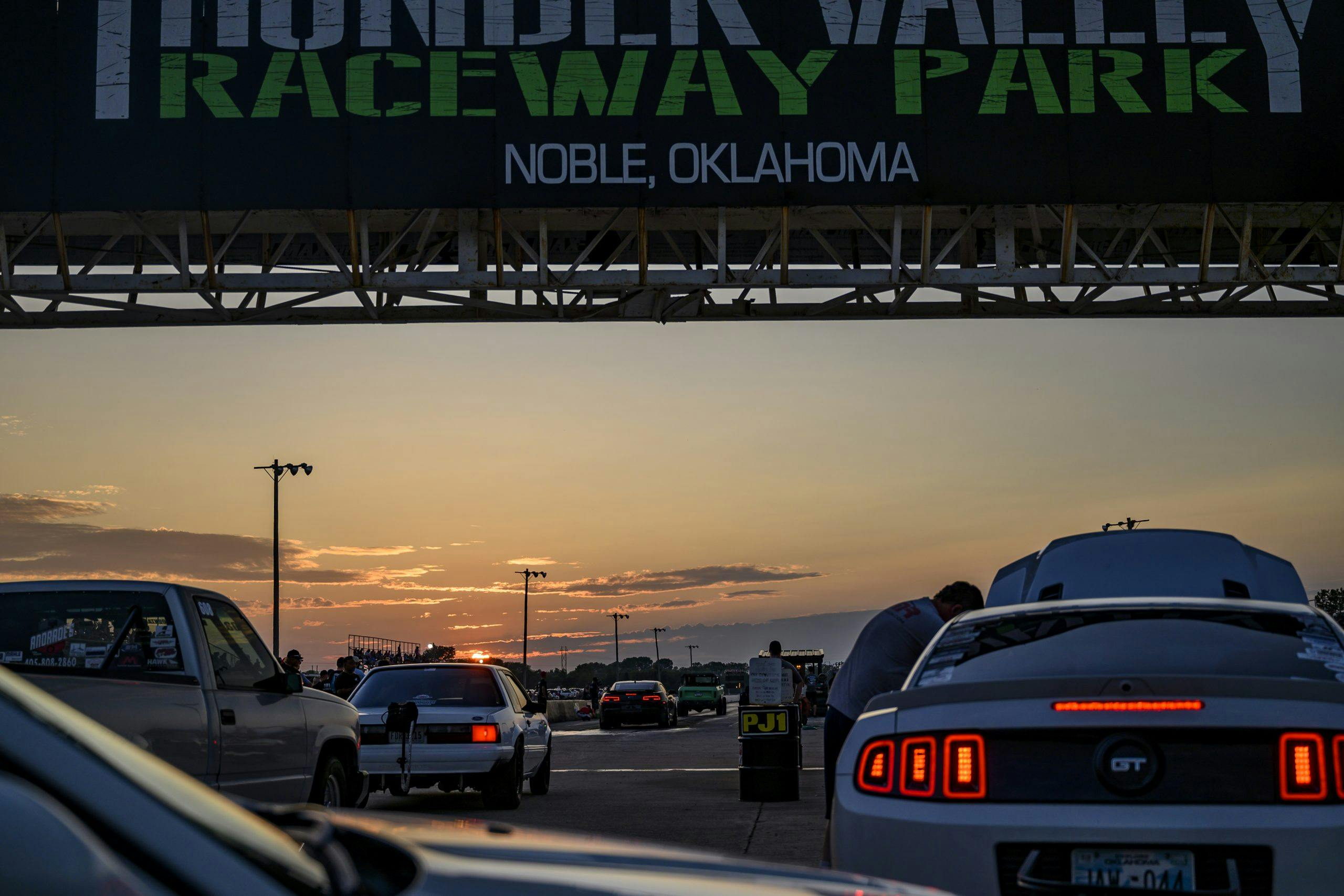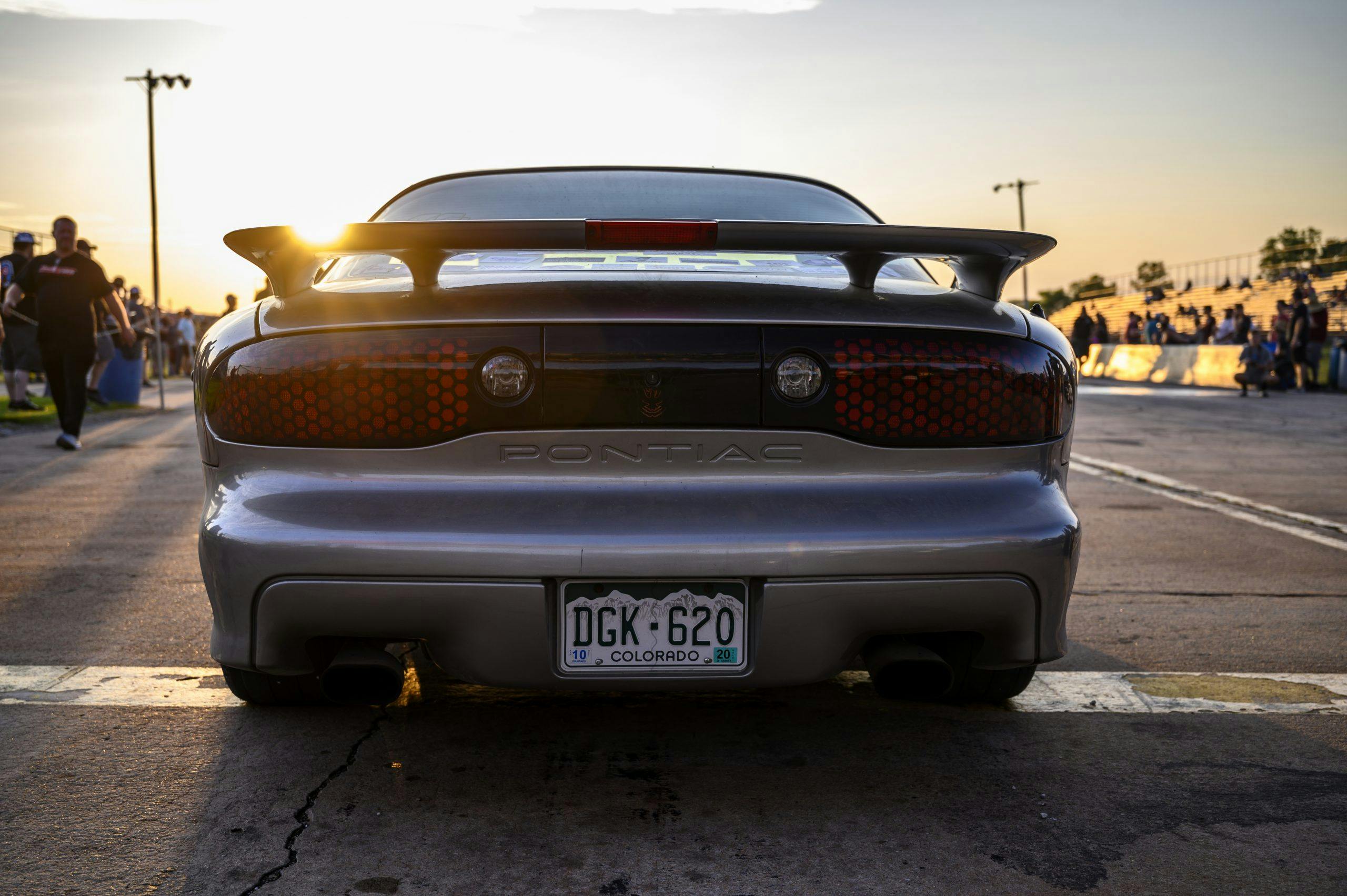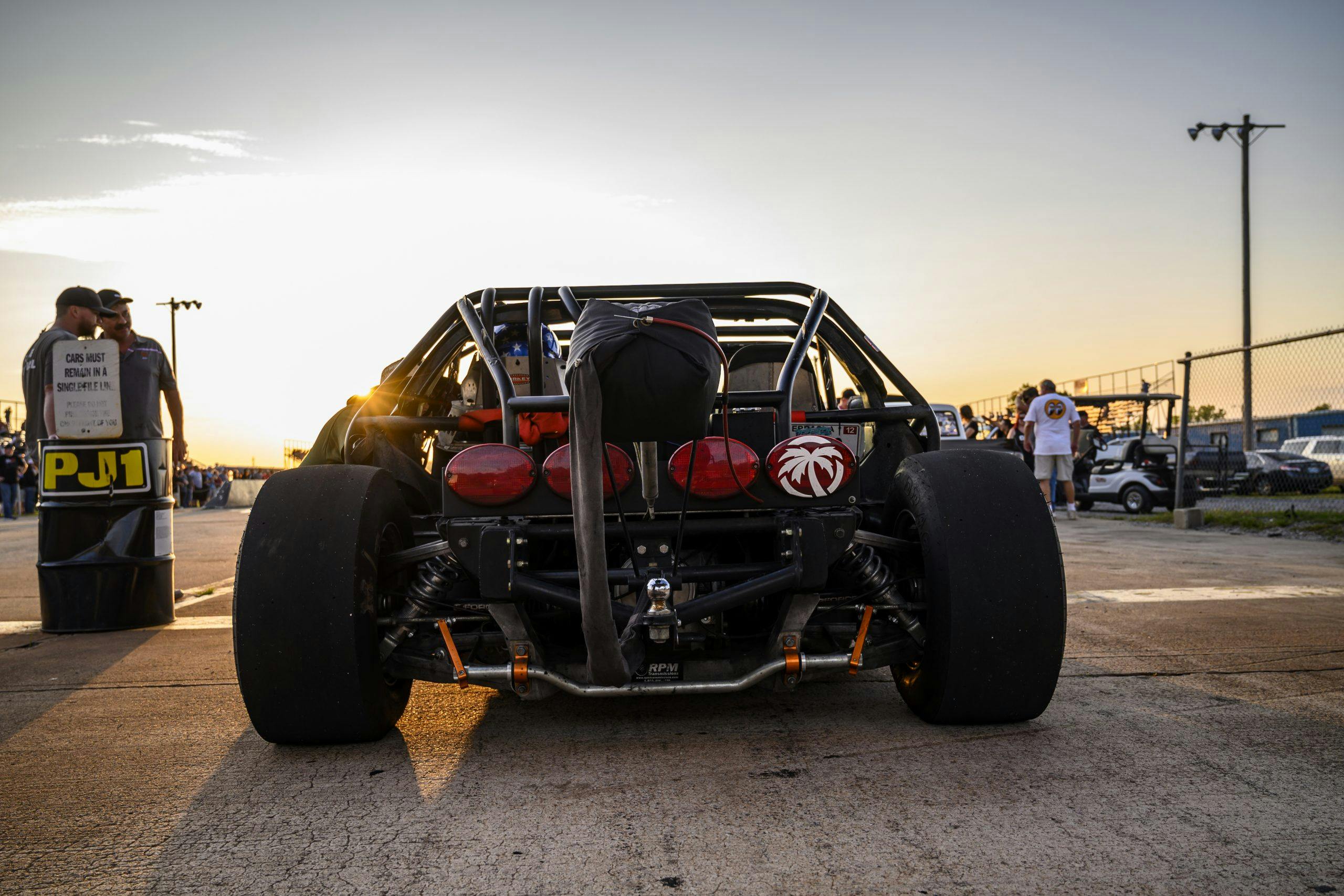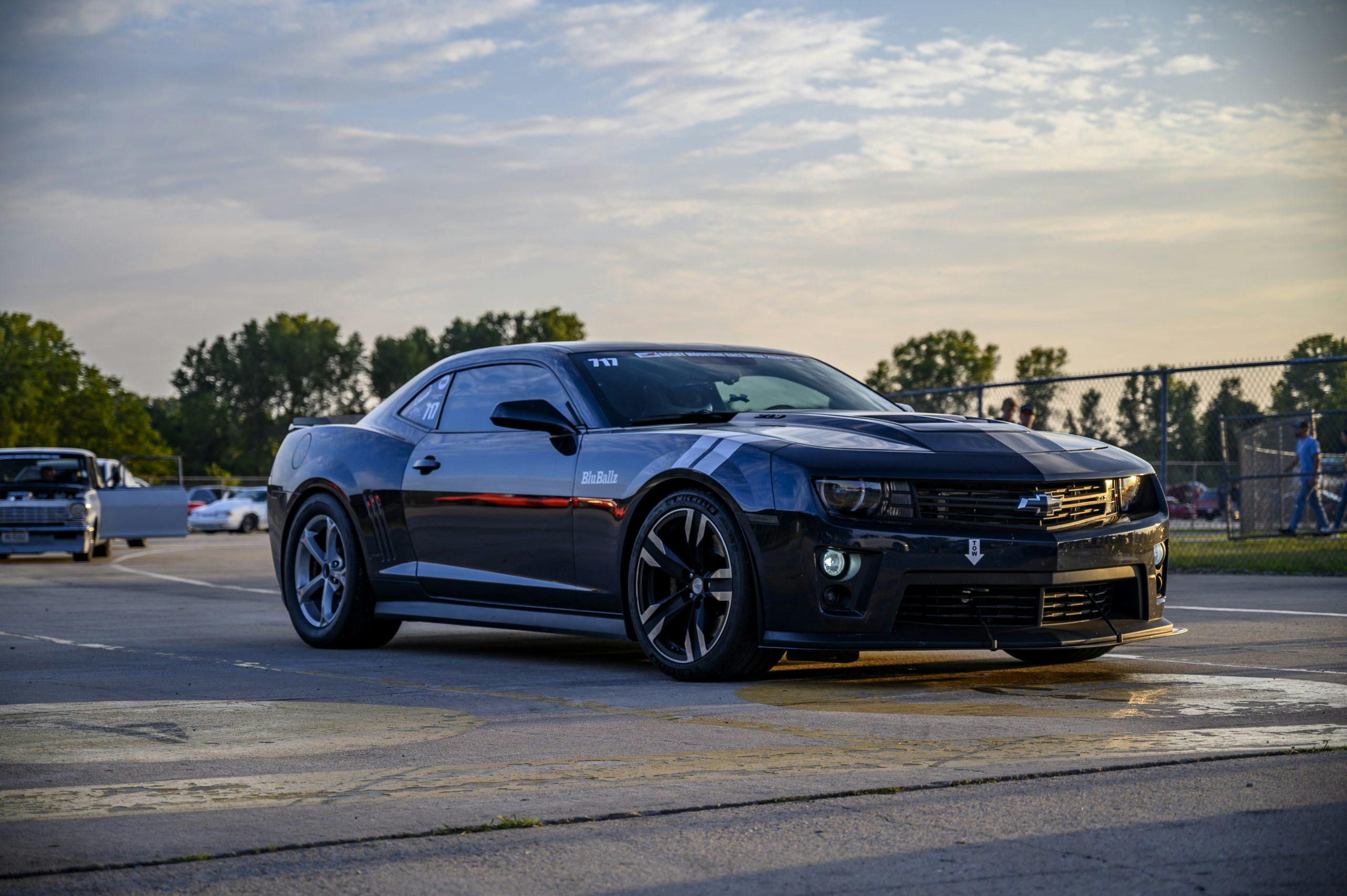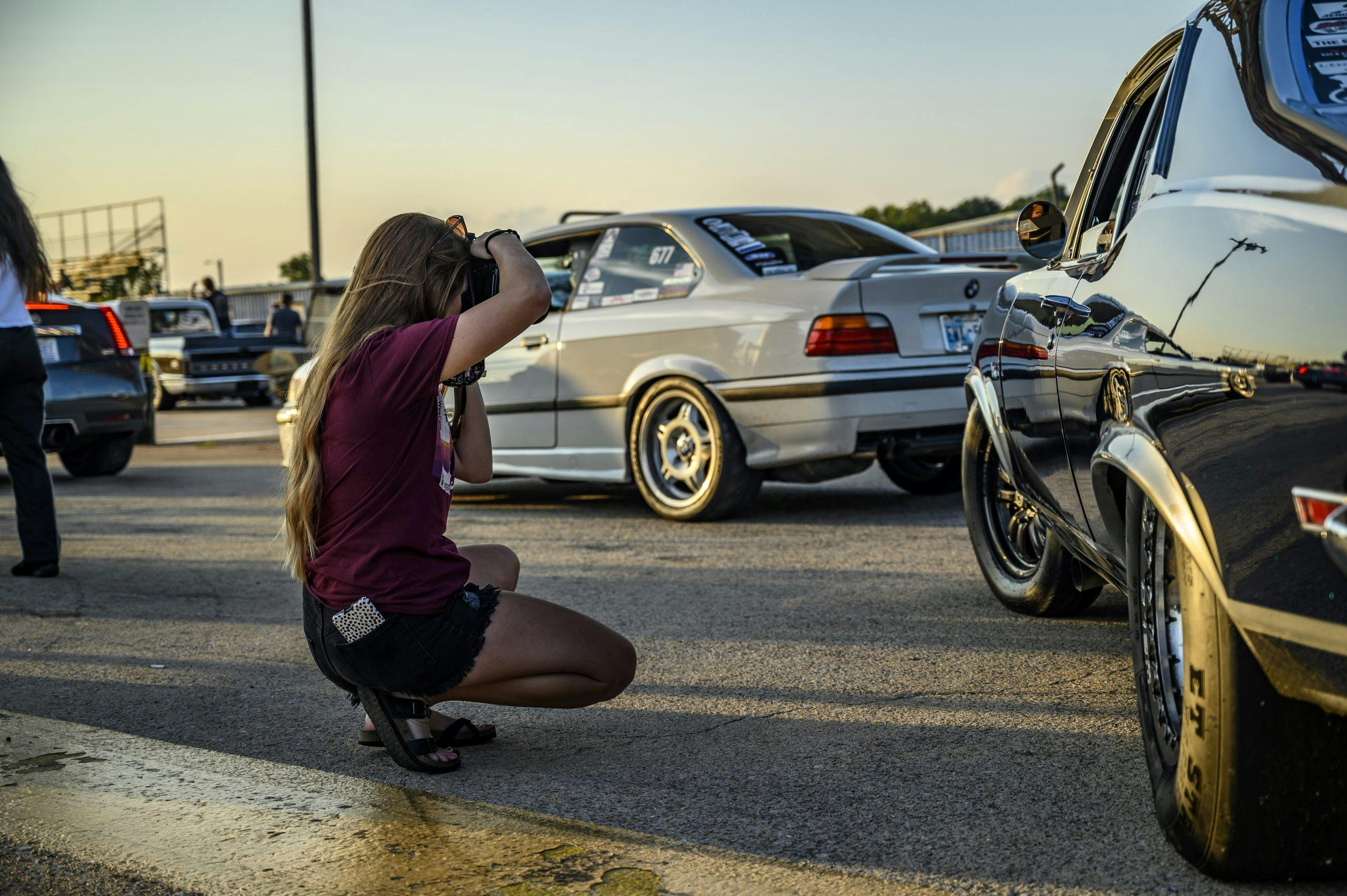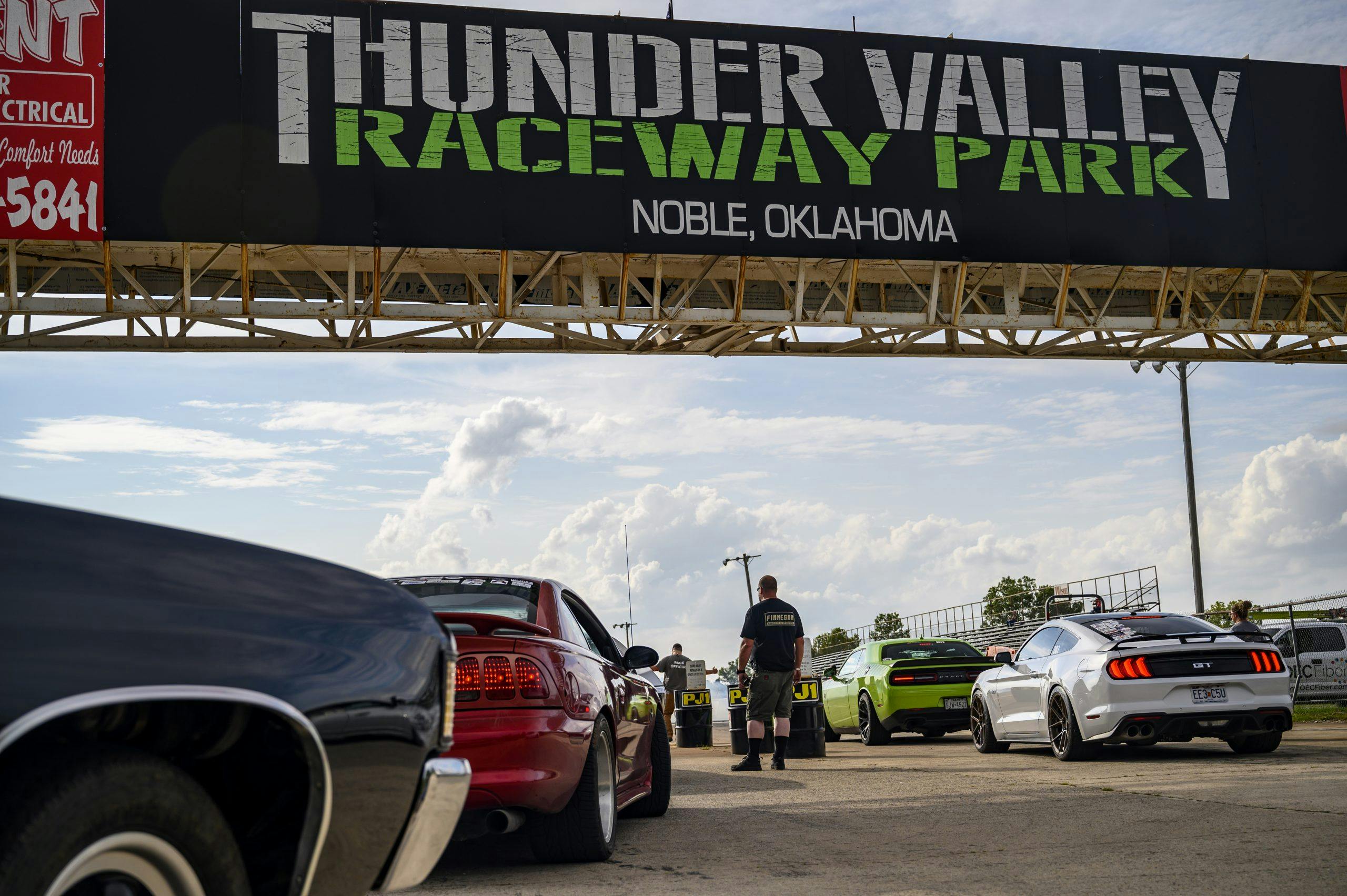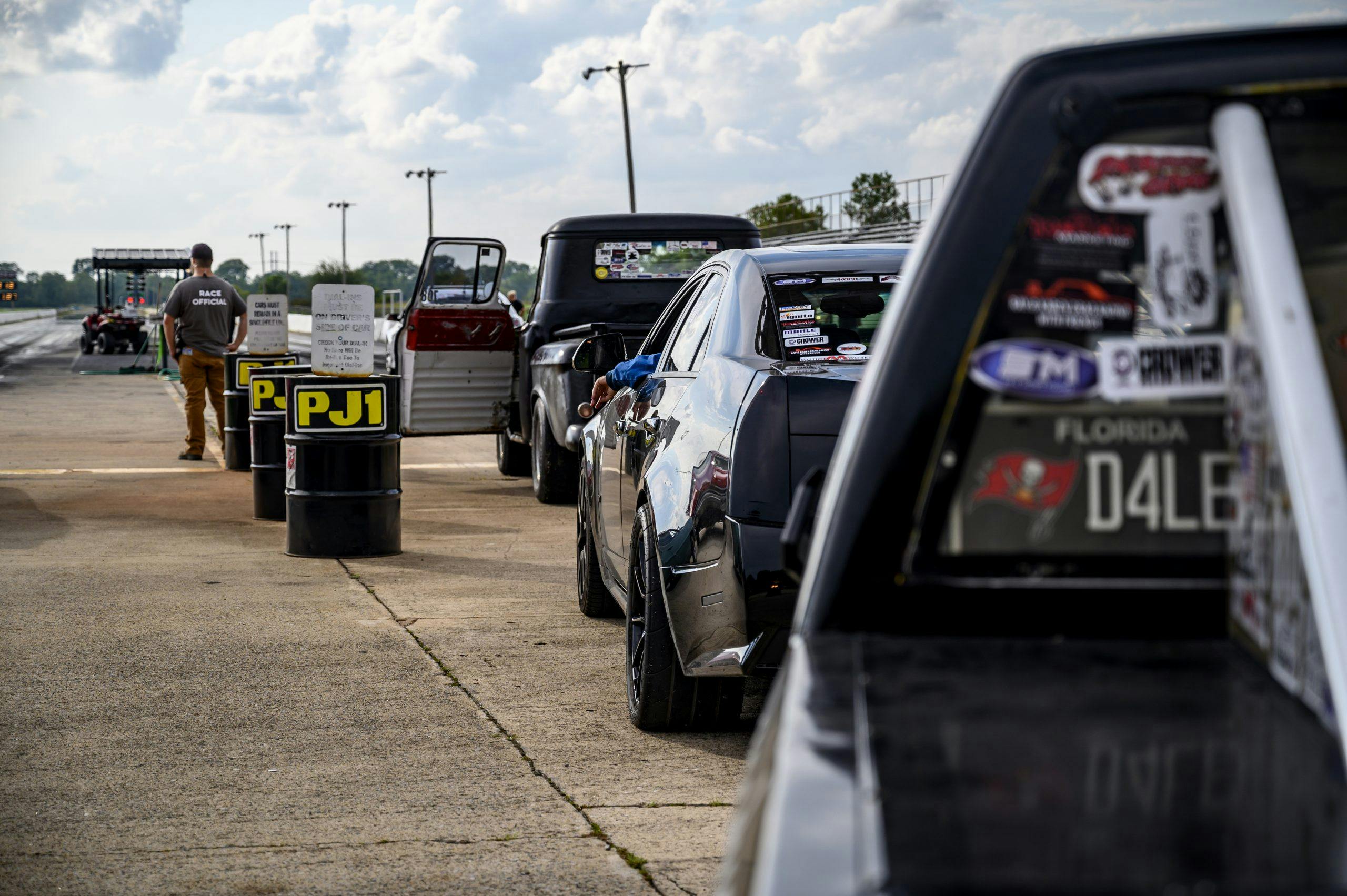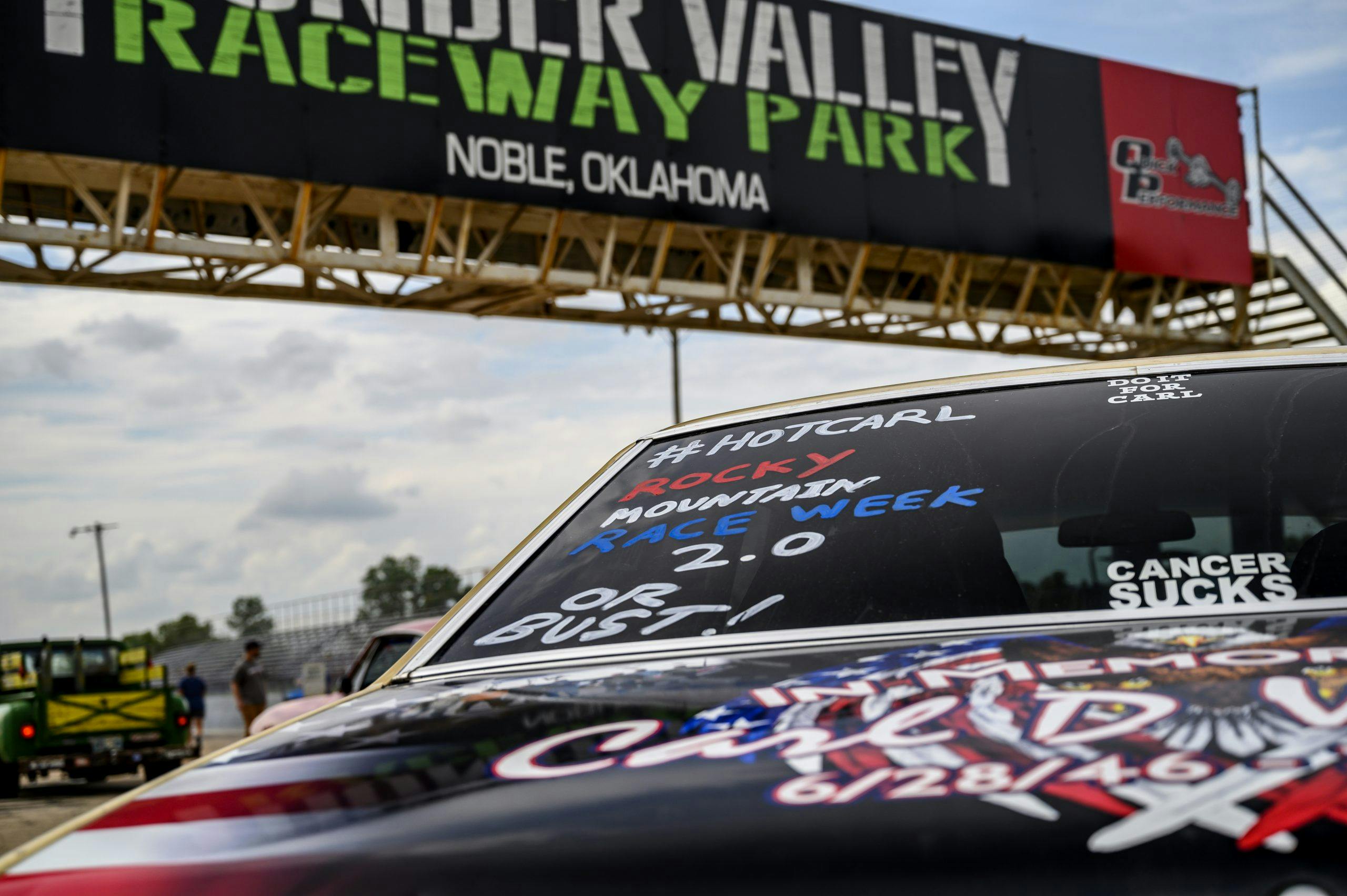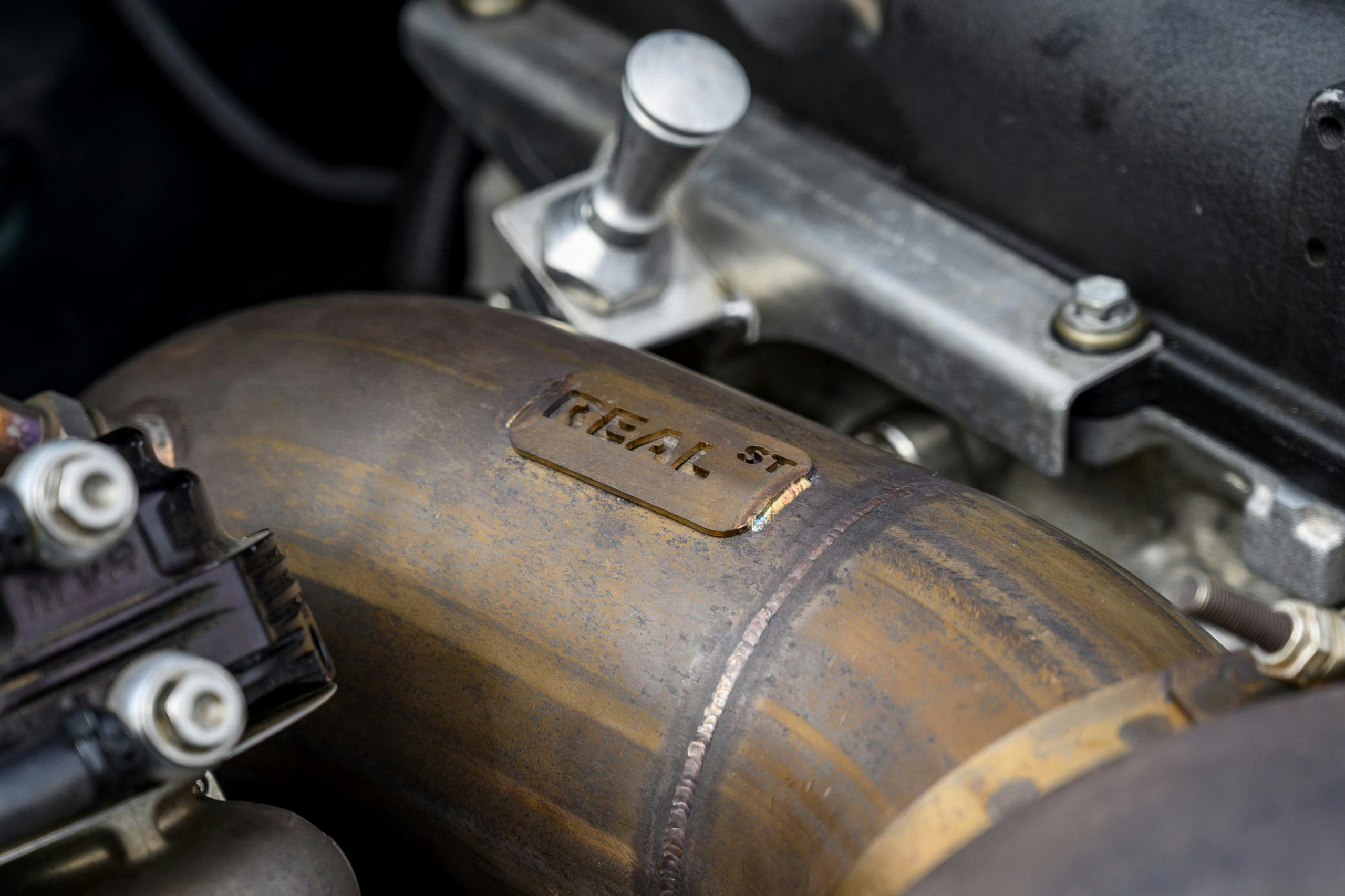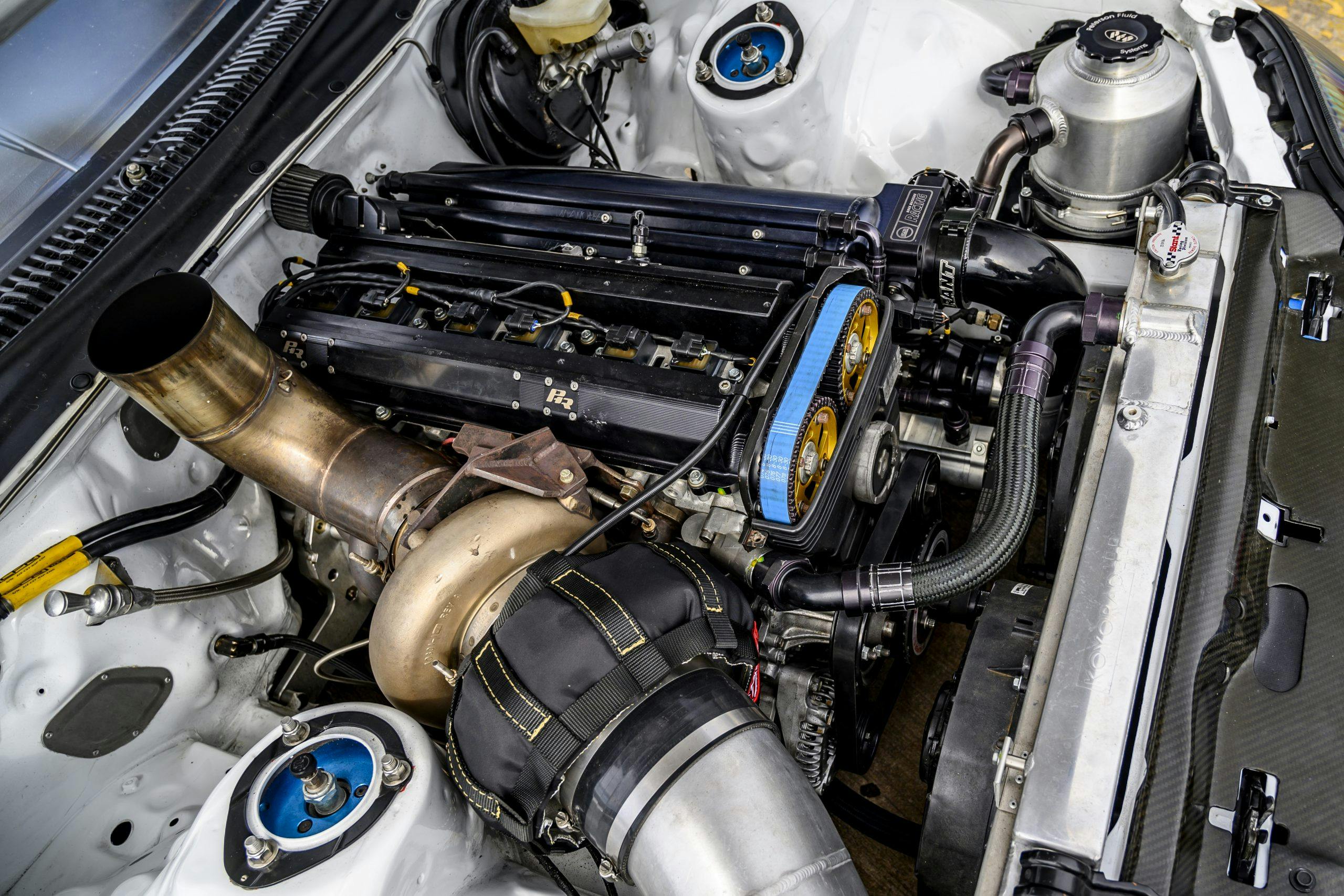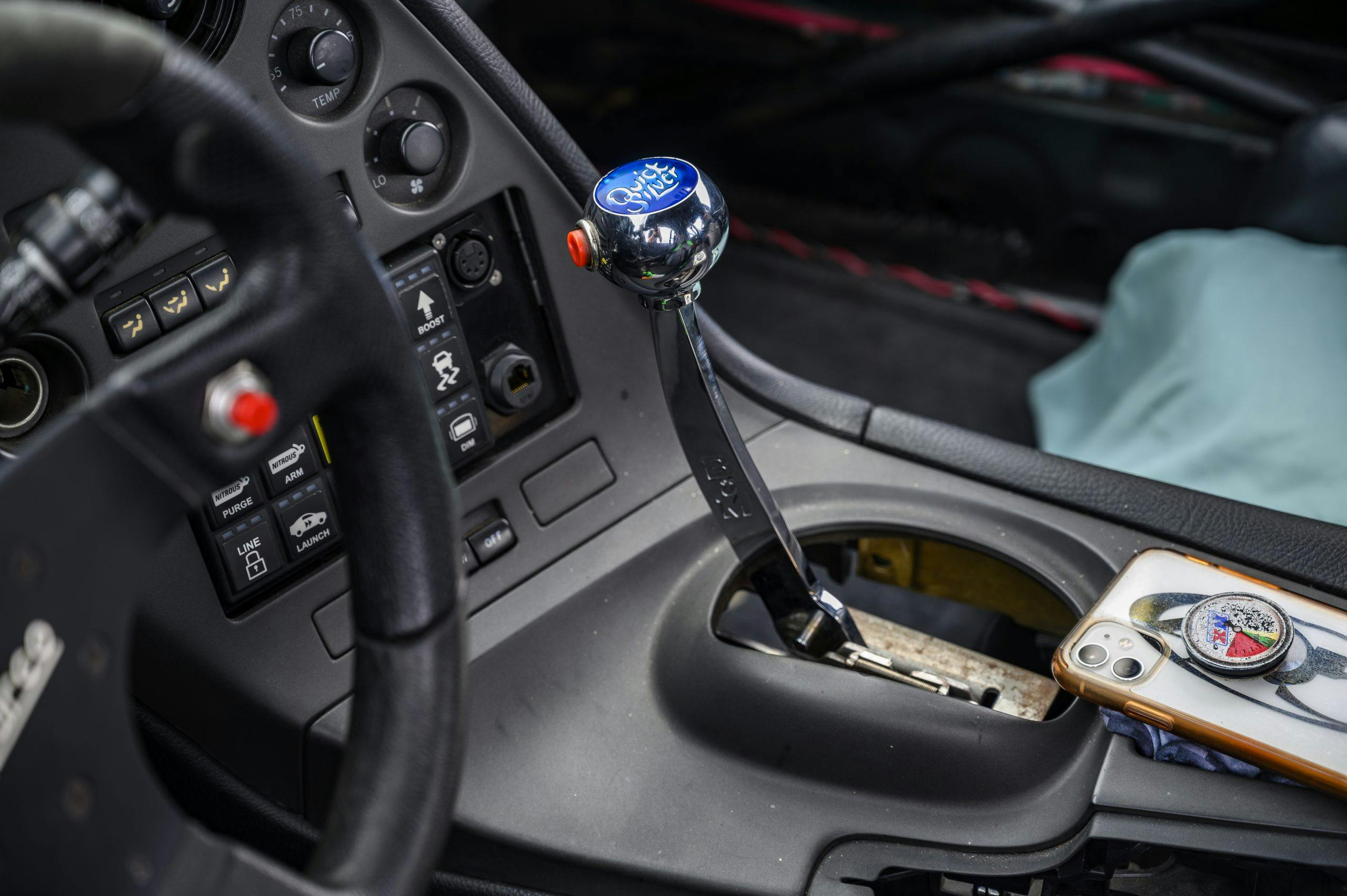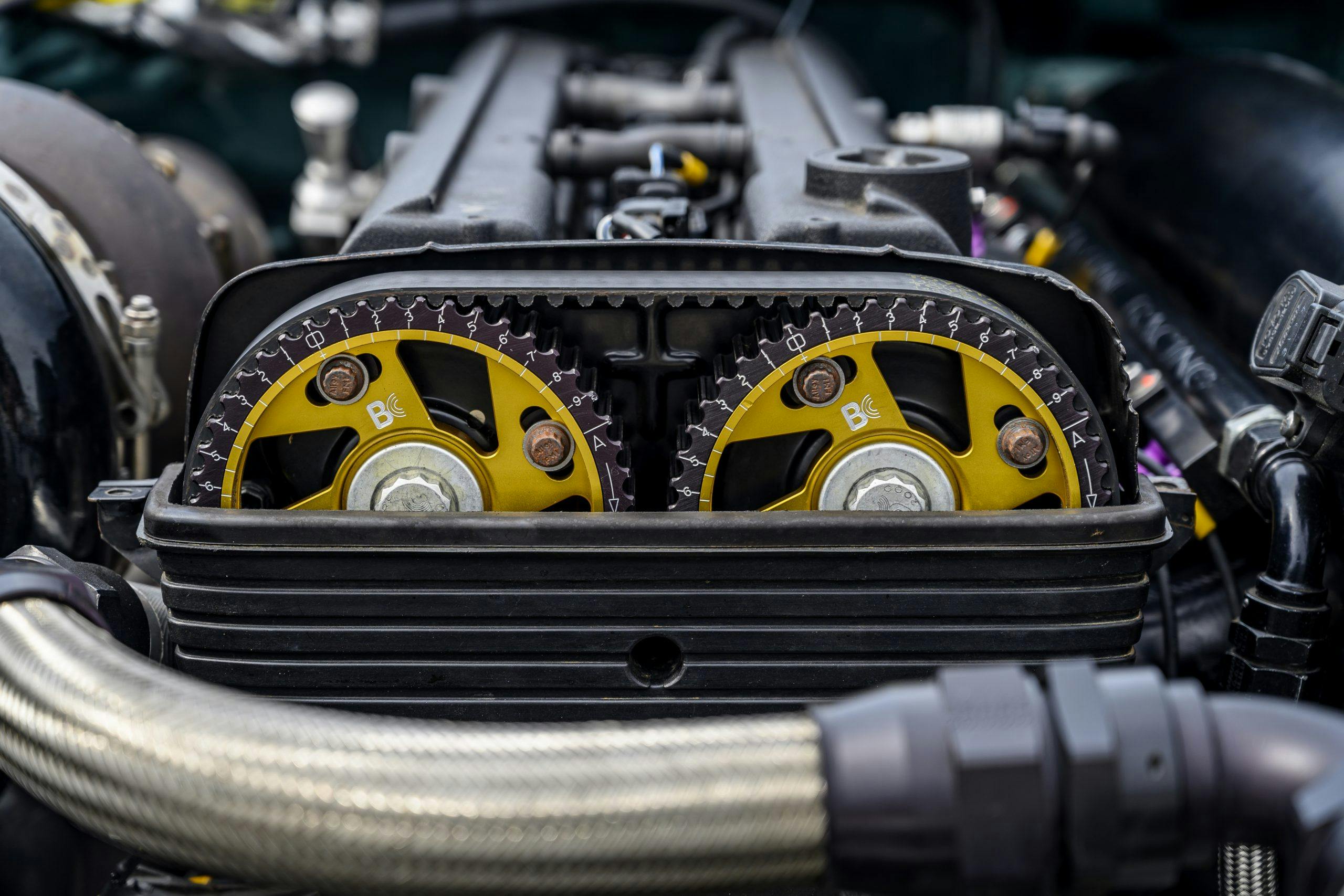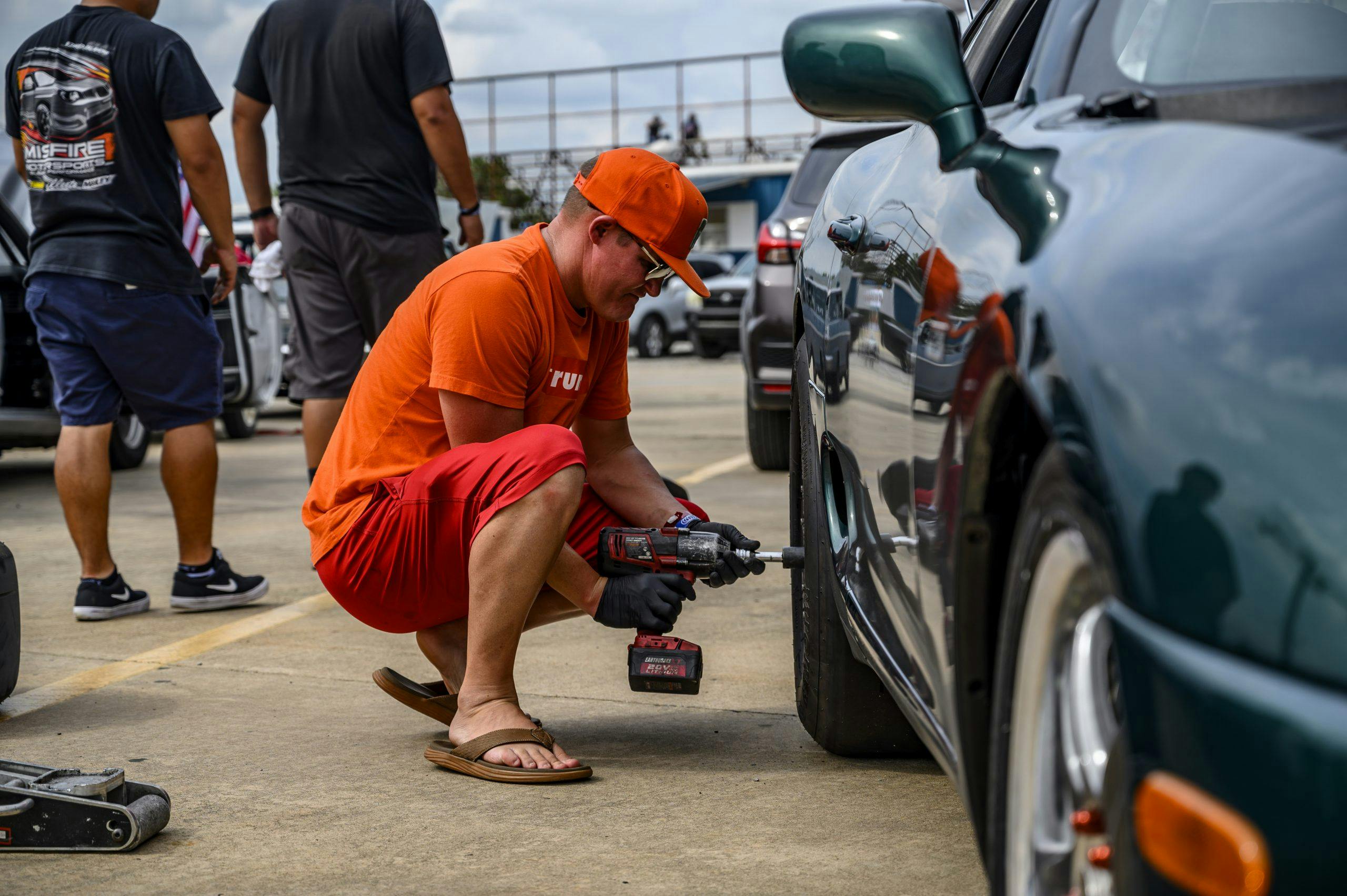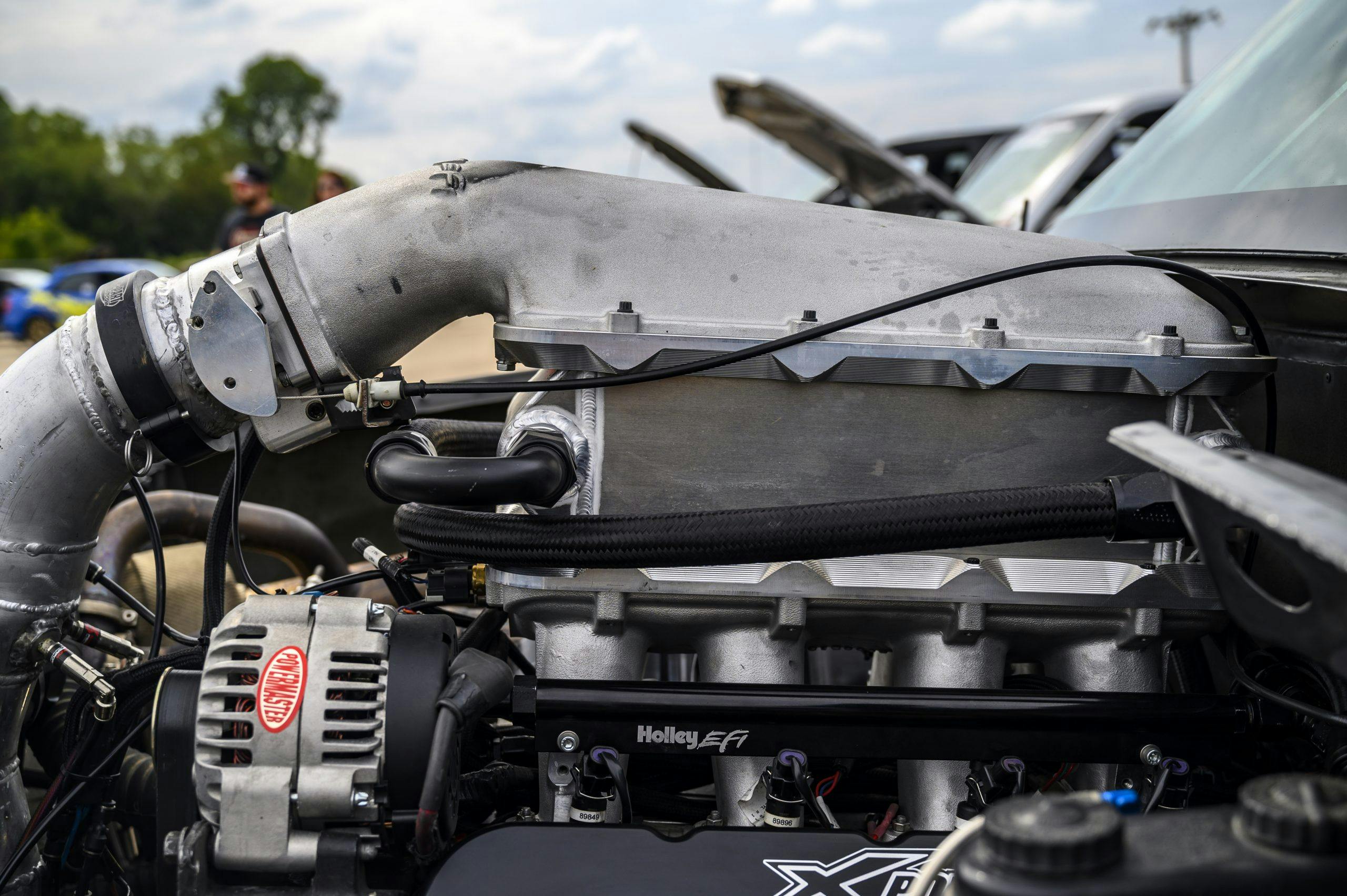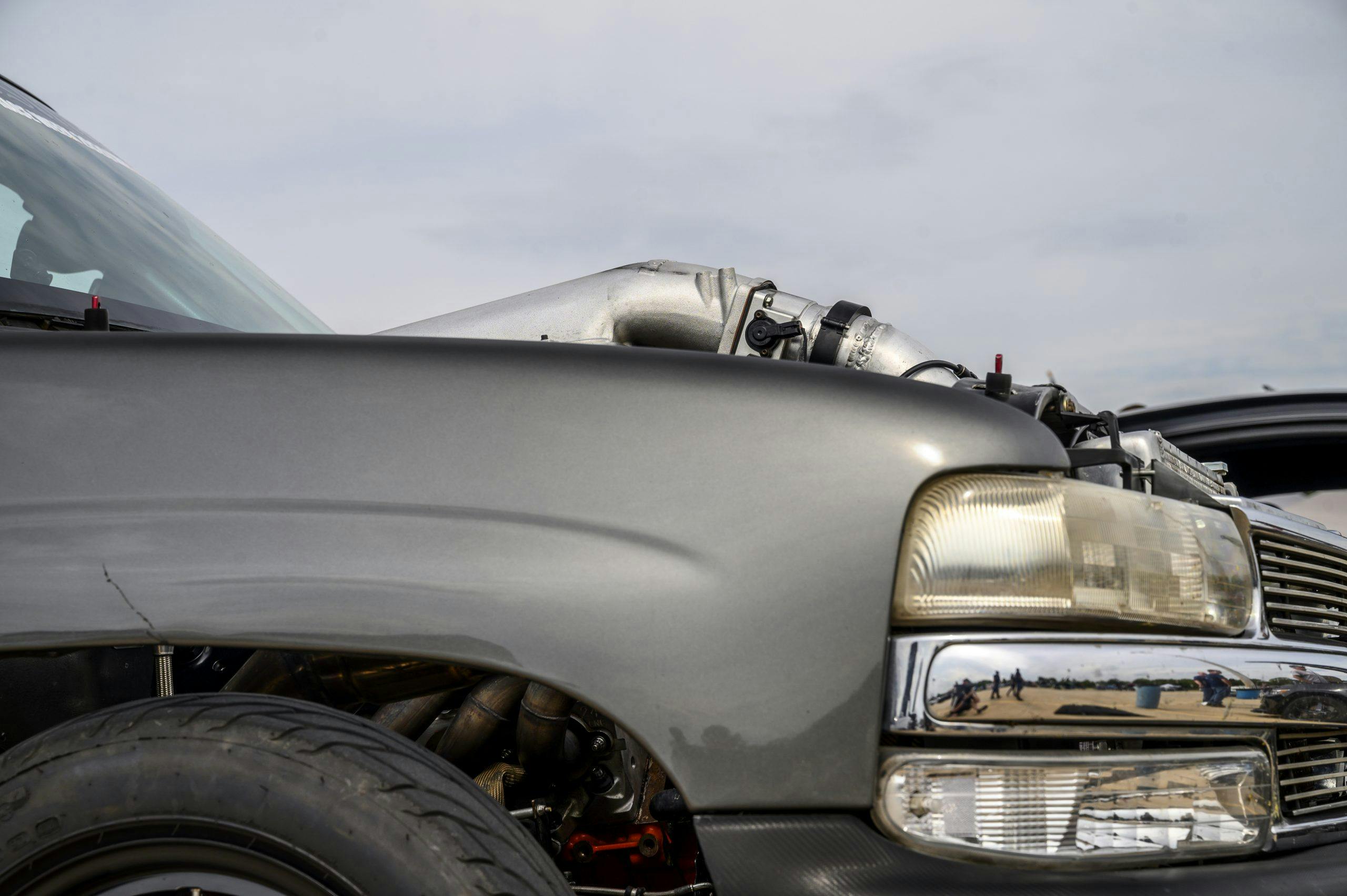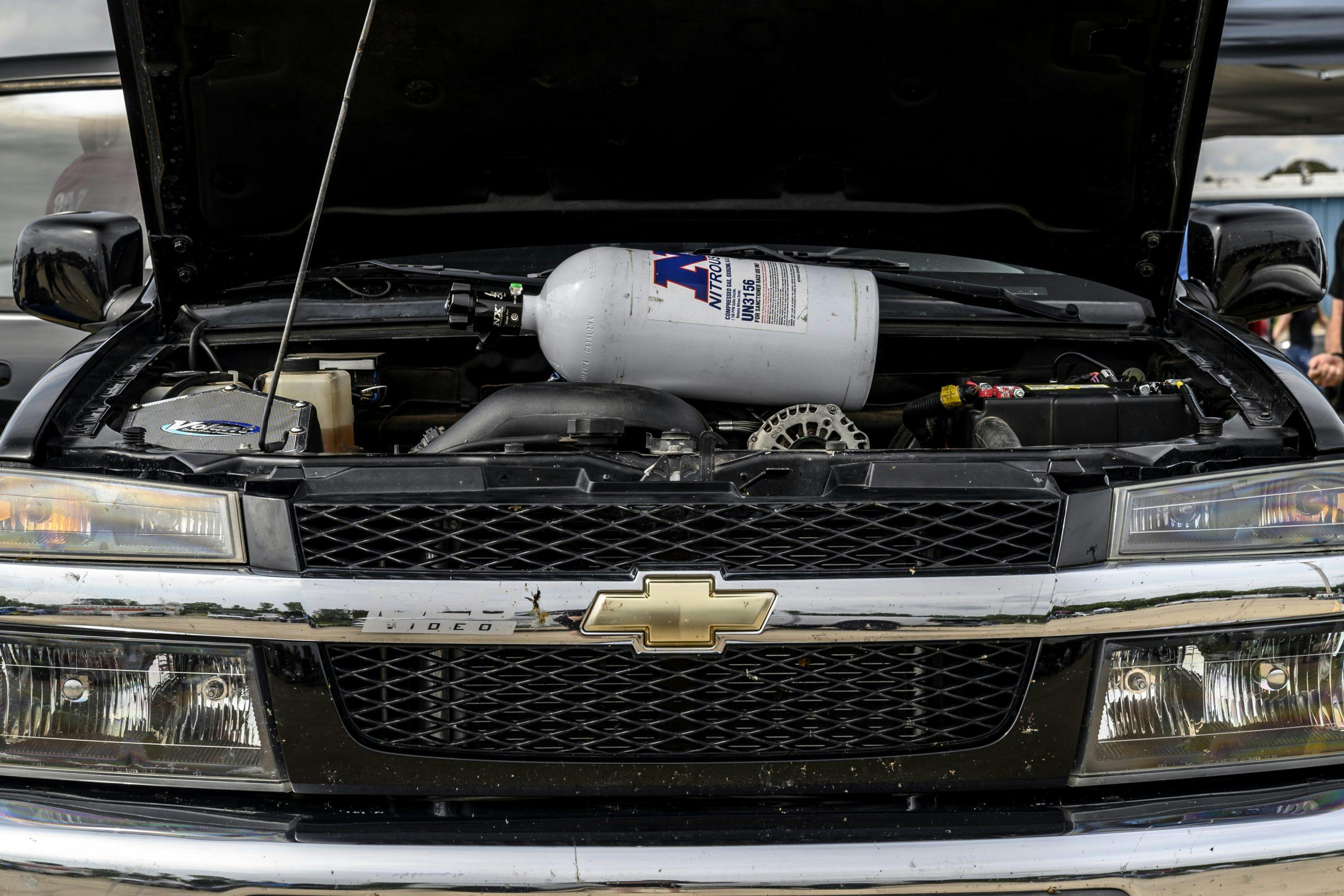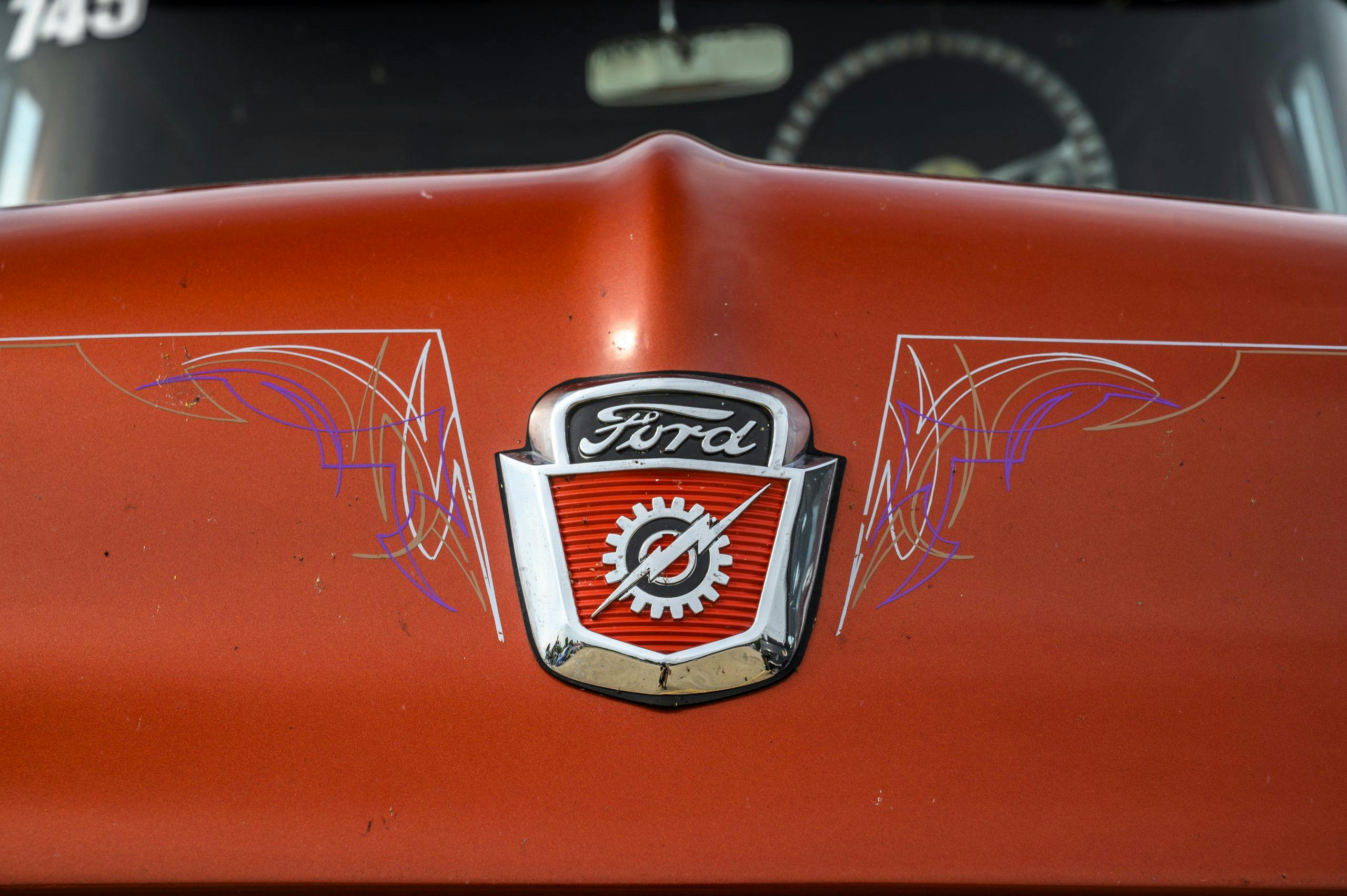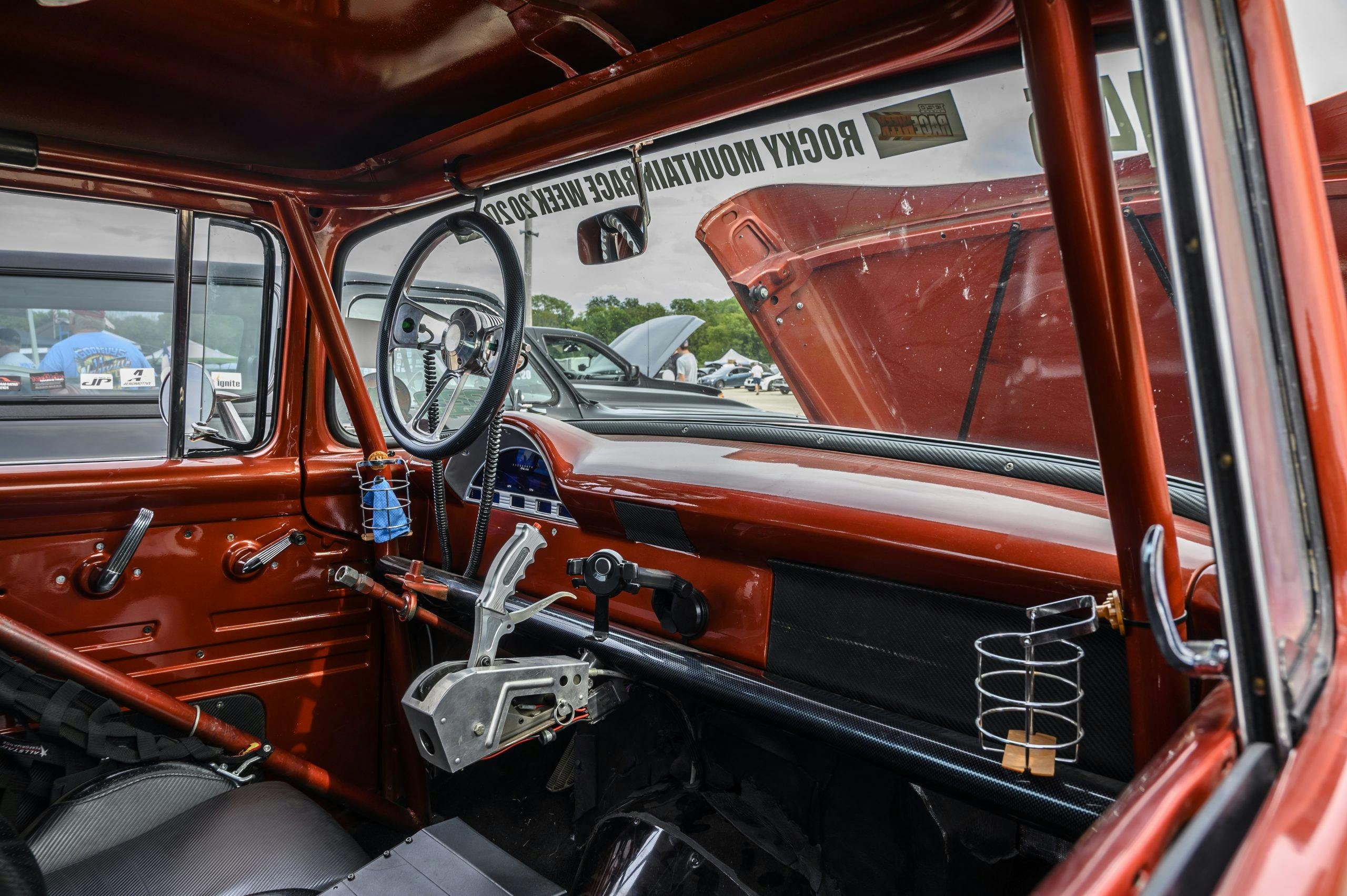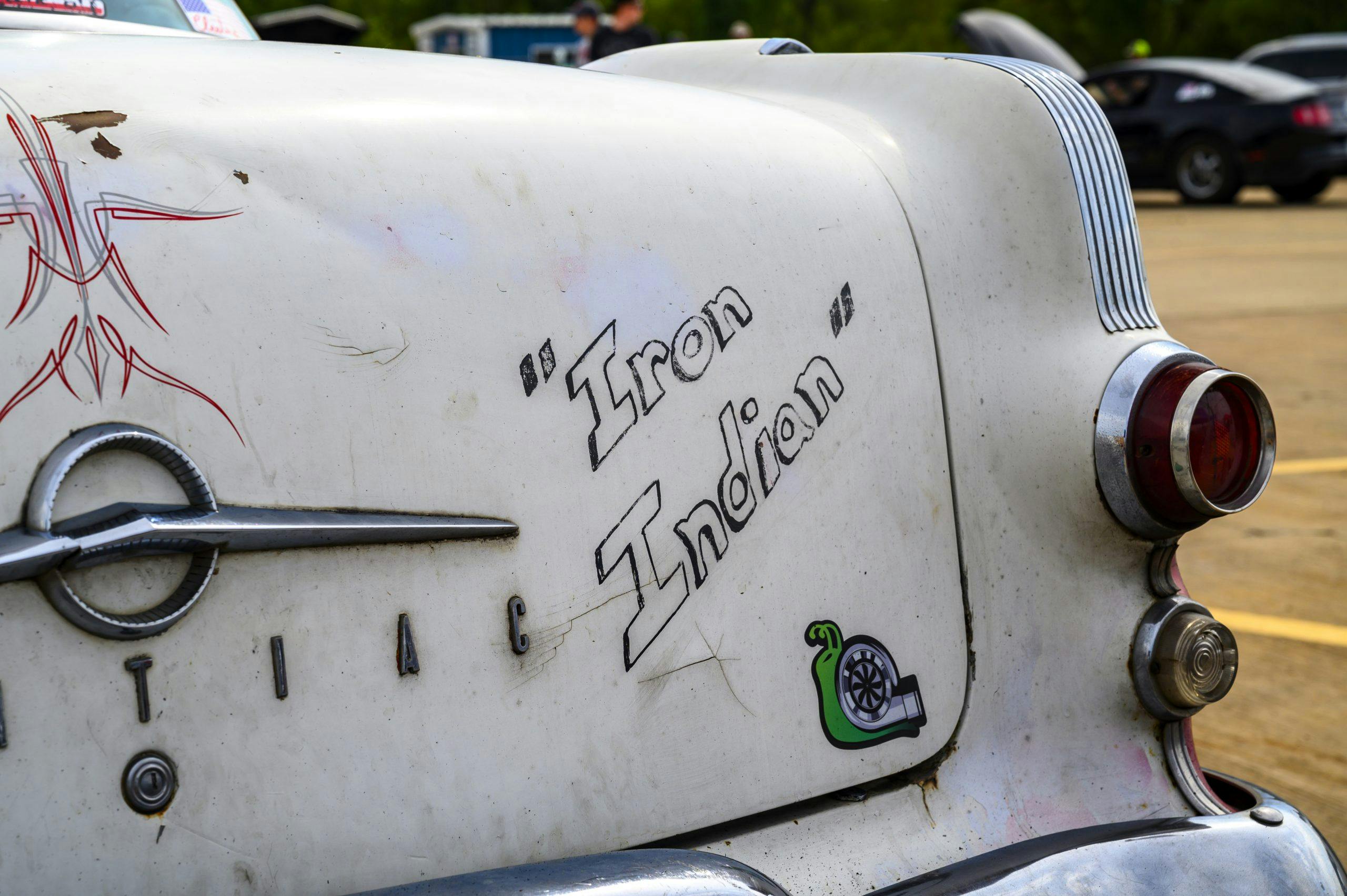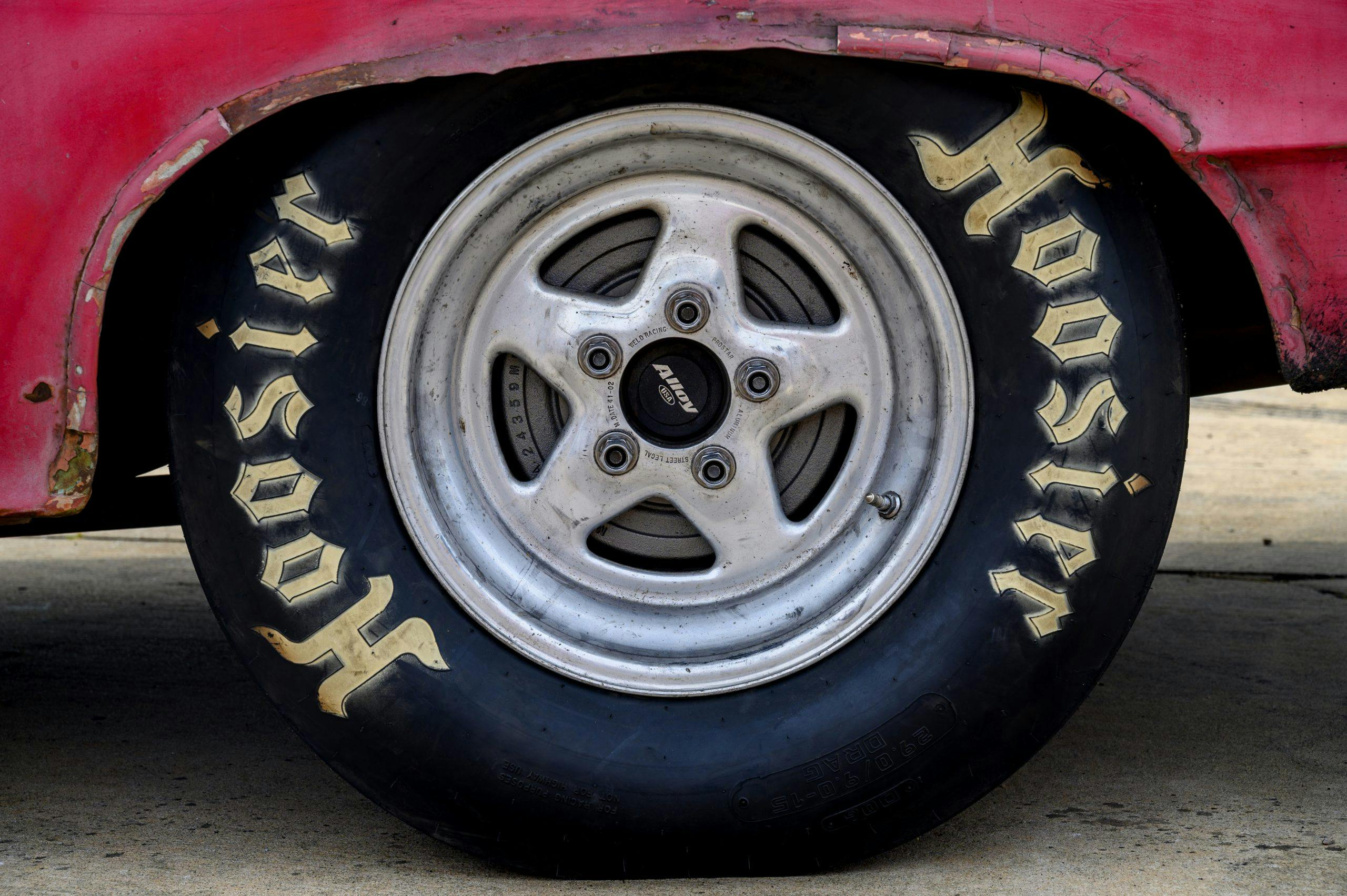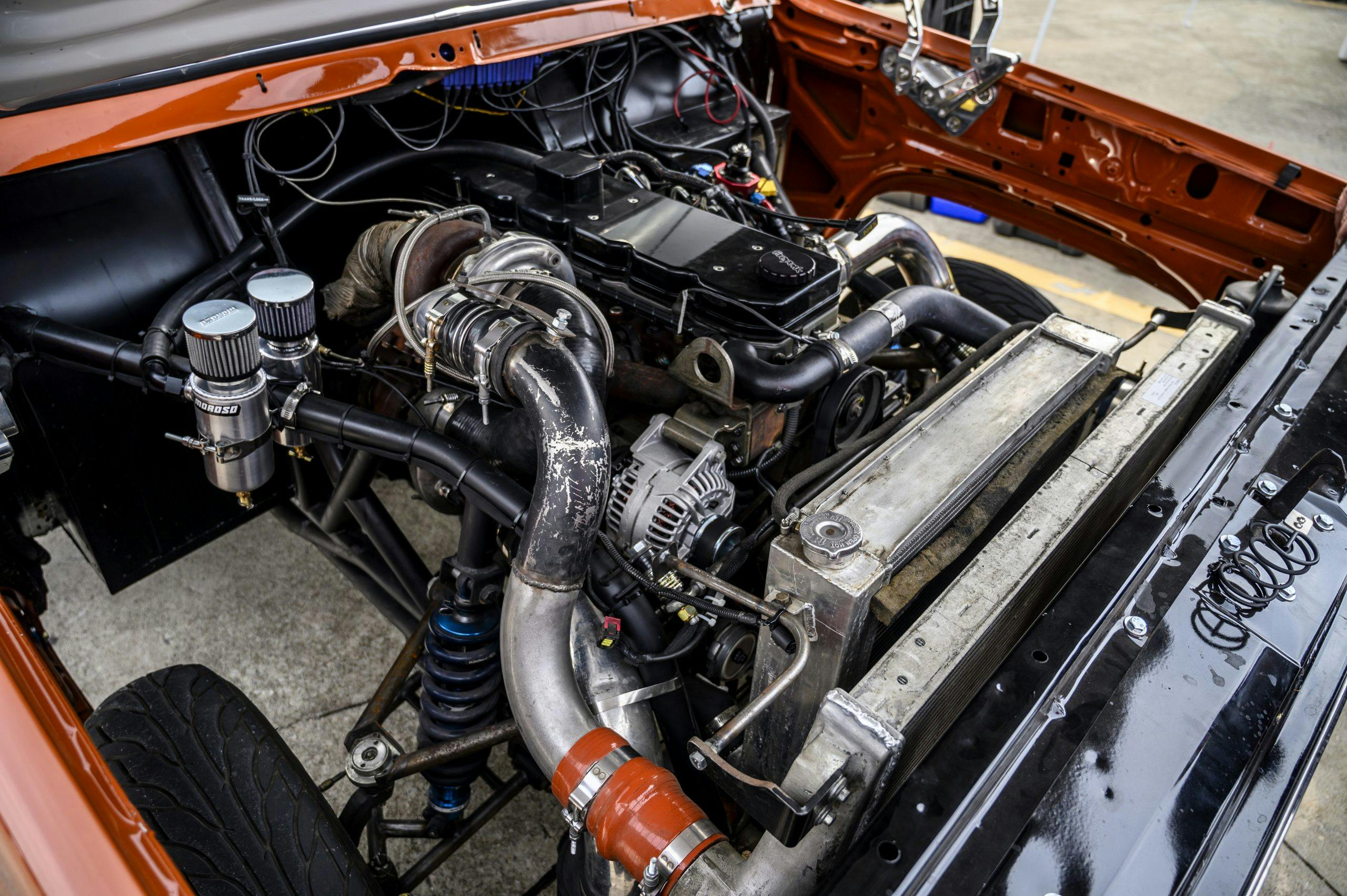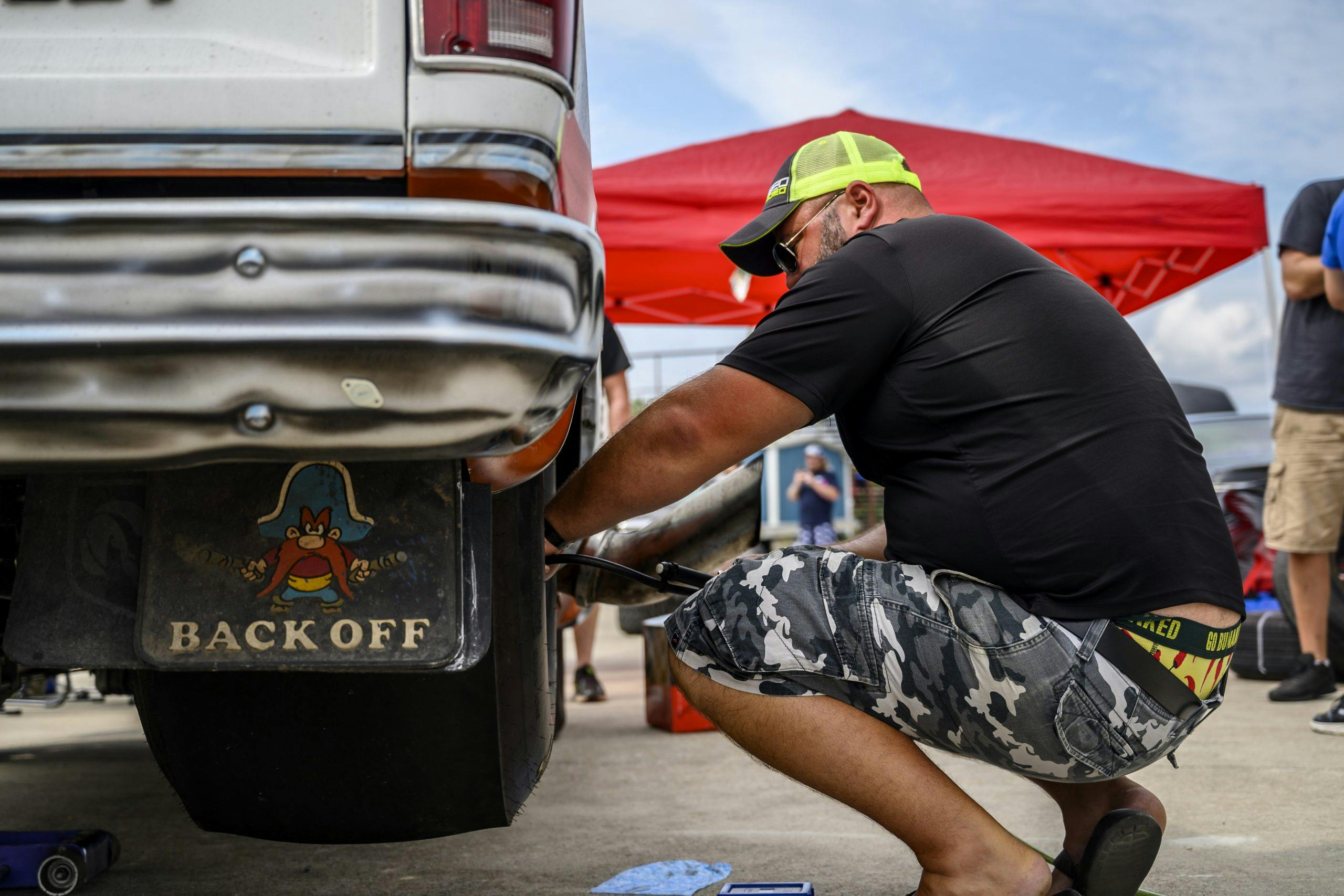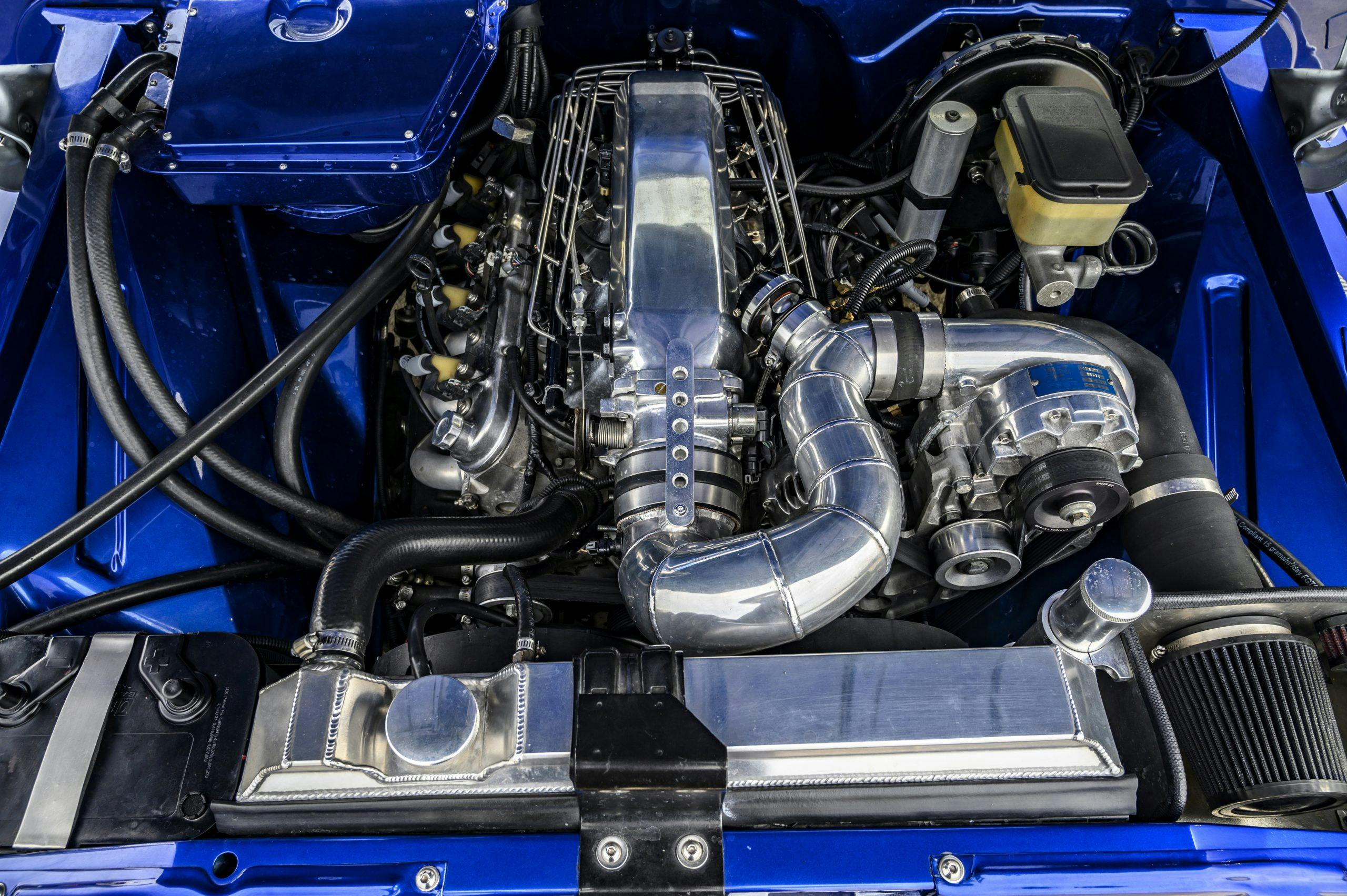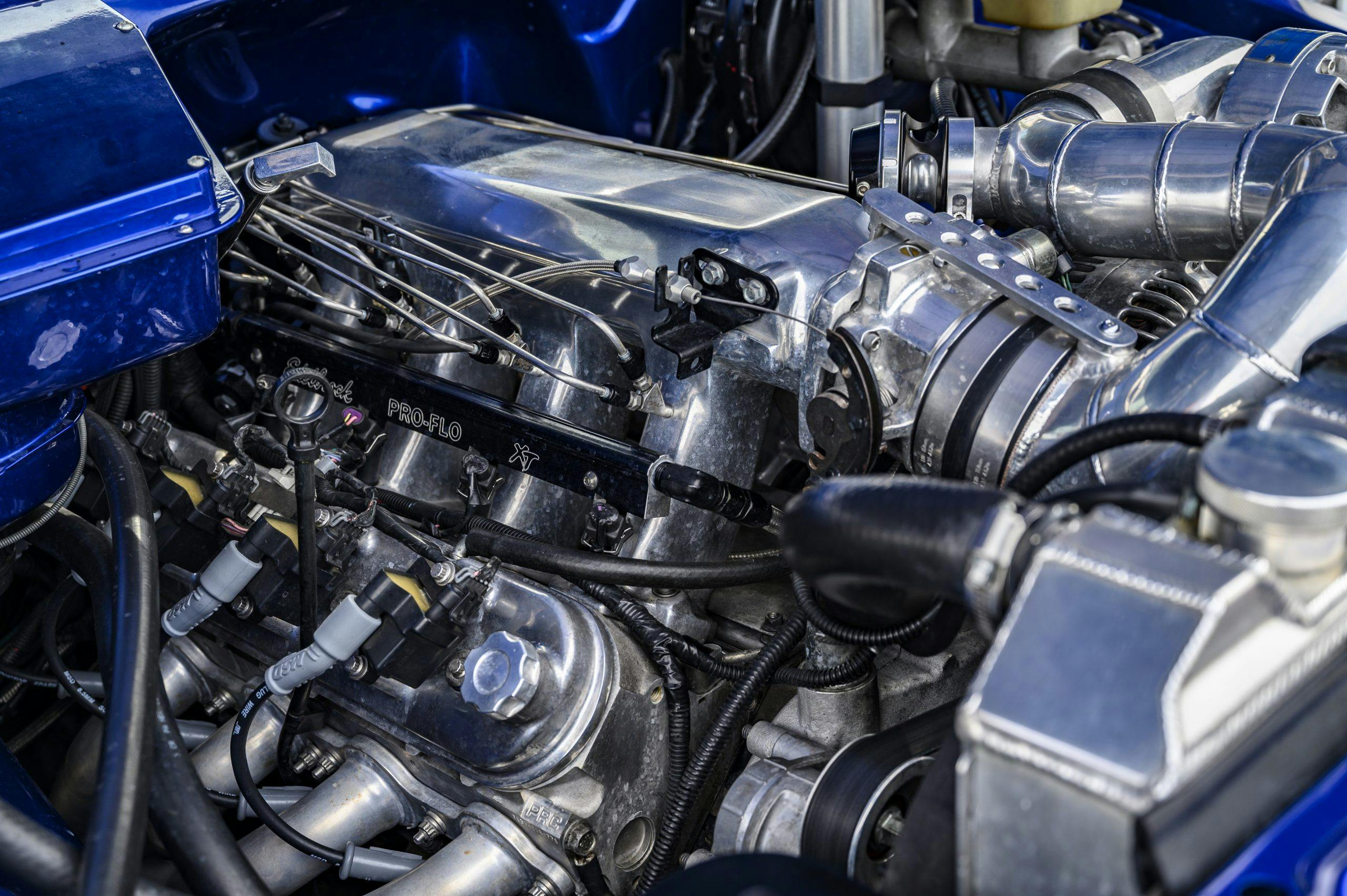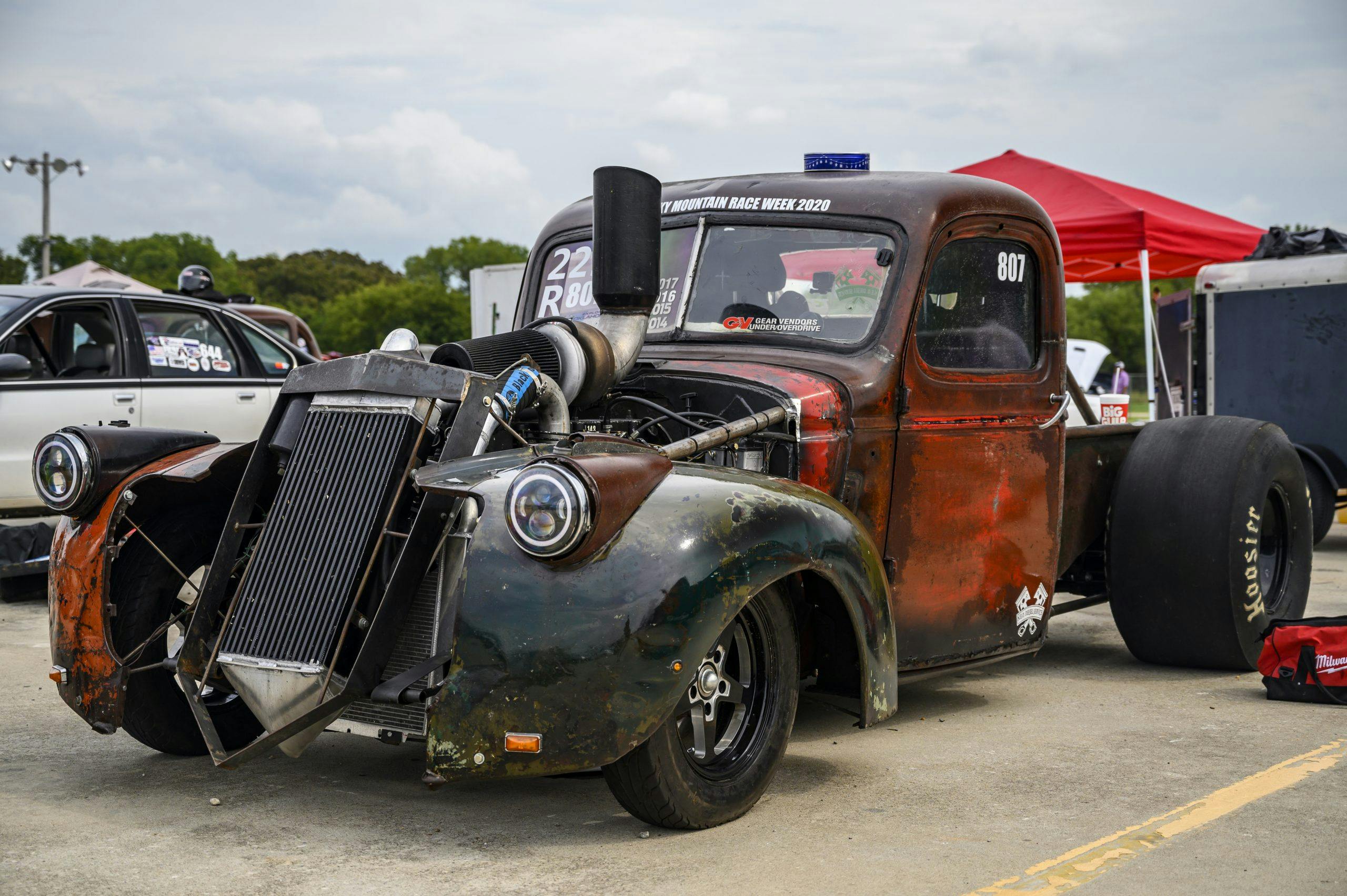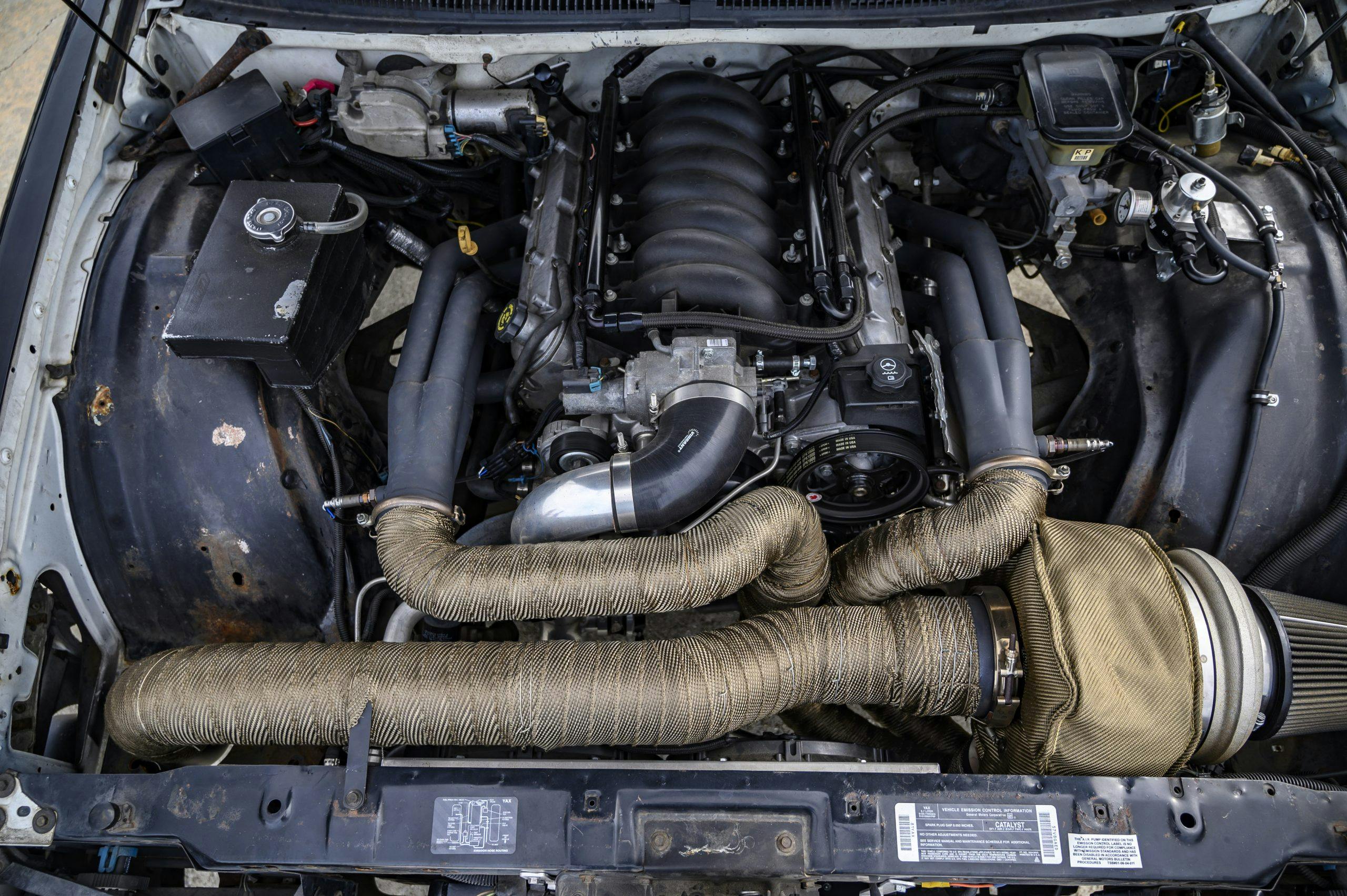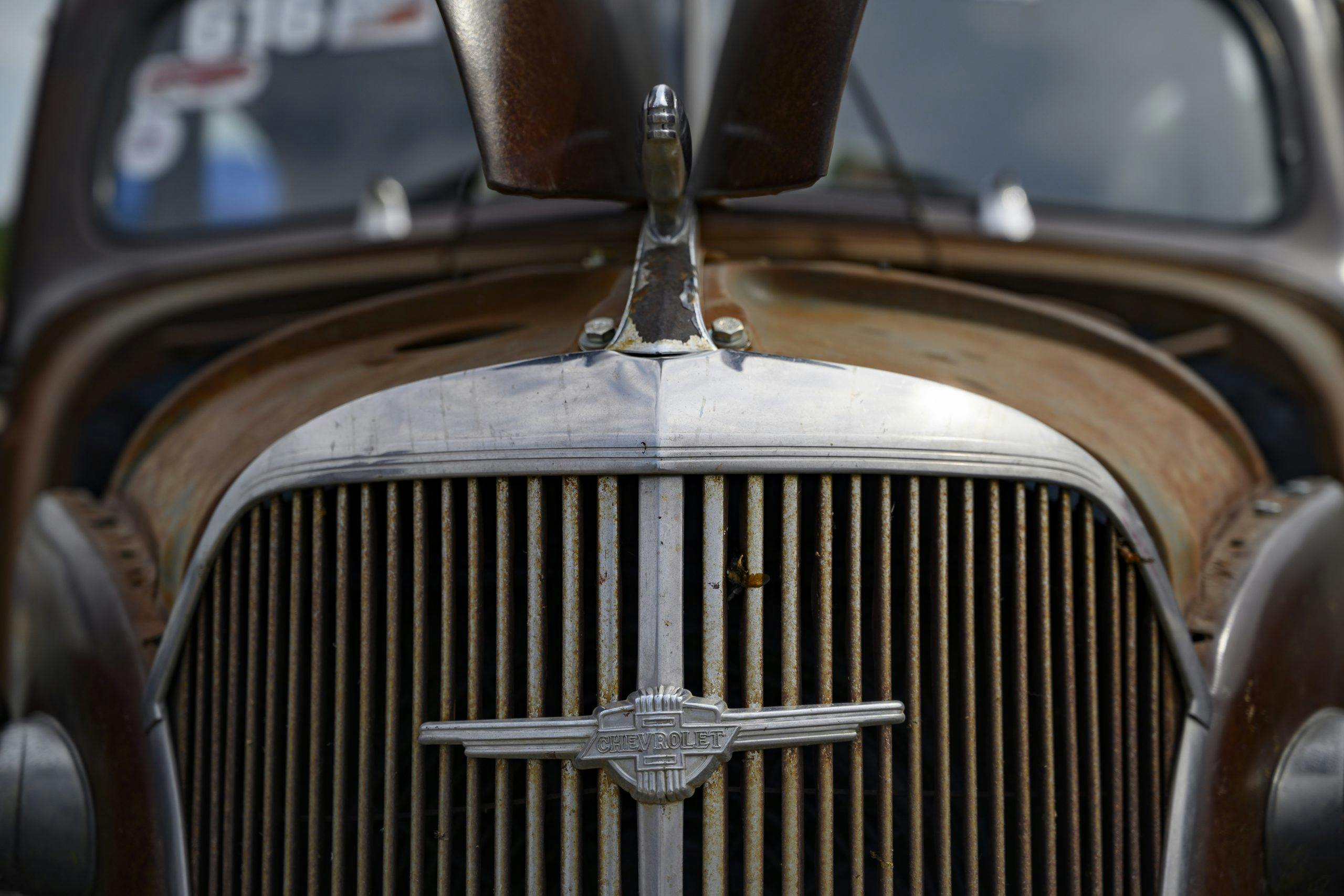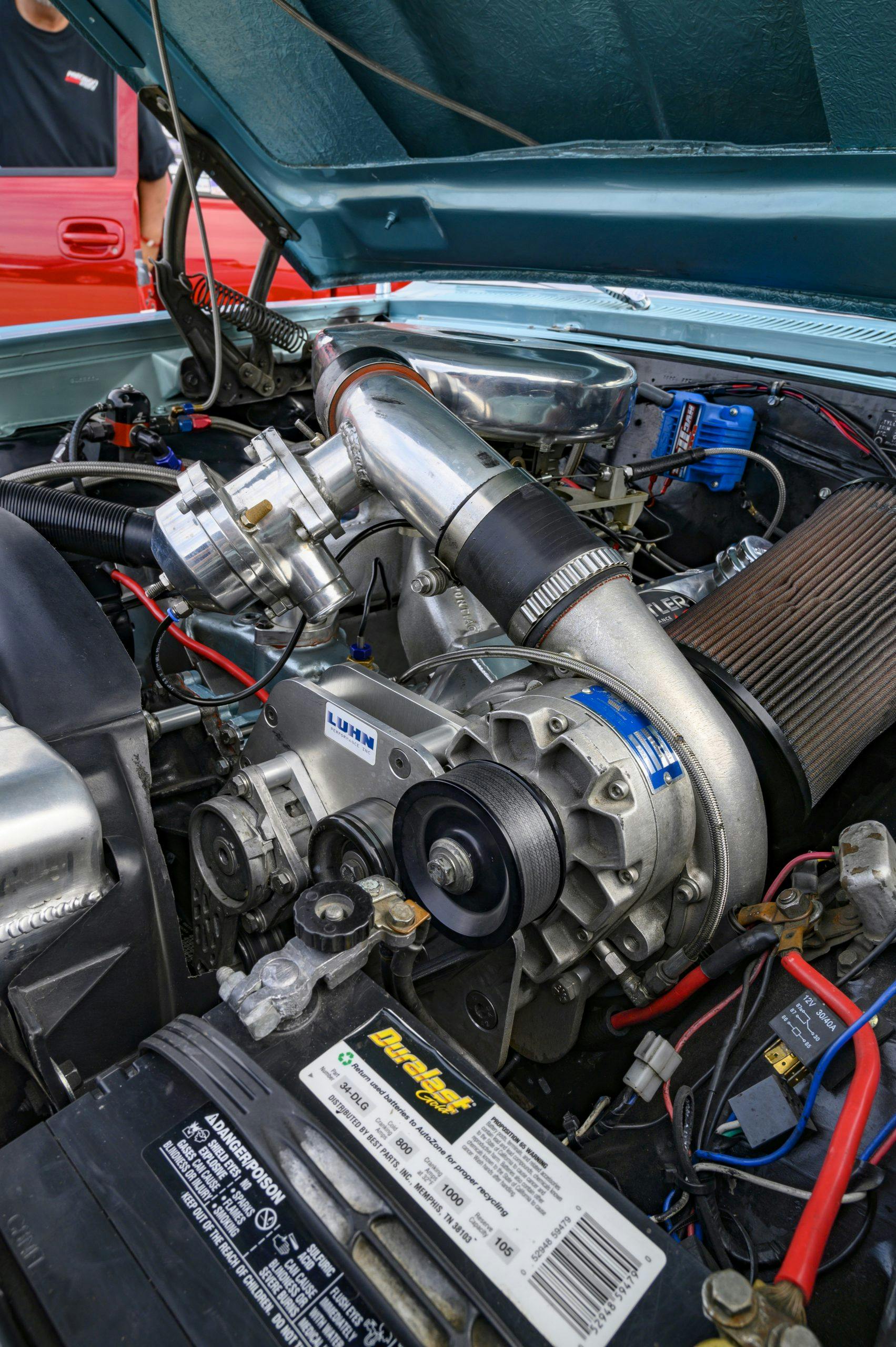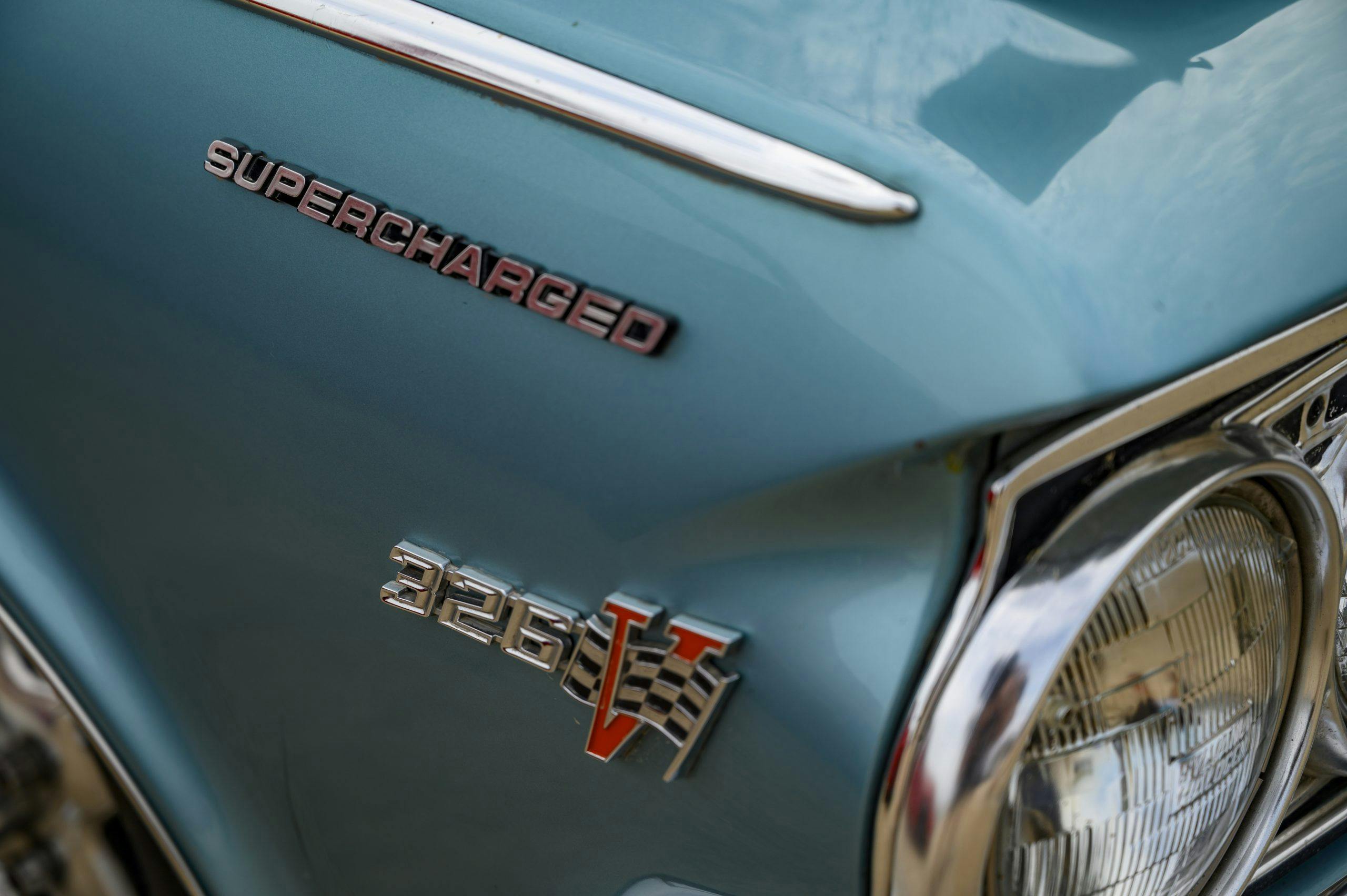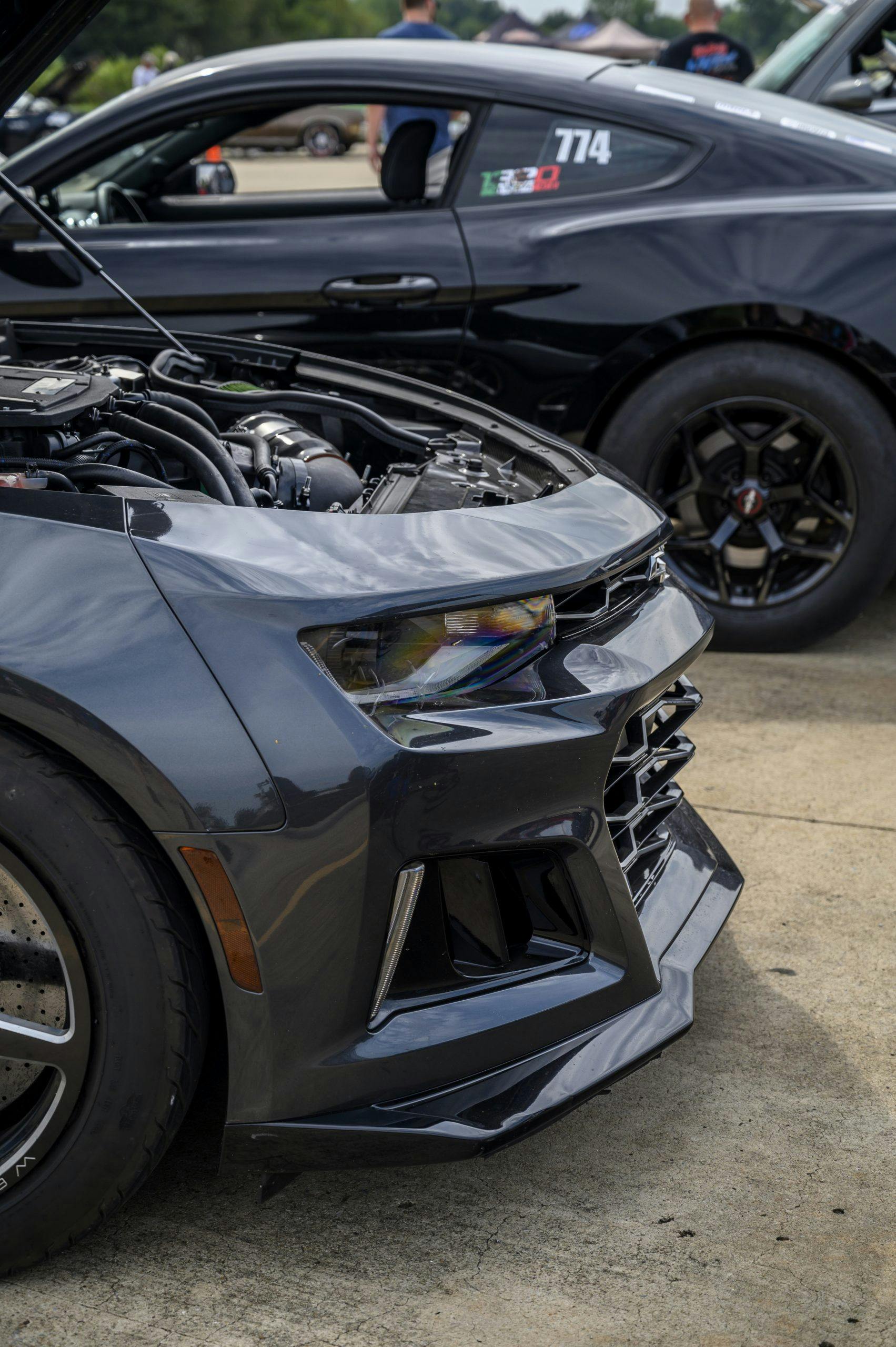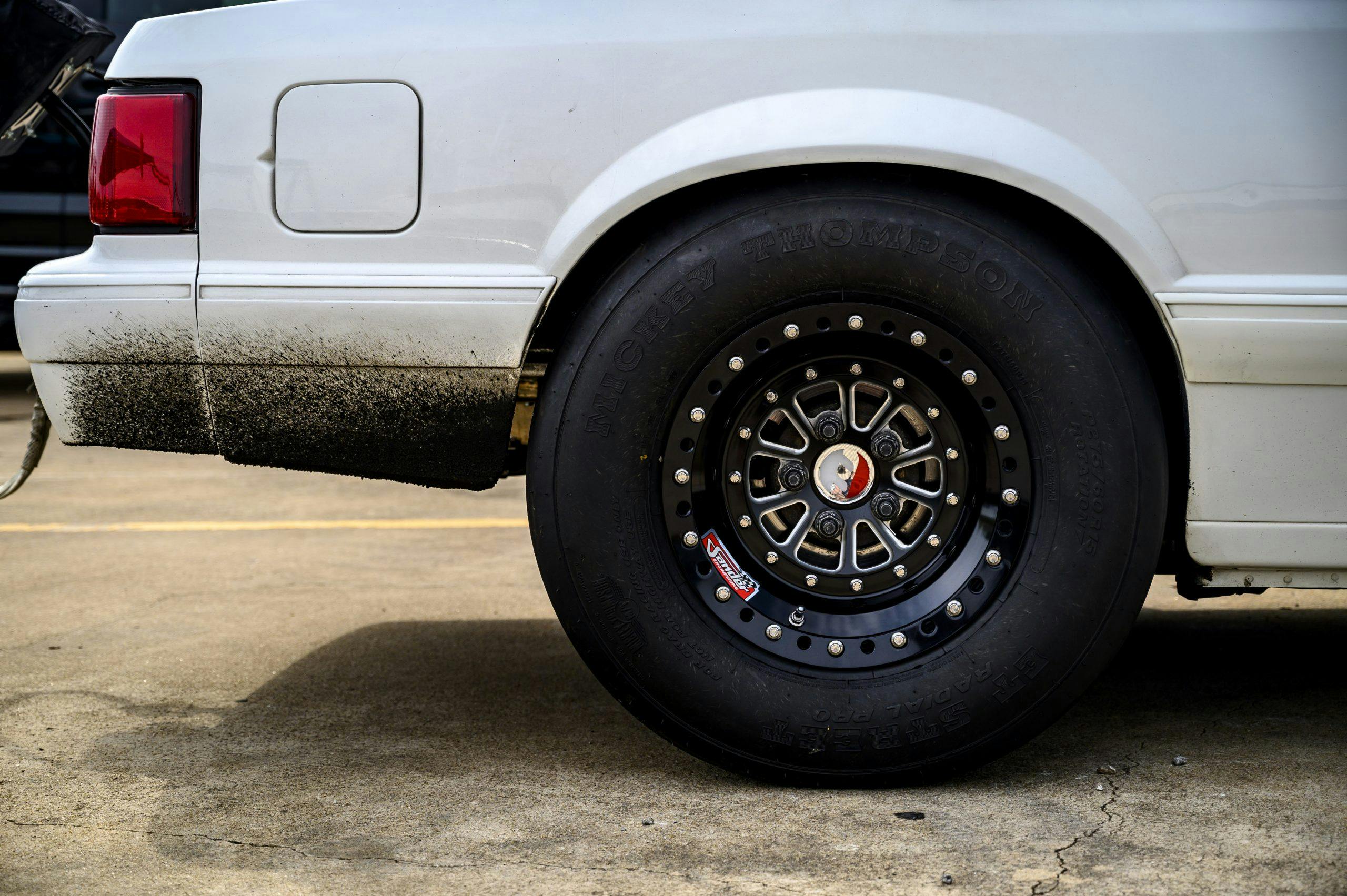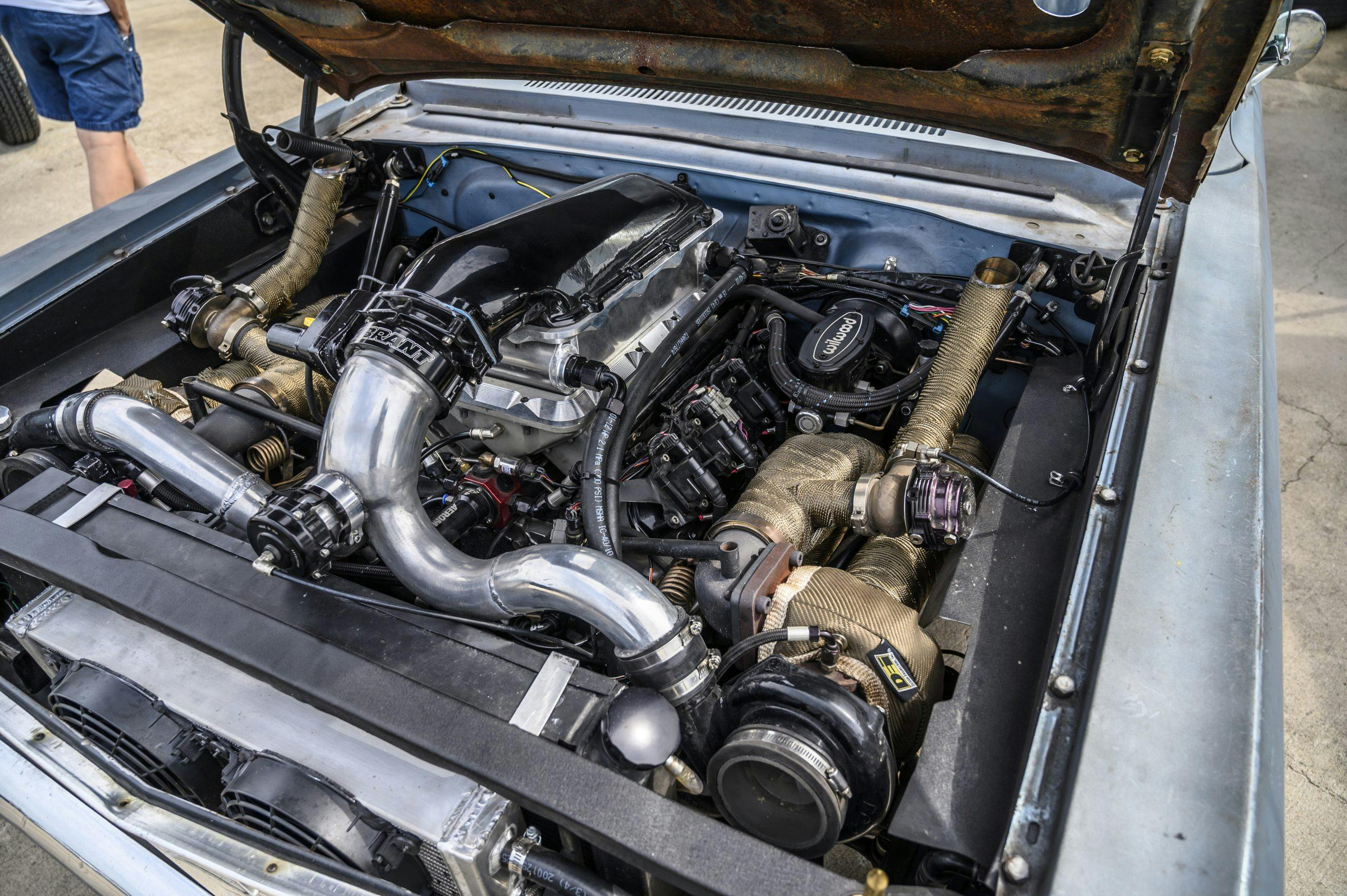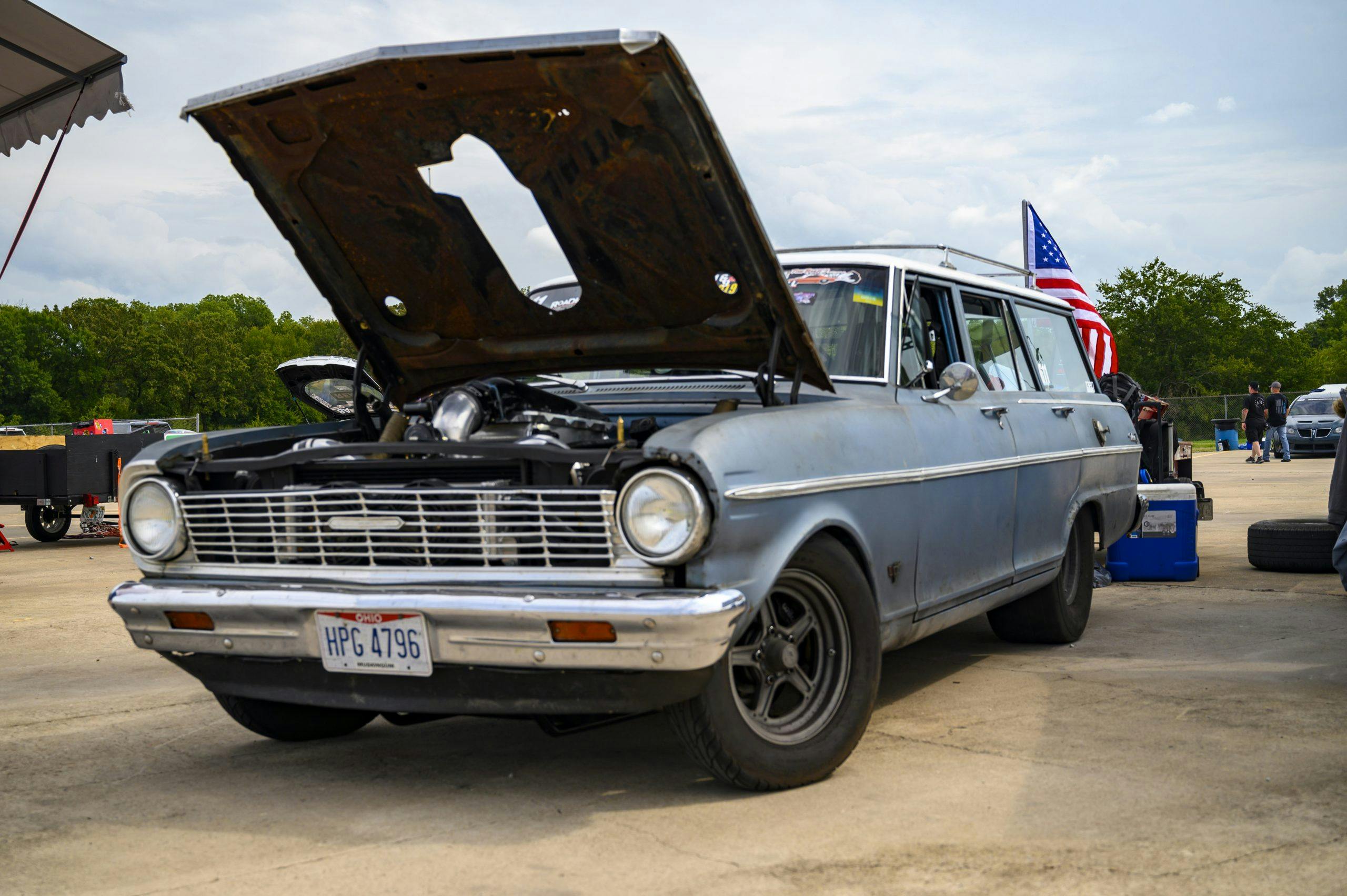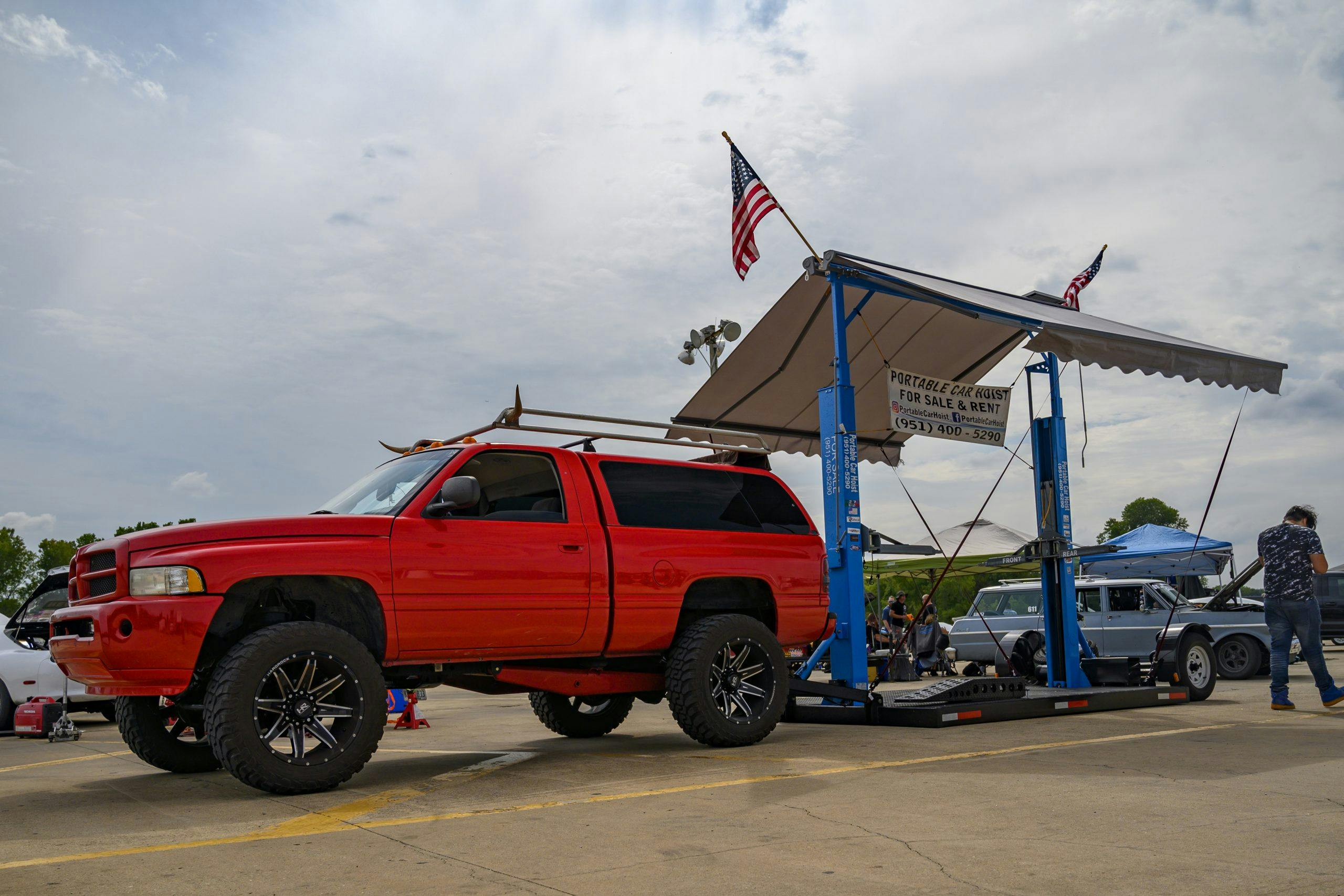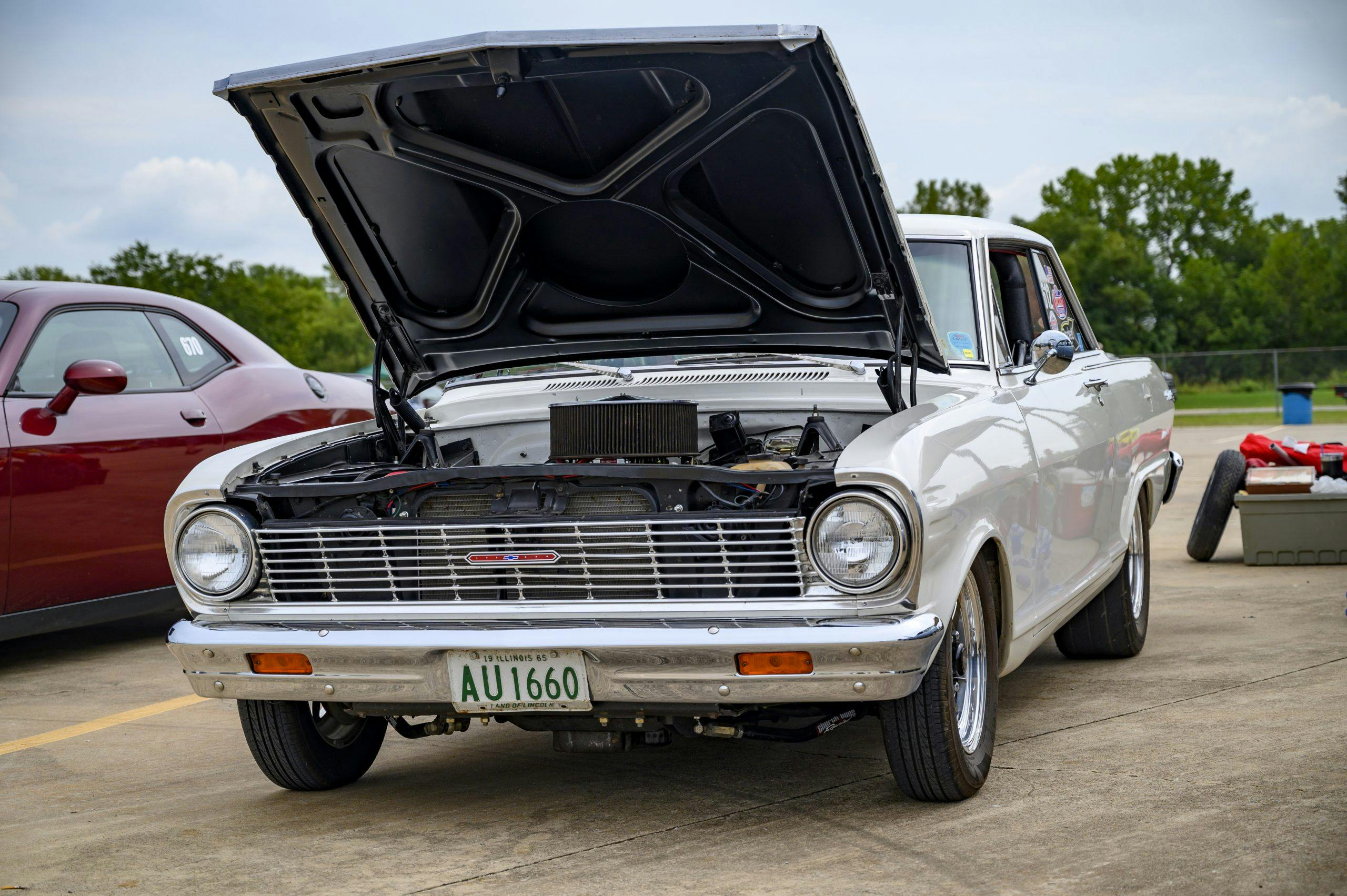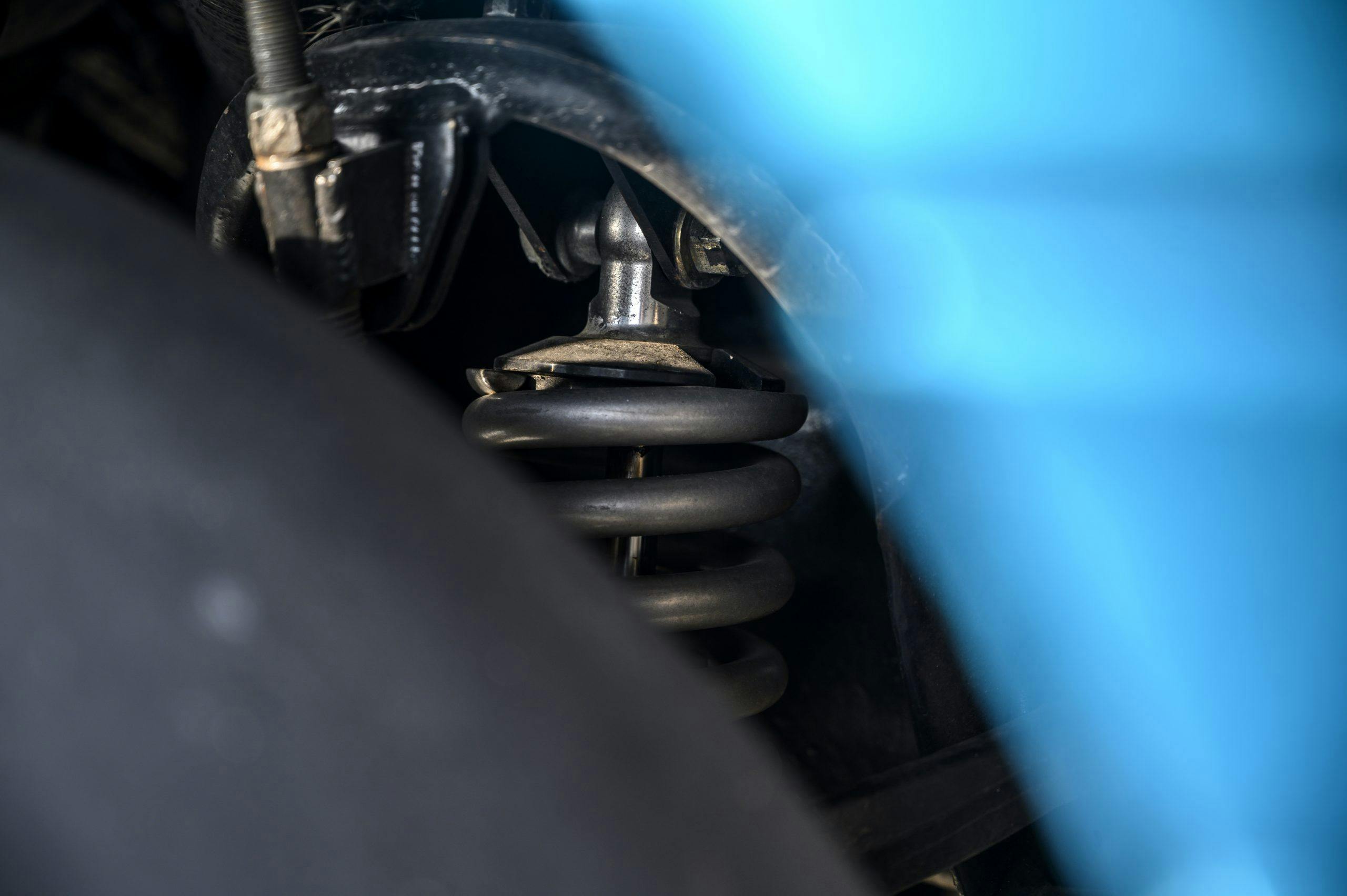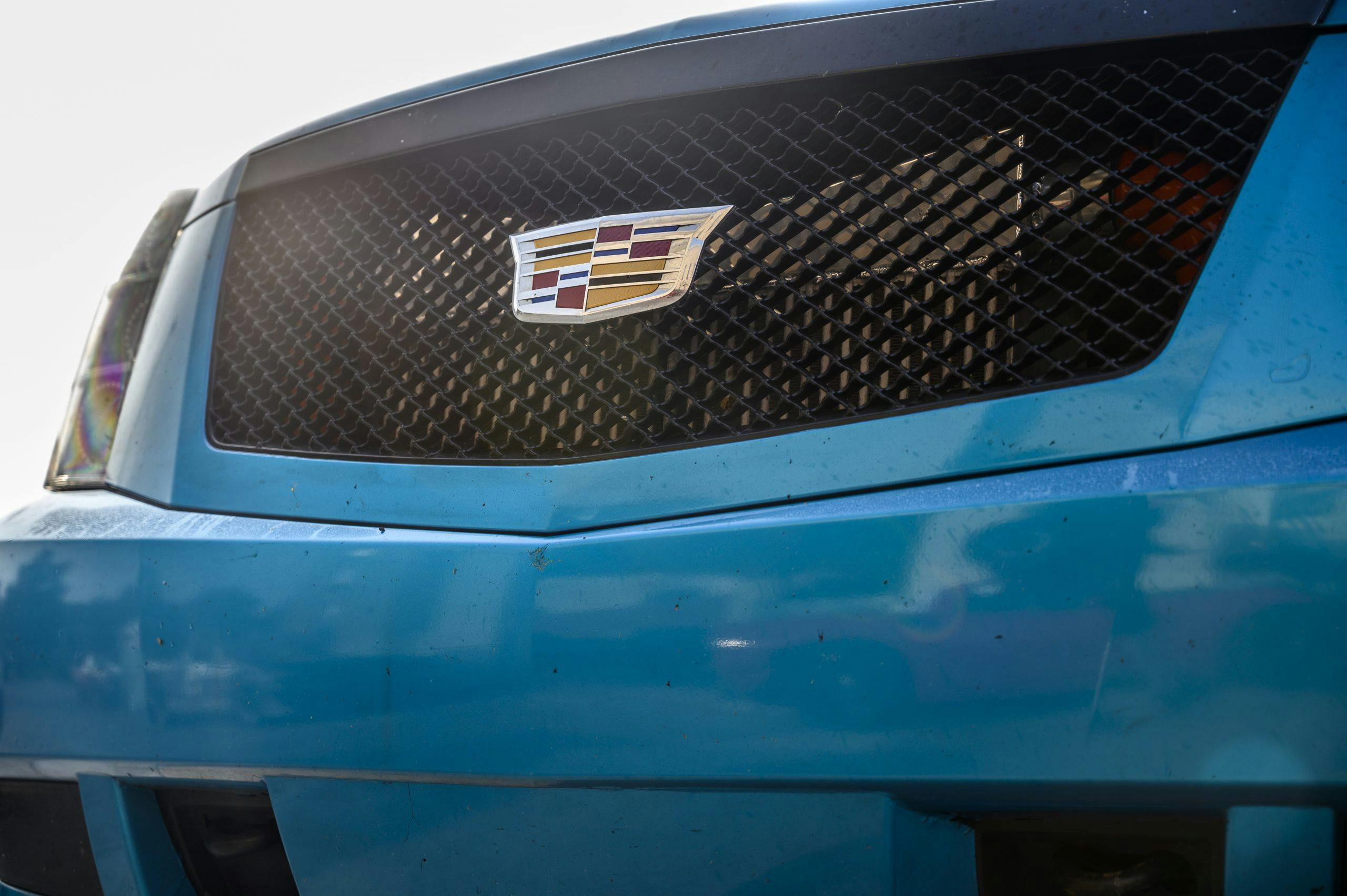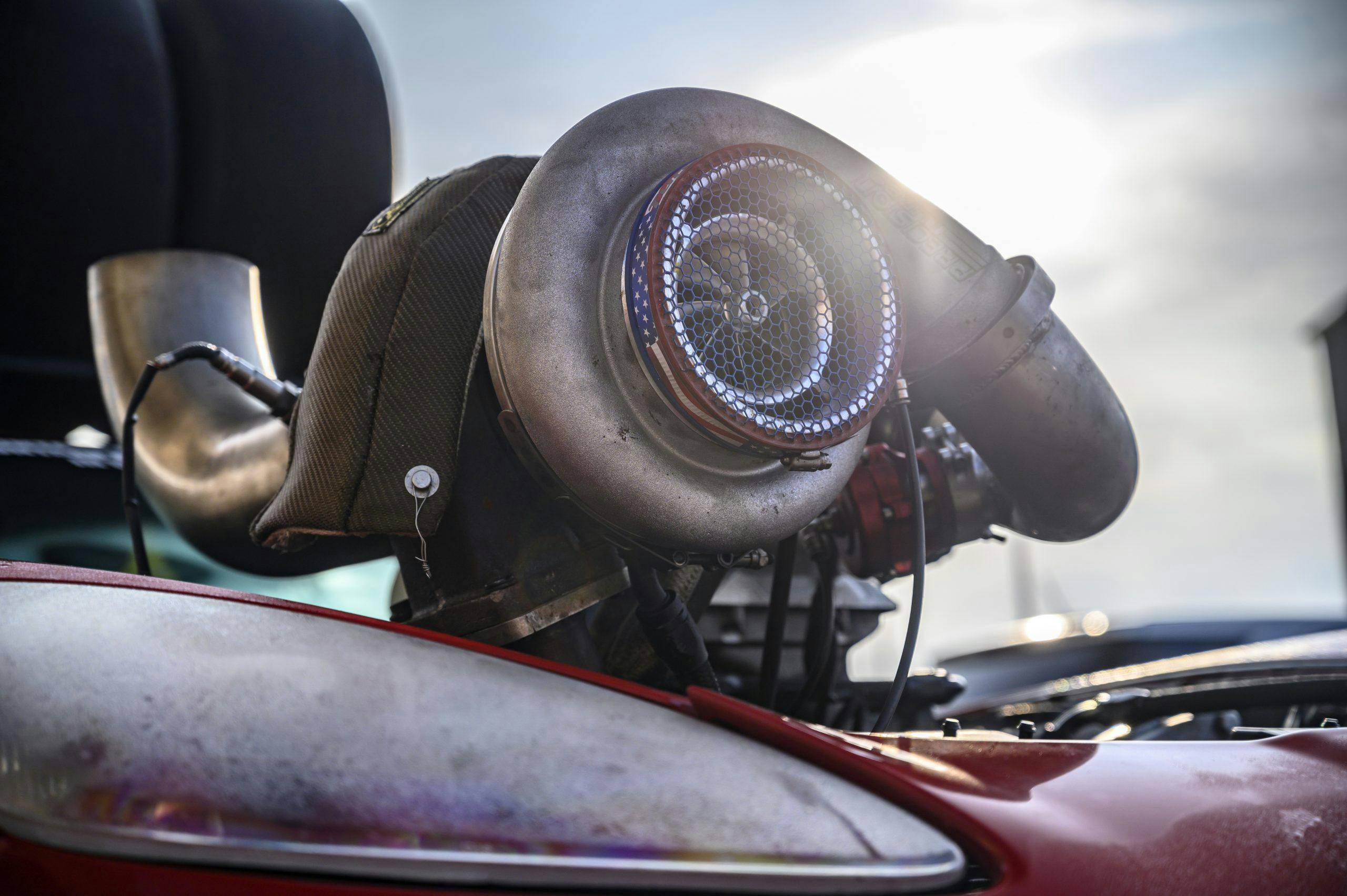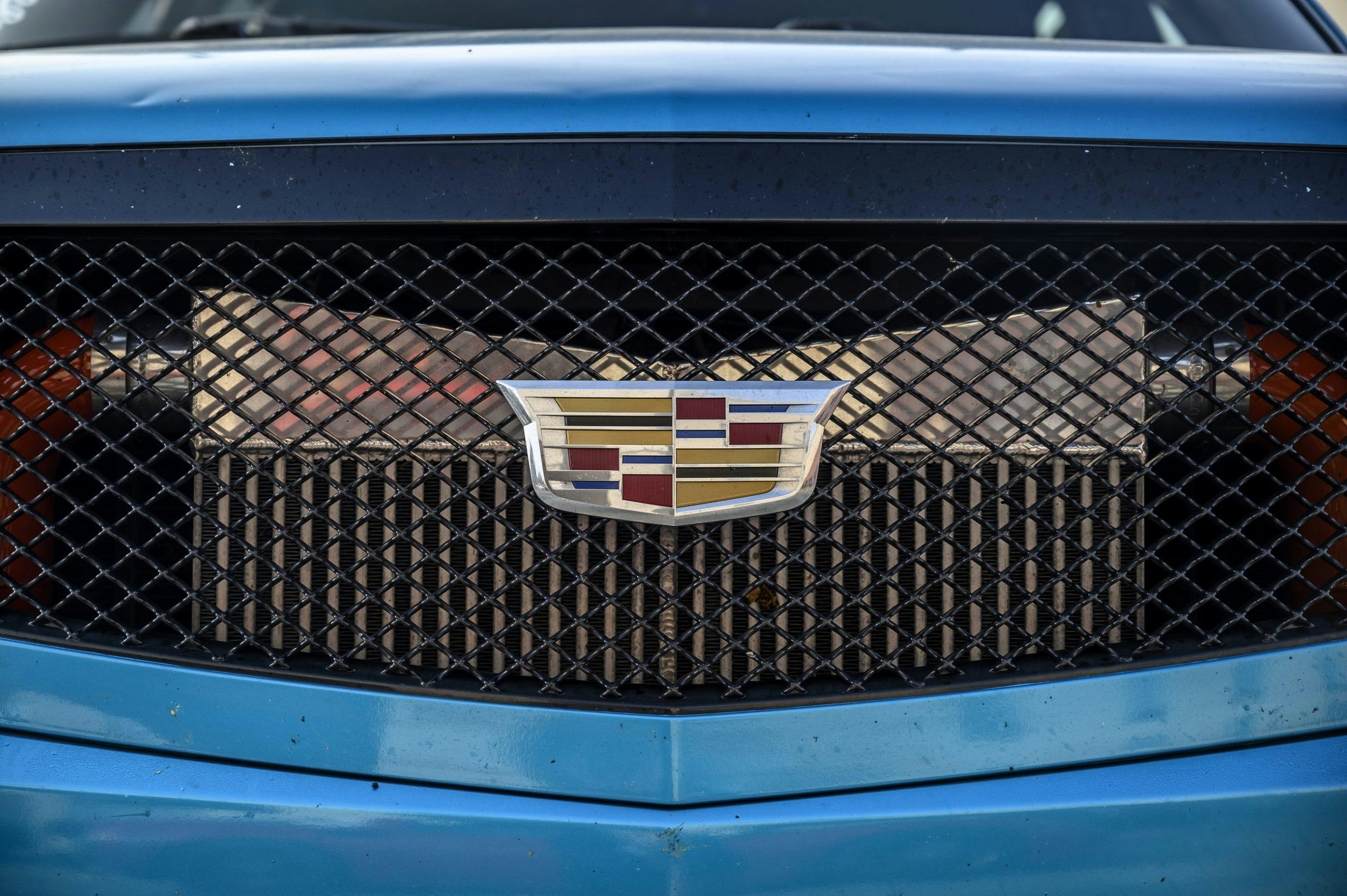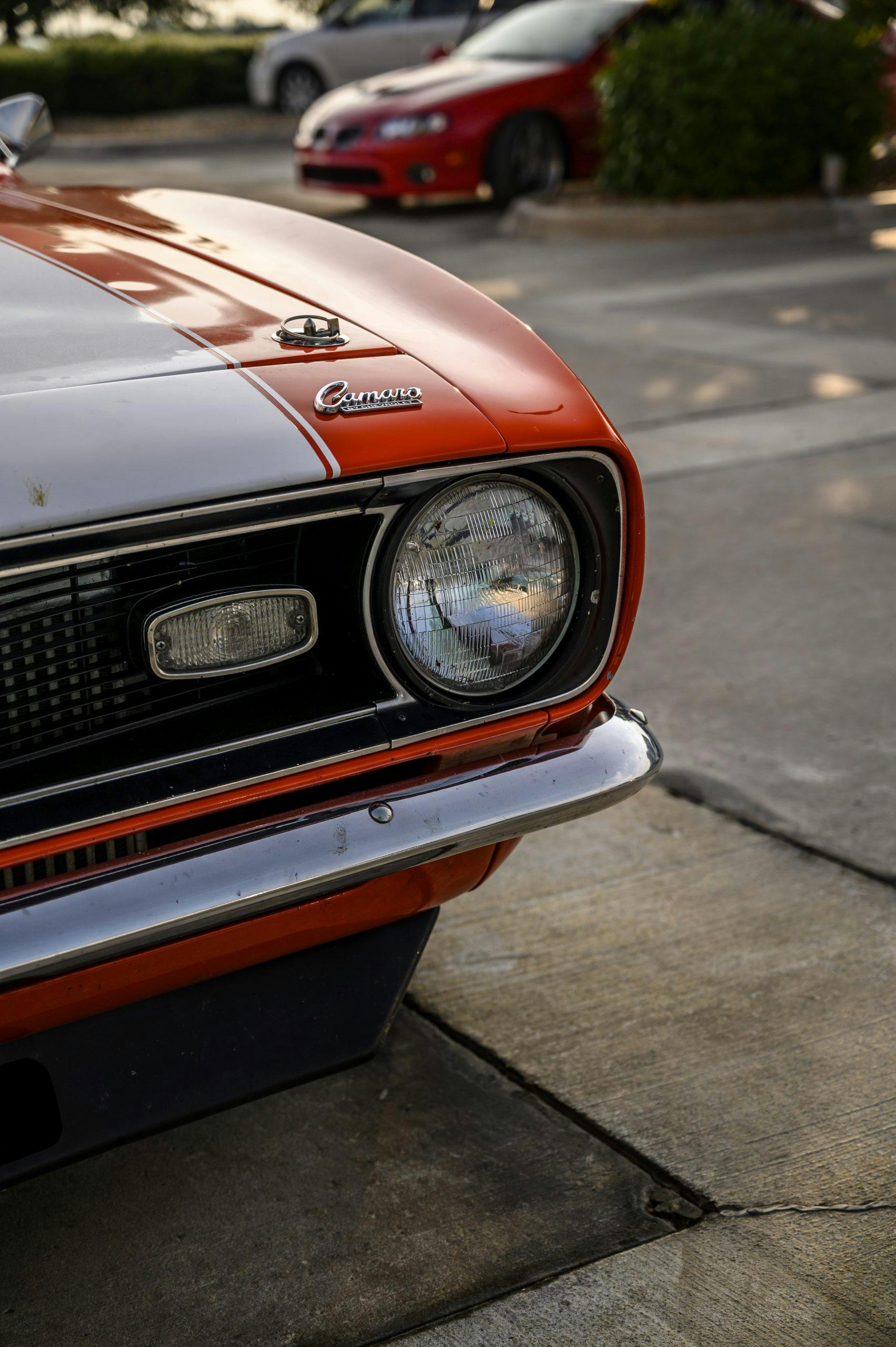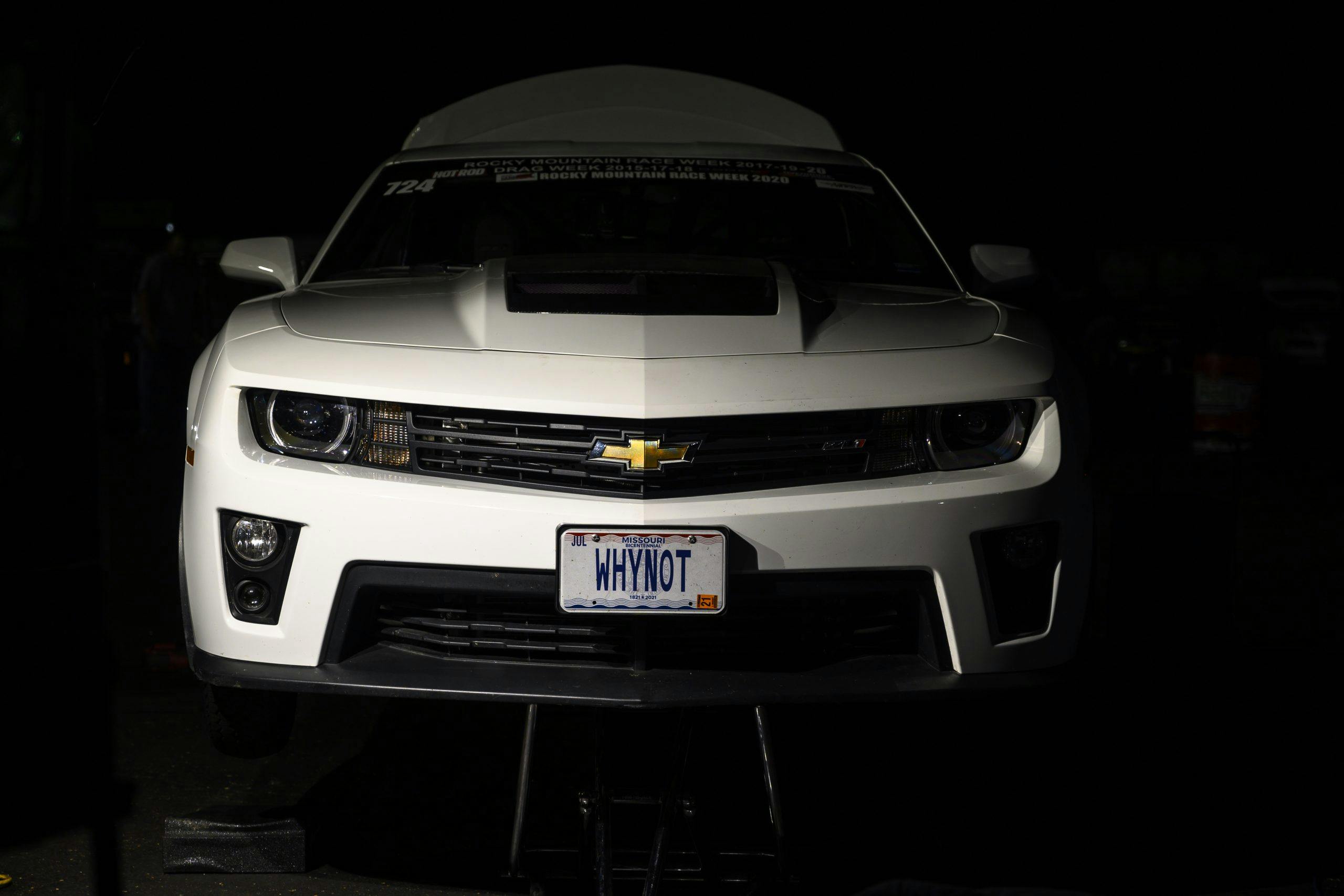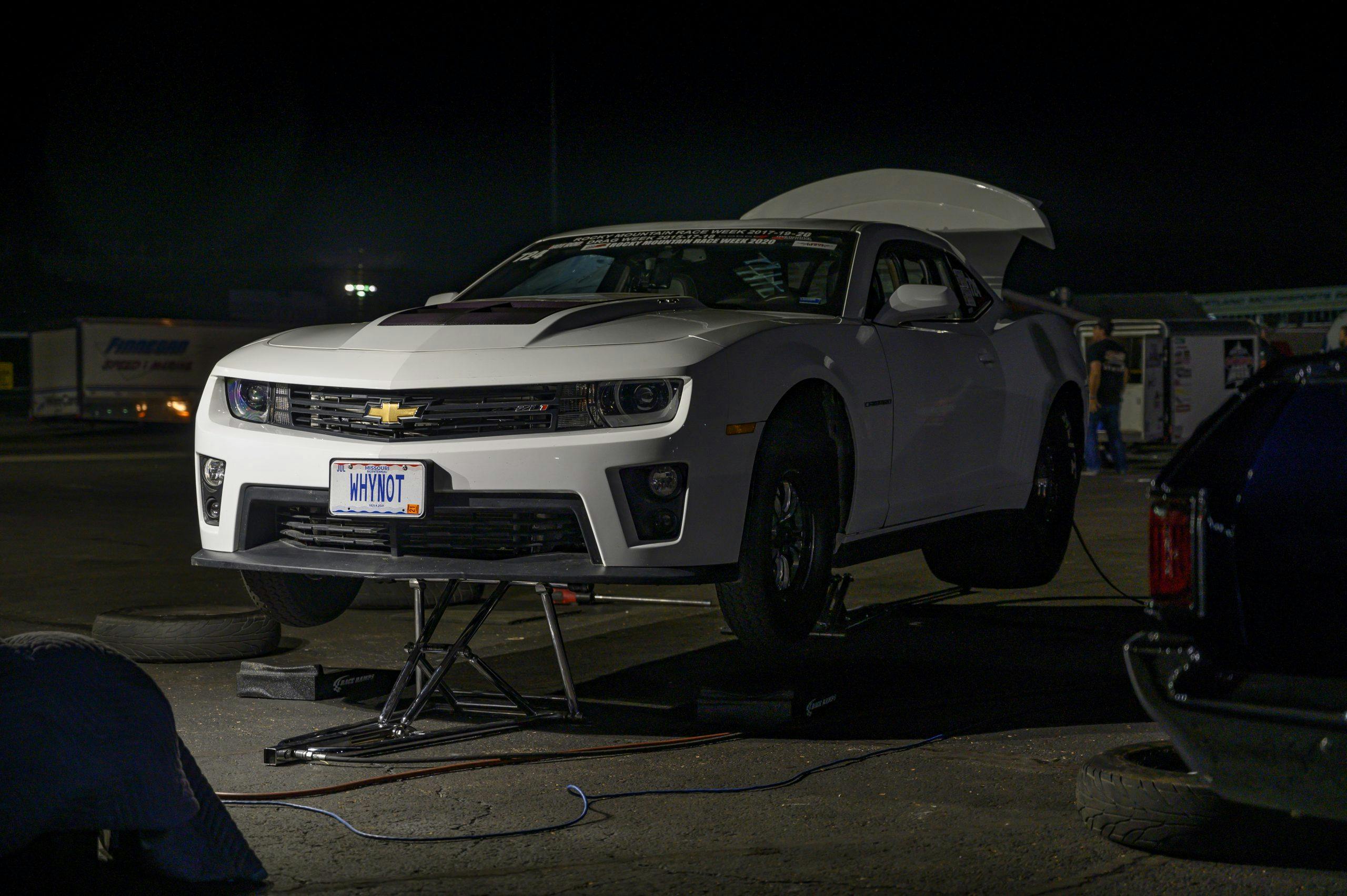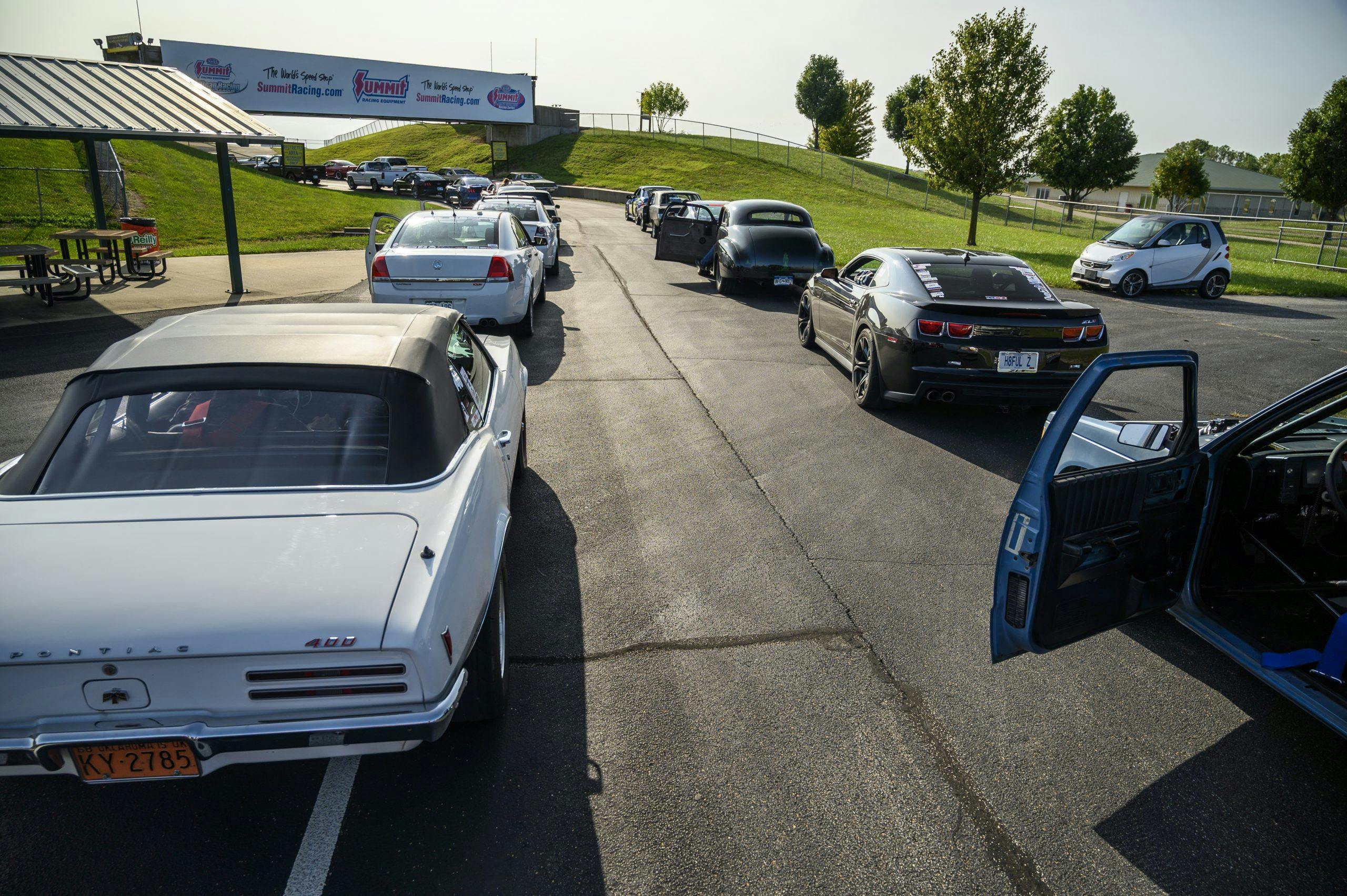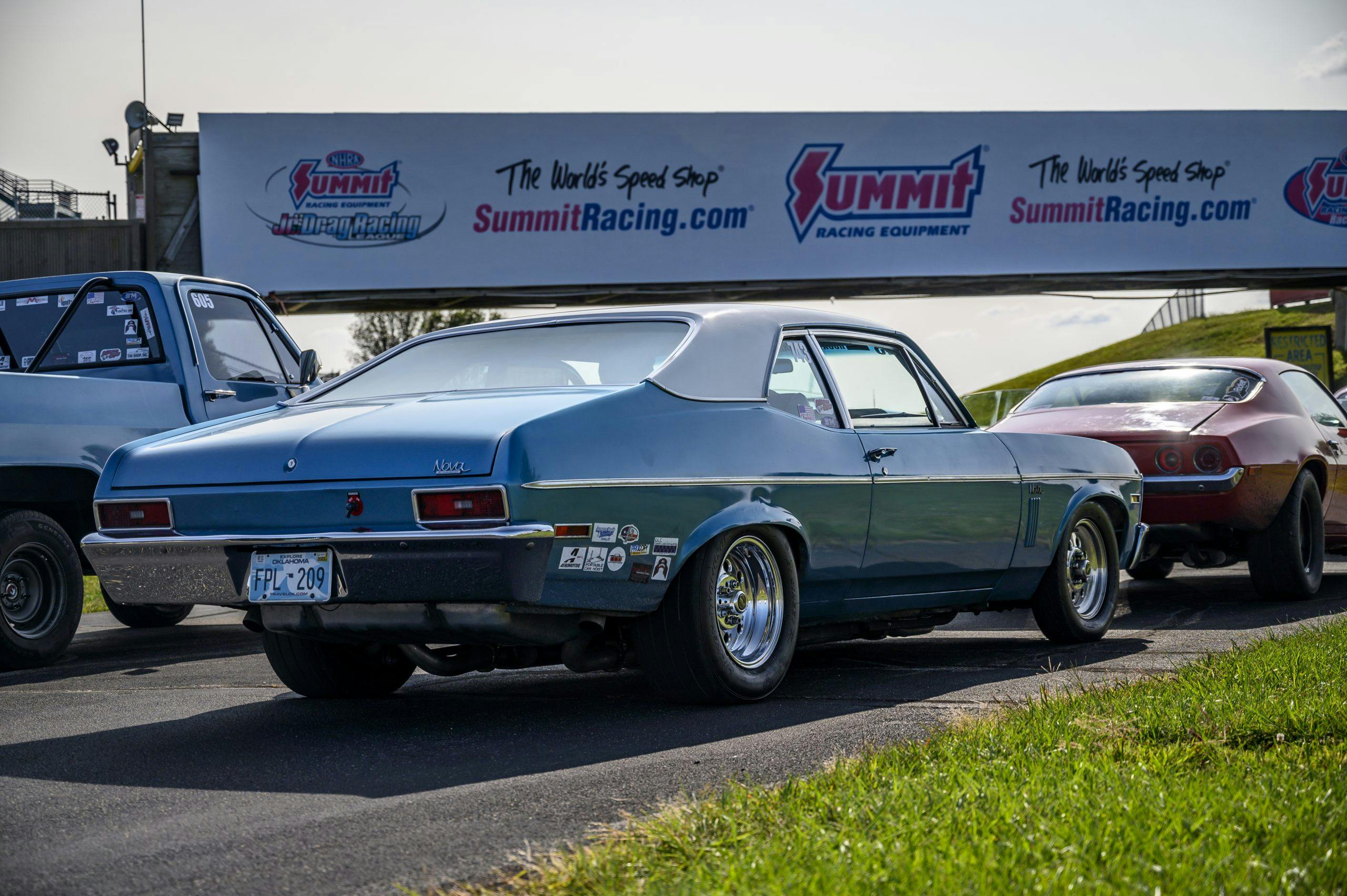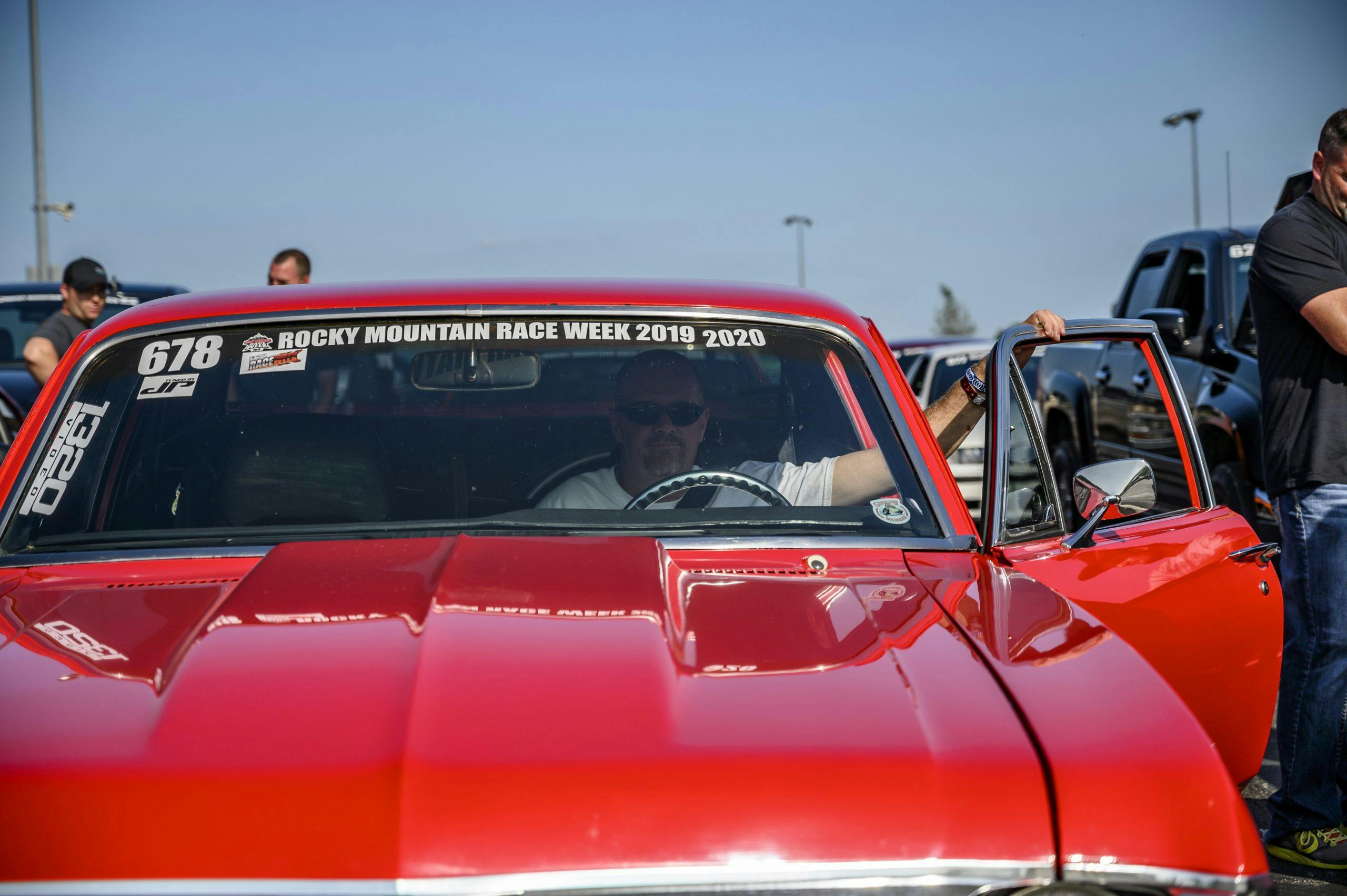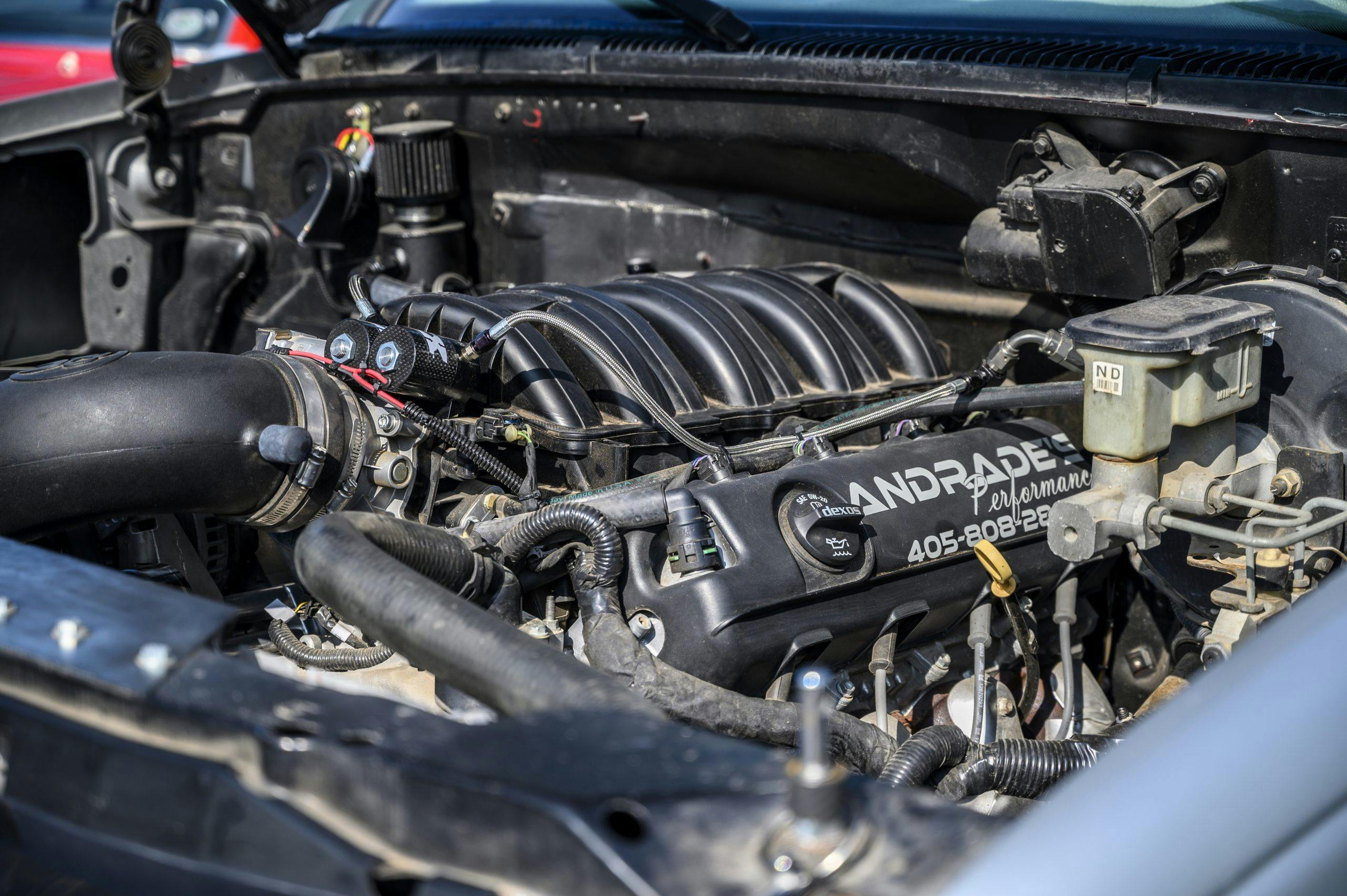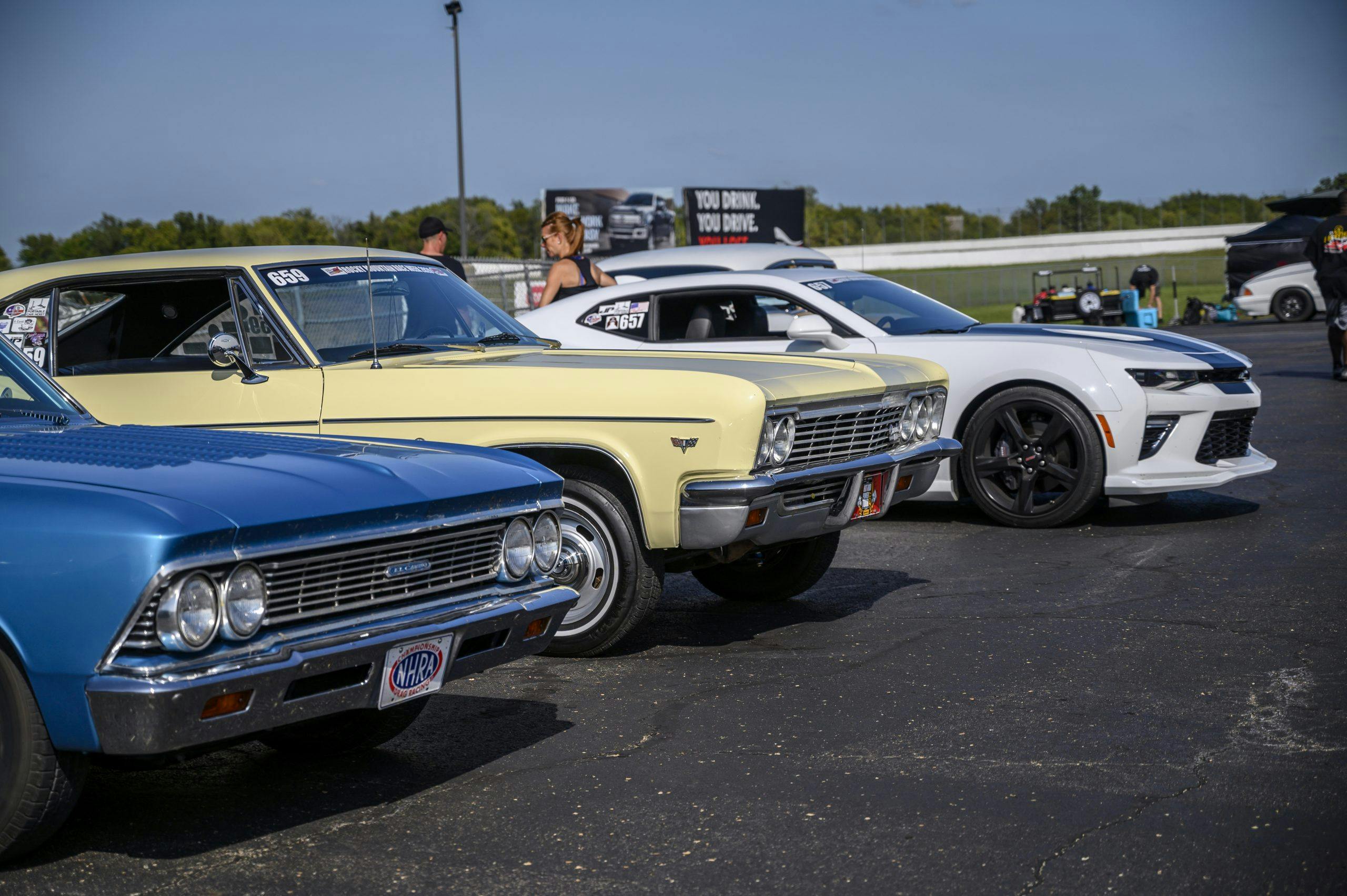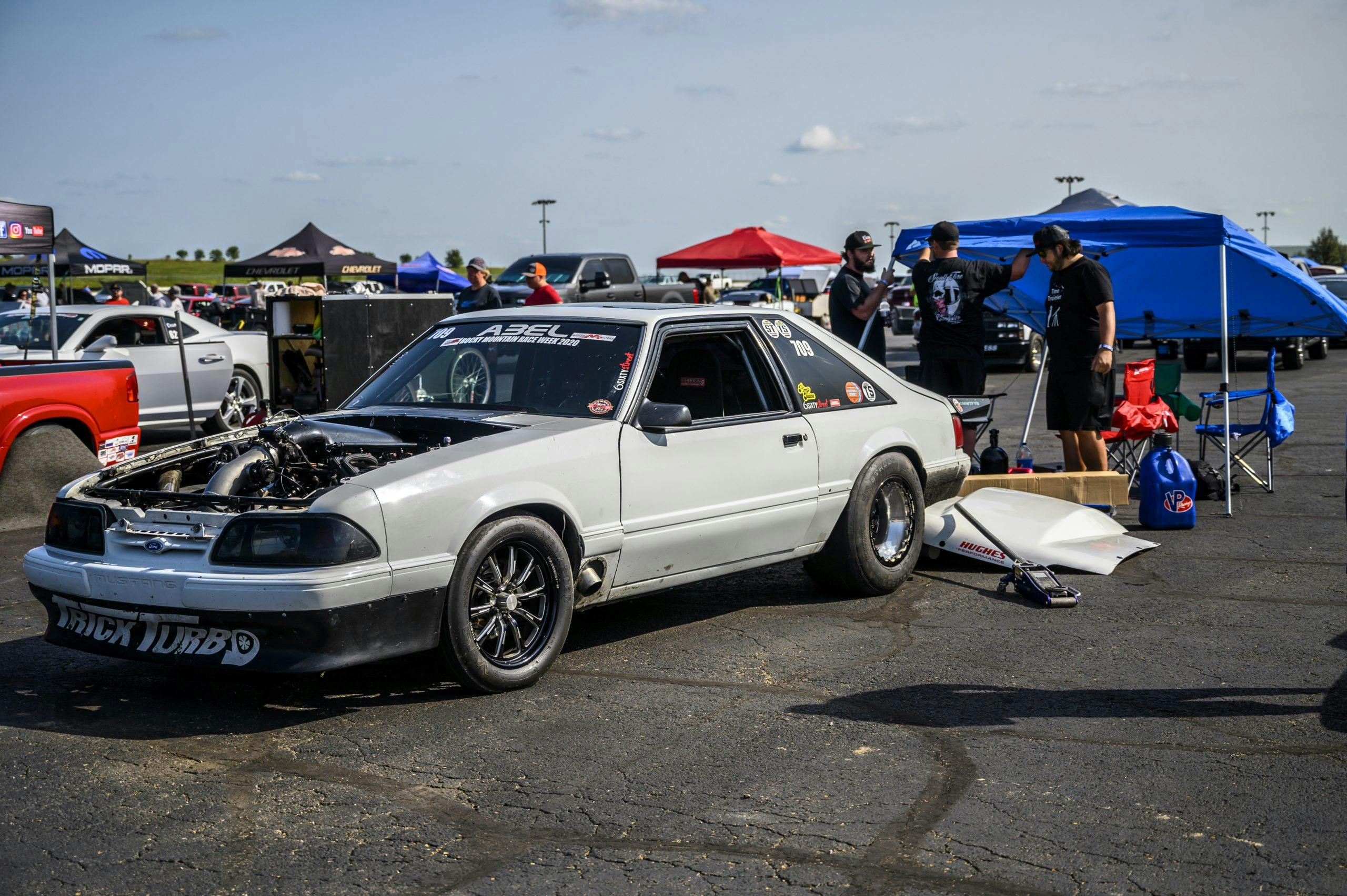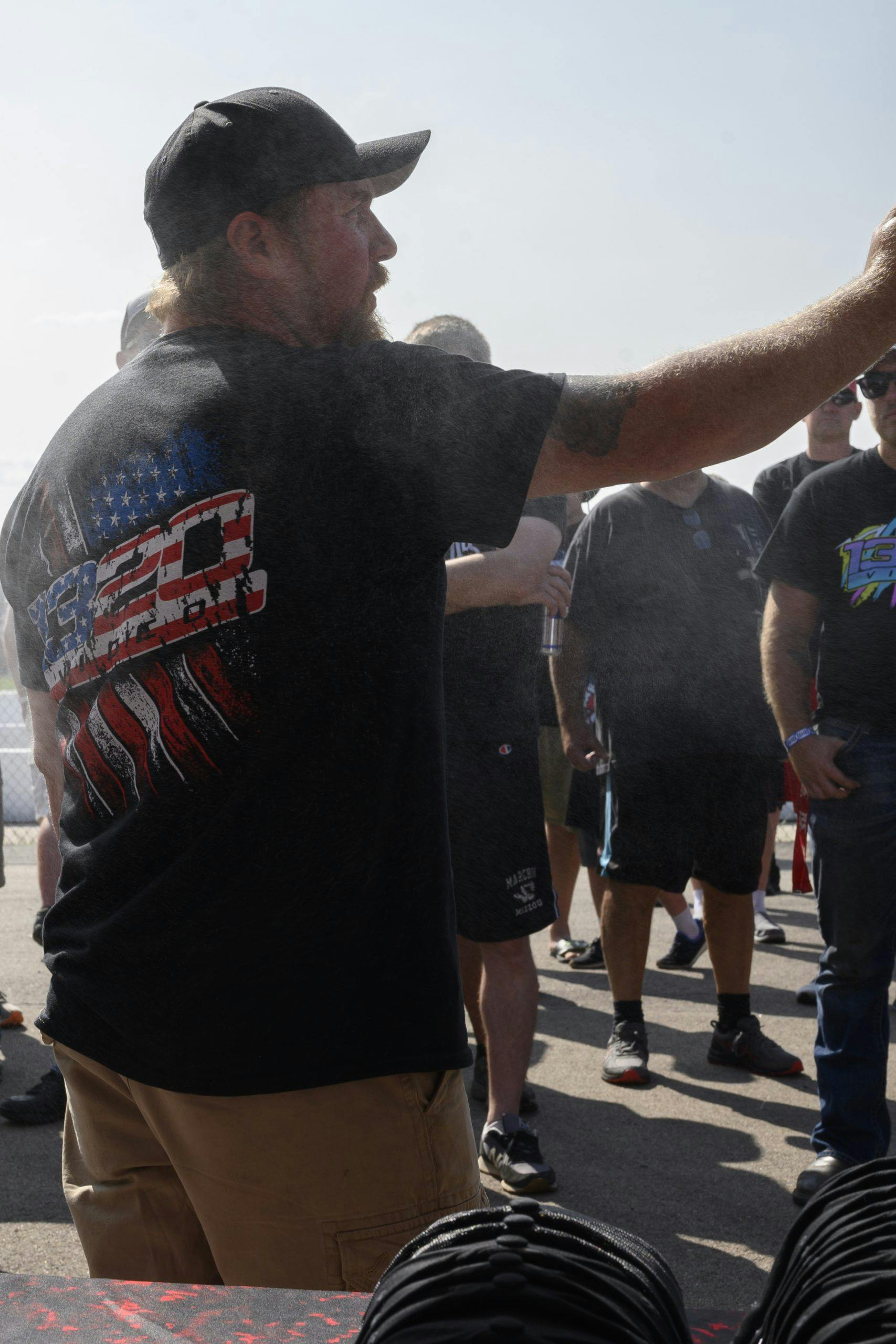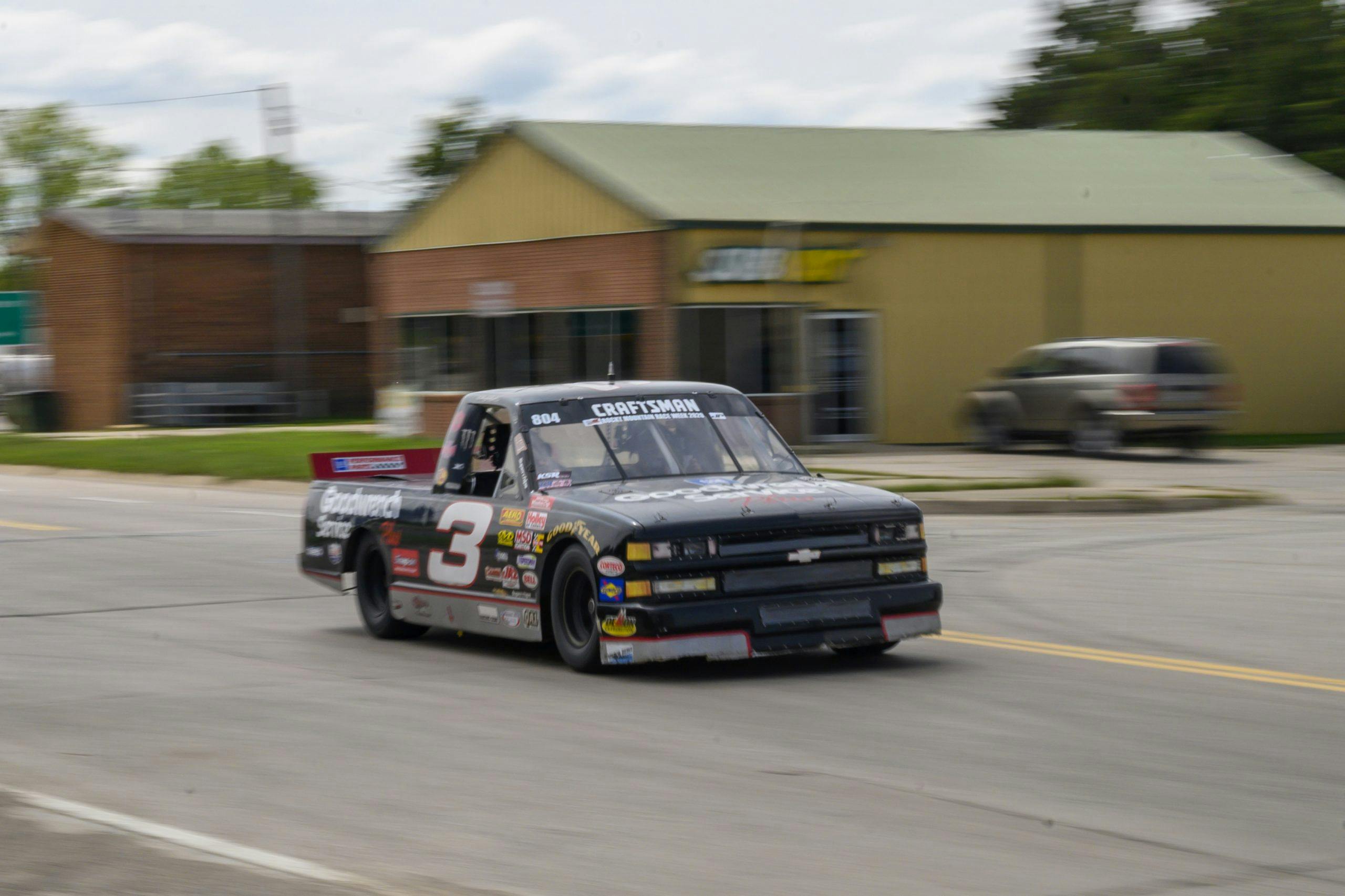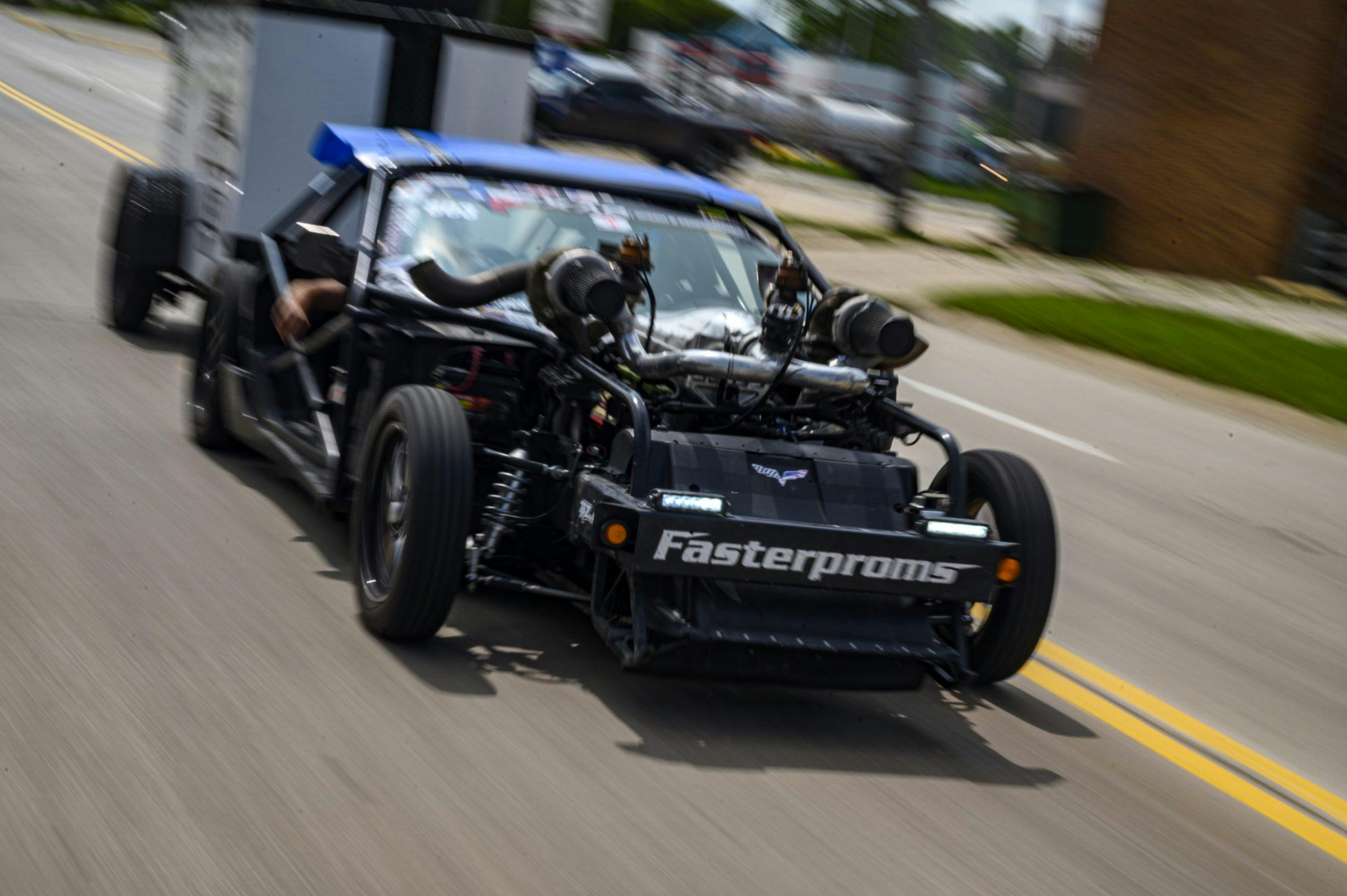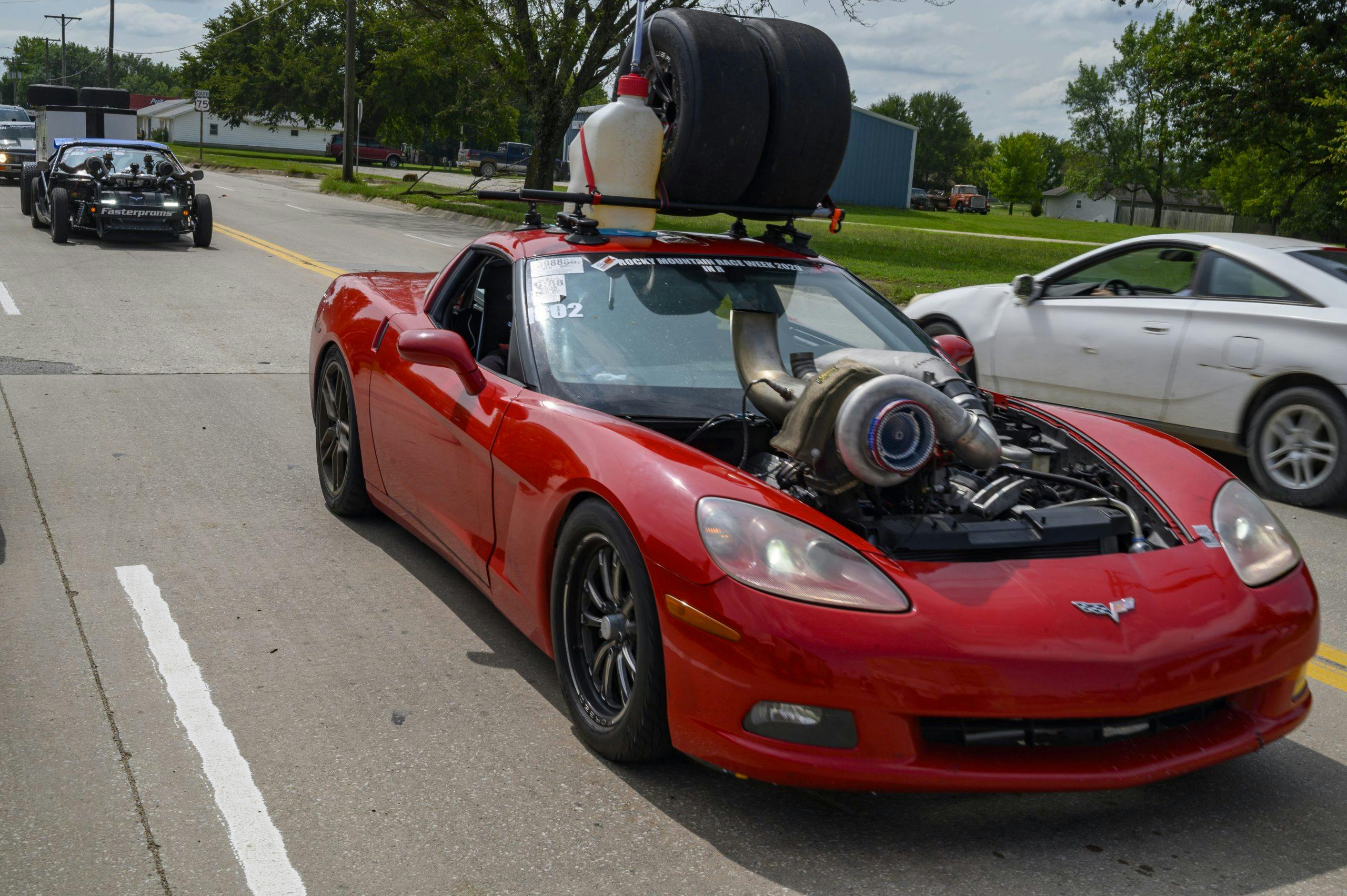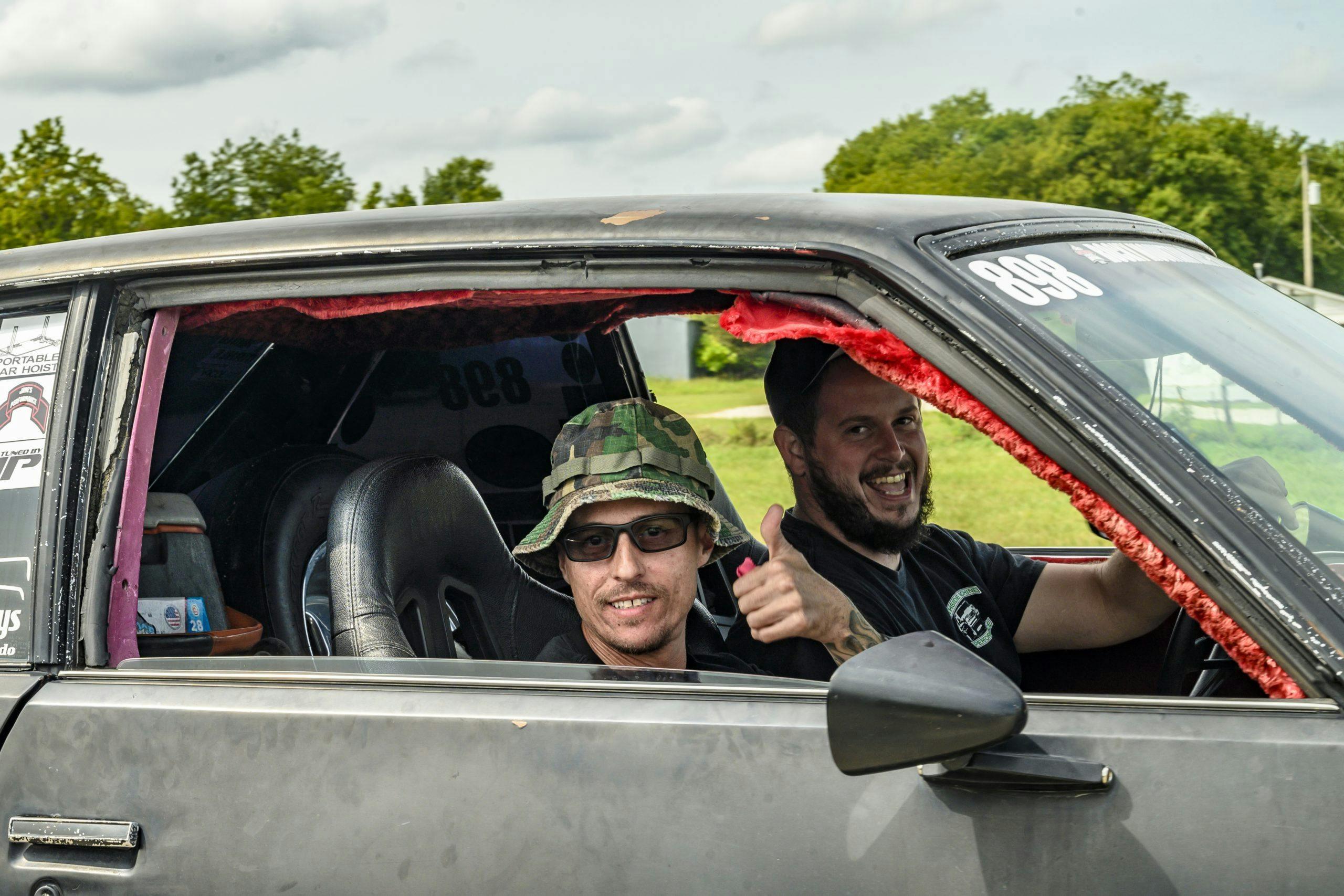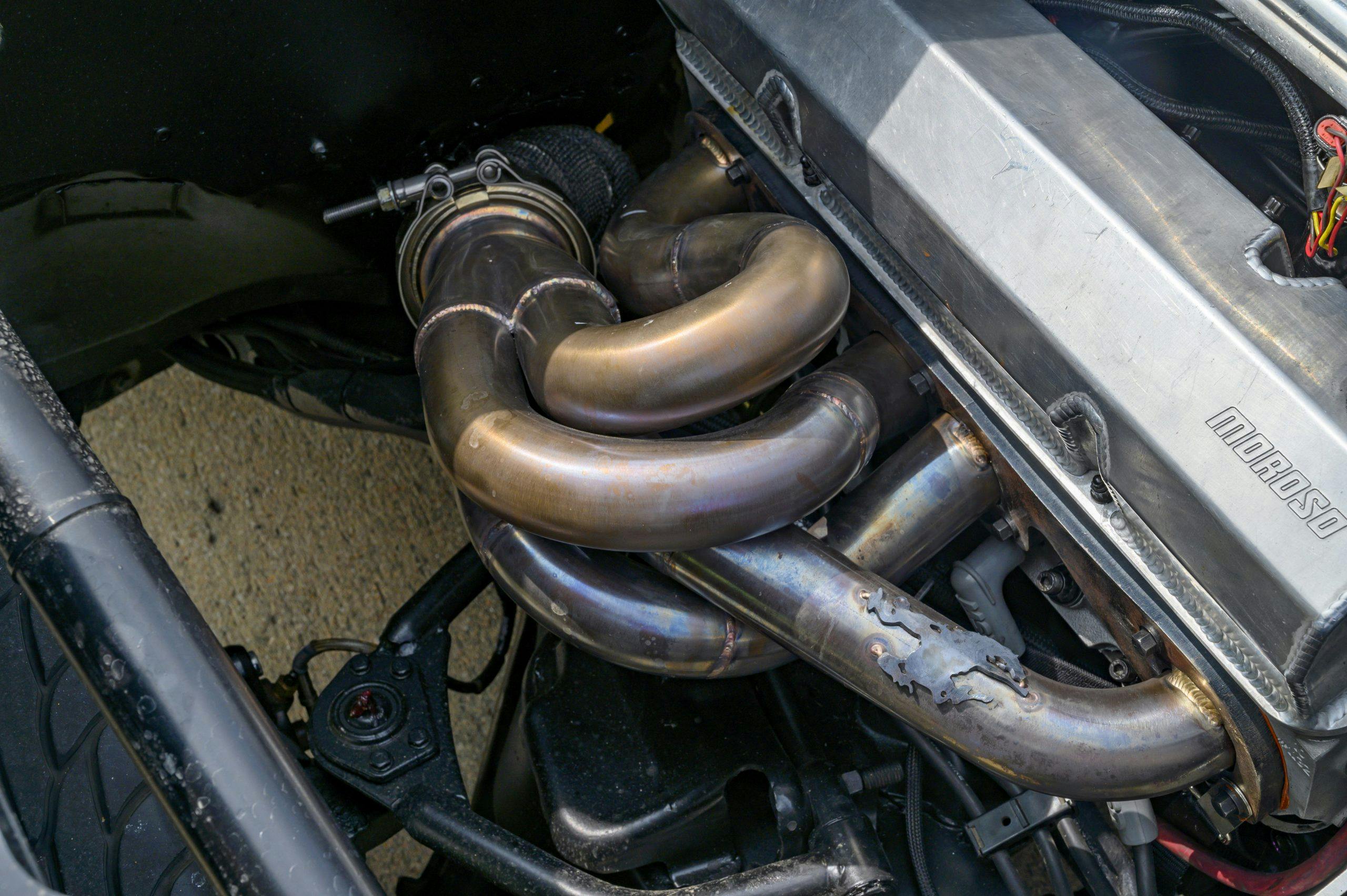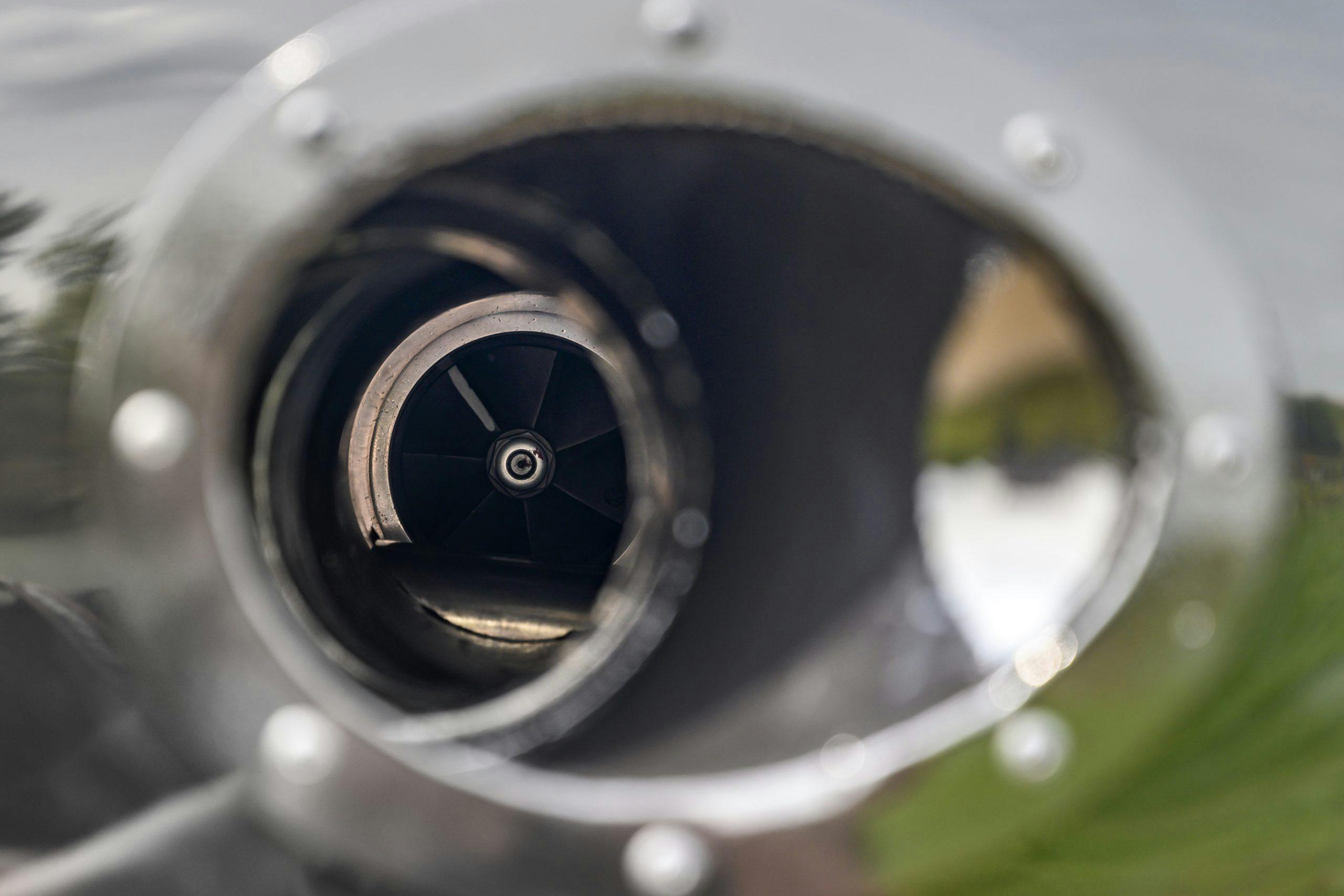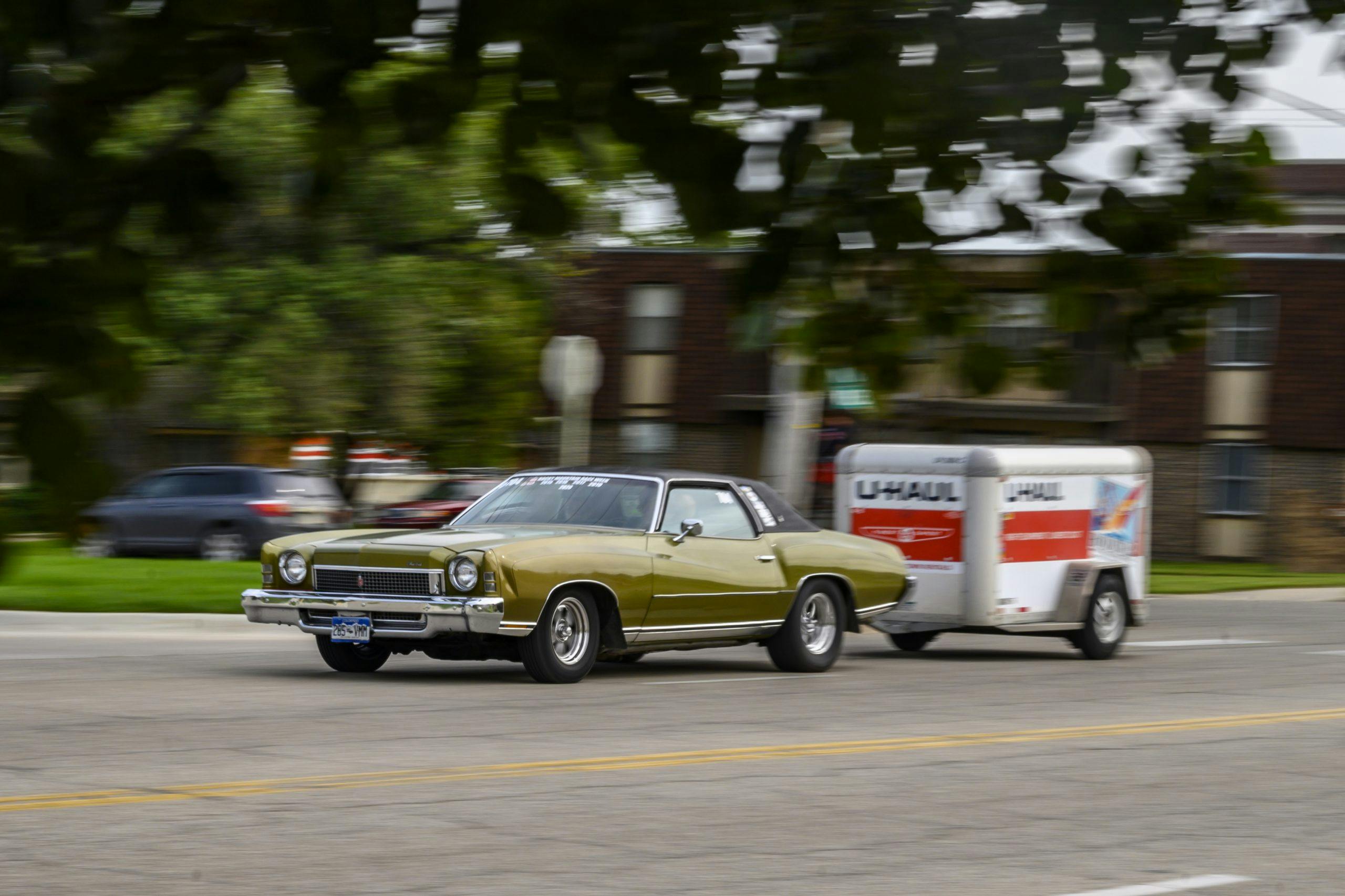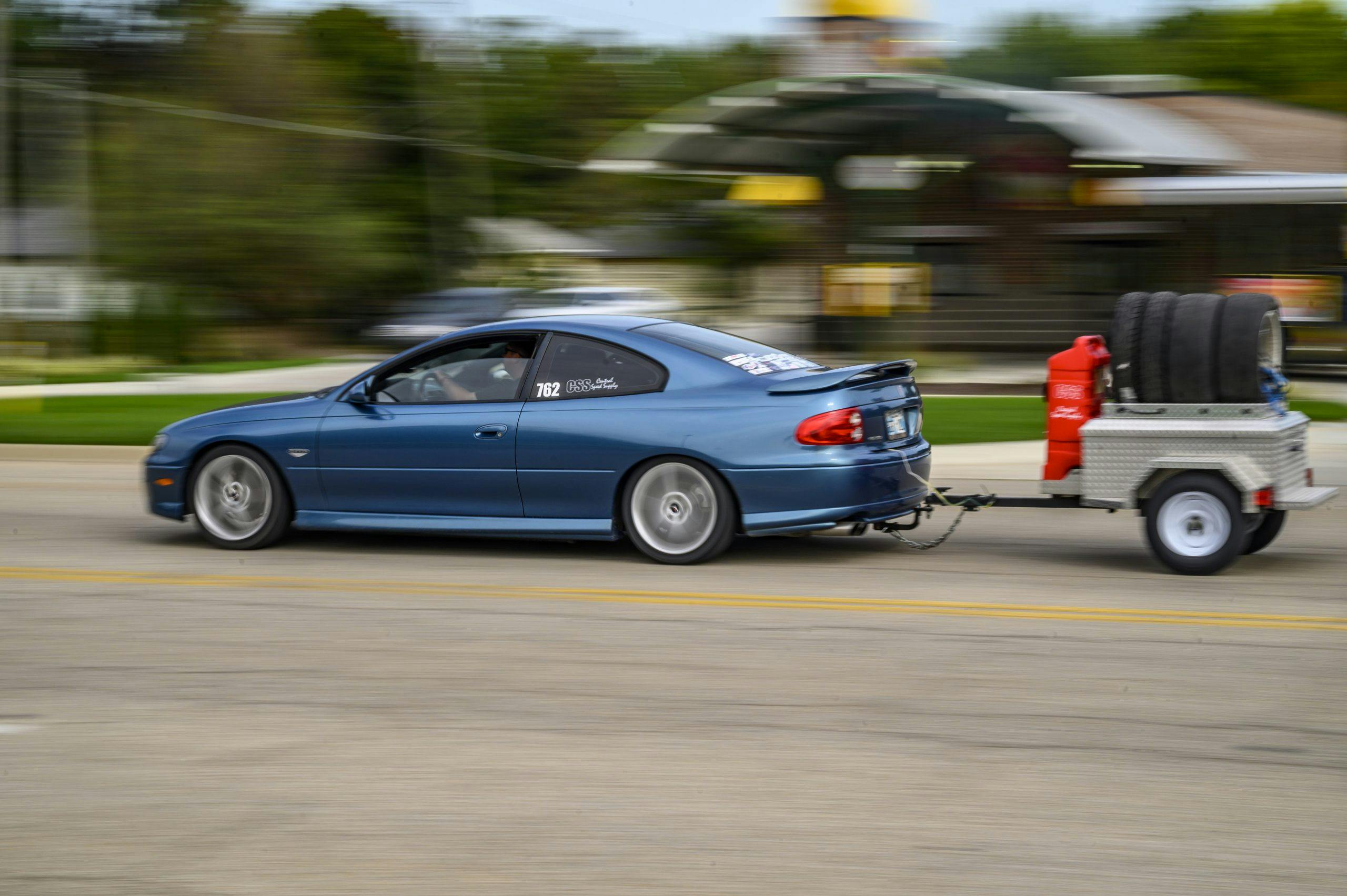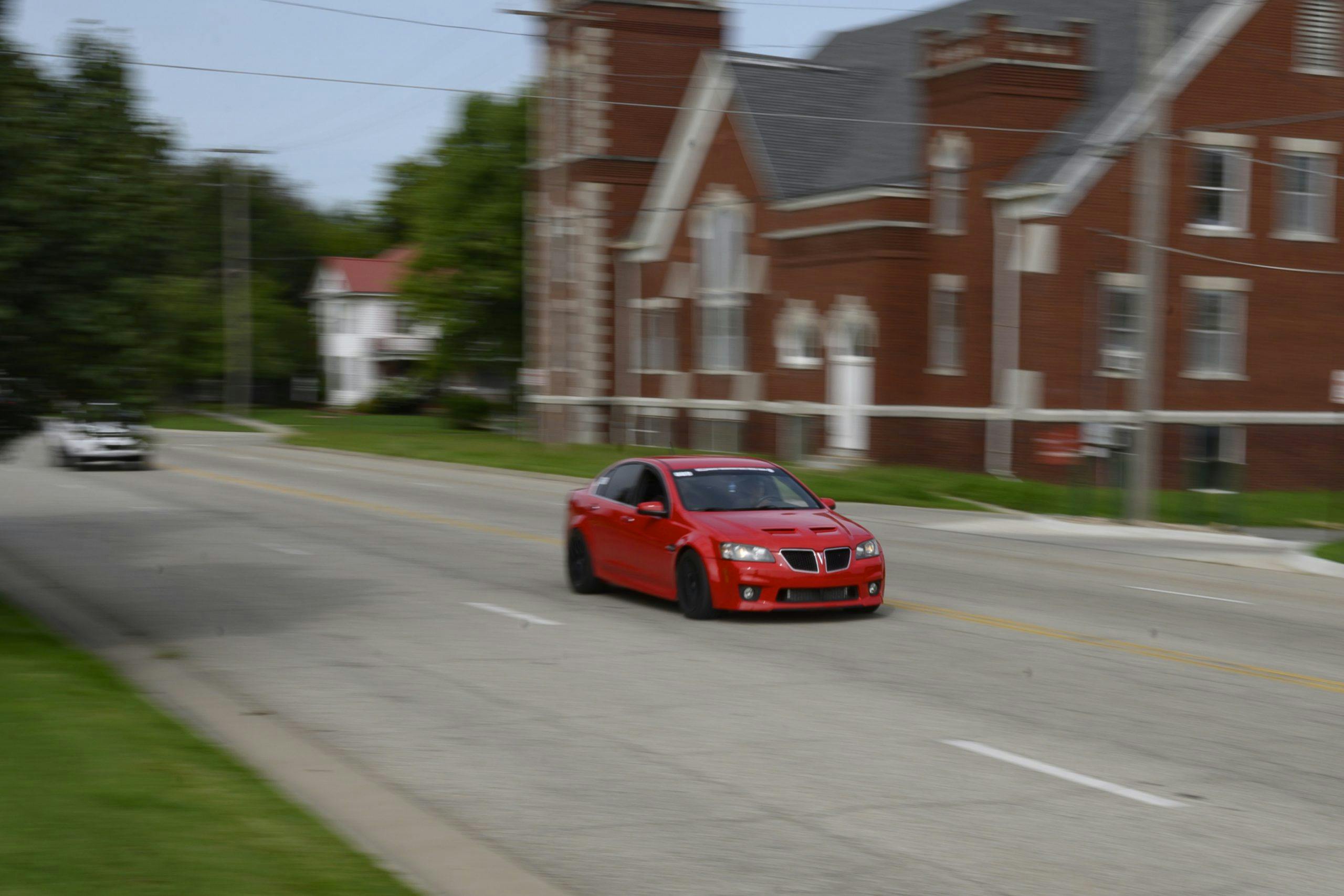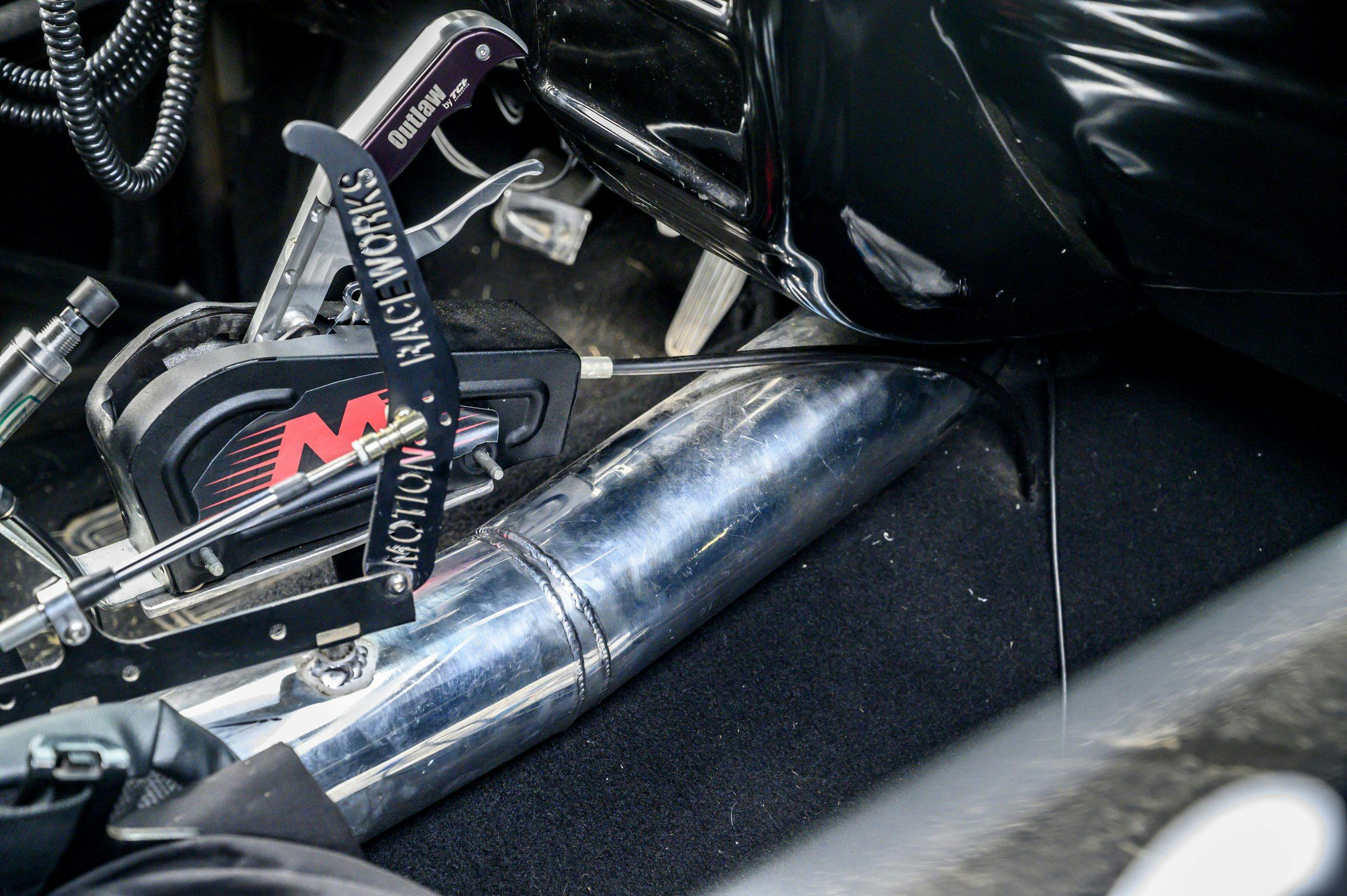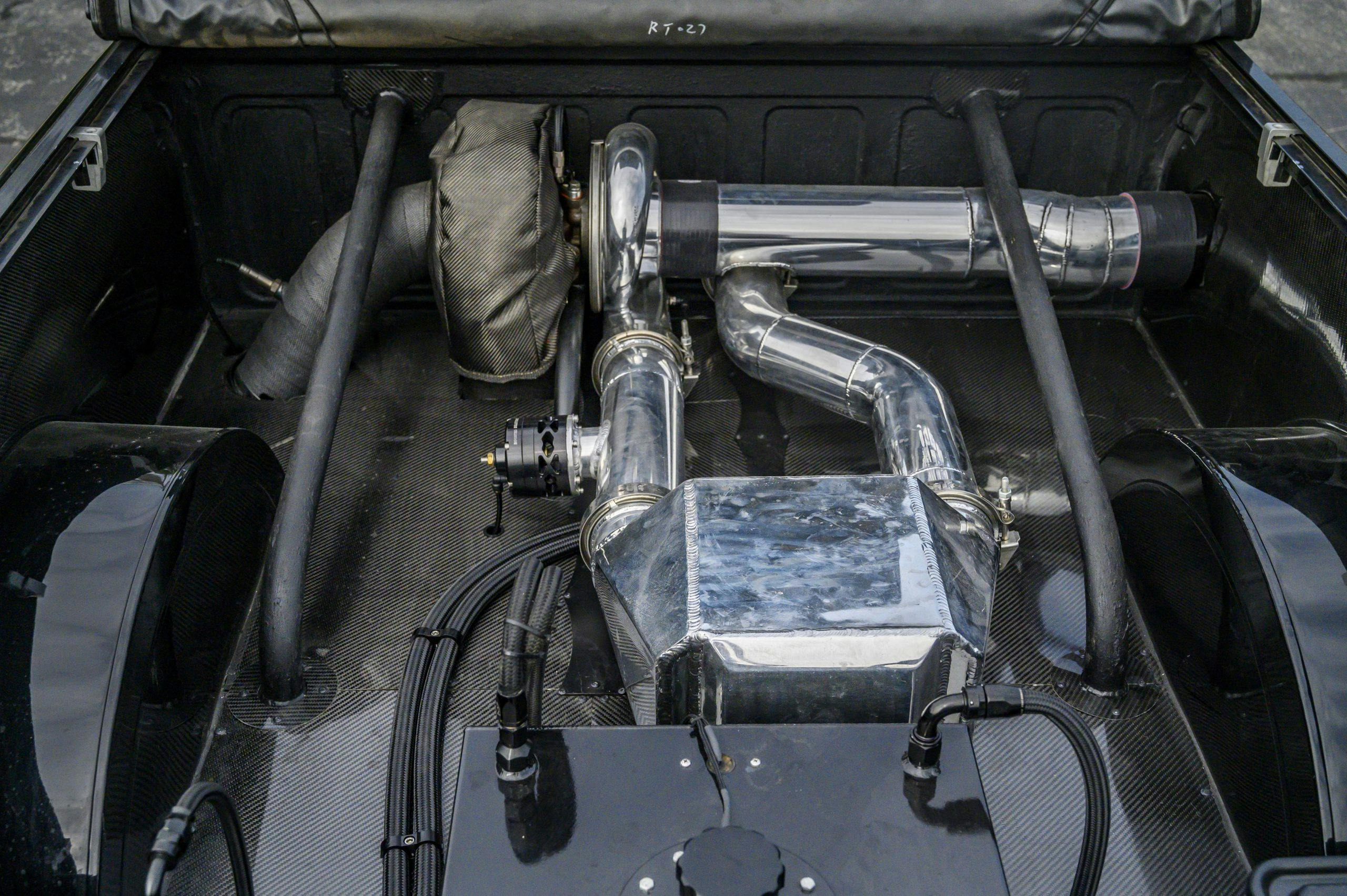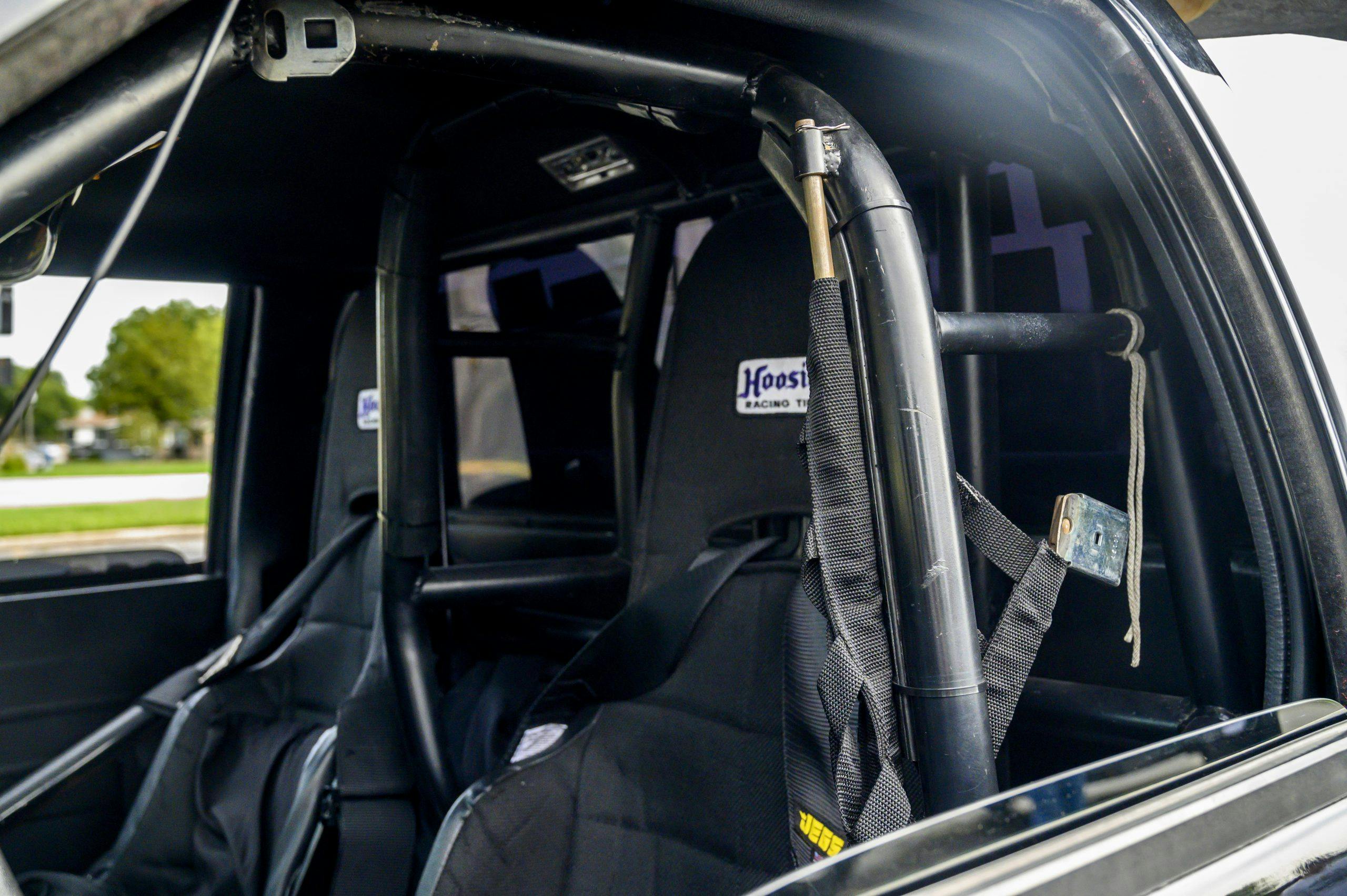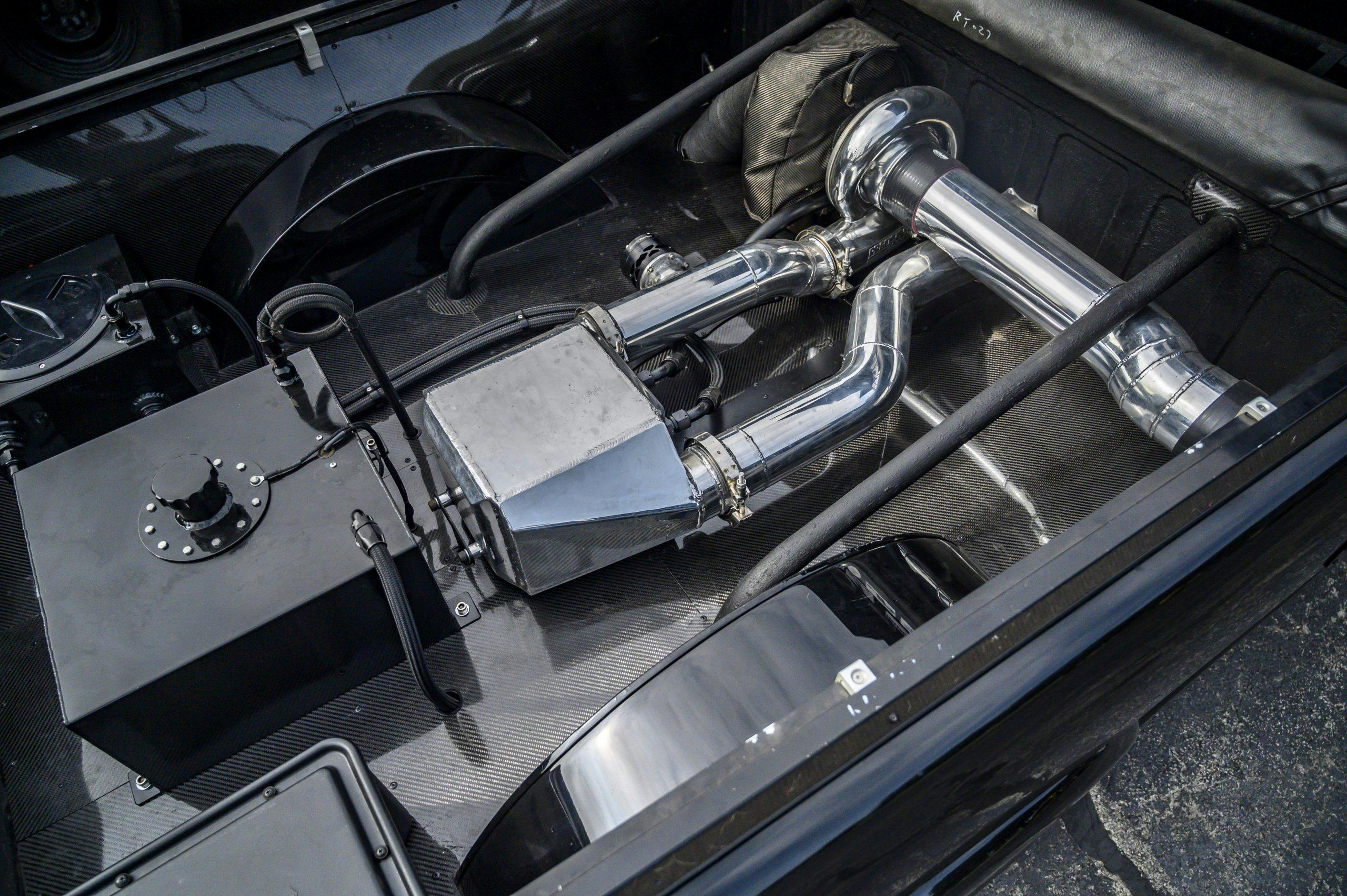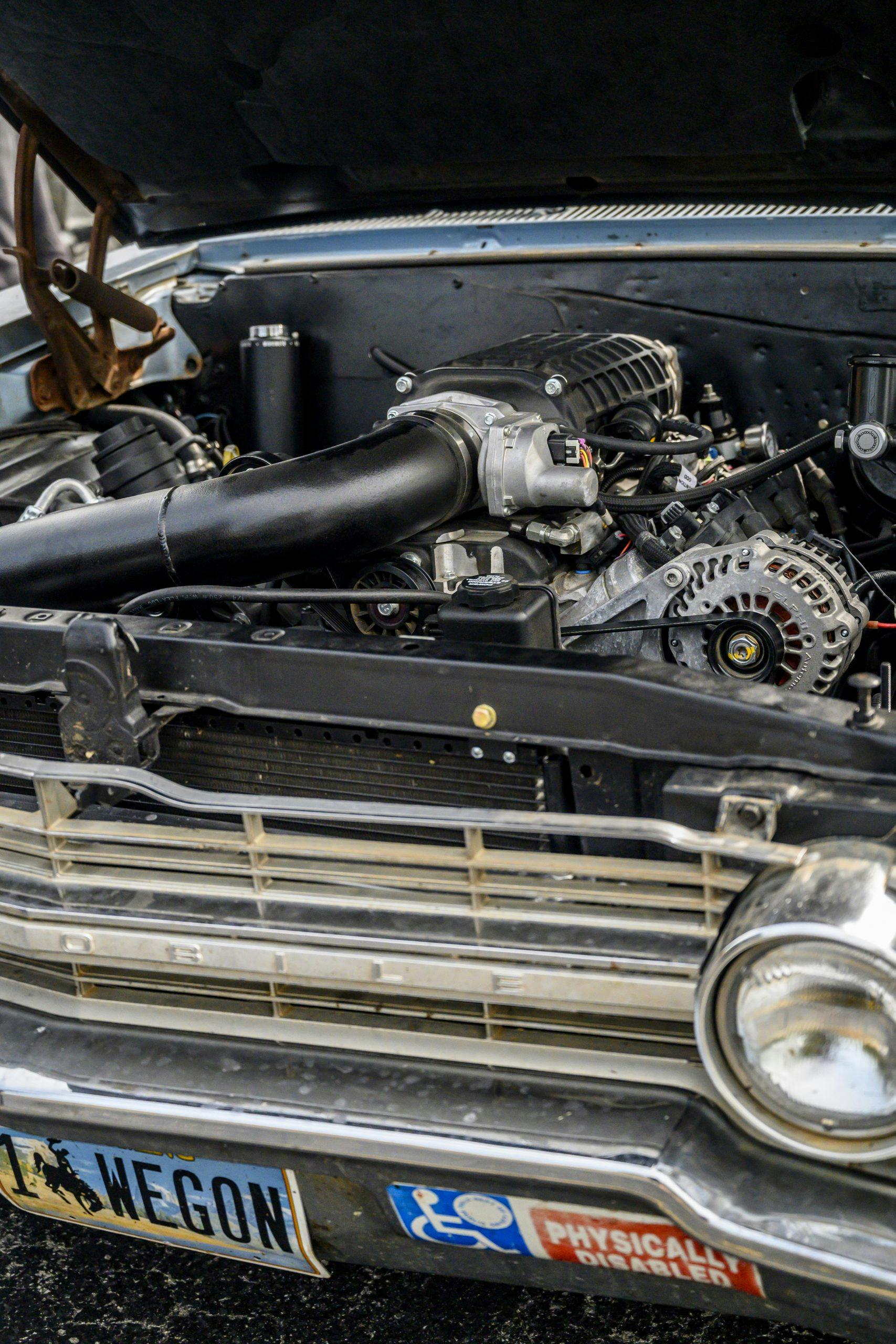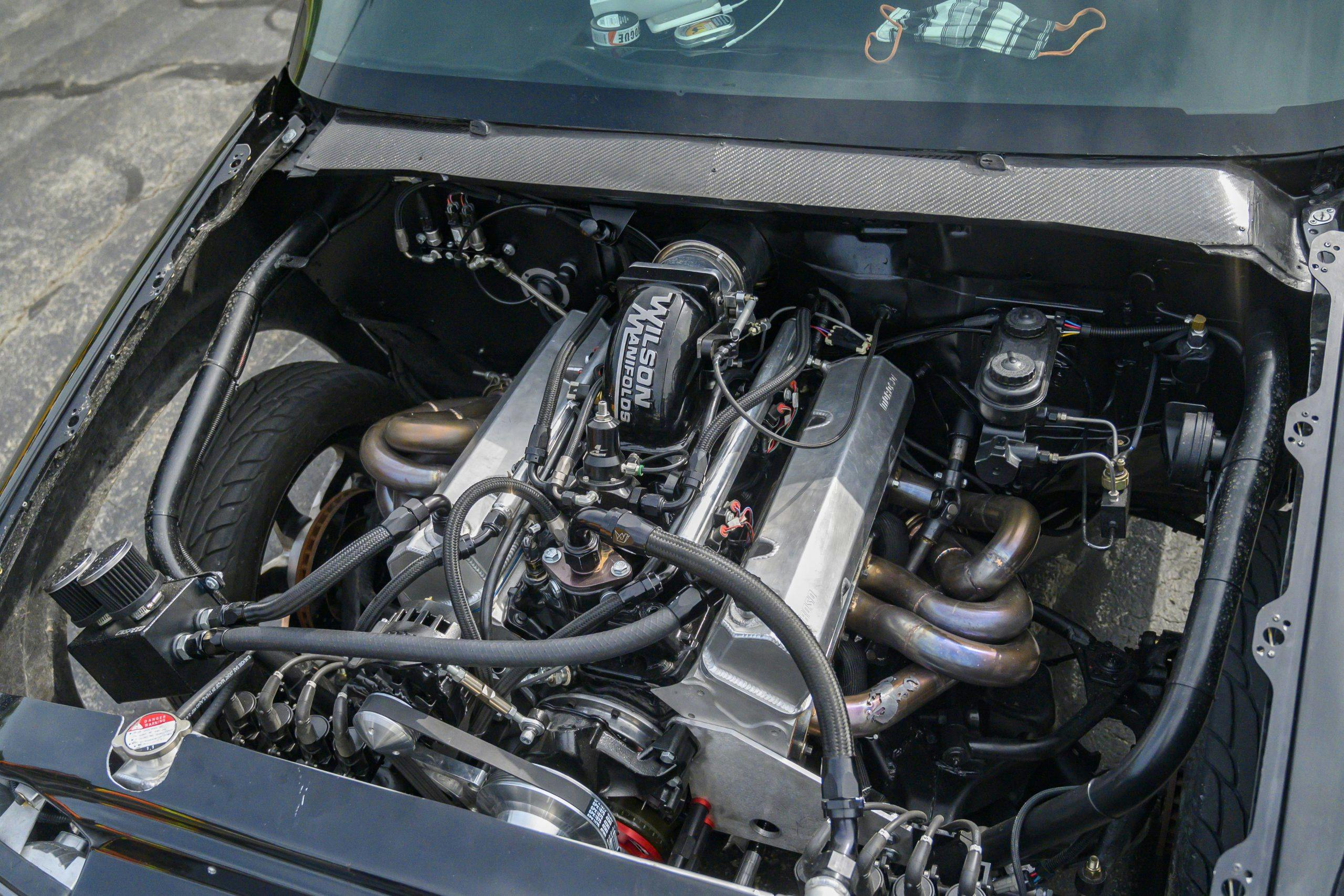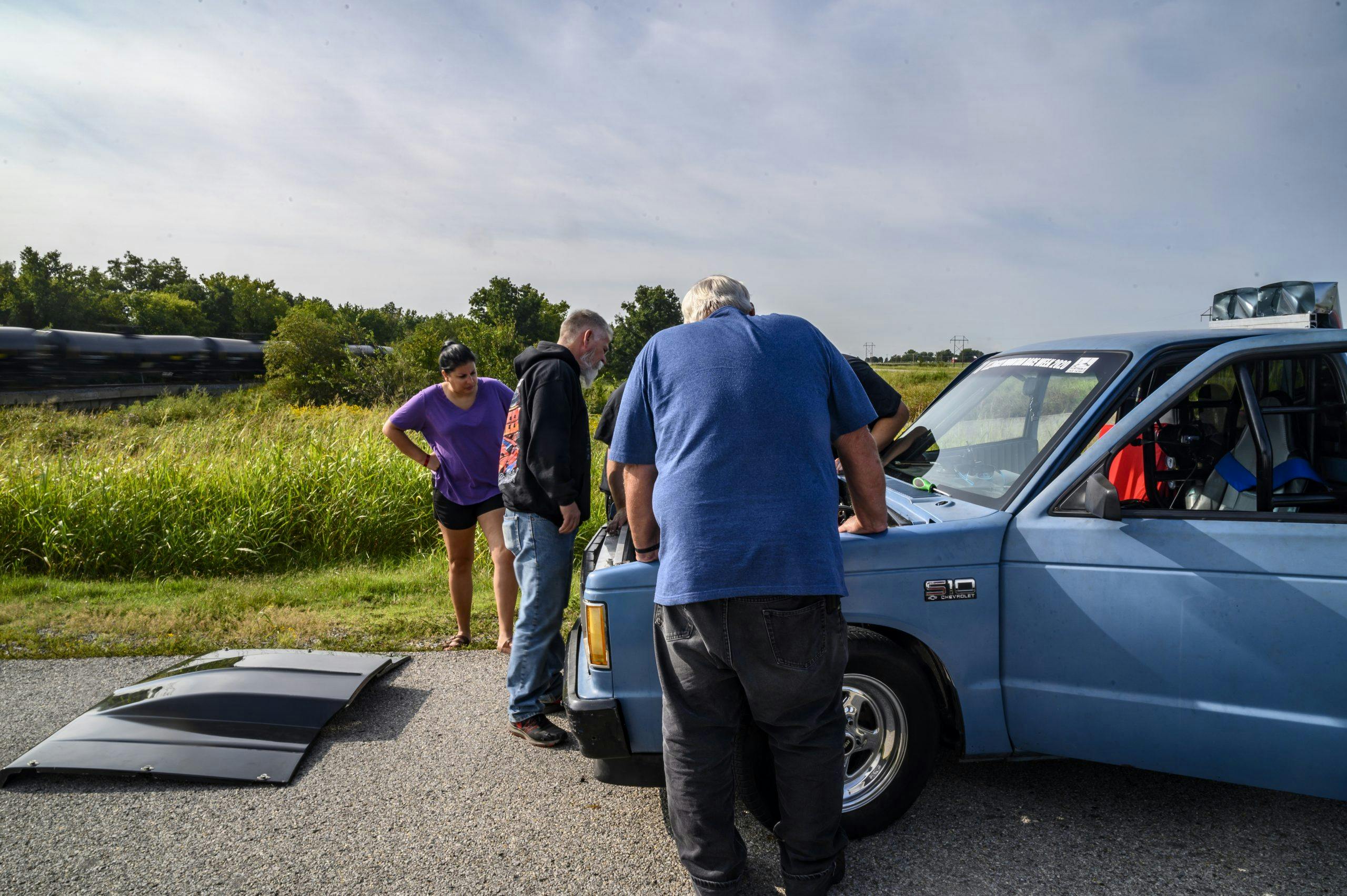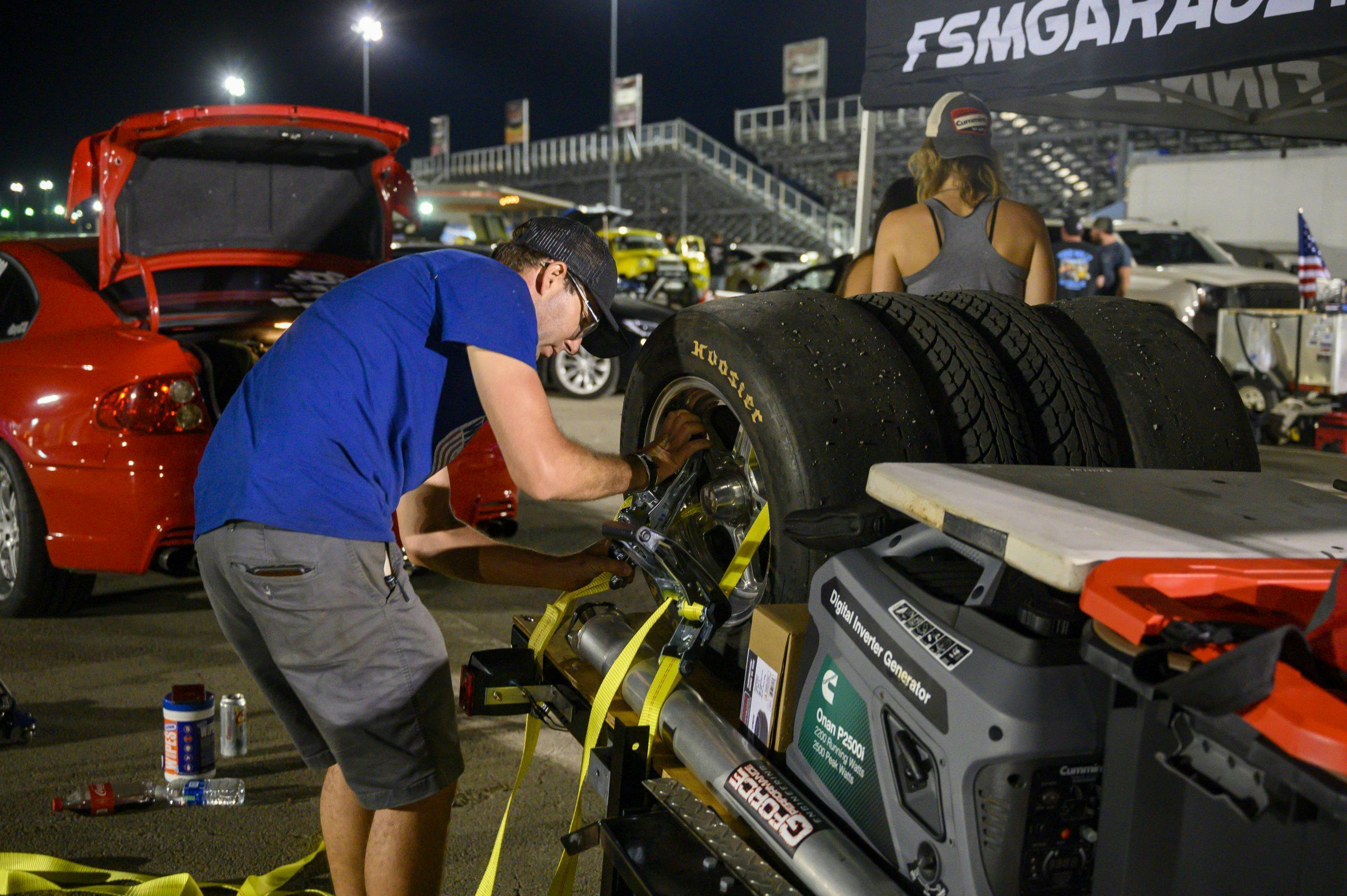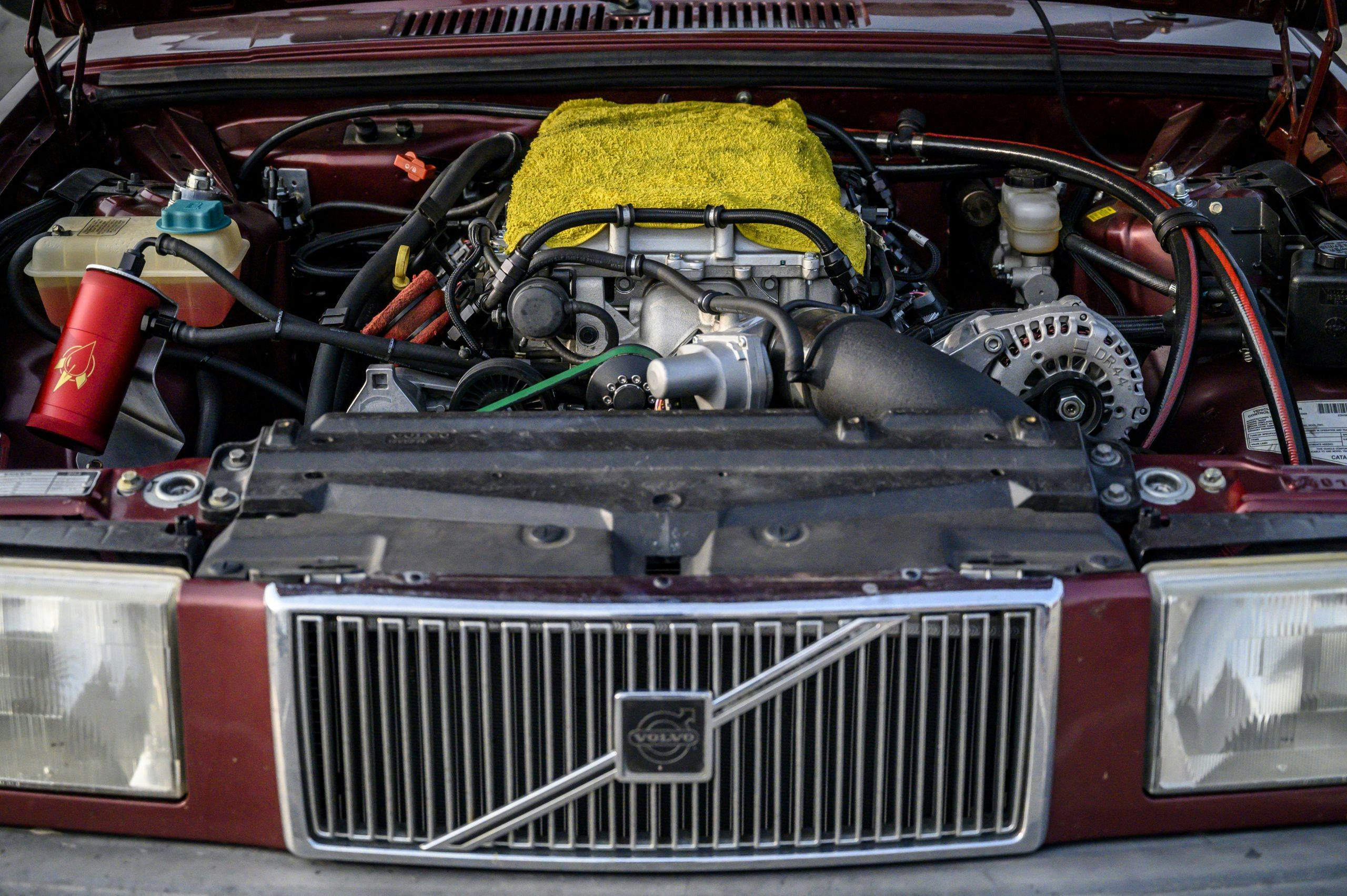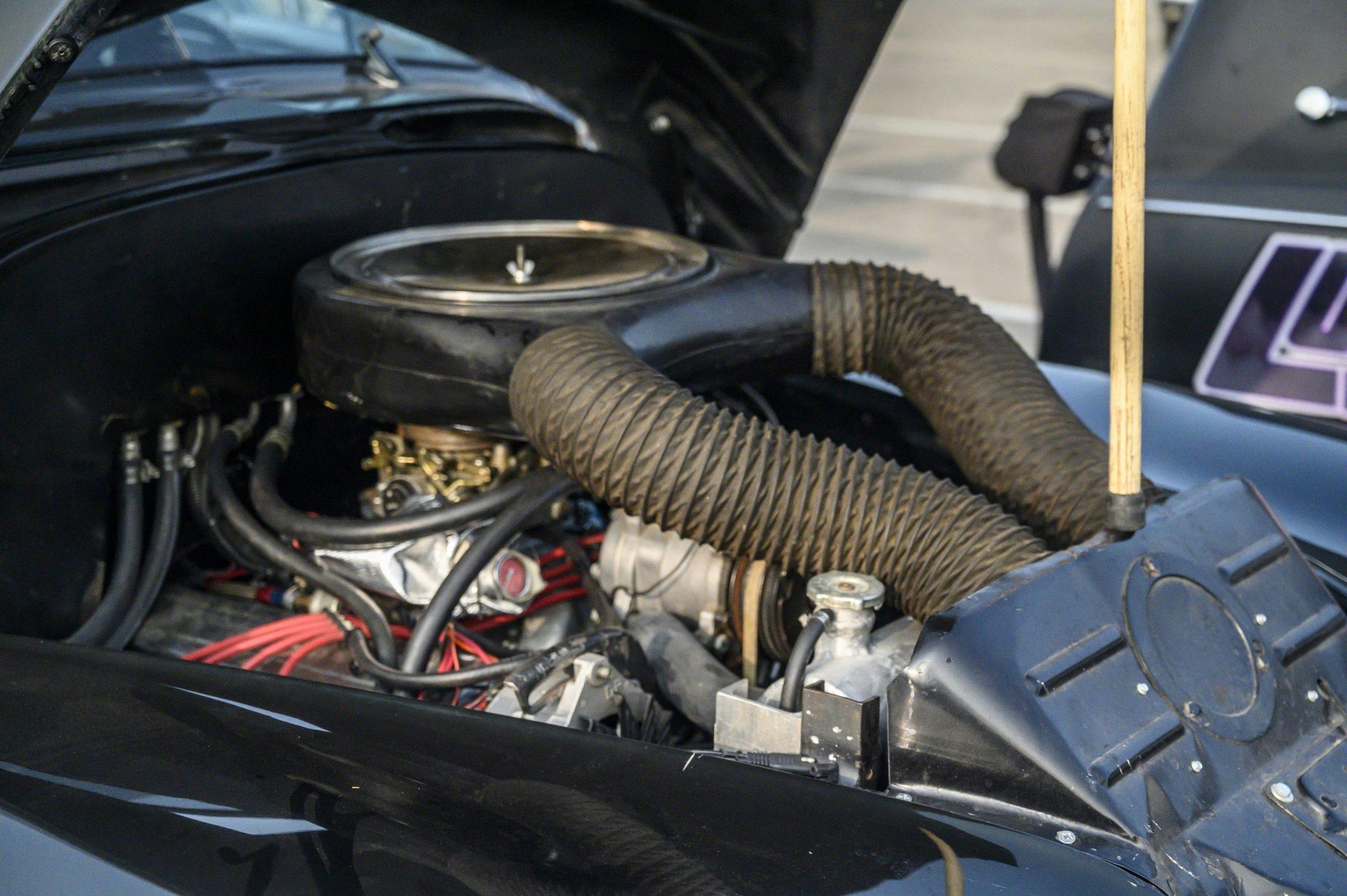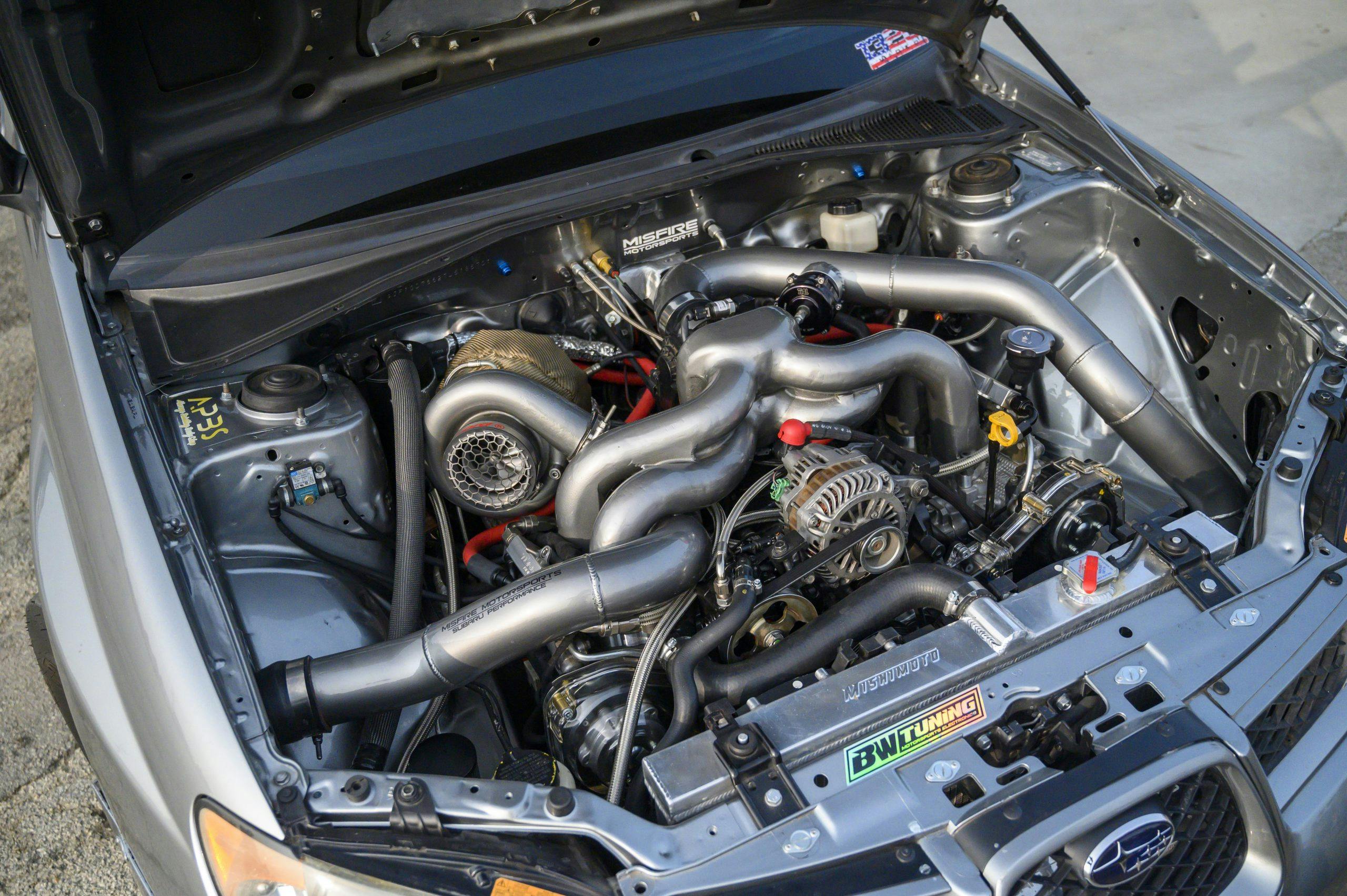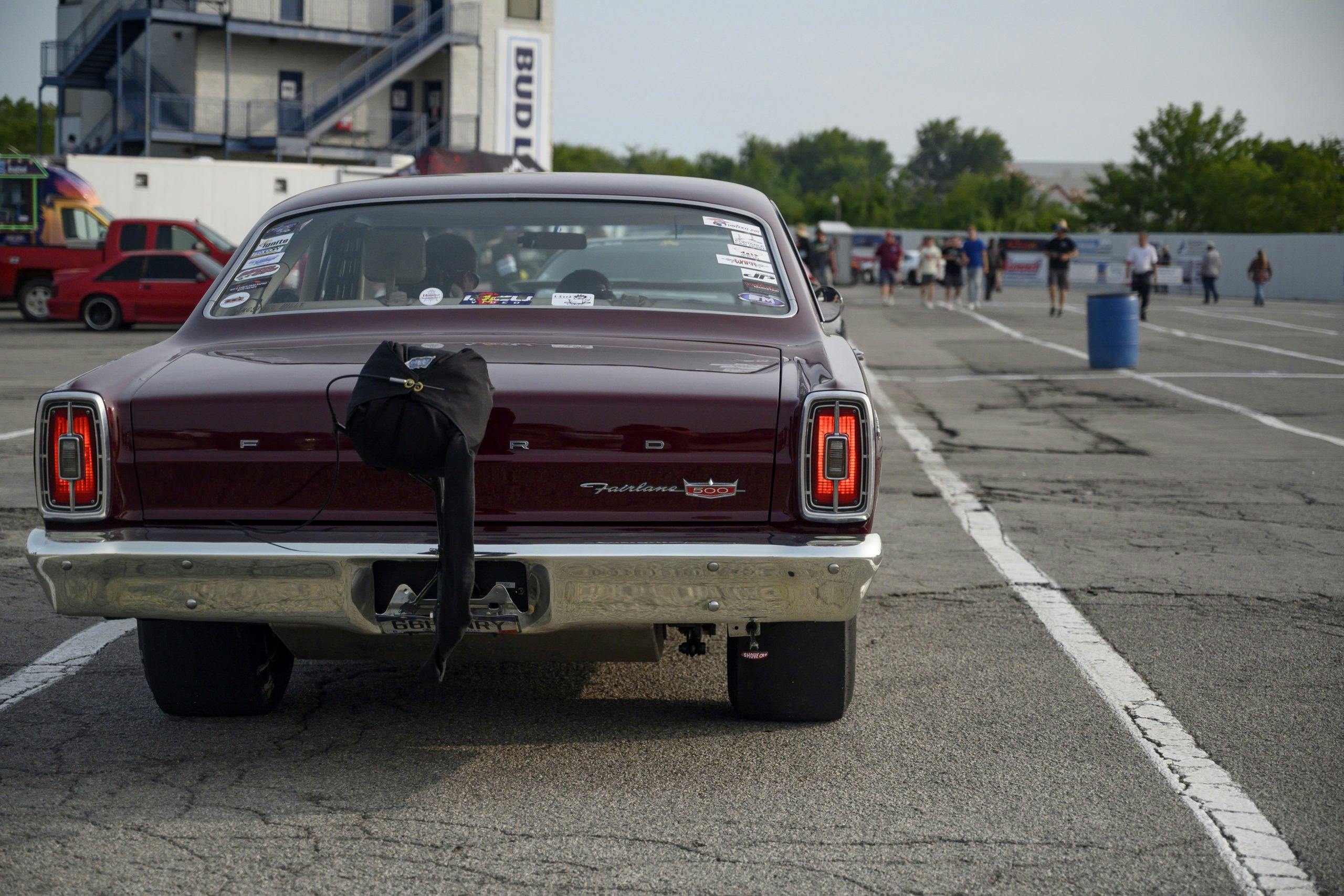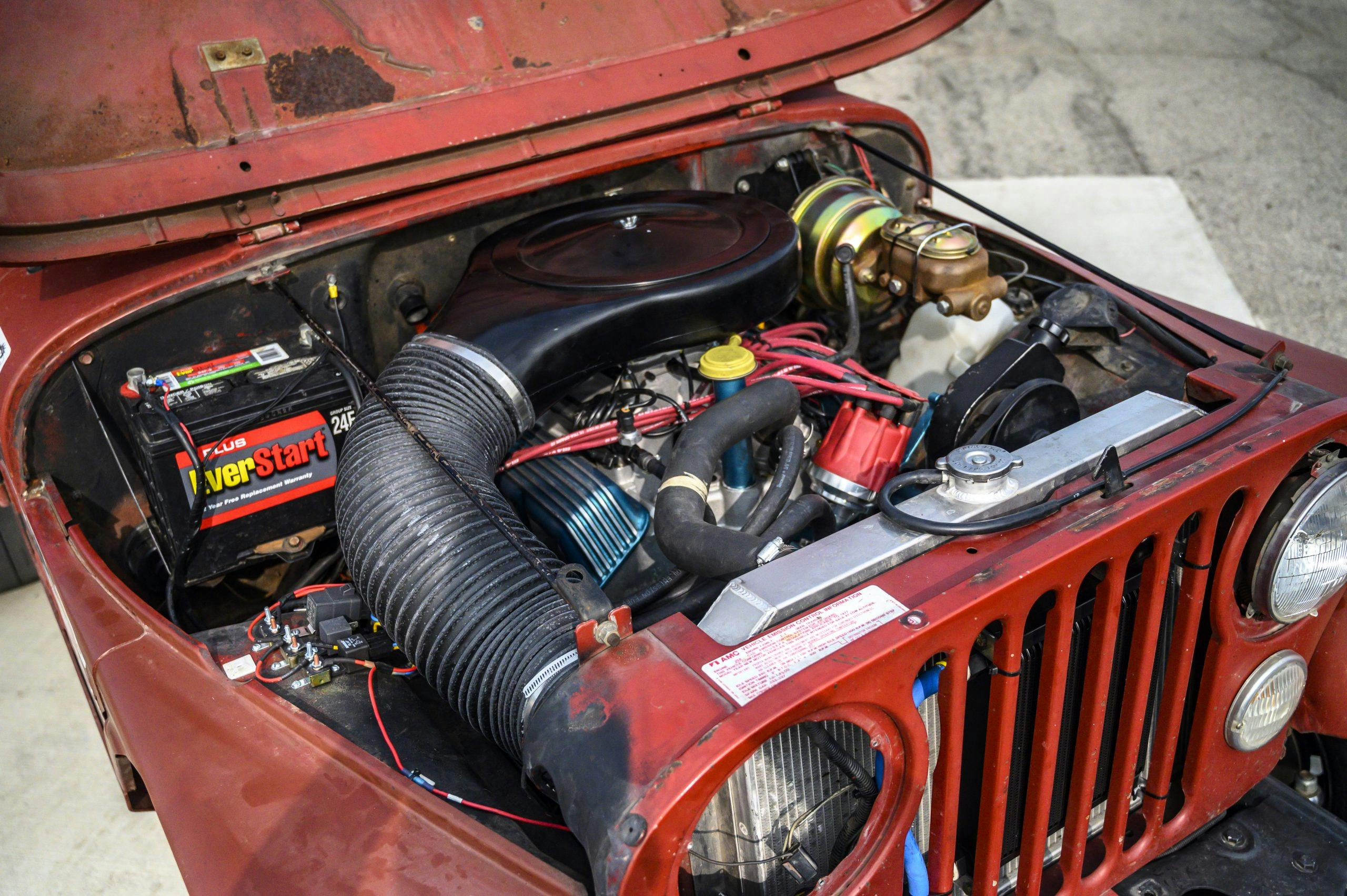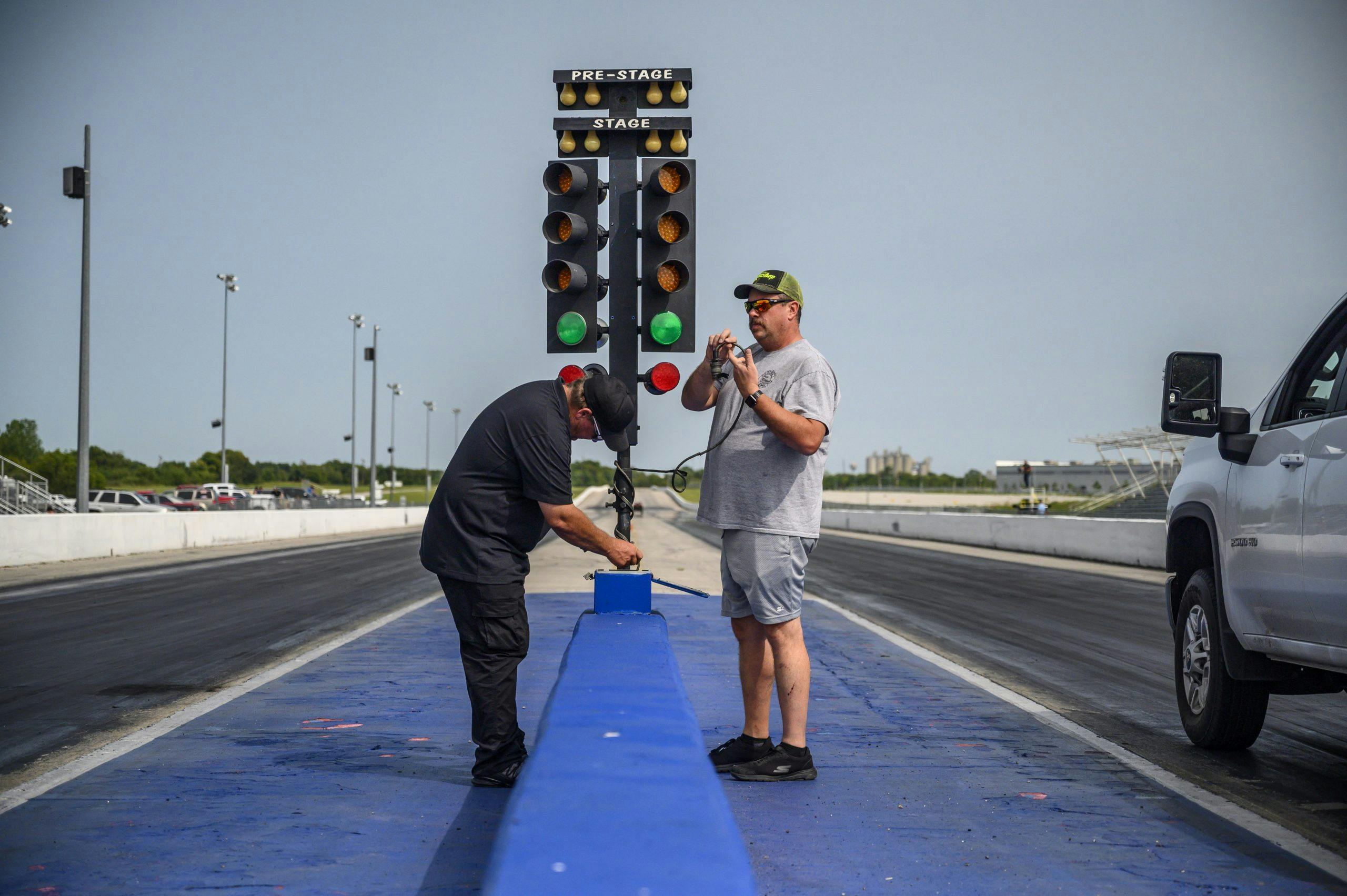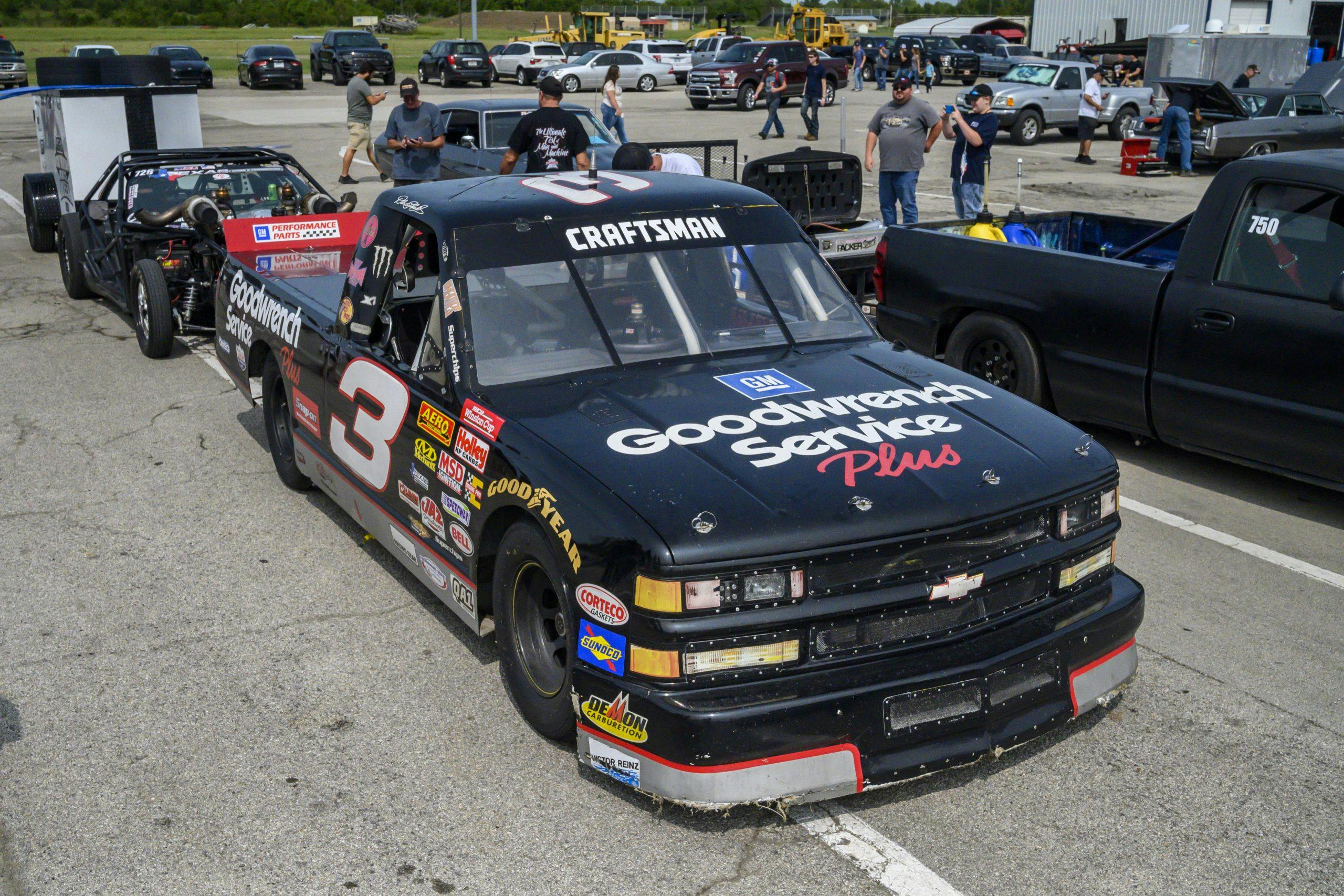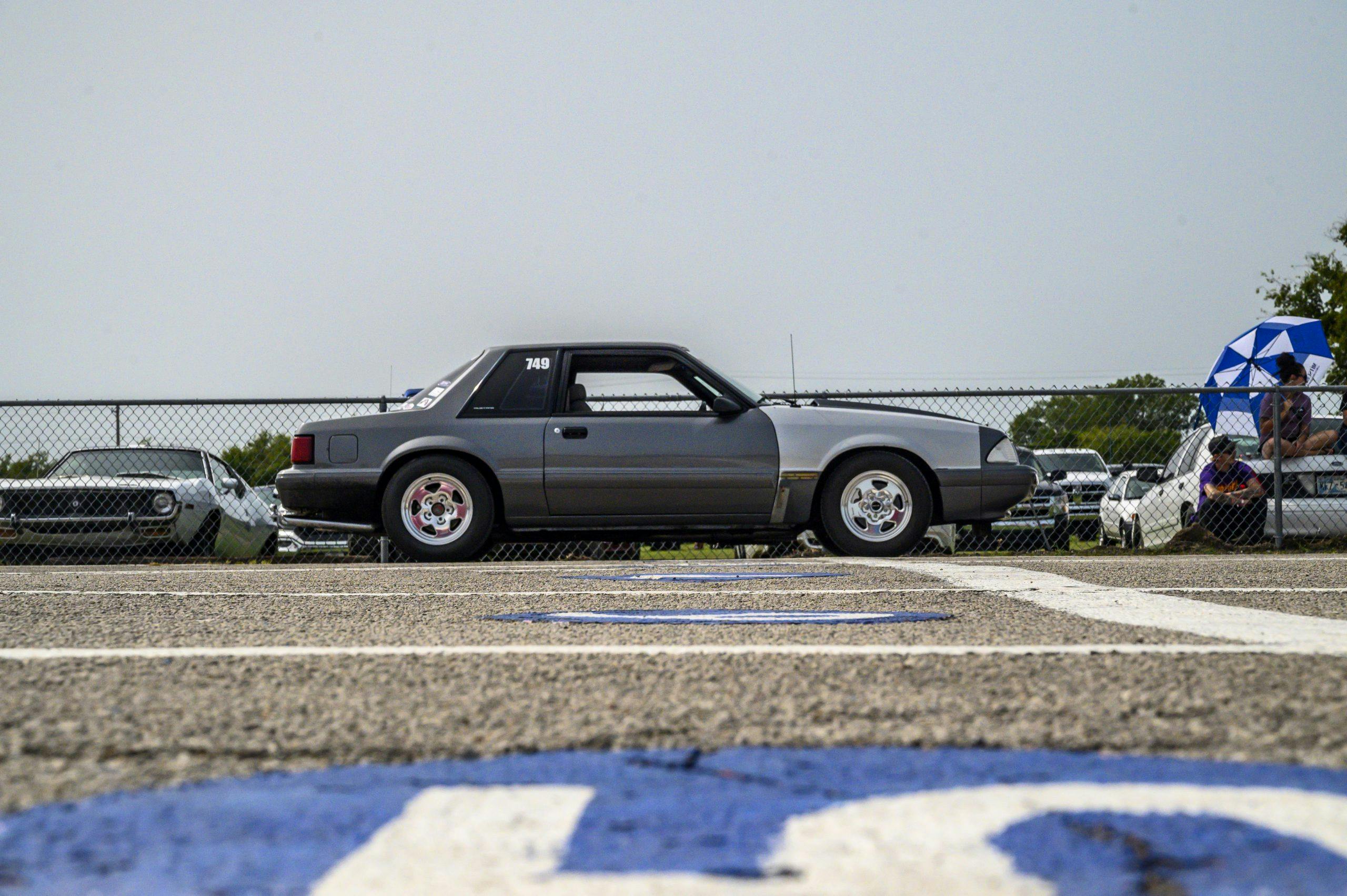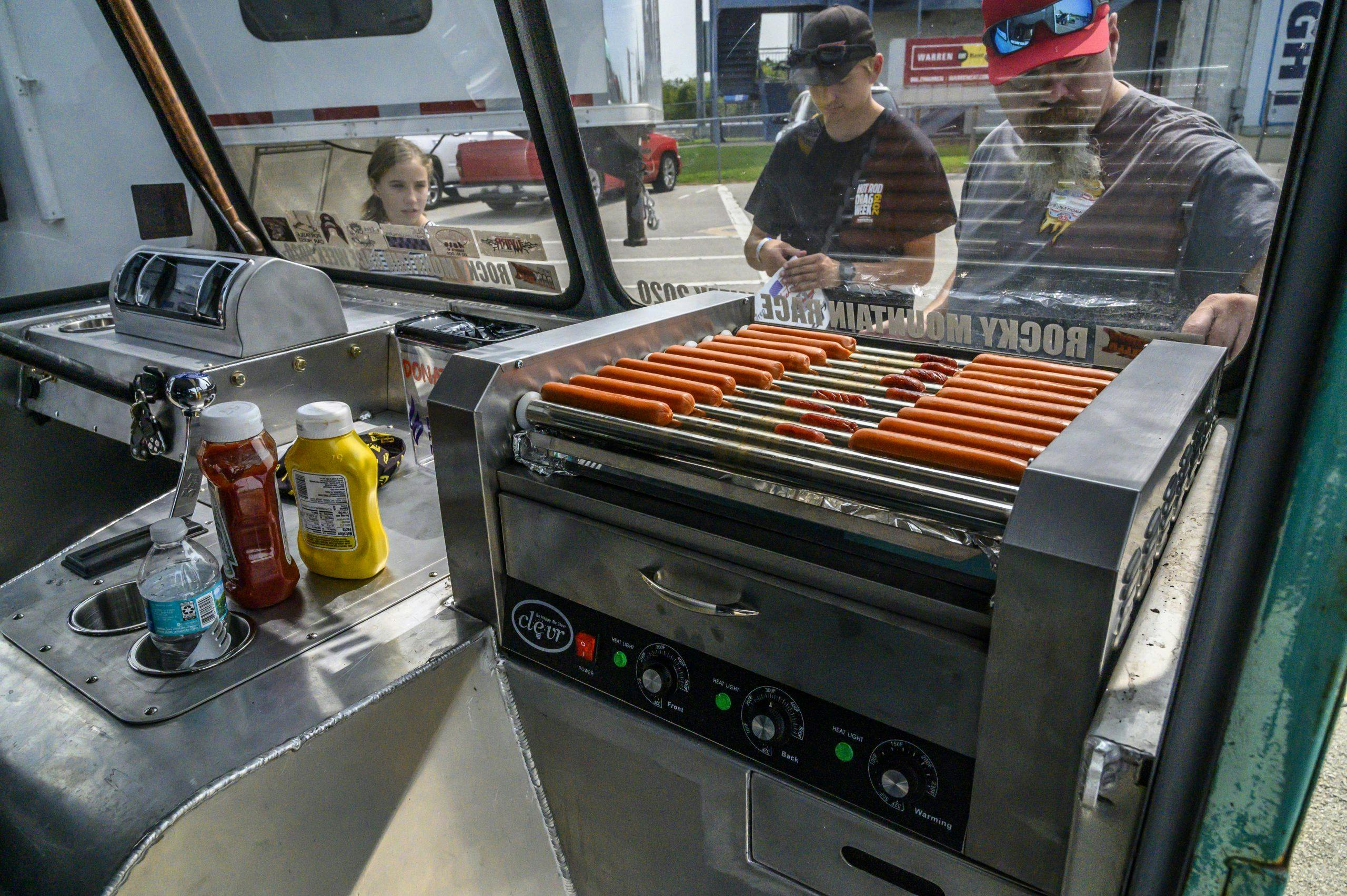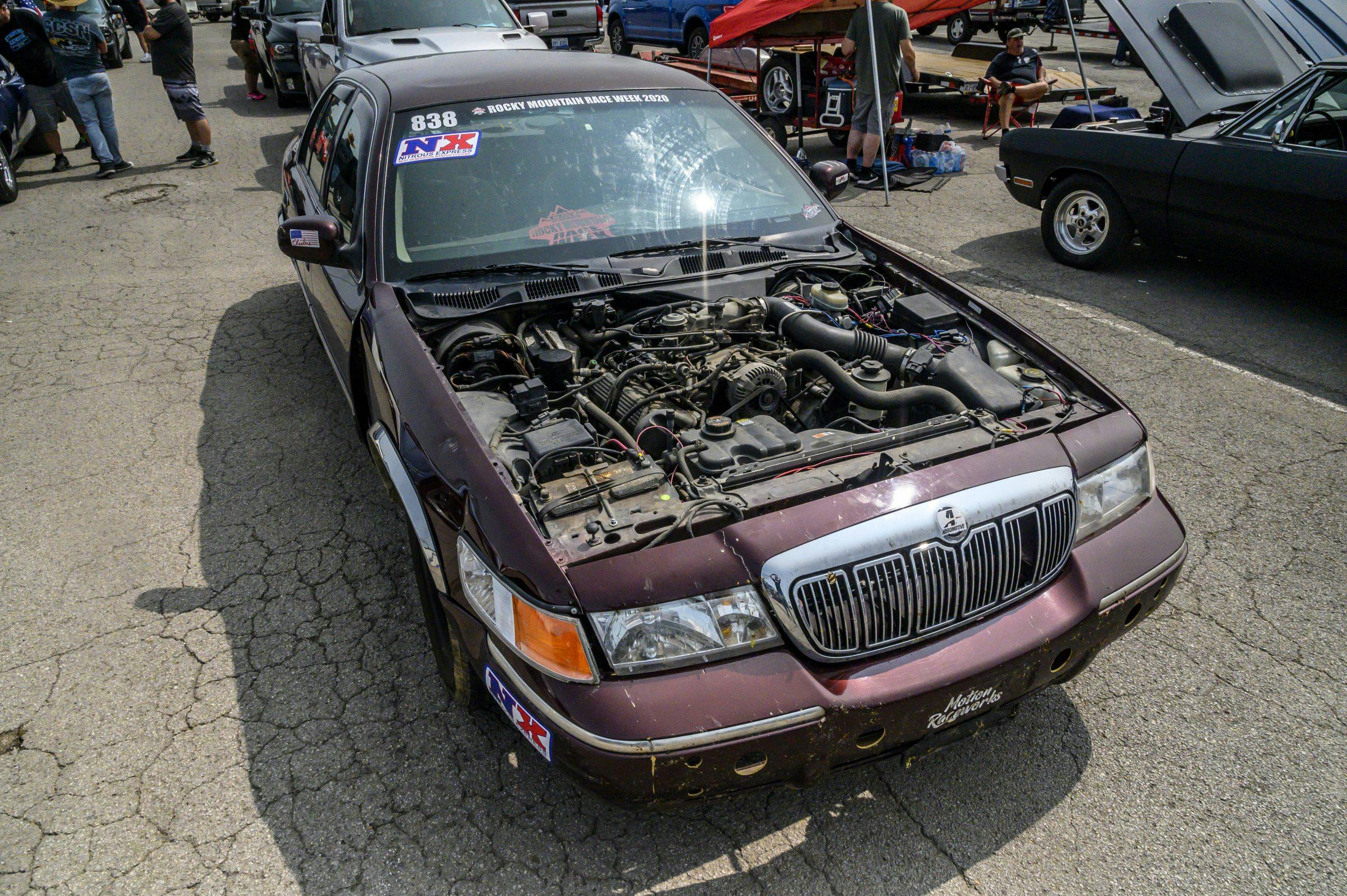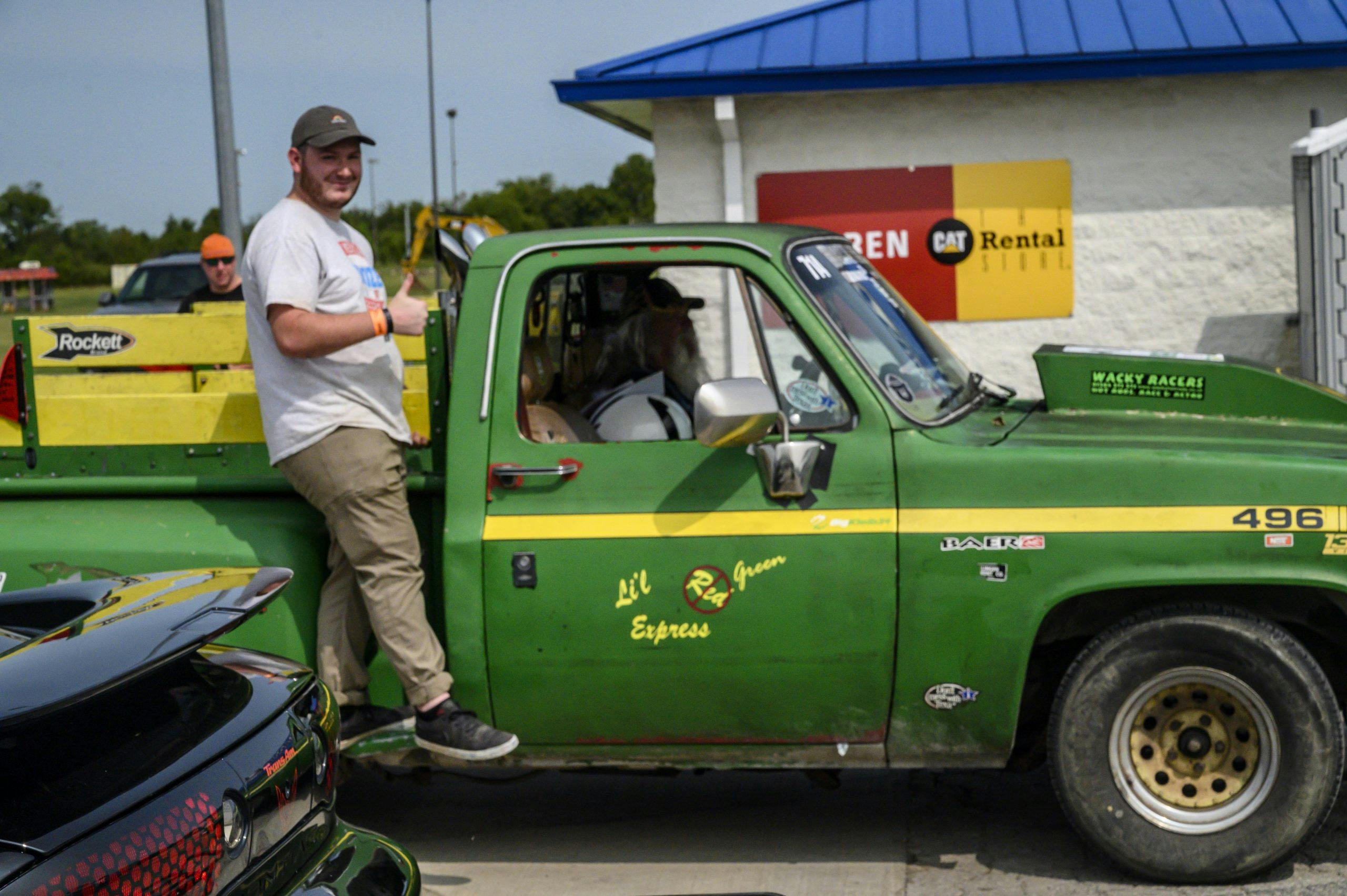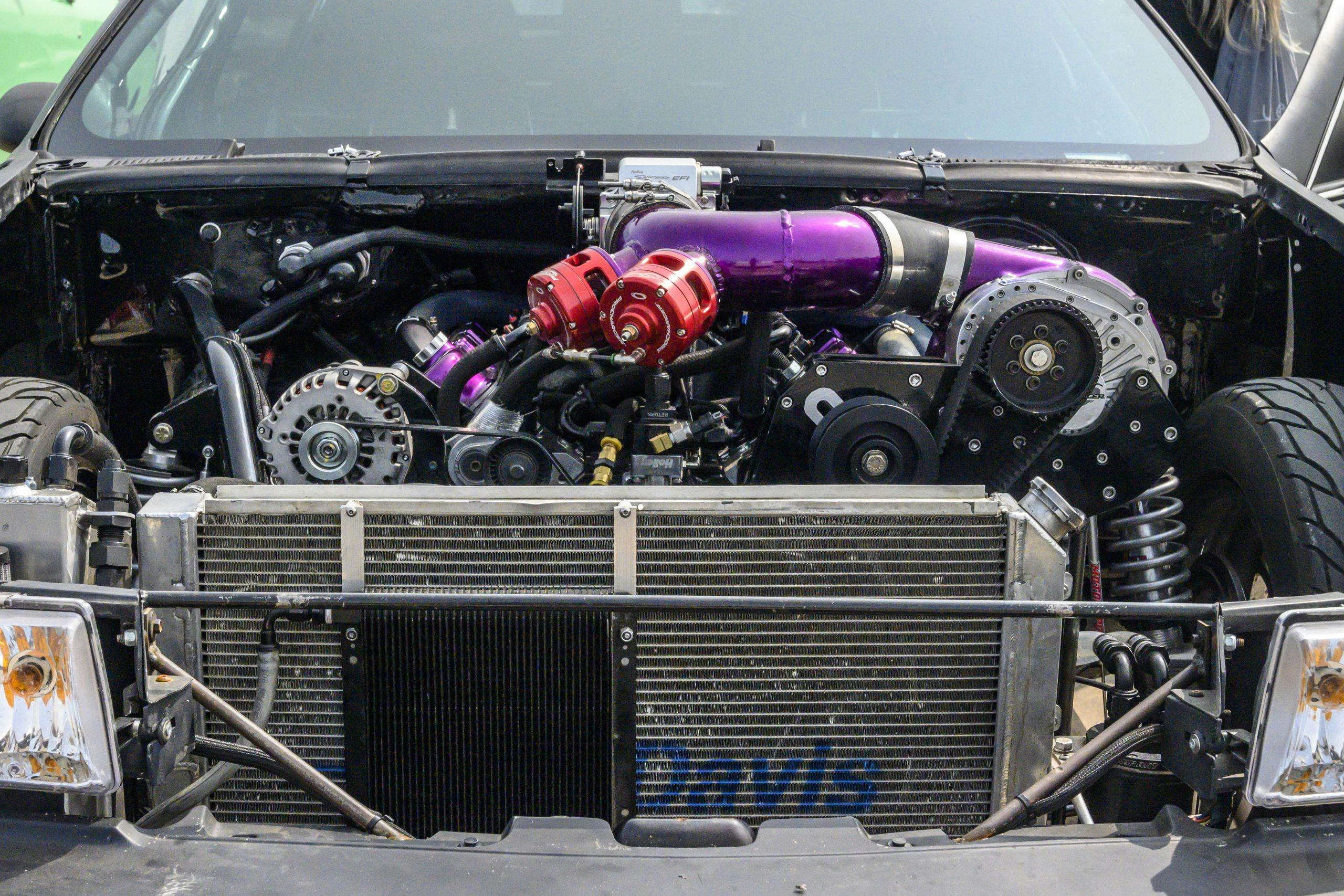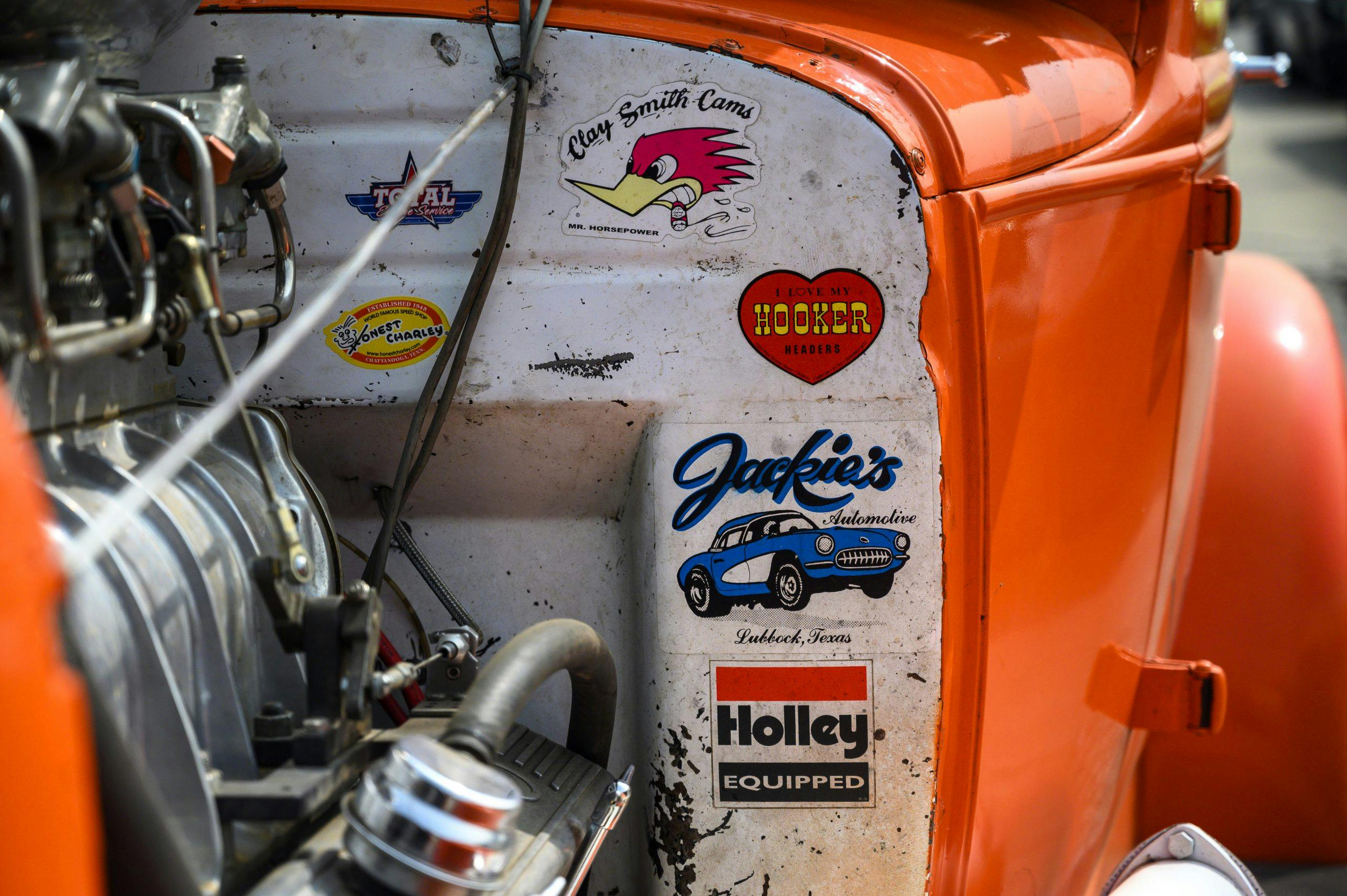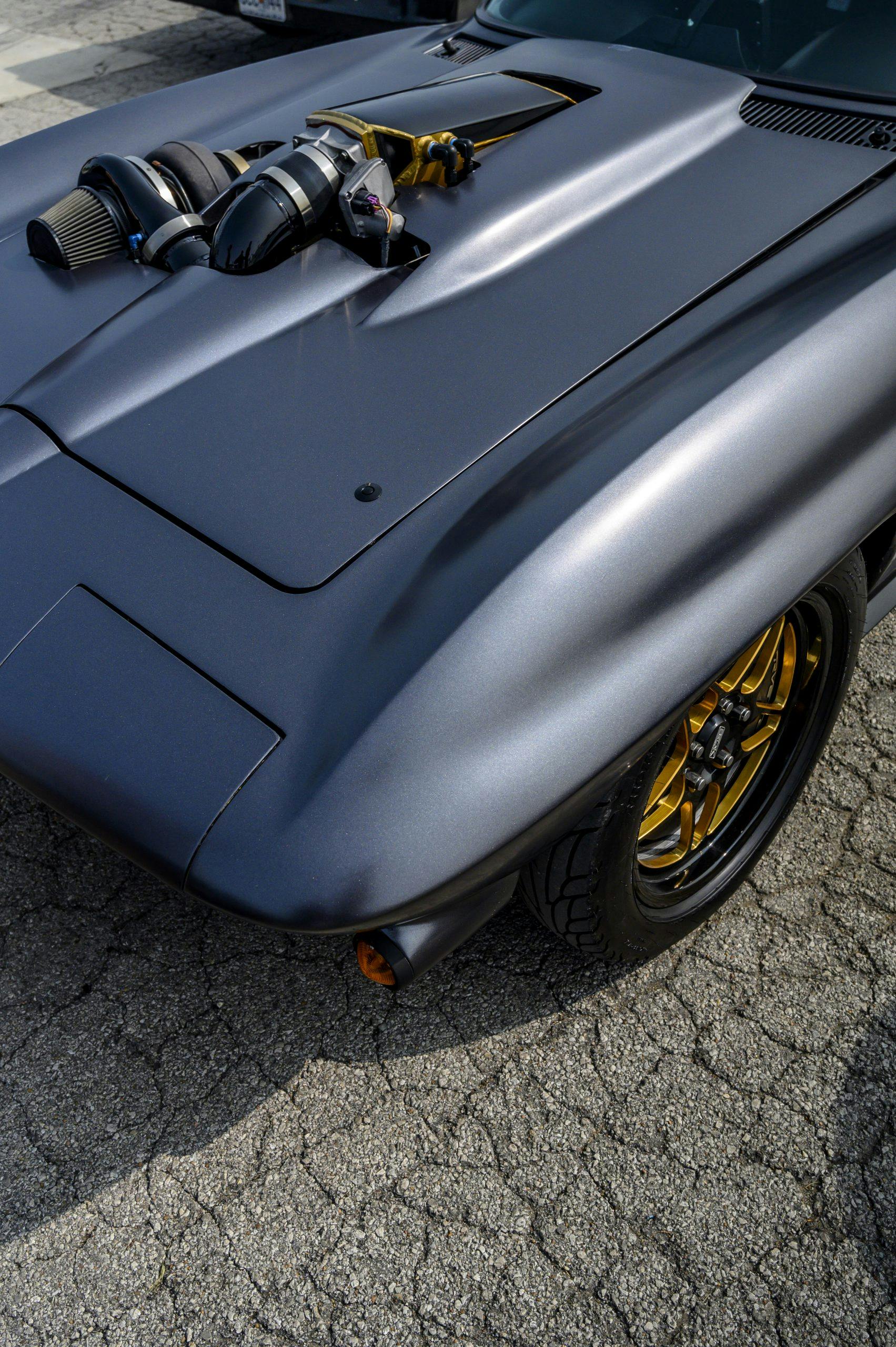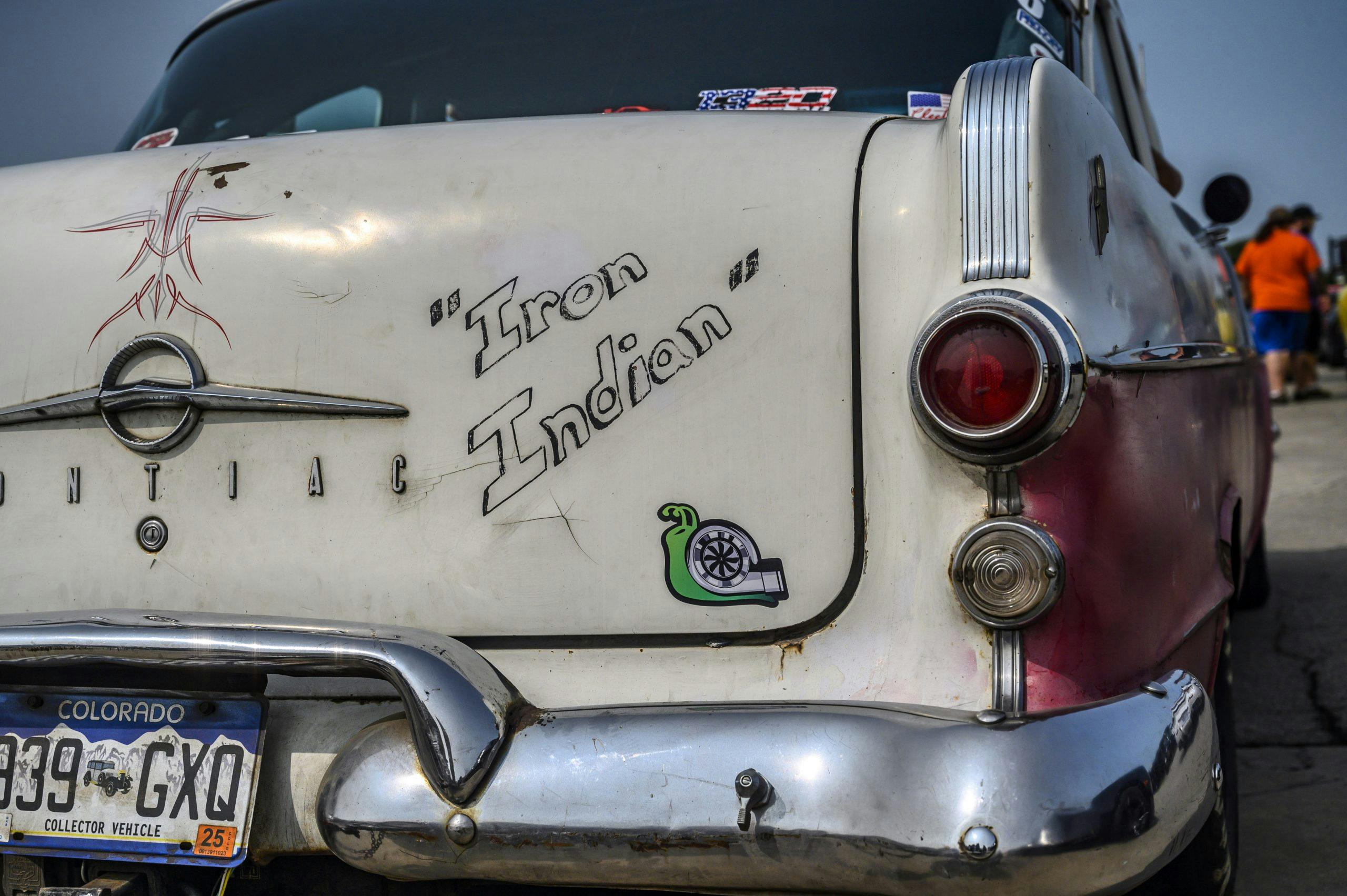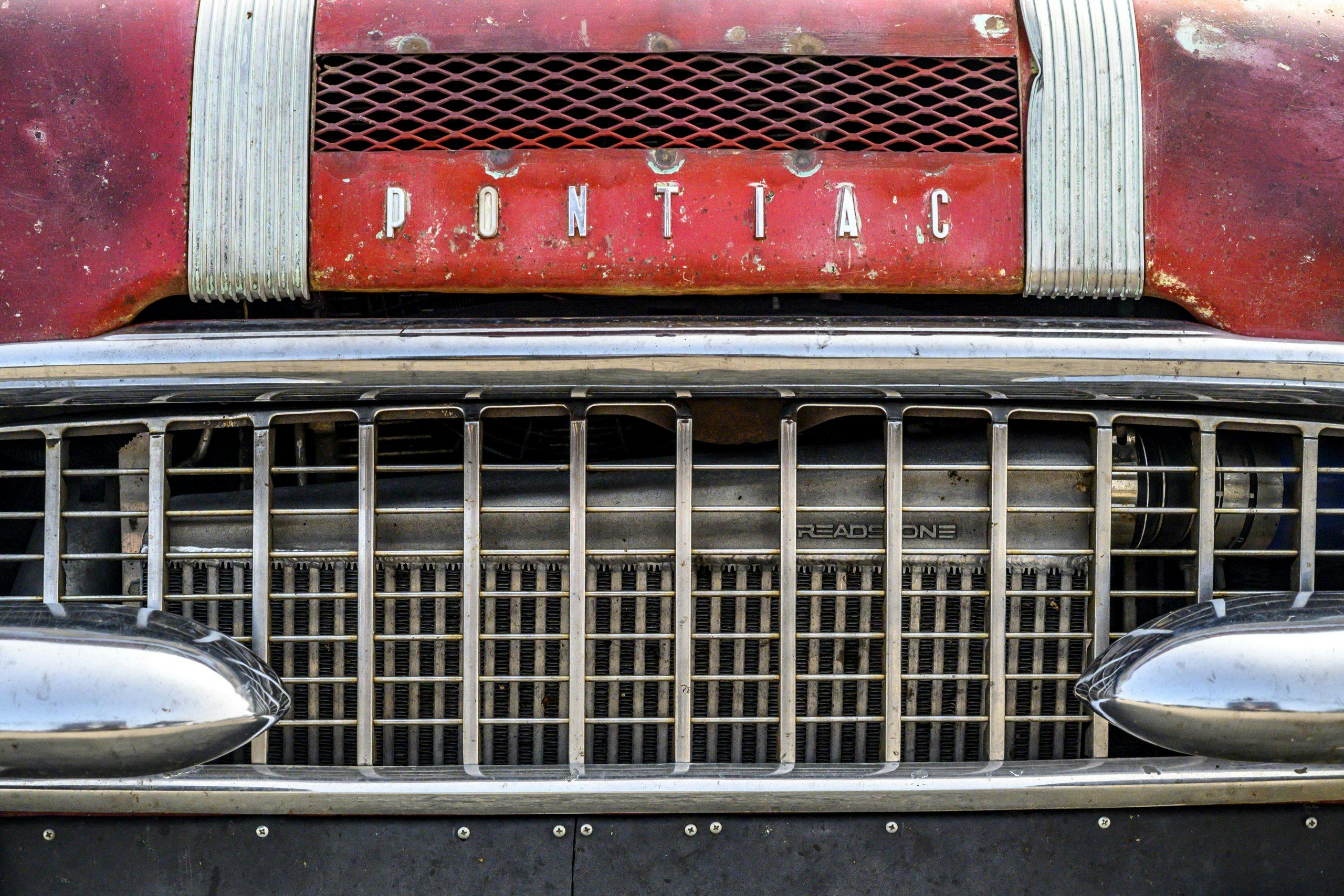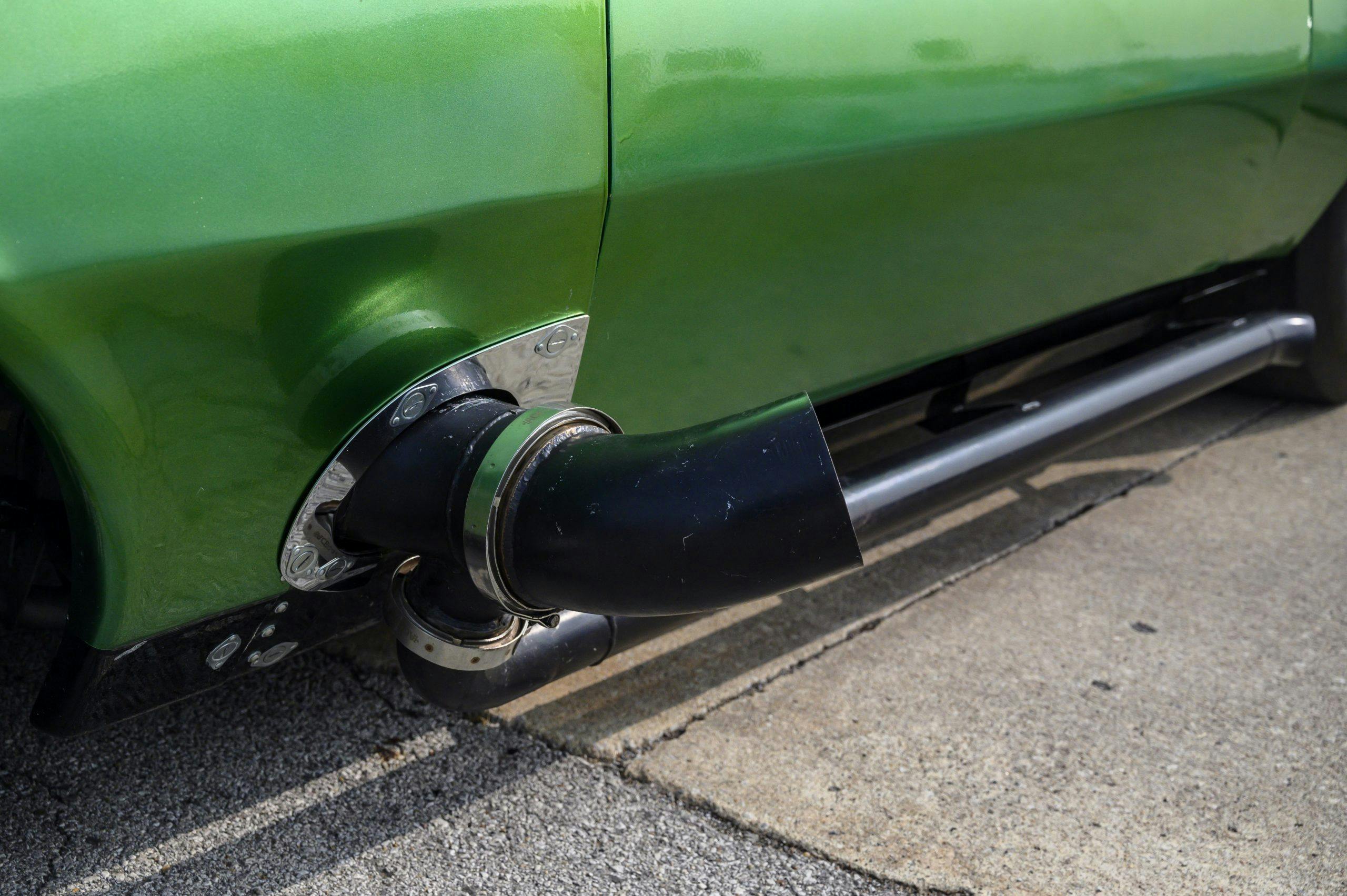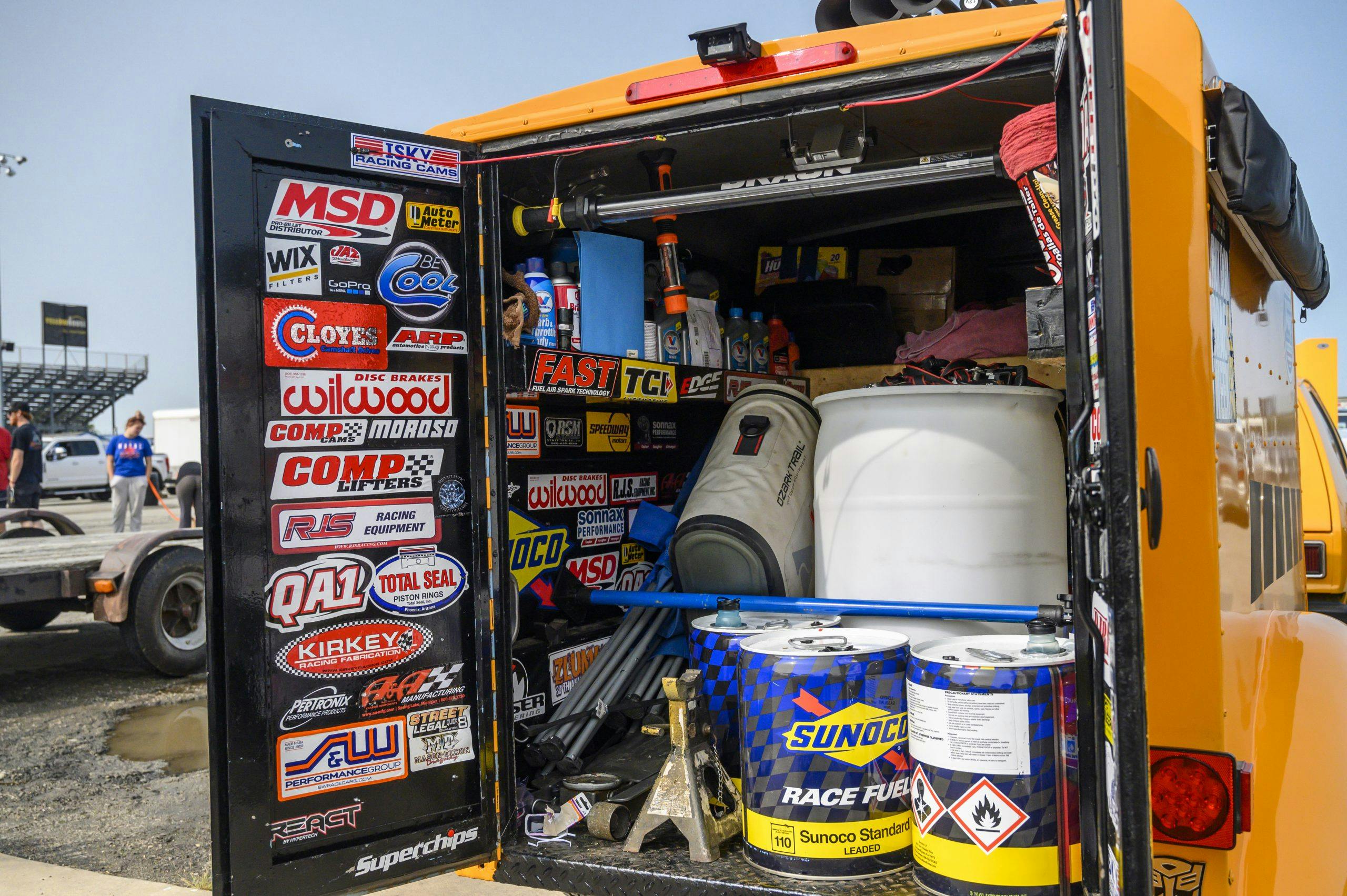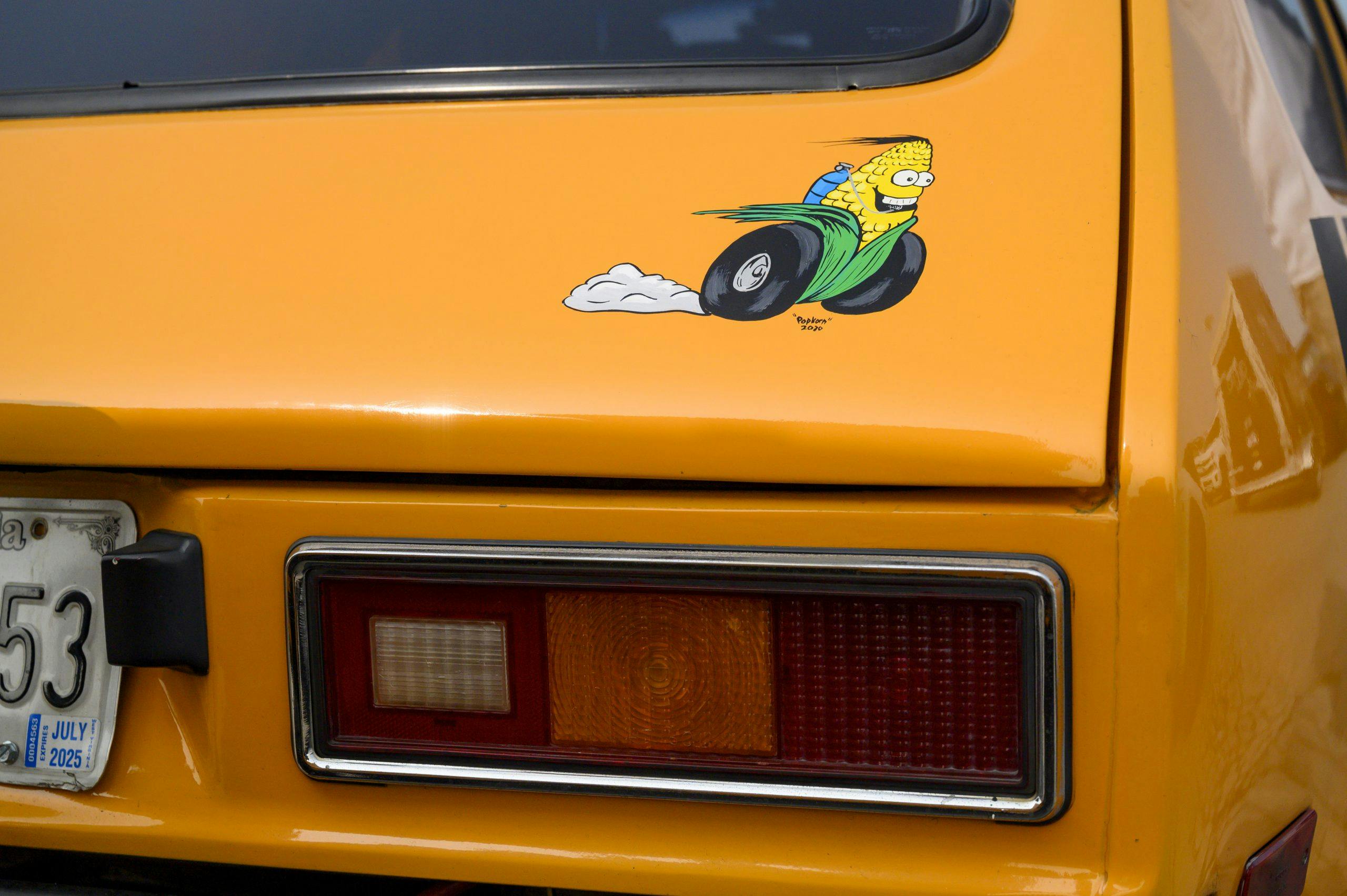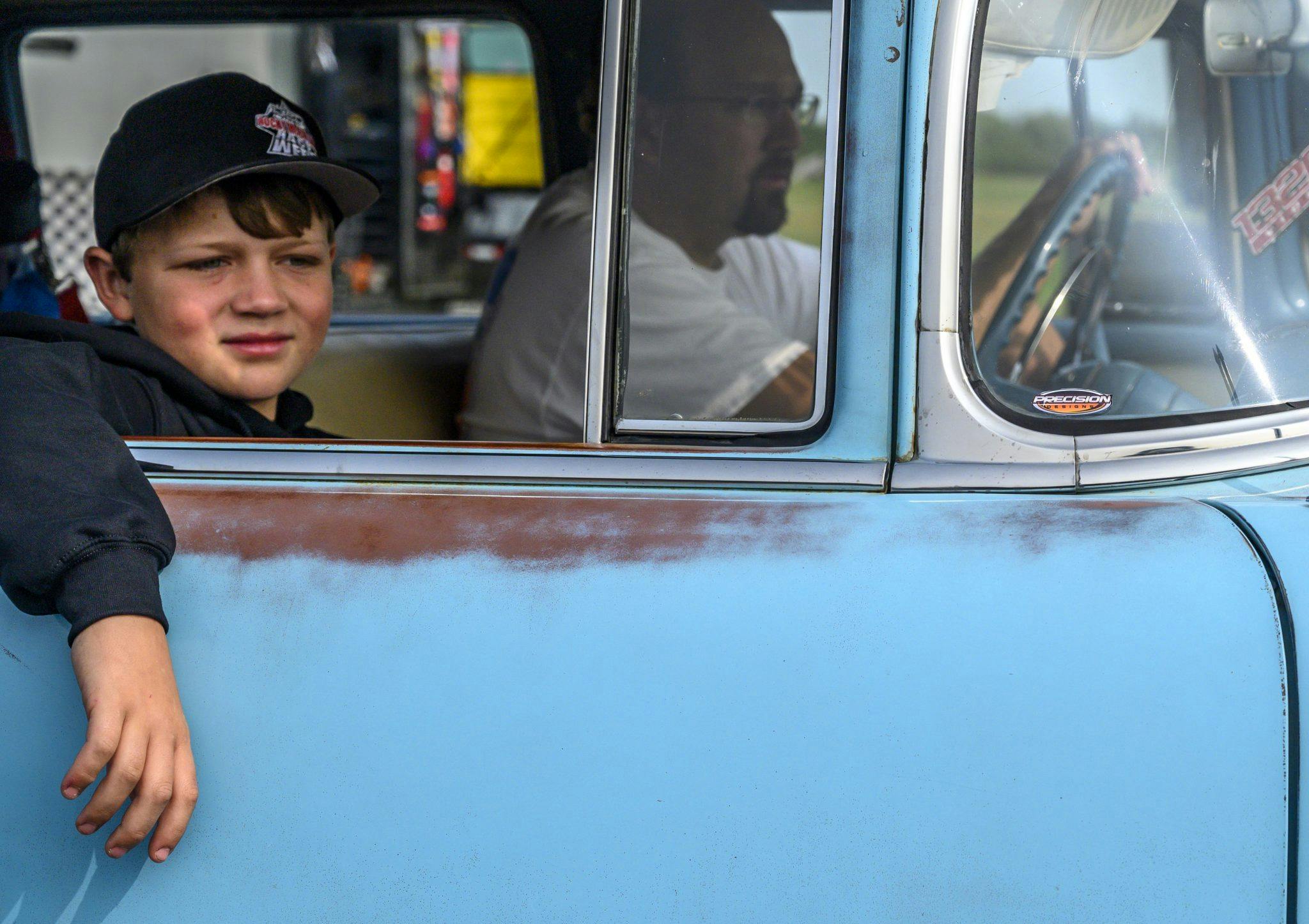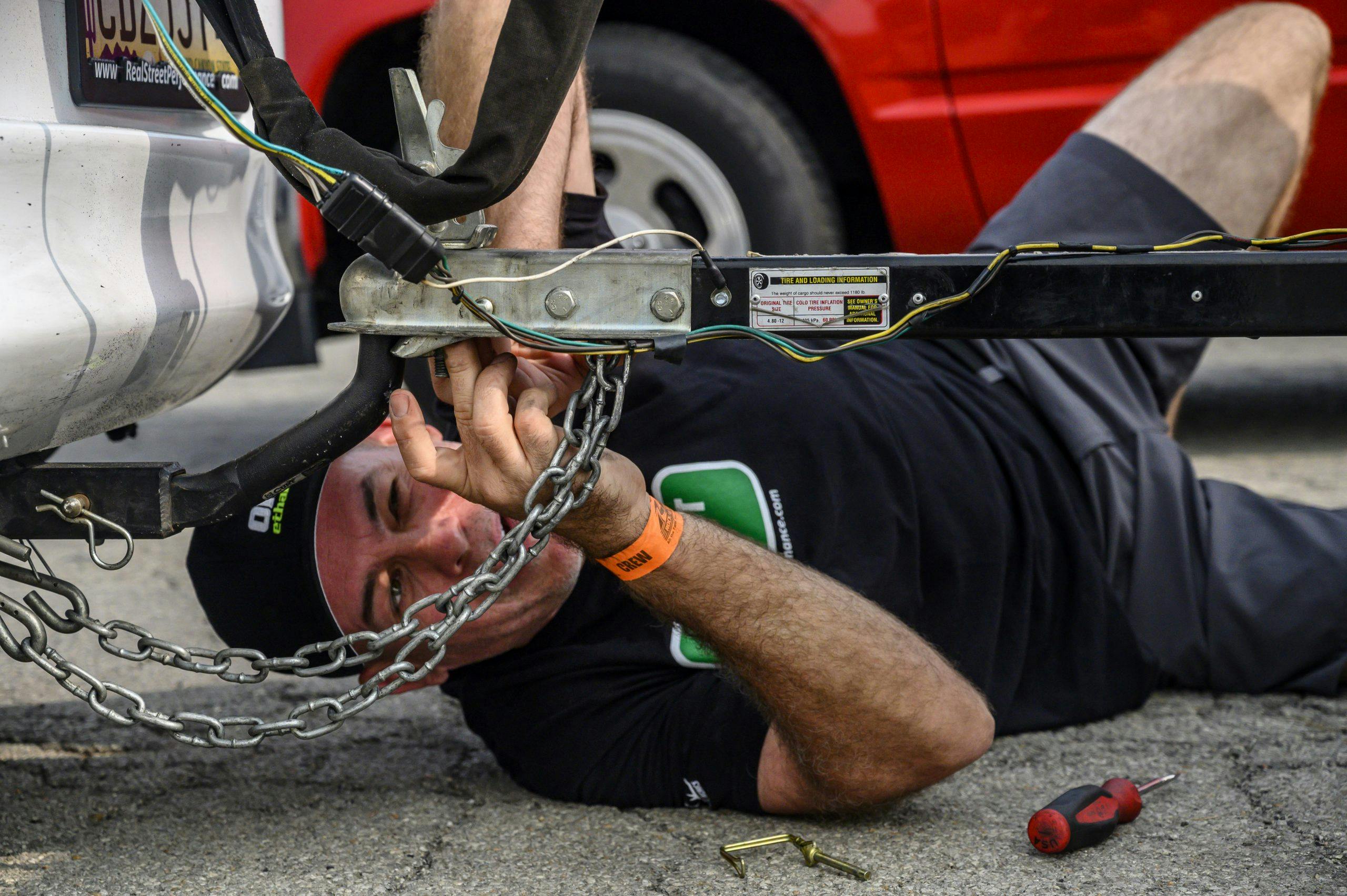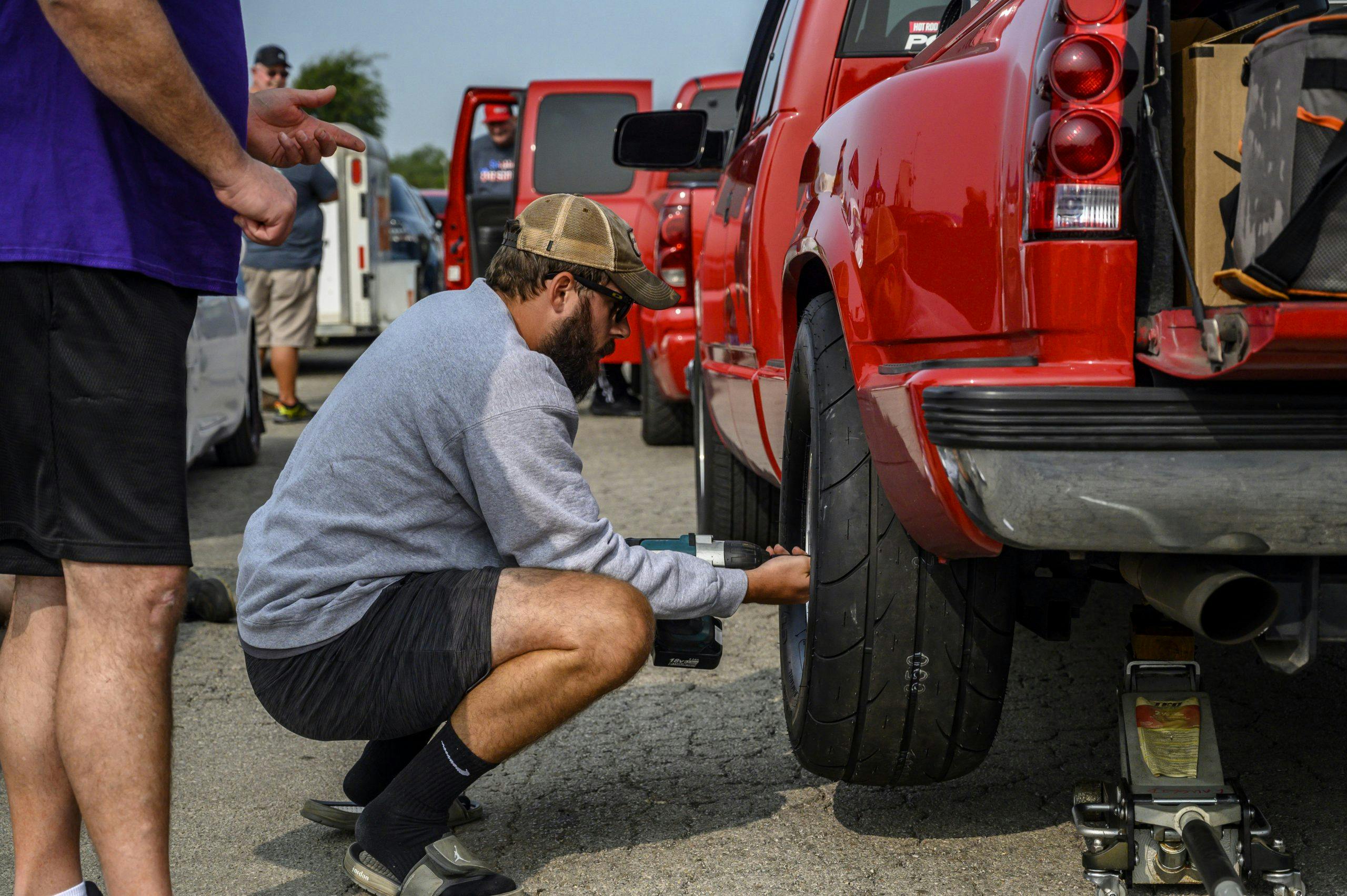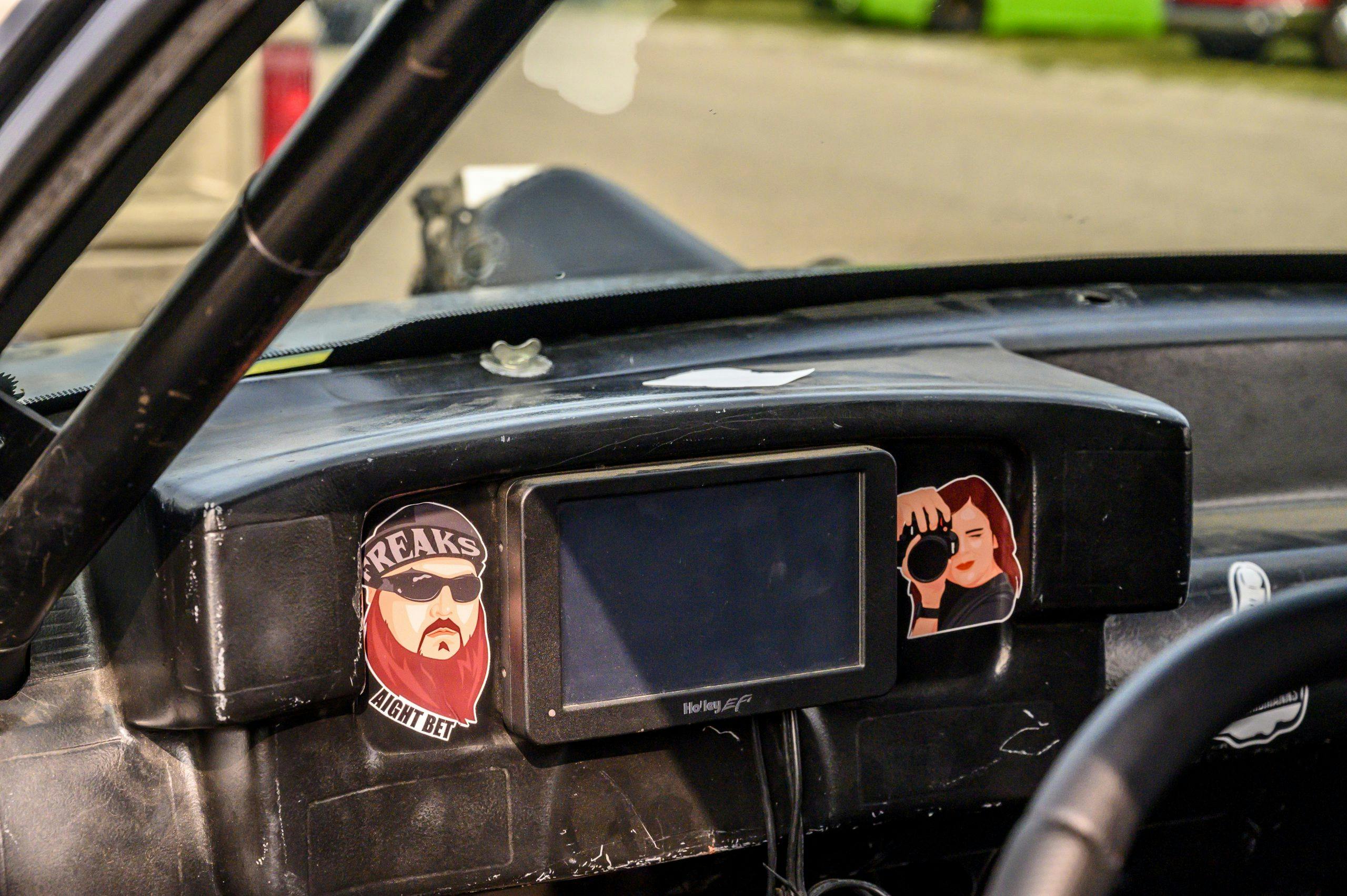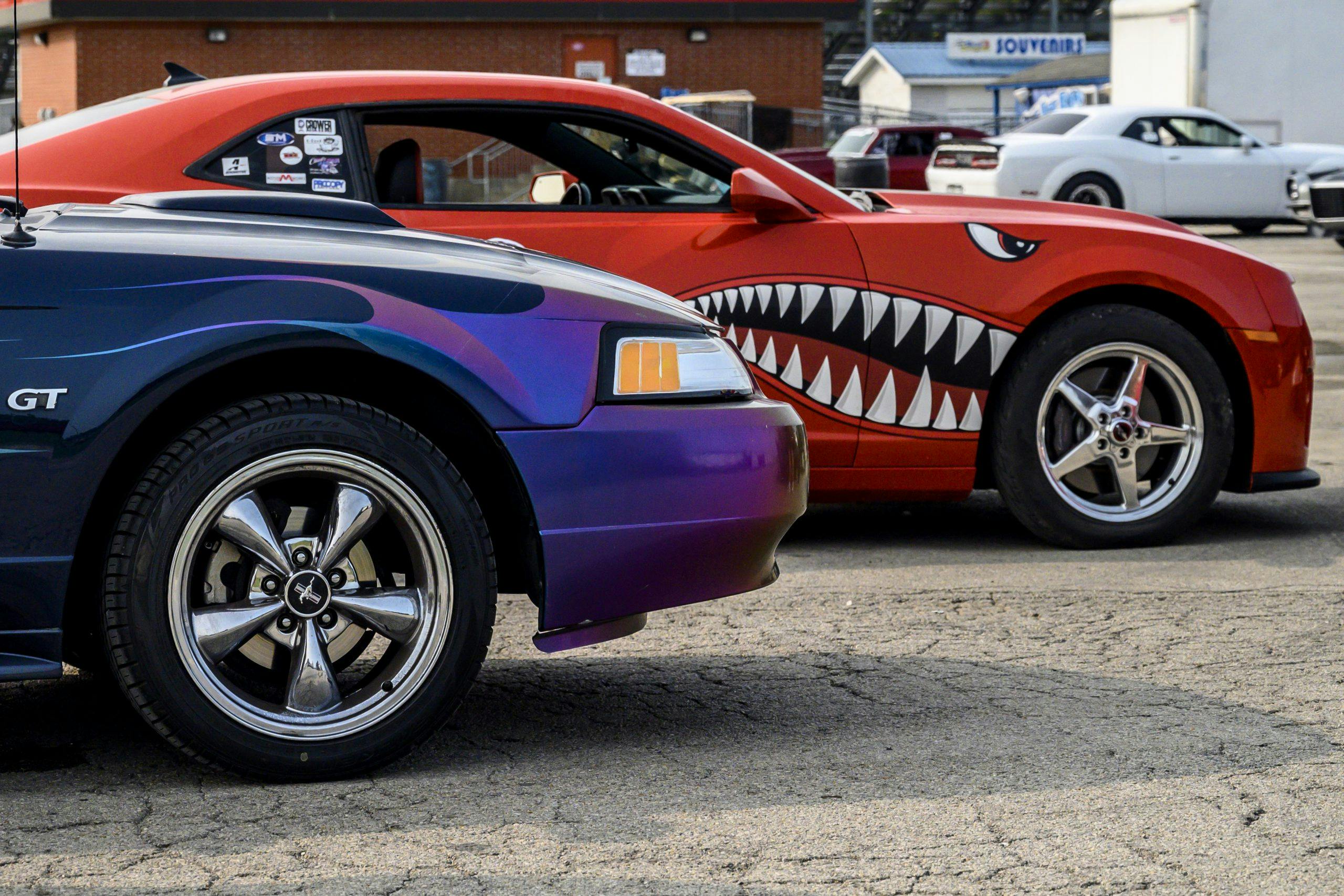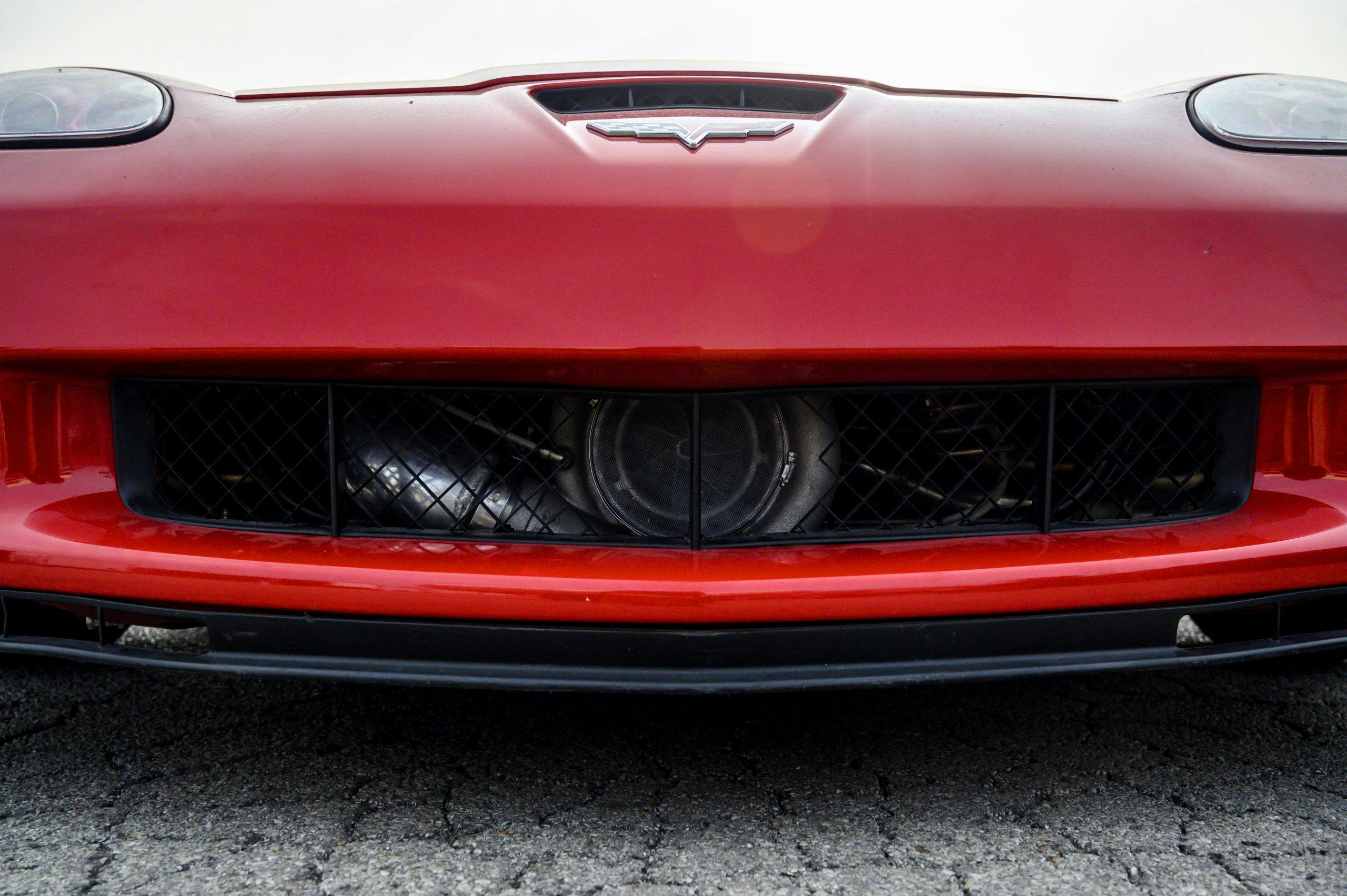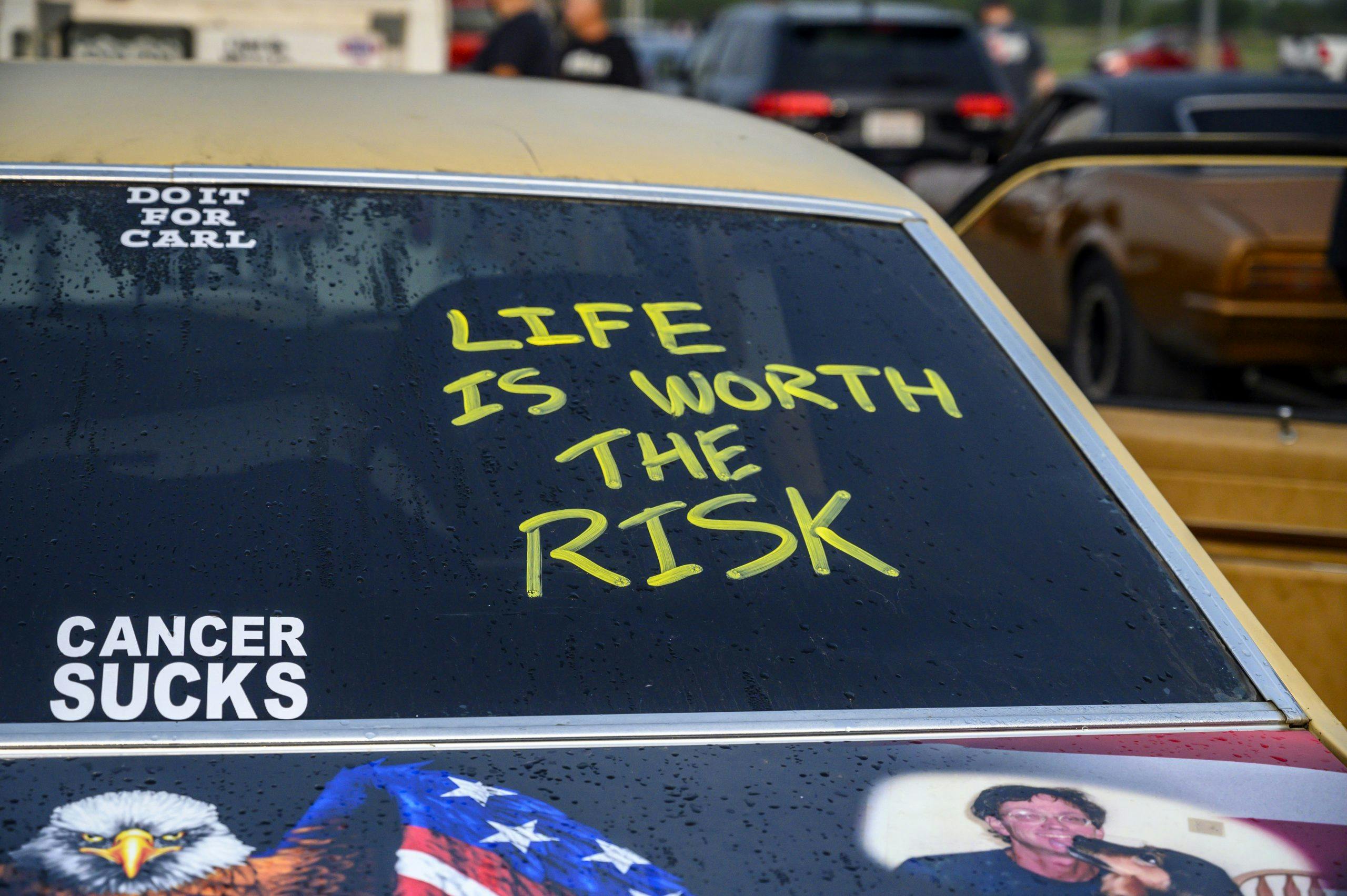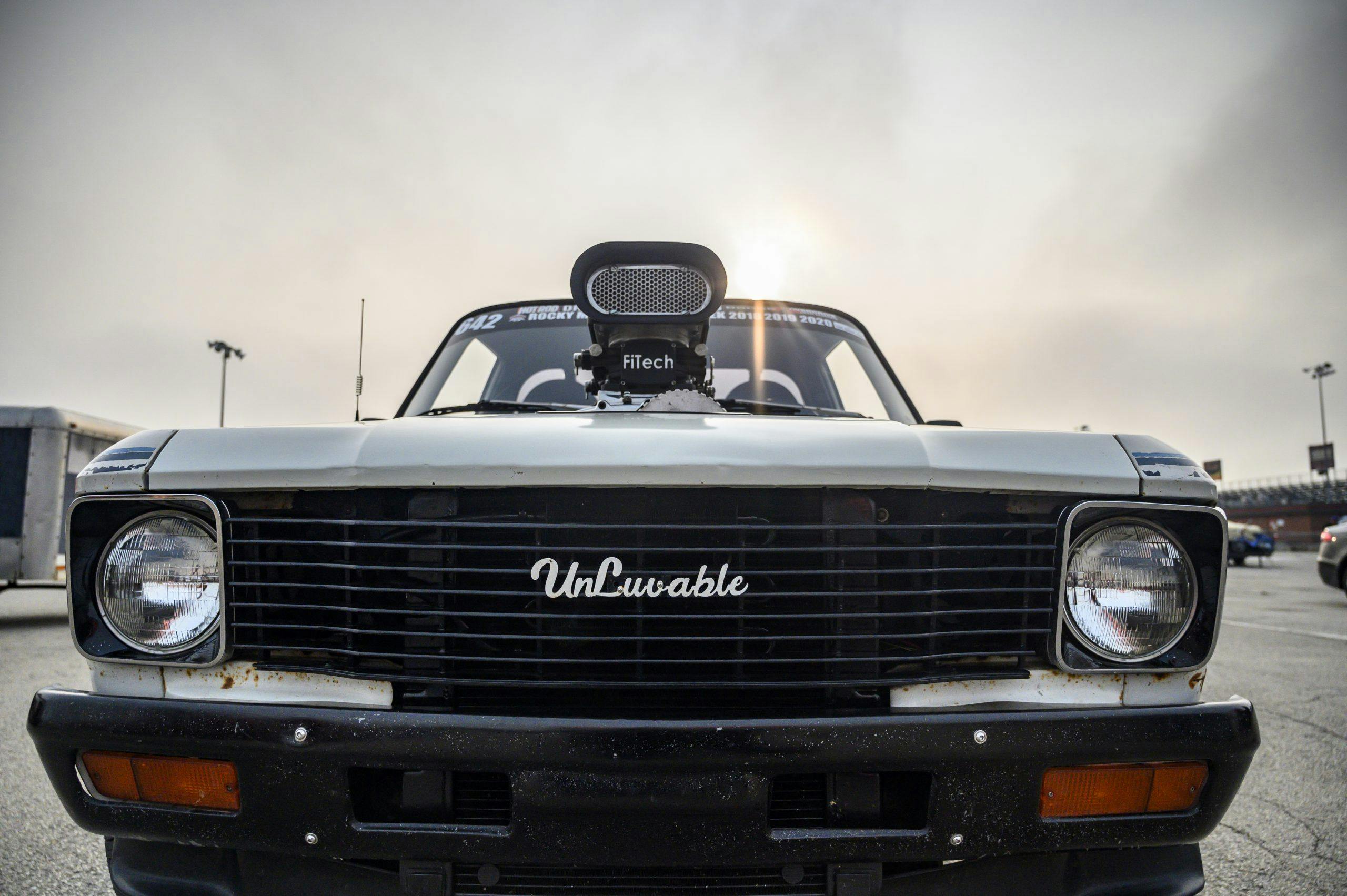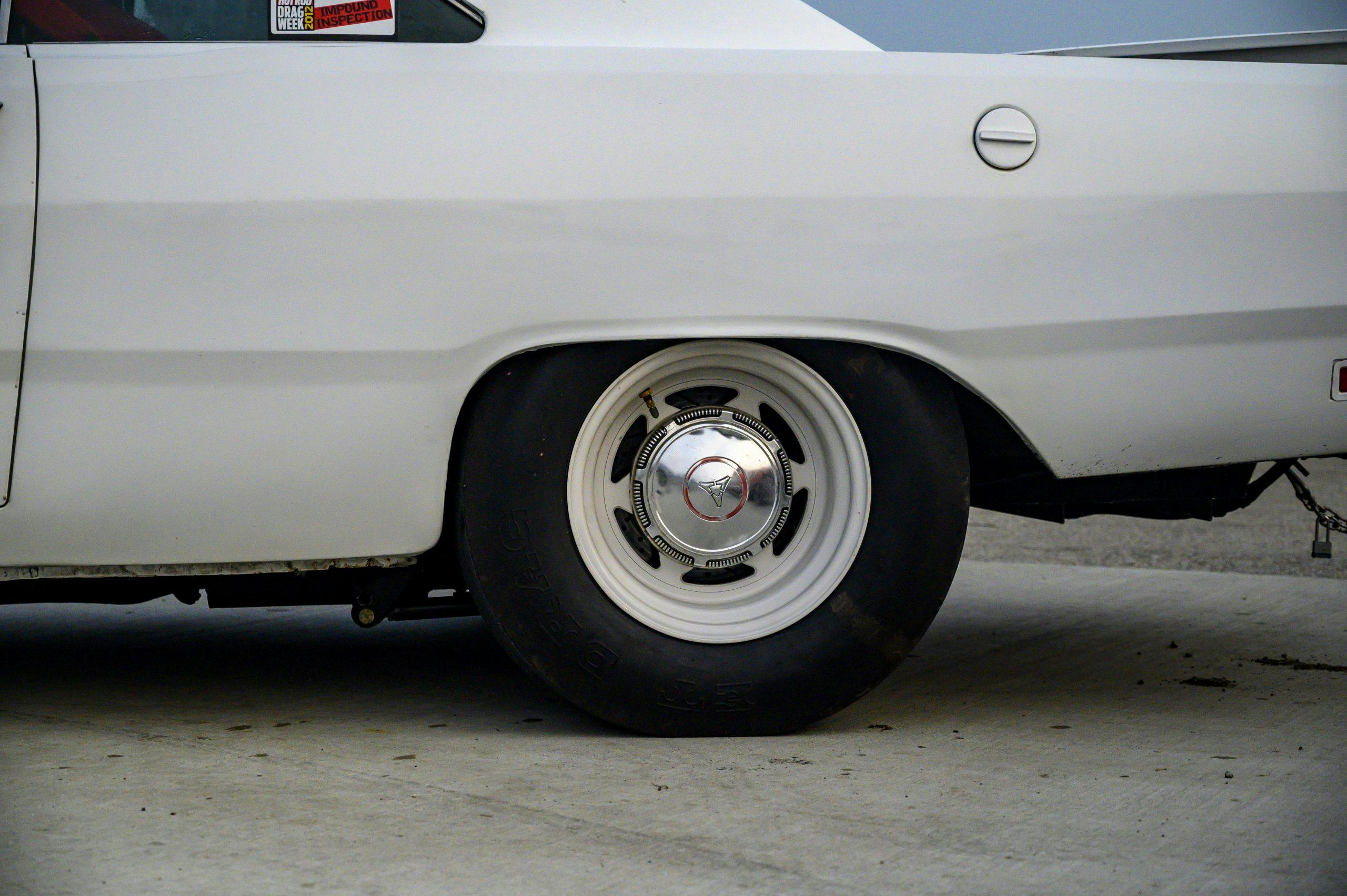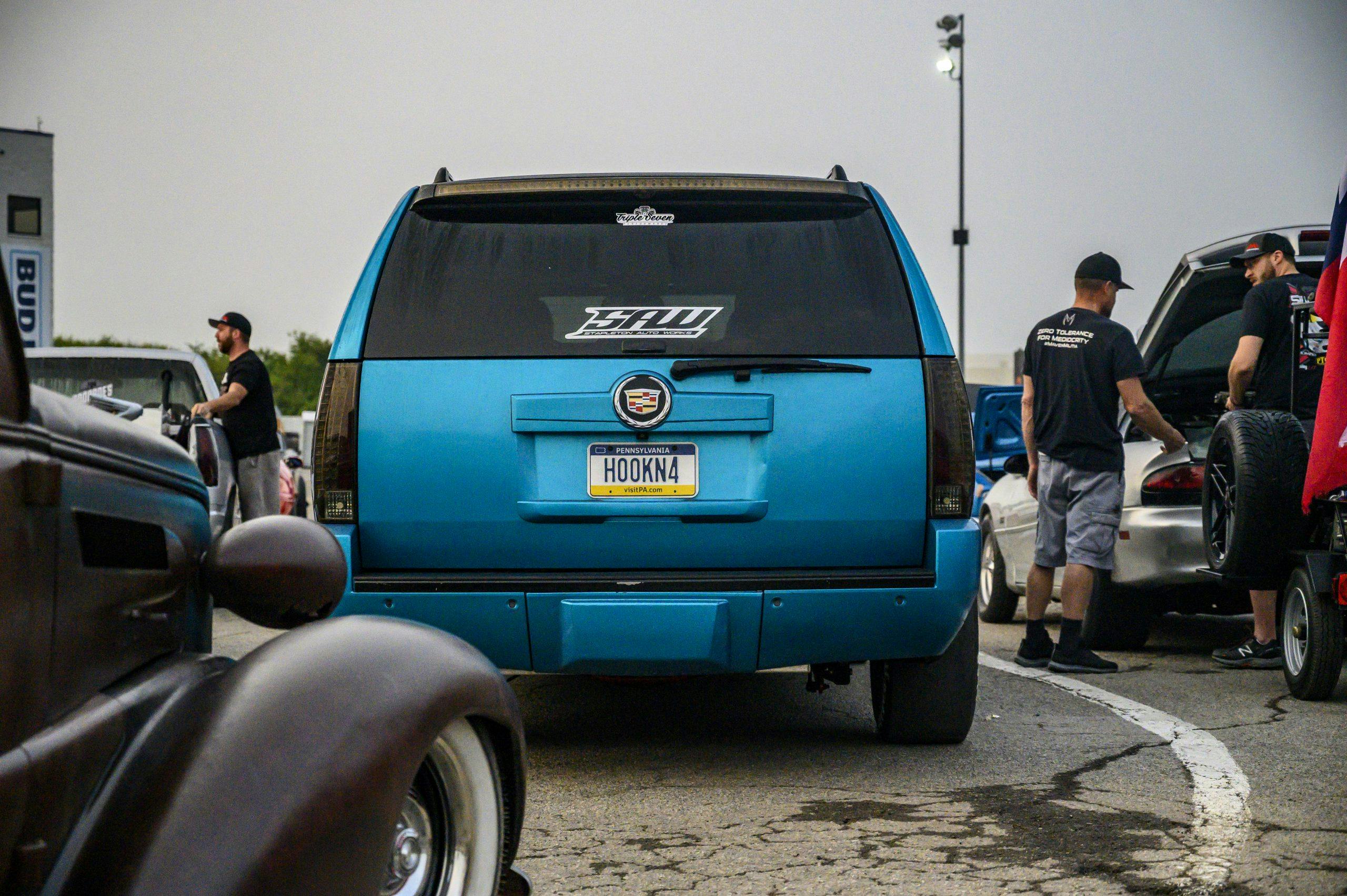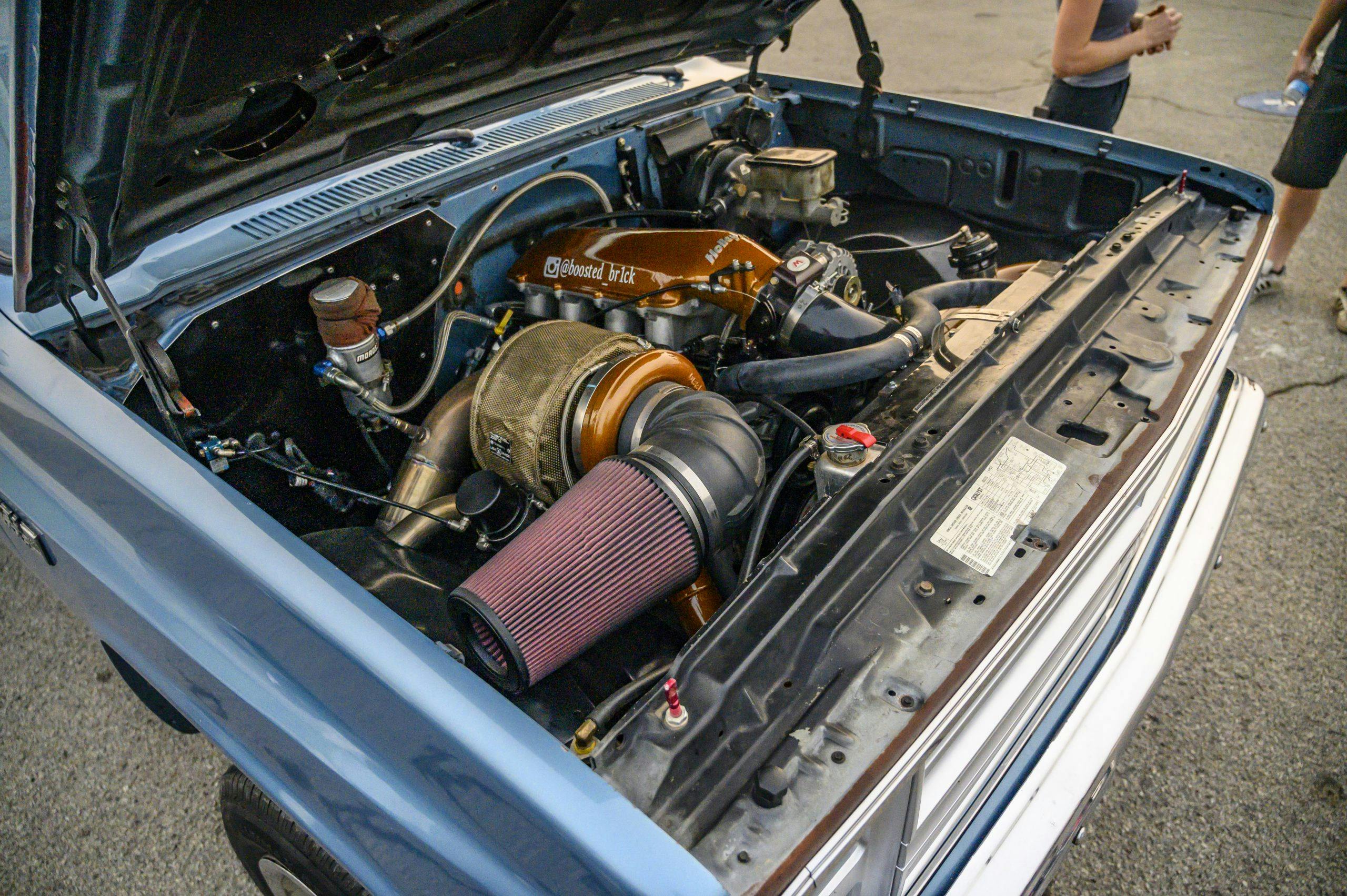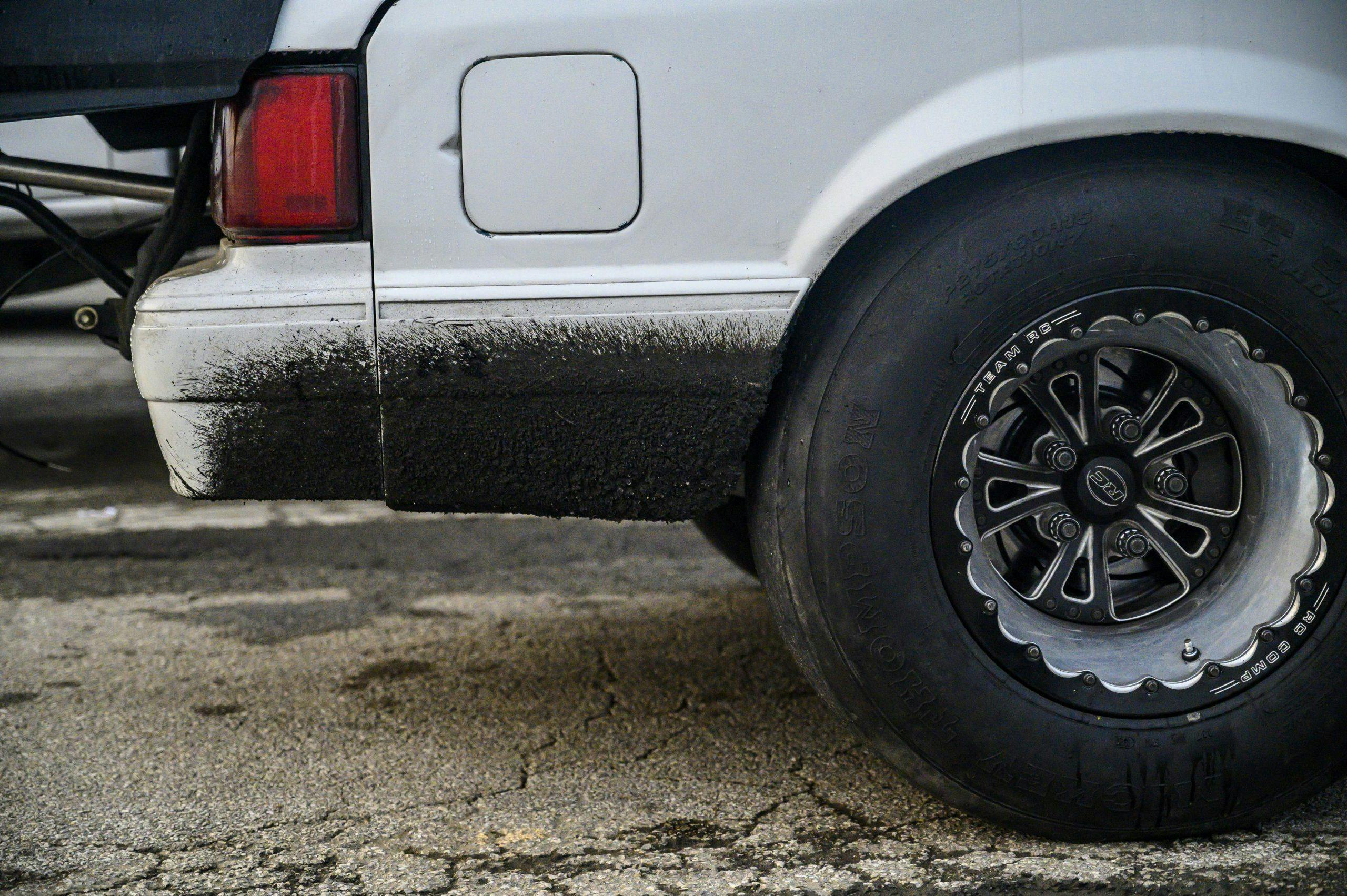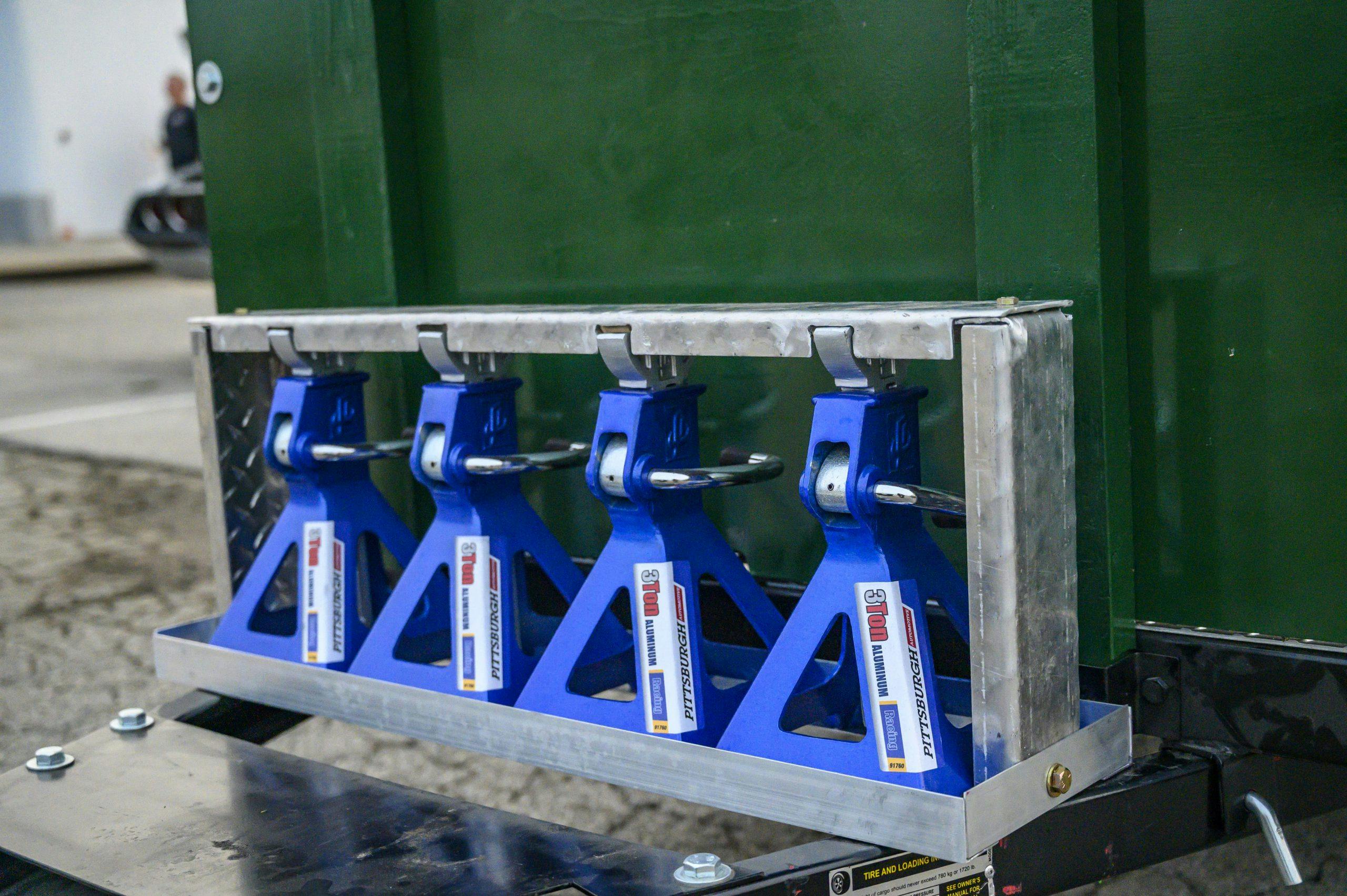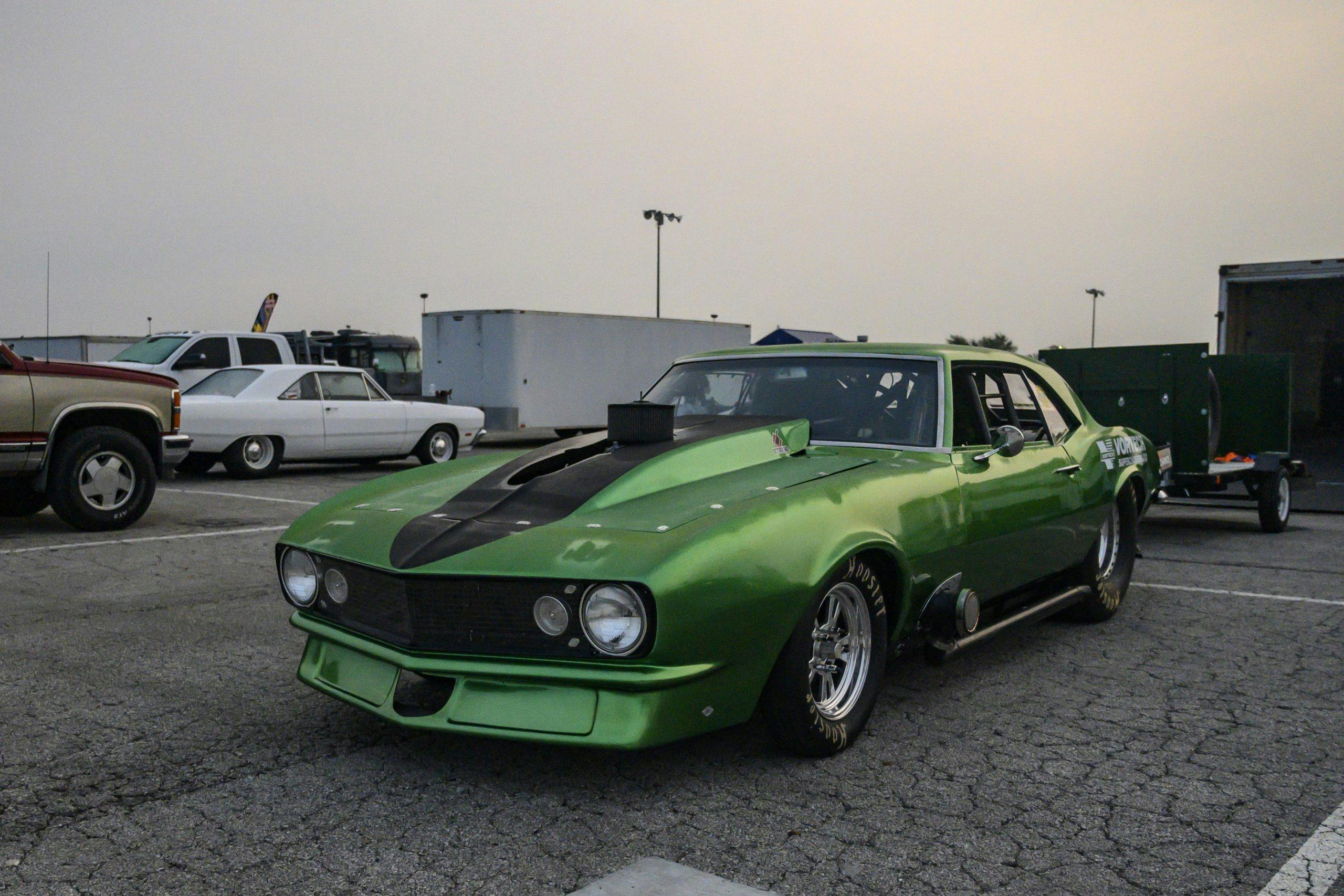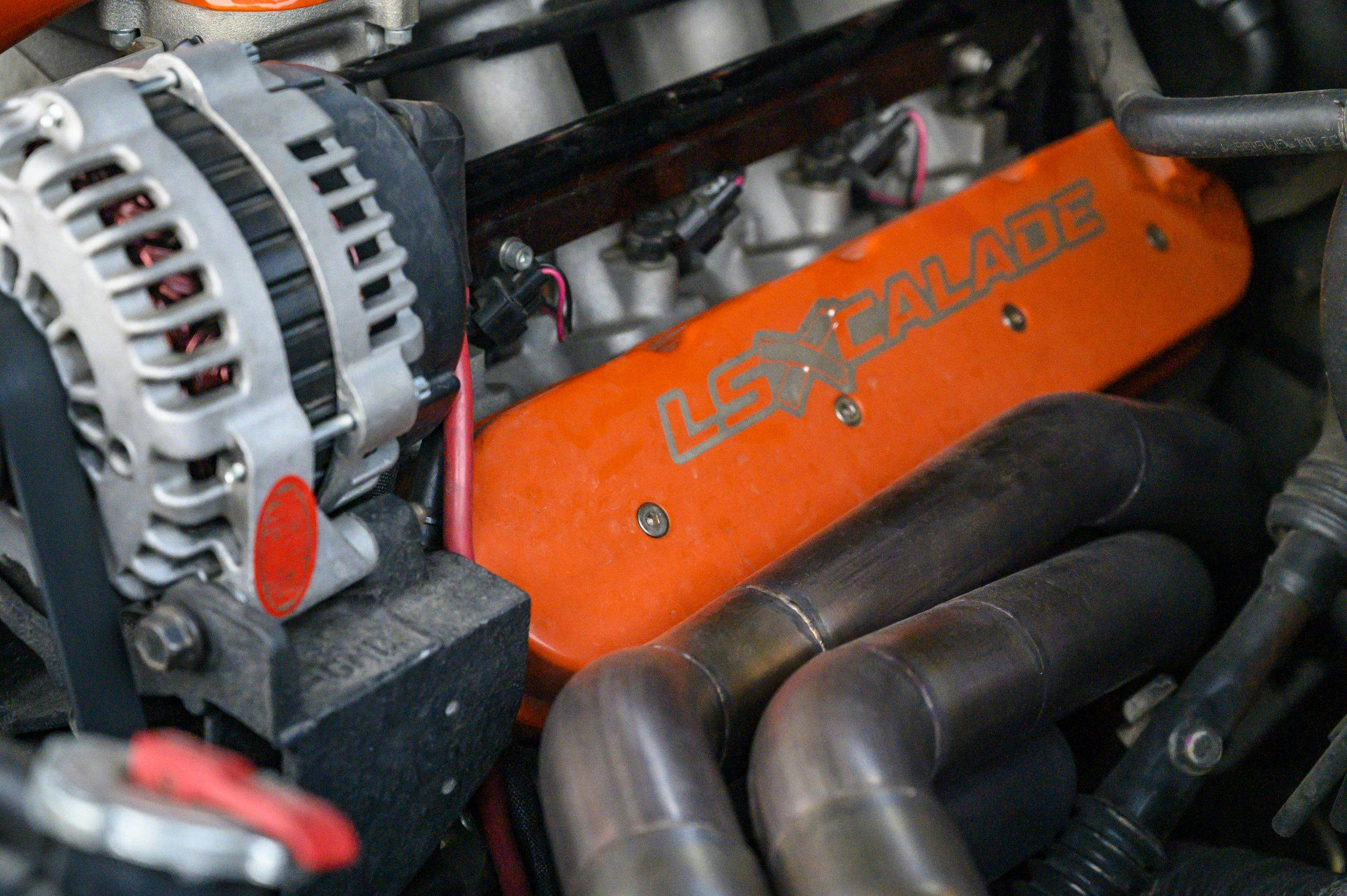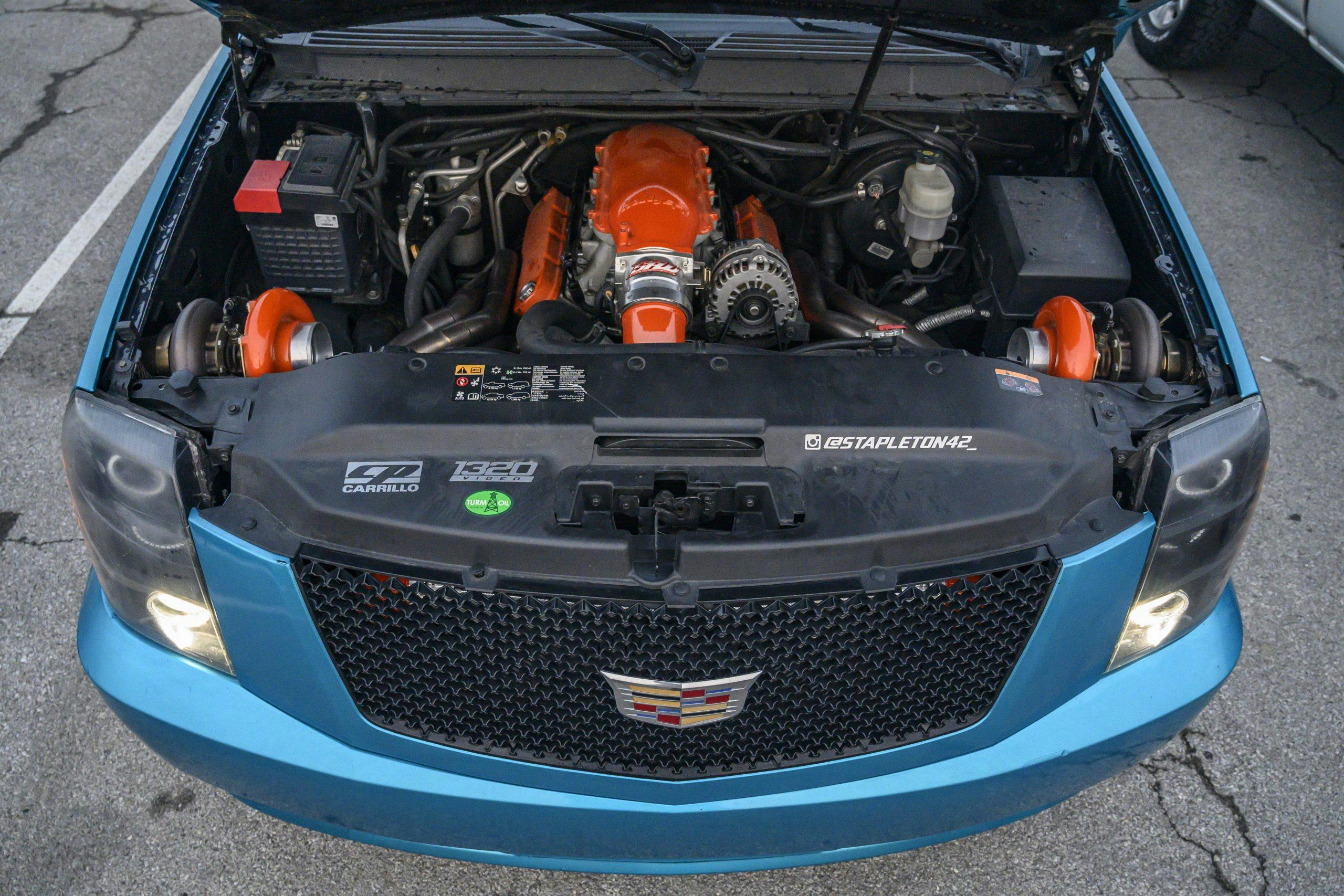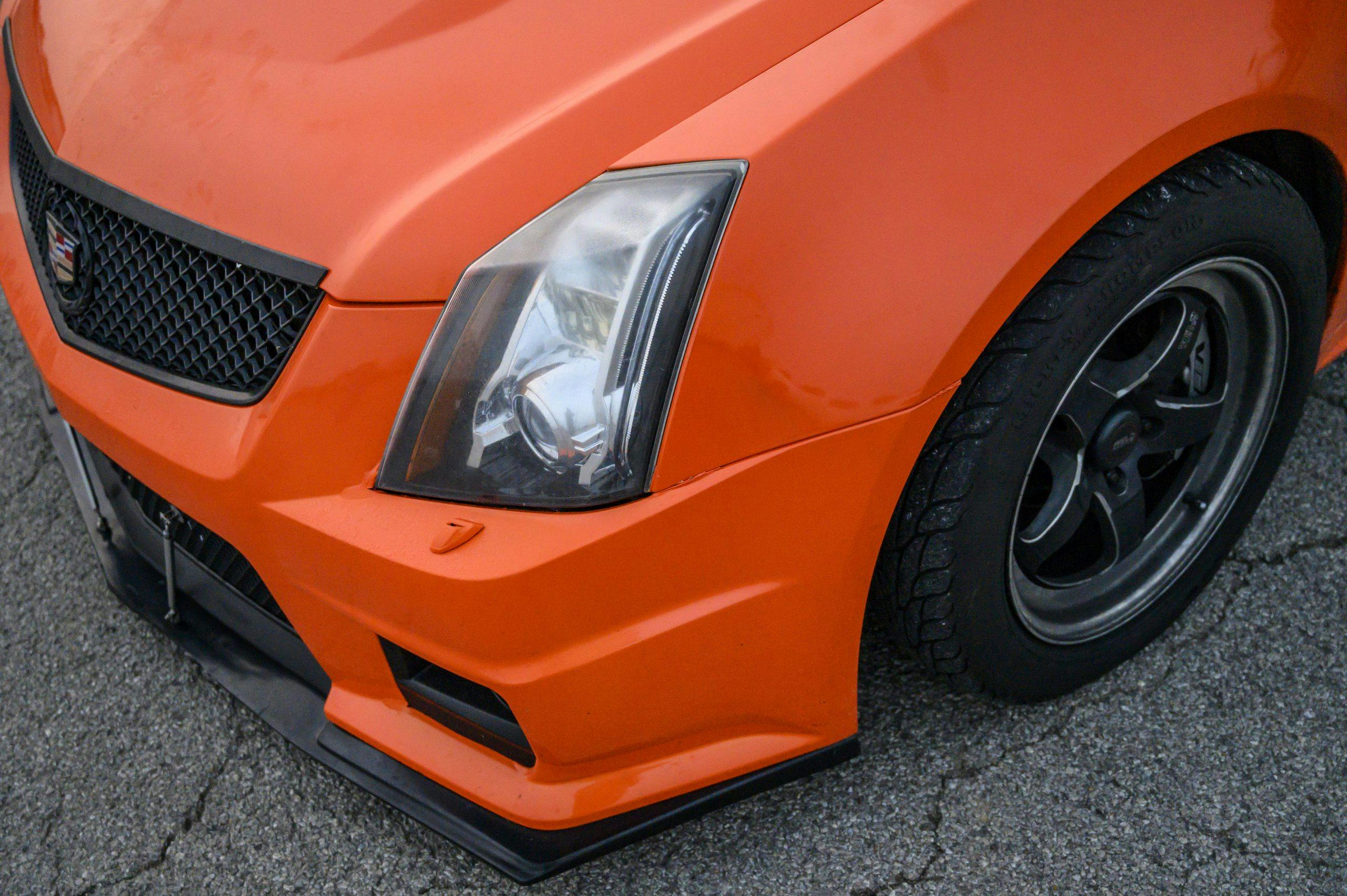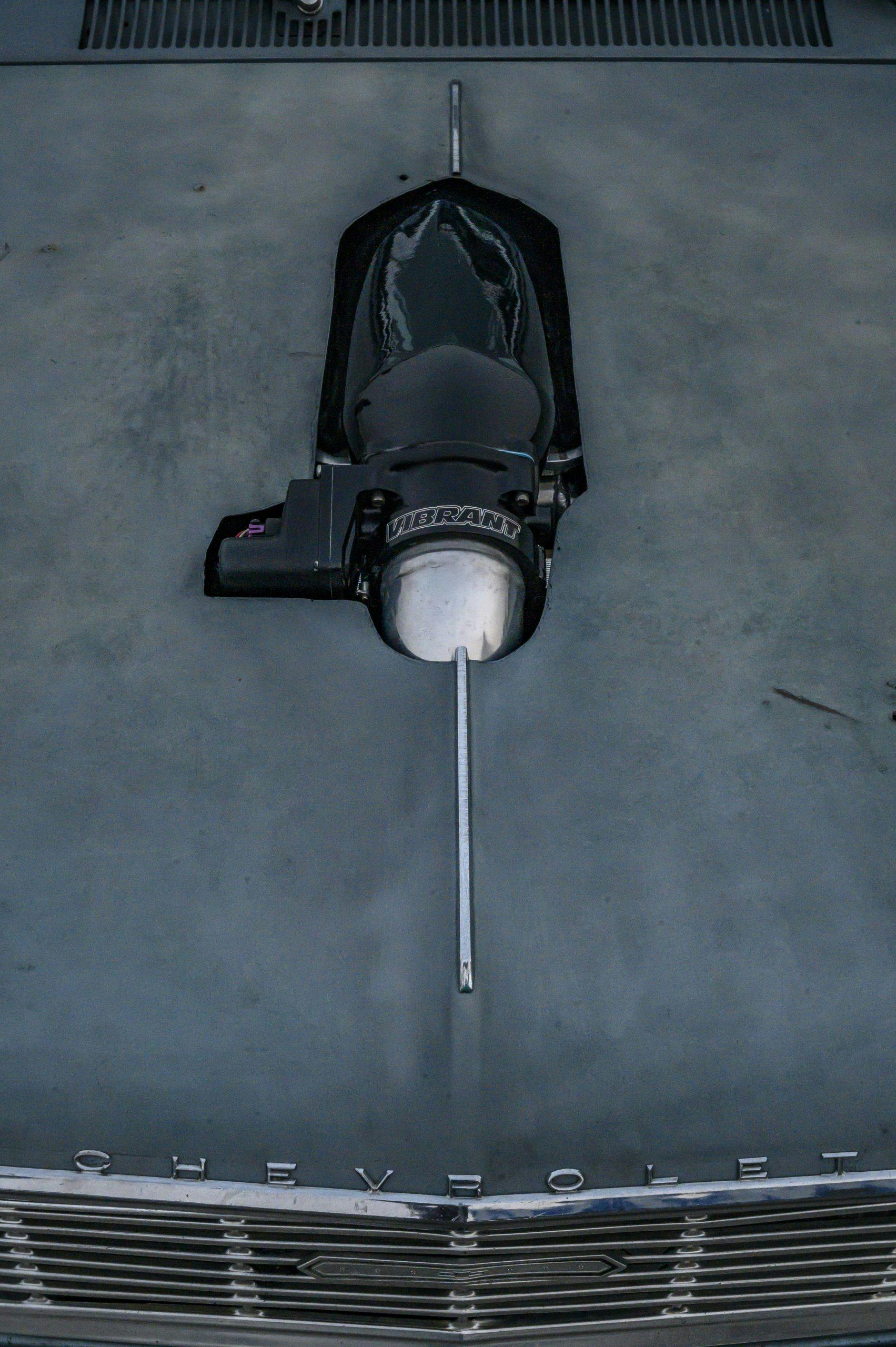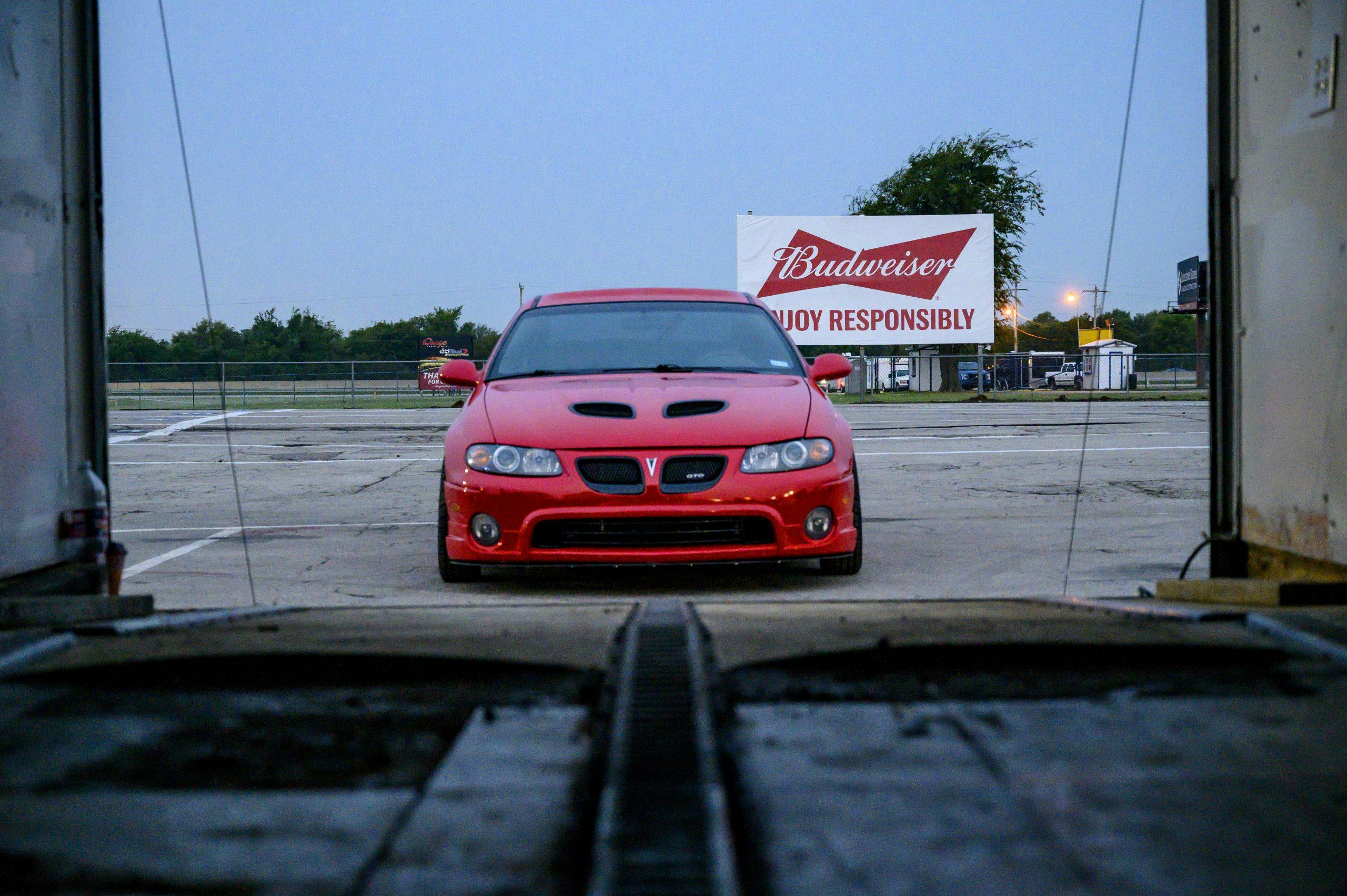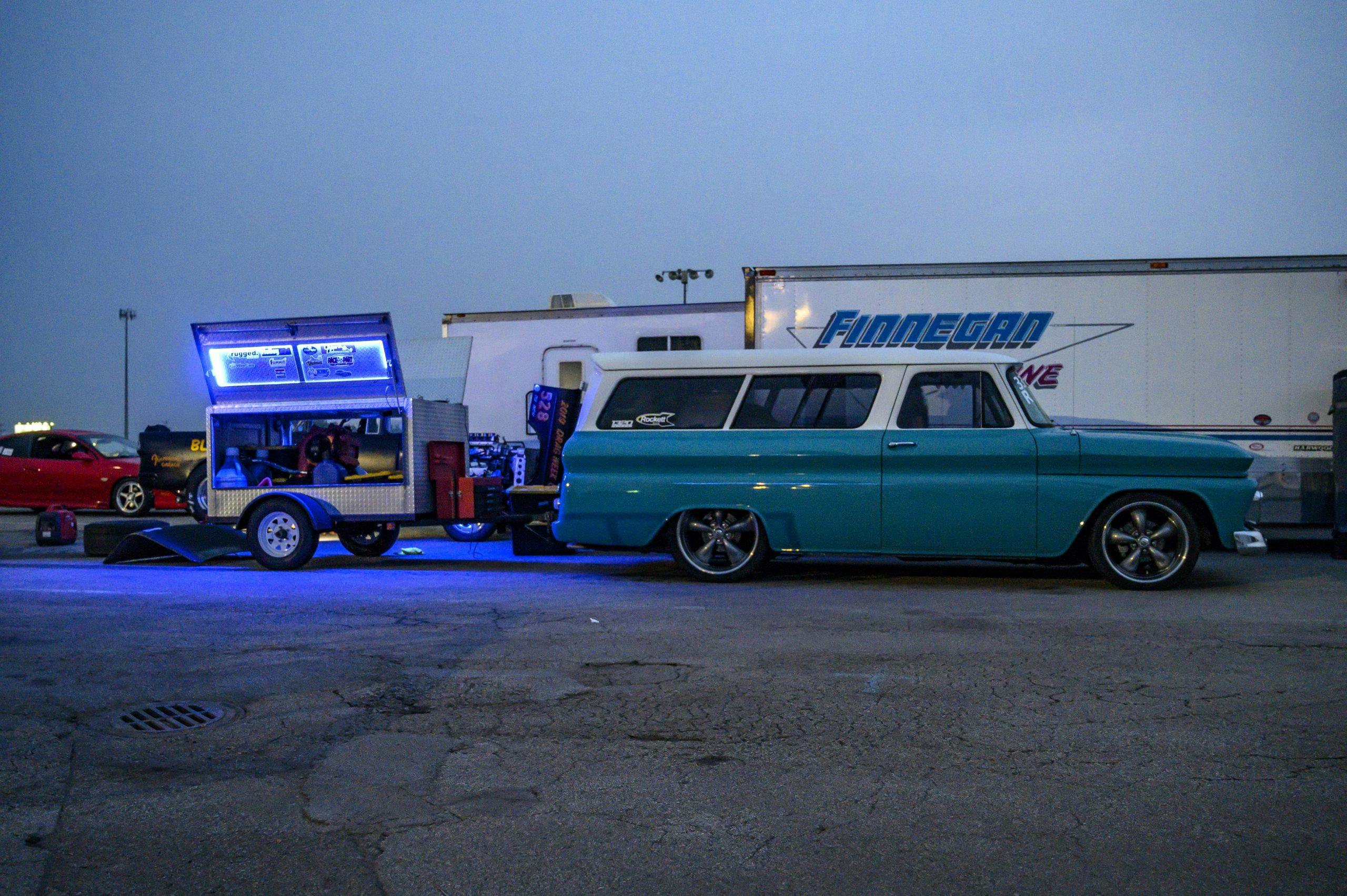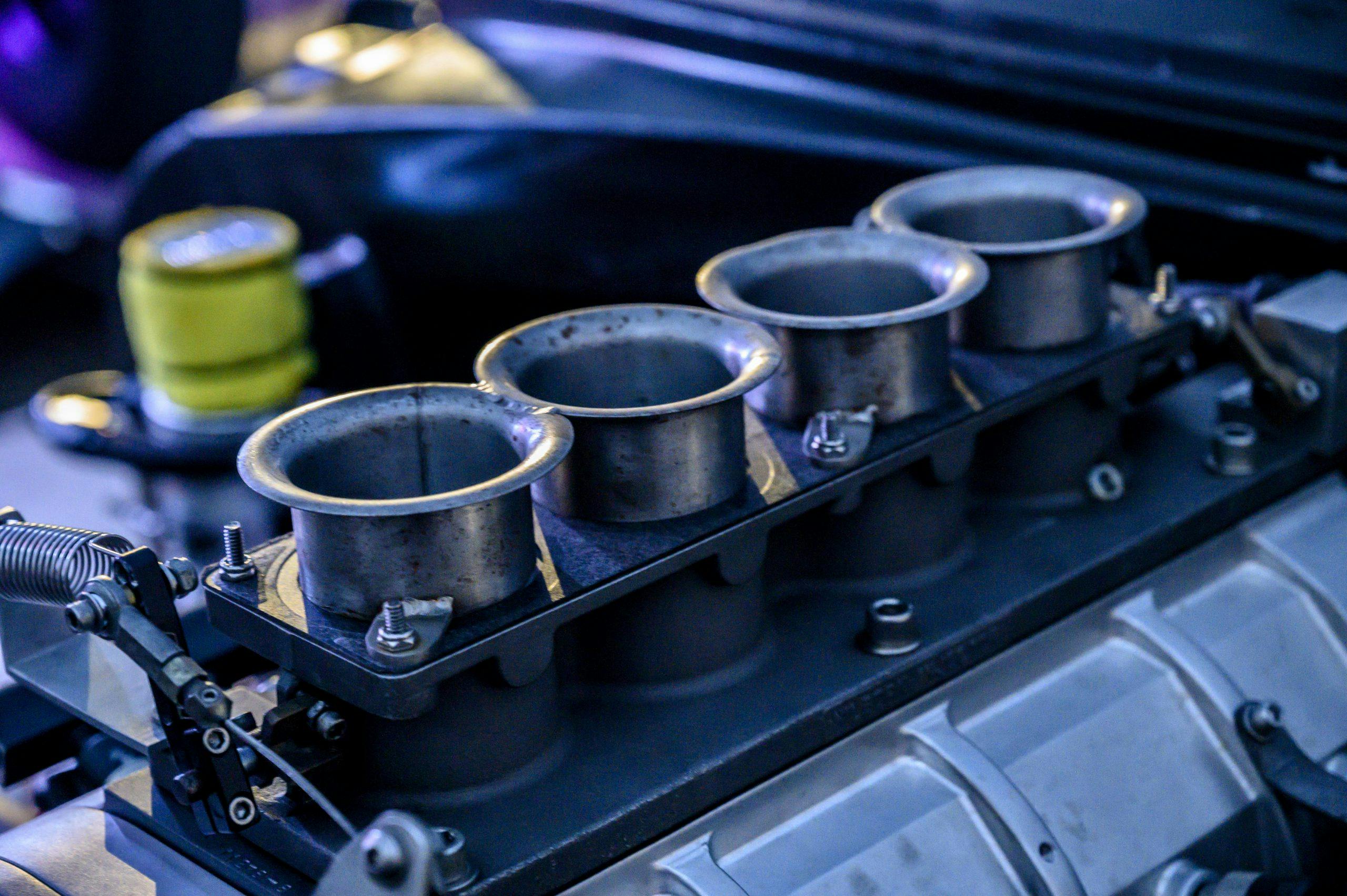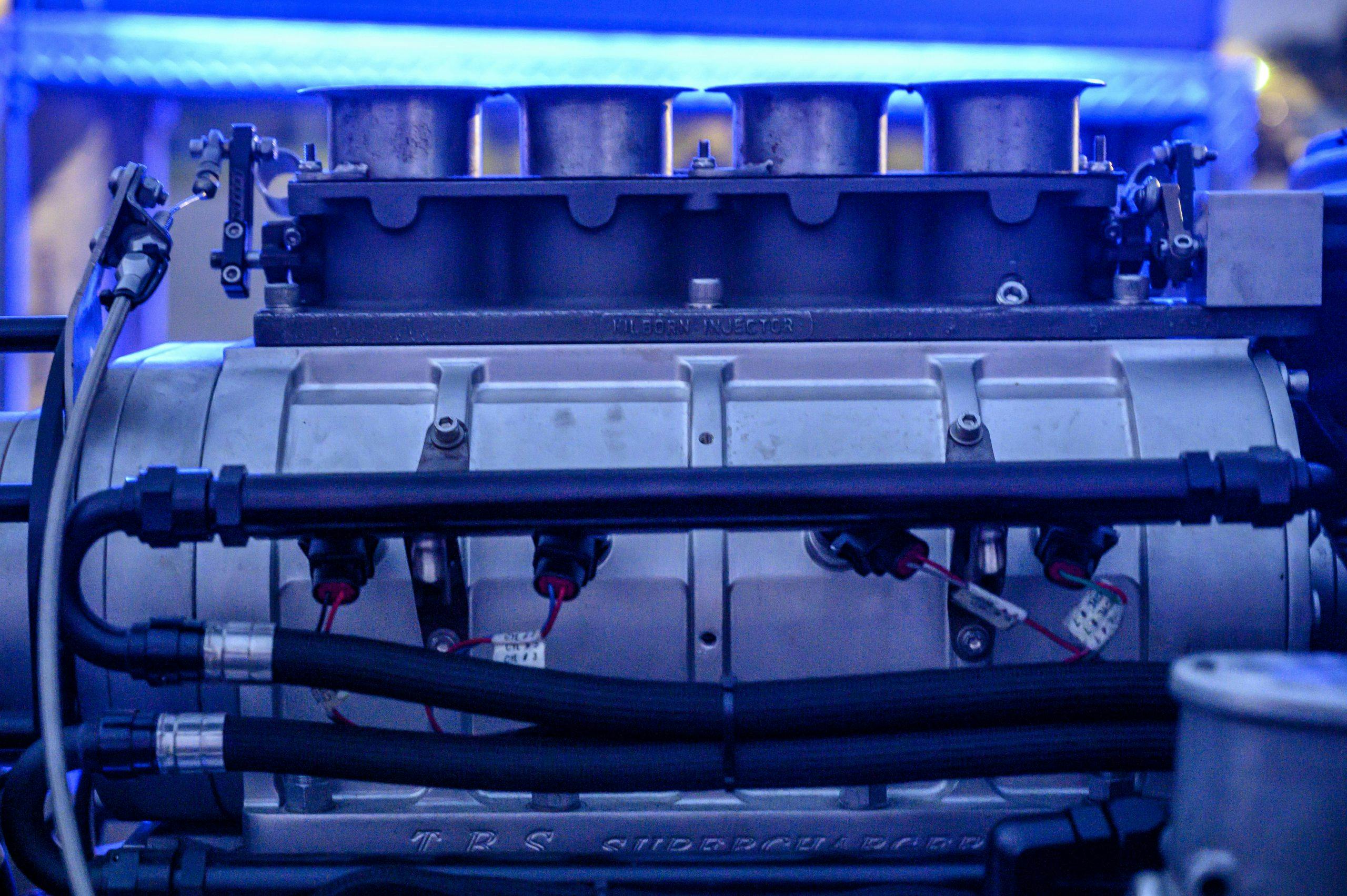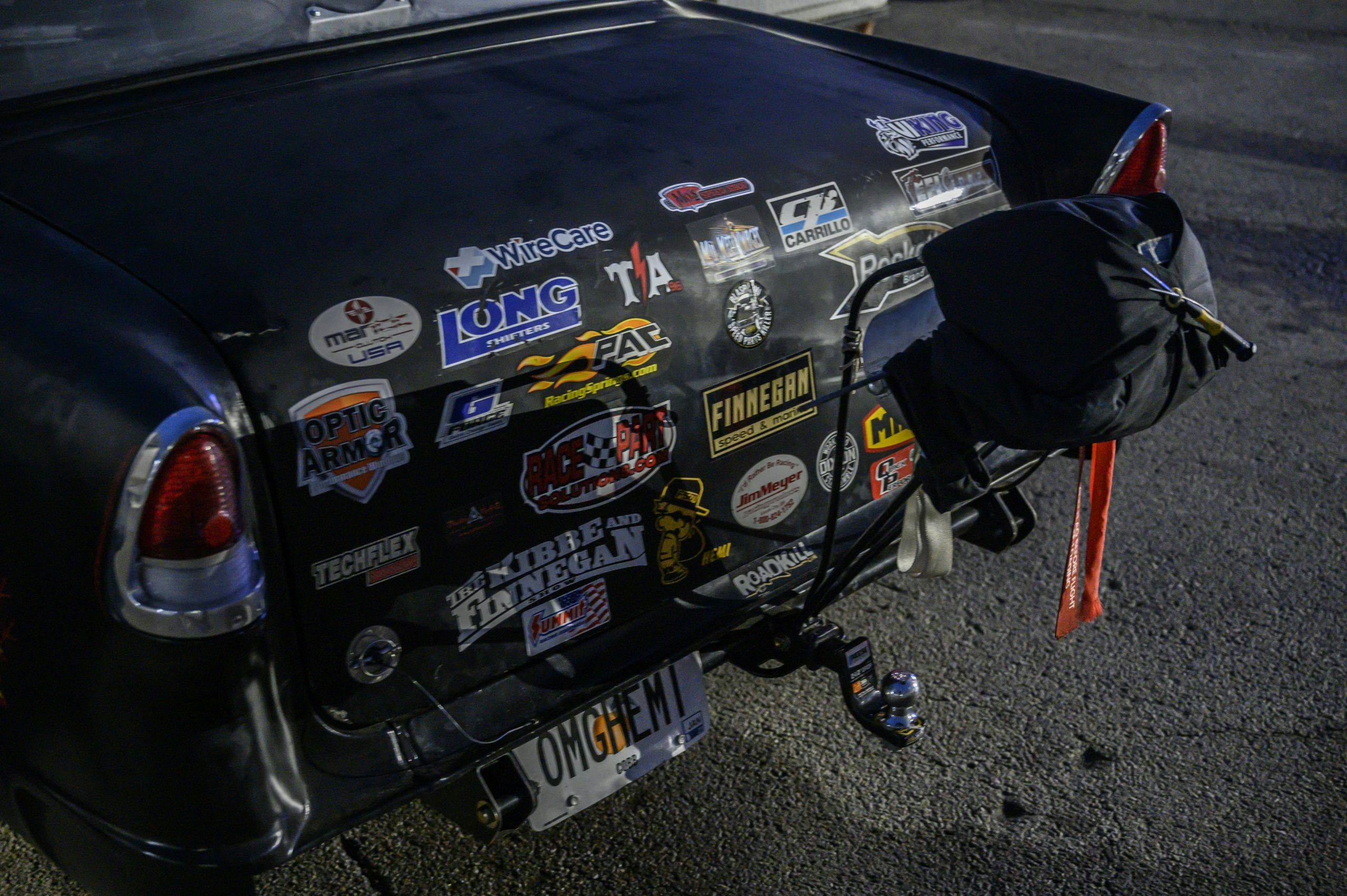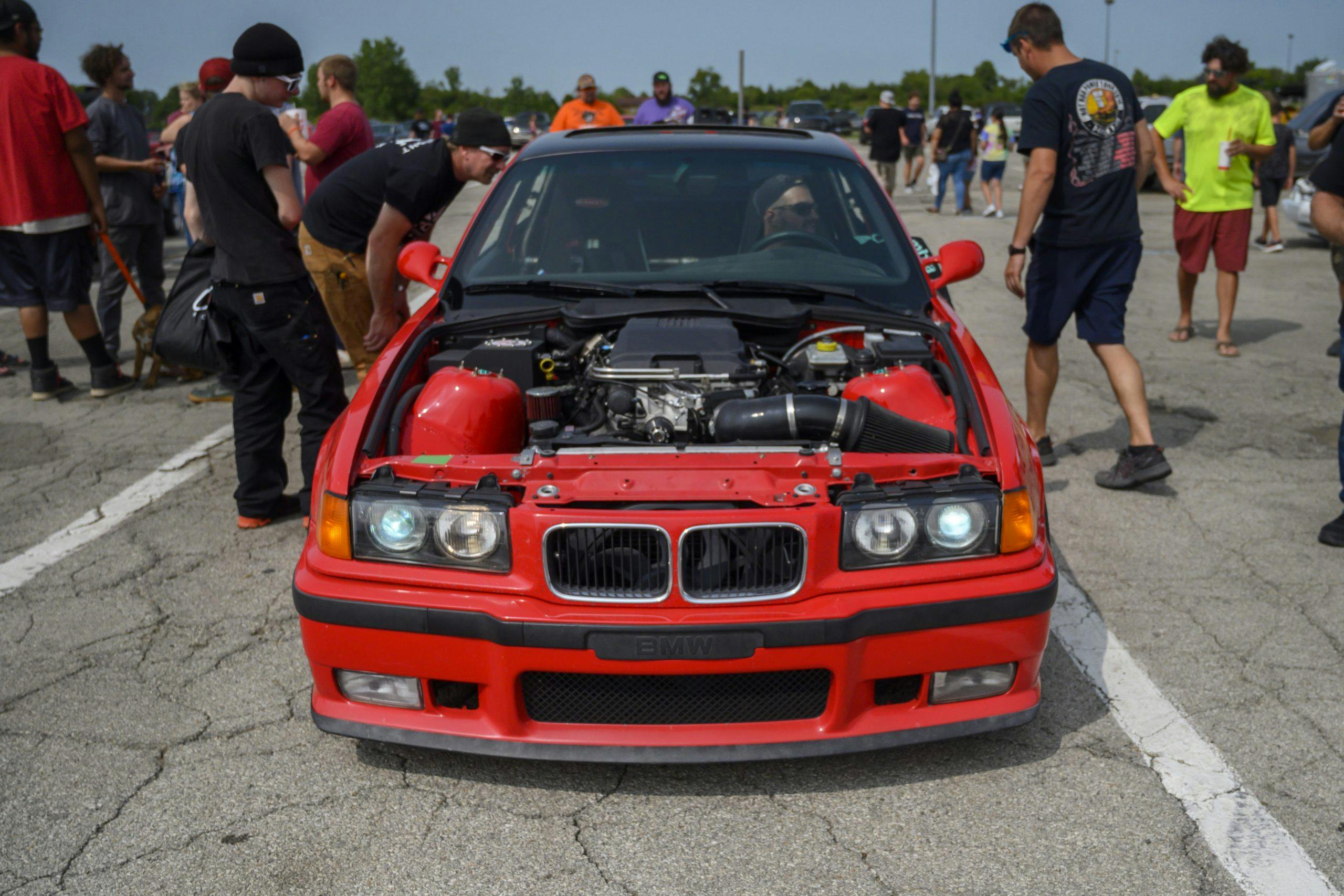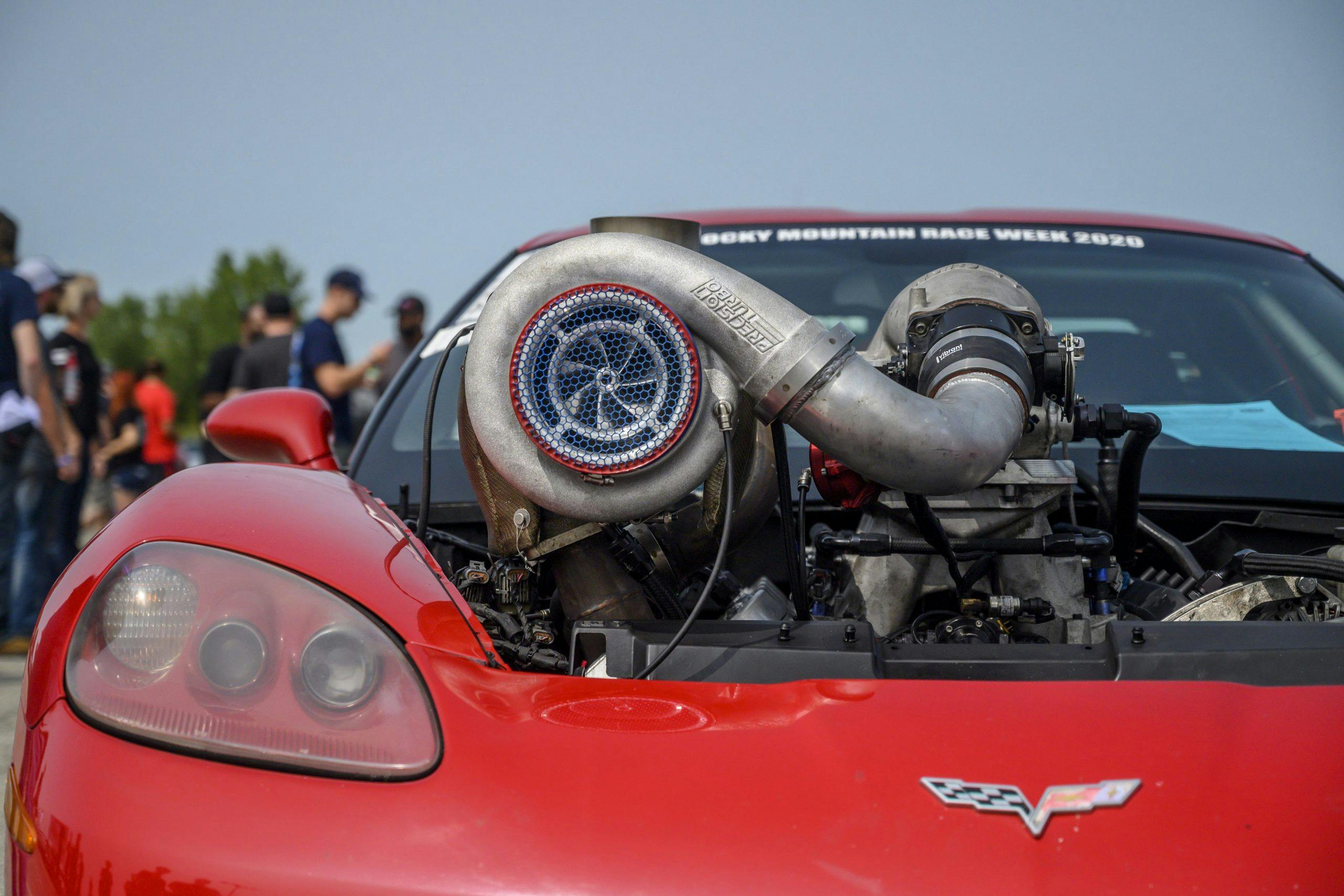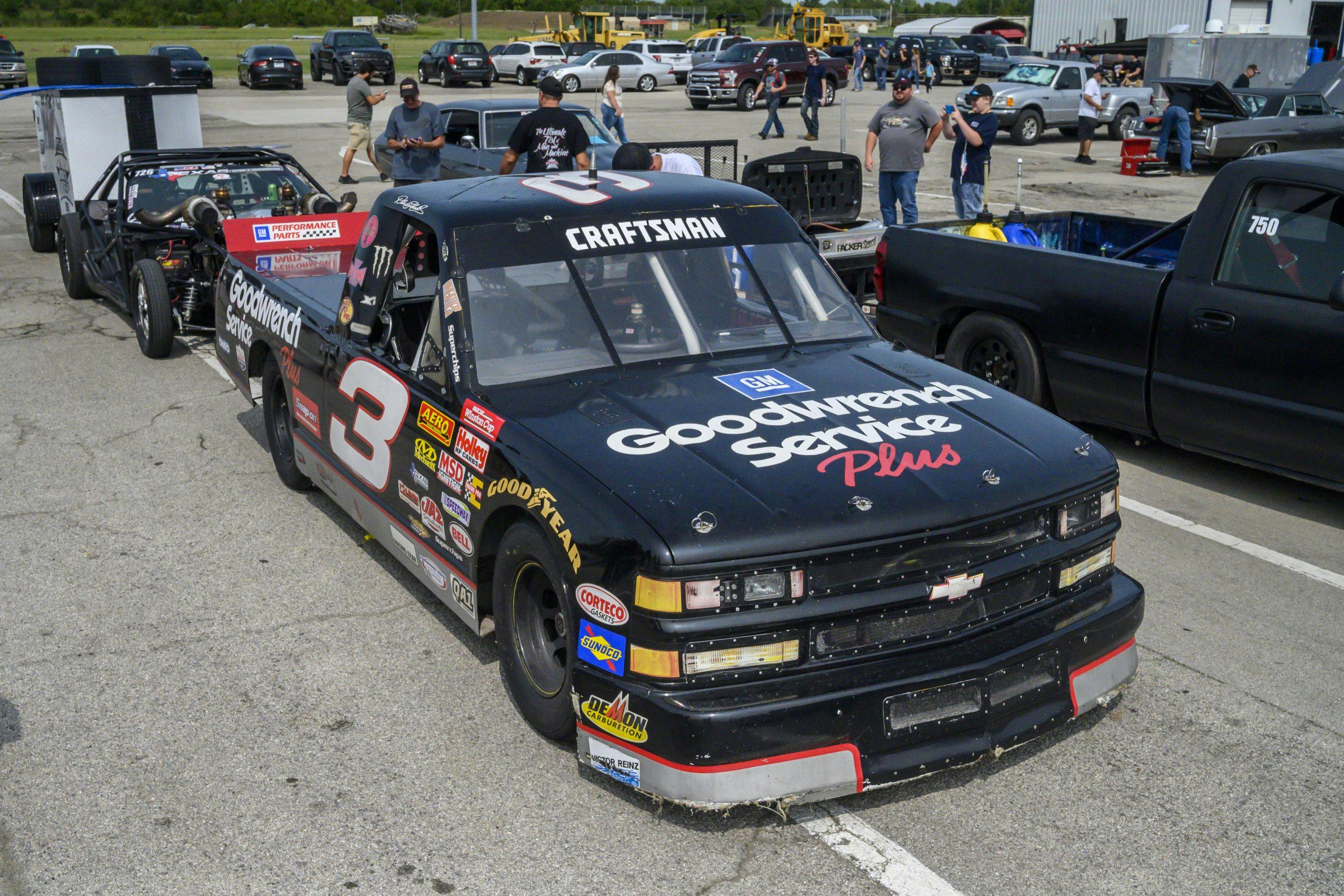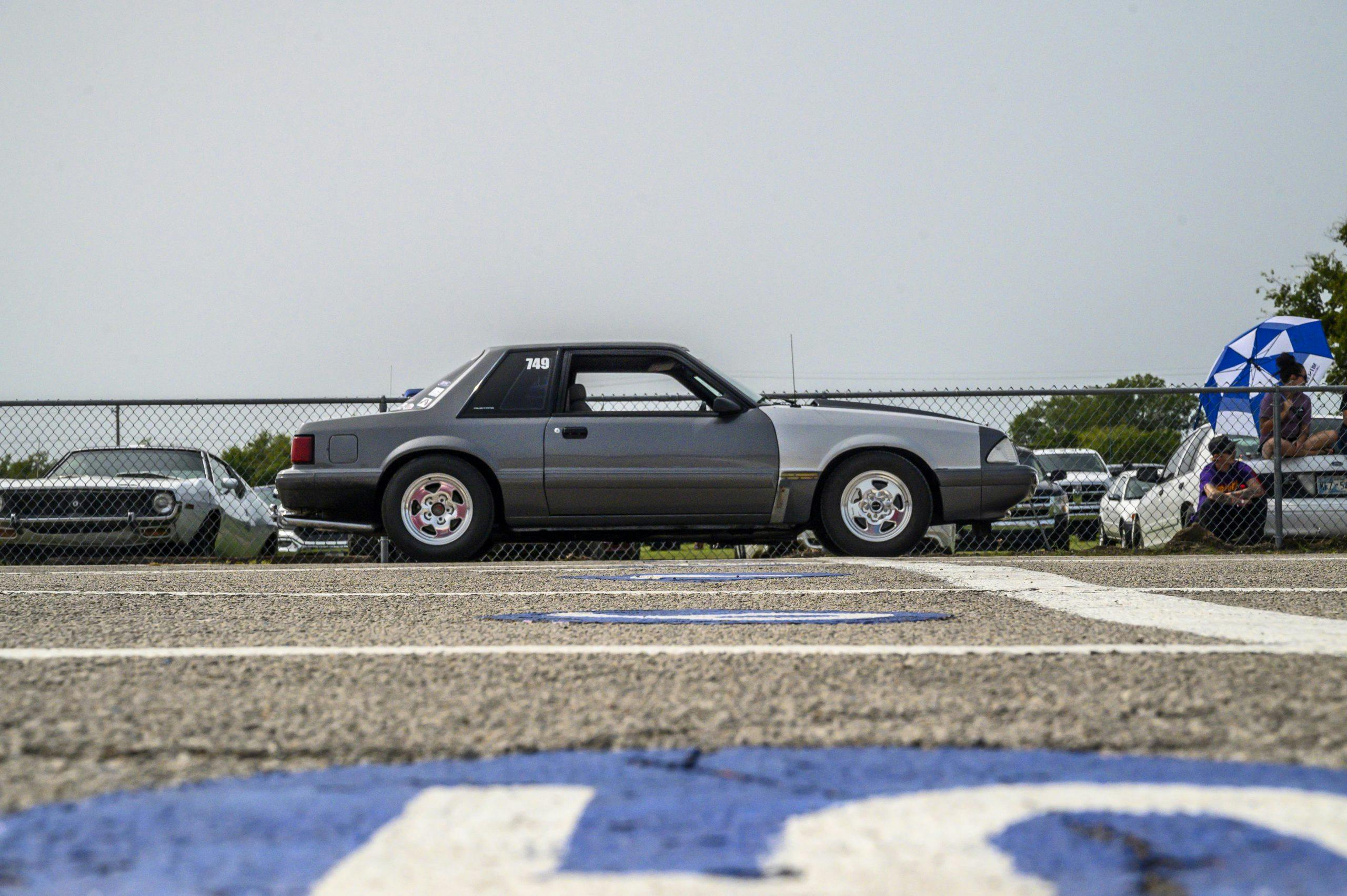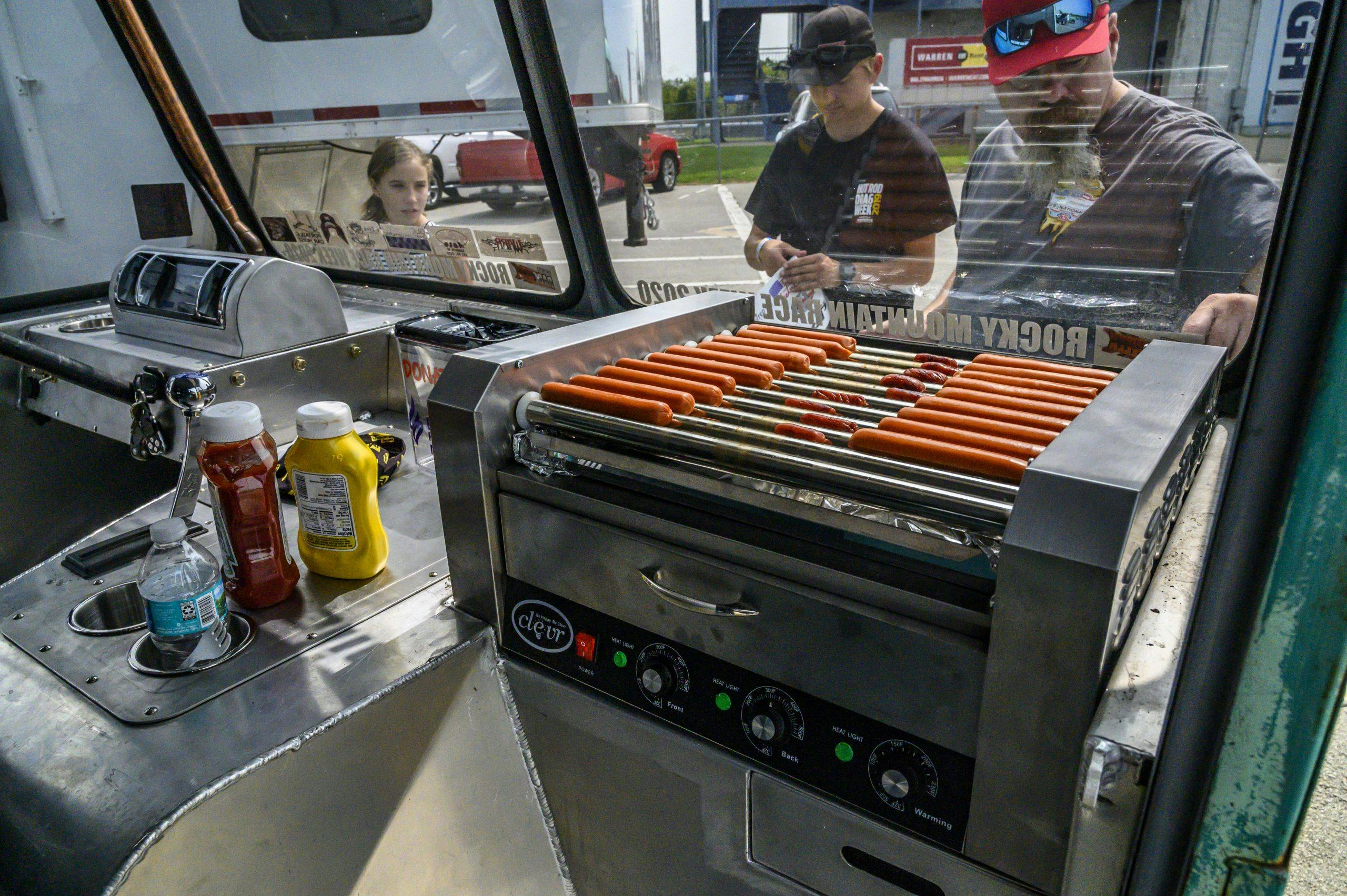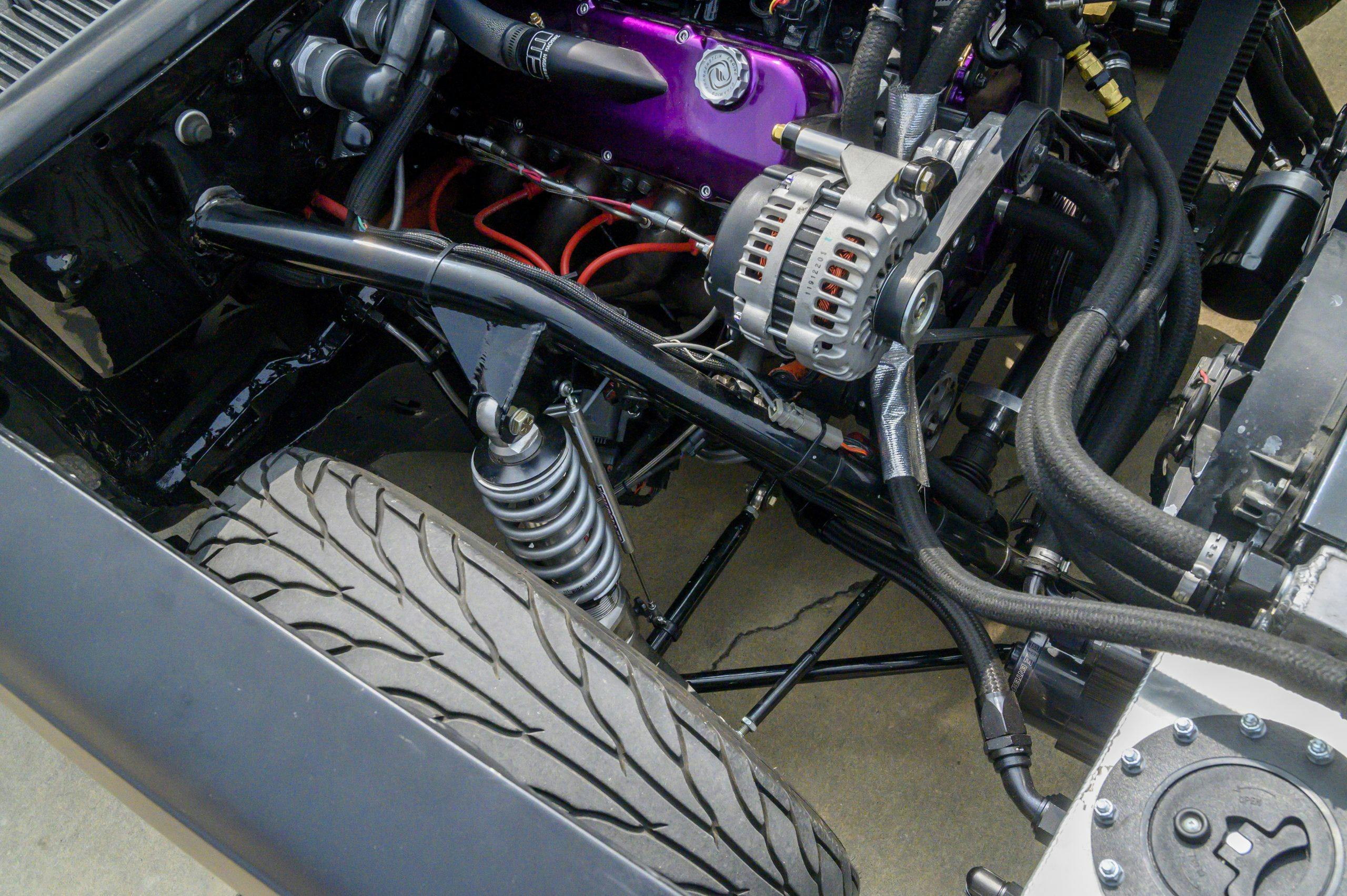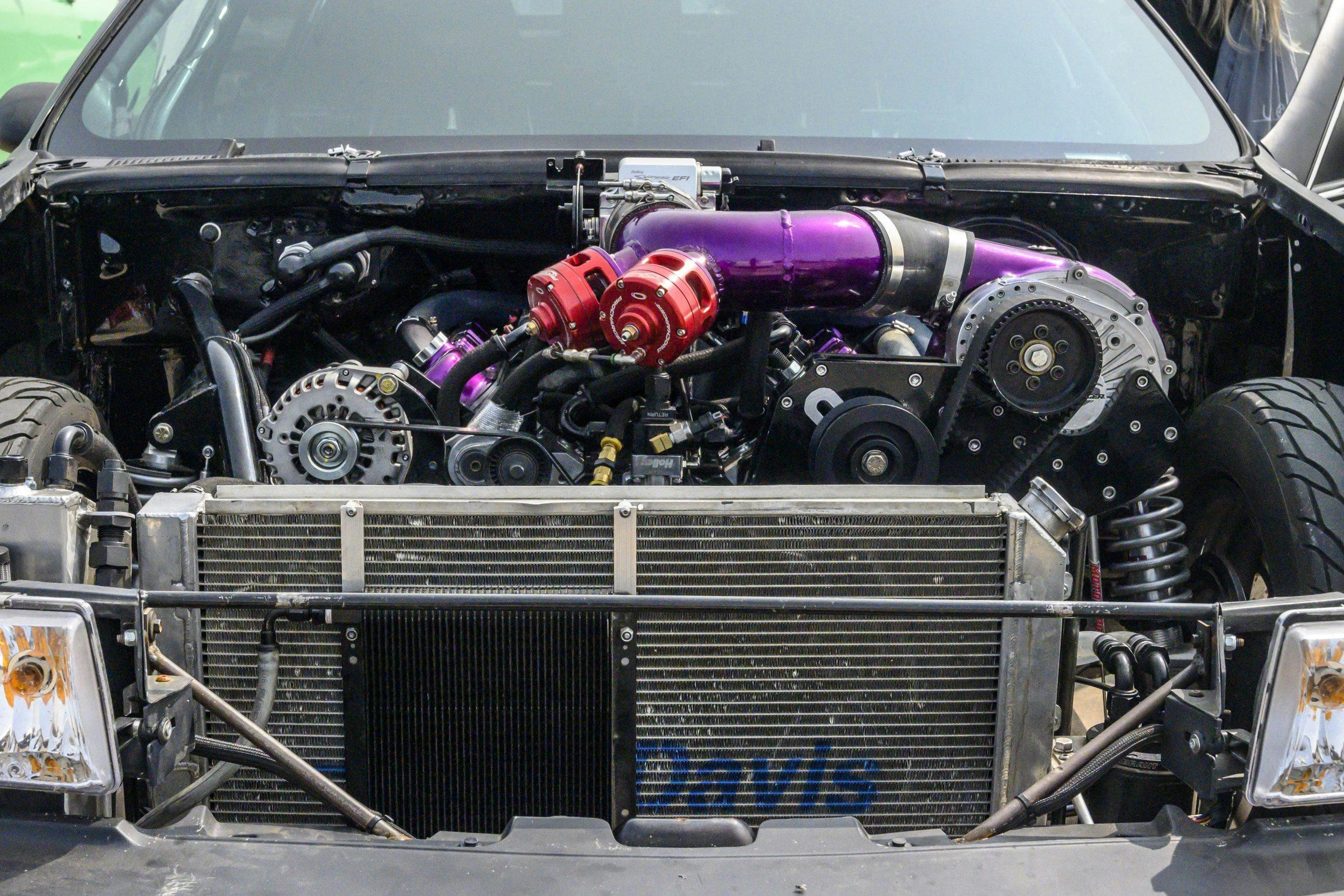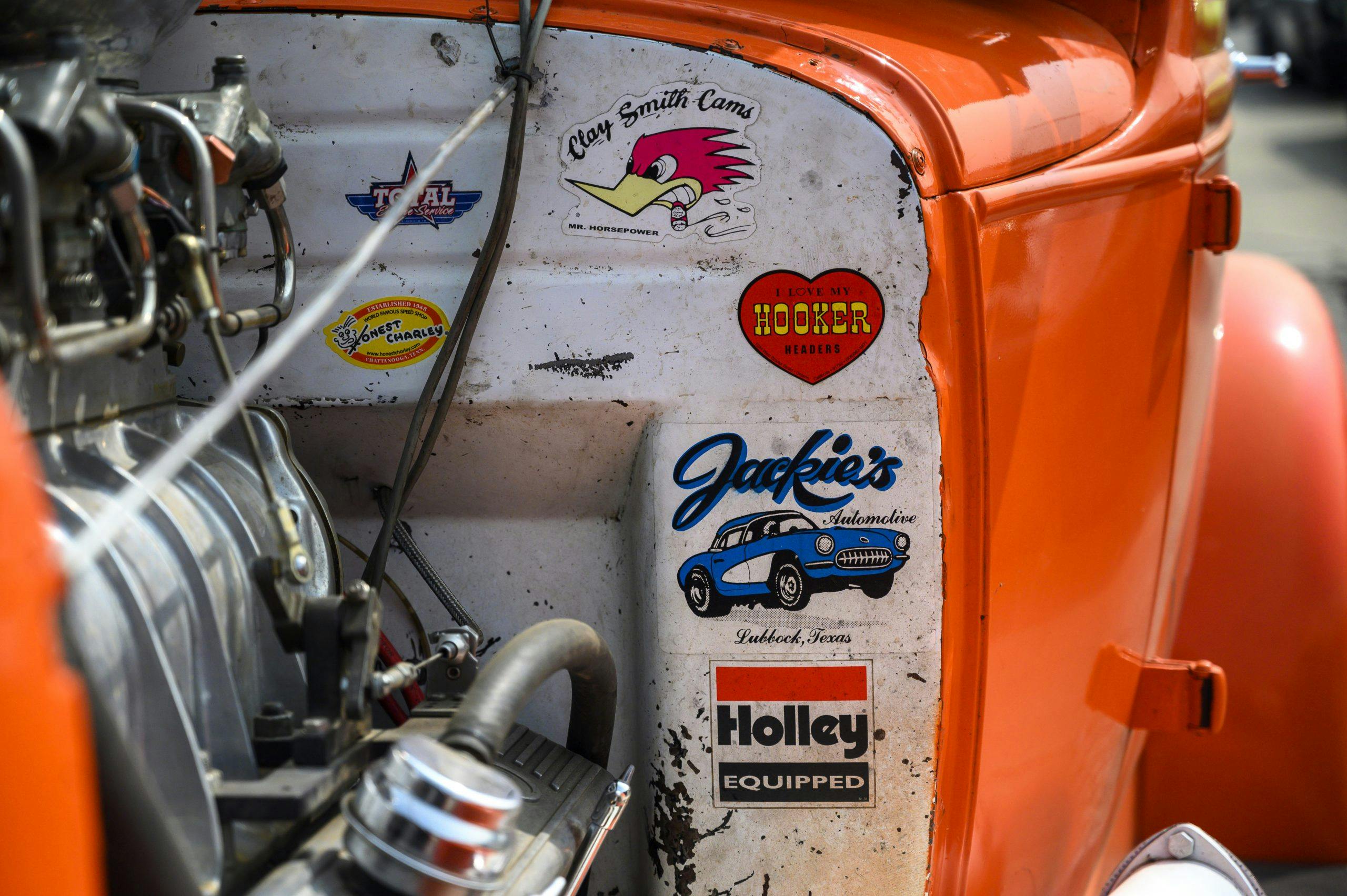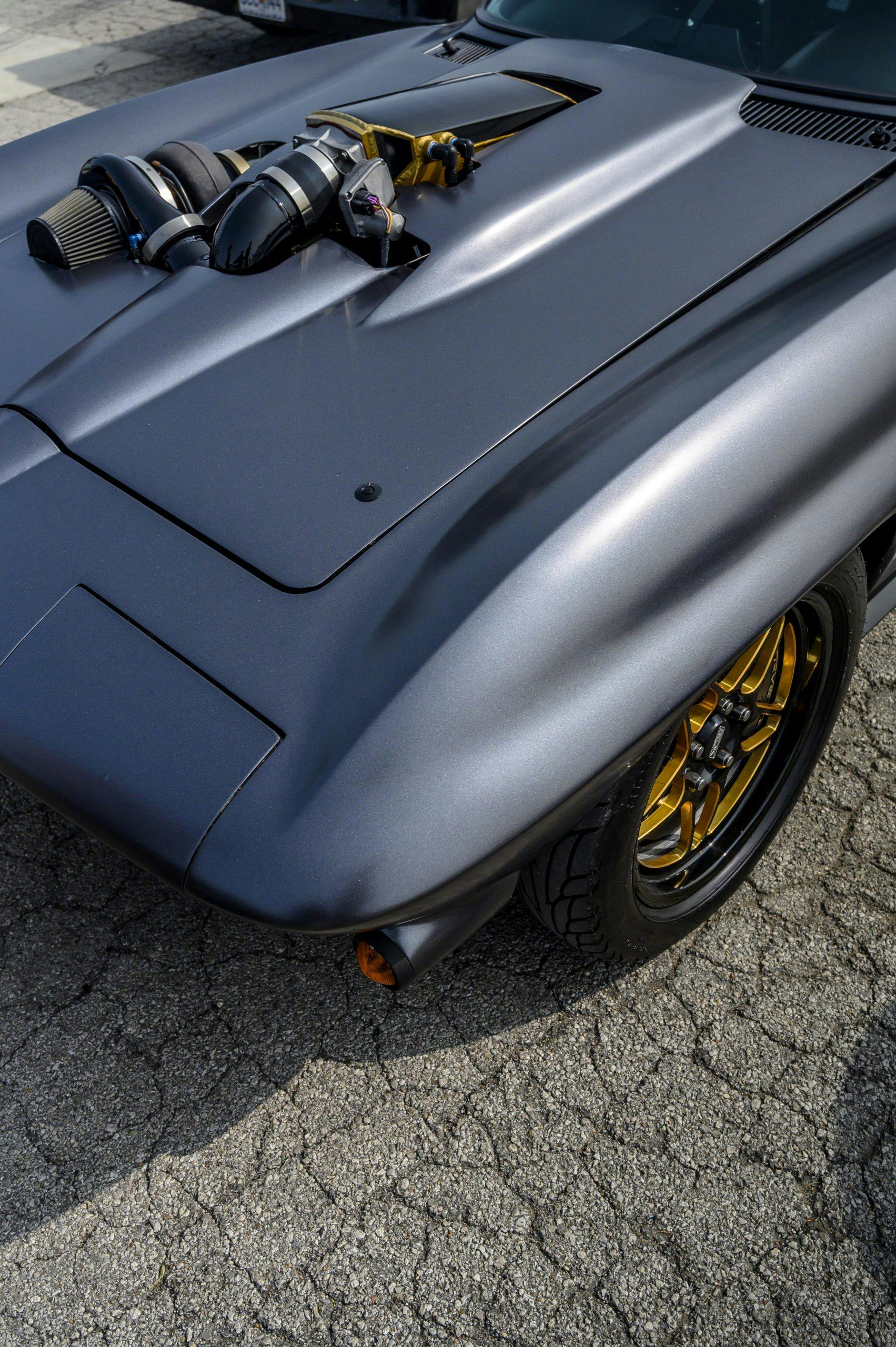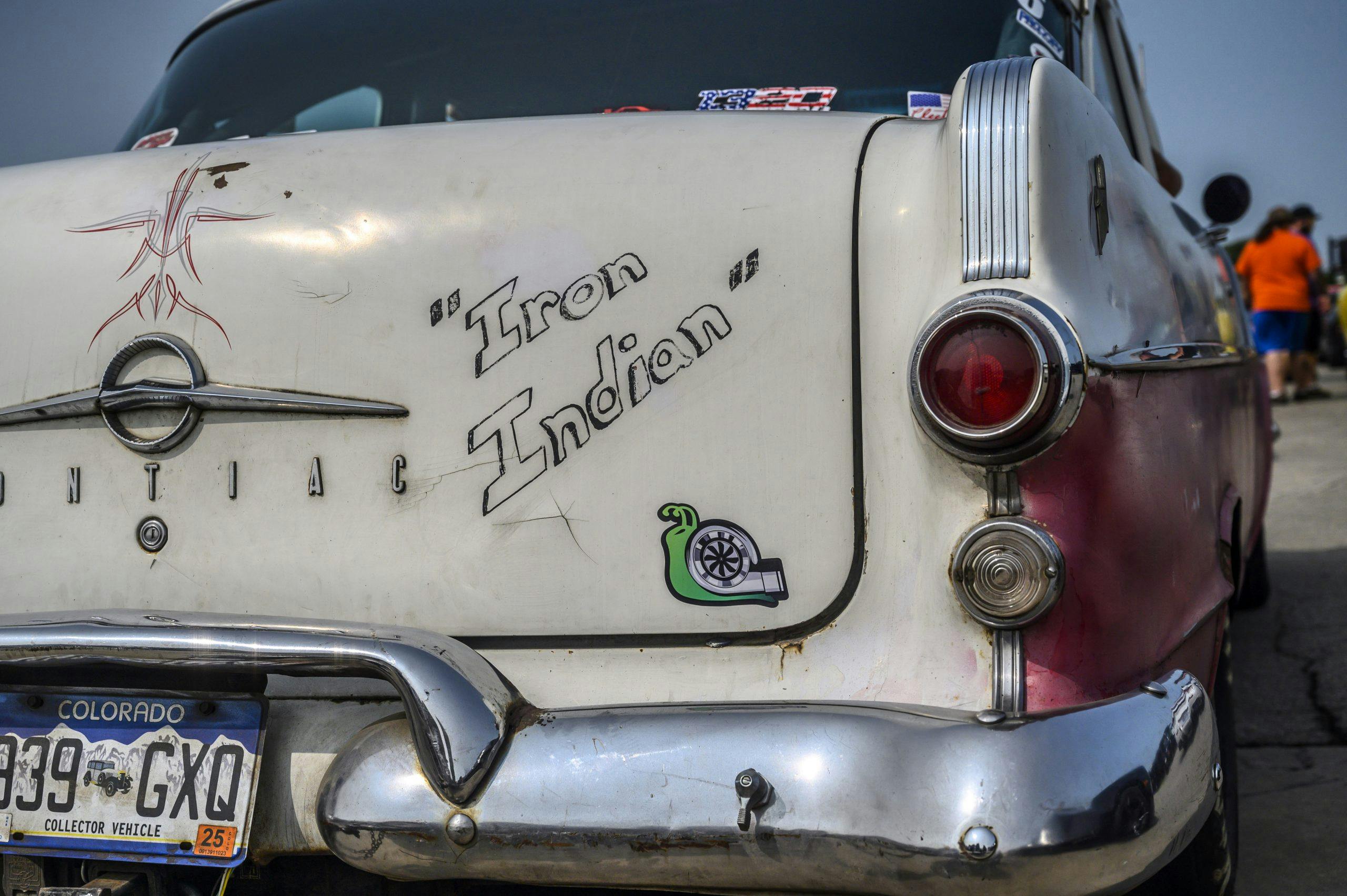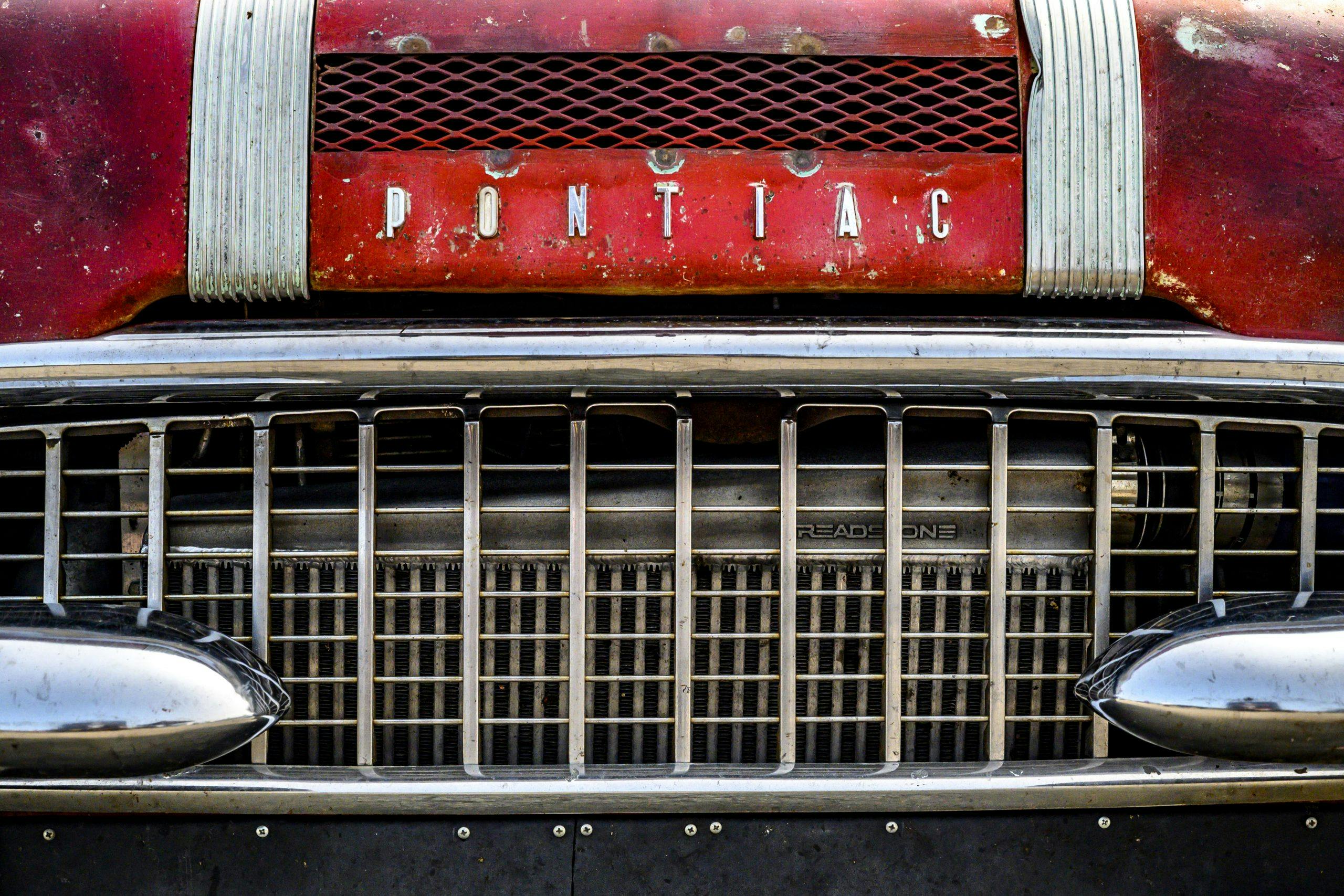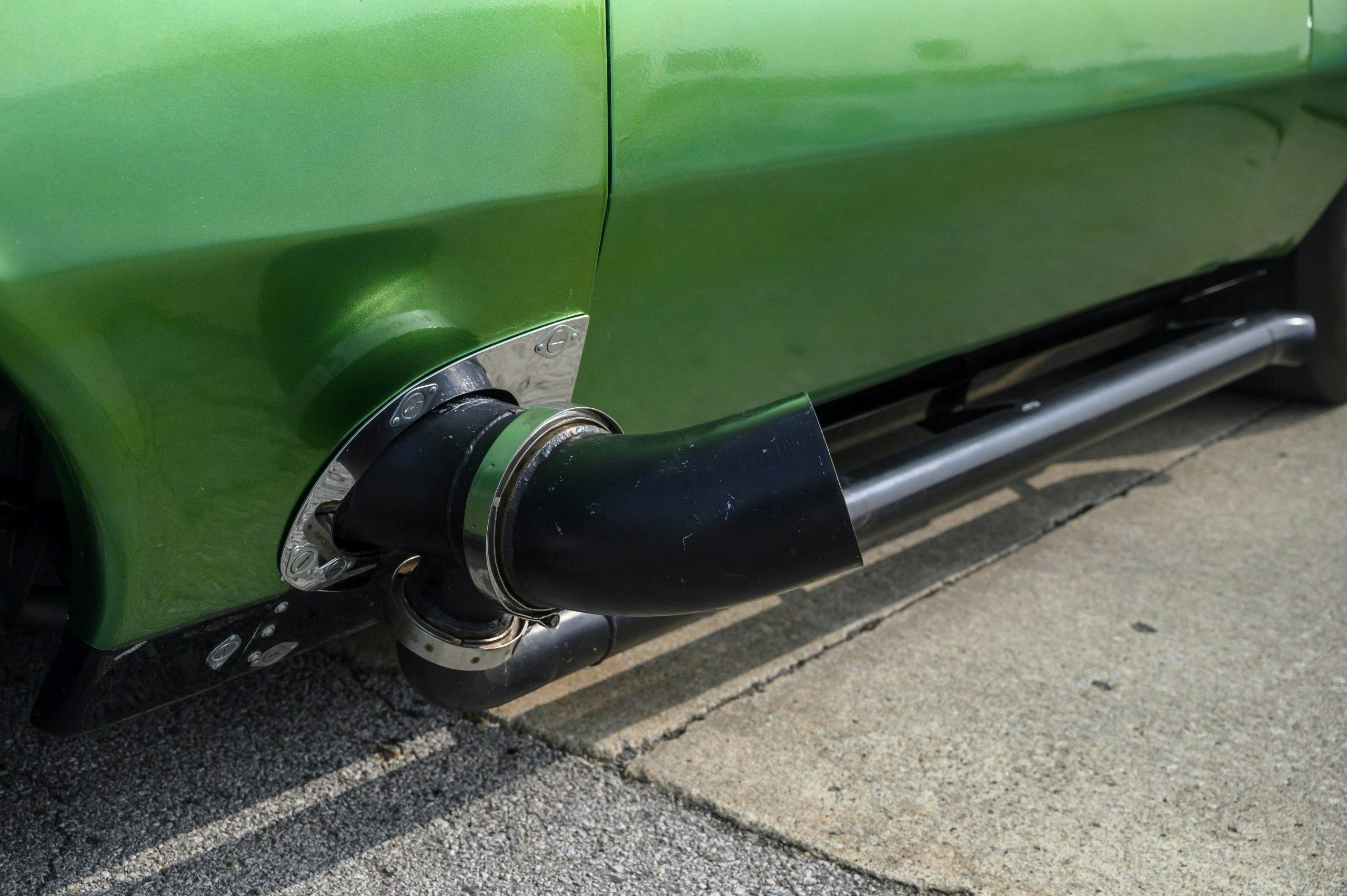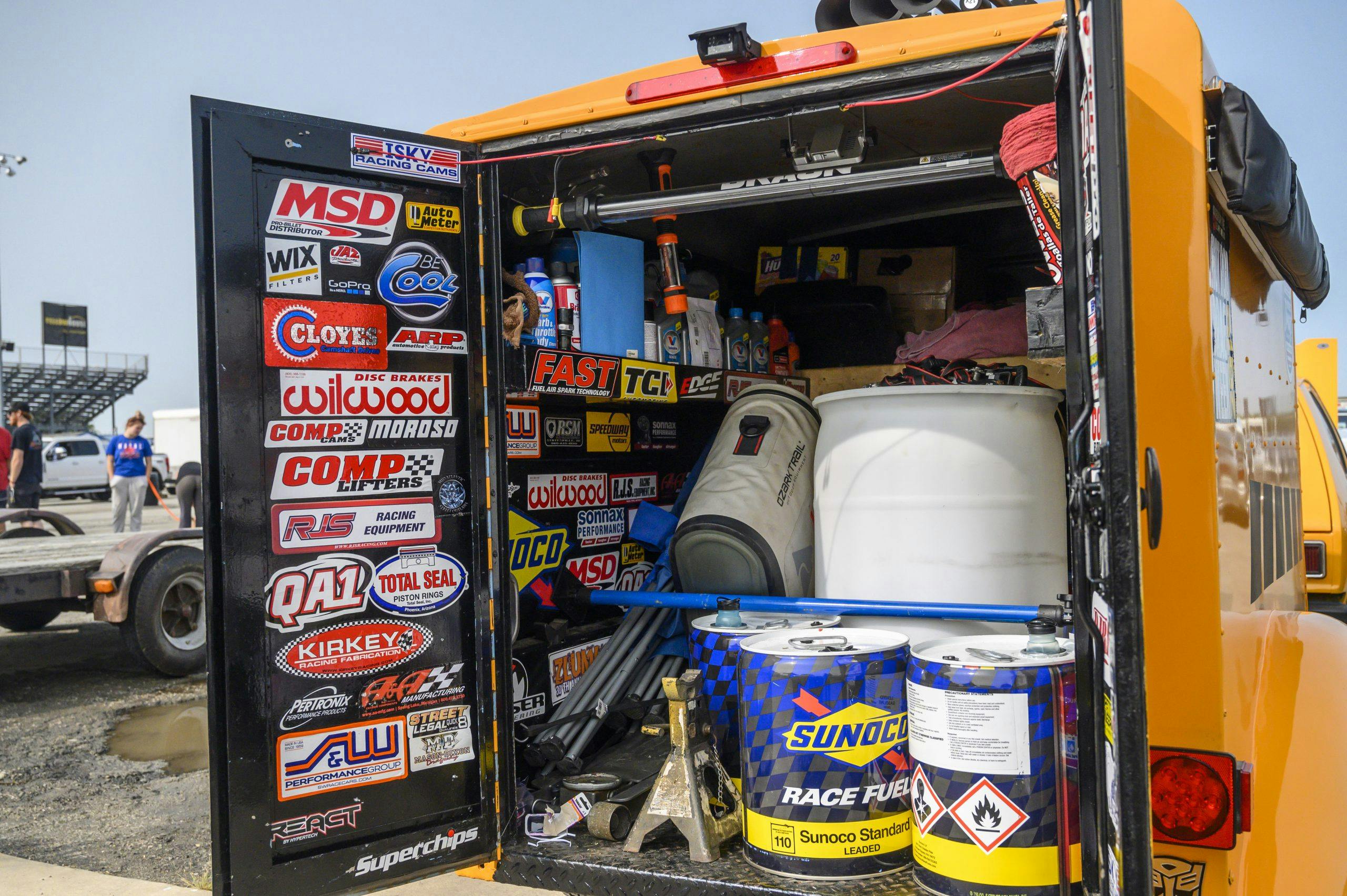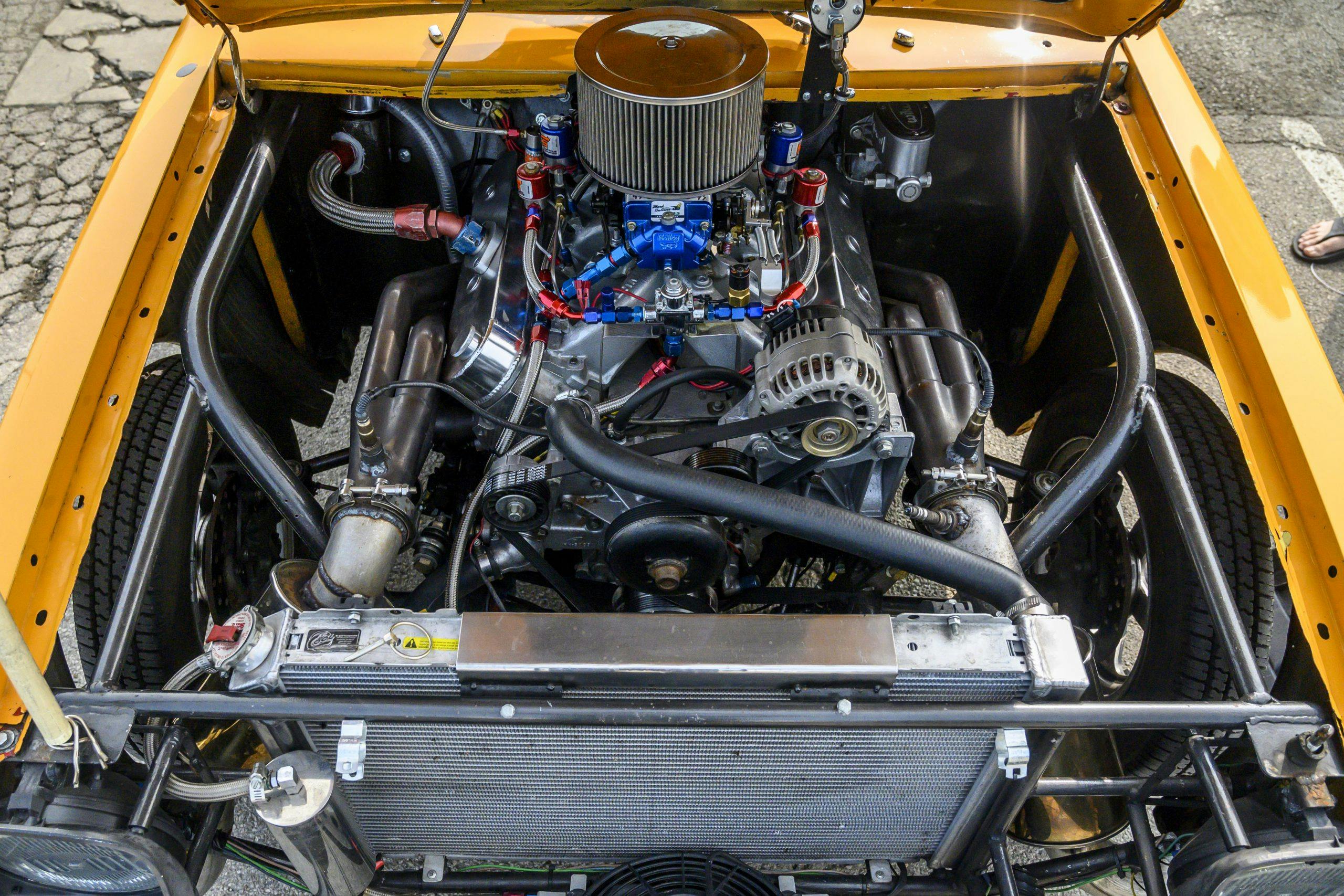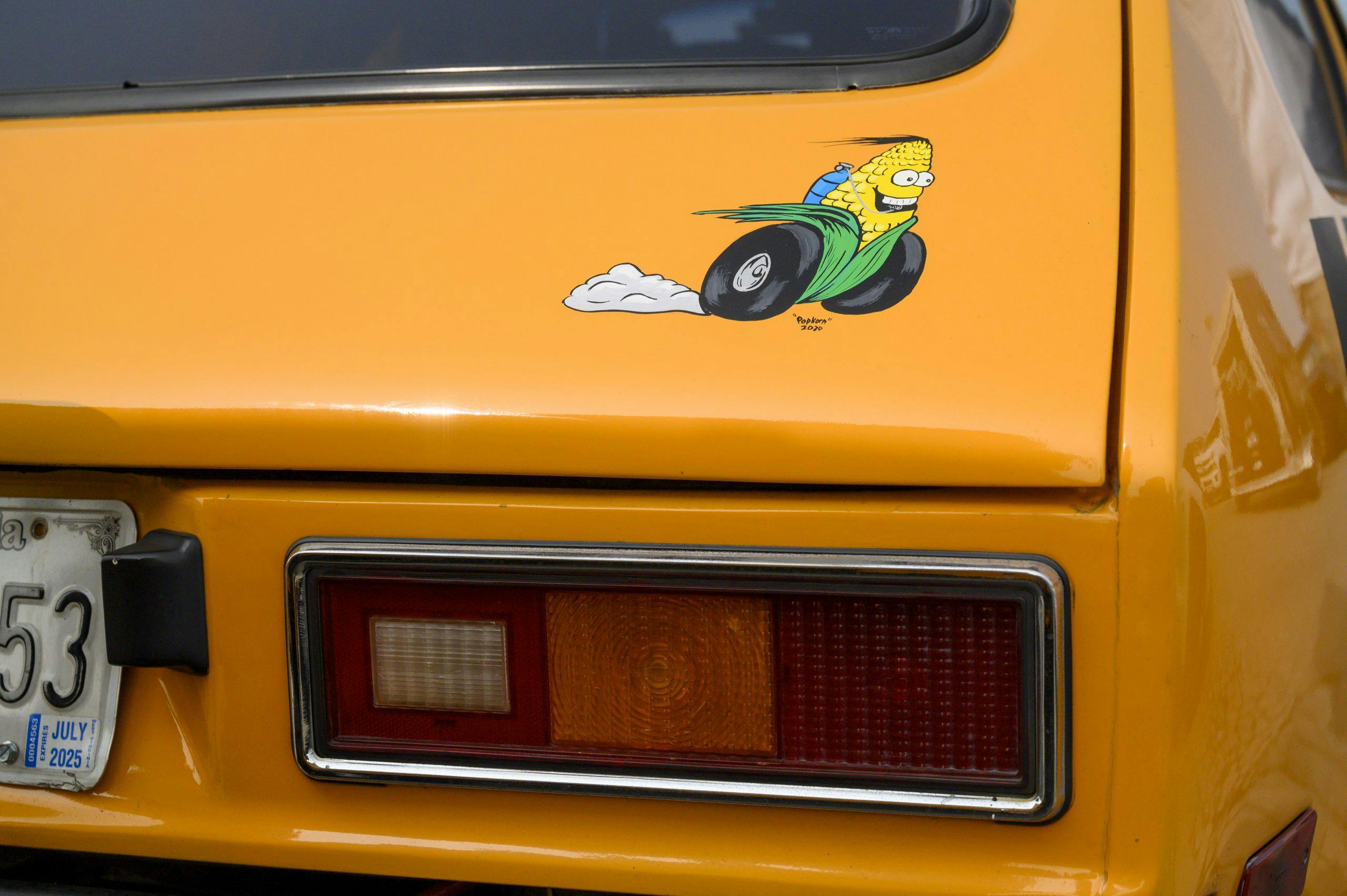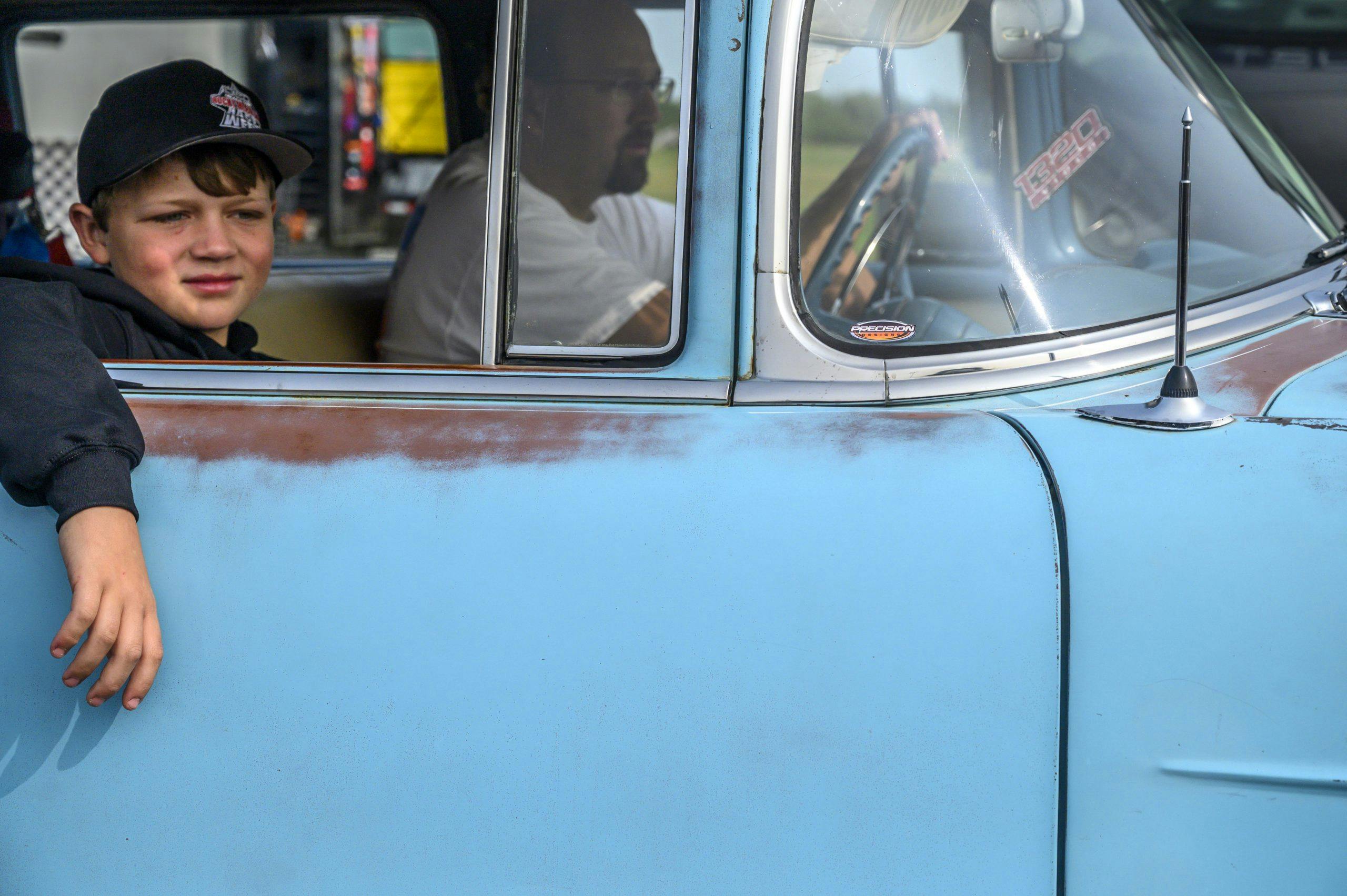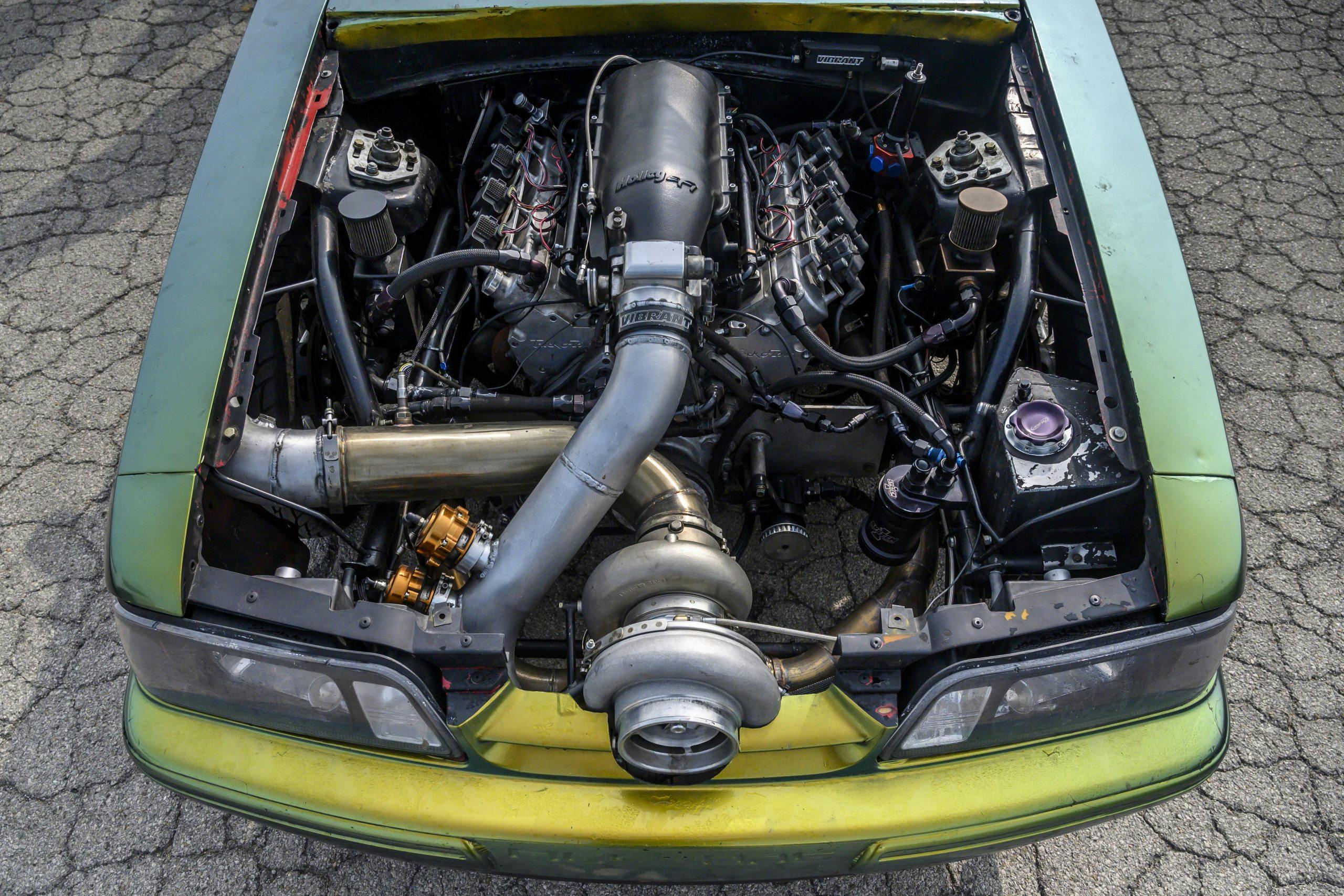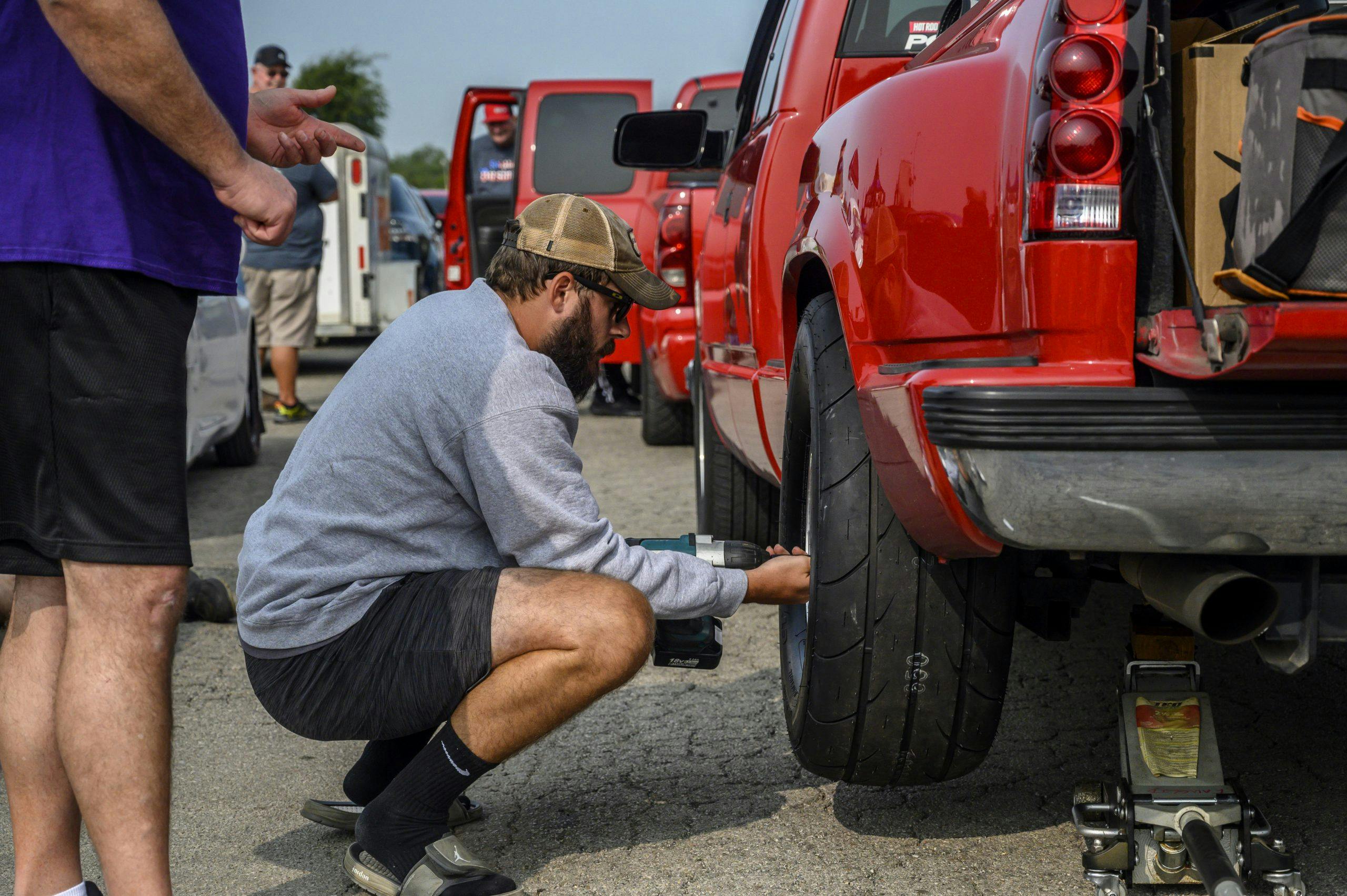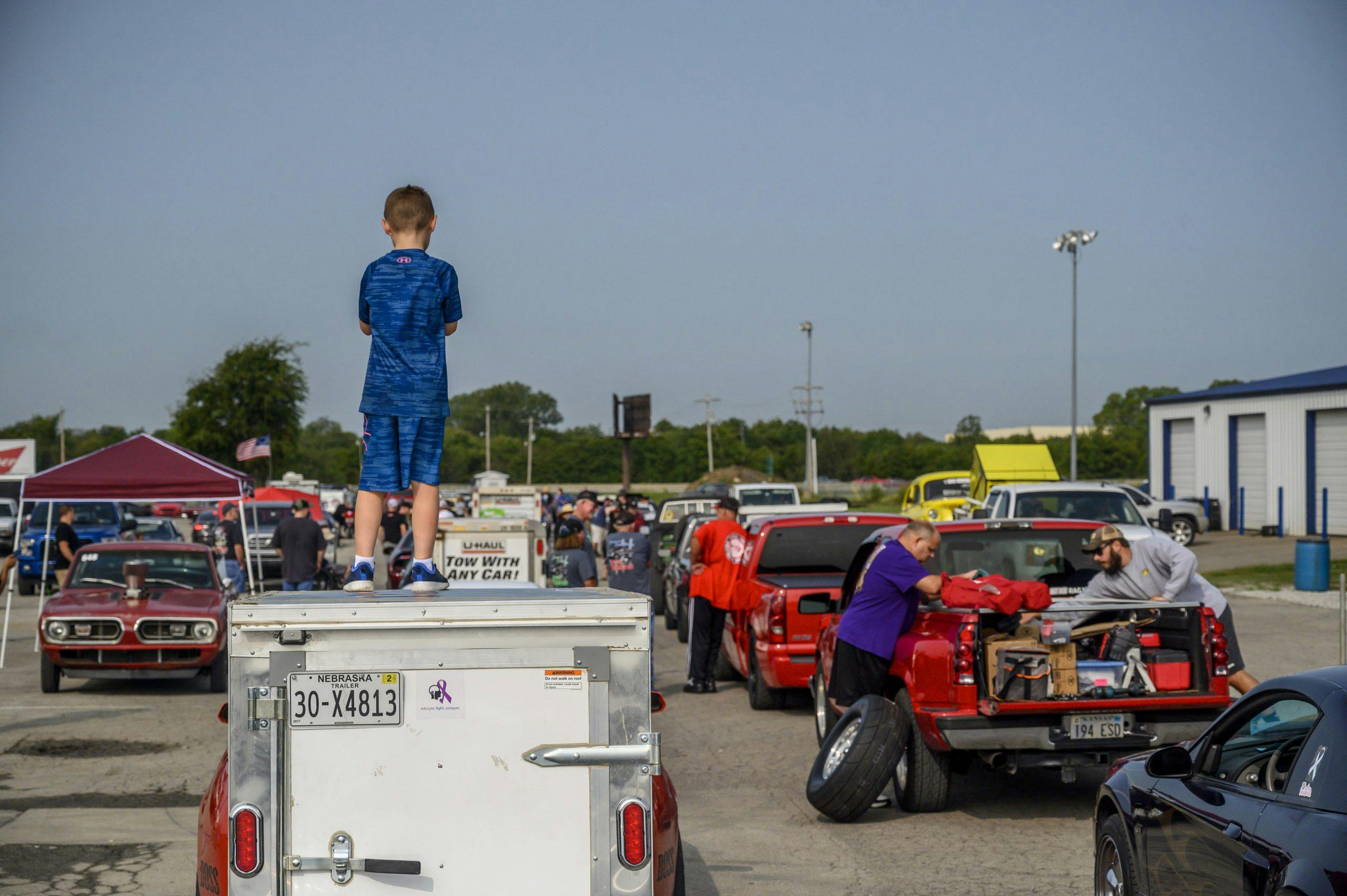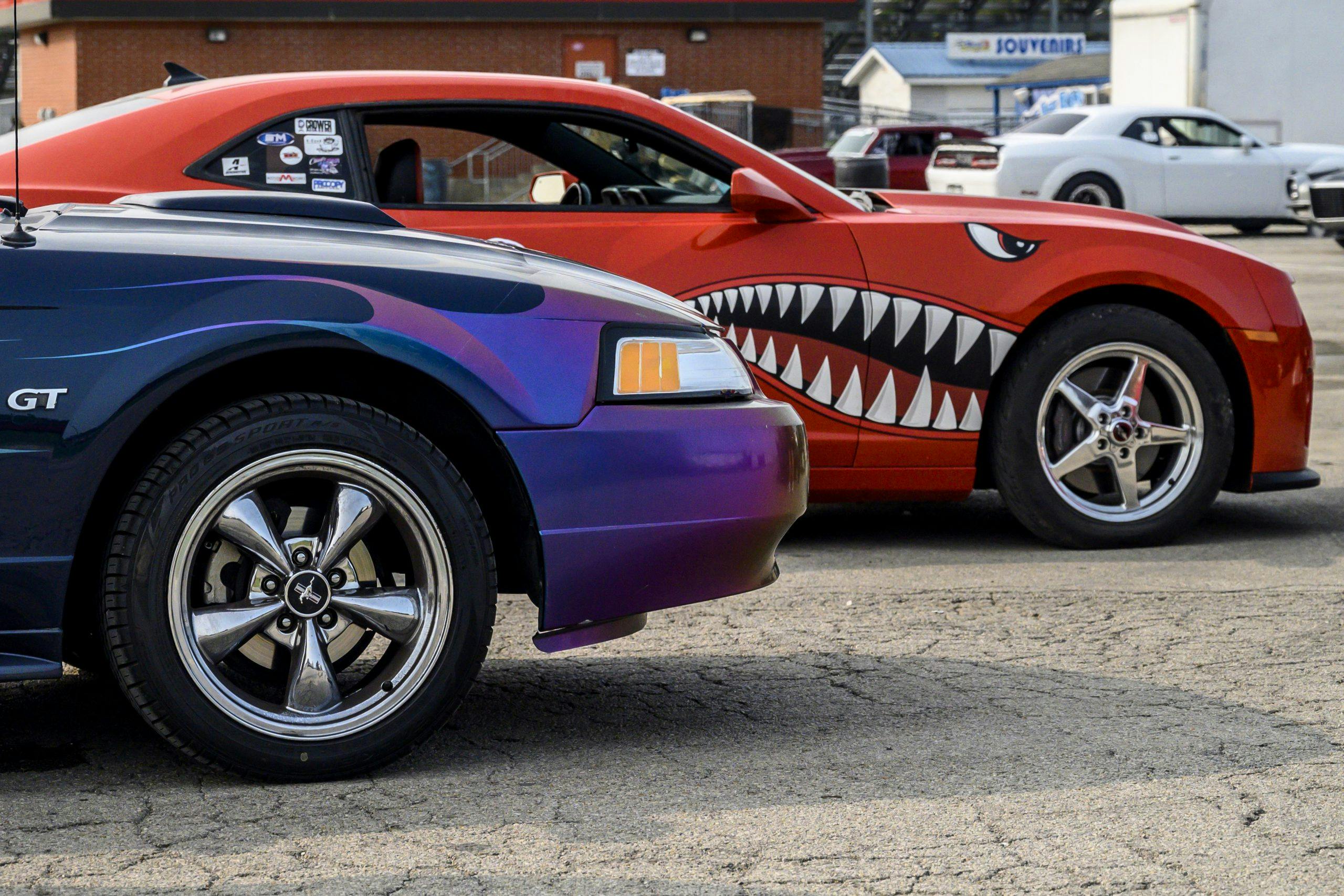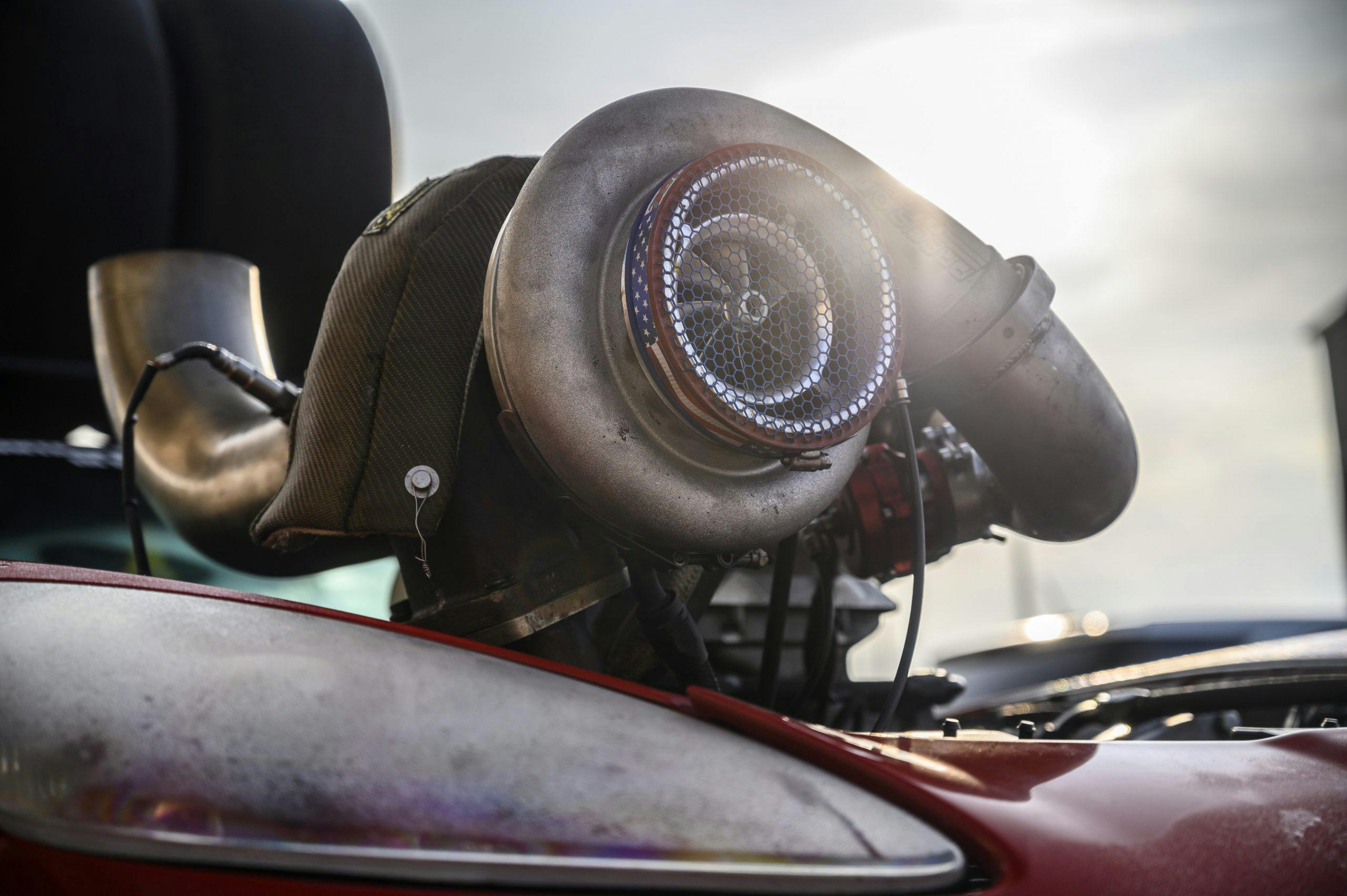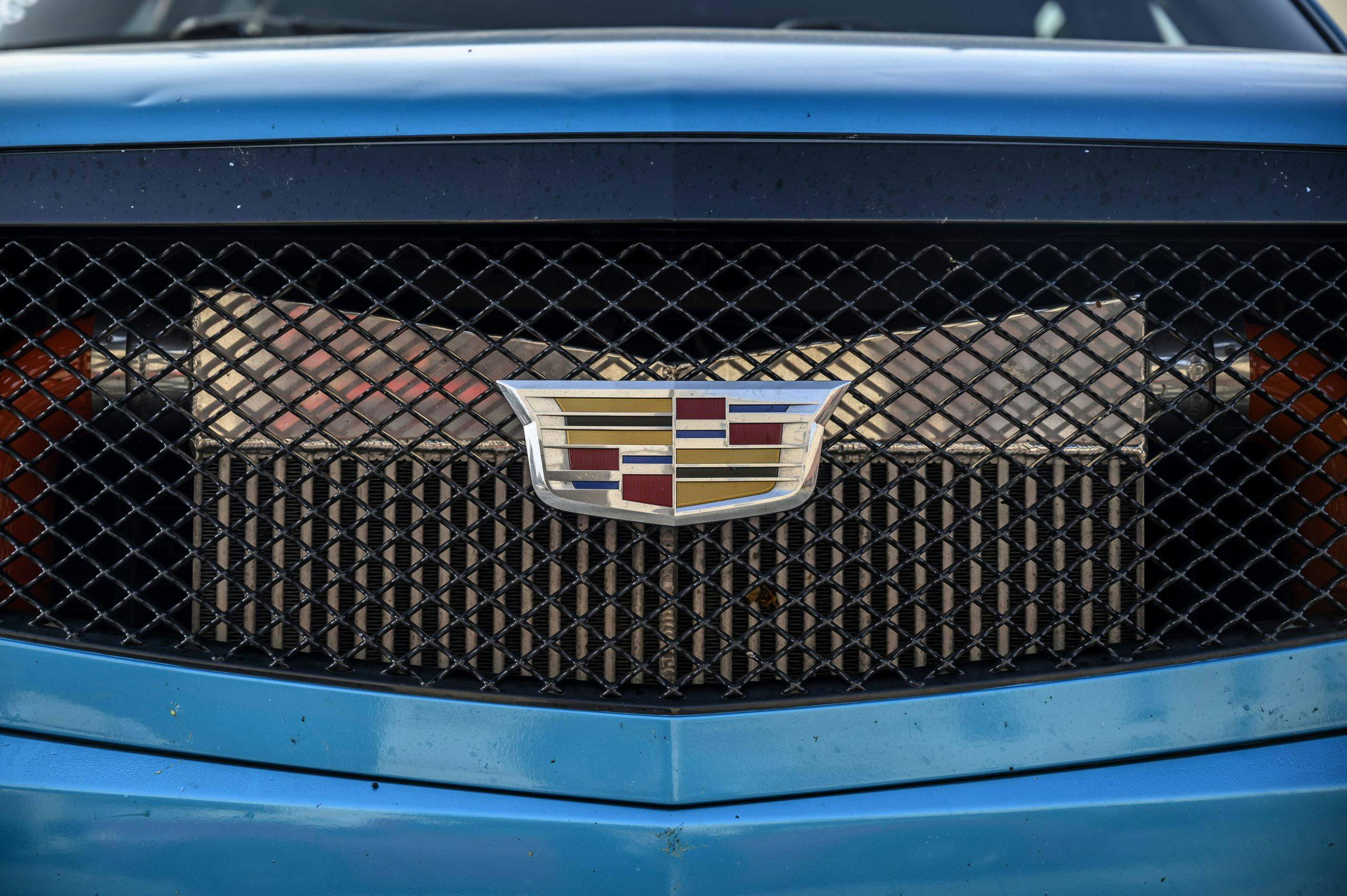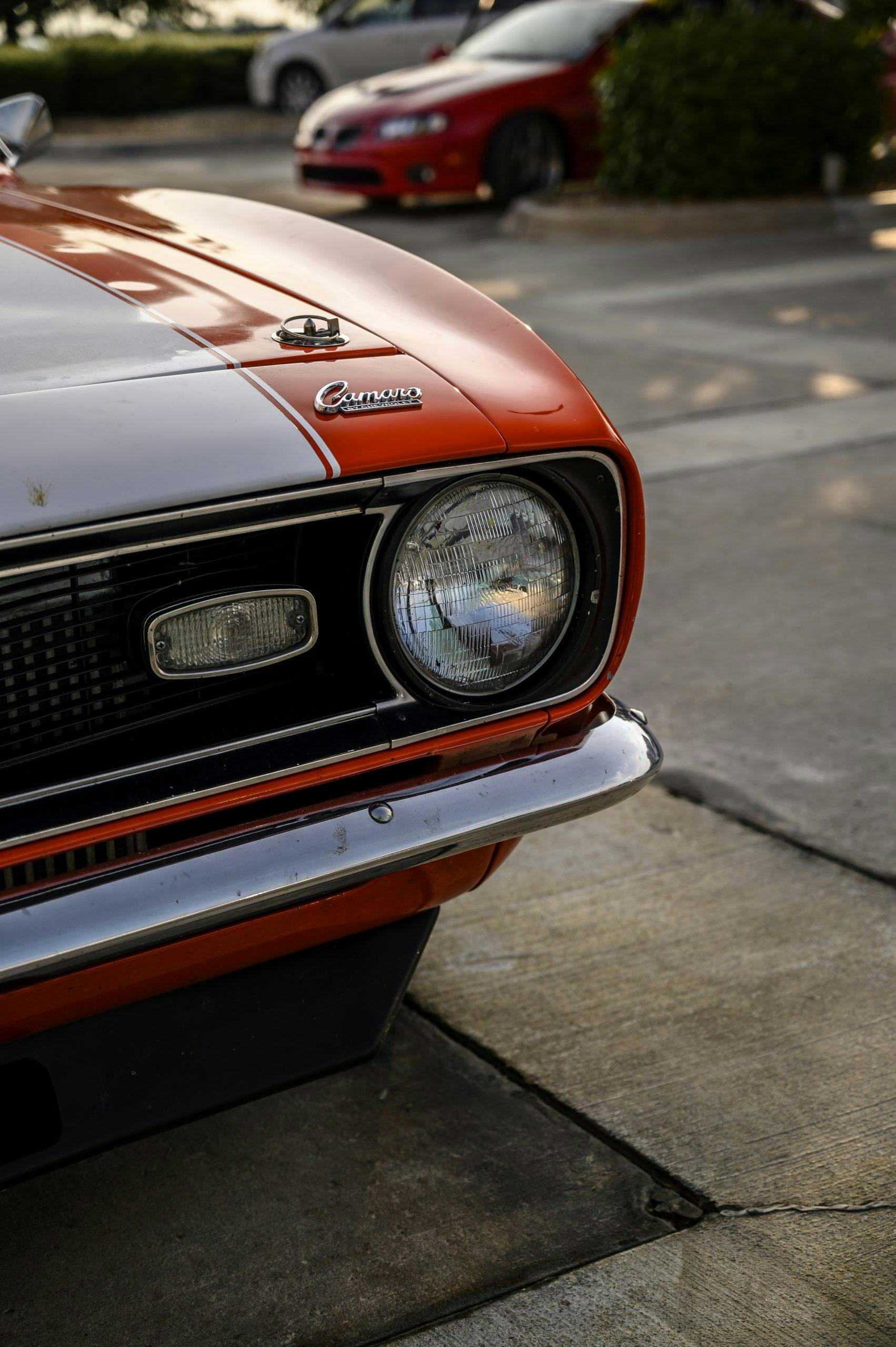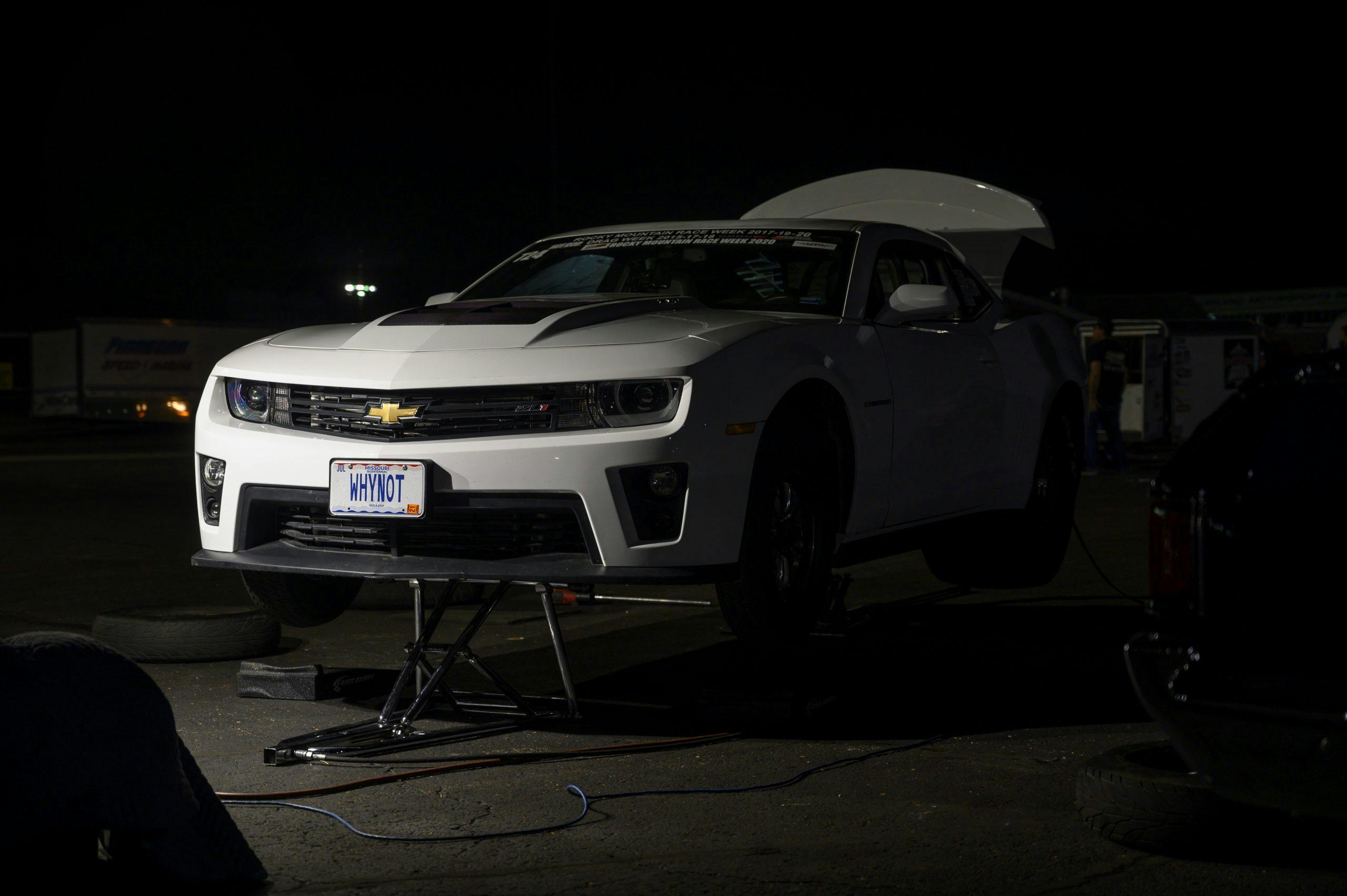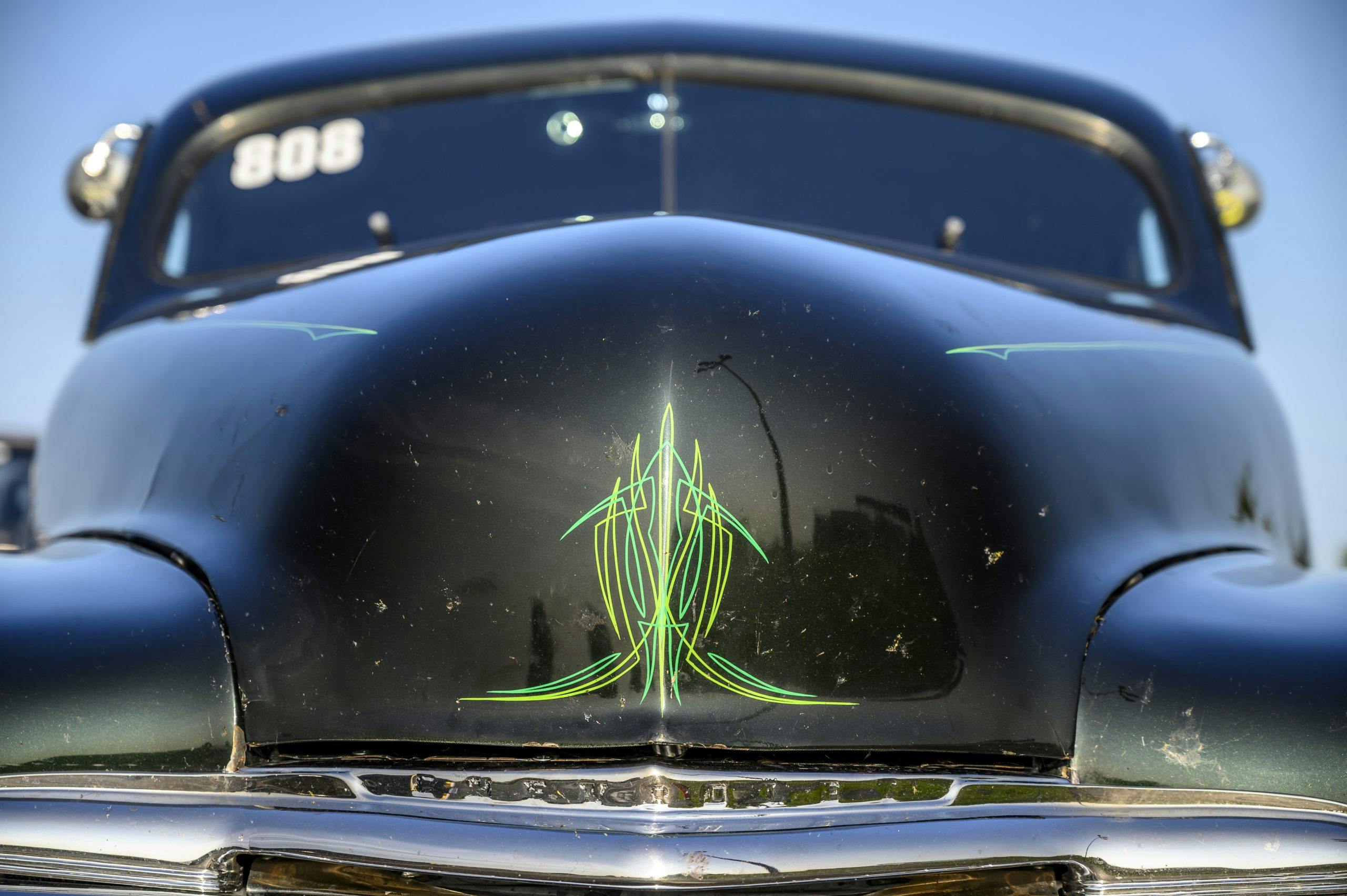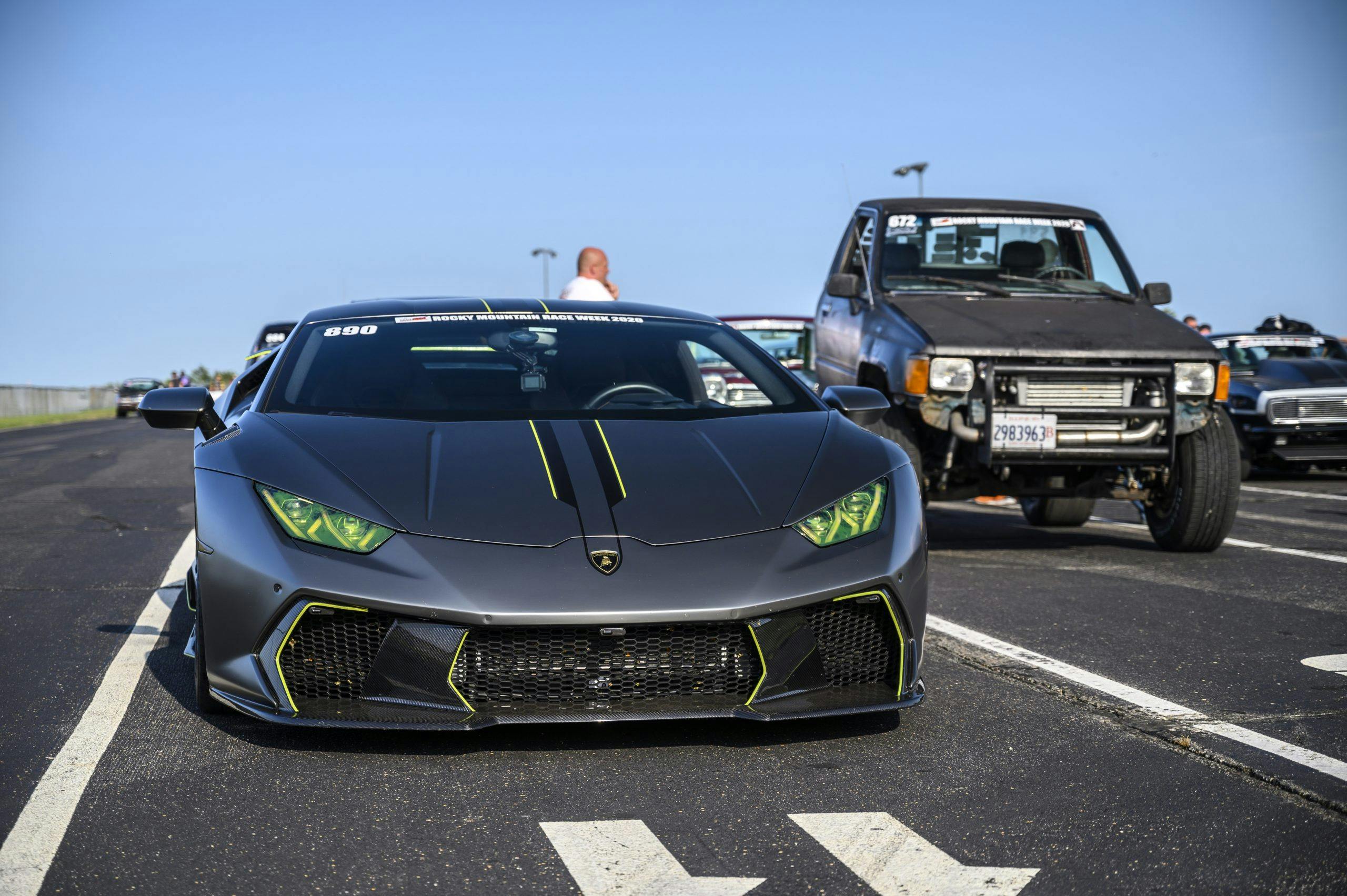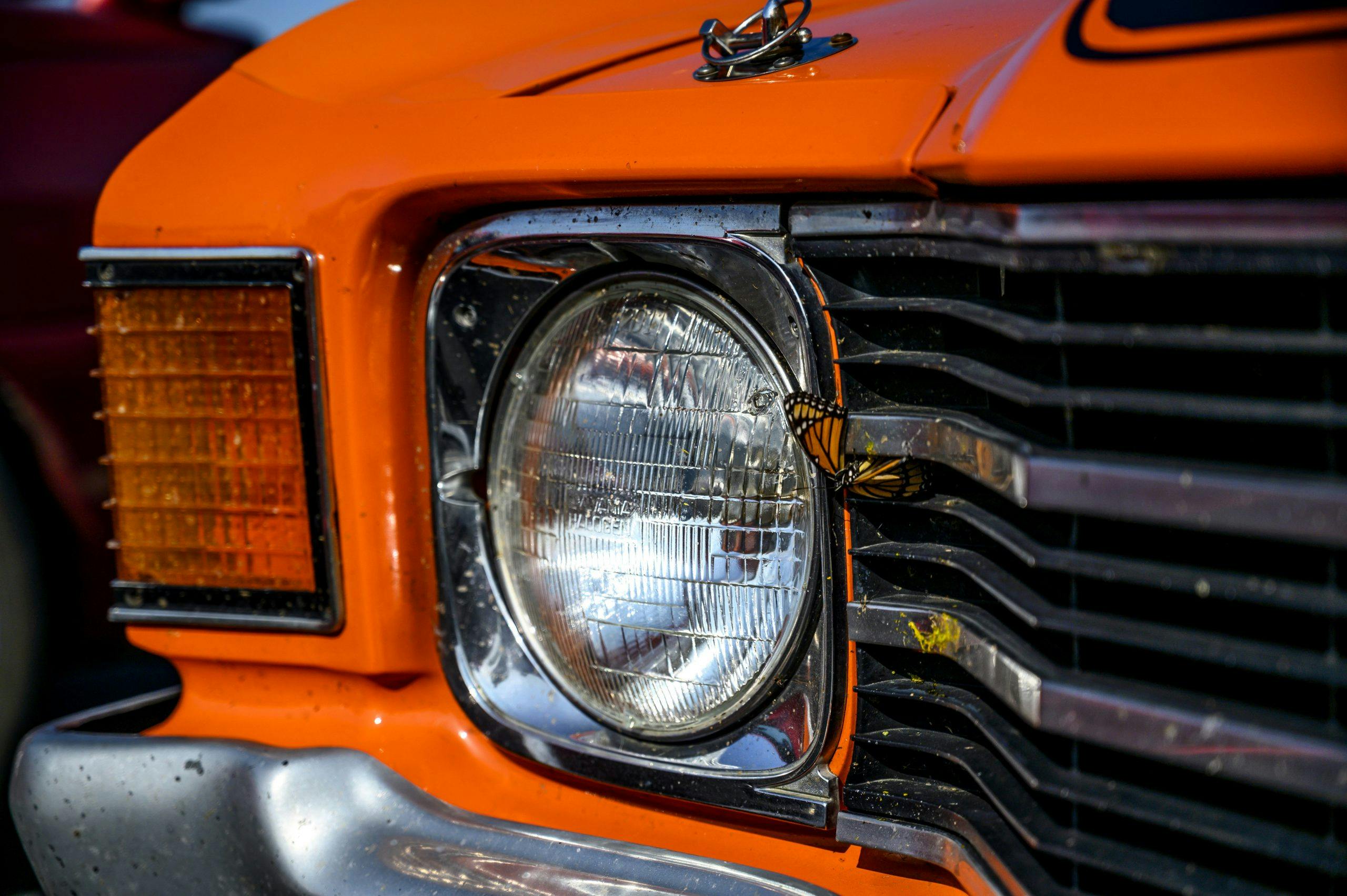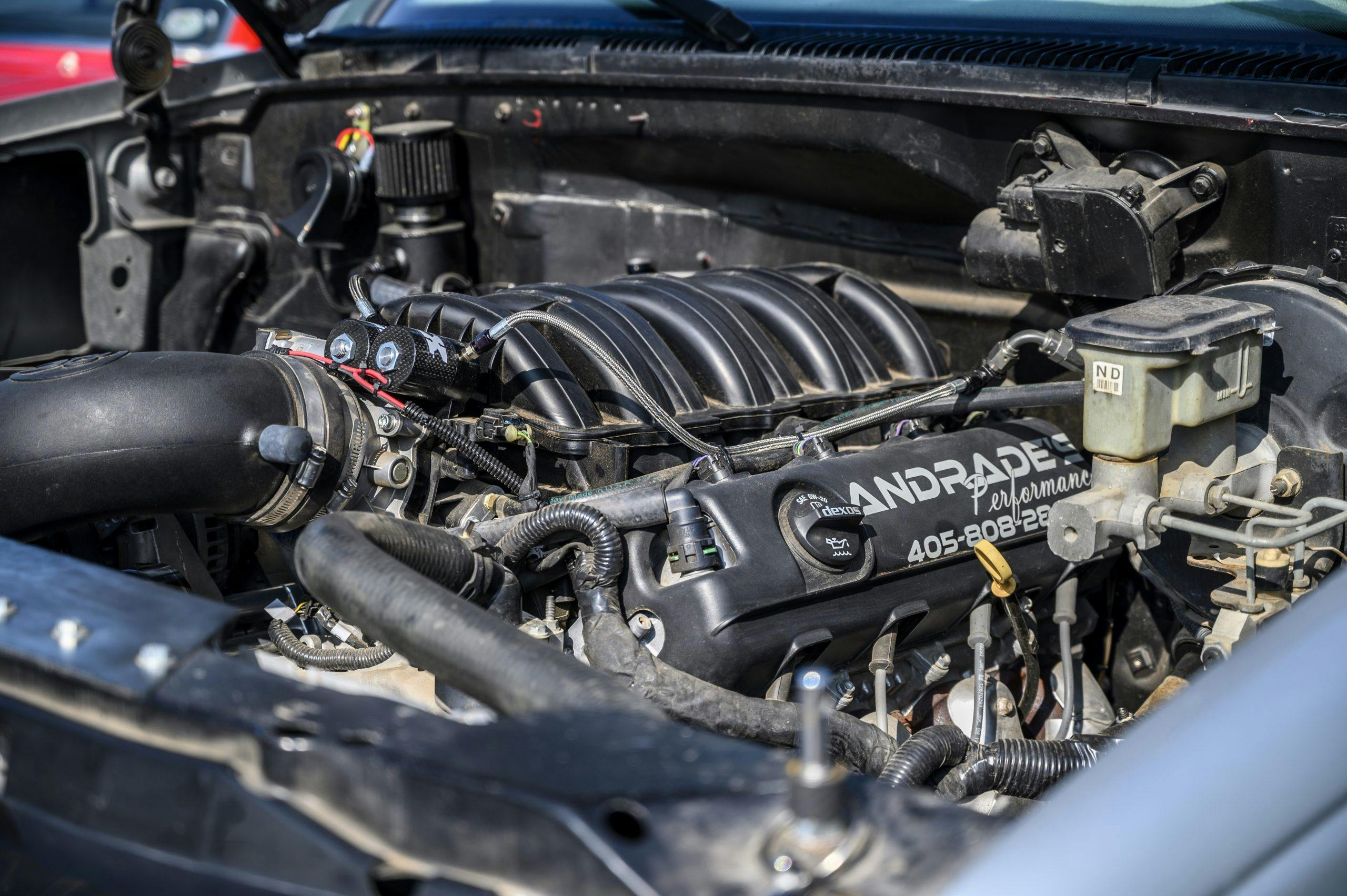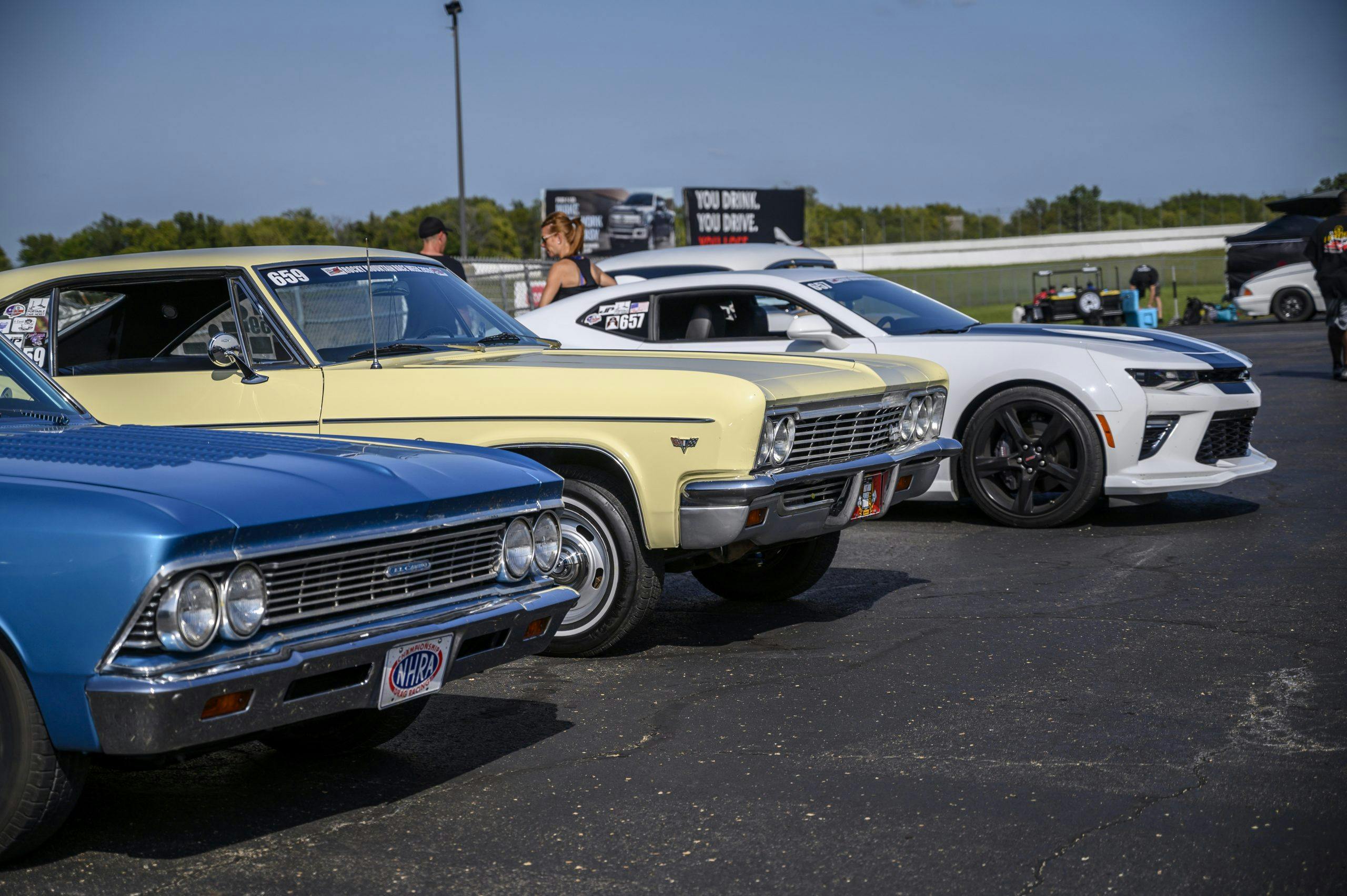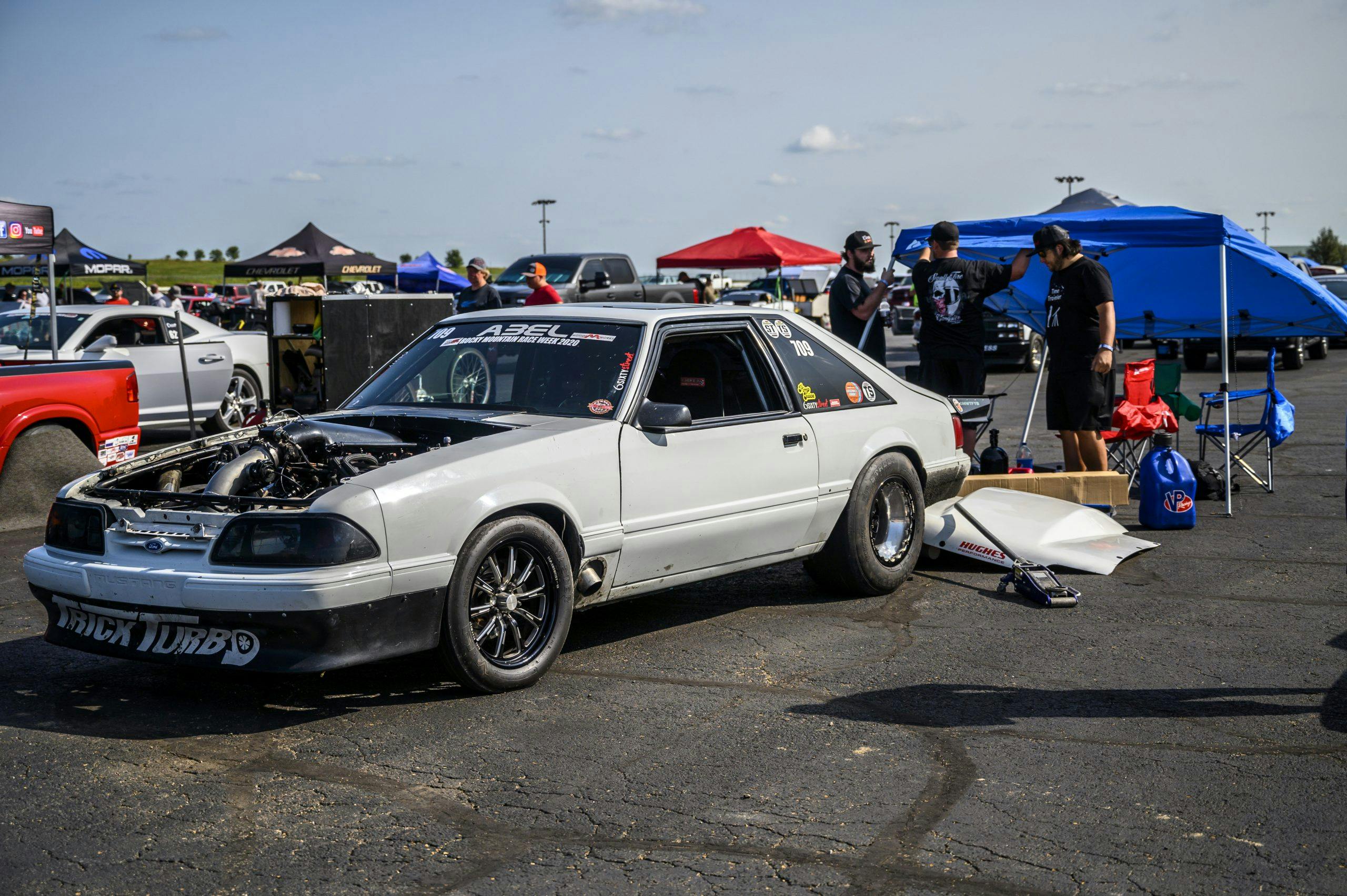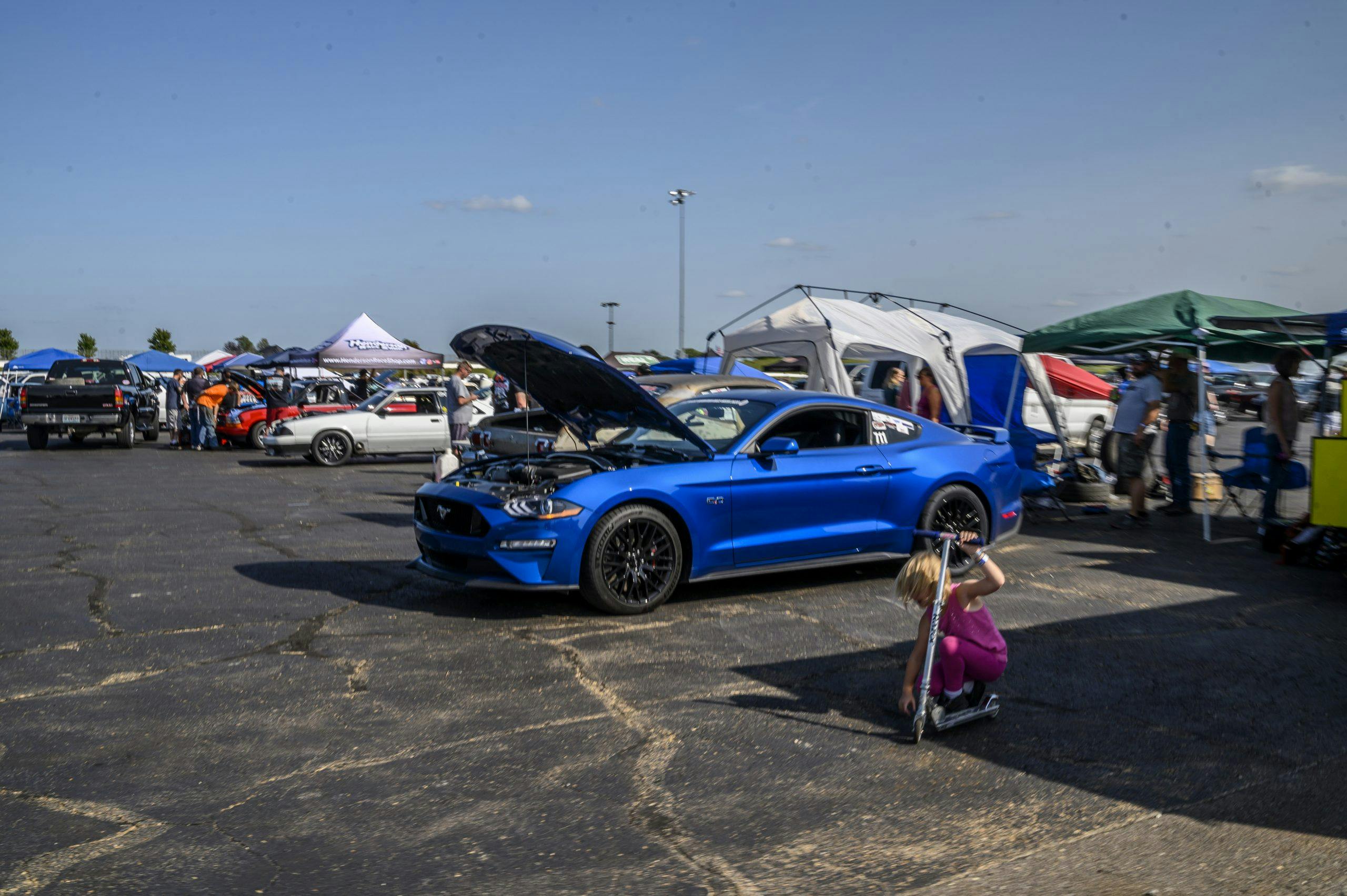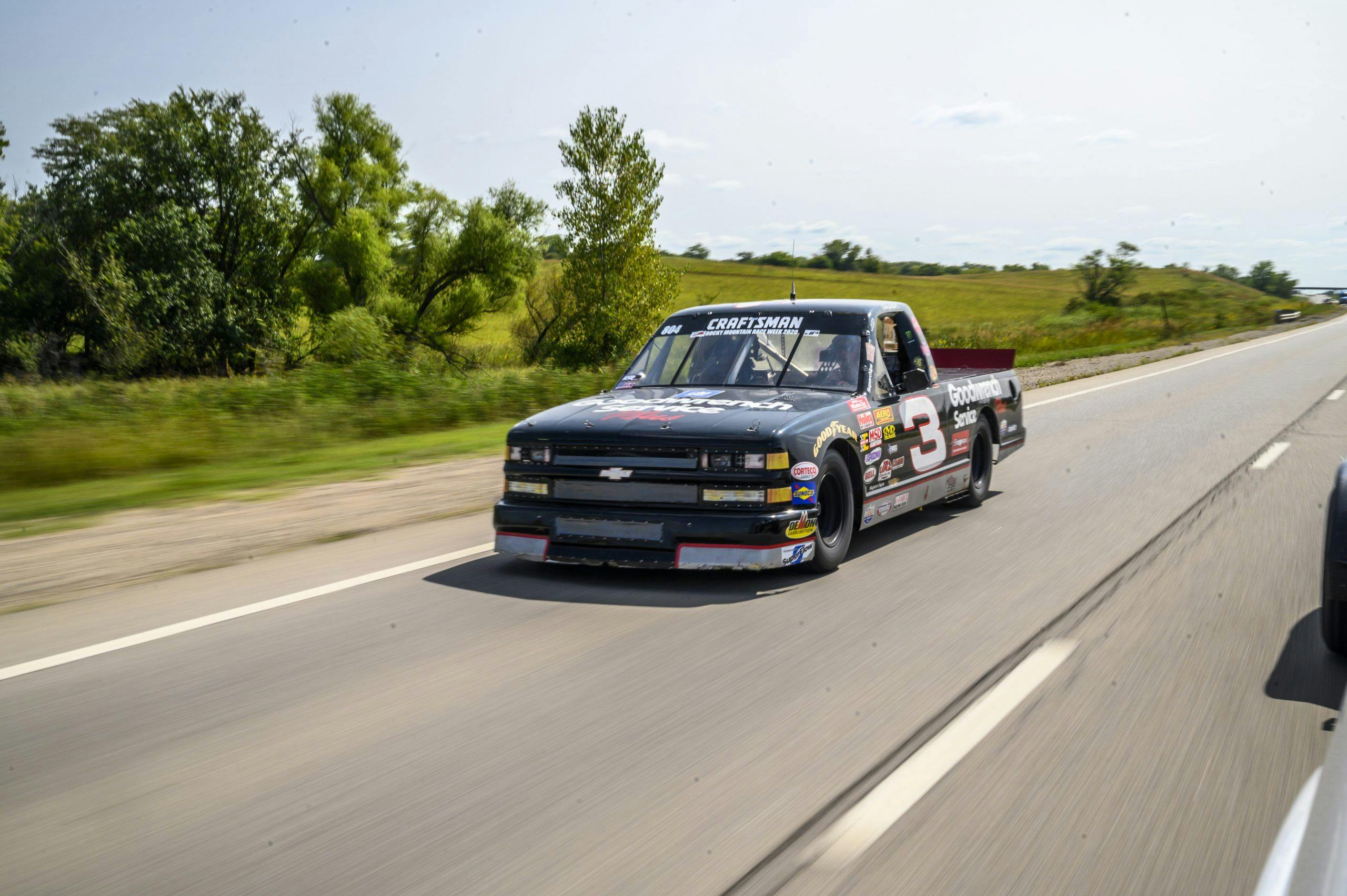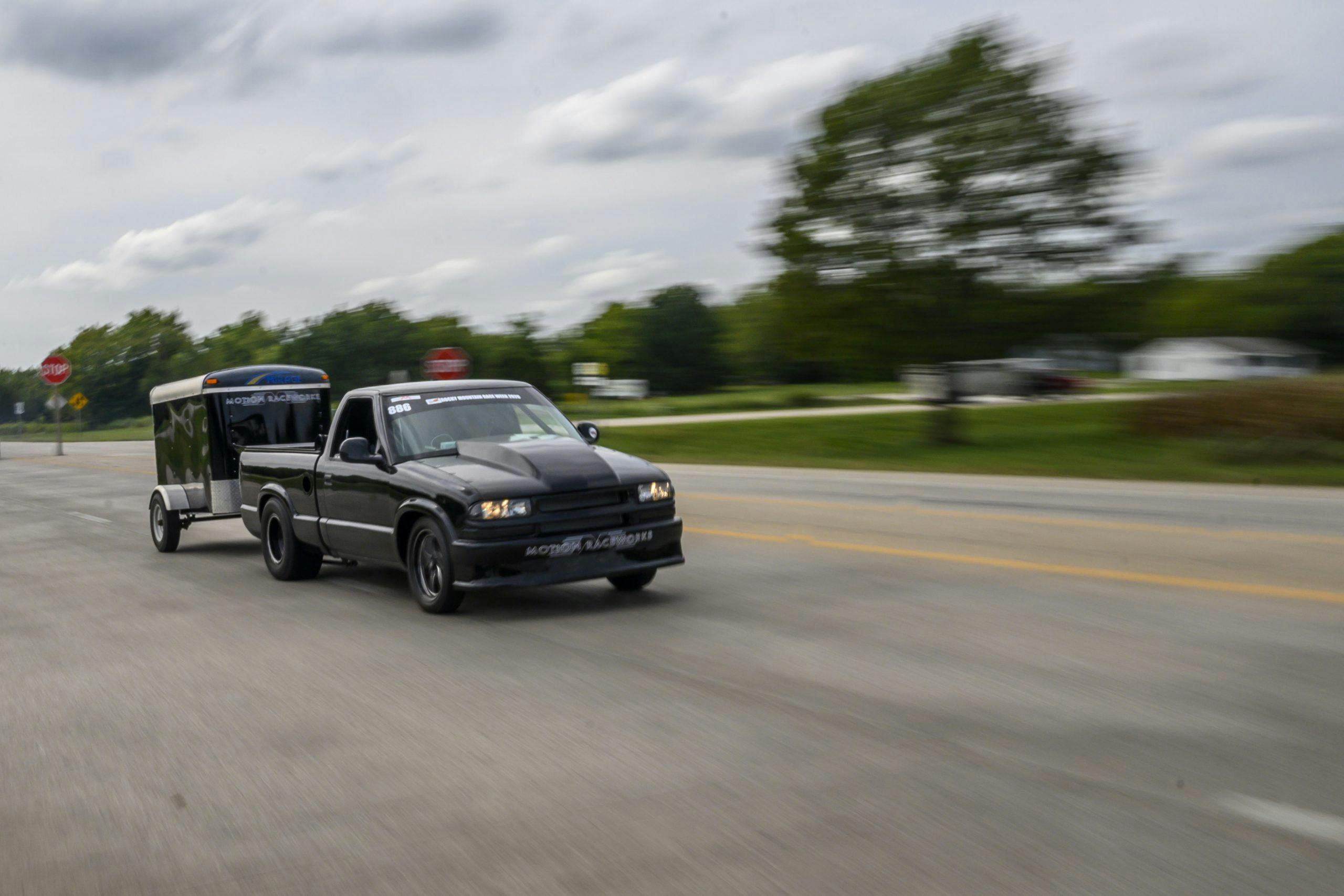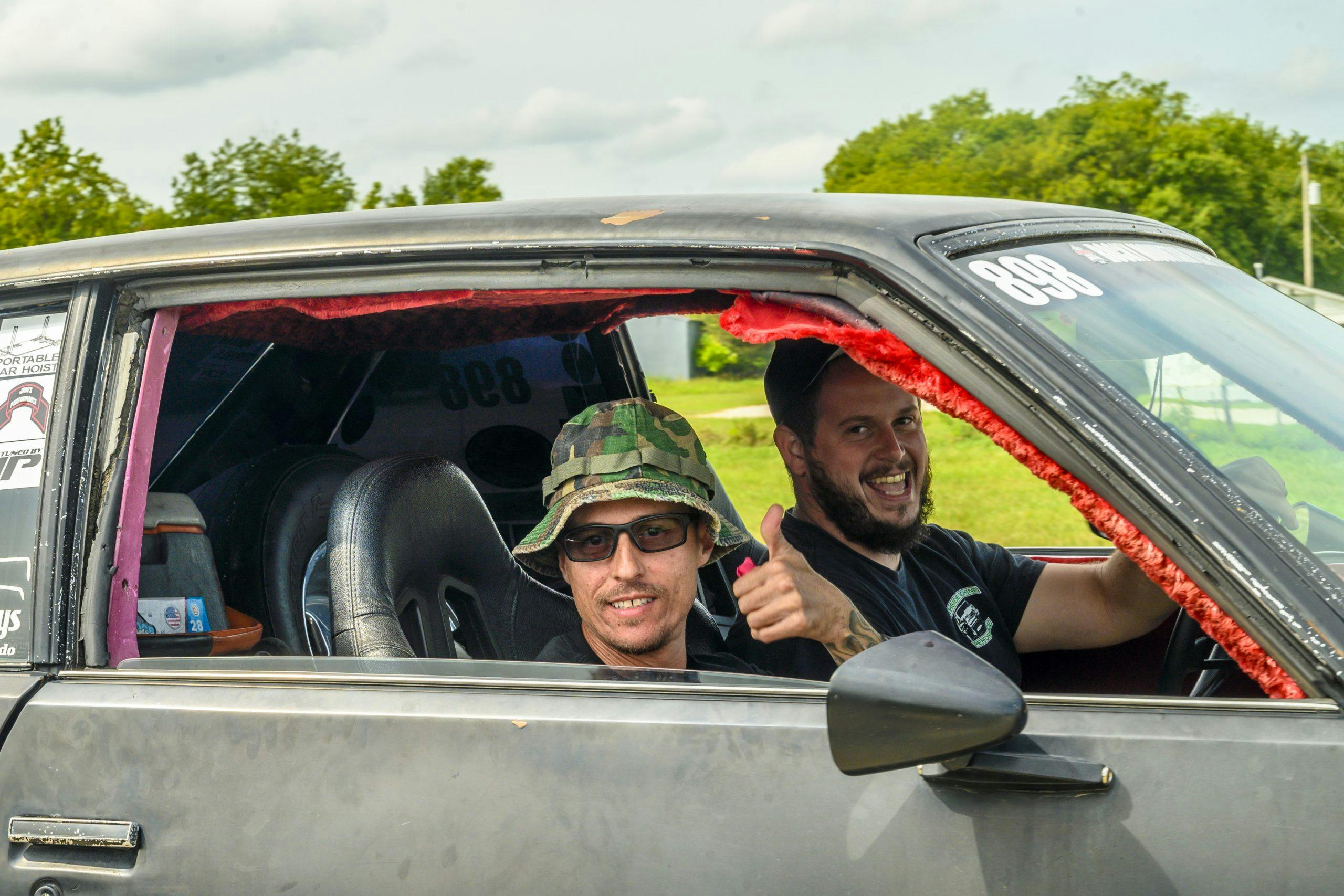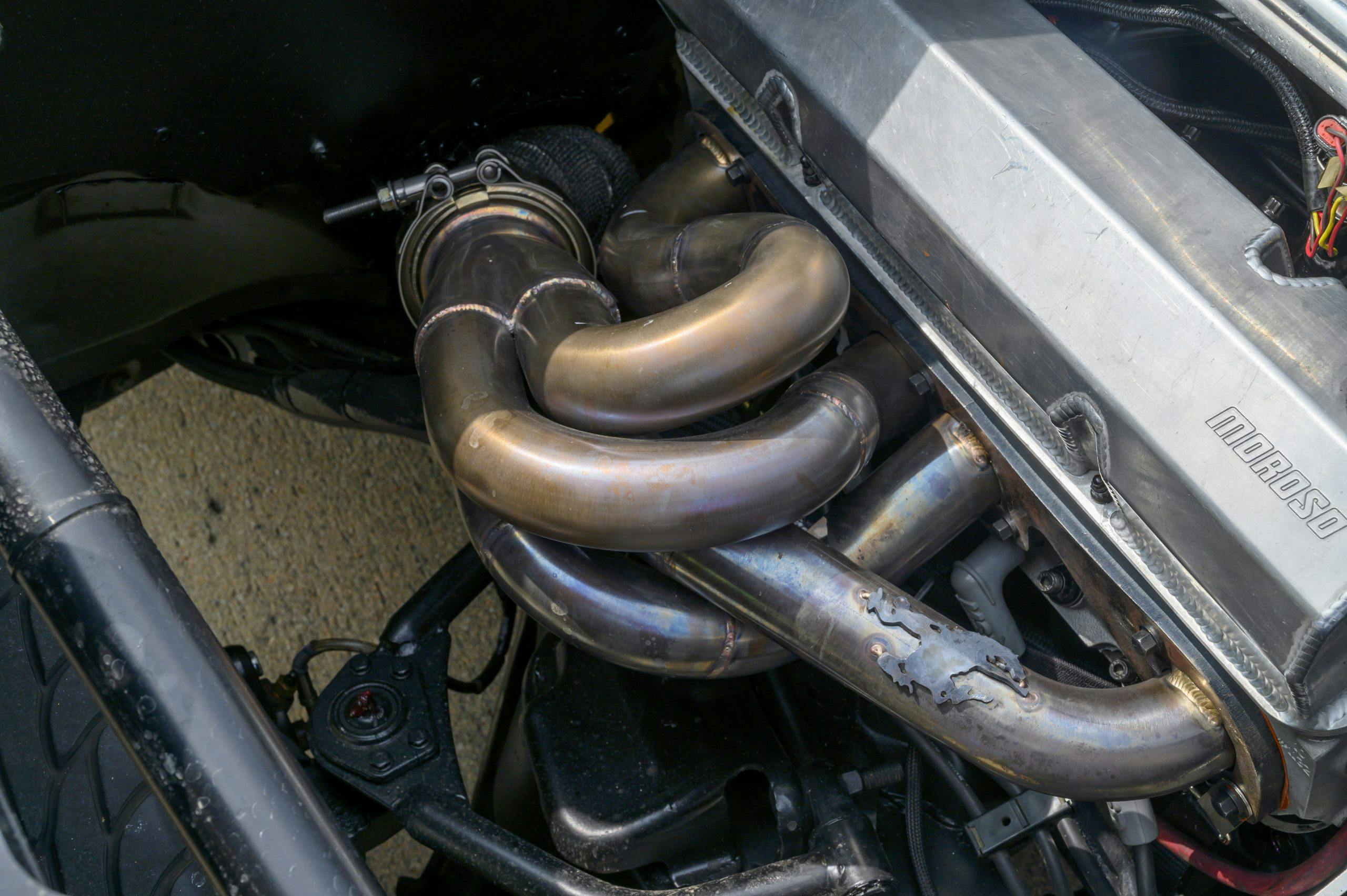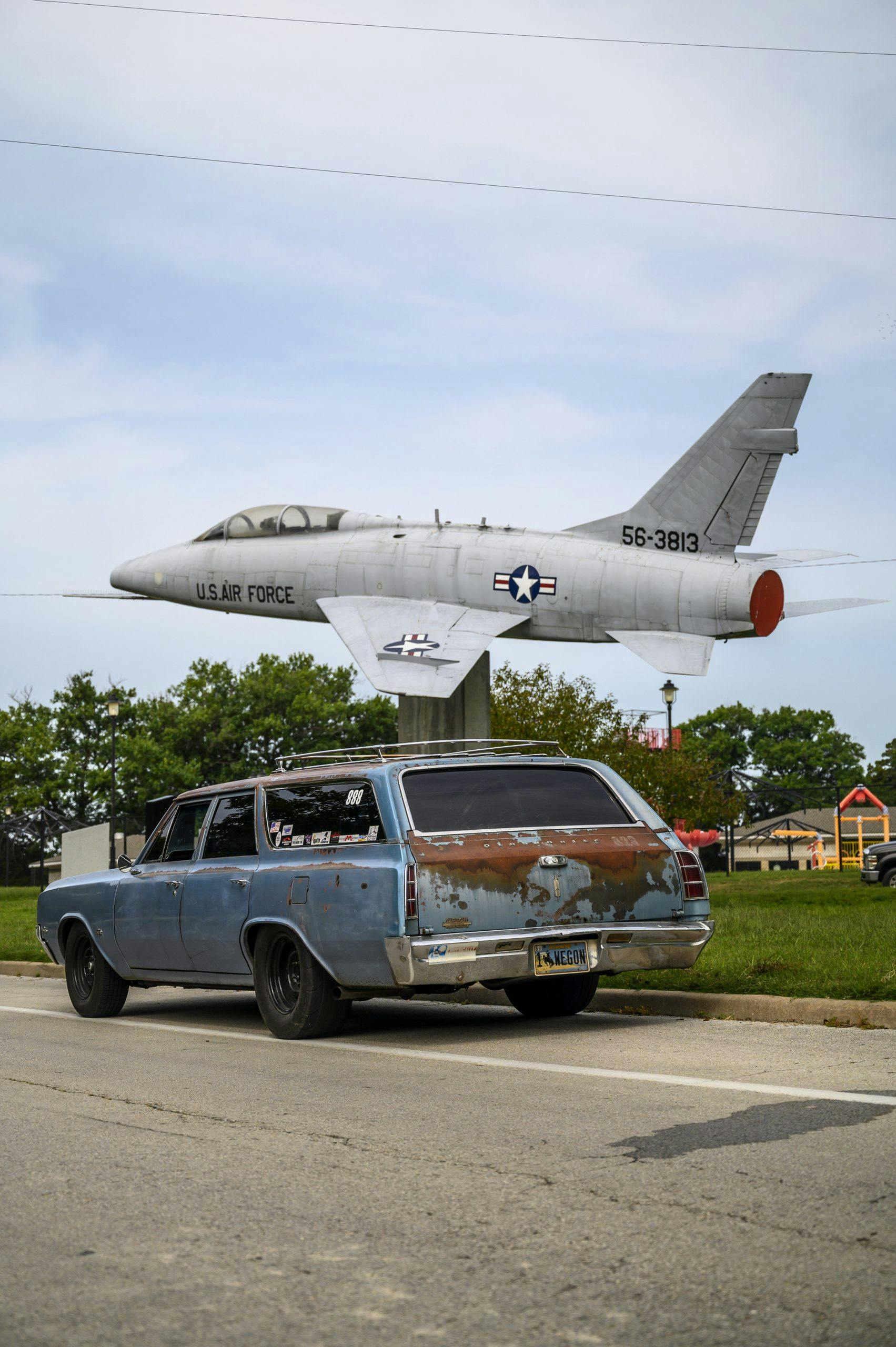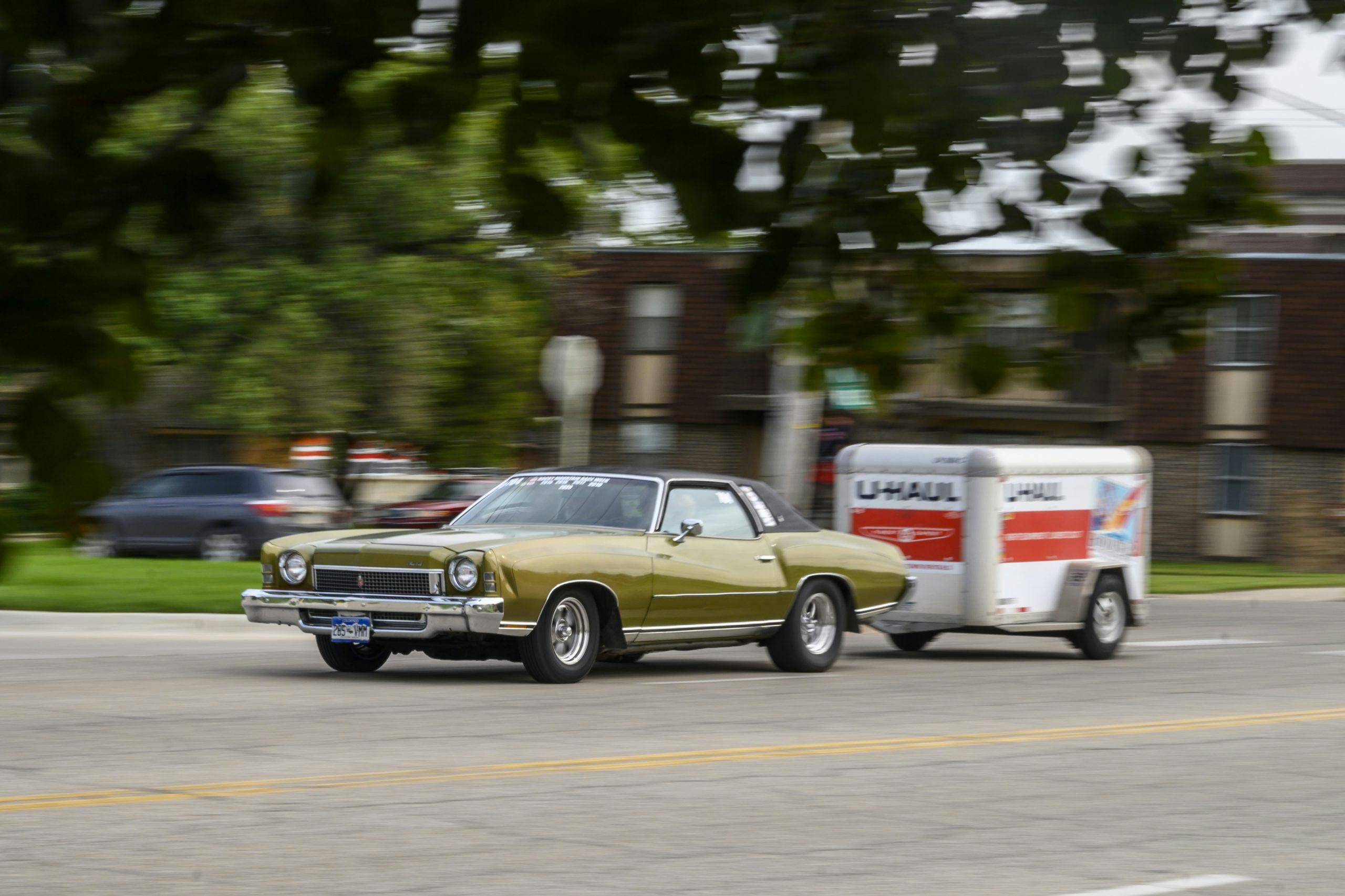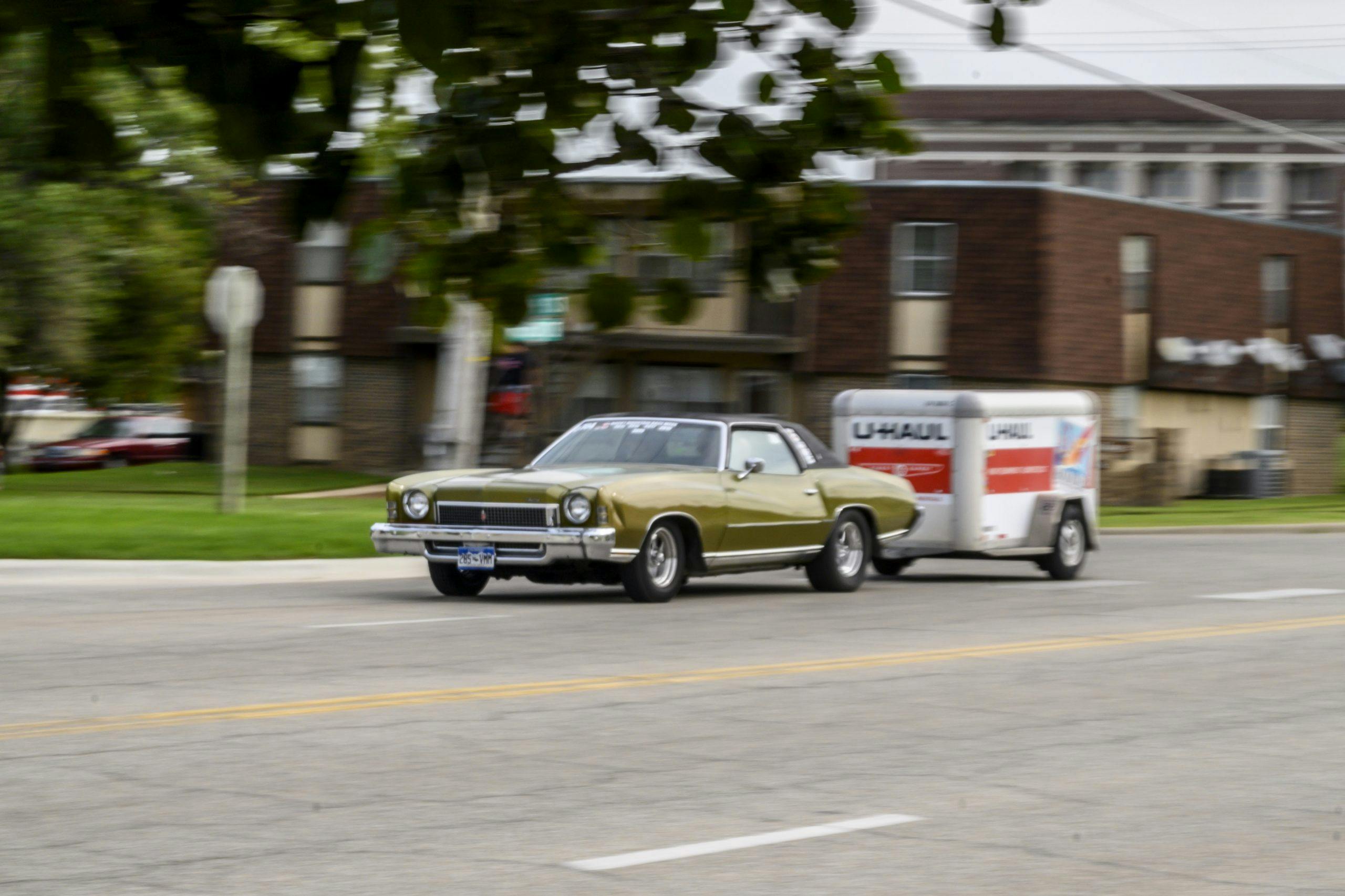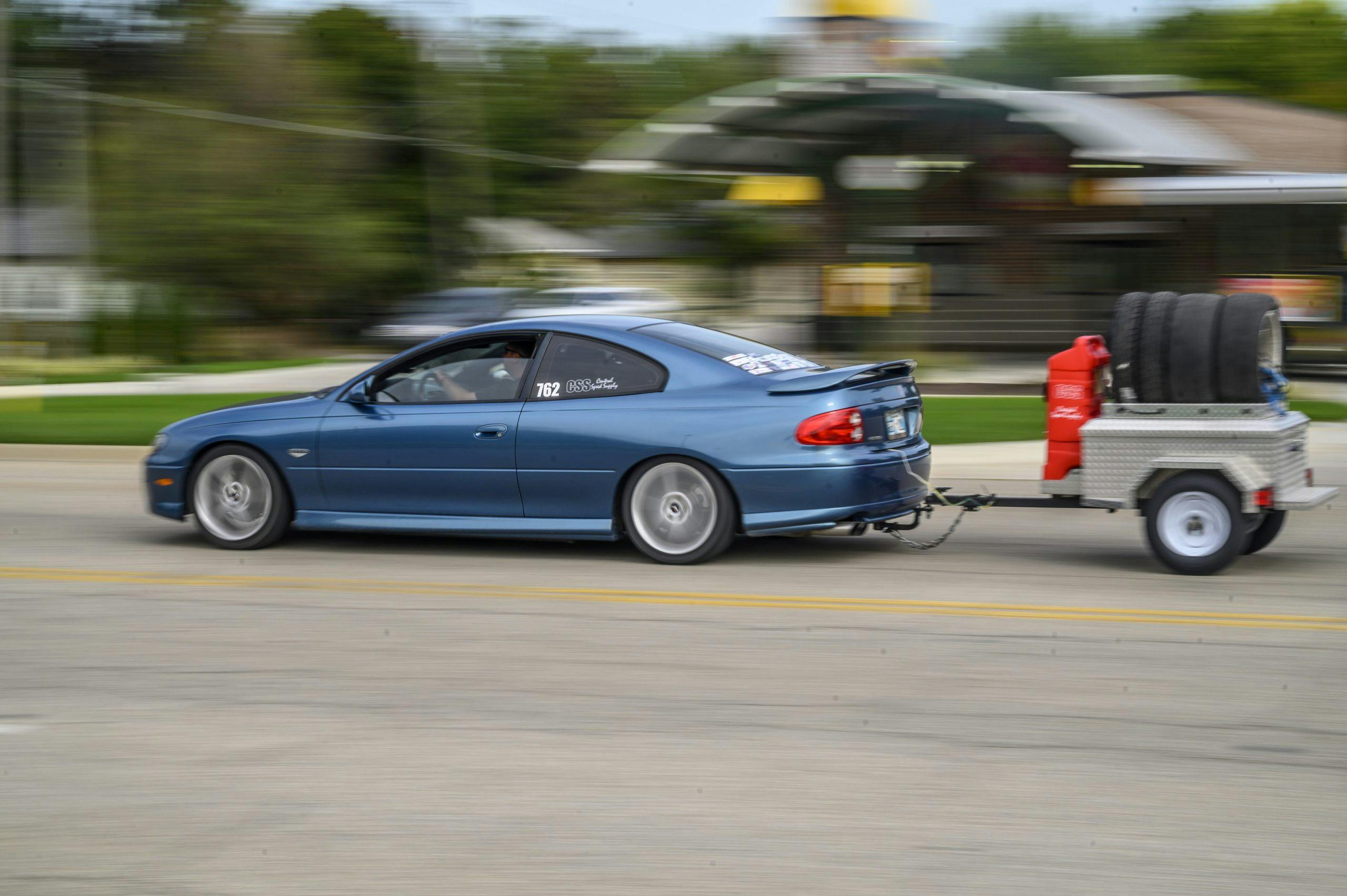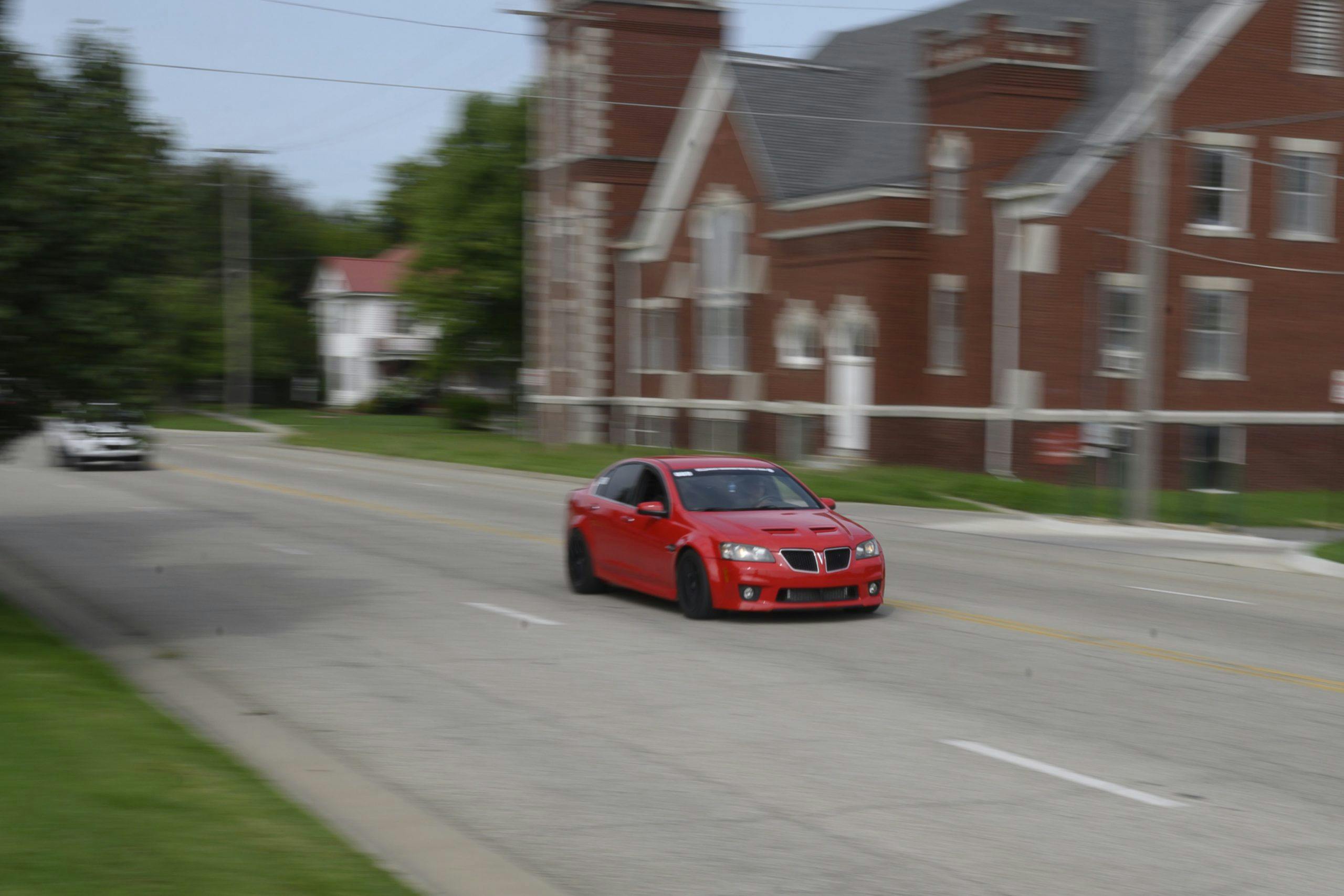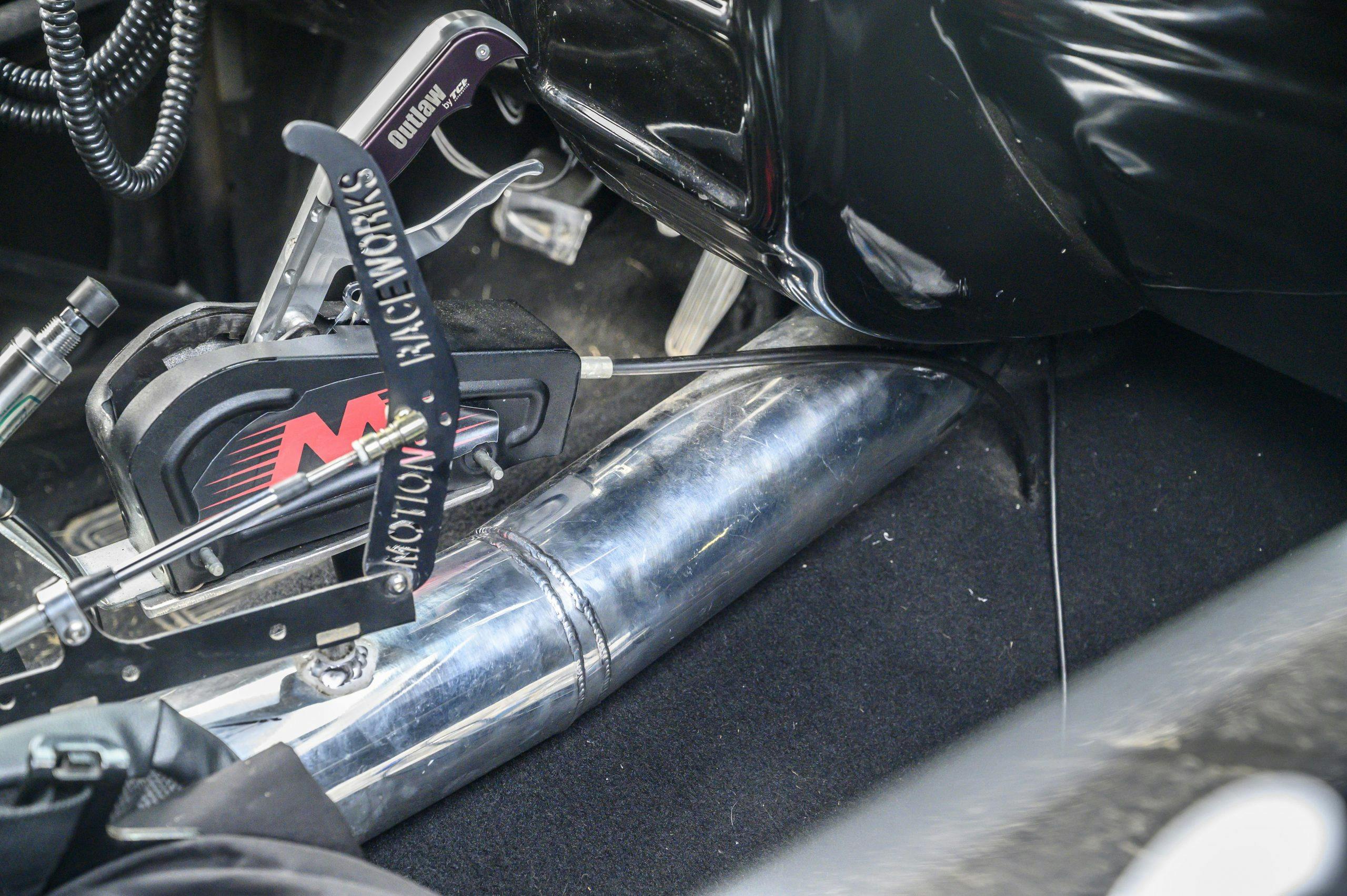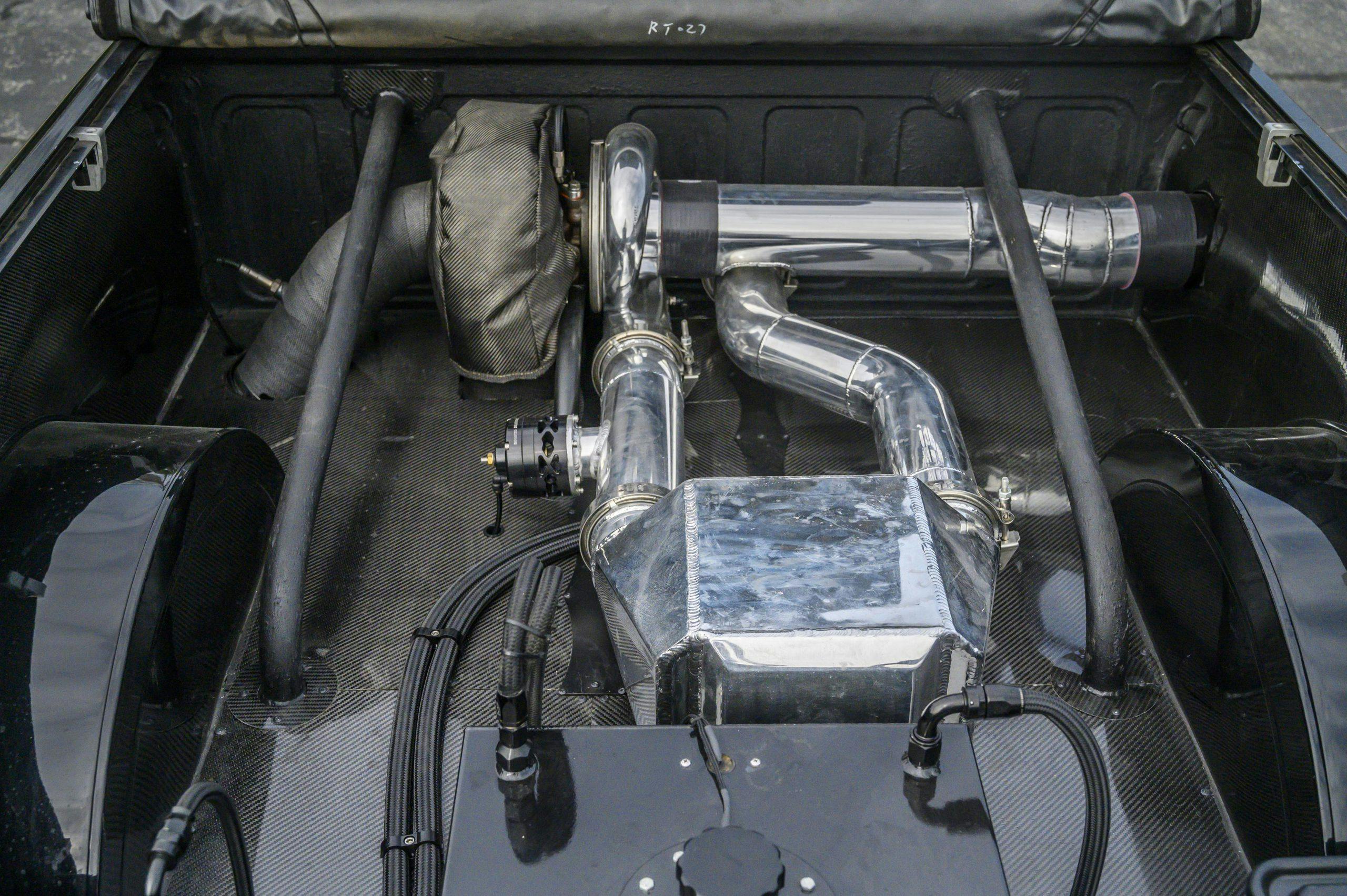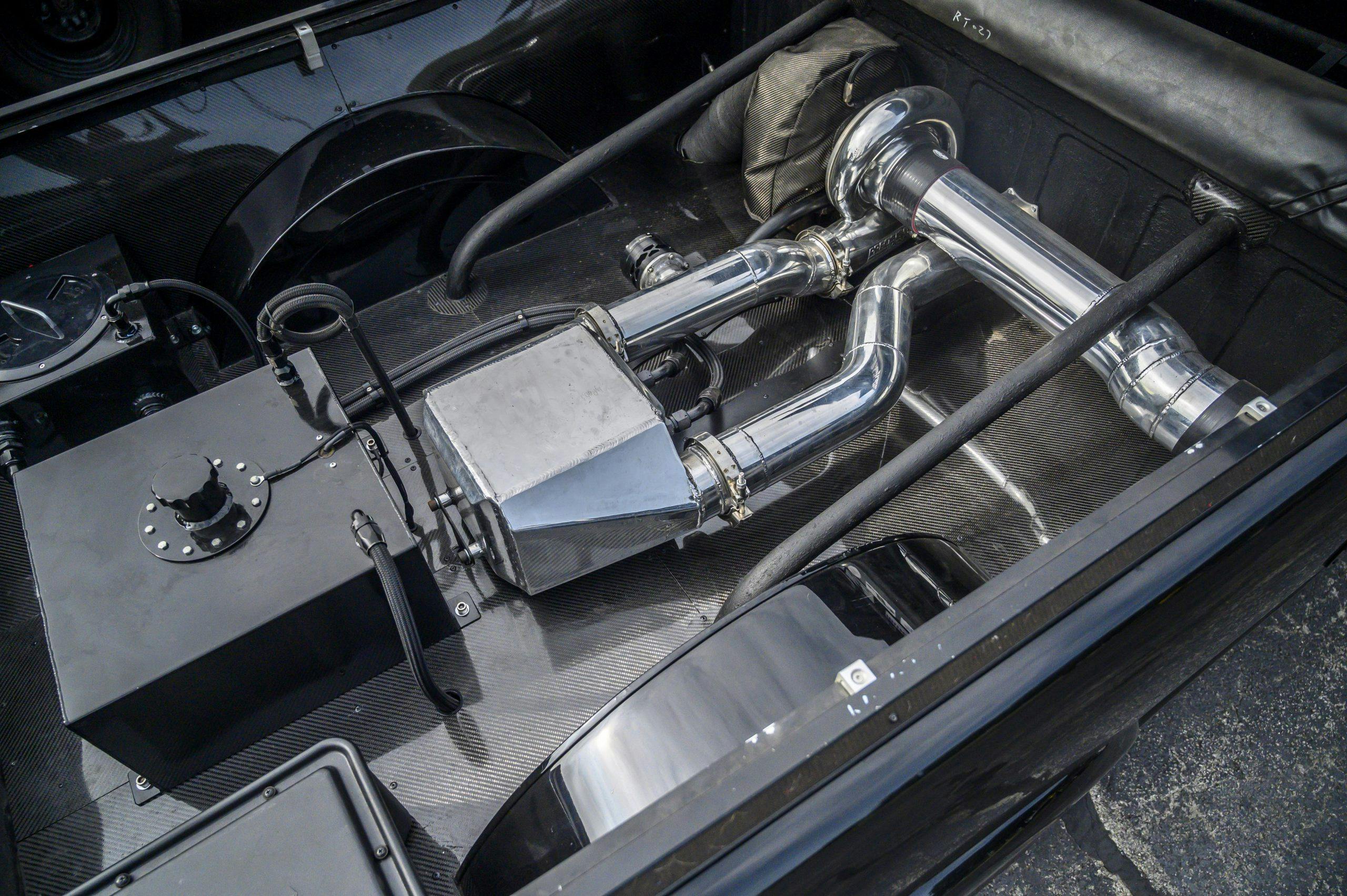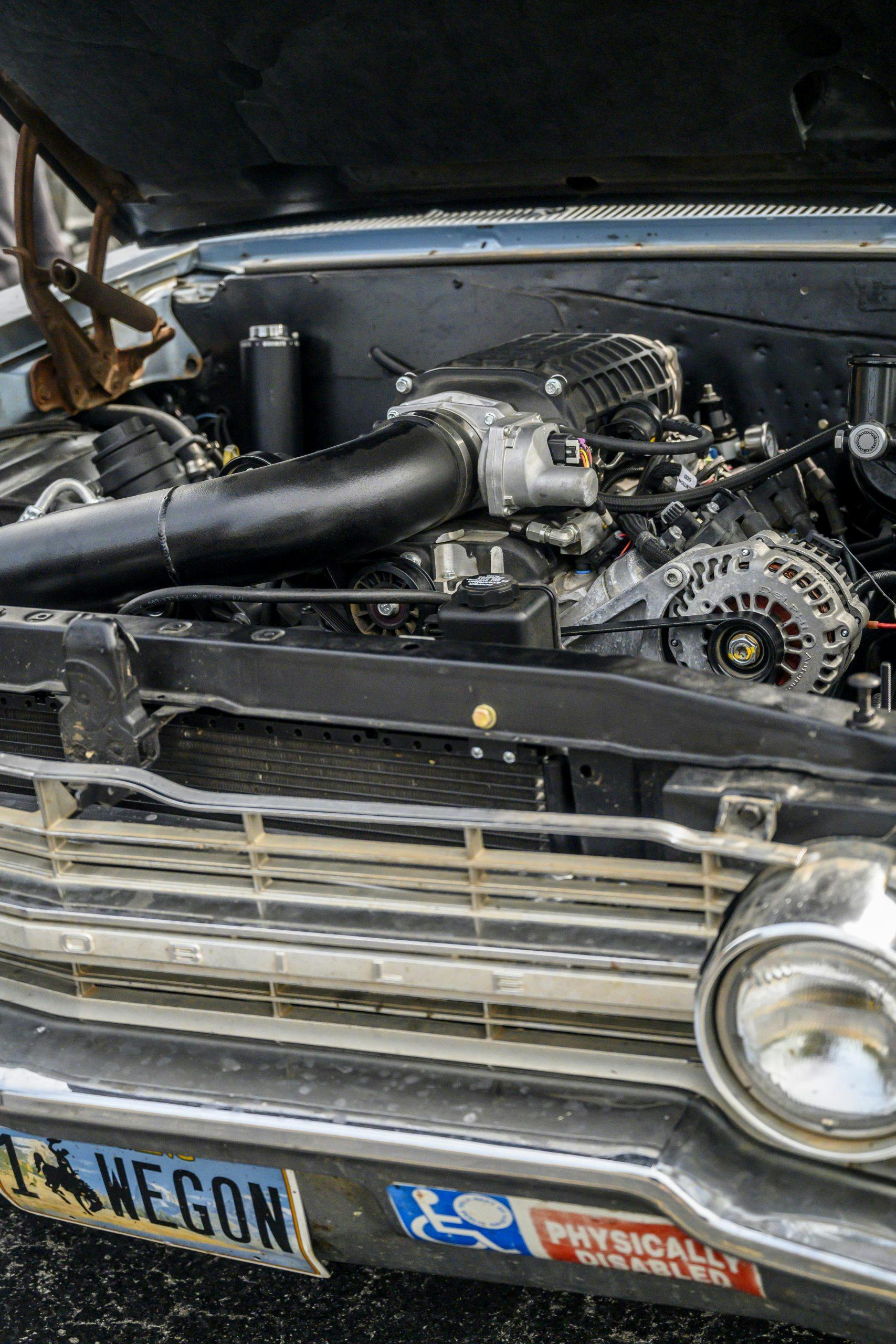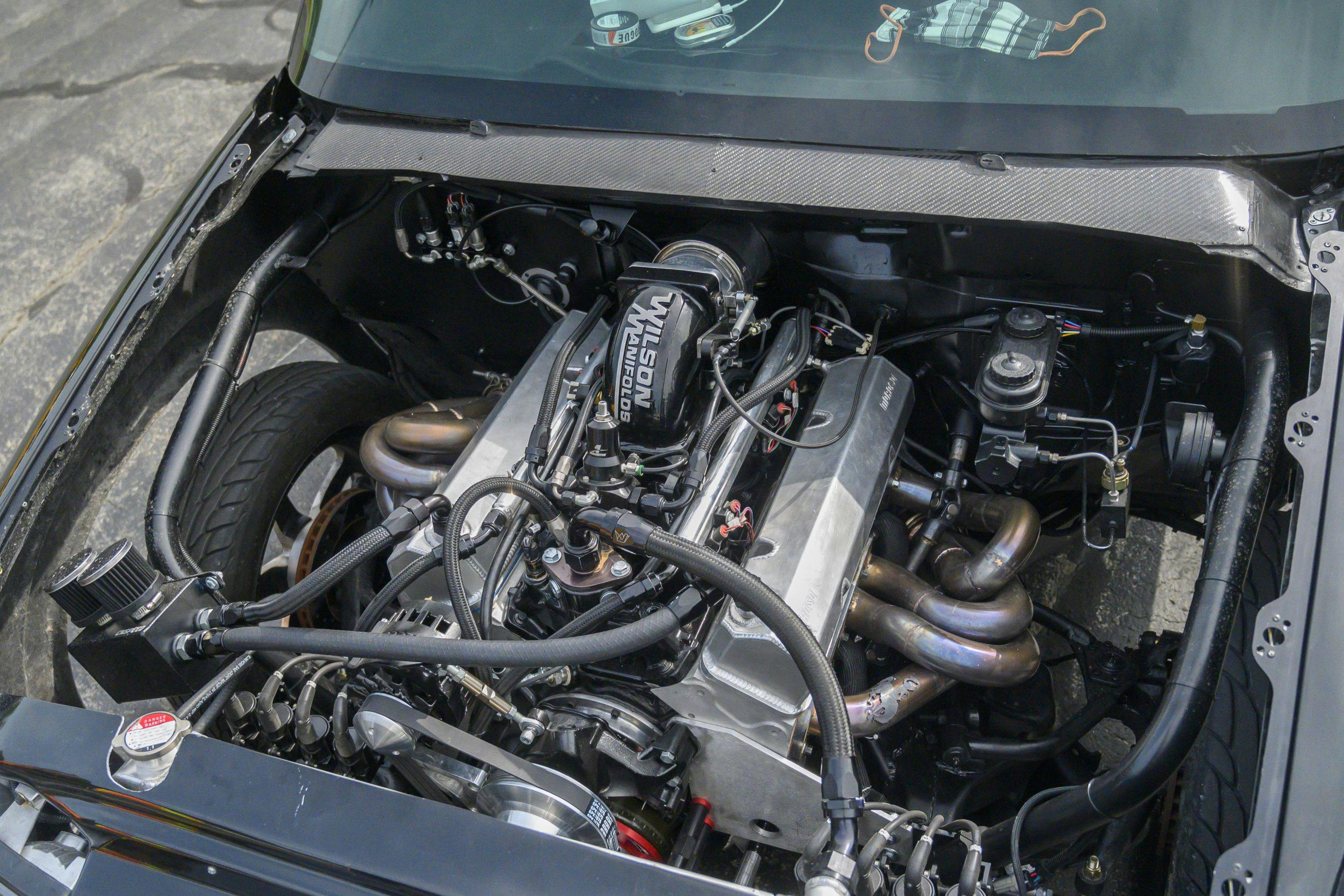Rocky Mountain Race Week 2.0: Hell Week by the numbers
We’ve introduced you to Rocky Mountain Race Week 2.0 already, but for those just joining us, we participated in a five-day, 1300-mile torture test across multiple state lines, with a drag race at the end of each day of road tripping.
This kind of drag race enduro format tests the limits of street cars by pitting traditionally high-strung machines against both the toughest conditions at the track and on the street. The mission: To settle the score on defining the ultimate street car.
Rocky Mountain Race Week in many ways mirrors the masochist’s holiday widely known as Hot Rod Drag Week, which was cancelled earlier this year, taking racers across Oklahoma and Kansas, pinging between Tulsa Raceway Park, Hartland Park, Thunder Valley, and Great Bend, with Tulsa Raceway Park serving as the final day’s stop.
While there are classes in which participants can jostle for dominance (and a $15000 cash prize for the overall winner) most drivers are out here to for the joy of competition more than anything else. Of course, that didn’t stop several heated battles from brewing throughout the week. Let’s get into it.
Day 1
The sun rose over a cool and misty morning at Tulsa Raceway Park as racers trickled through the entry gates. The inflow was a mixture of tow-rigs trailering Race Week weapons, with a handful crazy enough to drive from across the country with the vehicle they were also racing, meaning that mistakes had very real consequences as far as getting home. Given the bleak outlook regarding events in general this past spring and summer, folks were happy to see their extended racing family and, naturally, newcomers were hardly strangers once they shared the stories of their builds. The morning homecoming was swift, as the compact five-day format started competition runs that first evening, leaving available test-n-tune time to the lucky few who weren’t slamming their projects together at the last minute.
Tulsa served as home base for Race Week 2.0, where drivers left their trailers while bouncing between four other tracks before boomeranging back across the countryside to Tulsa for the last day of racing on Thursday. The transit stages between tracks amounted to 1300 miles, which meant the street manners of every car were certified in spite of the unbelievably-low ETs we clocked throughout the week.
With dozens of Drag Week cars all dressed up with no where to go after the Hot Rod event was cancelled, Race Week 2.0 was like an all-star home coming for some of today’s fastest names in the street car world. The two big guns, Royce Payten and Tom McGilton, came from different sides of the endurance drag racing fence. Royce’s maniacal, screw-blown Mustang offered an interesting juxtaposition against the Tom’s relatively sedate twin-turbo Camaro ZL1 (which still had functioning A/C, nav, and OnStar).
The Race Week 2.0 field reflected that same spectrum of performance, with the dozen or so classes allowing for anything fast enough to prove its worth within the rule set largely defined by Drag Week tradition. Organizers broke out index classes for cars slower than 10.0 seconds, while consolidating many of the classes that are defined by chassis details into simpler powerplant- and tire-size-based classes. This allowed the Drag Weekers to fall into competitive classes without significant changes to their machines, and vice-versa for Race Weekers who may have ended up at the big show.
True Street is a class which allows for a wide spectrum of performance machines, splitting vehicles into ET indexes, with the idea being that you run as close as possible to that indexed time (10.0, 11.0, 12.0, 13.0, or 14.0 seconds) without going faster and breaking out of your assigned niche. Other classes, like Limited Street, are technically an index class due to the ET limitations of their roll cages; the limit is an ET of 8.50 without the addition of a Funny Car hoop to the cage, which is a vital structure for driver containment at the track. (The hoop is often viewed as a compromise to the vehicle’s usability and safety on the street, due to its closeness to the driver’s unhelmeted head. Many drivers focus on hewing to that 8.5xx edge of the tech limit in order to avoid to hoop.)
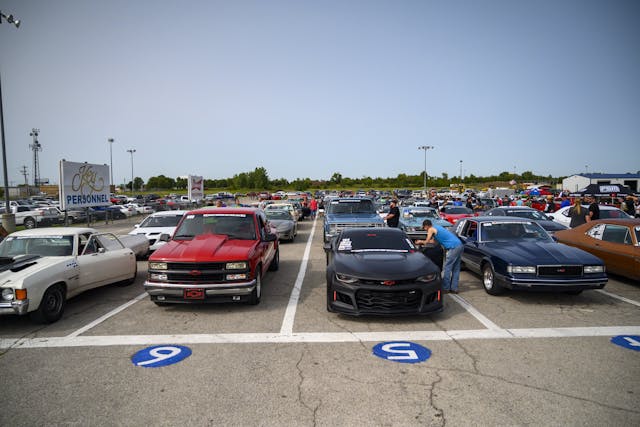
Racing began promptly 4:00 PM, with all 10 staging lanes packed full of candy-colored street machines. Given that this was the first pass, most runs were fairly conservative. At least 1000 miles lay ahead, and the wise who ran more big-power setups ratcheted the madness down to ensure endurance over the five-day haul. Many cars were making their first-ever passes in anger, however.
True Street was called to the lanes first, so that the bulk of the field could knock out their runs. Entrants spanned everything from a ’84 Mercury Colony Park woody “Family Truckster” wagon (tucking away widened factory alloys with ET Street radials) to a street-legalized no. 3 Craftsman Truck with a swapped LS, demonstrating the plethora of home-built hot rods of every flavor.
The action kicked off with only minor delays. Lanes filled up with the various class cars, staging the week’s biggest battles for Unlimited, Pro Street, Limited Street, Outlaw Street, Rowdy Radial, Ultimate Radial, Hot Rod, Gasser Stick Shift, NA Big-Block and NA Small-Block. Remember, in the mix here would be the overall winner of $15,000. There were predictably heavy hits from Royce (7.41) and Tom (7.35). Real Street’s pair of Mark IV Supras checked in with their singing, single-turbo 2JZs driven by Jared Holt and Geovanni Castillo, posting formidable runs within a tenth of 8 seconds and leading their respective classes in Outlaw Street and Unlimited Radial right out of the the gate on Day 1.
Doc McEntire posted up NA Big-Block’s best ET of 8.03 with his mountain-motored 1968 Chevy Camaro, packing 672 cubic inches. That was a mere few ticks off its 7-second potential. Cleetus McFarland’s twin-turbo Vette kart, distantly inspired by Hot Rod’s own project ‘Vette kart, locked into first place in the Stick Shift class with an 8.25—the most conservative time slip of the week for the stripped-down C5 Corvette known as “Leroy.” Another Drag Week regular, Randal Reed and his turbo LS-powered ’93 Ford Mustang set the pace in the 8.50-locked Limited Street with an 8.51, though the top five at the end of Day 1 for Limited Street would be within a tenth-of-a-second of Randal.
Day 2
Monday was the first drive day, a relatively short jaunt to Topeka, Kansas and Heartland Park. The checkpoint in Independence, Kansas was under a retired F-100 Super Sabre fighter jet that memorialized Vietnam-era veterans. They served a dual purpose of giving racers photo opportunities and certifying that they stuck to the route each day.
Heartland Park proved to be the toughest surface of the week; prep just wasn’t holding down the power that everyone was harvesting as temps dropped and the cool Kansas air became denser. After trading a few runs, Tom and Royce were within eight thousandths of a second of each other for their best ETs on Day 2, keeping the old-school Mustang’s blower square in the OnStar-equipped mirror of Tom’s ZL1.
True Street was starting to shape up, with the second set of runs showing who could buzz the index limit consistently. Randal Reed continued whittling down to an 8.504, but Aaron Shaffer had found the missing hundredths he needed to enter the fight thanks to a 8.509 pass that began to pull him from the back of the pack. Brian Havlick slid to second in the 10.0 index with his 555-cid ’67 Chevy Nova, which was being co-driven and raced in NA Big-Block by engine builder Frank Beck. Michael Swank scraped in by two hundredths with a 10.06 to Brian’s 10.08 average on Day 2. Travis Boltman and Kevin Waltman split their 12.004 tie from Tulsa in the 12.0 index with a 12.04 and 12.056, respectively.
With the war of attrition taking hold and cars more slowly trickling into the lanes, there was plenty of time for repeat runs on Day 2, with some drivers stashing 10 time slips in their pocket by the end of the night. For most, two to three runs were enough—it was still early in the week, and while several classes had battles tight enough to chase a number, others were settling into fairly foregone conclusions … assuming they could make it to Friday. Already there was one engine rebuild back in Tulsa, with “Red Hat” Scotty and his maroon Fox Mustang slamming the new long block back between the fenders during an all-night thrash before making it to Topeka. Meanwhile, Robert Williams had scrambled to repair a torched cylinder head for his turbo LS-powered 1977 Chevy Nova, with the help of some locals who had offered to weld and re-machine the flame-cut hole created as the head gasket failed.
Day 3
The next trek took our horsepower horde to Norman, Oklahoma’s famed Thunder Valley Raceway: the home of the 405. The track is known for being fast in any state of prep, and they had the track glued like fly paper. Tom ran his fastest pass of the week so far at 7.31, and Jared’s Supra dropped the hammer with a near half-second drop in ET to 7.55. This put fellow Outlaw Street competitor Doug Cook square in his sights, too; Cook had also ran his best of the week with a 7.823. Limited Street became a 8.50x bar fight between Randall, Aaron, and Jerome Courtney with a 8.503, 8.507, and 8.509, respectively. On the flip side, Royce and his mental Mustang overpowered the surface, pedaling the violence on its last two runs for a 8.325—a painfully slow time slip in the battle for the overall win.
The aforementioned war of attrition took its inevitable toll before long. Ruby, a turbocharged C6 Corvette piloted James Taal as a part of the Cleetus McFarland fleet, had a replacement turbocharged expressed shipped by Precision to the hotel, reaching the grease-covered Race Week 2.0 bellhops as breakfast was wrapping up. Valvetrains began to suffer the constant thrash of the highway with deteriorated lifters. Unexpected failures, like a pinched brake line that failed in Tom Stark’s ’55 Chevy wagon, kept the flow of incoming racers making their first runs well into the night.
Dale Gebhart, in his nitrous-assisted big-block Chevy AMC Gremlin, ran a 9.824 on only seven cylinders after a lifter wiped the cam lobe. He didn’t have time to swap lifters after arriving so late and made up for the dead hole with spray, and the car sounded horrible as it leaked compression out of cylinder one with the lifters tied up. But, it survived the hit and drove back to the hotel where they eventually made repairs.
For the most part, though, Thunder Valley was fast and sticky for racers, with several setting their best ETs of the week. Camron Thorpe’s 6.0-liter LS-powered Volvo wagon churned out a near-perfect run in True Street 11.0, with the LSA-blown truck motor hustling the Swedish brick to a 11.004. His father, Rich Thorpe, showed where the family tree came from with a spot-on 12.000 in his Pontiac G8 for True Street 12.0. In a showdown between both Real Street-built Supras, Geovanni churned his best ET of the week with a radical 7.242, taking the best ET of the week from Tom McGilton’s Pro Mod-based Camaro ZL1, while Jared pulled out the similarly brutal 7.552 with both 2JZs harmonizing into the Oklahoma country air. The night ended with a grudge race: Drag Week champion (and ET record holder) Tom Bailey, with his slammed Chevy ice cream van, got gapped by the Kona Ice truck driven by Joey Barry. (Barry’s Pro Street Firebird broke out of competition earlier in the week.)
If you’ve ever placed cash bets on an ice cream truck, please stand up.
Day 4
The longest days were ahead as we turned back north for Great Bend, Kansas, and the Sunflower Rod and Custom Association (SCRA) Dragstrip—one of the nation’s oldest strips still operating today. The ex-B29 bomber hub became home to the first NHRA Nationals championship race in 1955, but it wound down in the ’80s as major events moved to Kansas’ larger cities. We were greeted with an all-volunteer team that rescued the air field and its historical drag strip in 1993. Race Week 2.0 competition once again kicked off at a steady trickle as teams slowly funneled into the track after the 300-plus mile road trip to Great Bend.
Late in the week, some people knew who had a target on their back. Others started to figure out what number they needed to hit in order to make the next (and last) day count in their favor. The range of mechanical sympathy was all over the place with those kind of stakes. Some of the field nursed along a wounded machine while others are found their groove, pushing more and more aggressive tune-ups into the mix.
Few reflected that on-kill attitude more than the John Dodson-tuned Camaro driven by Aaron Shaffer. At Great Bend he nailed a perfect 8.500 on the tech limit of Limited Street, pulling him into a trajectory that could pull him into the the lead if Randall Reed slipped up. Like a lame hand in blackjack, Randall’s 8.515 wouldn’t bust out, but it wouldn’t win the round outright, either. That bit of daylight gave Aaron just enough room to set up for an upset victory if he could belt out another 8.5ox run tomorrow.
Oil downs were becoming more common as abused motors hit their breaking points. It’s not unusual for a drag race to have one or two scattered motors, but in endurance drag racing events like Rocky Mountain Race Week 2.0, they become routine later in the week. As the sun set, the course was closed for half-hour as Royce’s Mustang dumped oil, managing to pedal through the slick trail as it ran over its own fluid, but it was like trying to close a the dam during a monsoon. The staging lanes became packed with antsy drivers looking to throw down some of their first passes, while others were starting to chase a number in order to get ahead in the class.
The Nova, driven by Brian Havlik and Frank Beck, was bitten by the lifter bug, pushing out of the lanes in a scramble to diagnose the noise and whether or not the motor would need to be uncapped so that the offending lifter could be tied up. But in a strange twist of luck, it had seuzed itself in the bore in a perfect spot that kept it away from the cam lobes, yet still in the correct spot to pass oil through the galley. They made their seven-cylinder passes and stayed in competition.
Despite having come back from the torched head and creeping up on the Outlaw Street class, Robert Williams had a tiny steam vent leak that sidelined several attempts at a second pass. It didn’t matter how big or small the issue was for racers on Day 4, tensions were high as Wednesday’s racing came to a close in Great Bend.
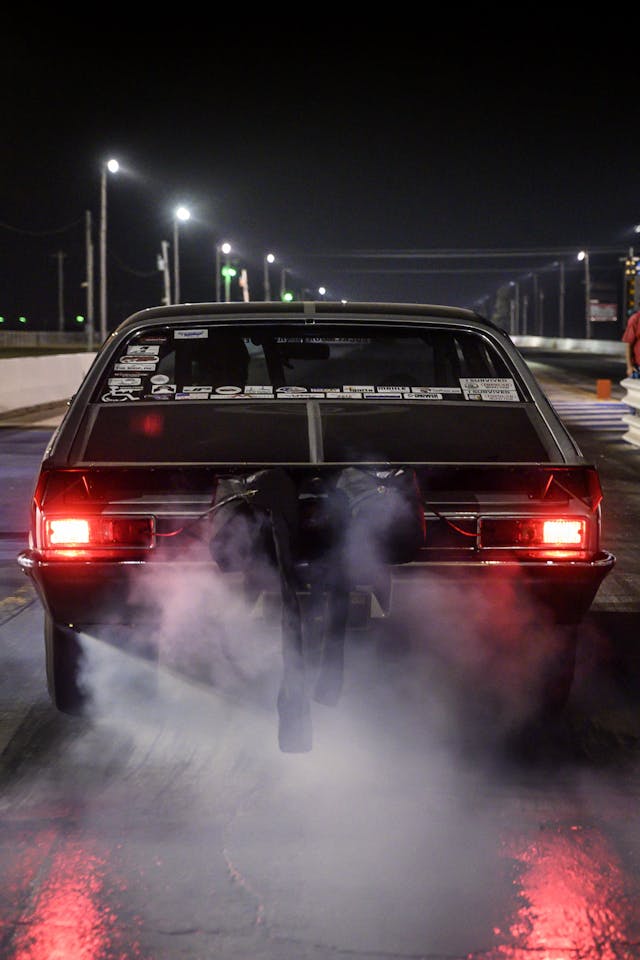
The anxiety was in the air as the fleet left for SCRA that night. There was still one day of long-haul driving, and while the temptation to go full-ham right out of the gate was significant, the need to post a safe and solid time on Day 5 was equally pressing.
Day 5
Lunacy is the word we’d use to sum up the feeling upon the morning of Day 5. The racing started an hour earlier so that awards could still happen at a decent hour, and there was still a healthy run back to Tulsa filled with several hundred street miles ahead. A few well-prepared folk rolled out of the hotels before the sun’s warm rays break through the morning’s low clouds, but otherwise, the beehive of choppy idles later rose almost in a panic.
While it’s hard to ever say that racers lose their humor as they wear thin, there emerged a slightly more serious atmosphere at the strip as both exhaustion and subconscious competitiveness took hold. There was also the lingering reality that hell week was almost over, and despite its challenges and stress, this is what everyone signed up for.
While it would take an absolute fluke to secure the overall win, Geovanni’s blast at Thunder Valley put him three-hundredths of a second ahead of Royce’s screw-blown Mustang, and less than a half-second behind Tom McGilton. Thankfully for Tom, he was able to keep that $15,000 dangling in front of the Supra with a 7.240 against Geovanni’s bewildering 7.367. Any mistake by Tom and the stock-block Supra might’ve taken the mighty “Why Not” Camaro ZL1, with its 540-cid twin-turbo big-block.
Still, the tired backup motor secured Tom’s second Rocky Mountain Race Week win this year with a wicked-quick average ET of 7.2816, adding a nice $30,000 bonus to the year’s earnings.
The hotly-contested Limited Street saw an upset victory, as Aaron Shaffer printed out another perfect 8.500 ET, bouncing him around Randal Reed’s 8.524 average in the final hour. It came down to the final runs of the night for these guys, who were essentially deciding their exact plans of actions right up until the start, adjusting launch boost and shift RPMs to really dial in that final number without wasting a run to a break-out. Jerome Courtney ended up just a few tenths behind the pair’s Fox and F-body, in a Silverado that compared to the pony cars was more or less a flying barn.
The True Street index classes were all within hundredths, but few were as narrowly won as Ernie Raile in the 14.0 index. He finished with a 14.0252 in his chopped ’48 Chevy coupe, compared to Brian Thornton’s turbocharged Silverado and its 14.0268. Ernie also churned out the most runs of the week, hot-lapping the green hot rod until the lanes closed every day.
There was also a host of personal bests and (loose) class records. Jason Tabscott’s ’72 Camaro in Drag Week trim became the first NA Small-Block car into the 8s, with a personal best of 8.99 at 151.1 mph. Wally, the hooptie Grand Marquis driven by James Schauer that runs an 18v Milwaukie power tools battery to bump fuel pressure to match the jerry-rigged nitrous kit, broke into the 12s with a shocking 12.988. Not that it was especially fast, but who would think that with a janky wet-spray nitrous kit, sticky tires, and an impact wrench-assisted diet of body and interior parts that a tired Grand Marquis could knock down a stock modern sports car?
All told, 173 racers finished out of the 225 who started—approximately a 23 percent attrition rate over the course of the week. Those failures and successes can’t be easily quantified by numbers alone, so we’ll report some of our favorite Race Week 2.0 tales in the week to come. In the meantime, you can catch day by day highlights thanks to 1320 Video, and BangShift.com has the entire live stream hosted on YouTube as well. But first, flip through the mega gallery of Race Week action here.
Thanks to Cole Reynolds for his photography. You can check out Cole’s Instagram here.



